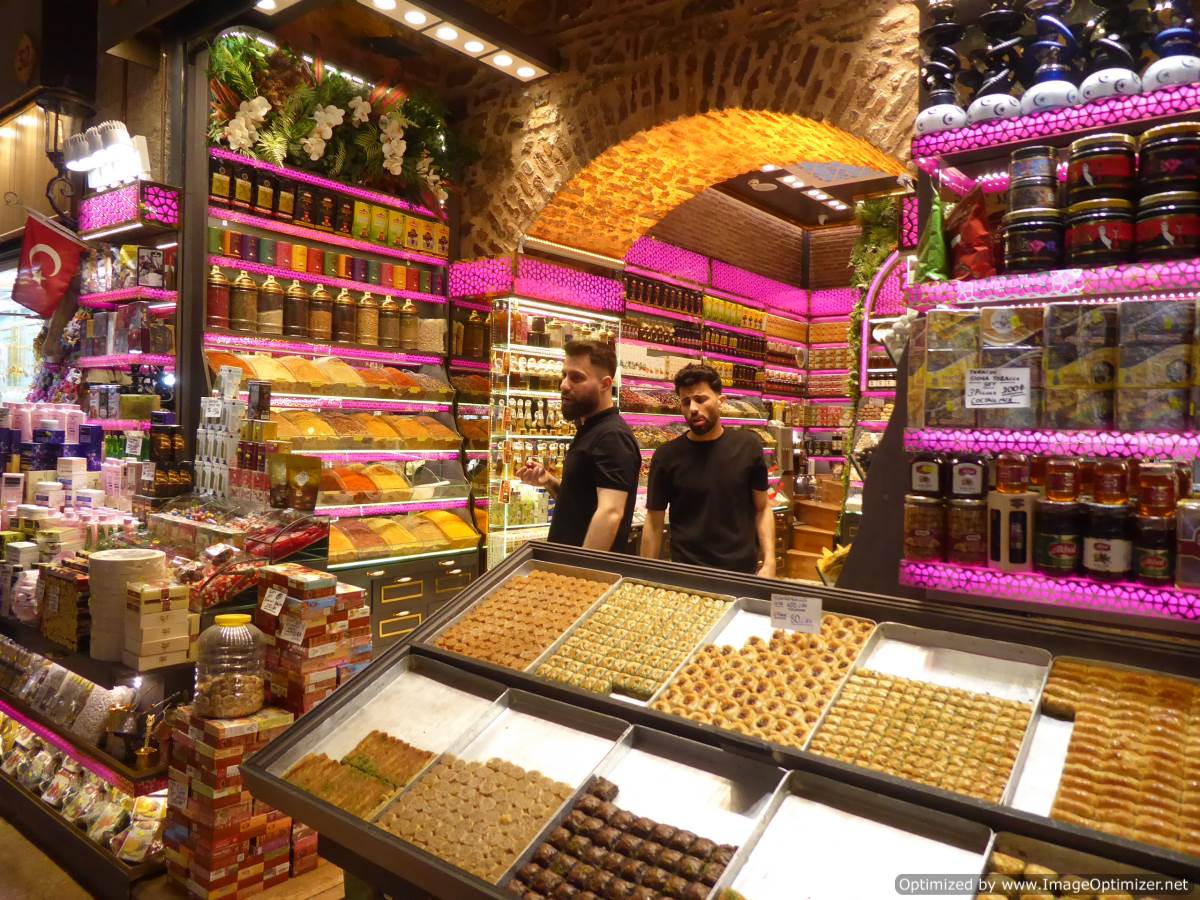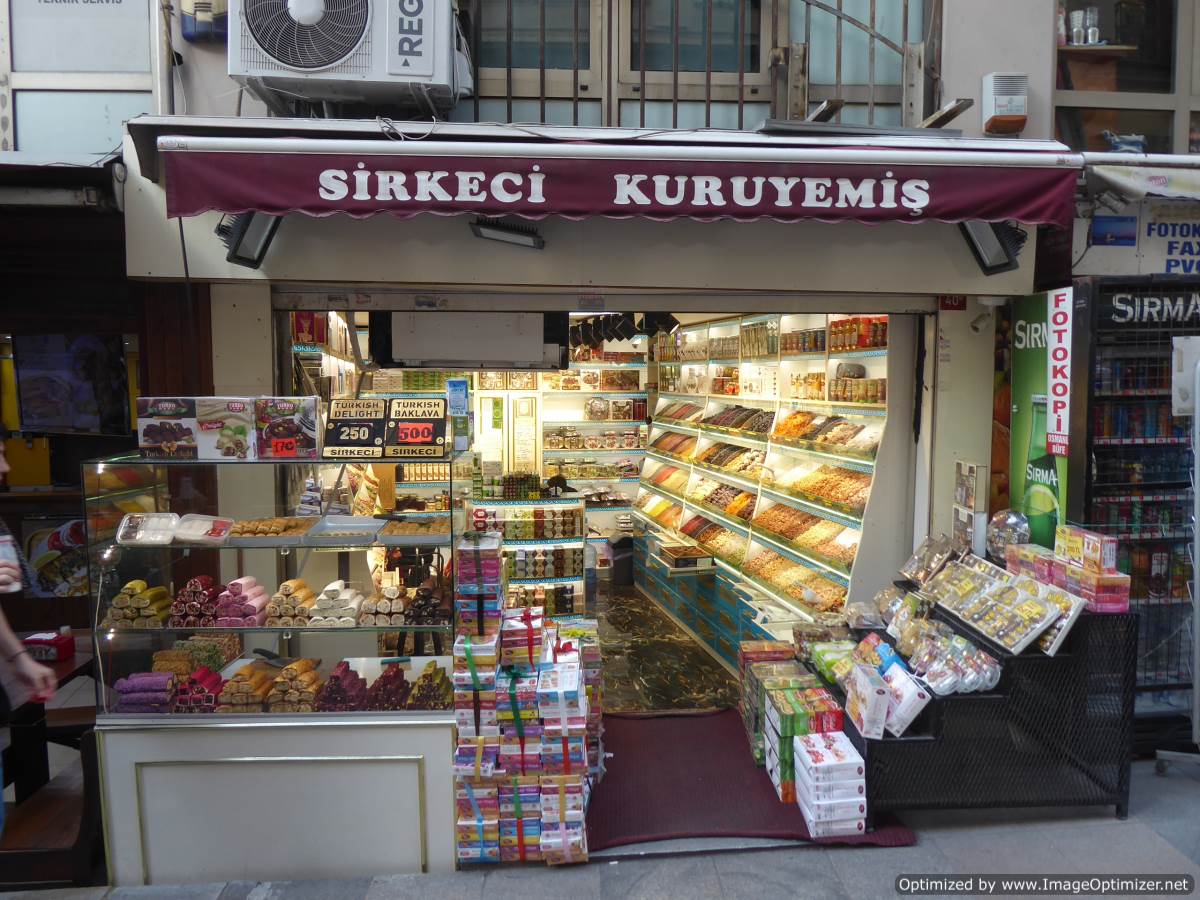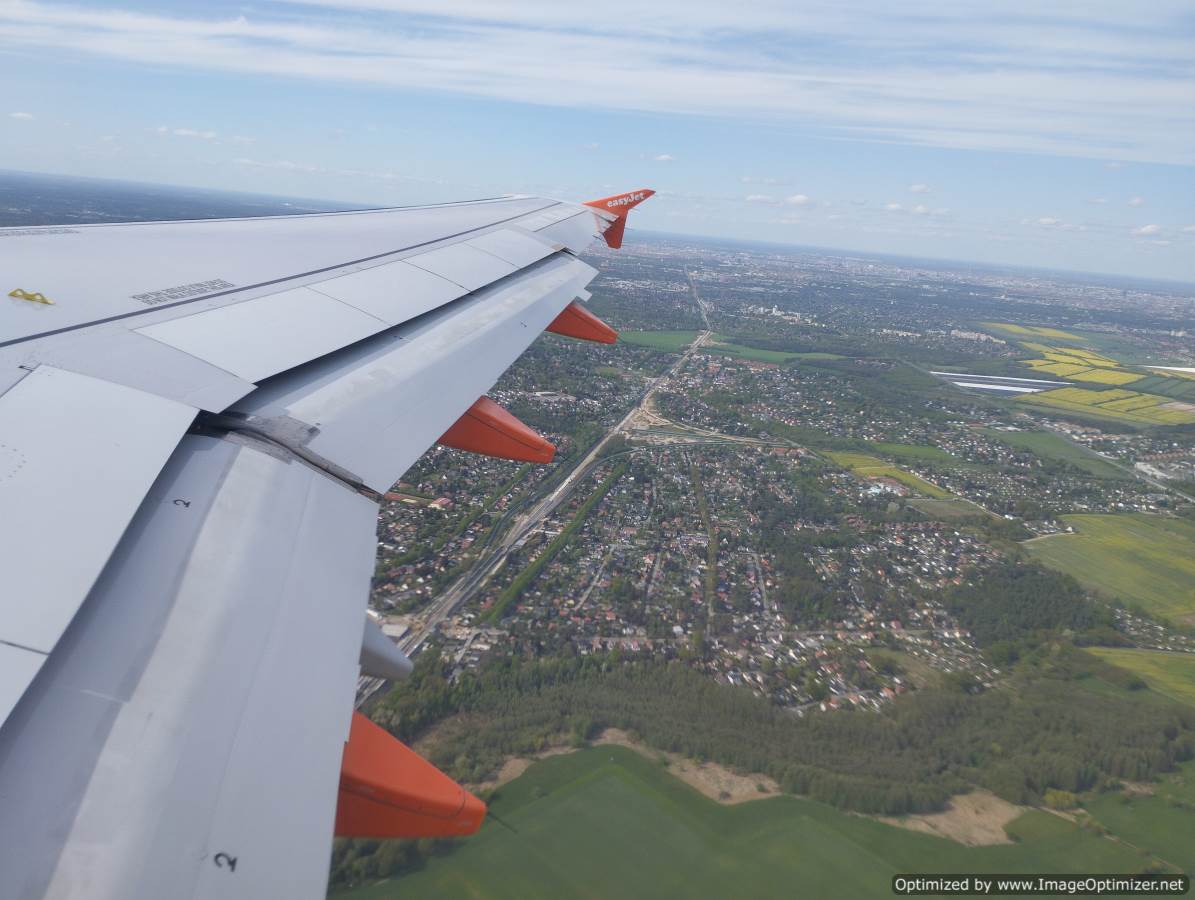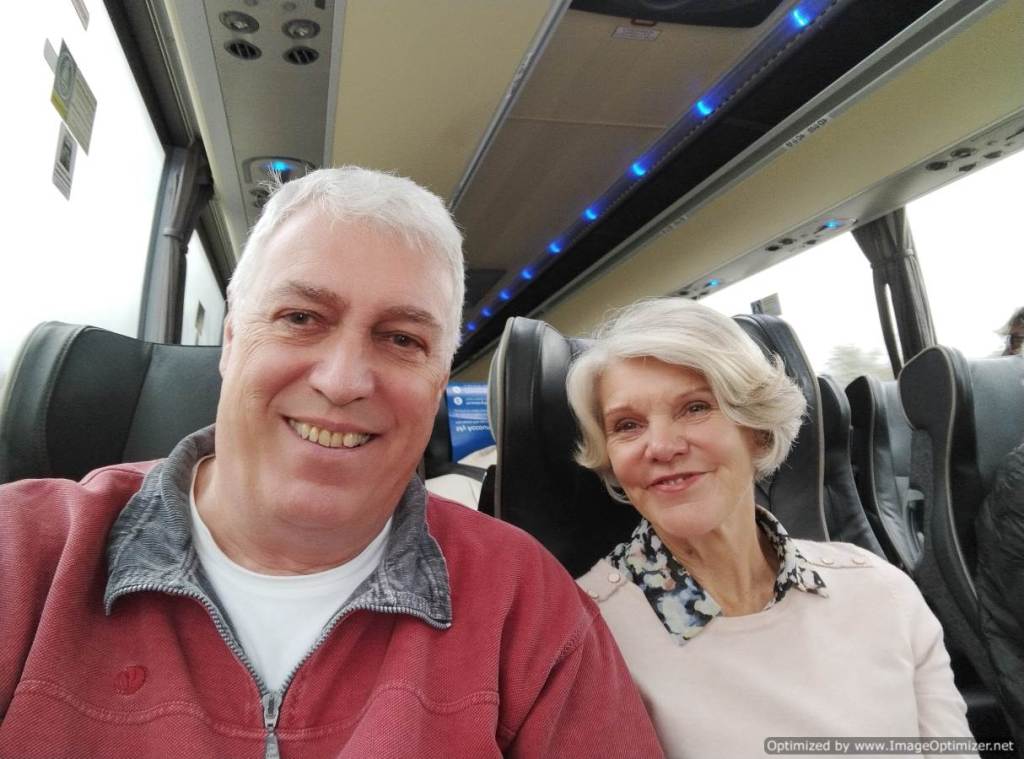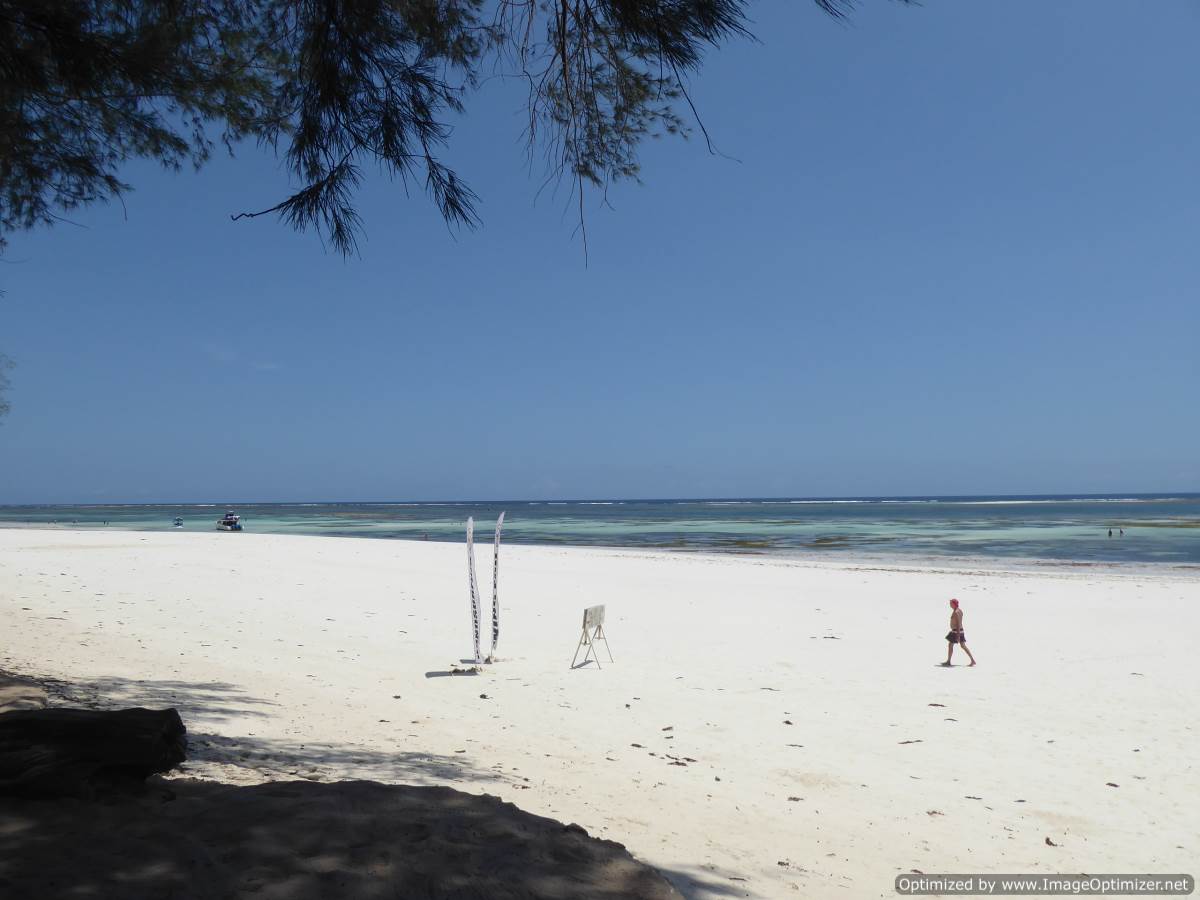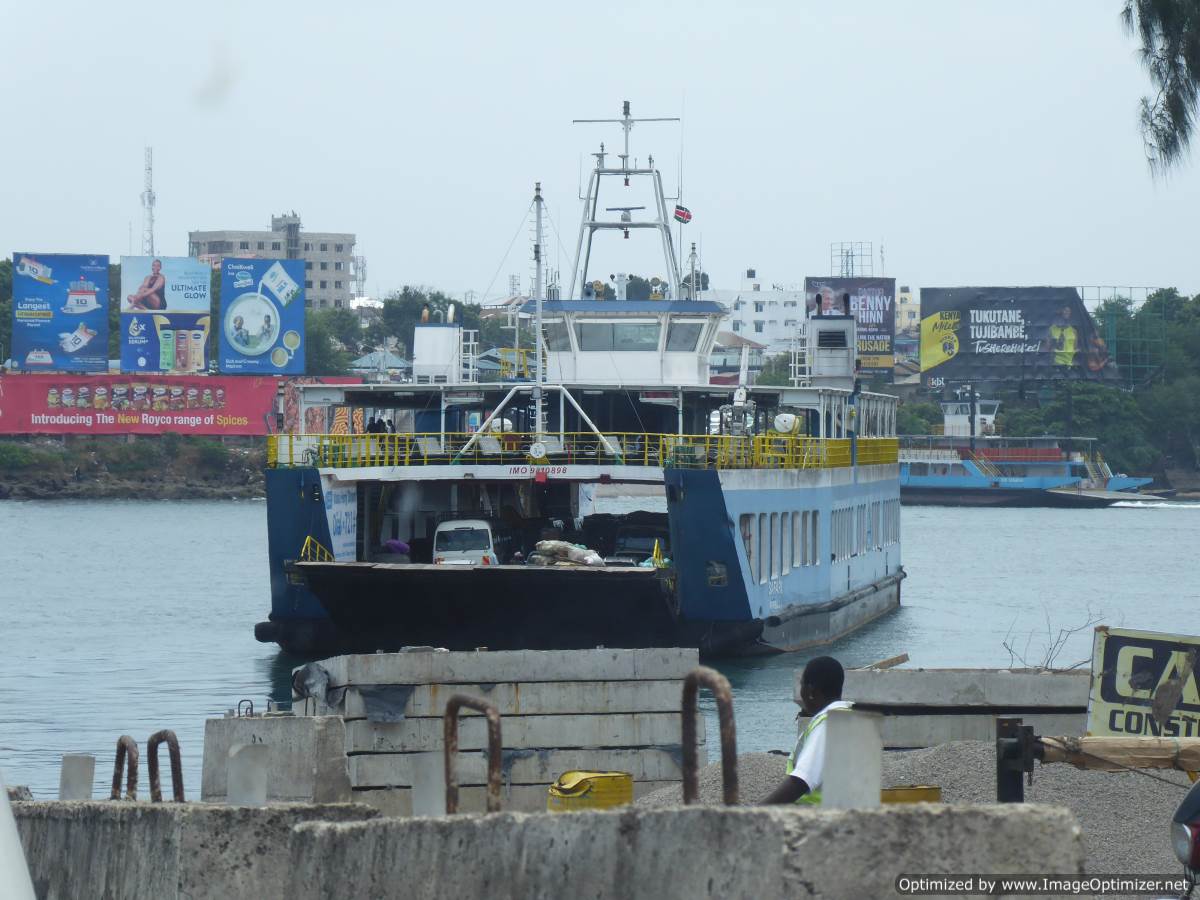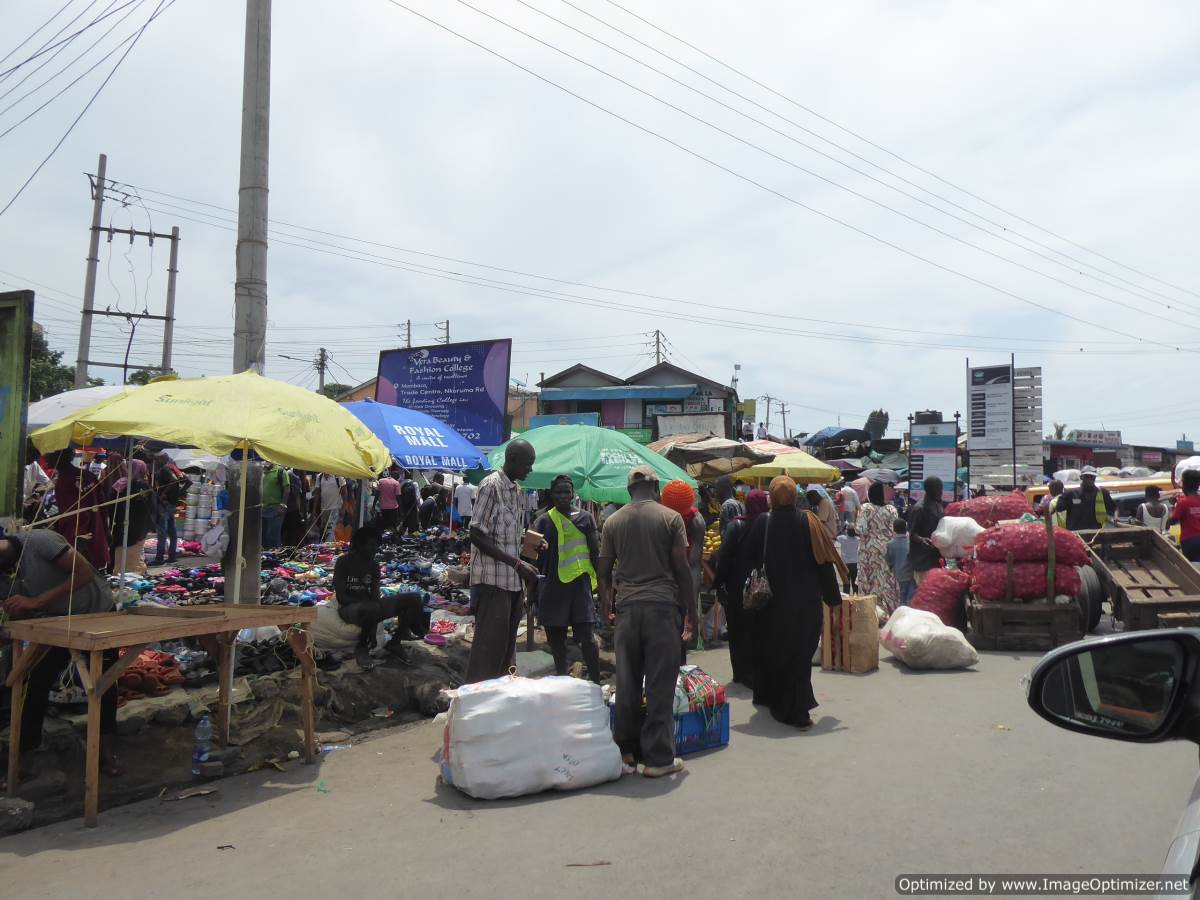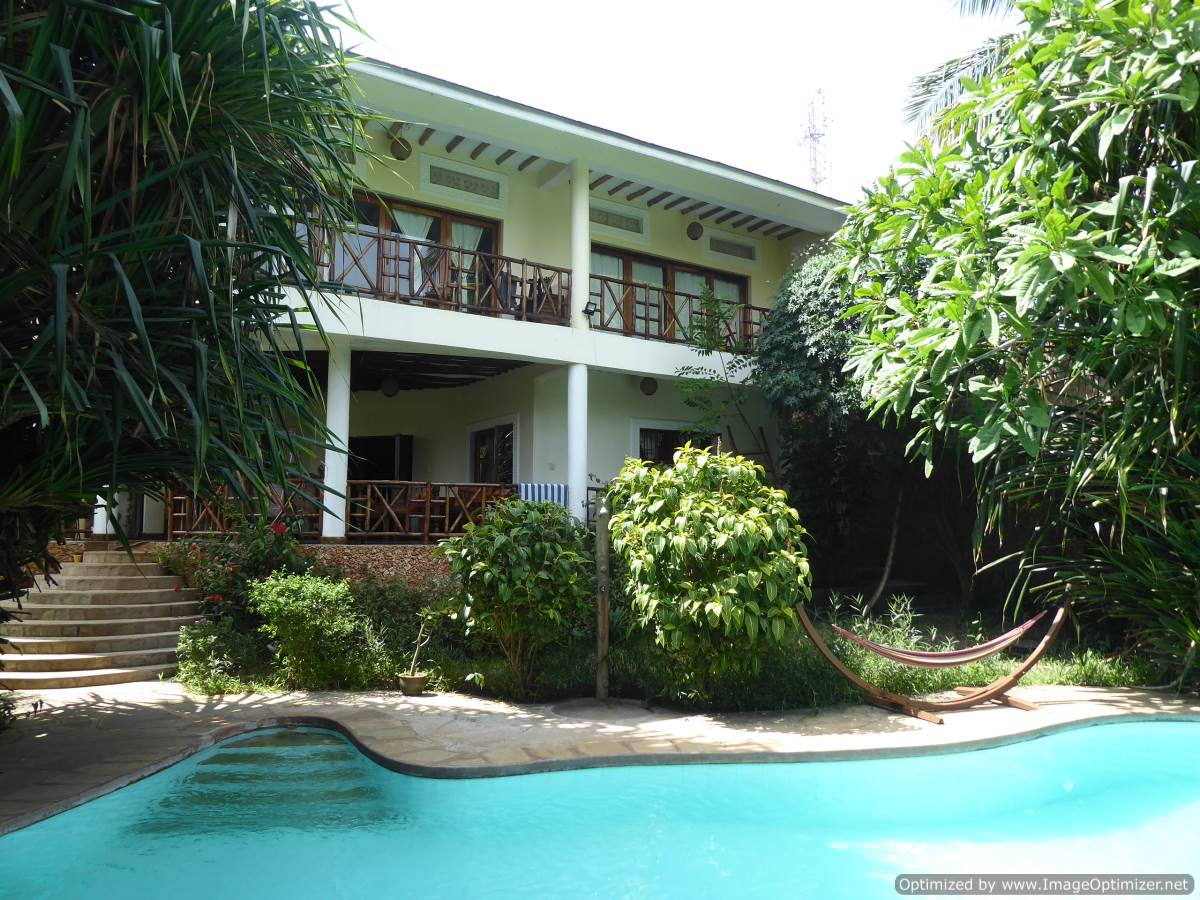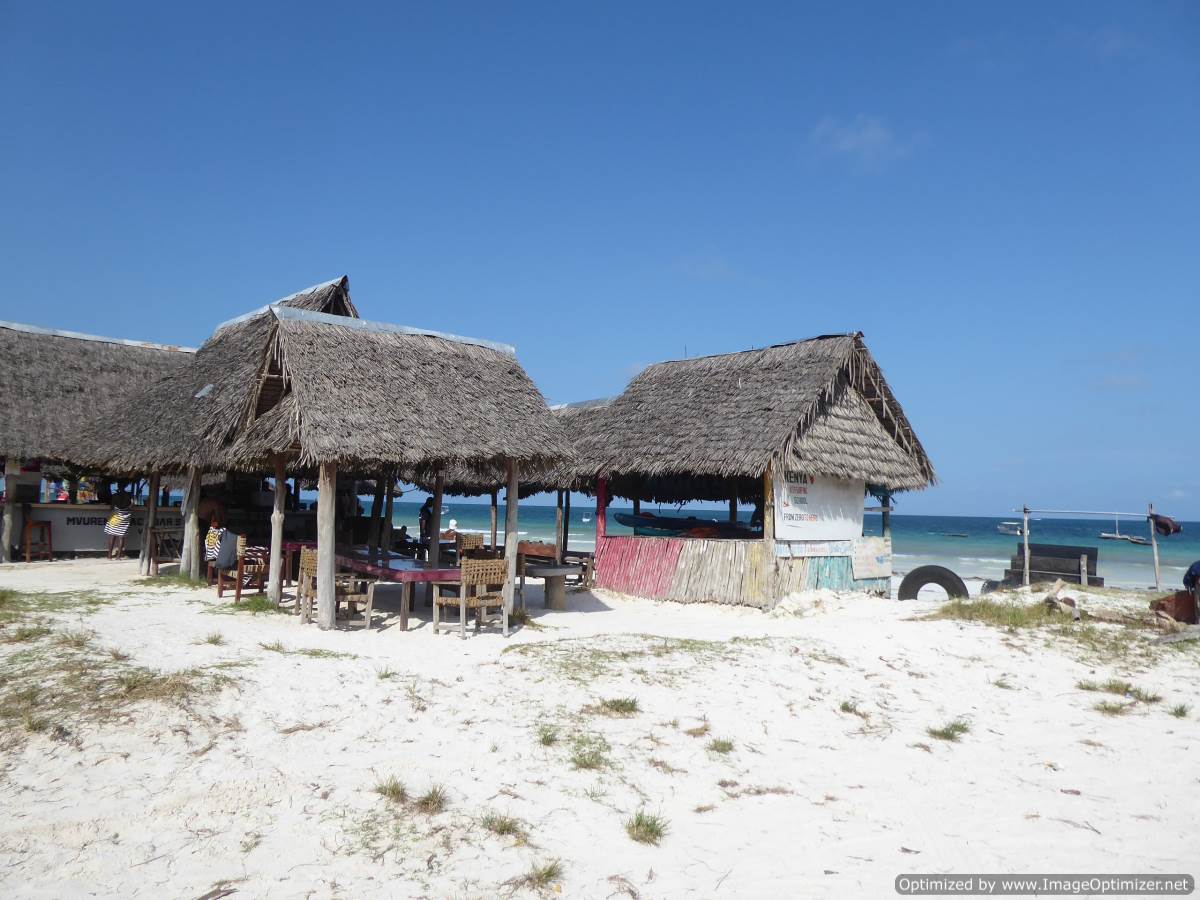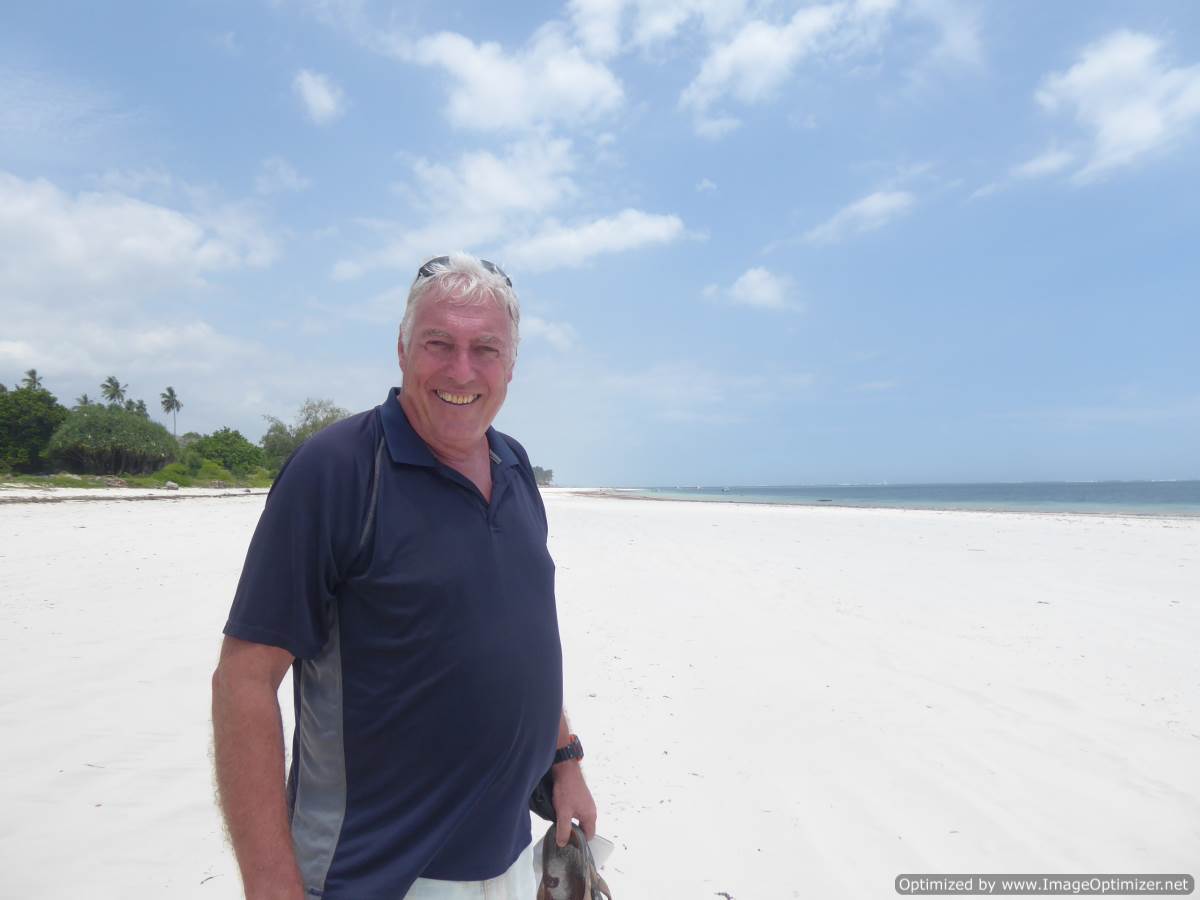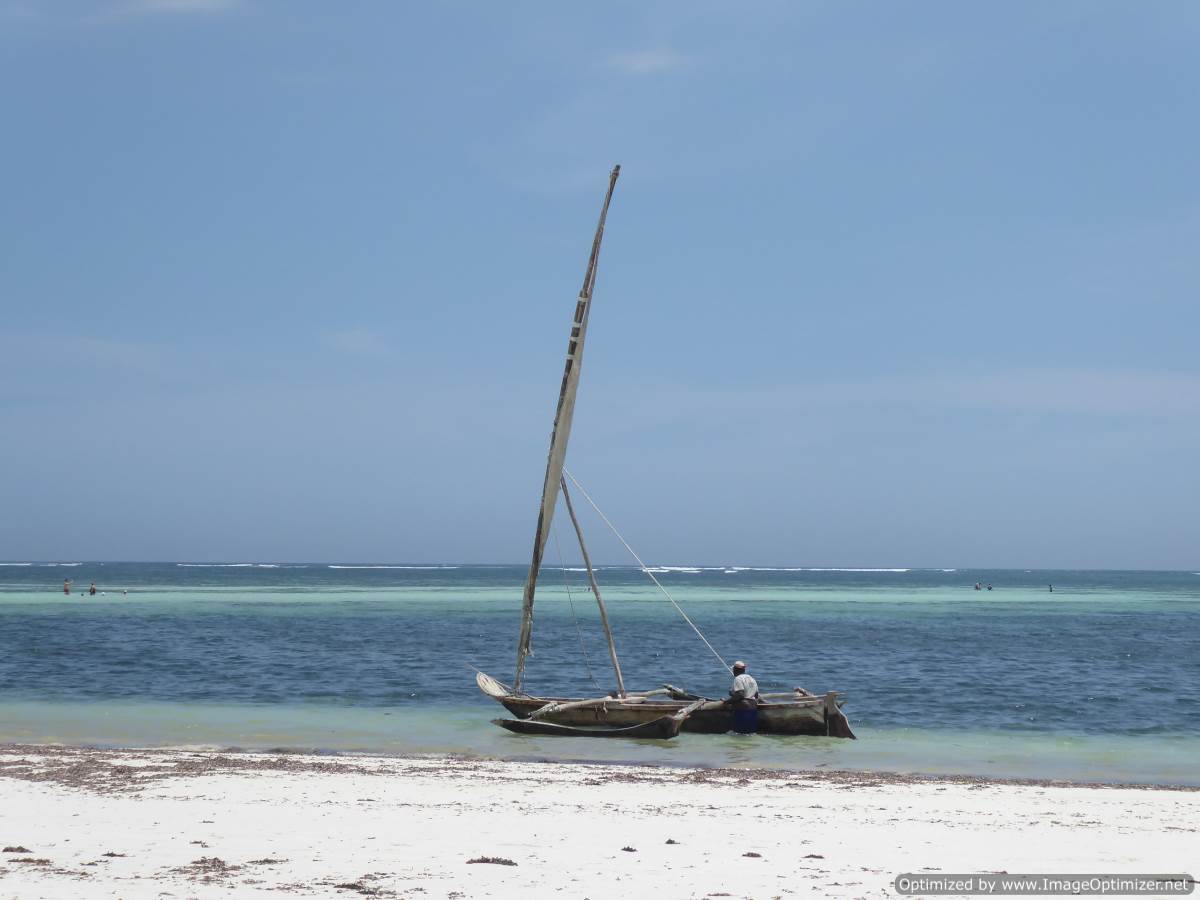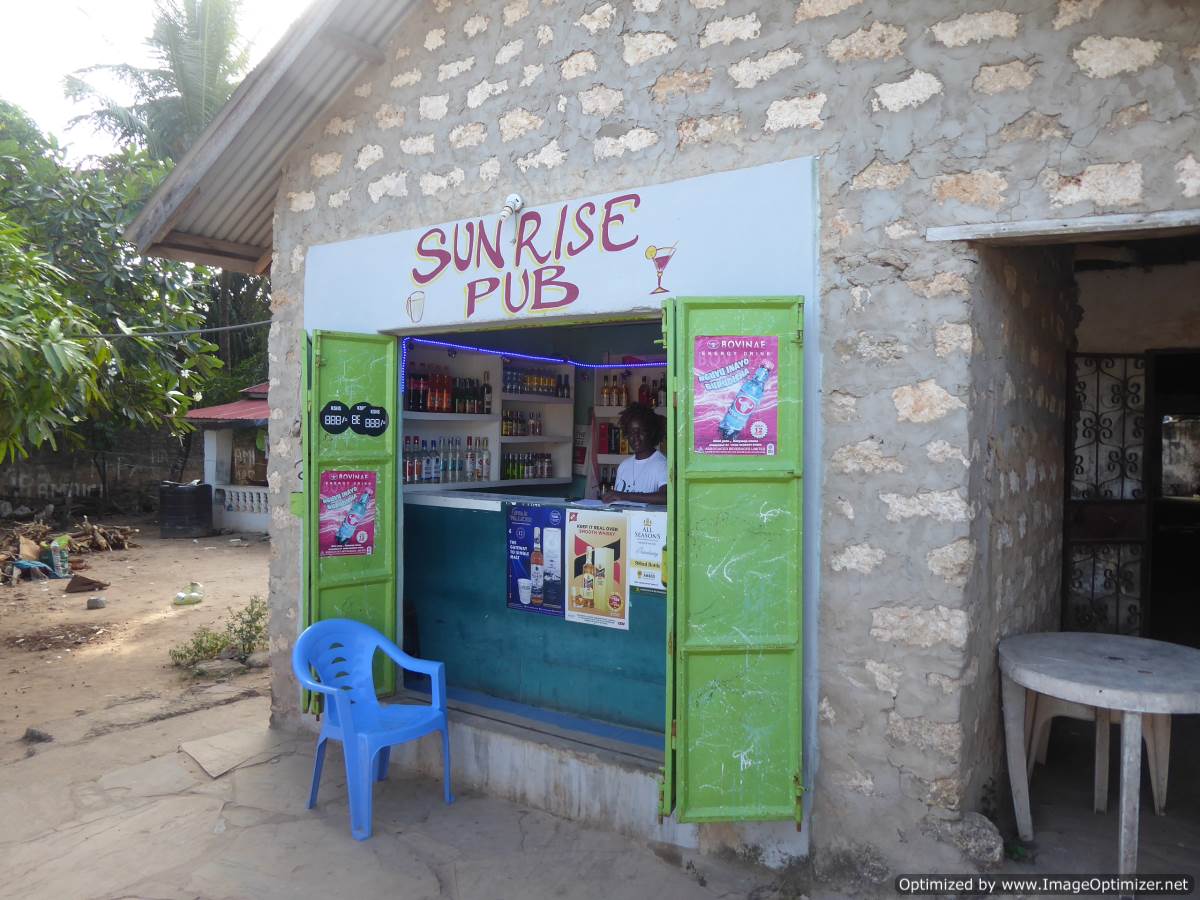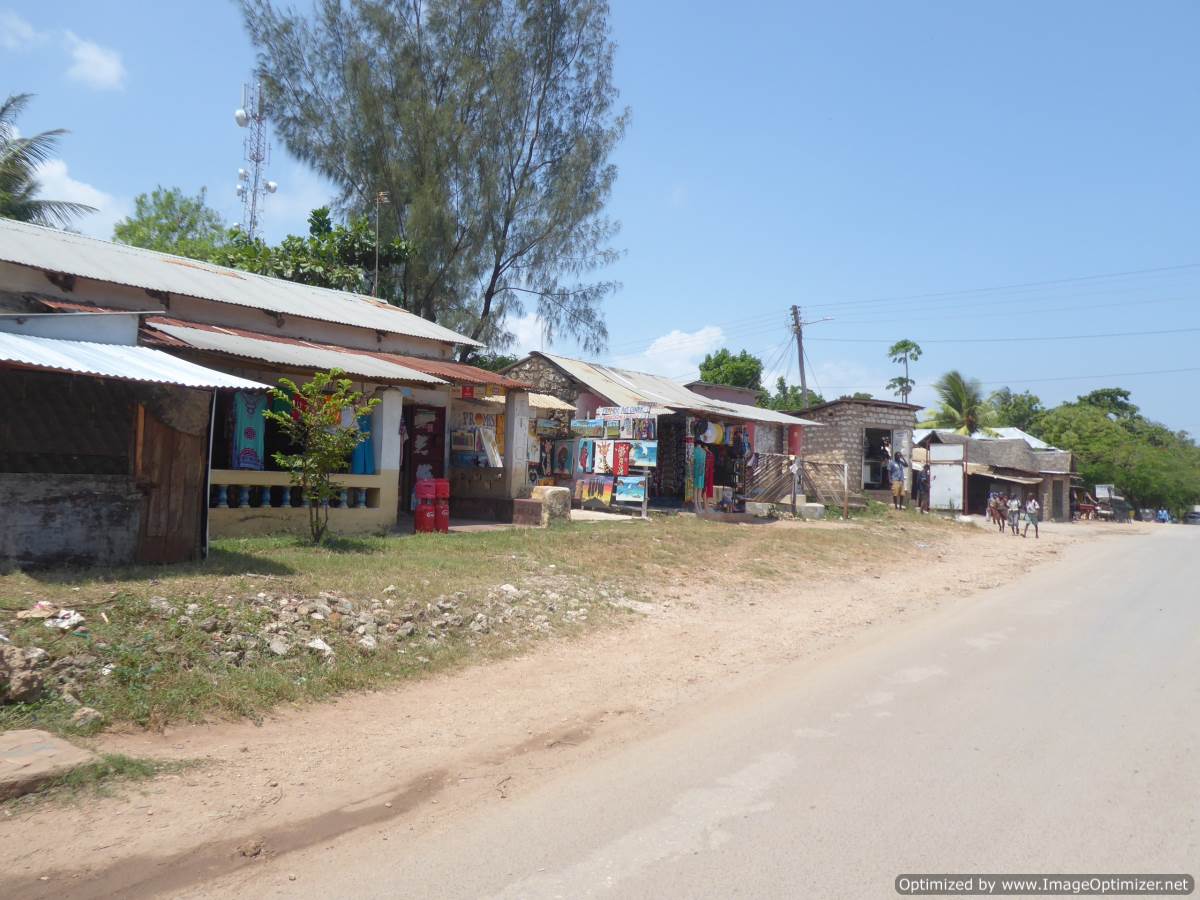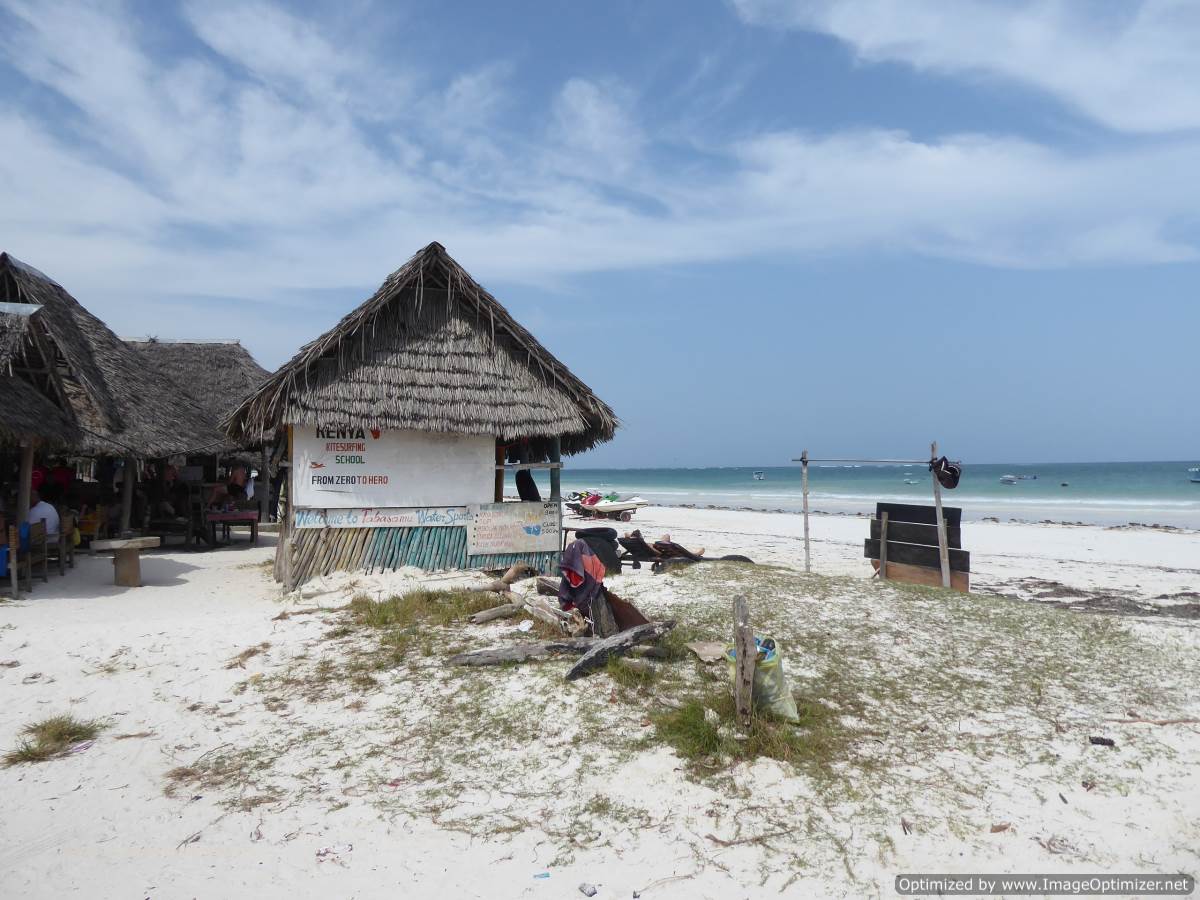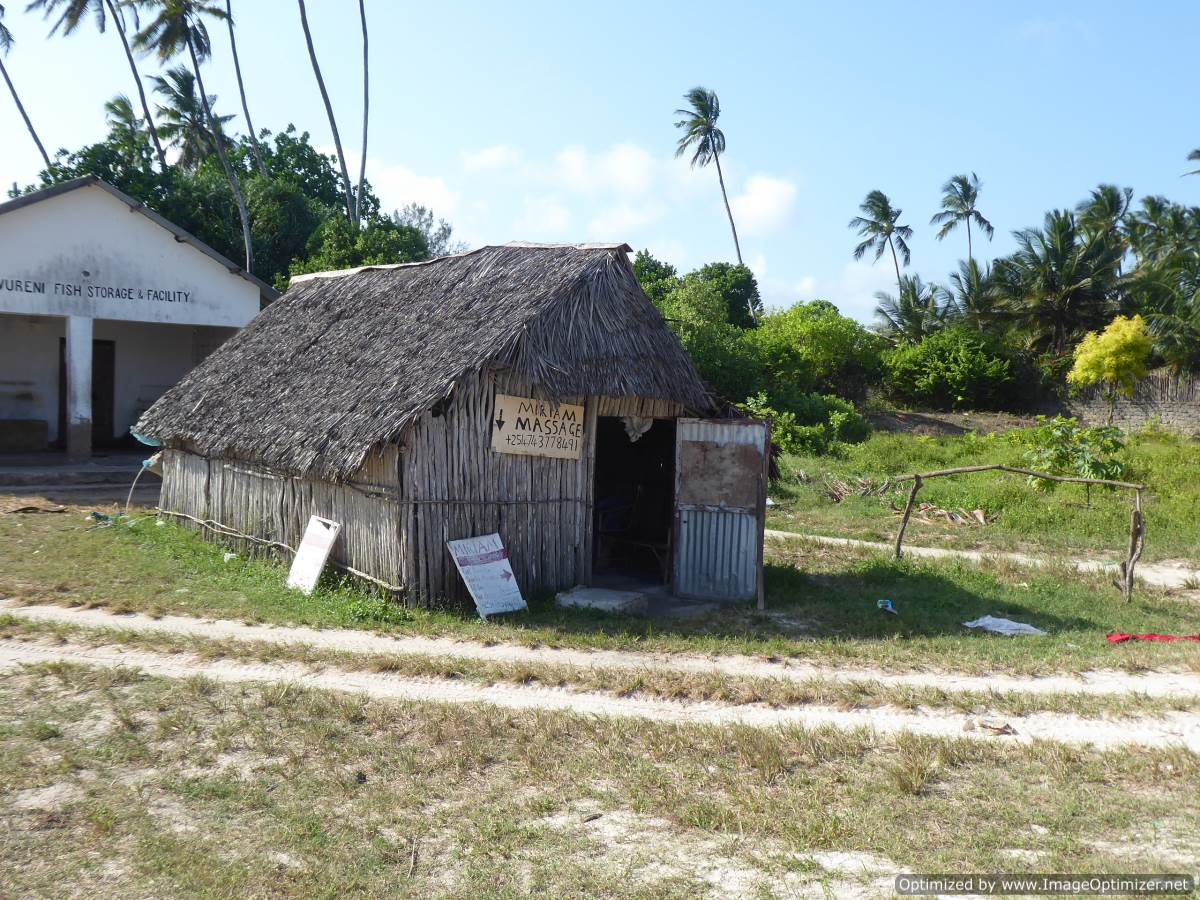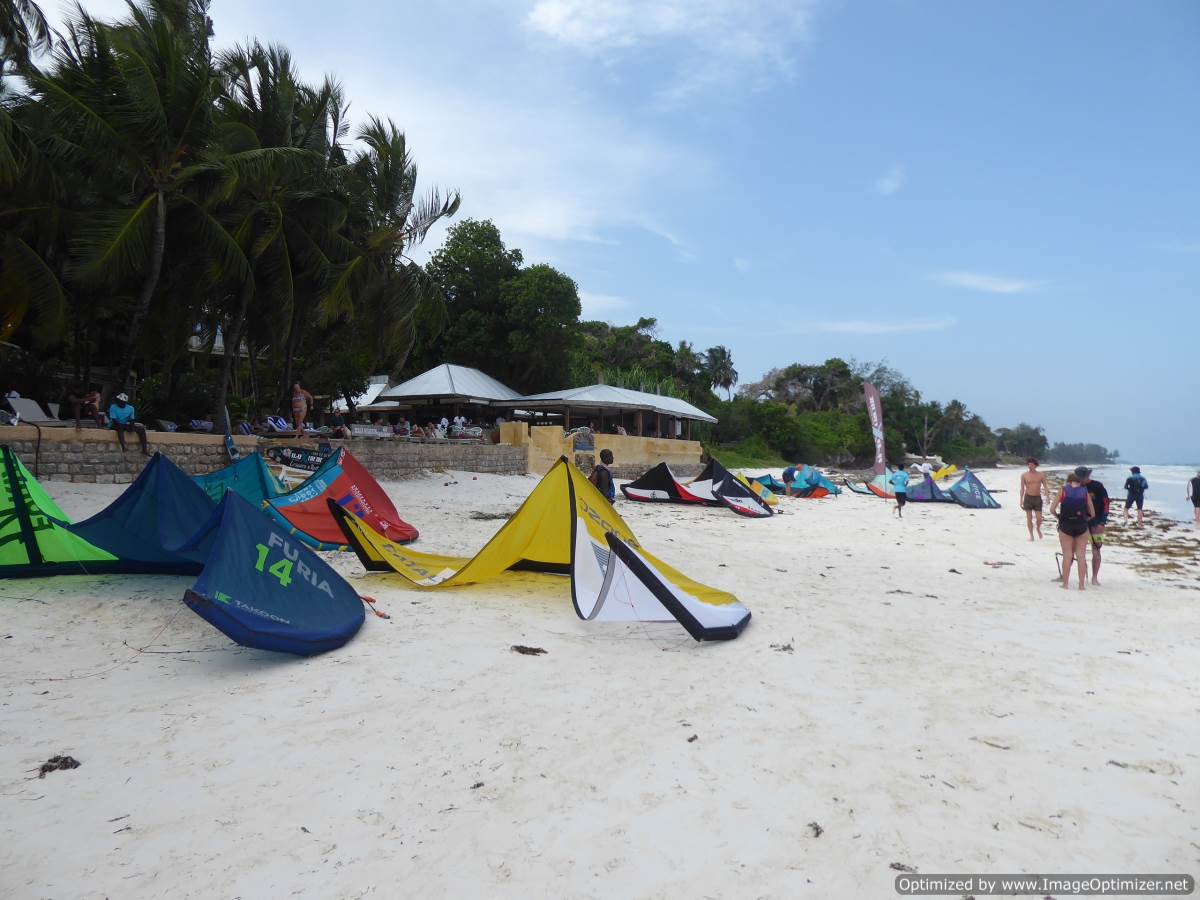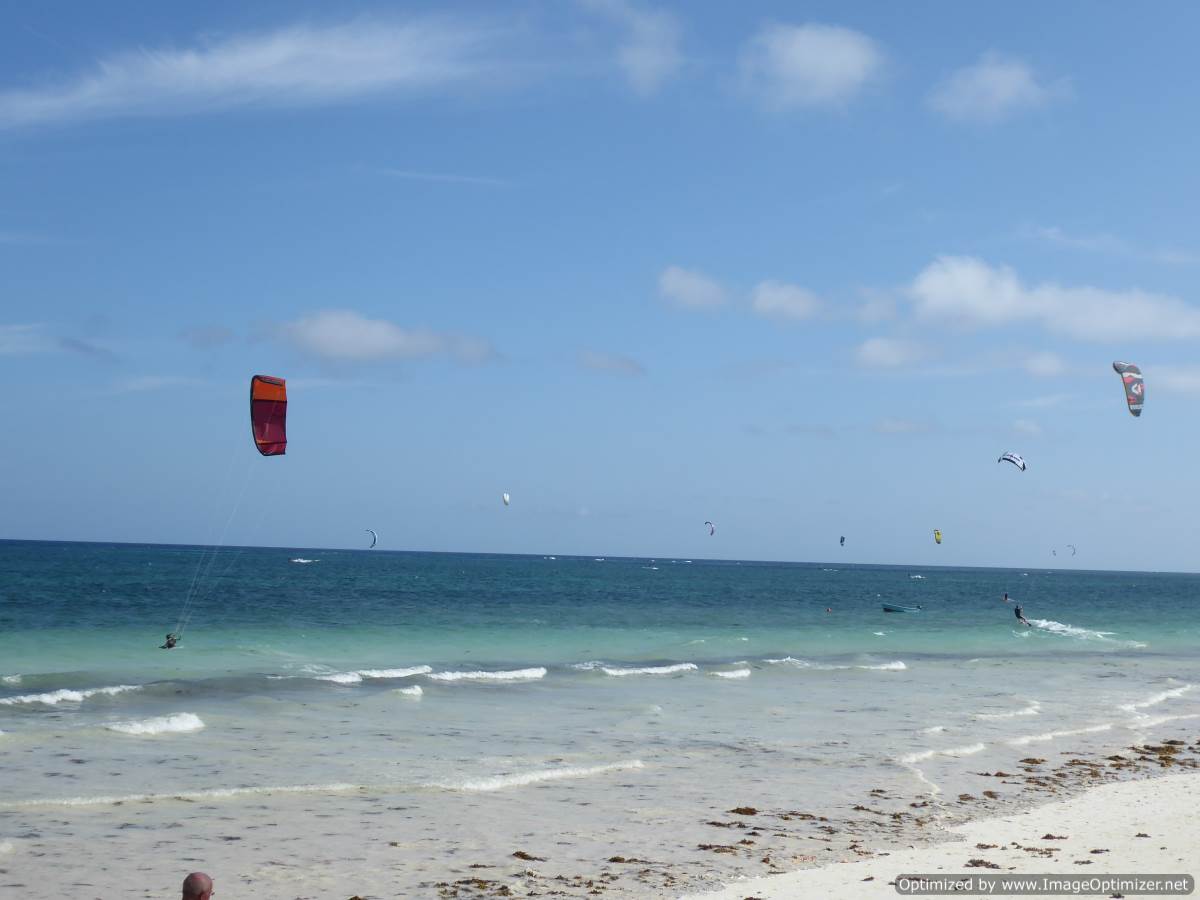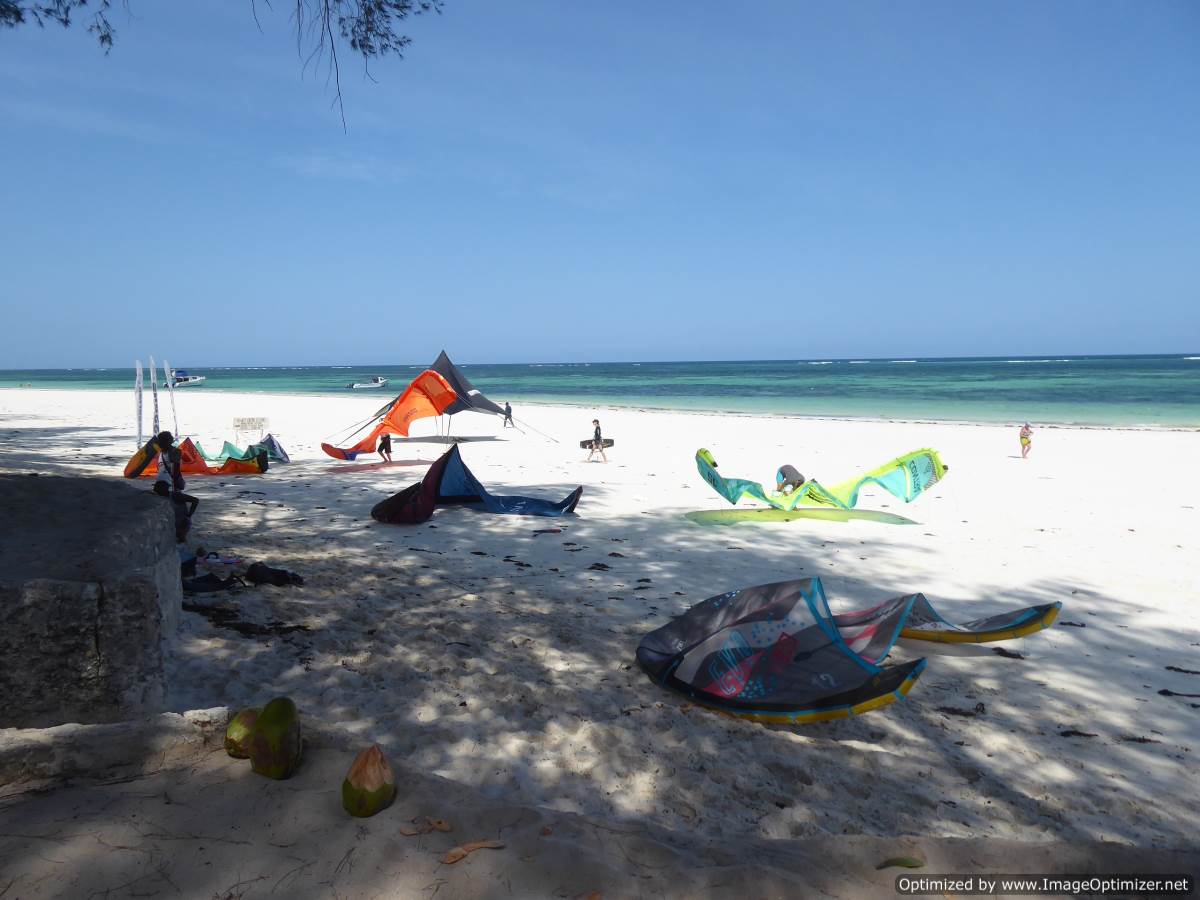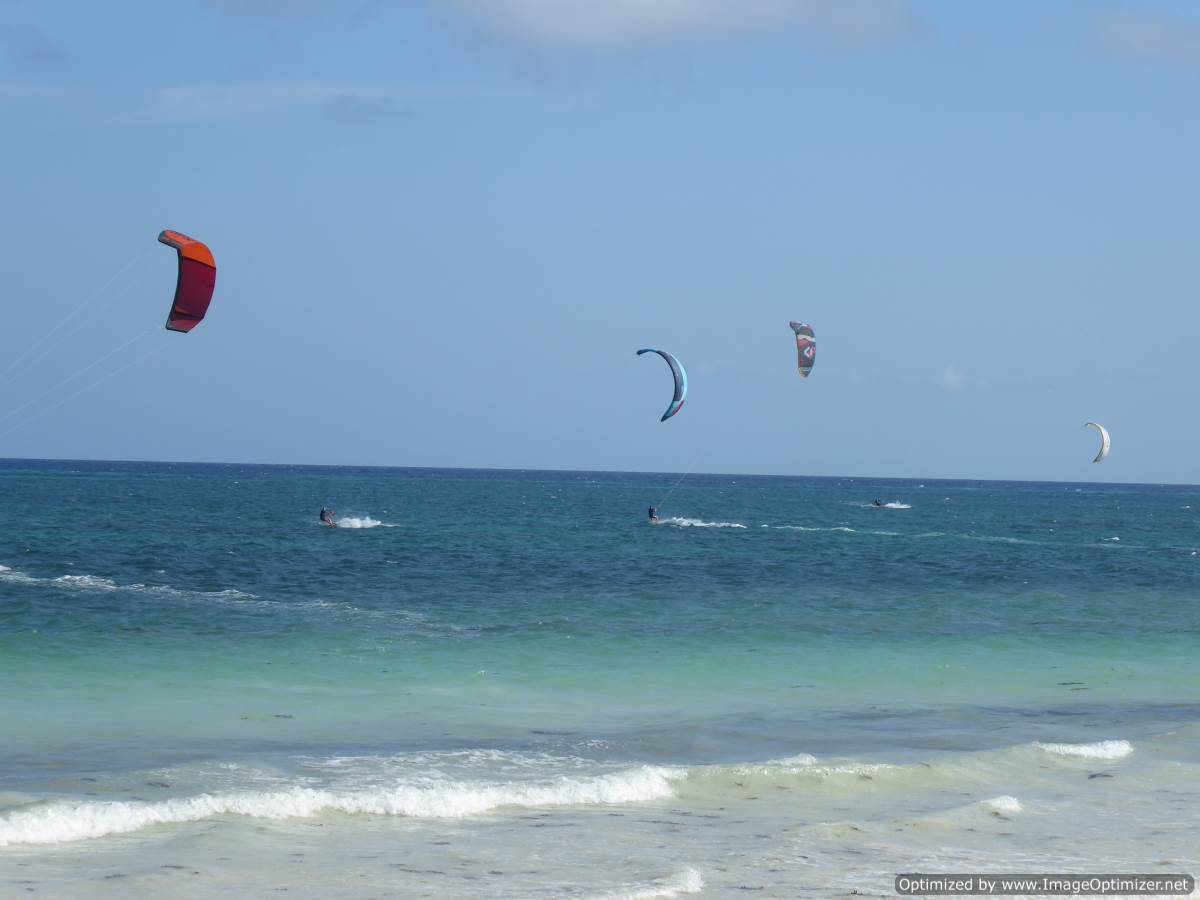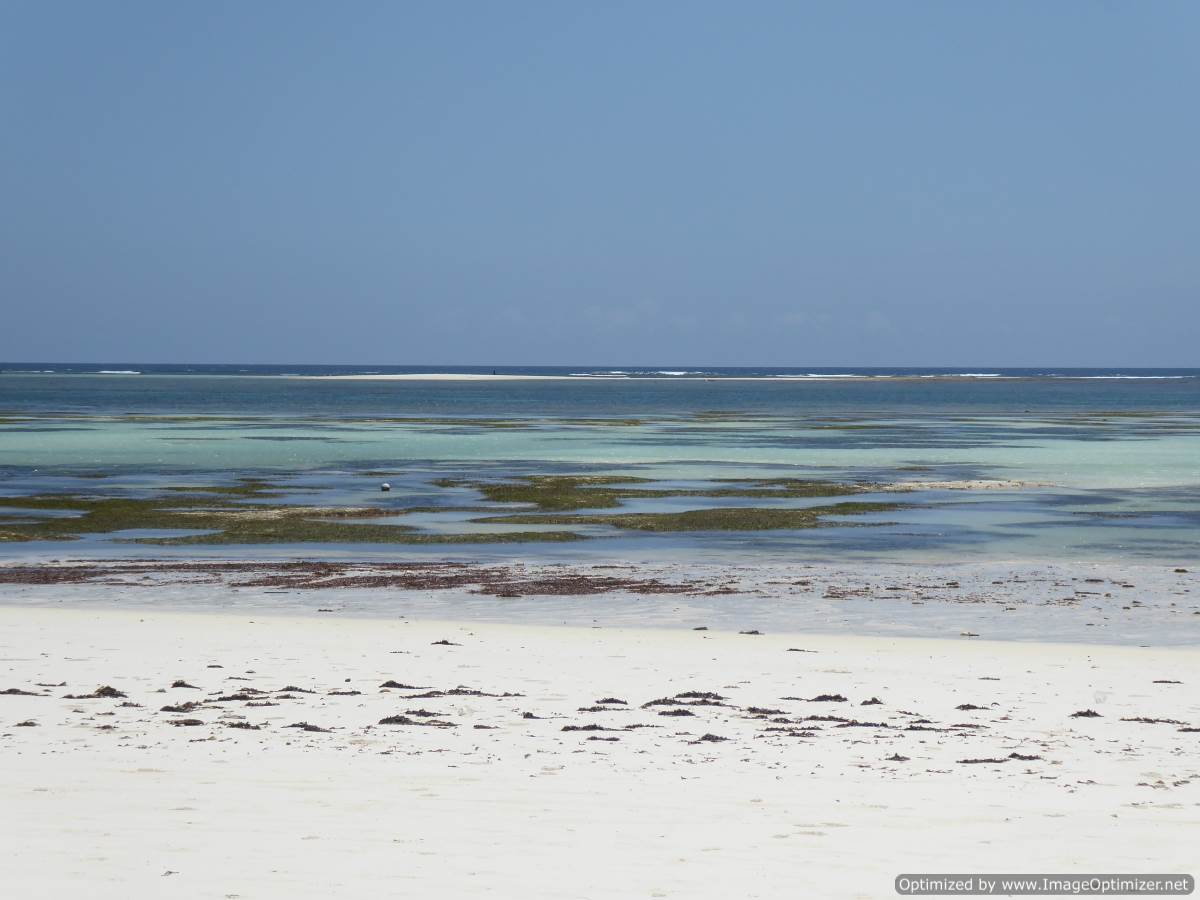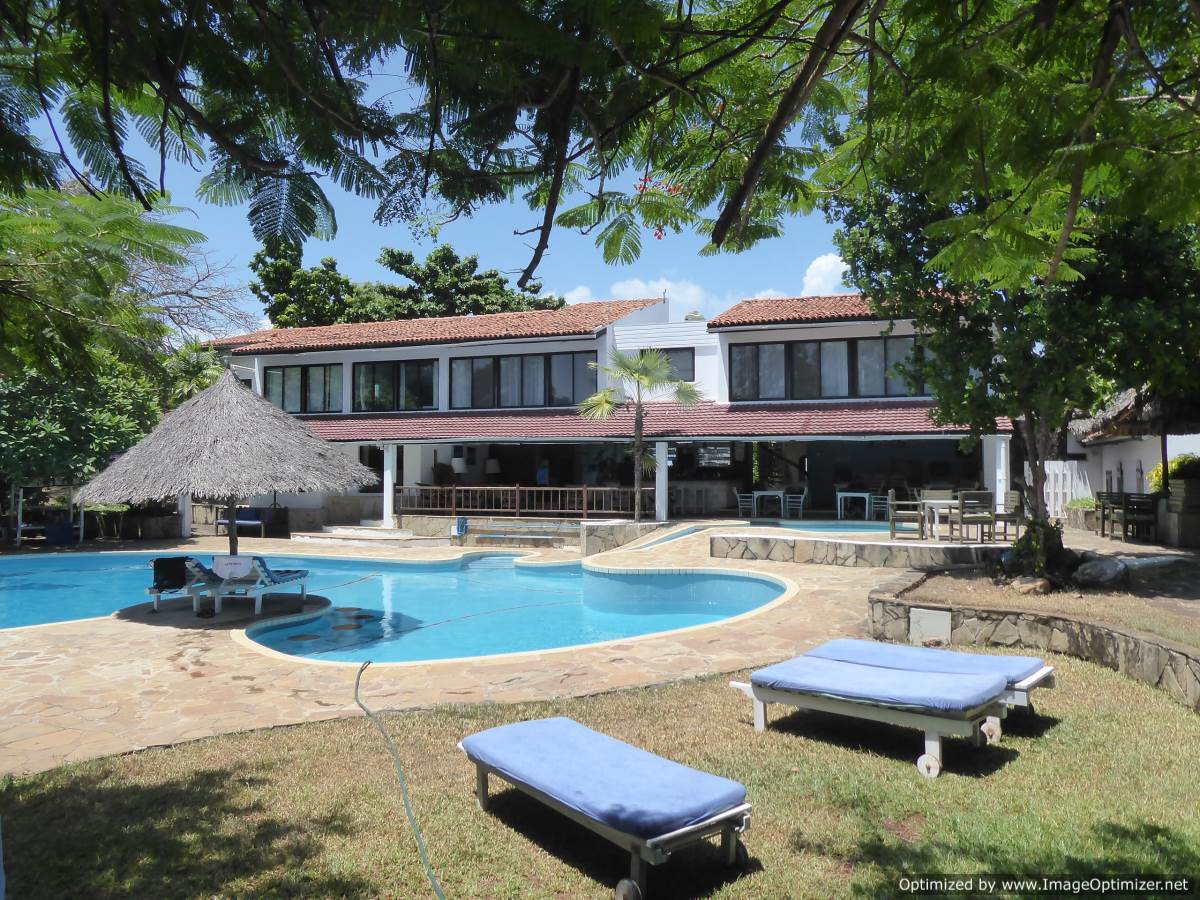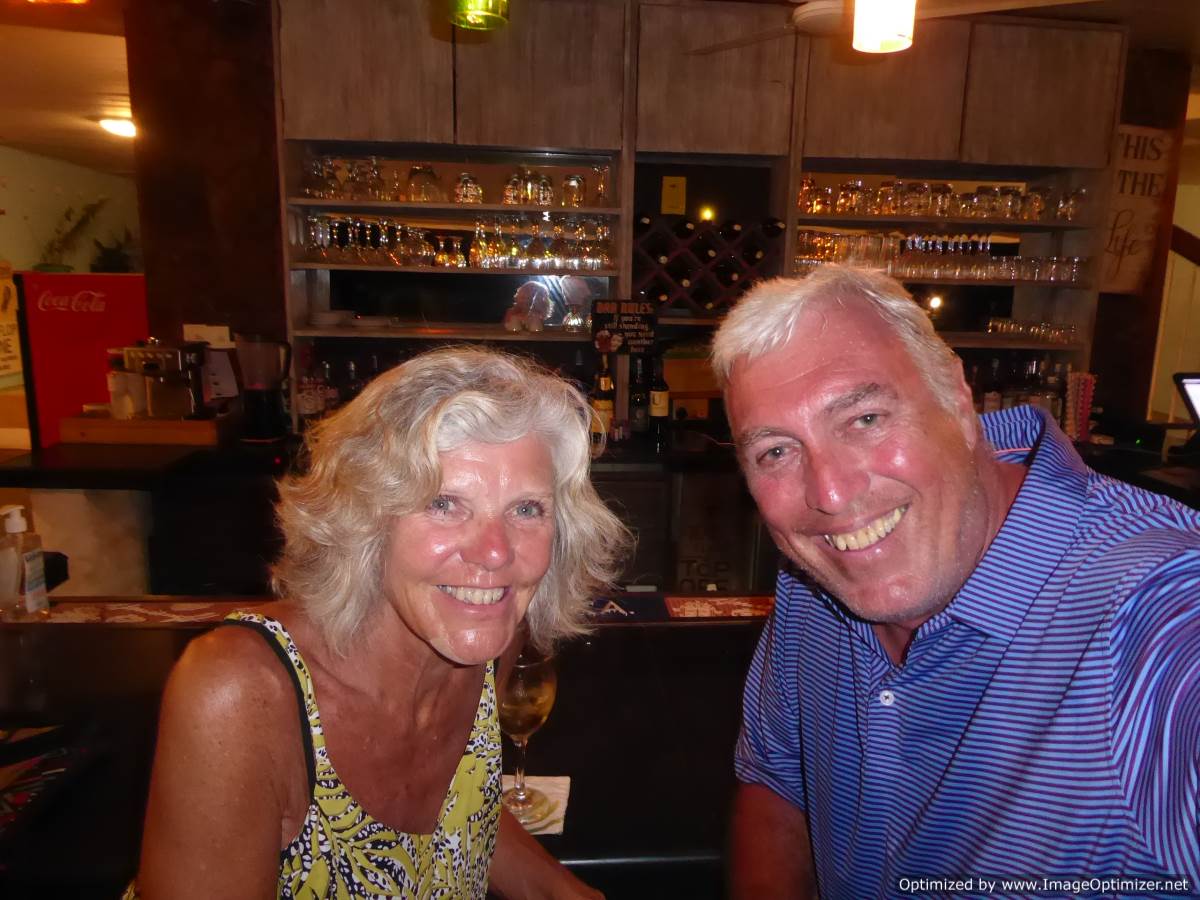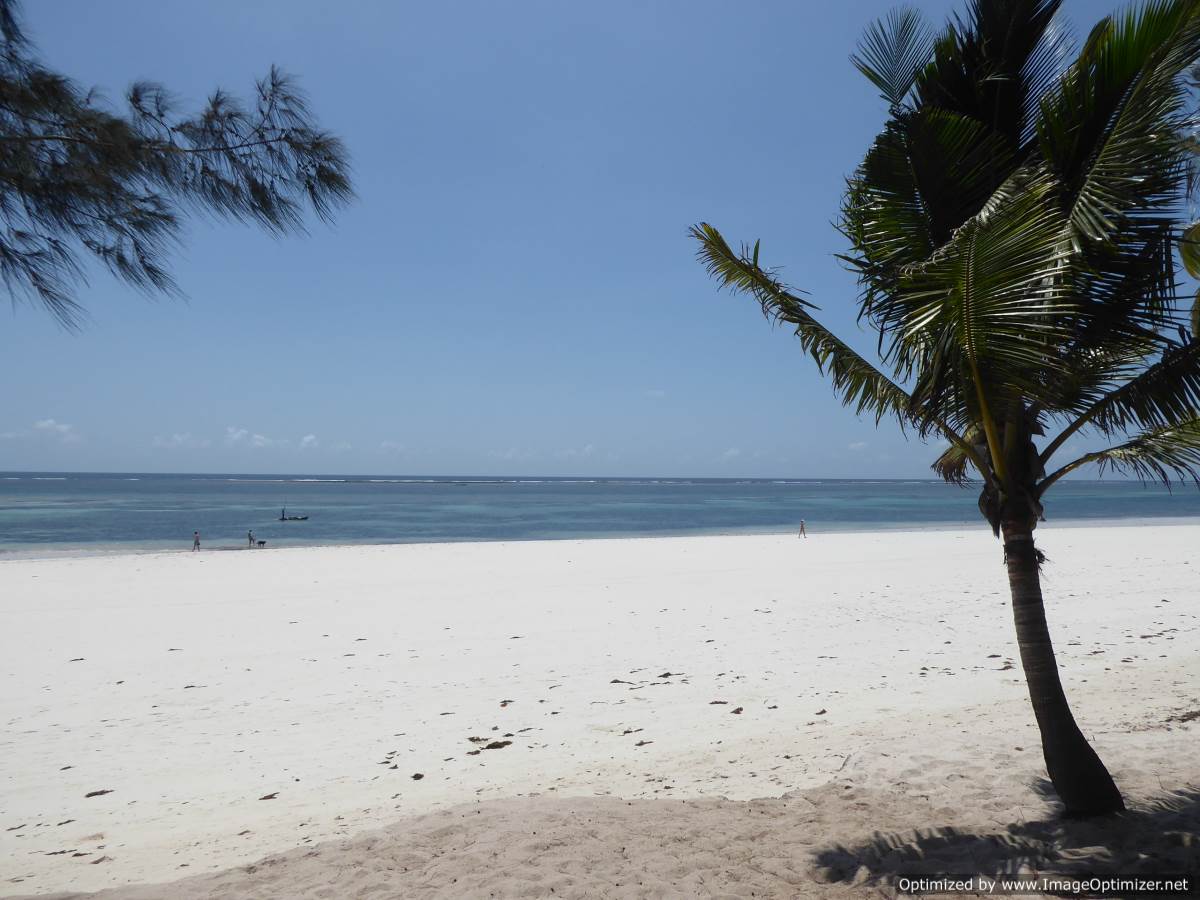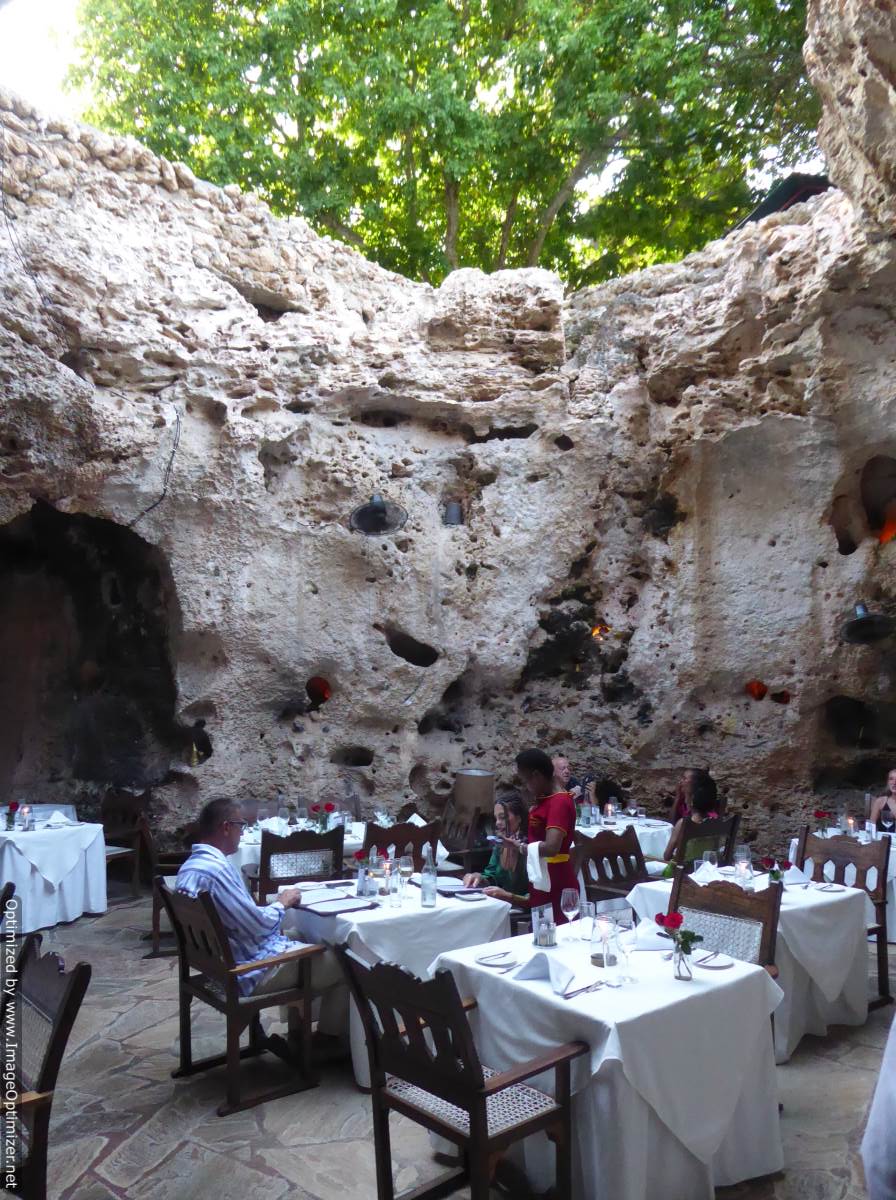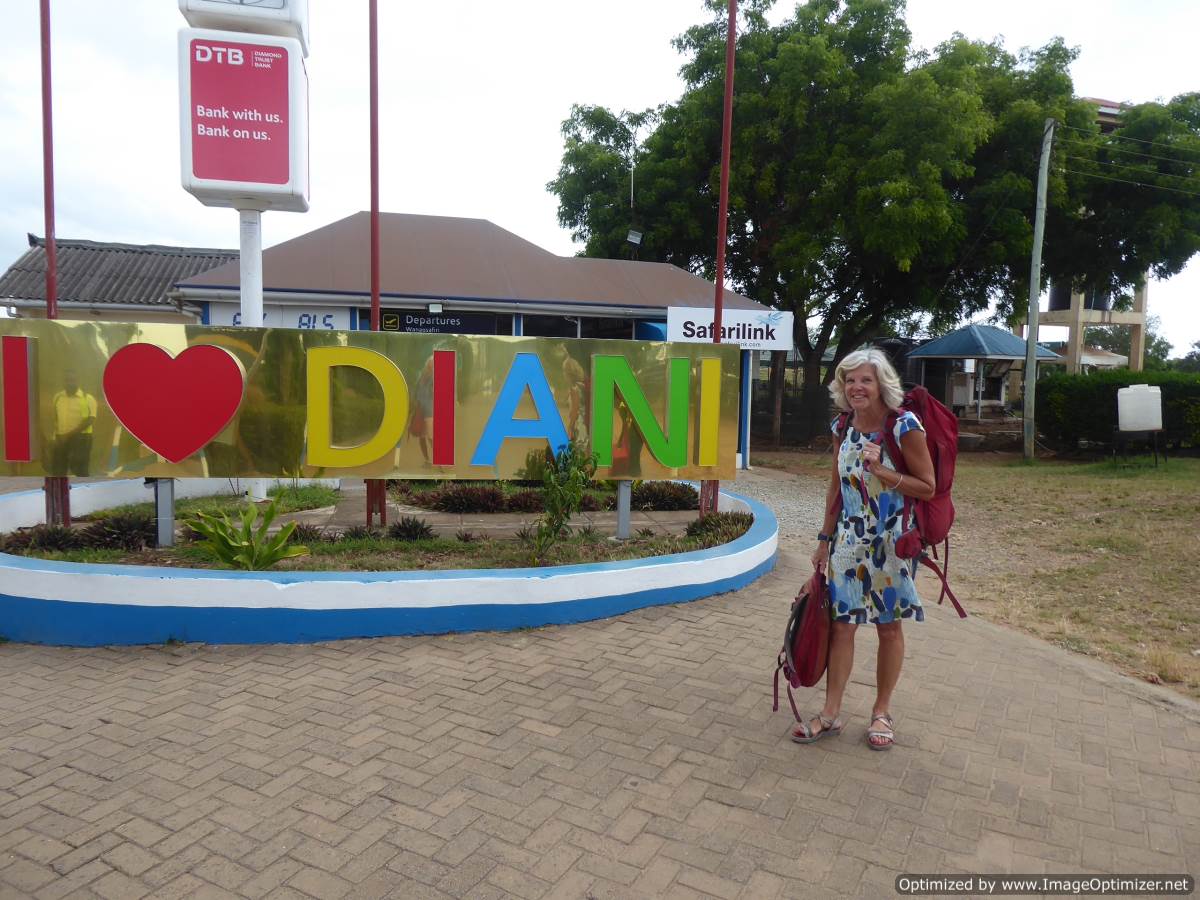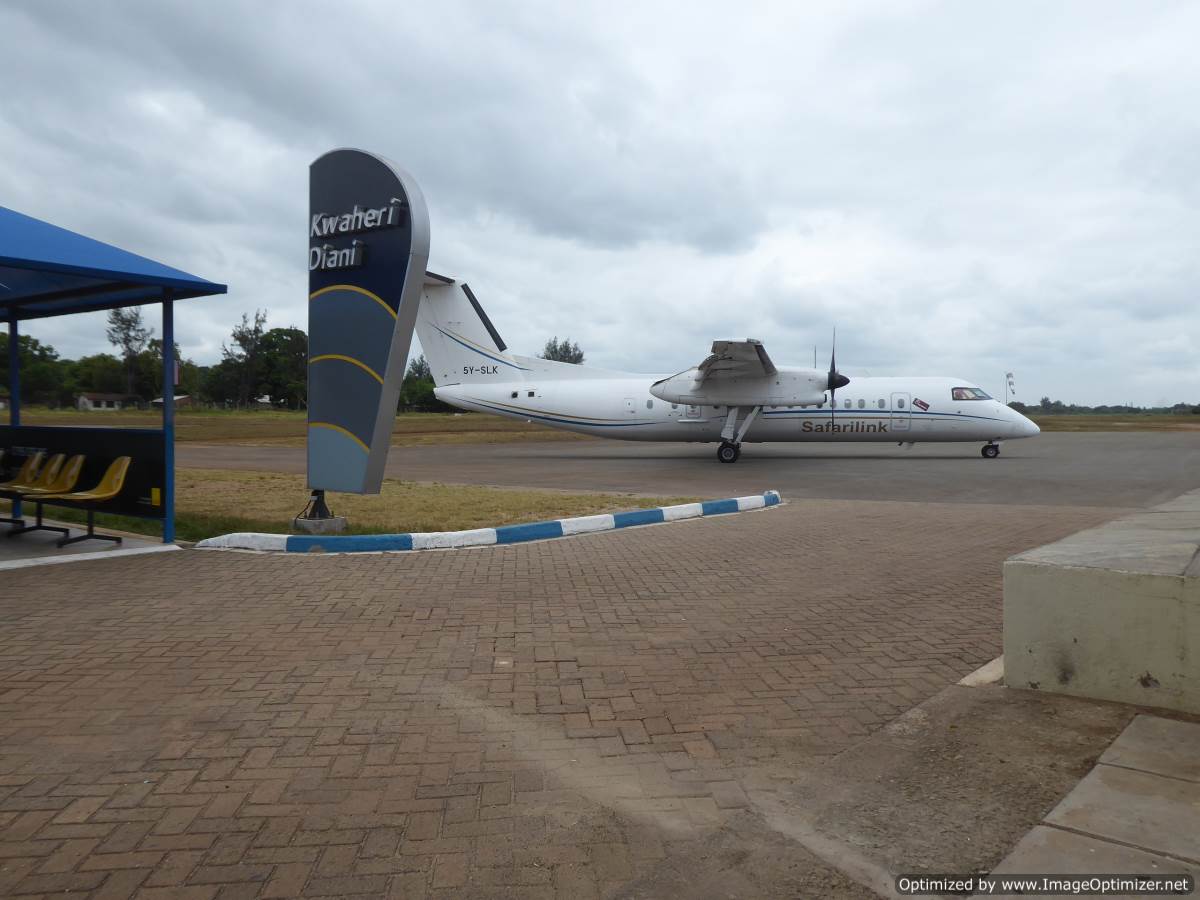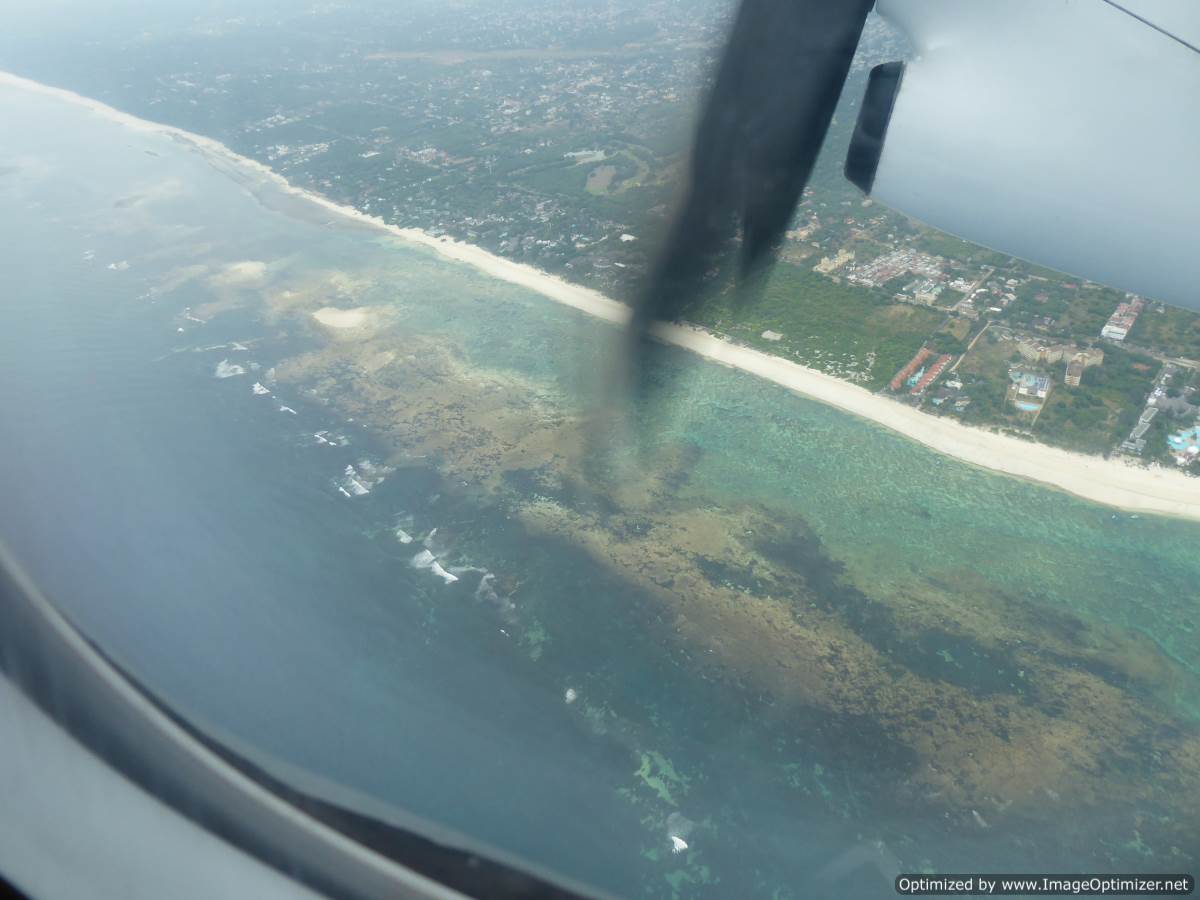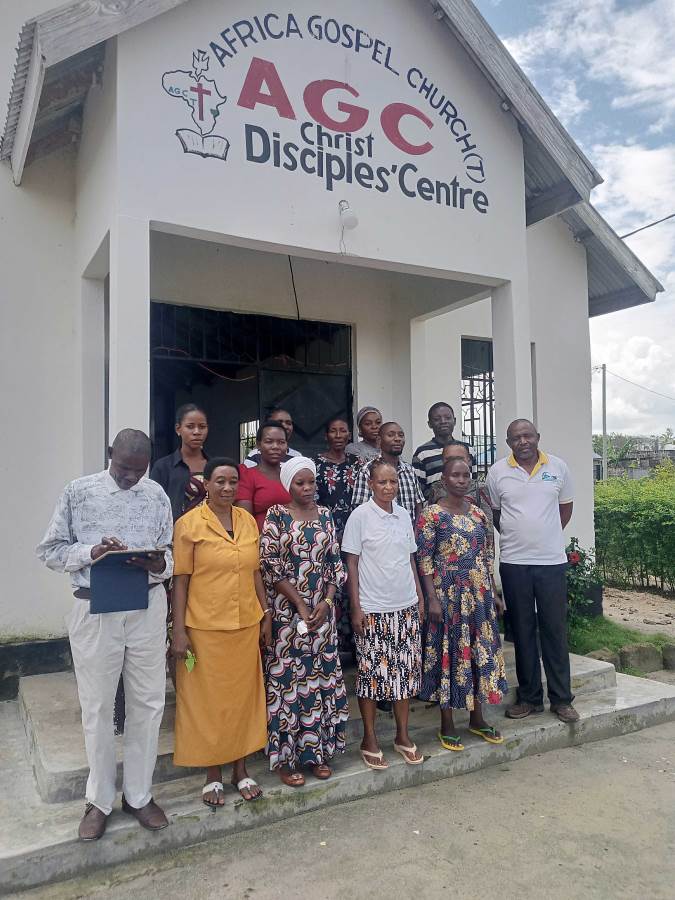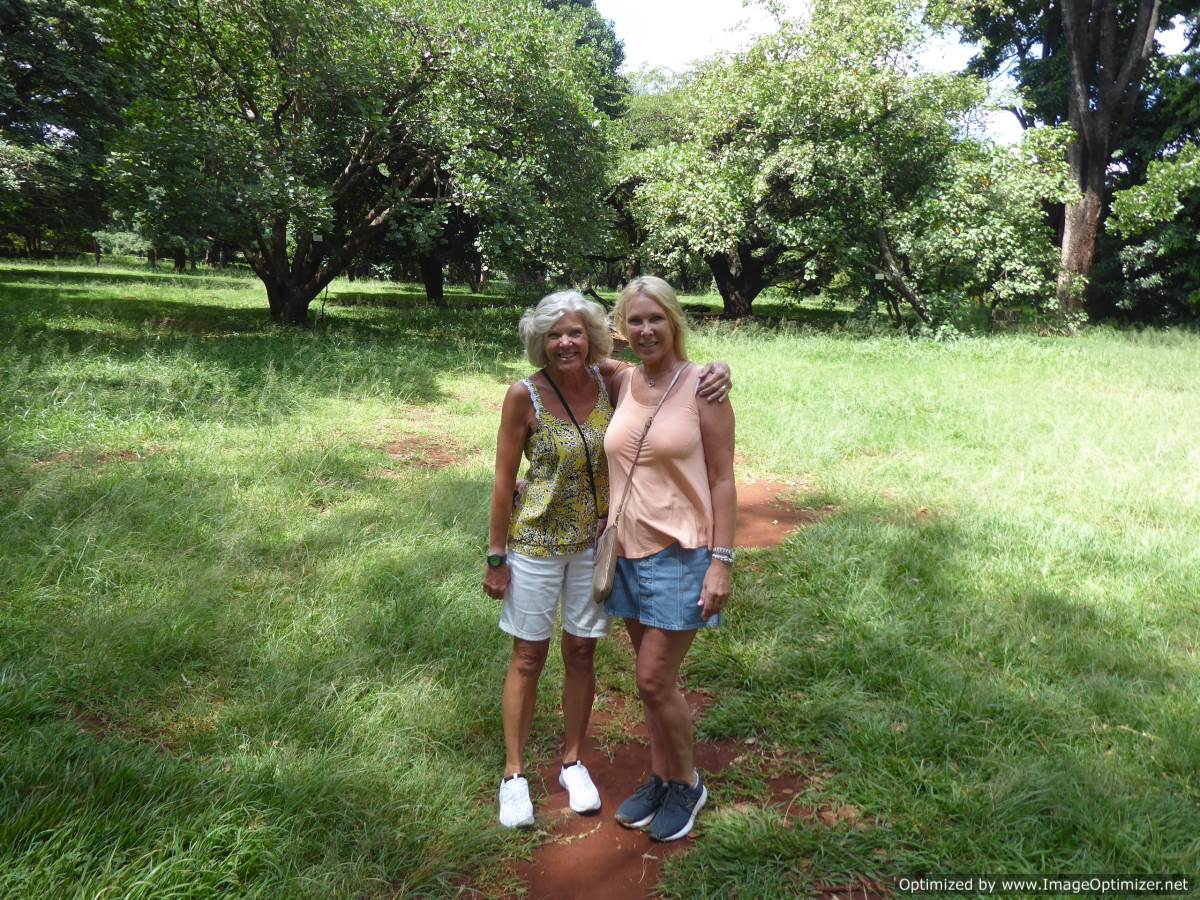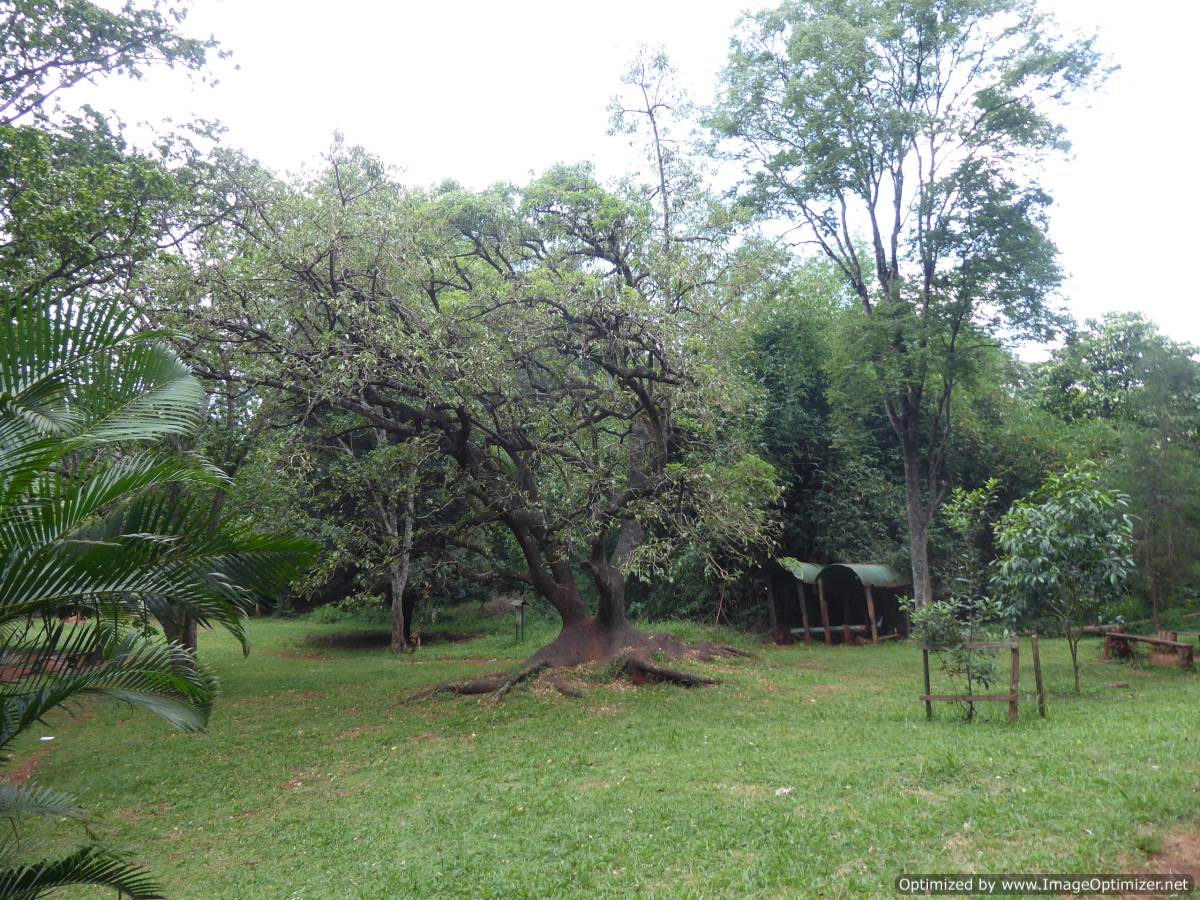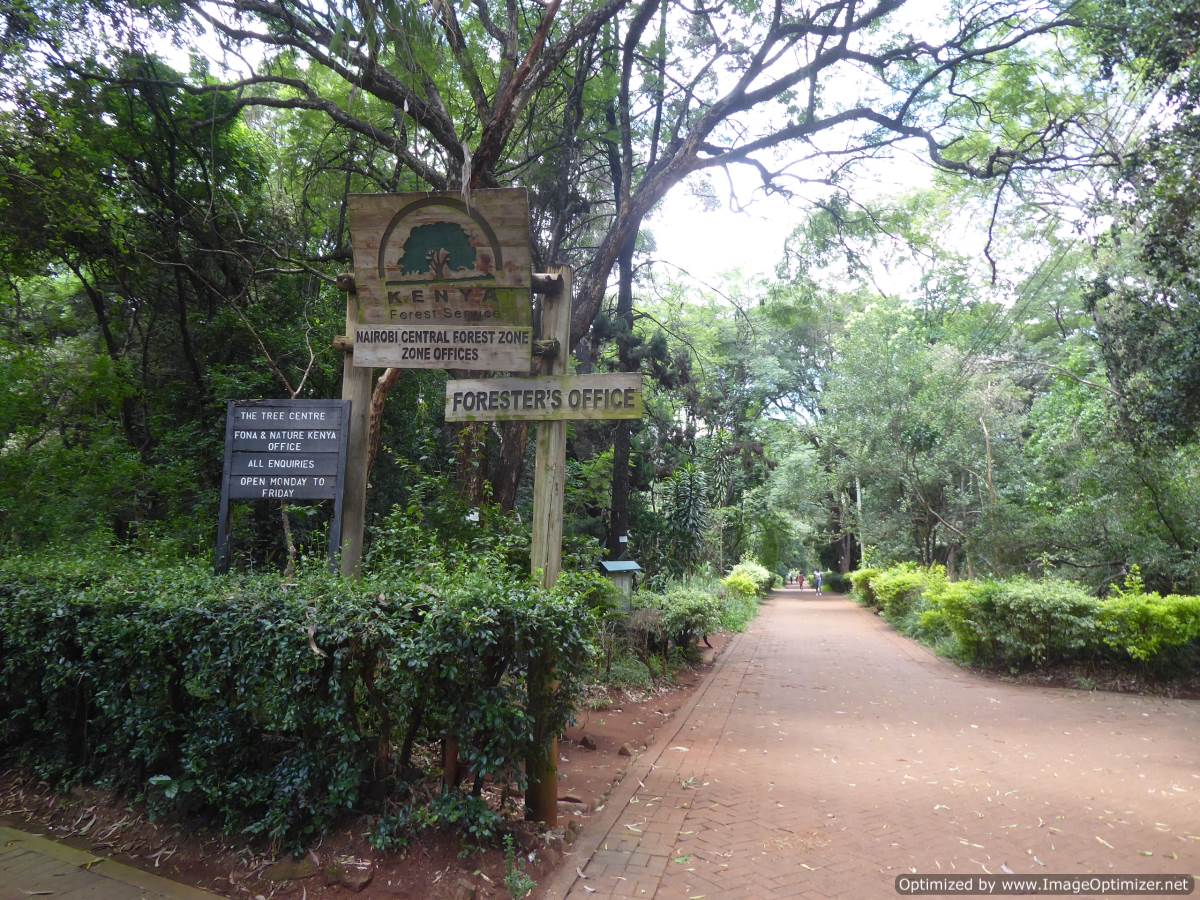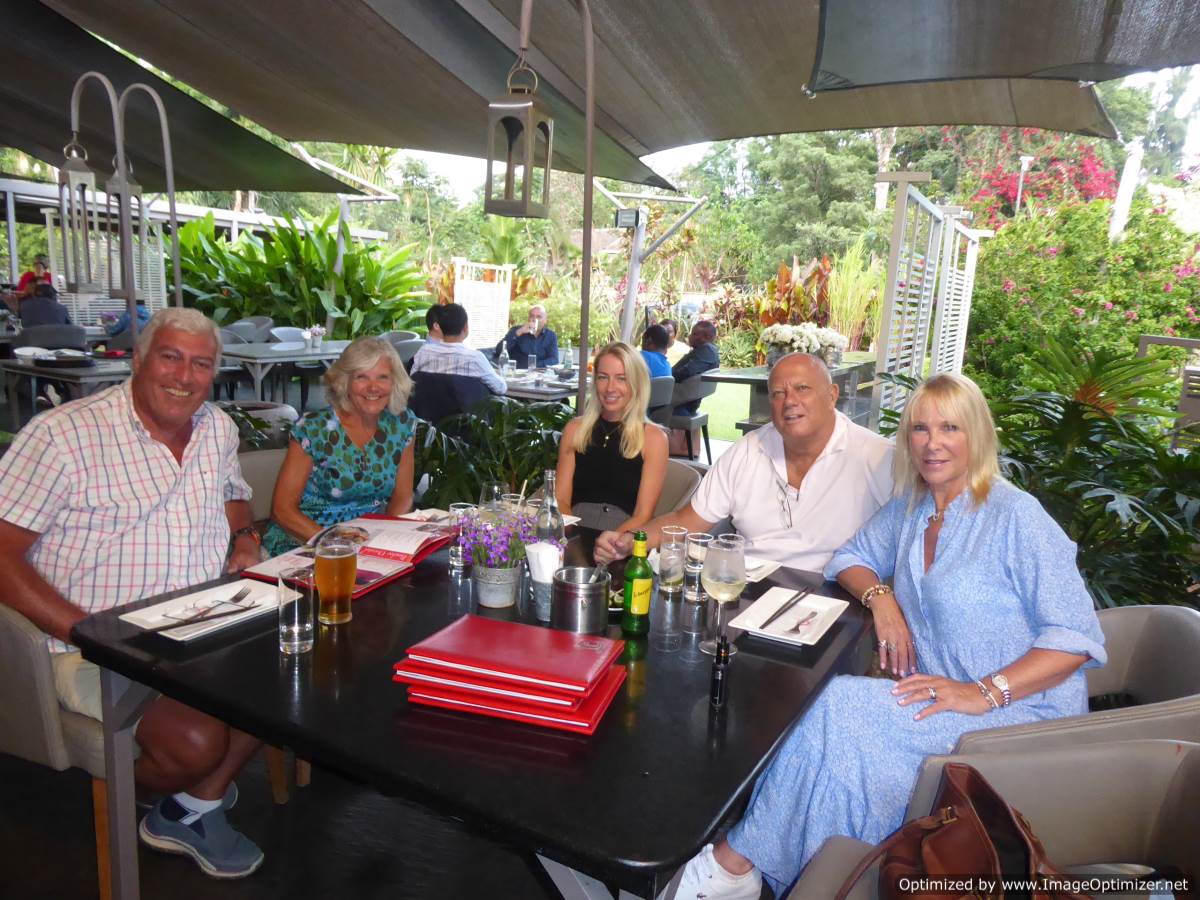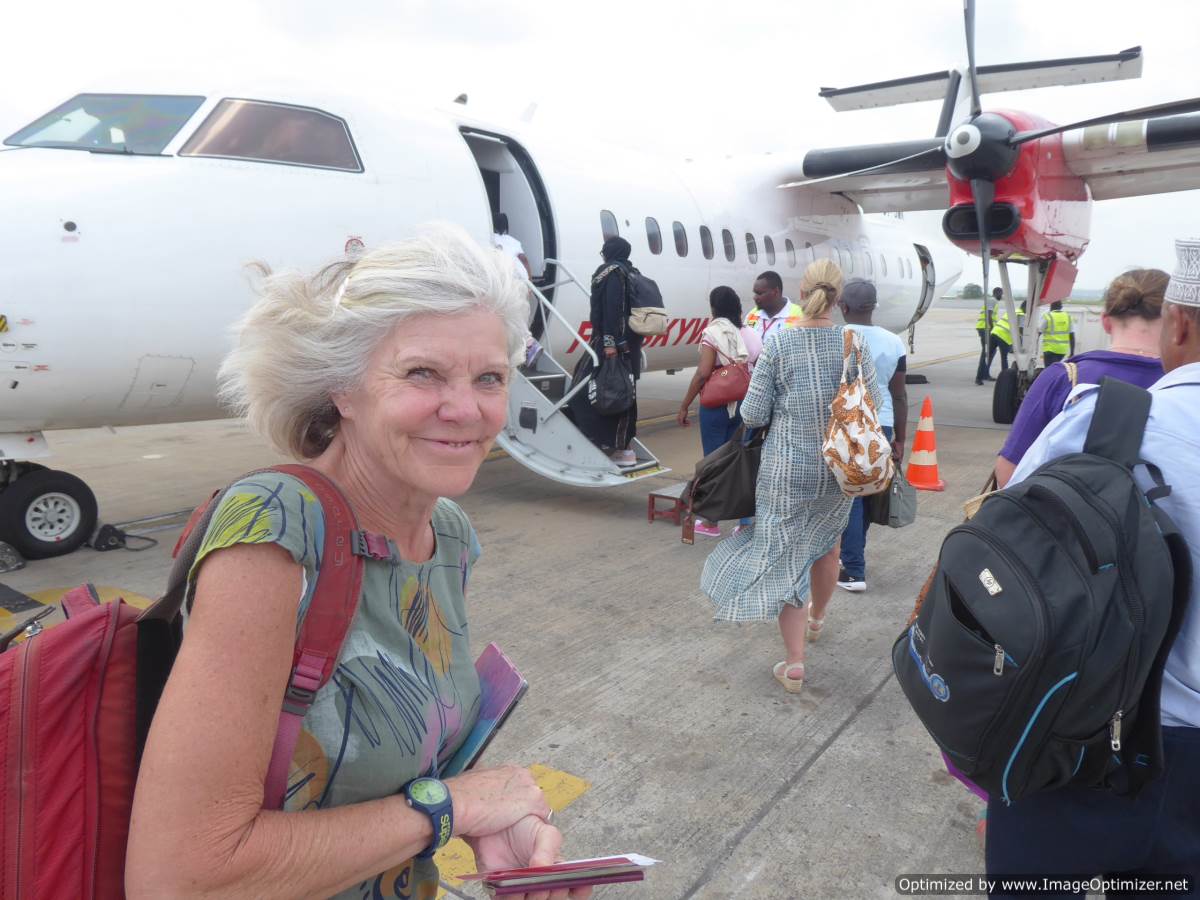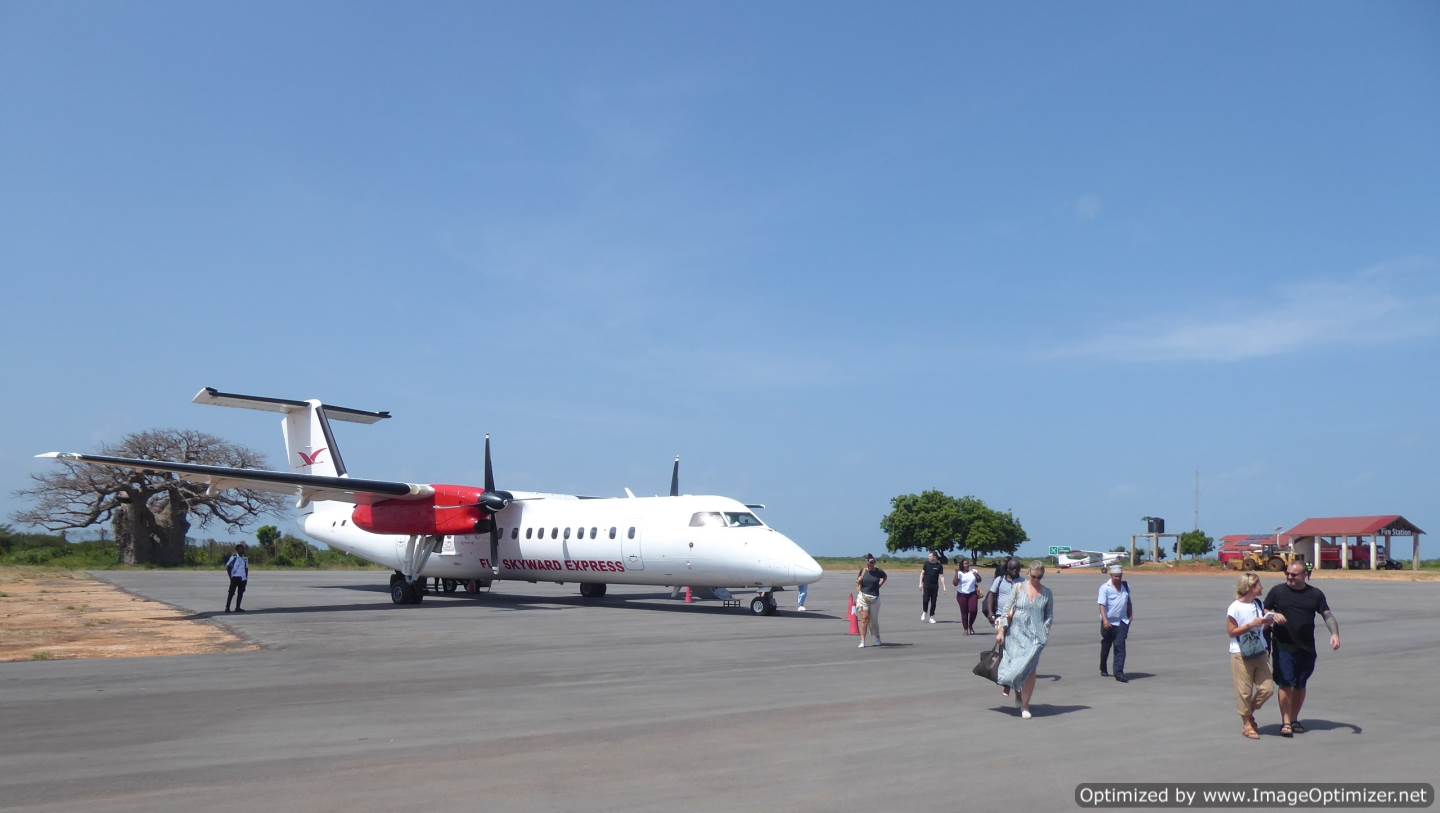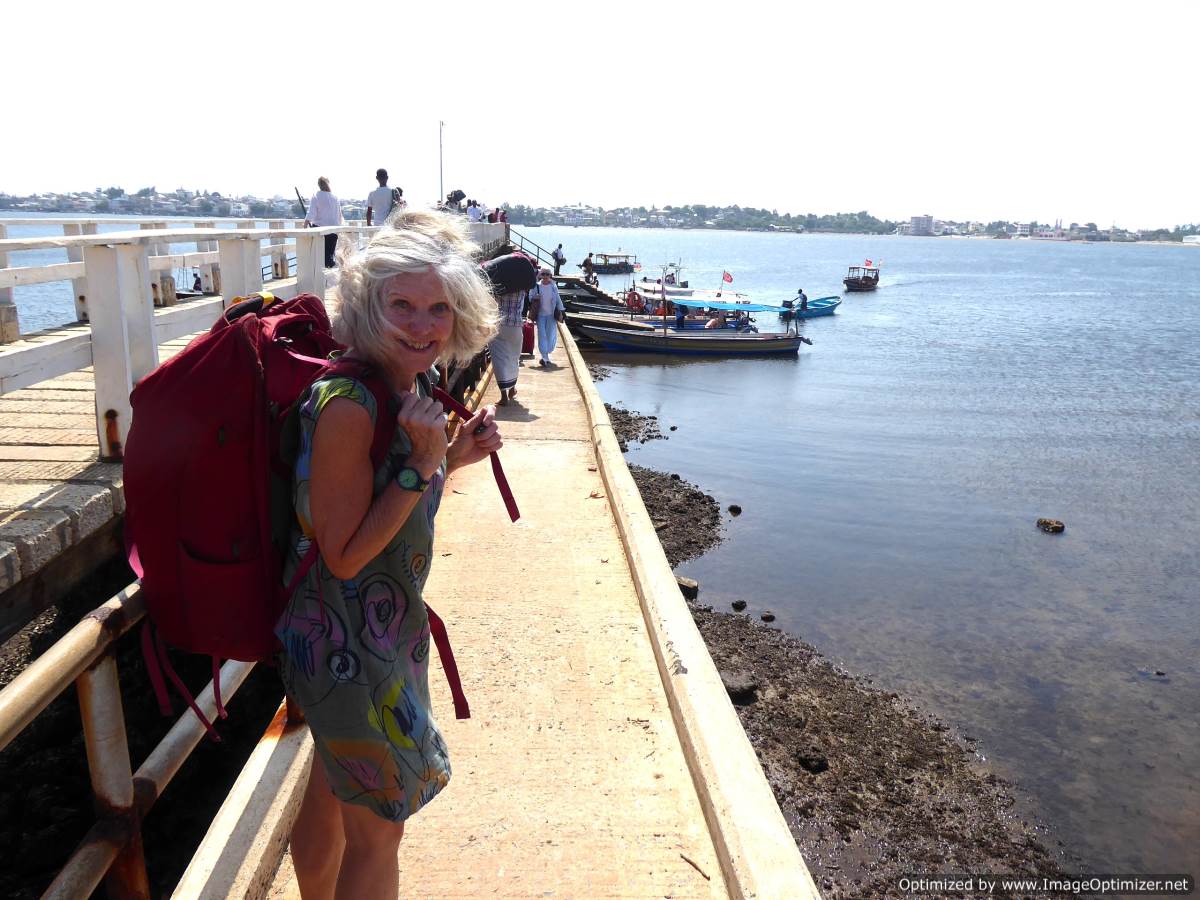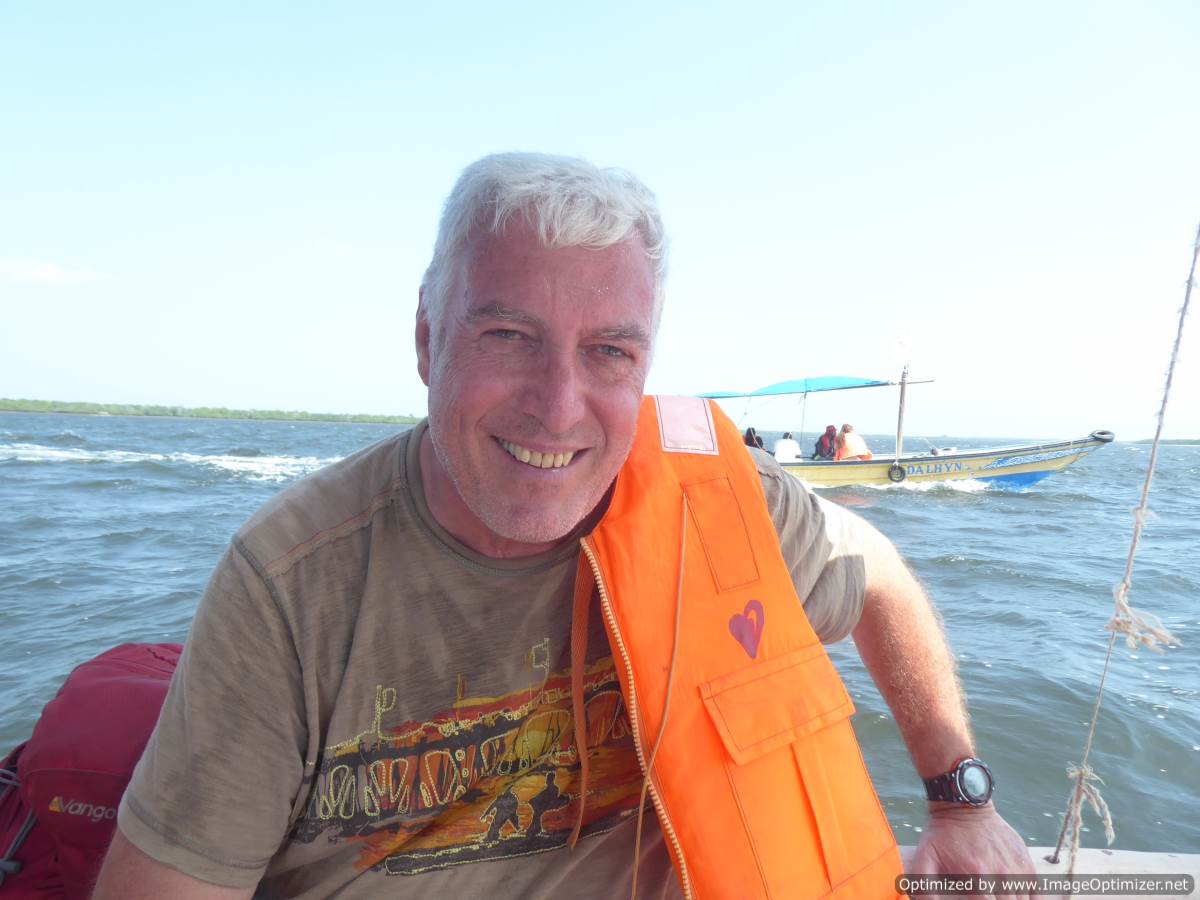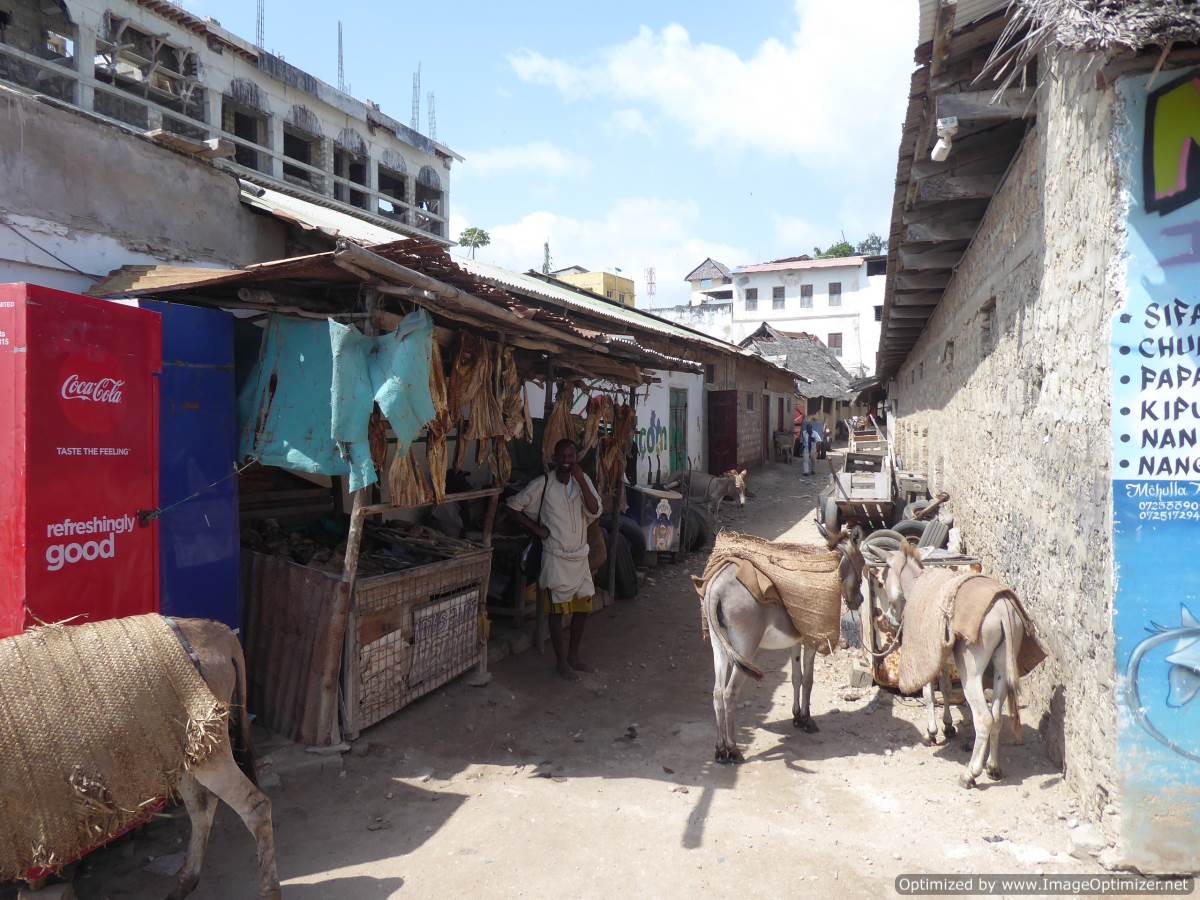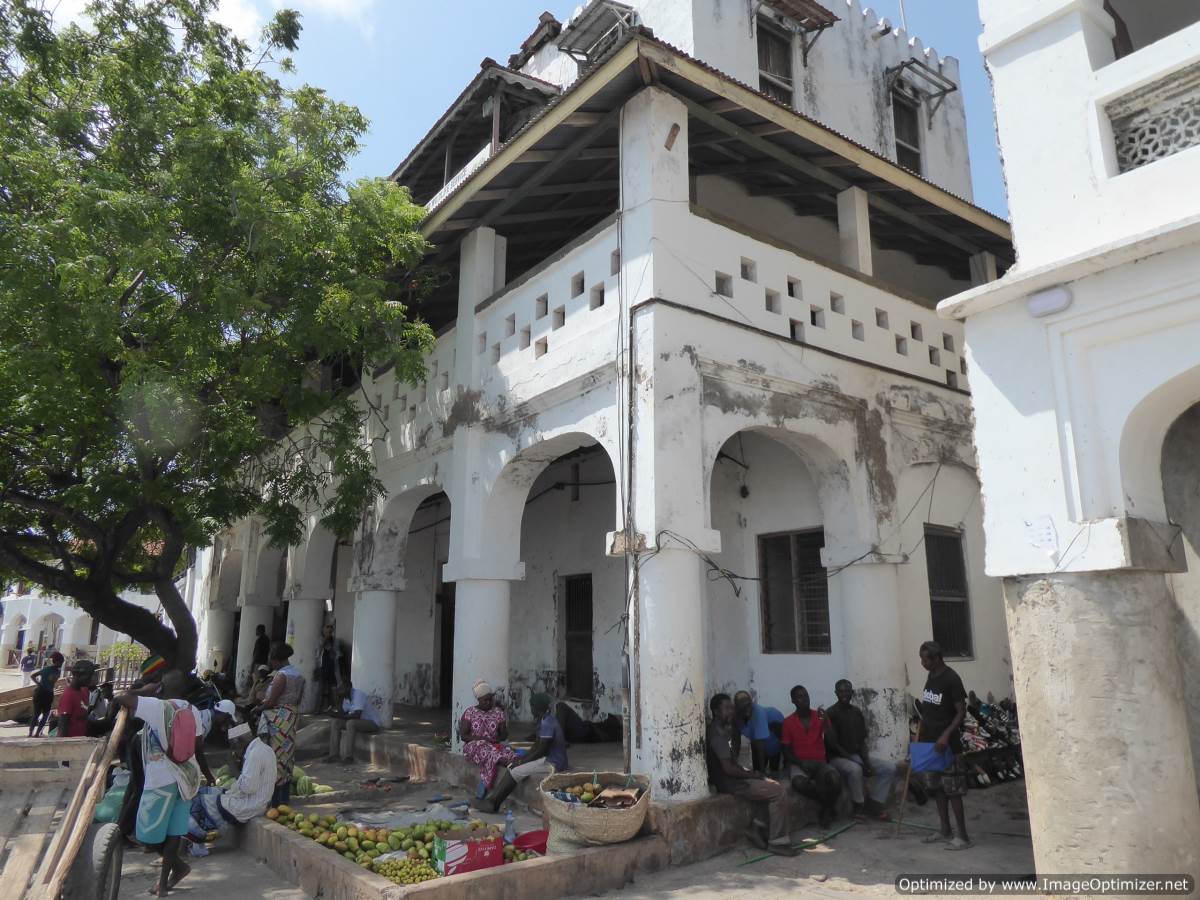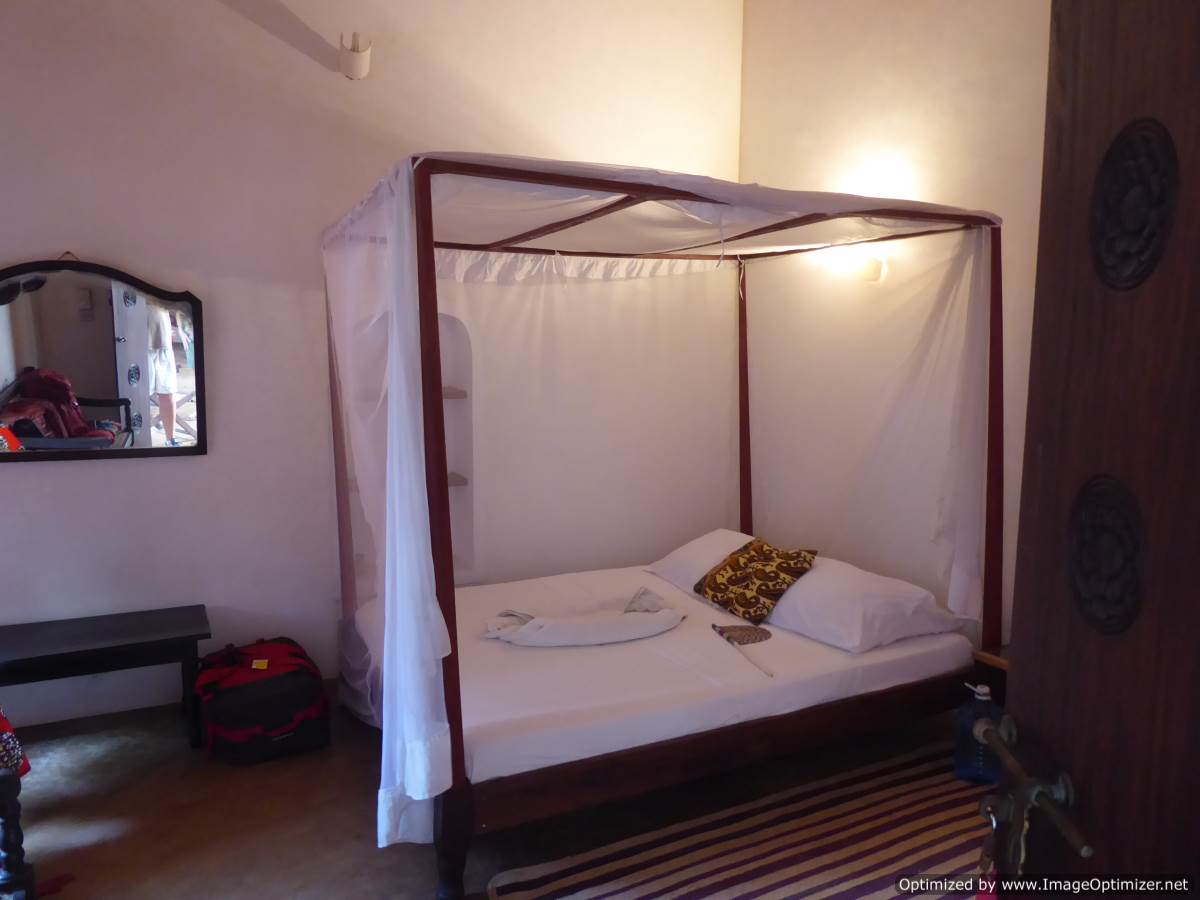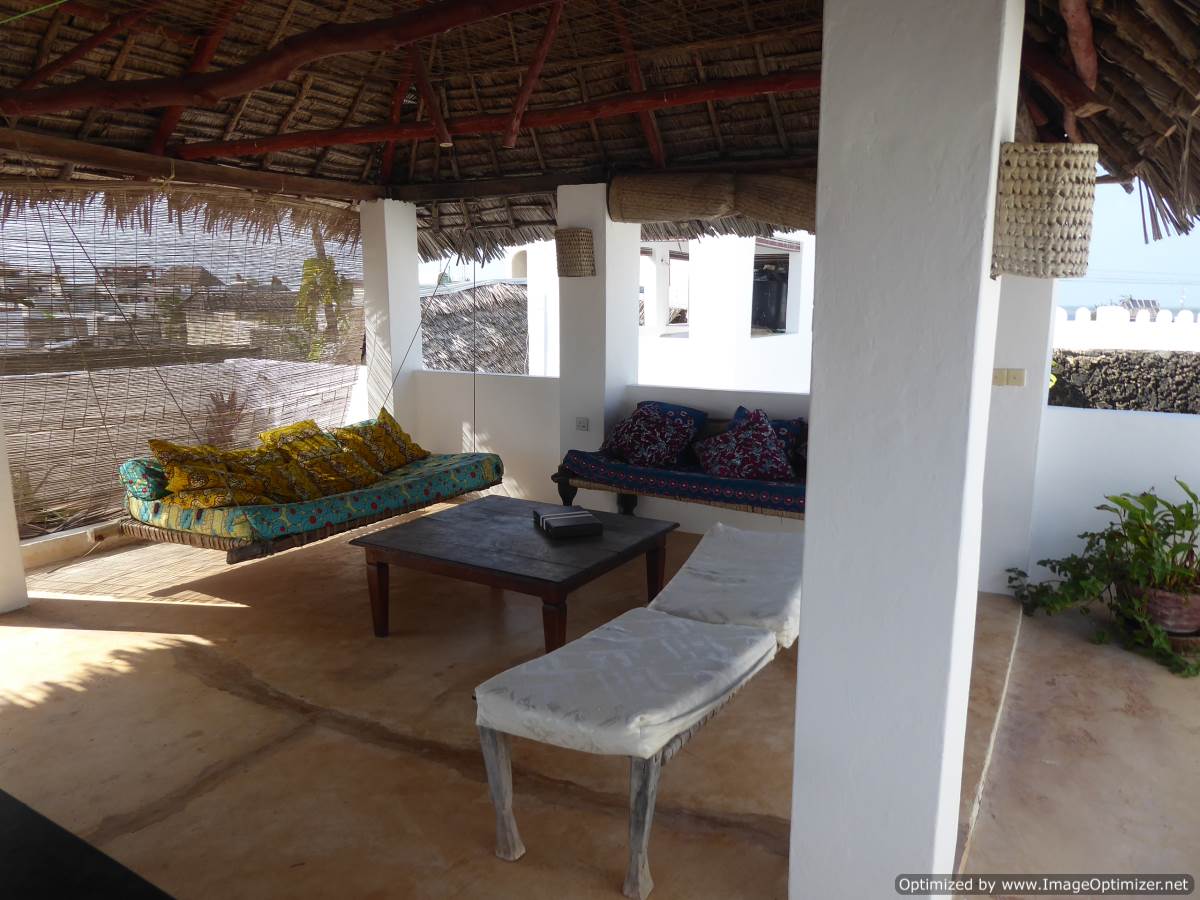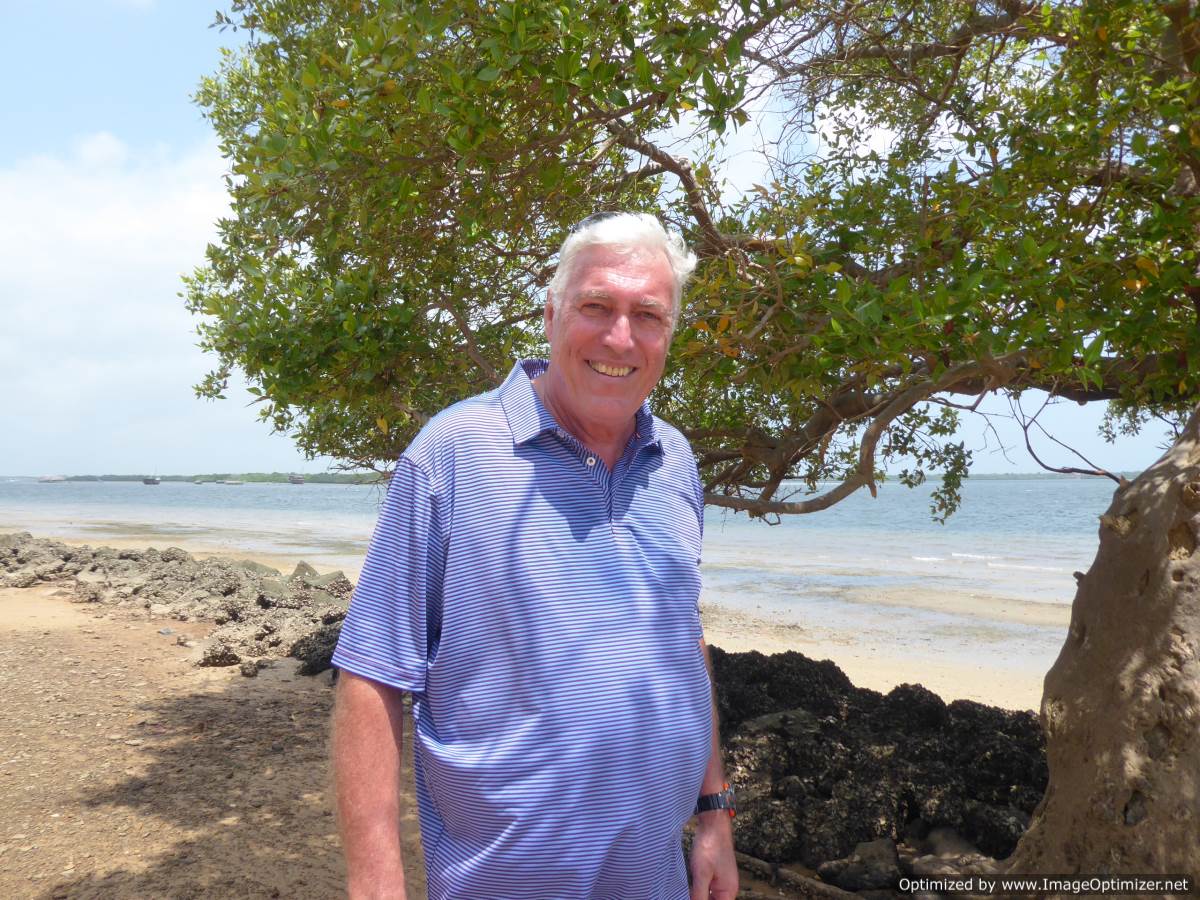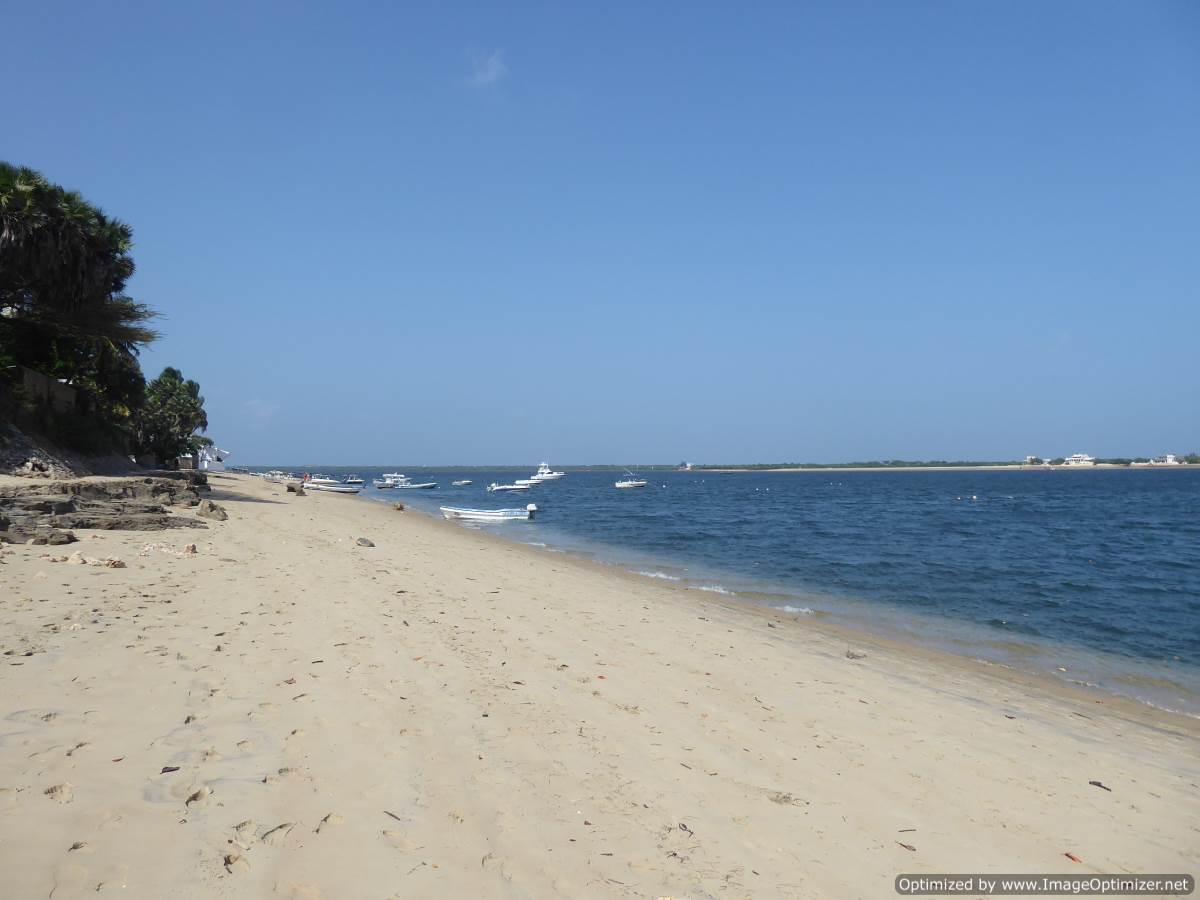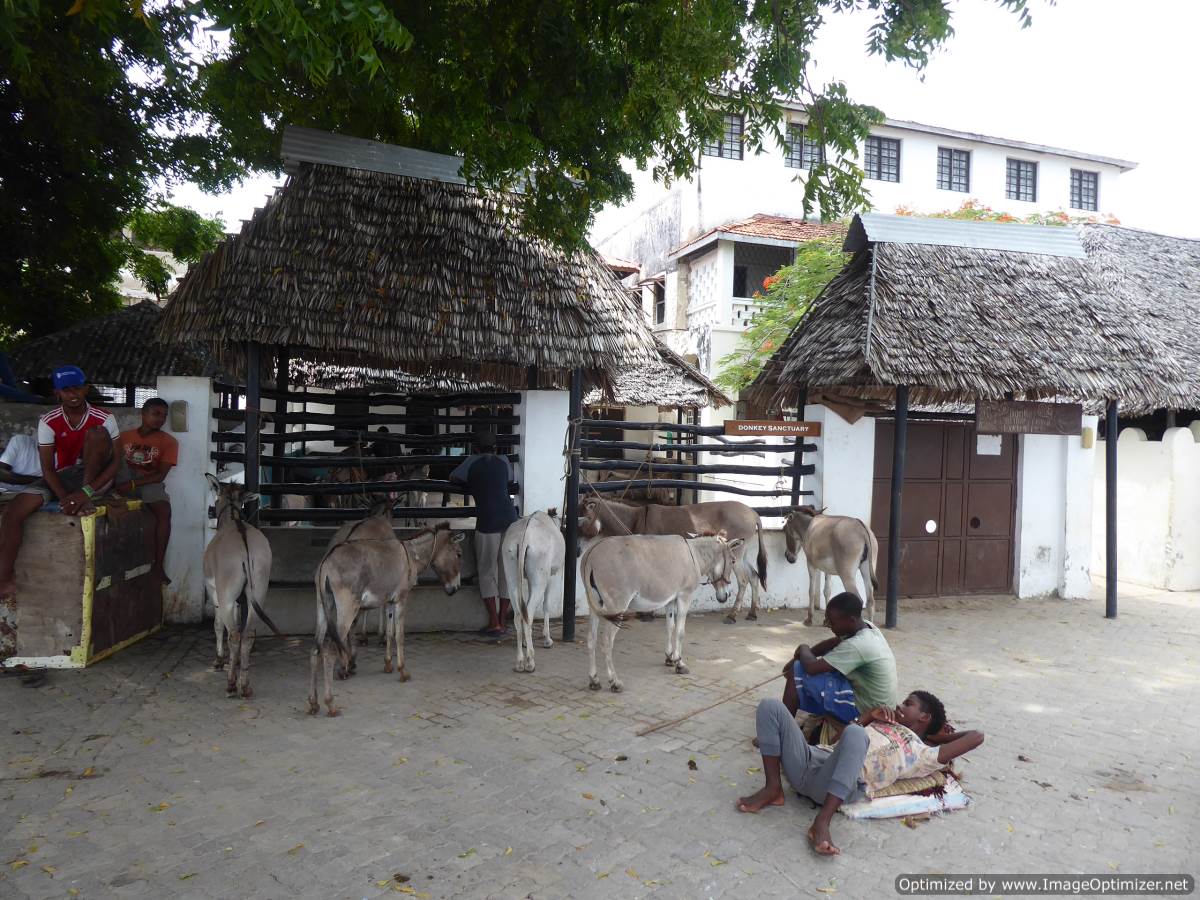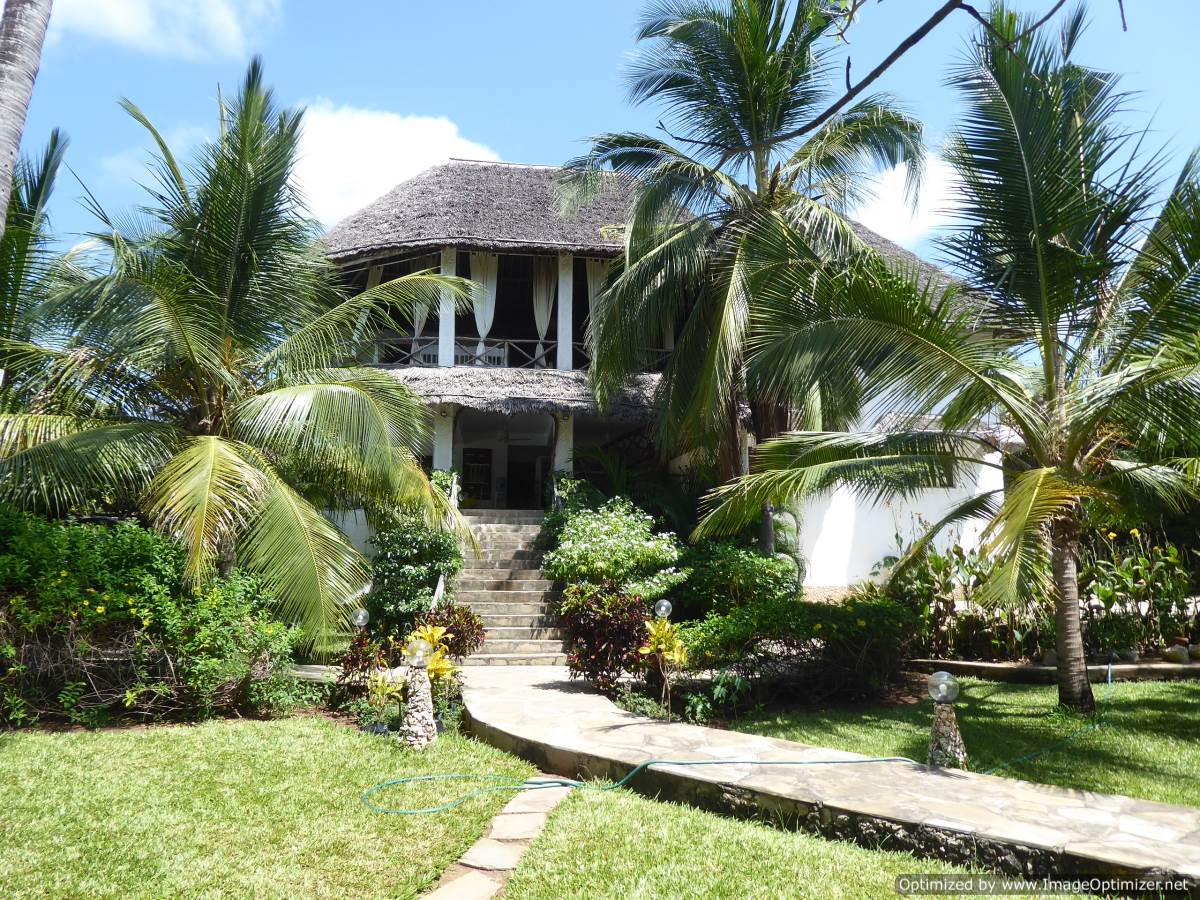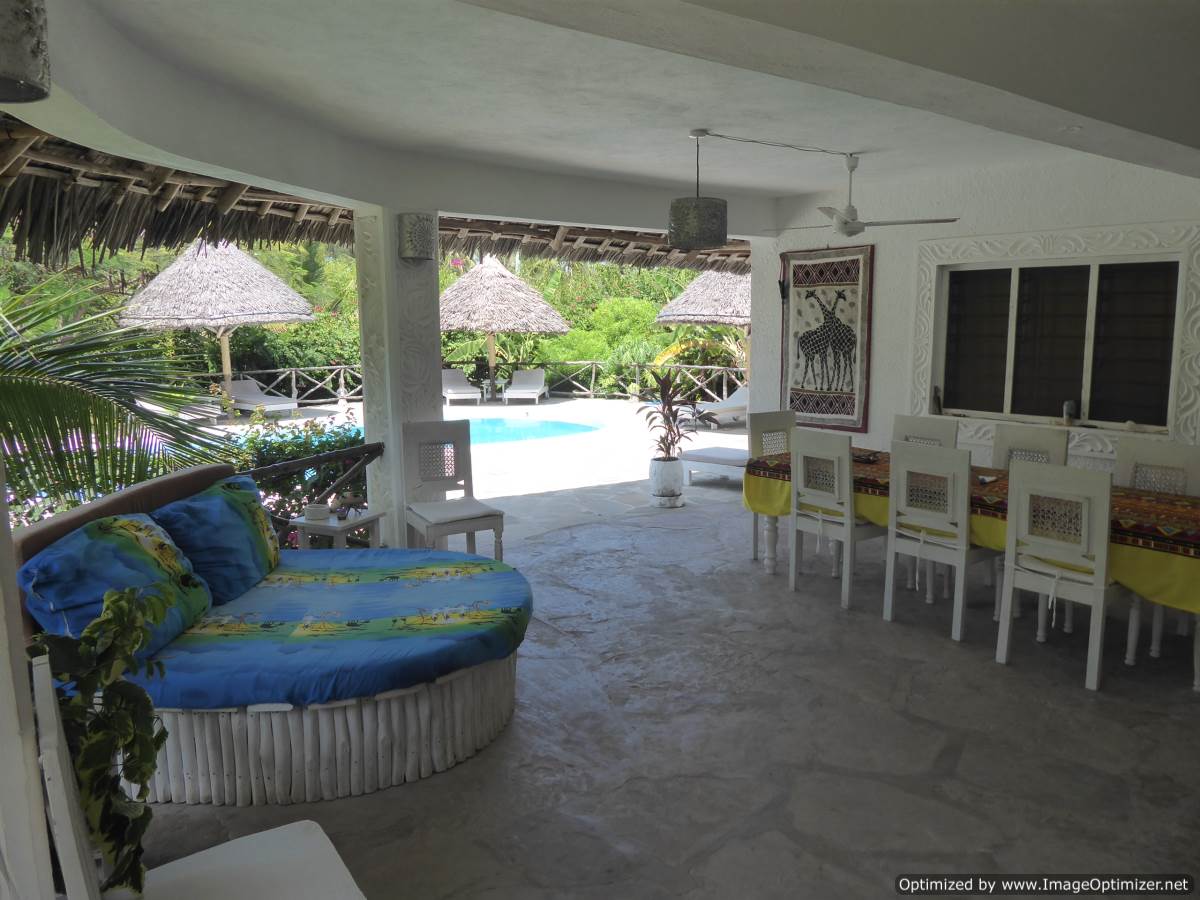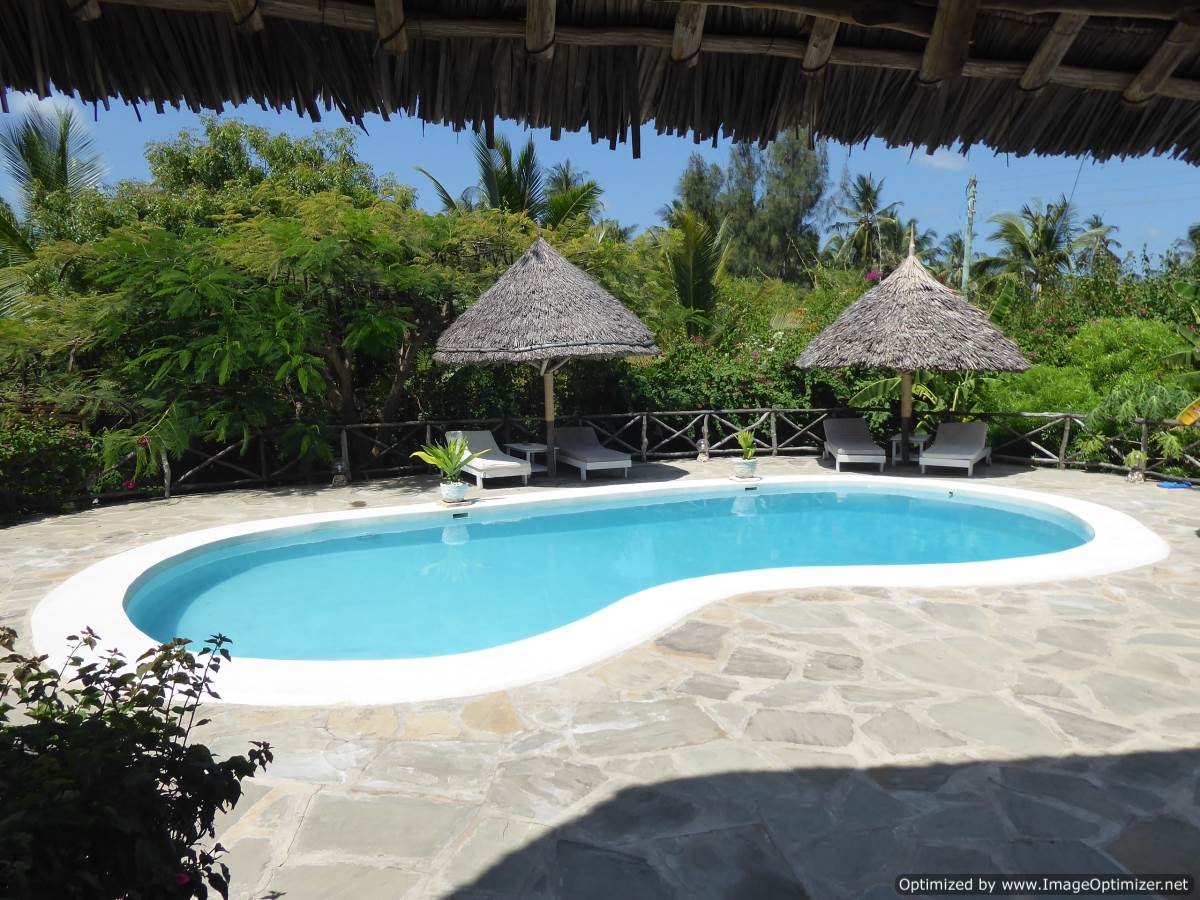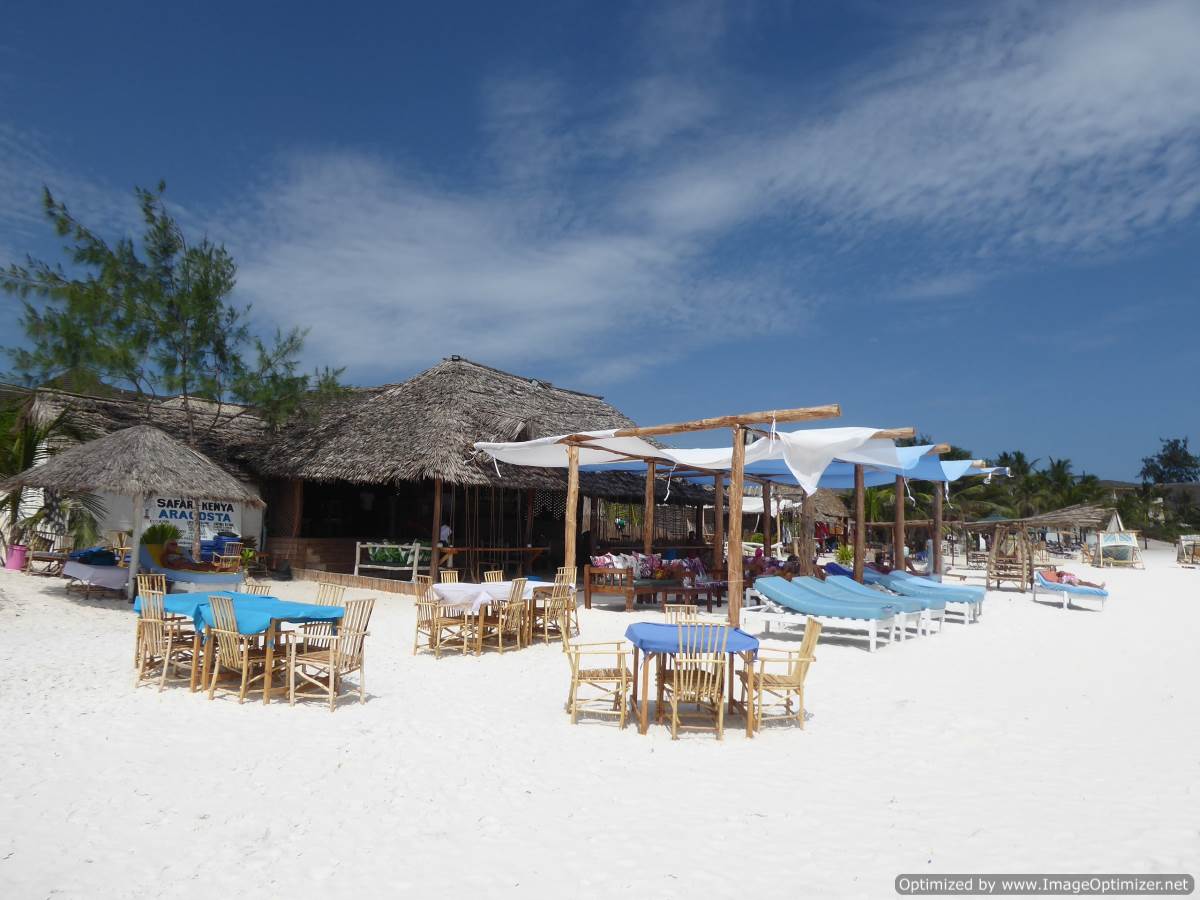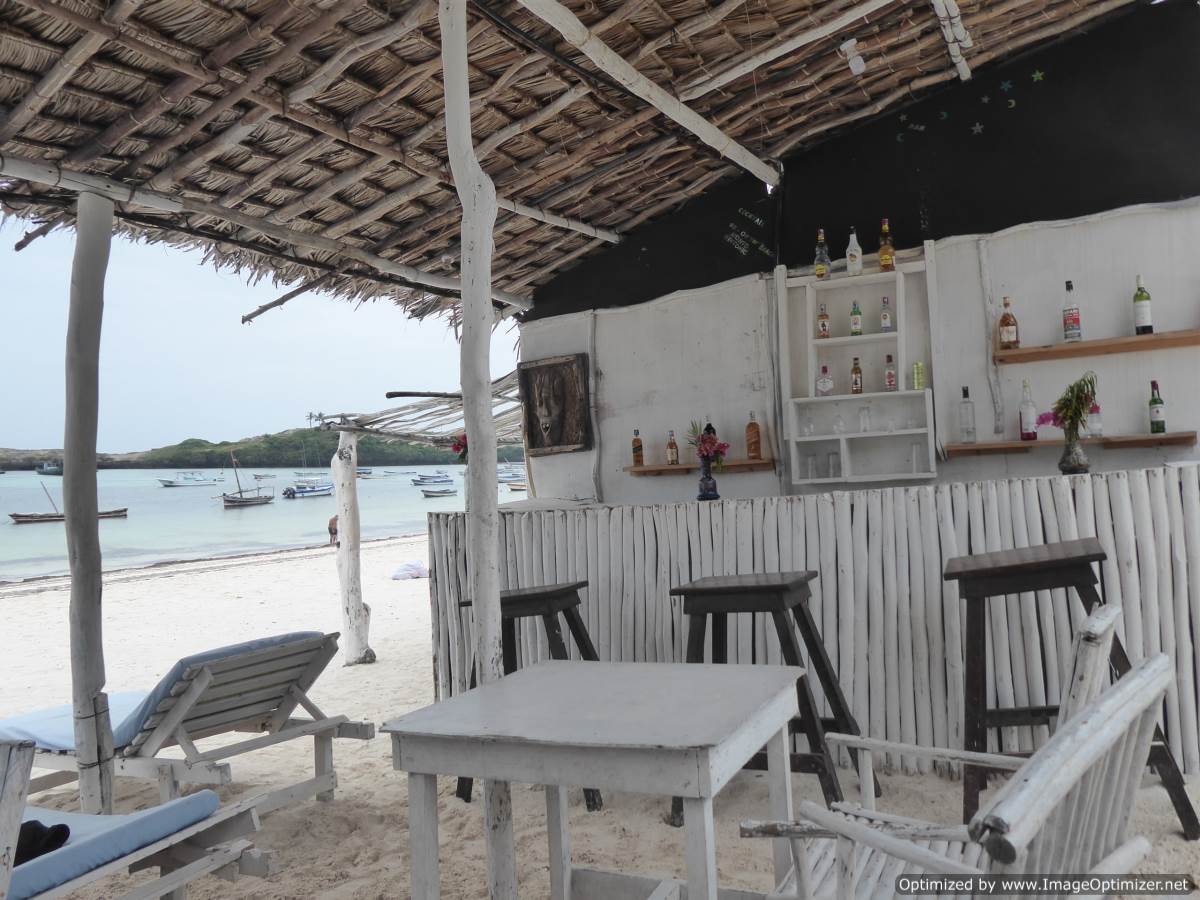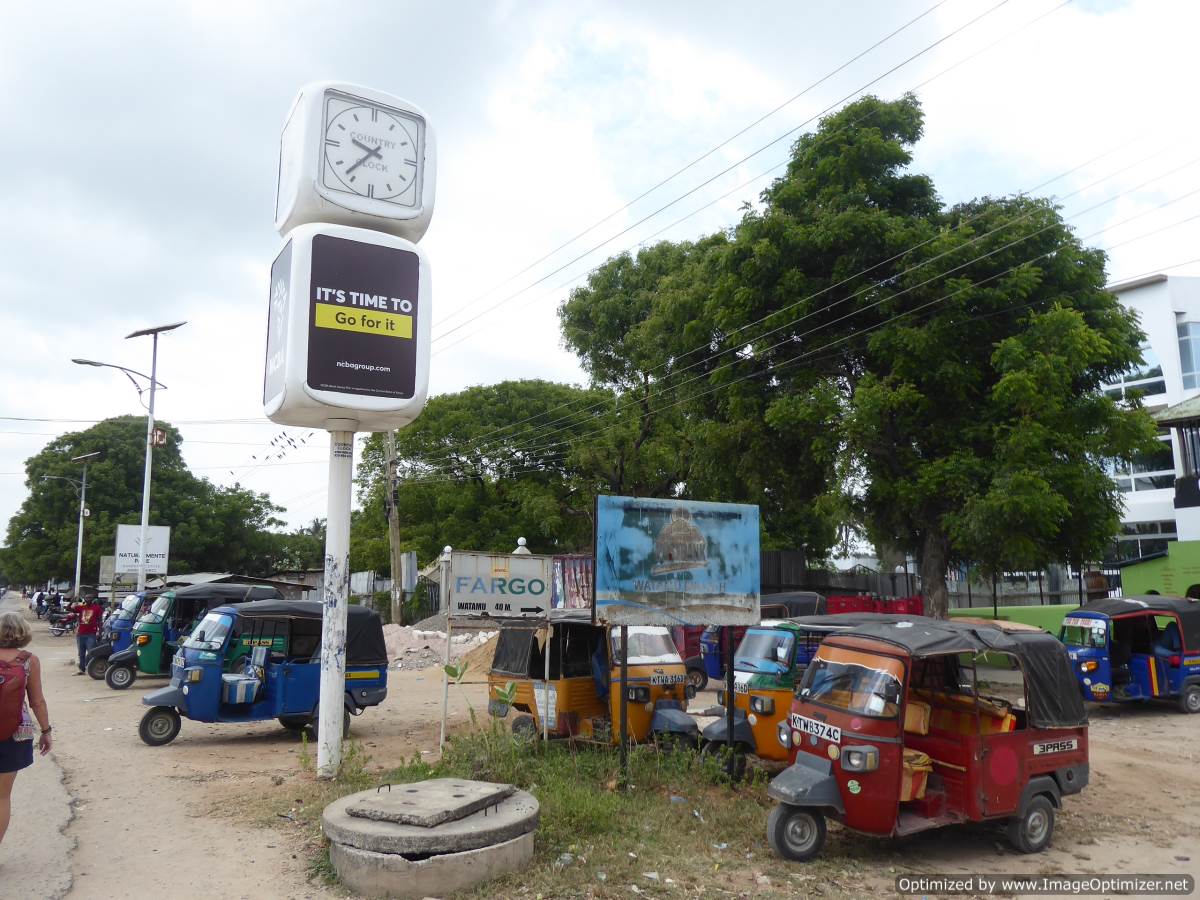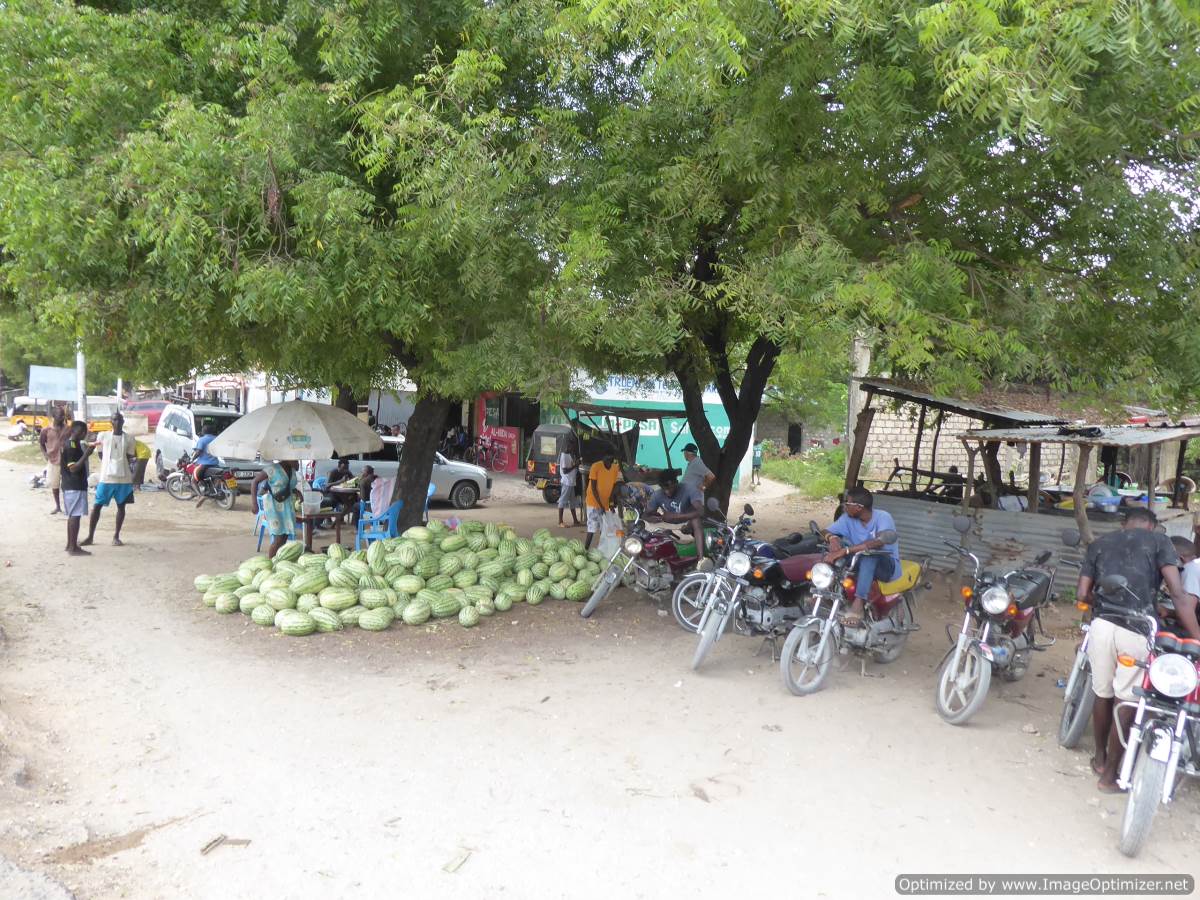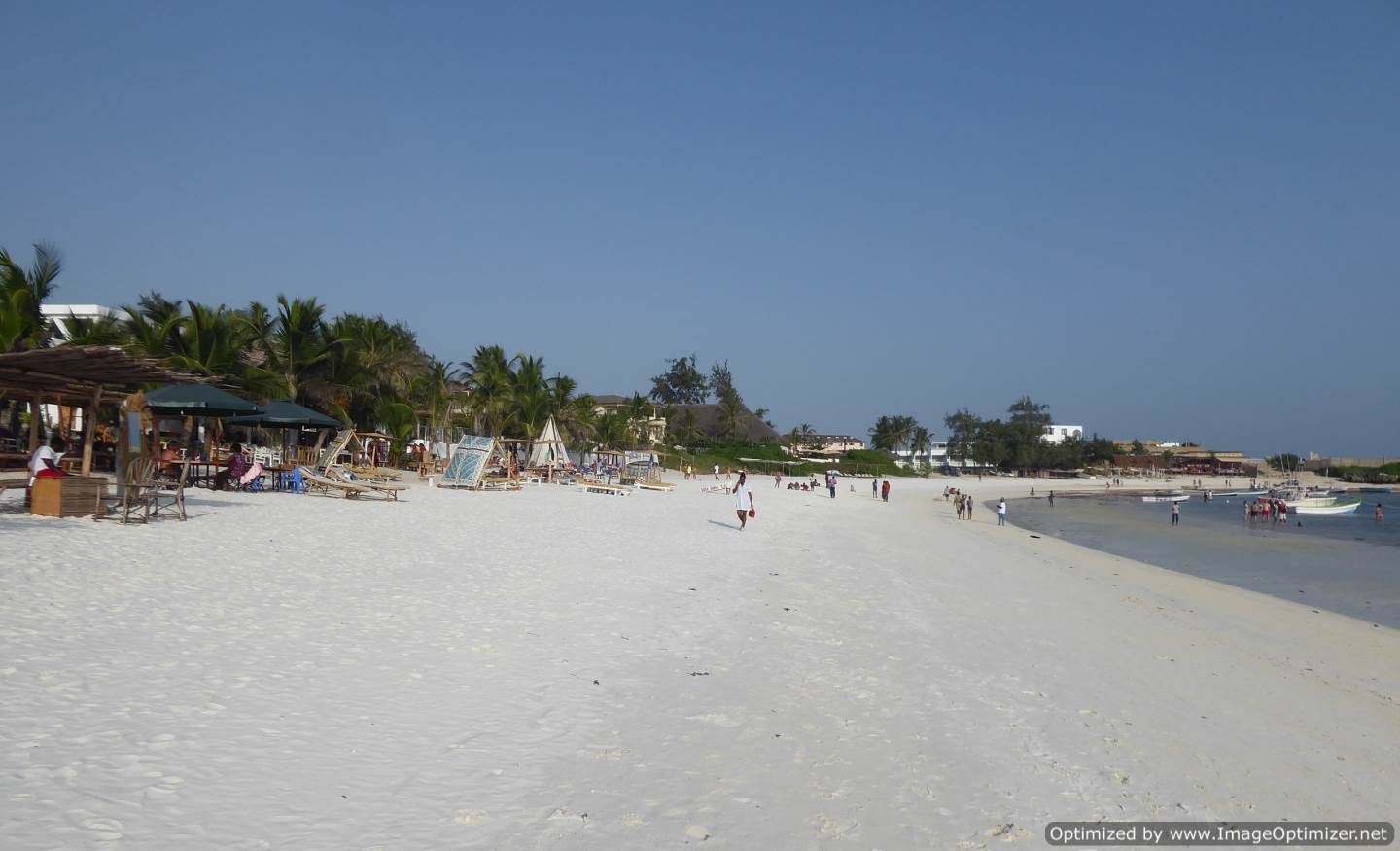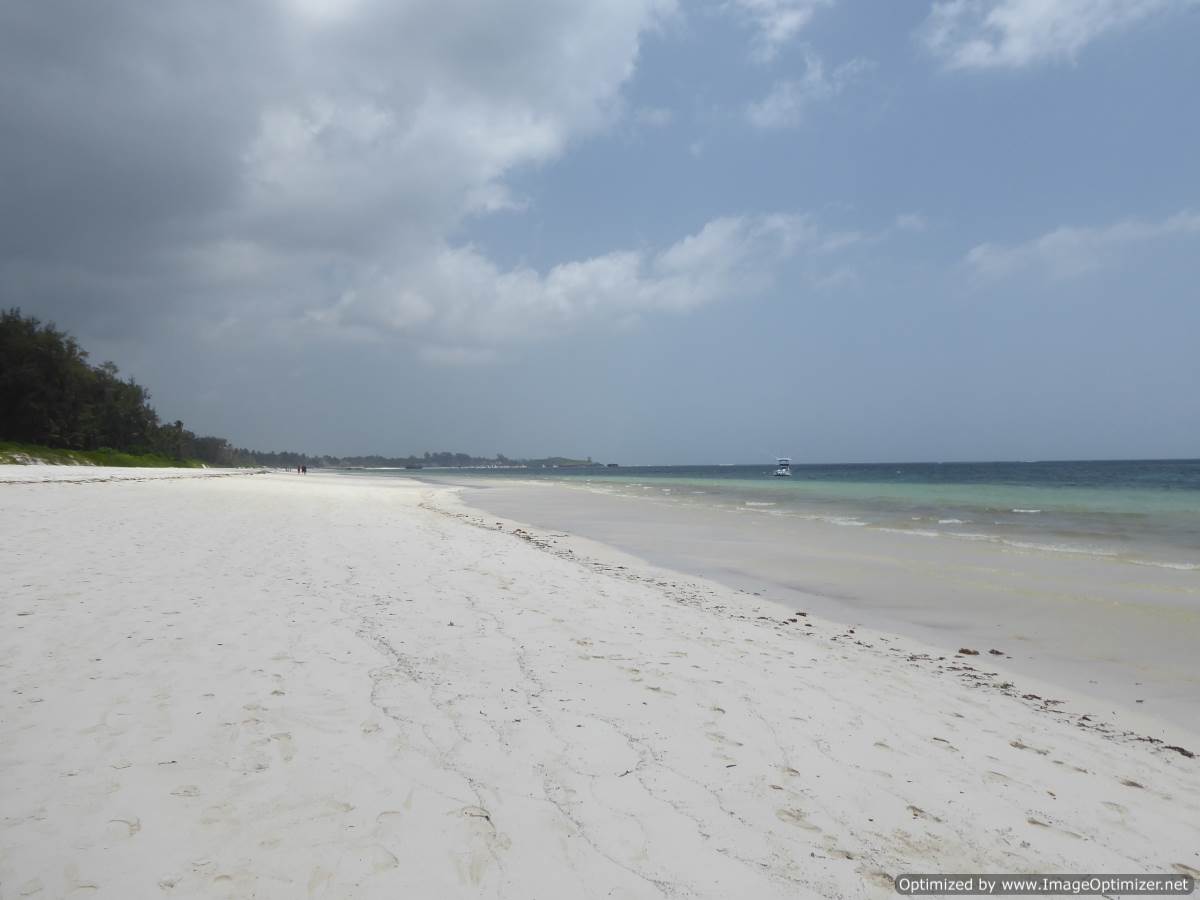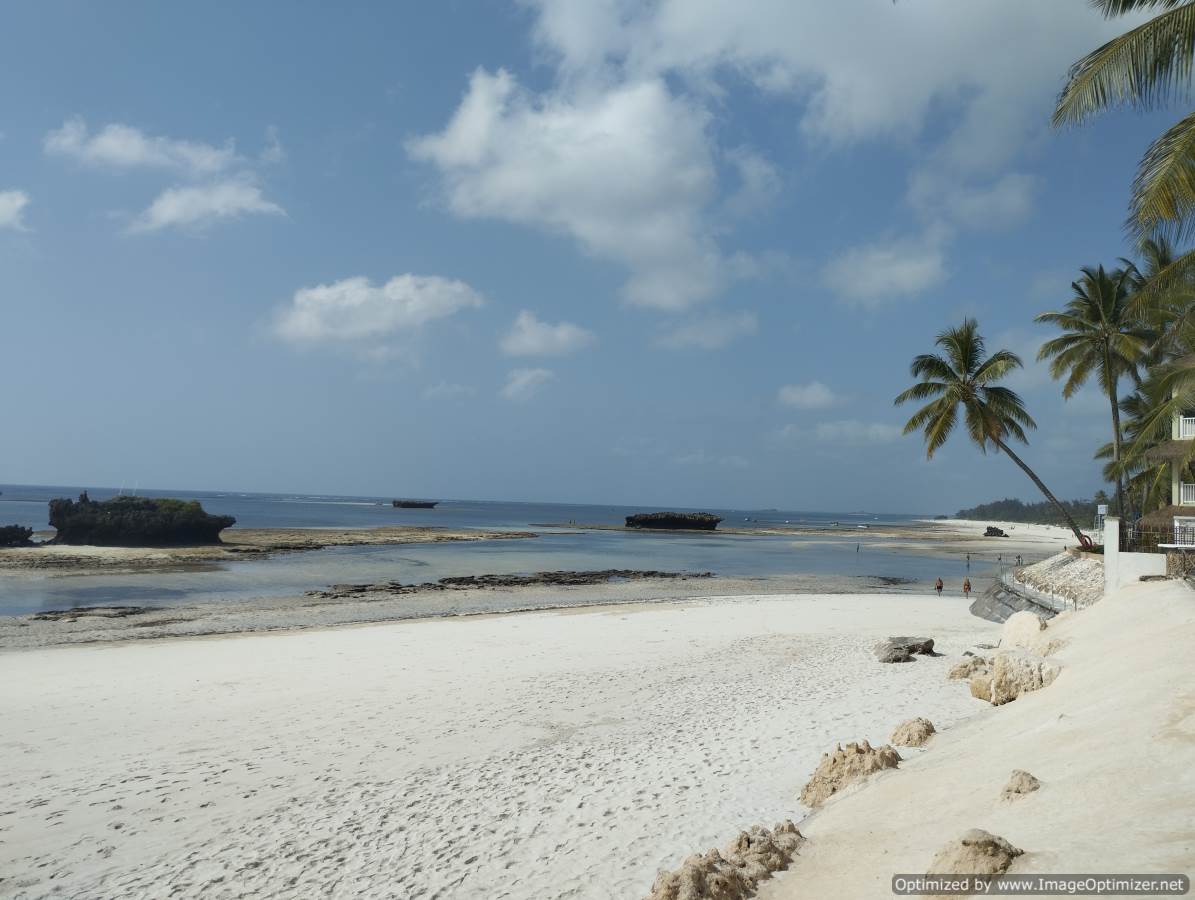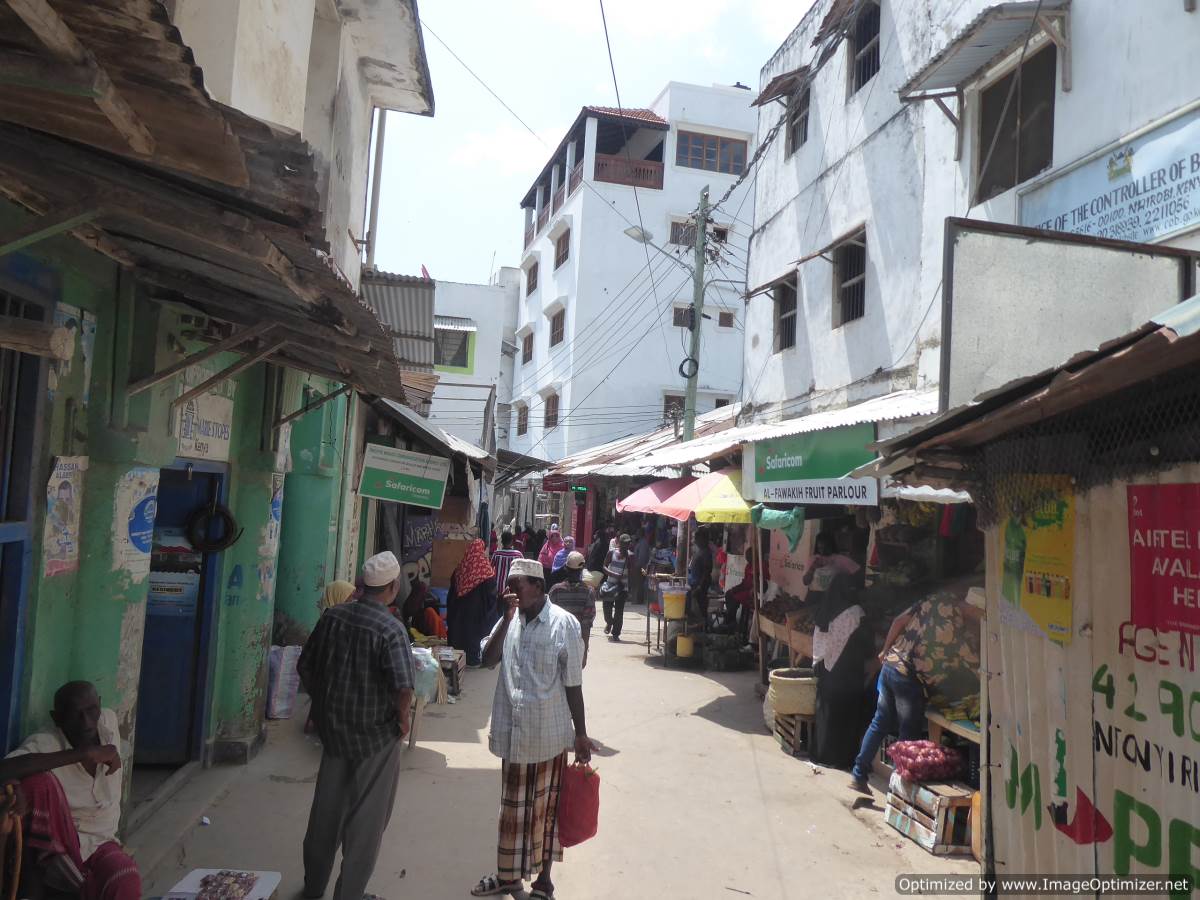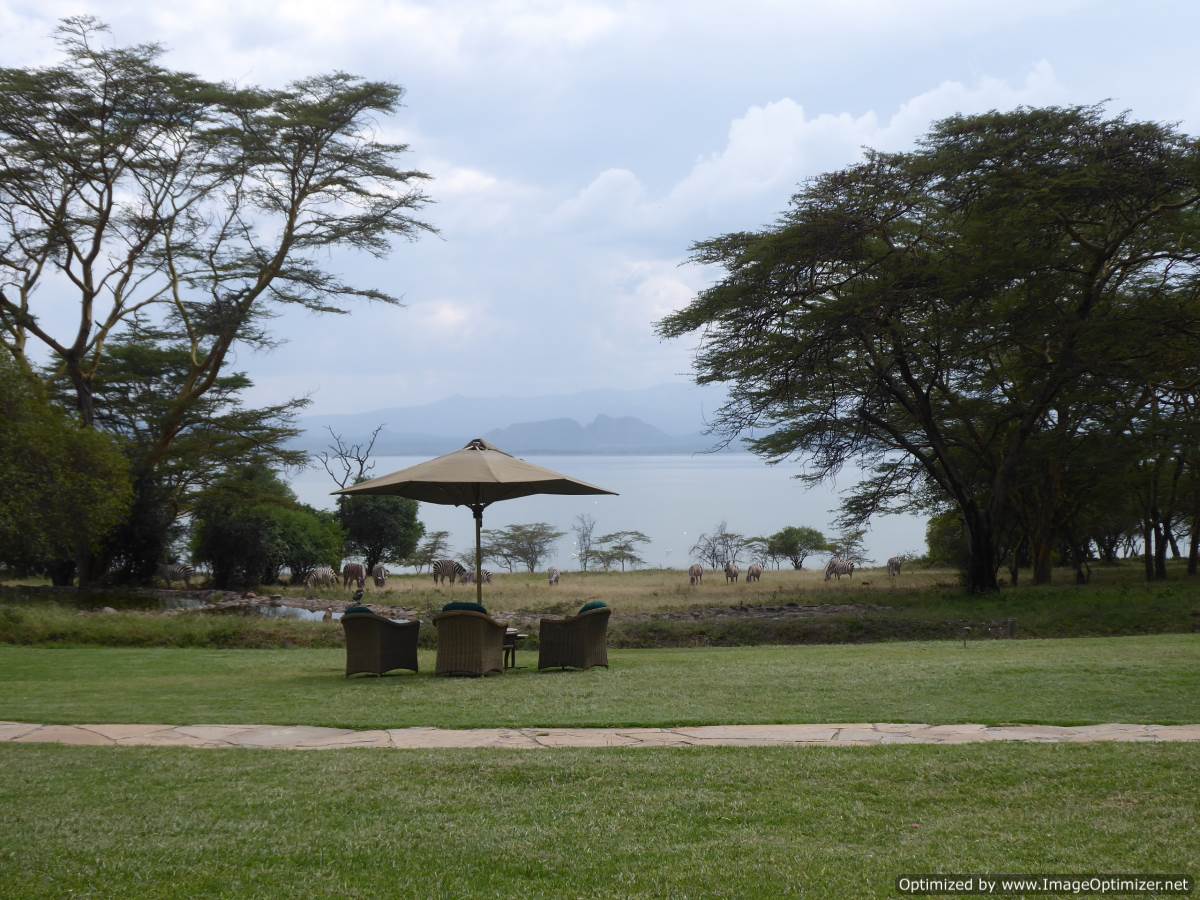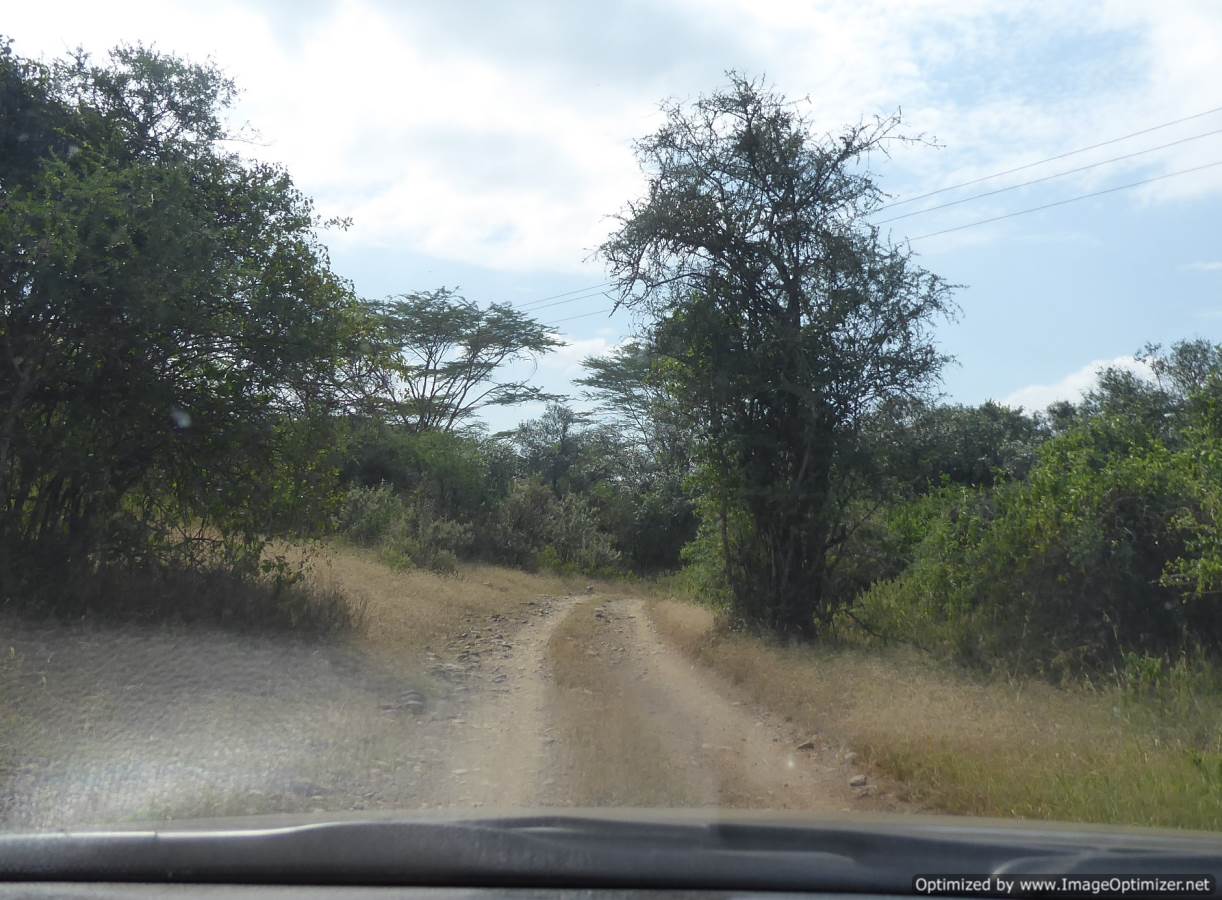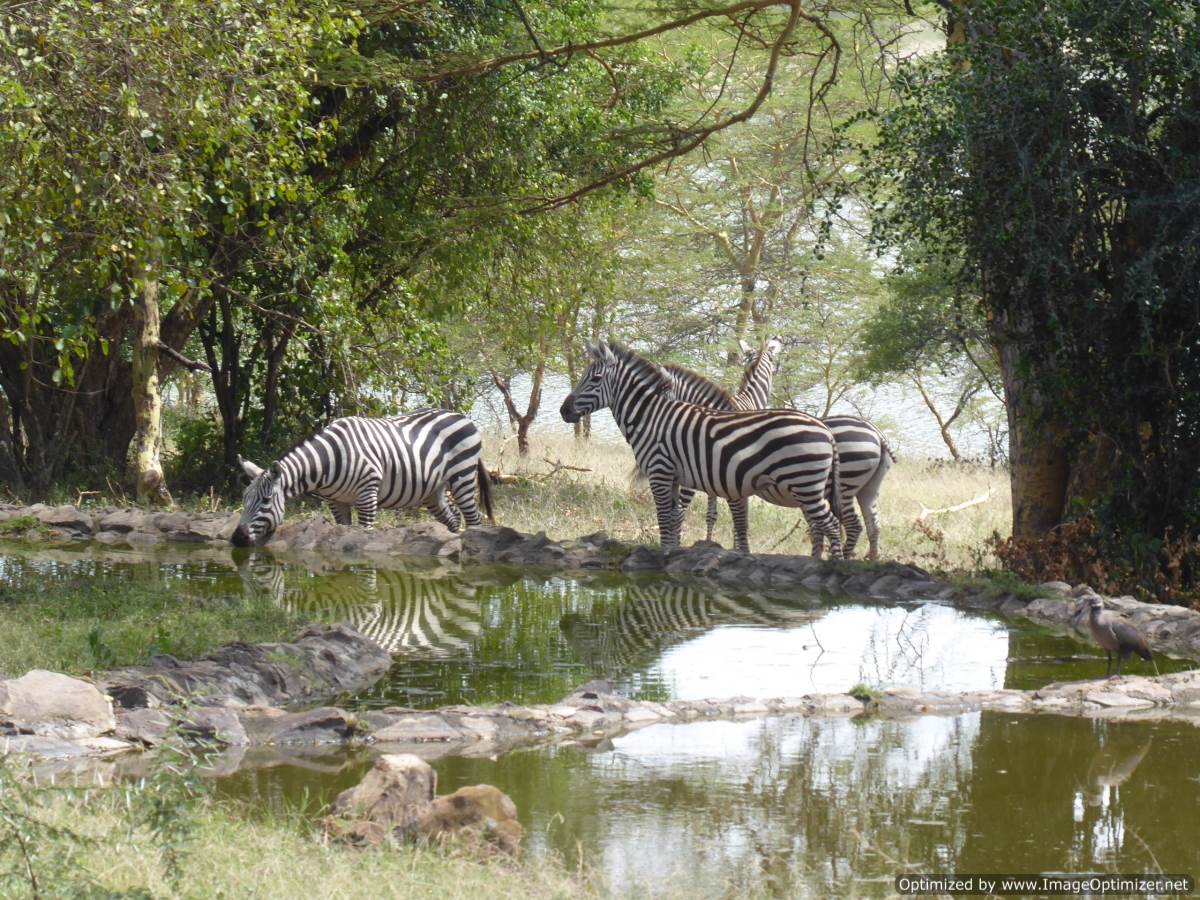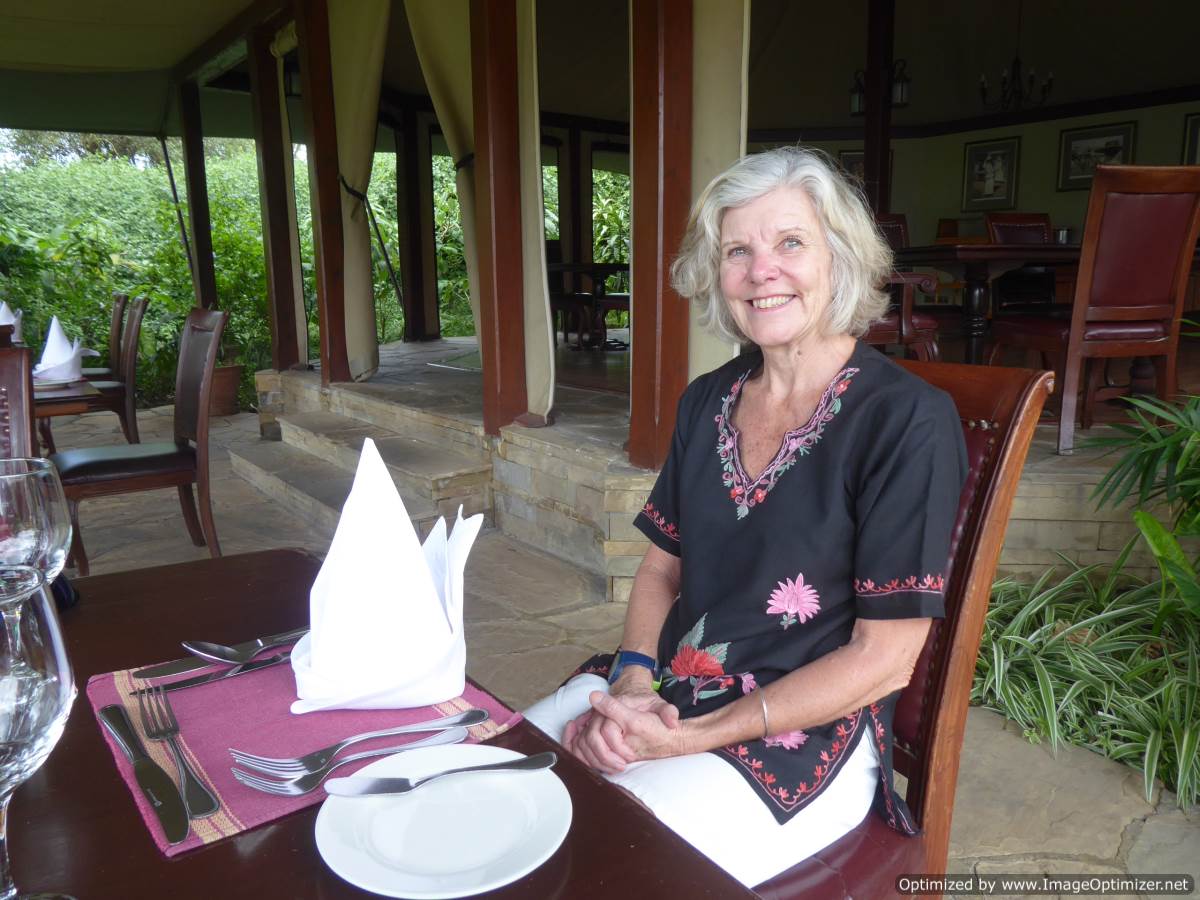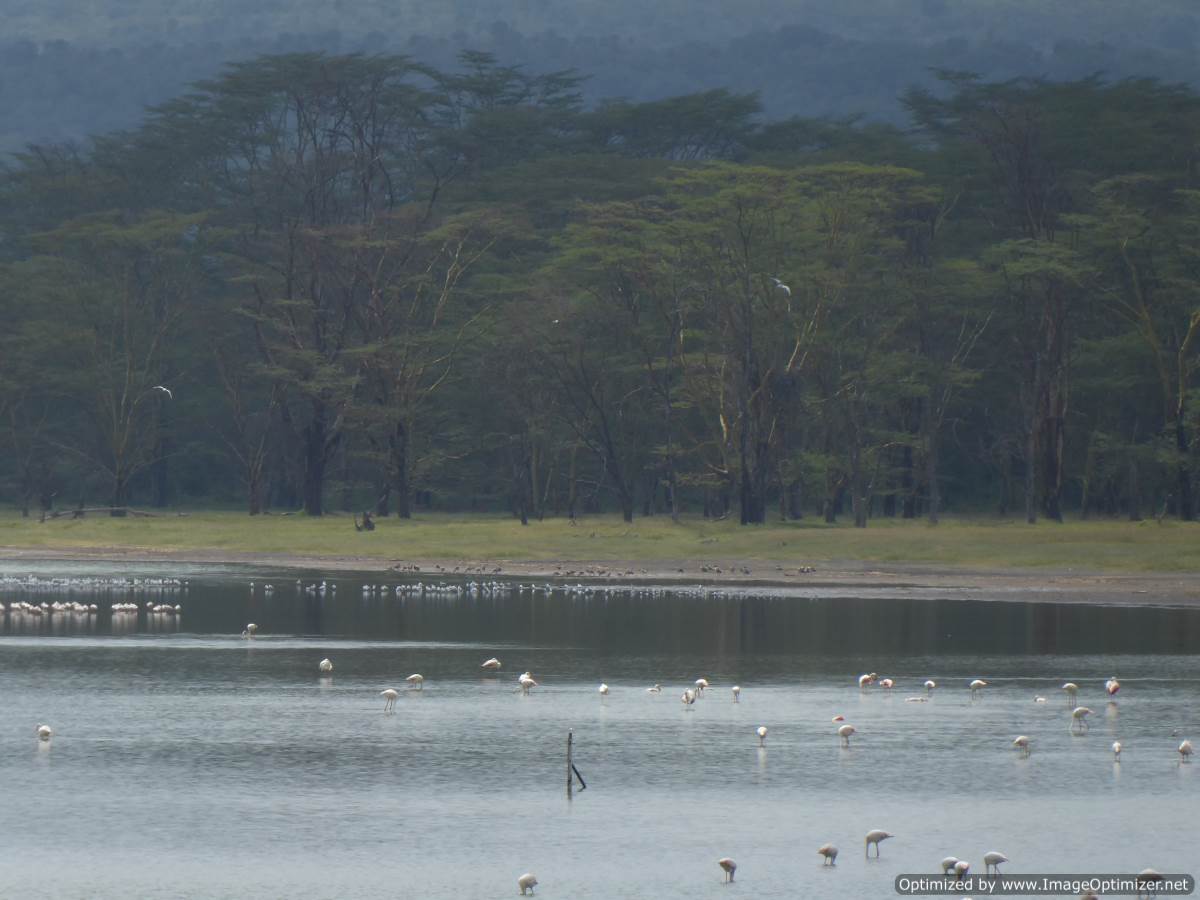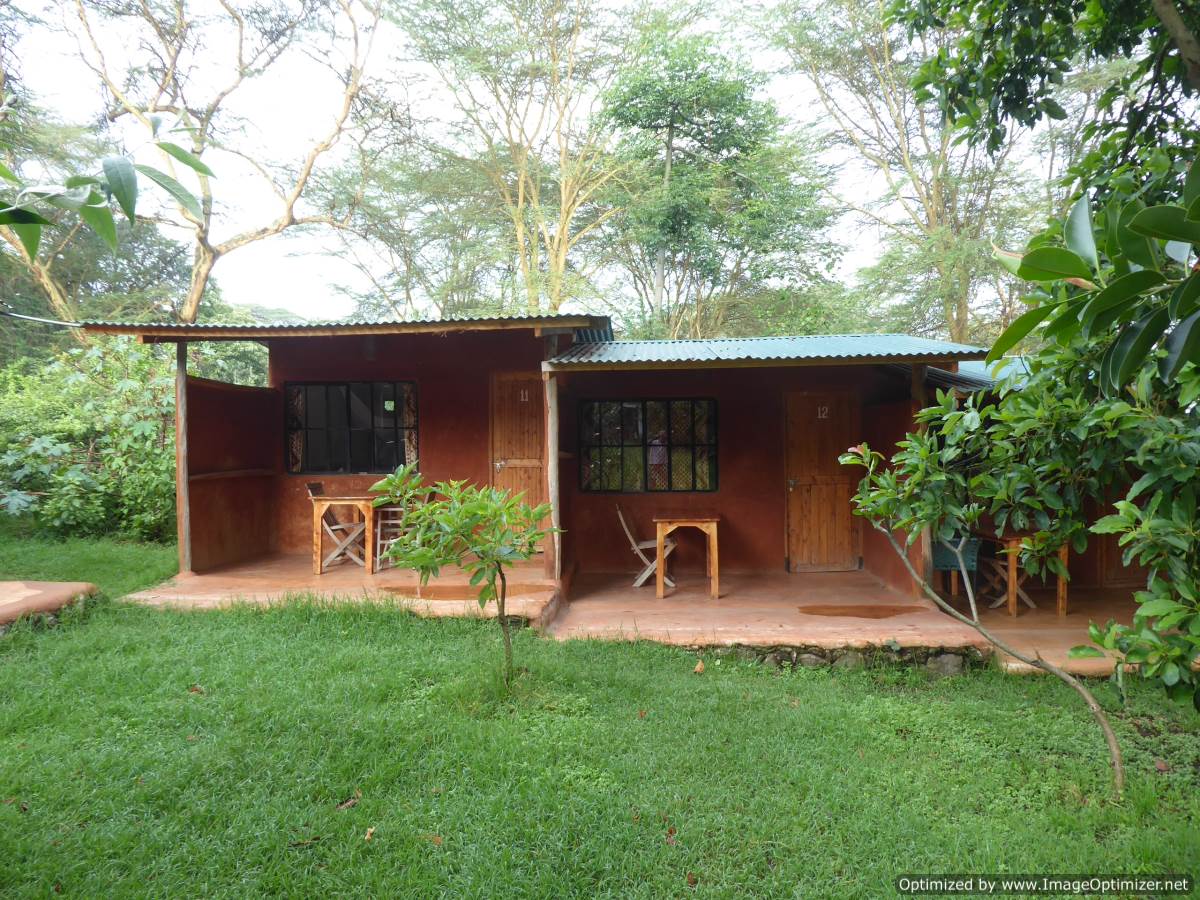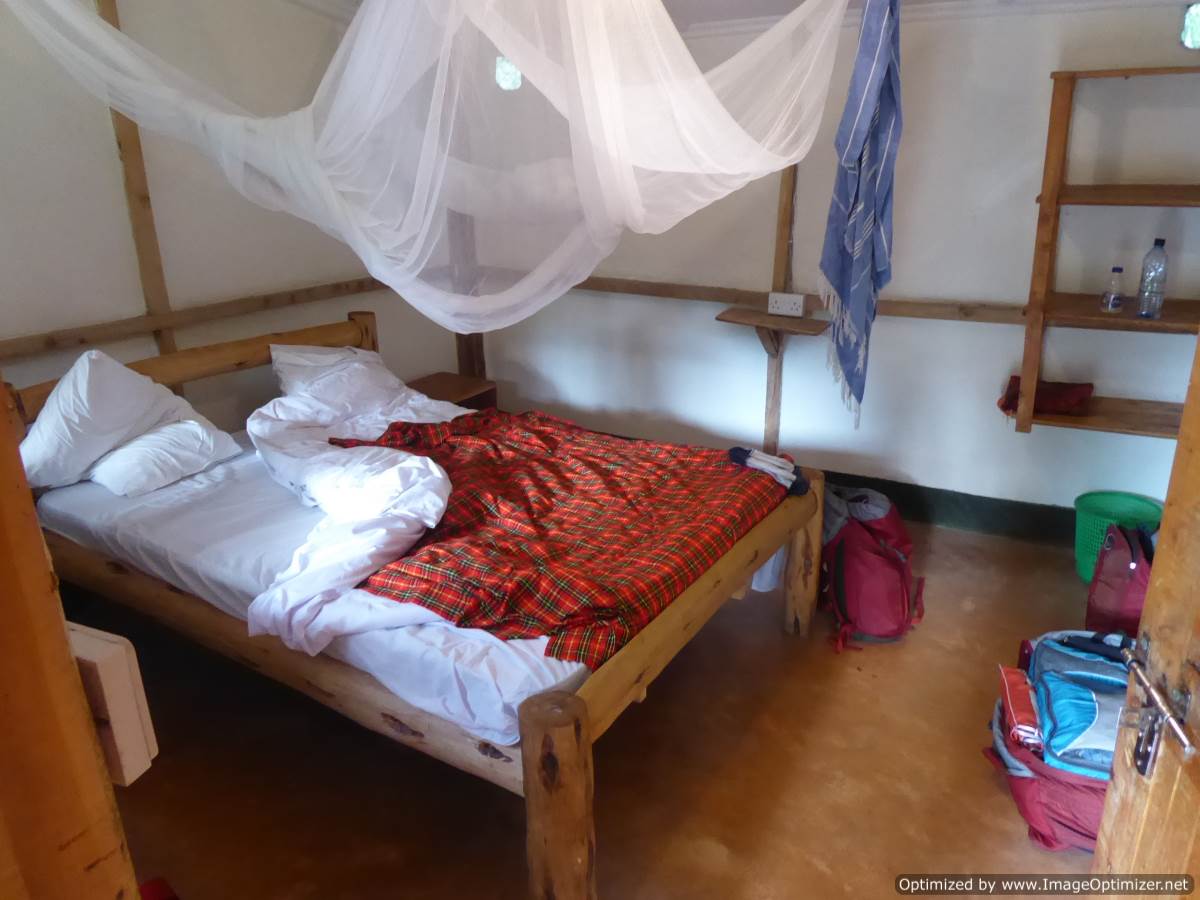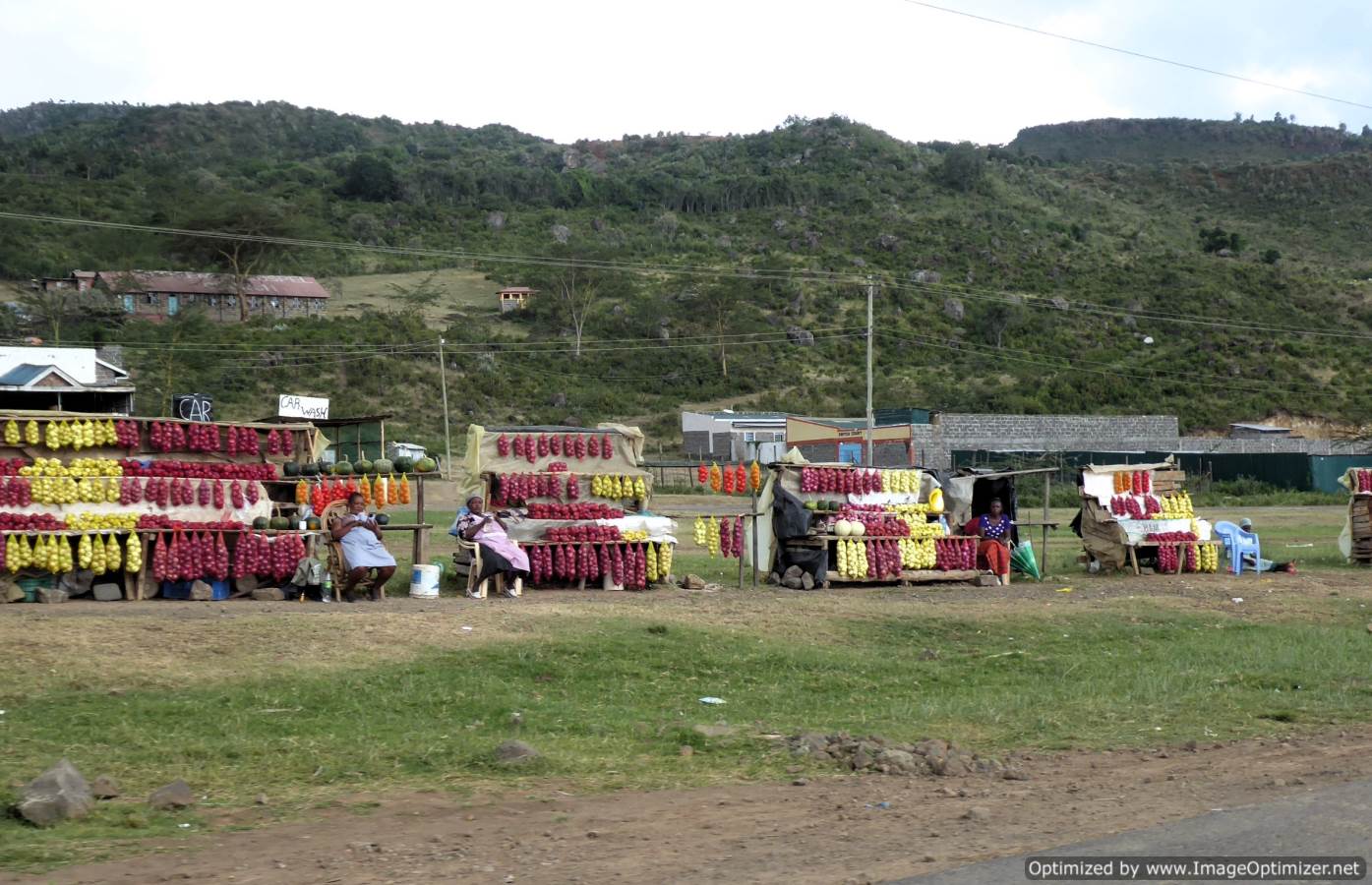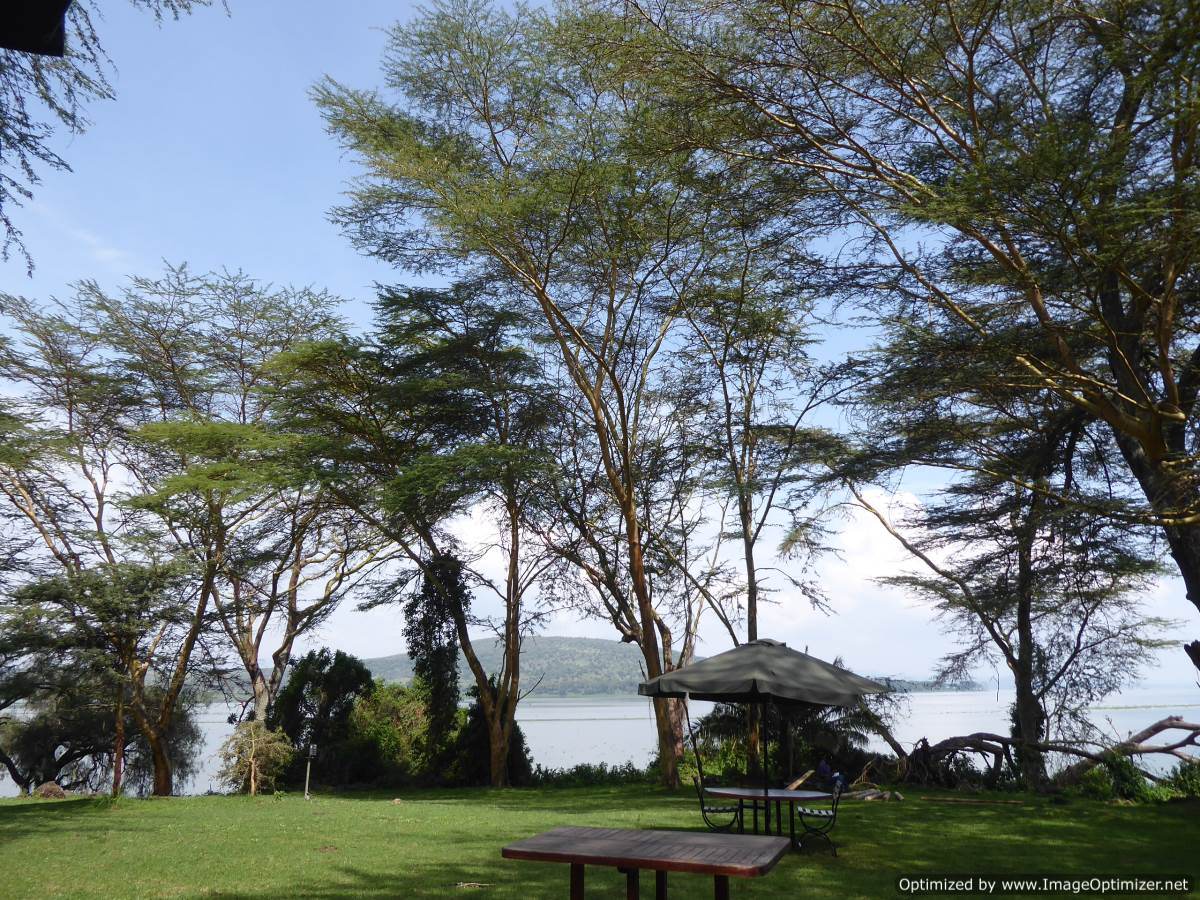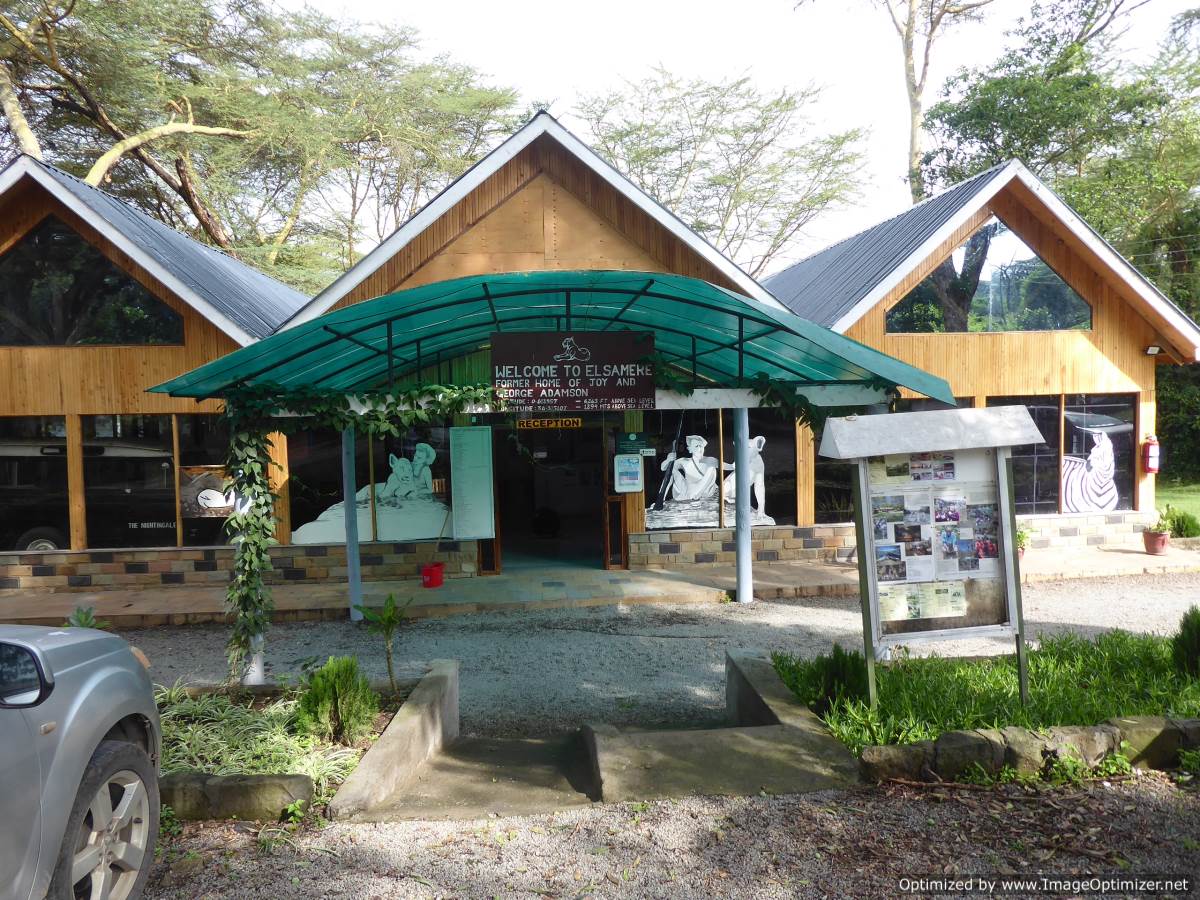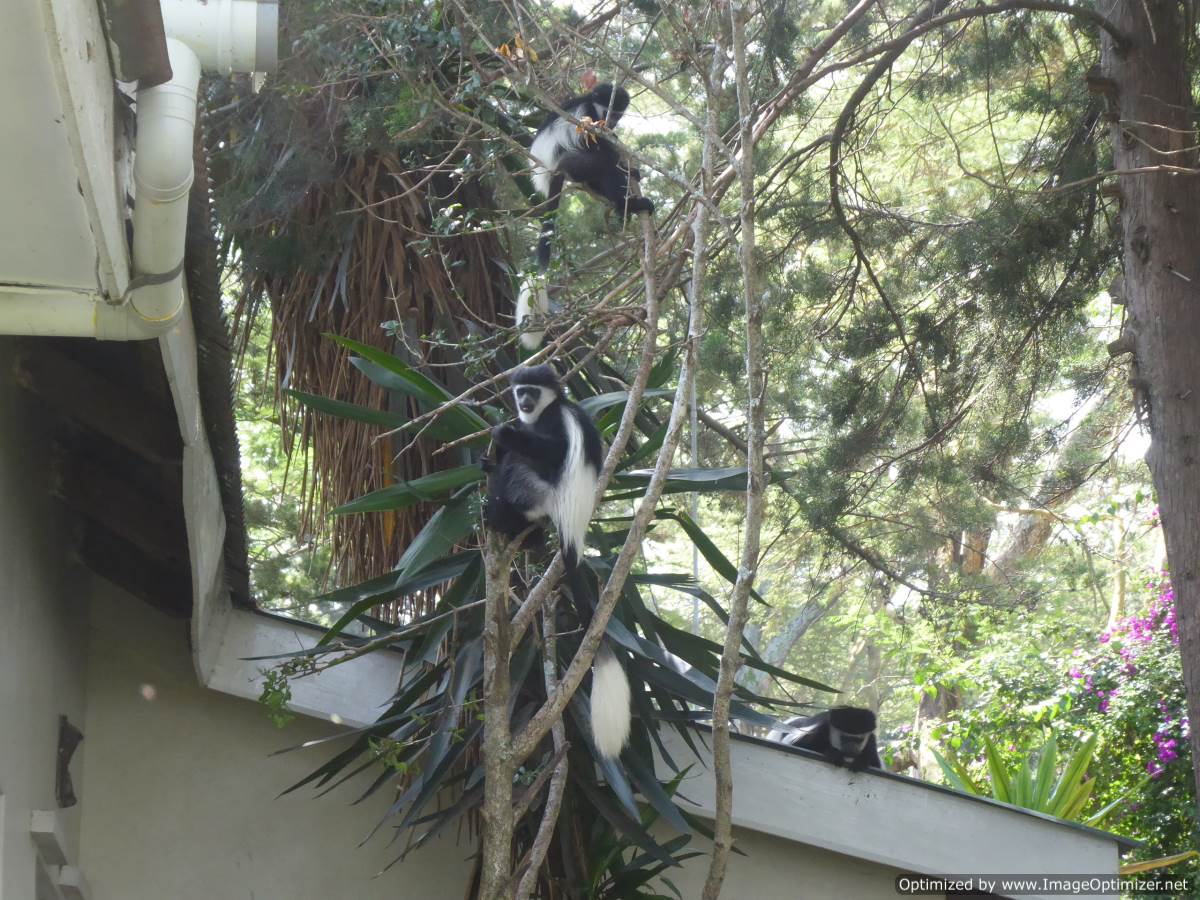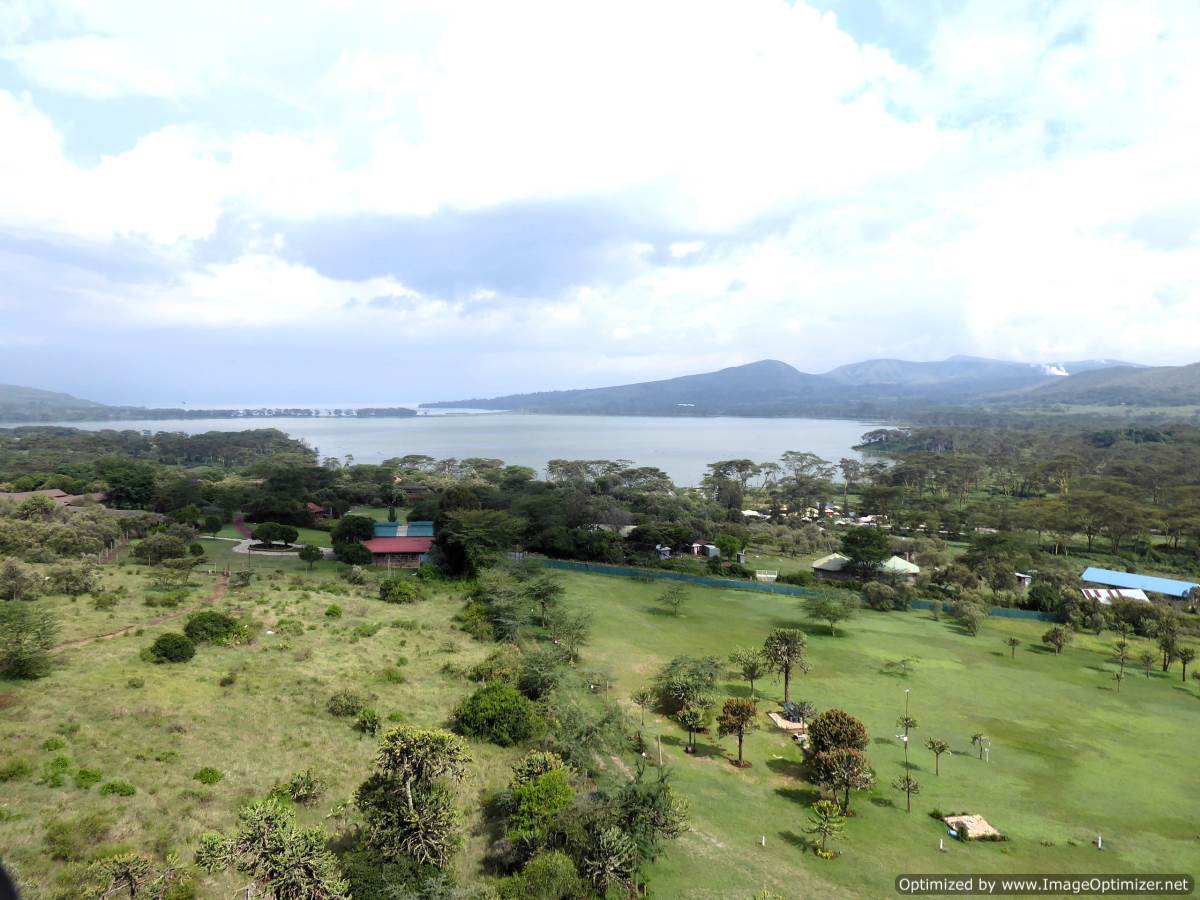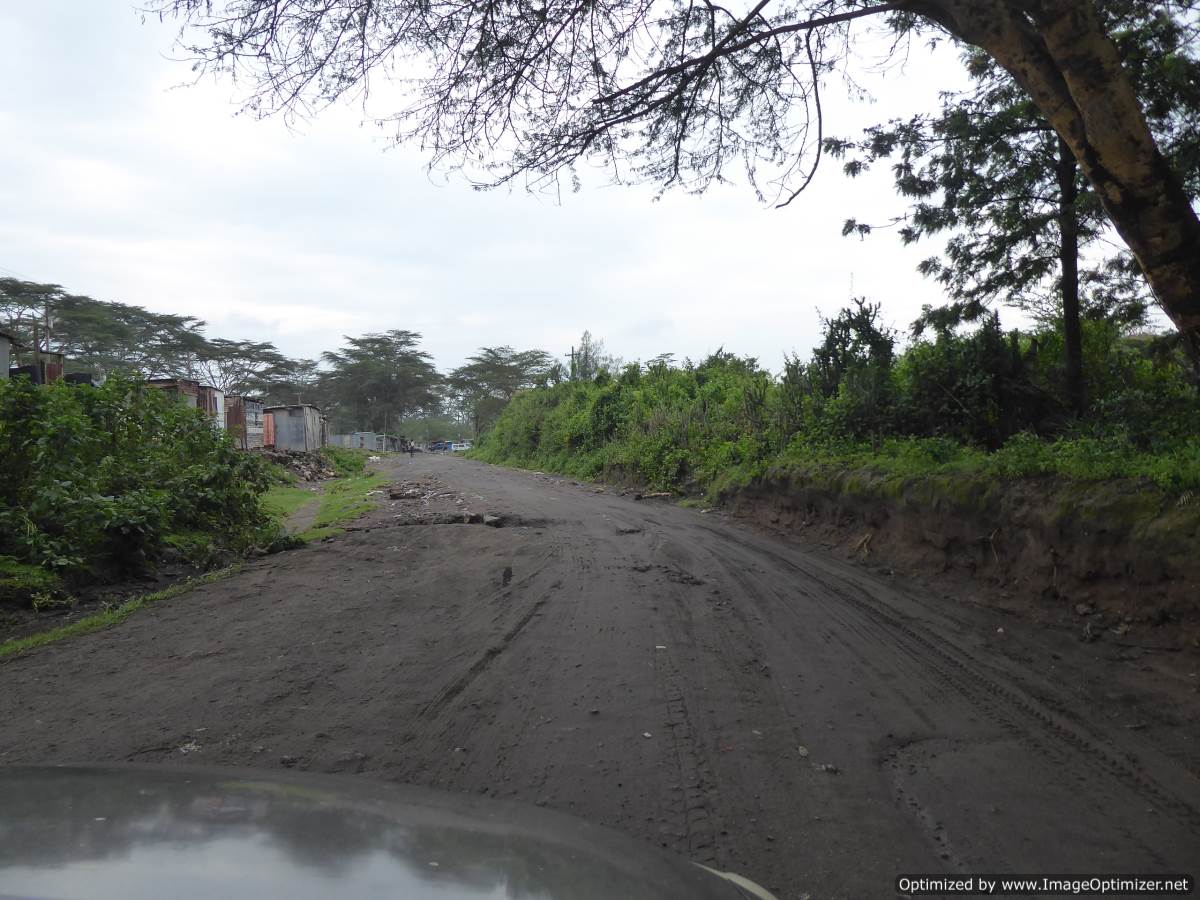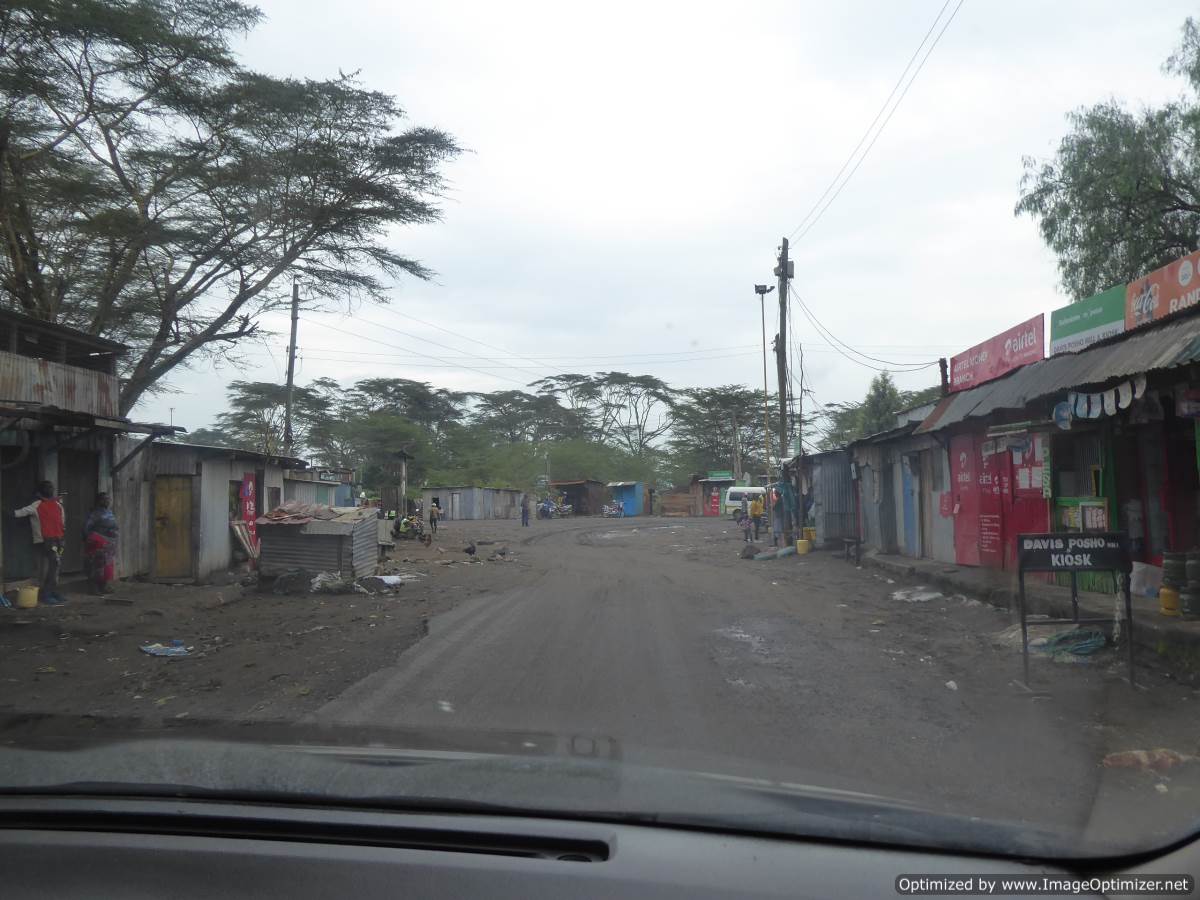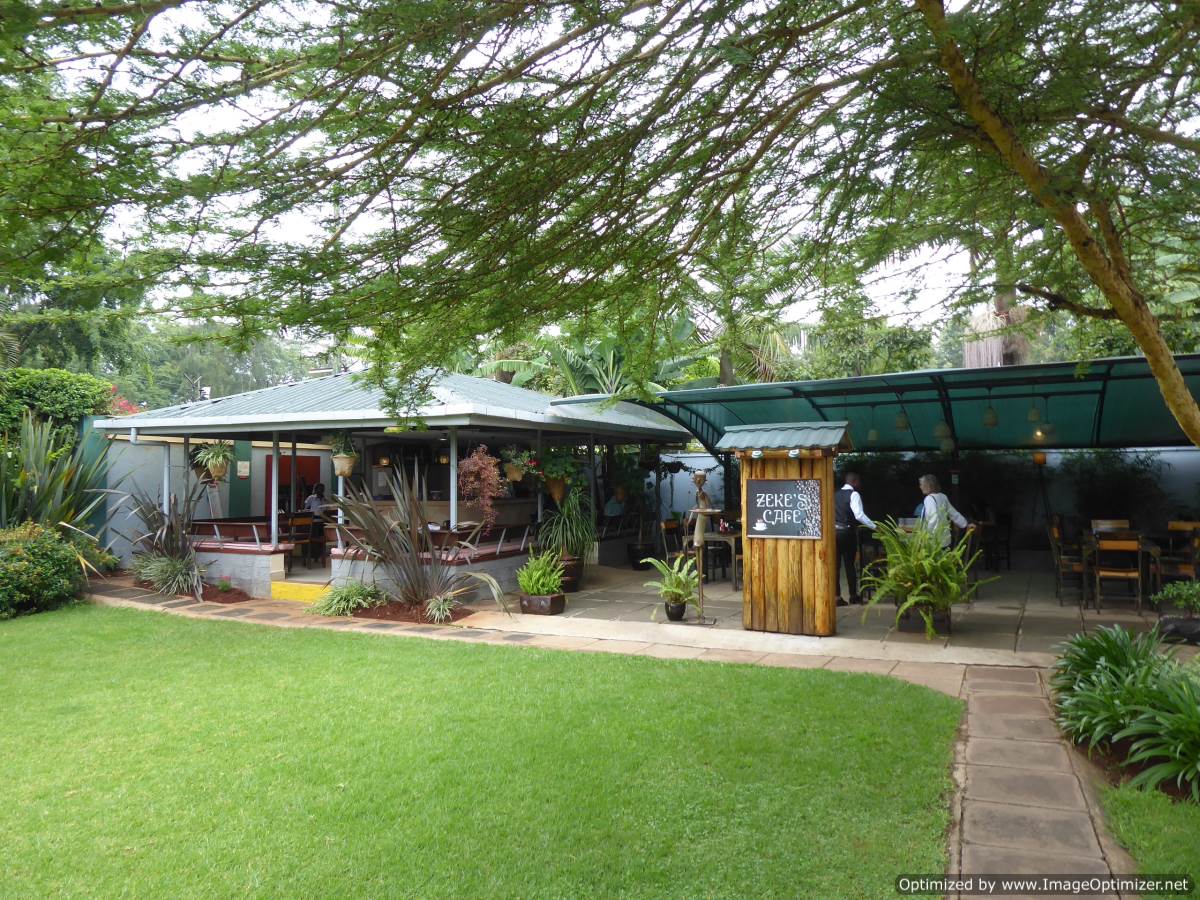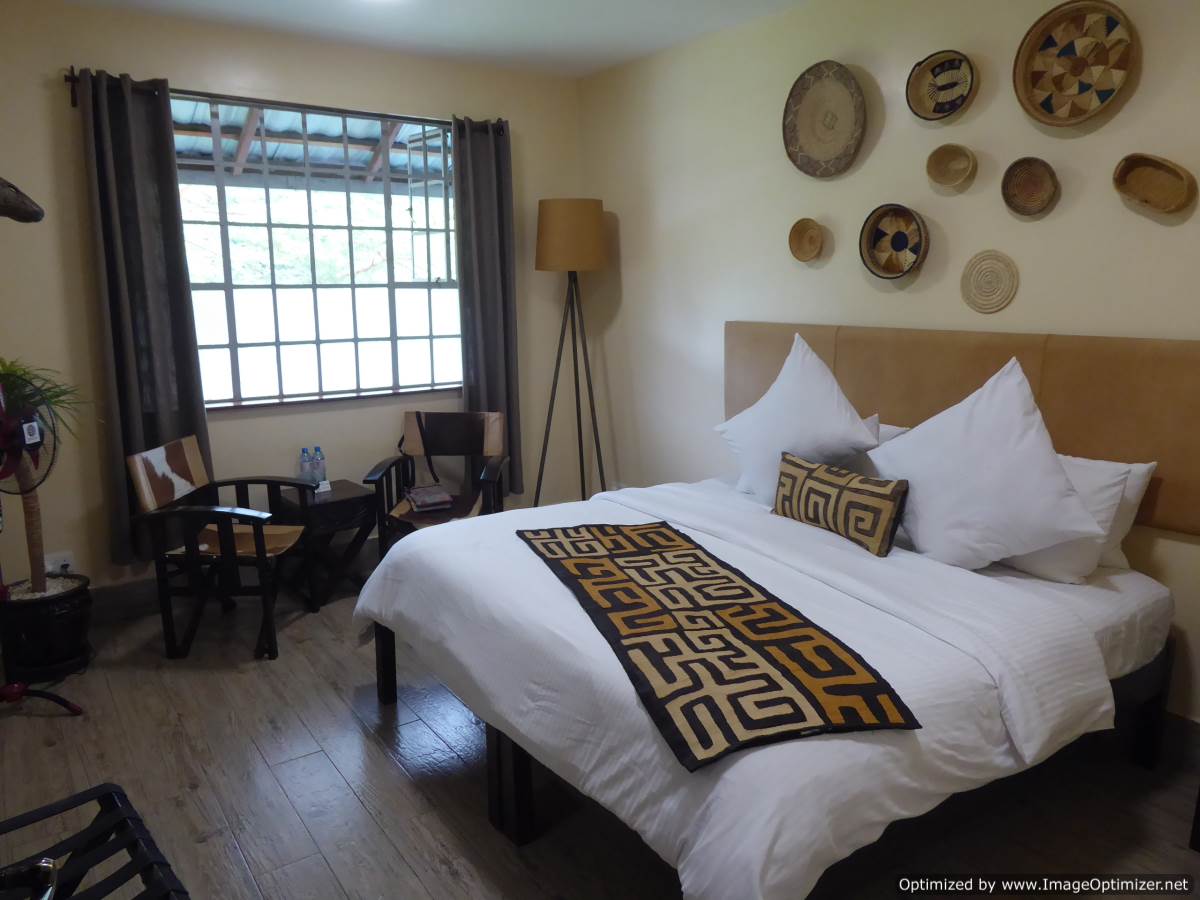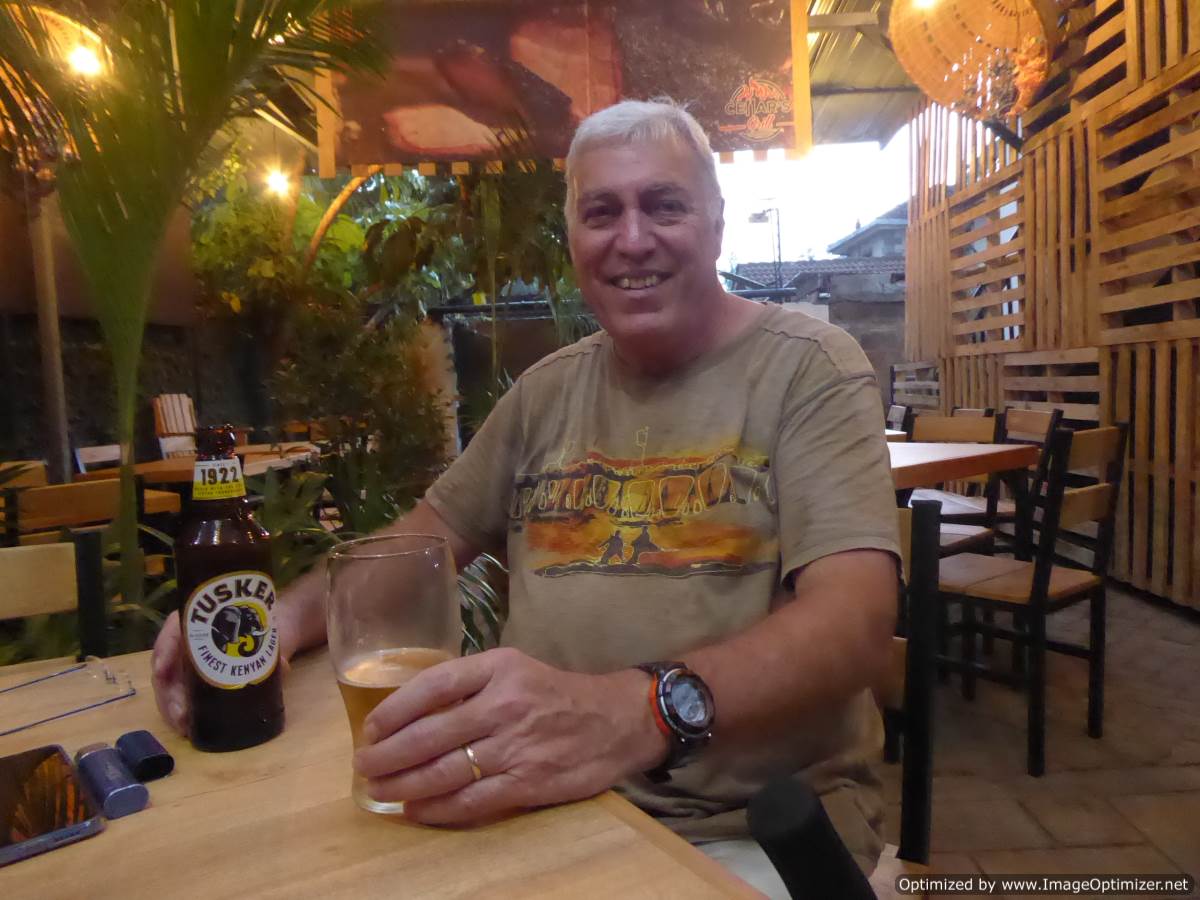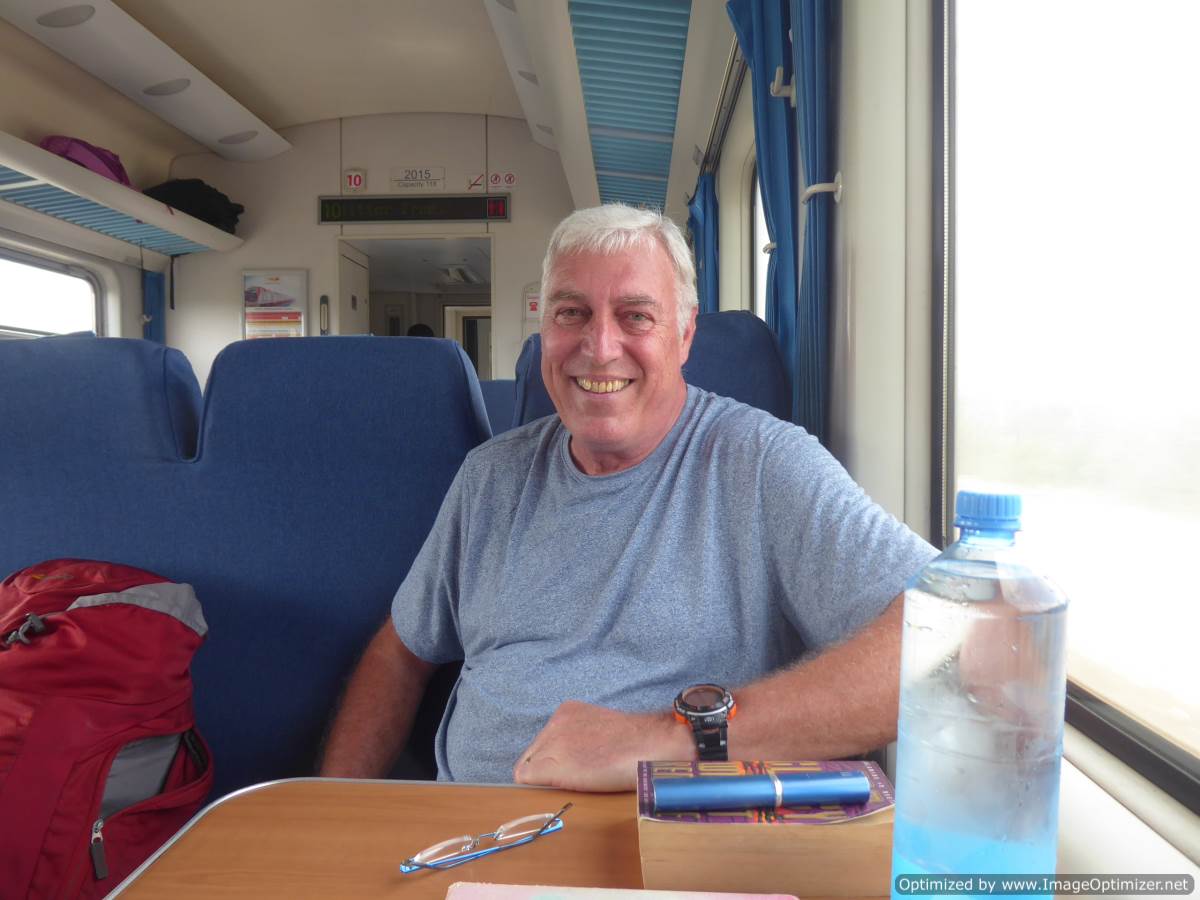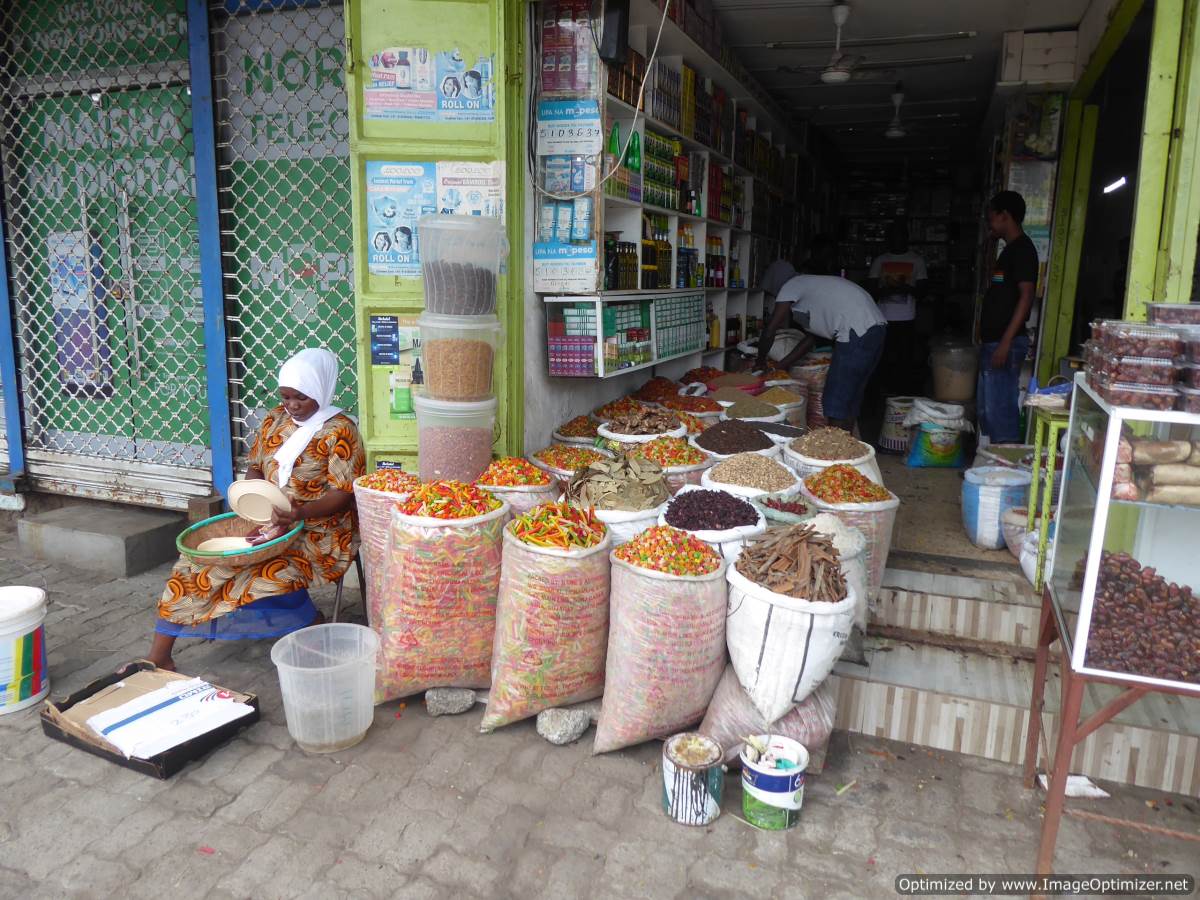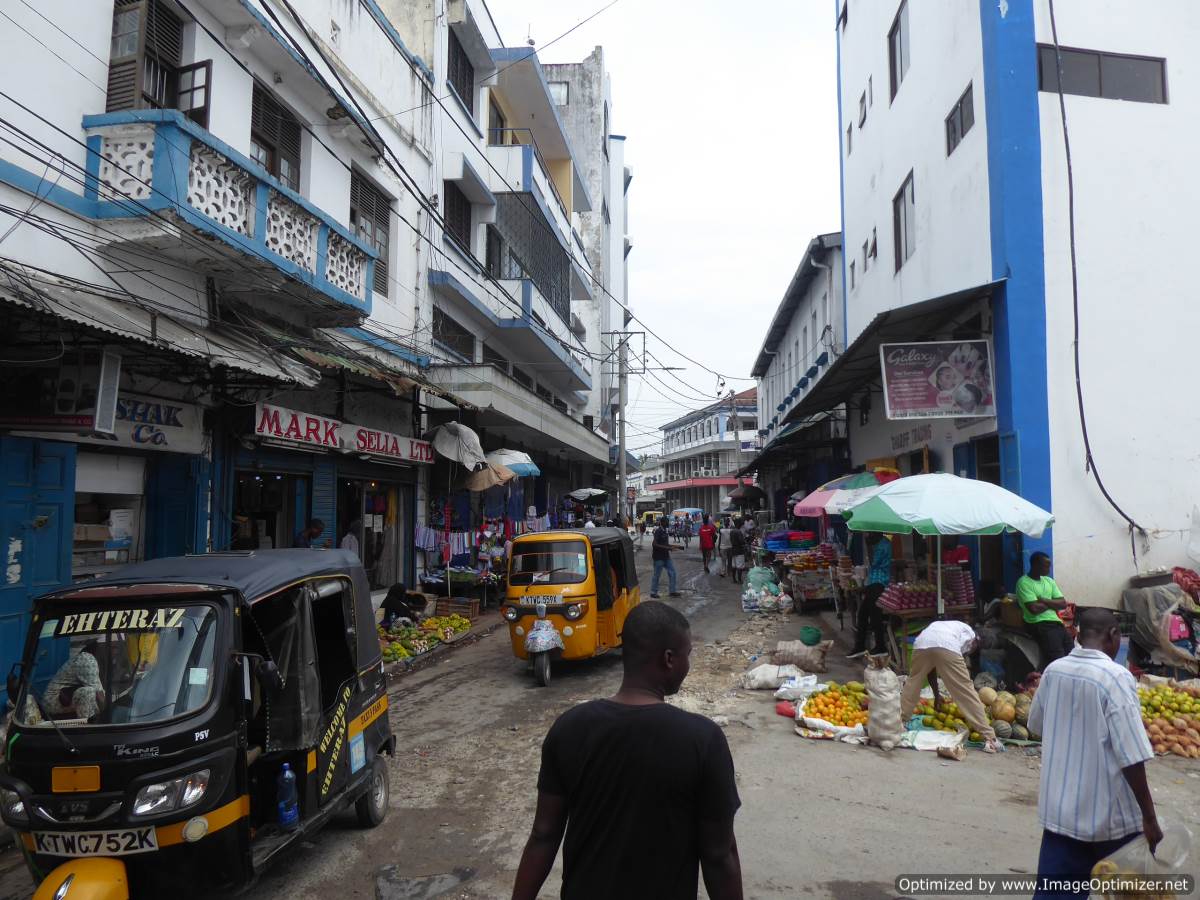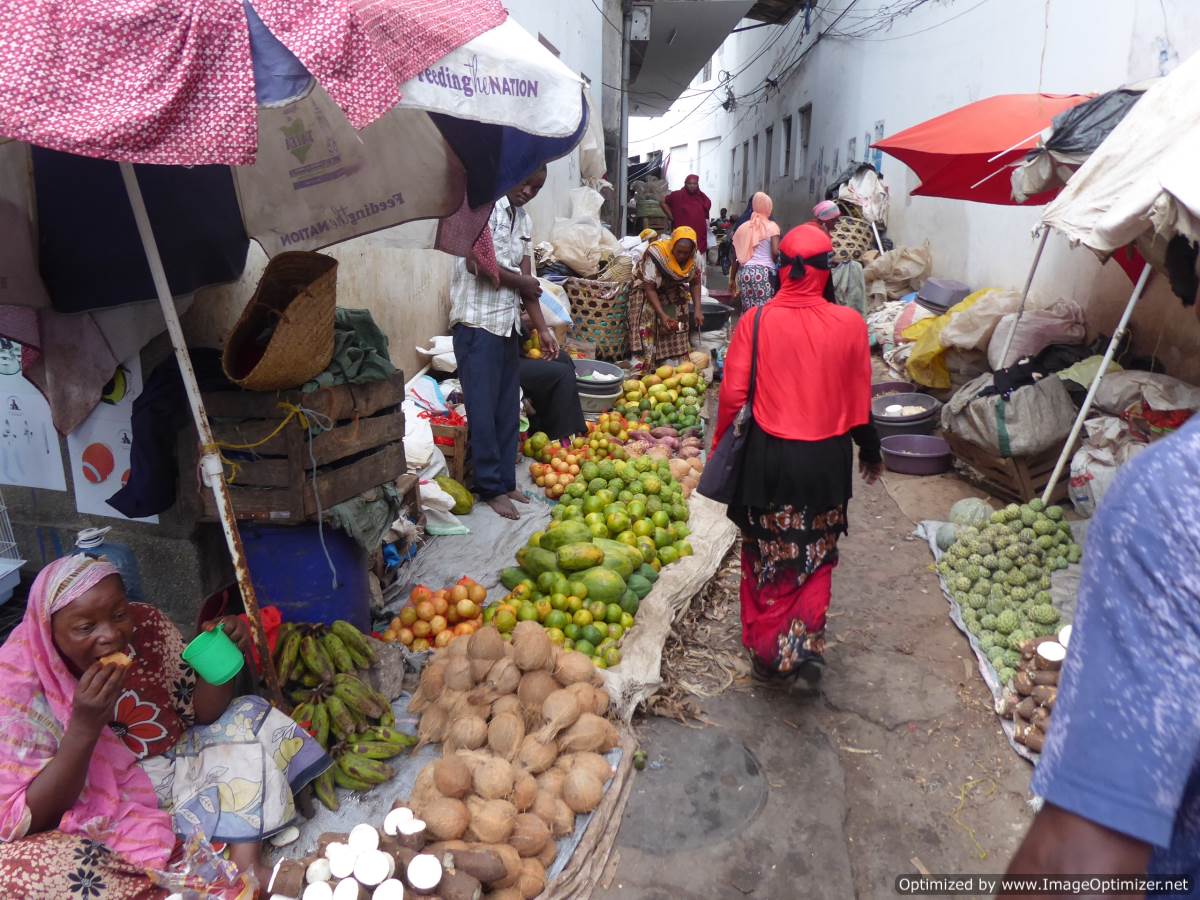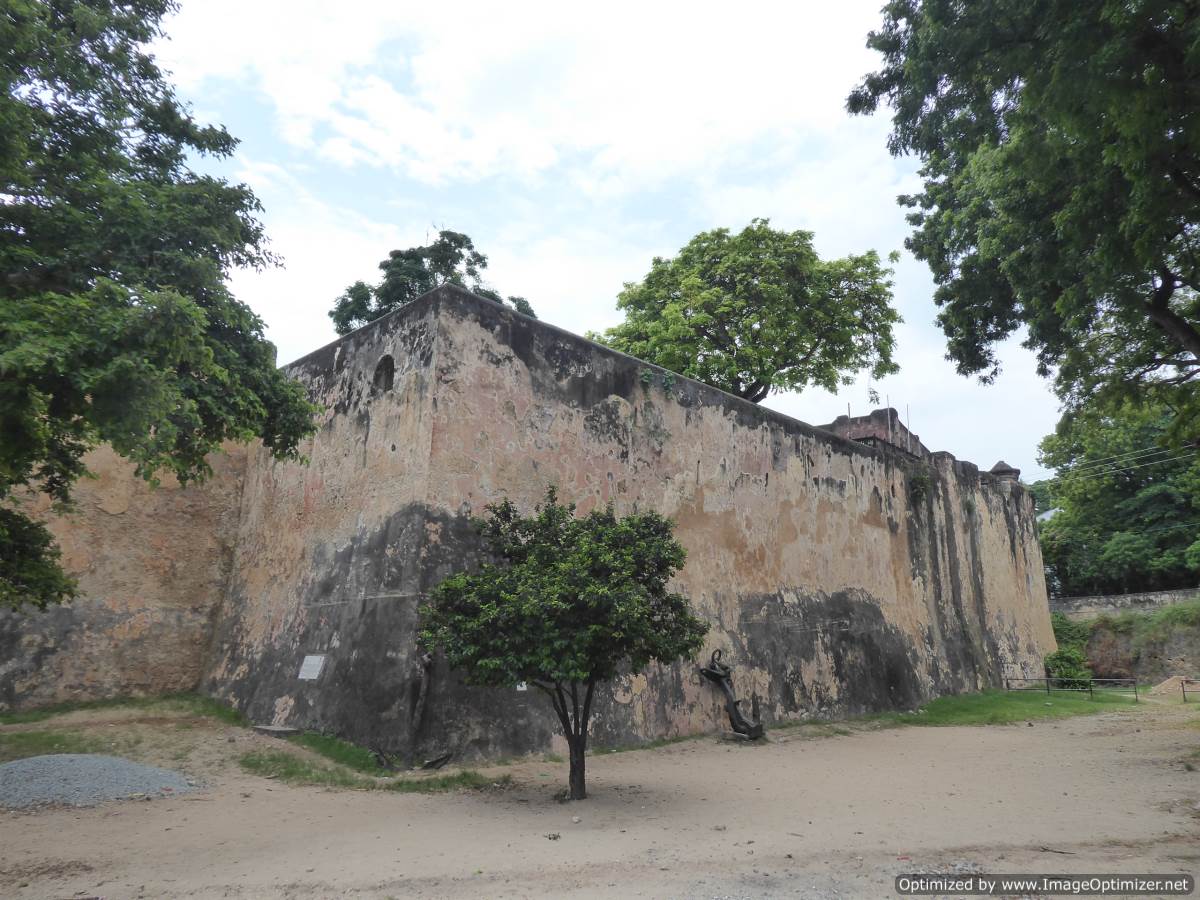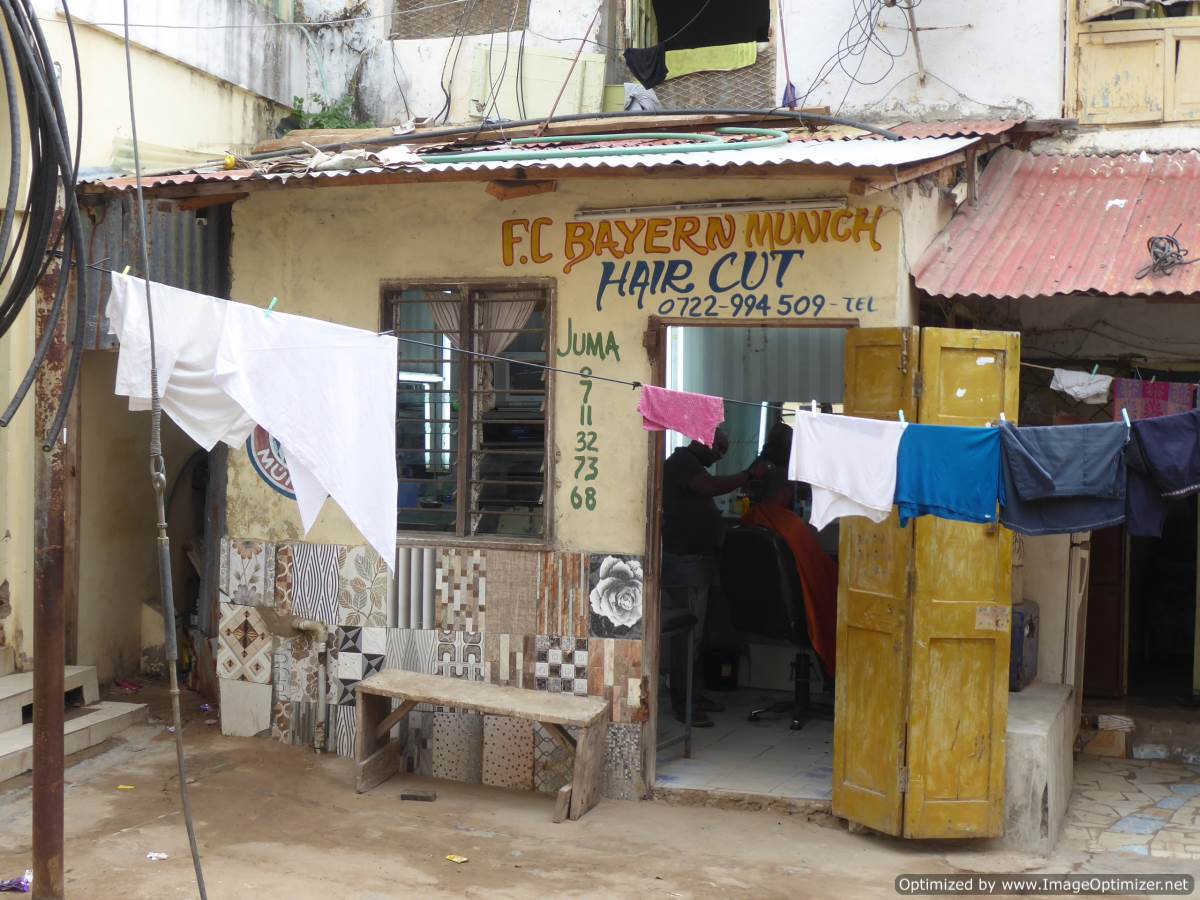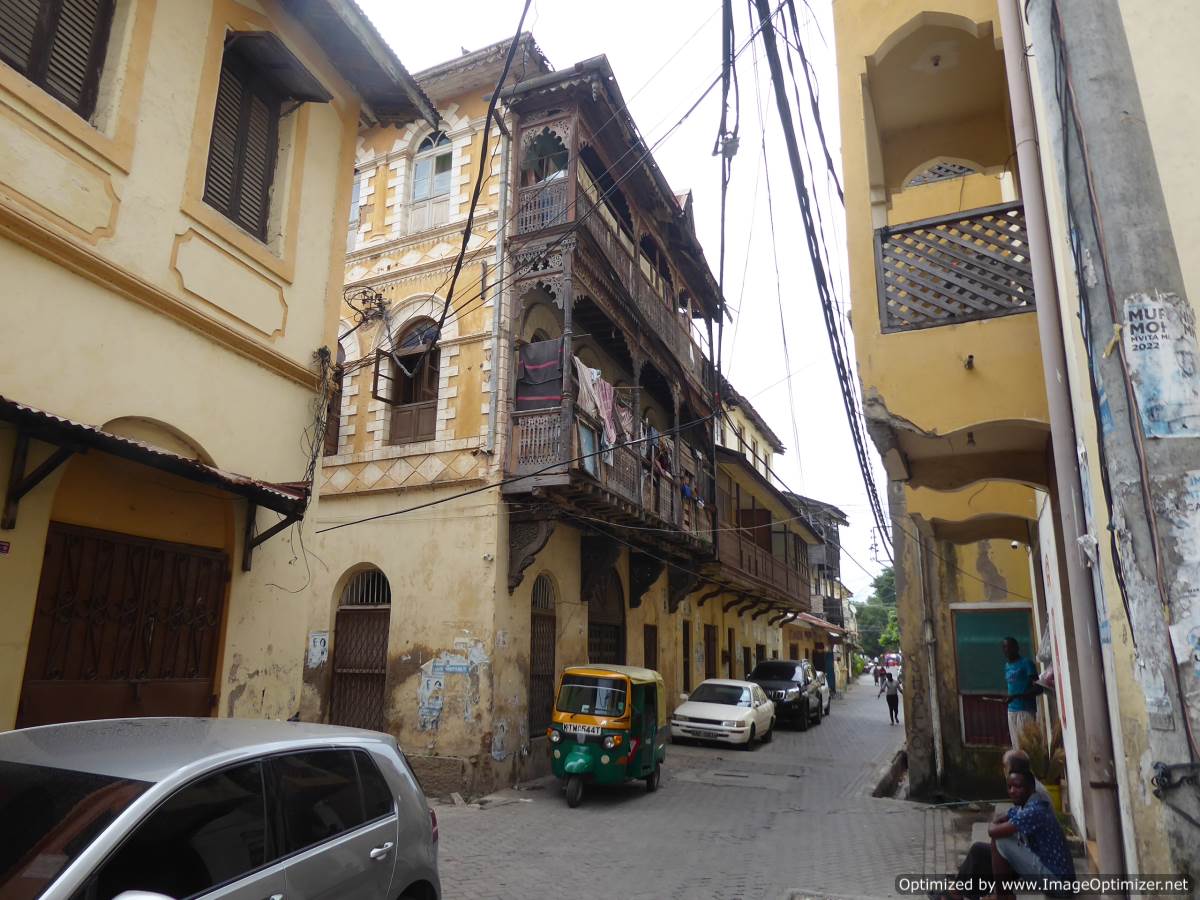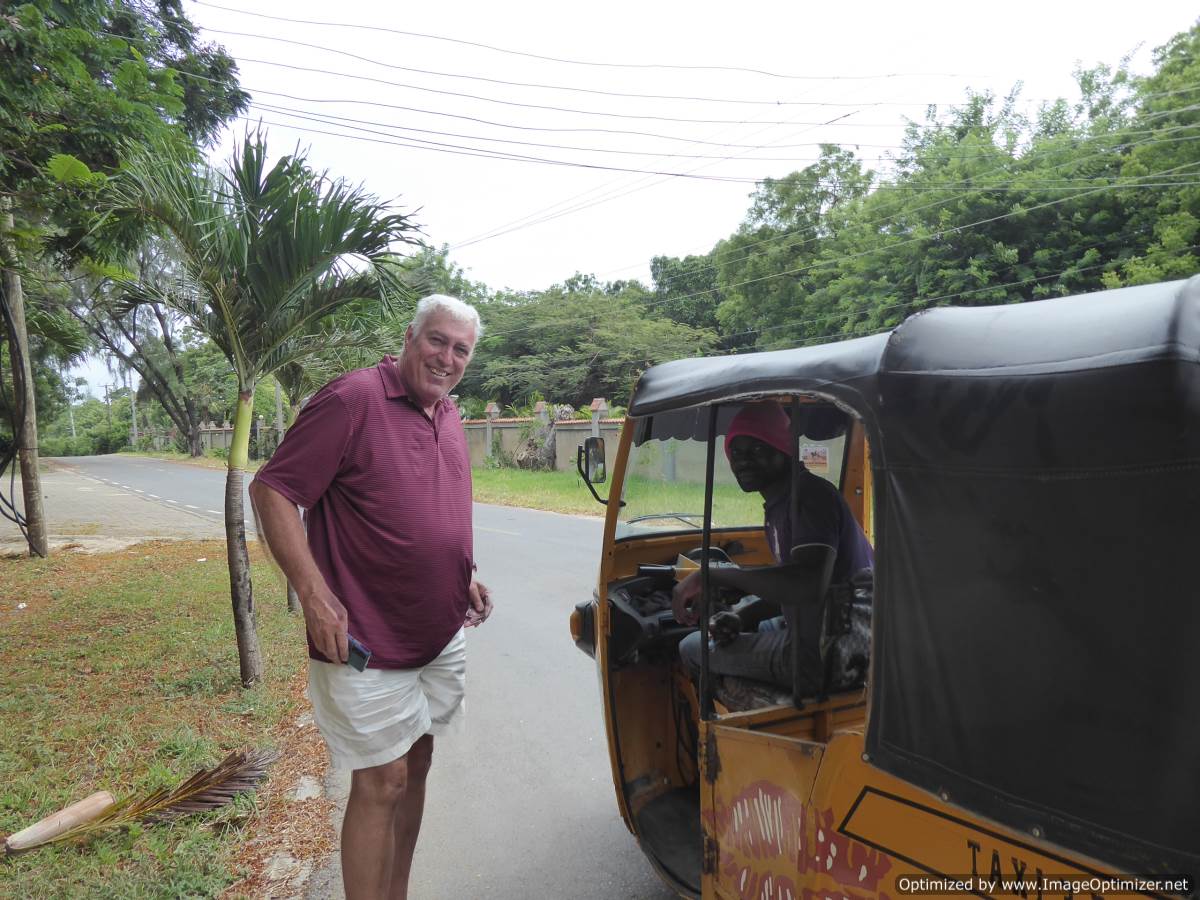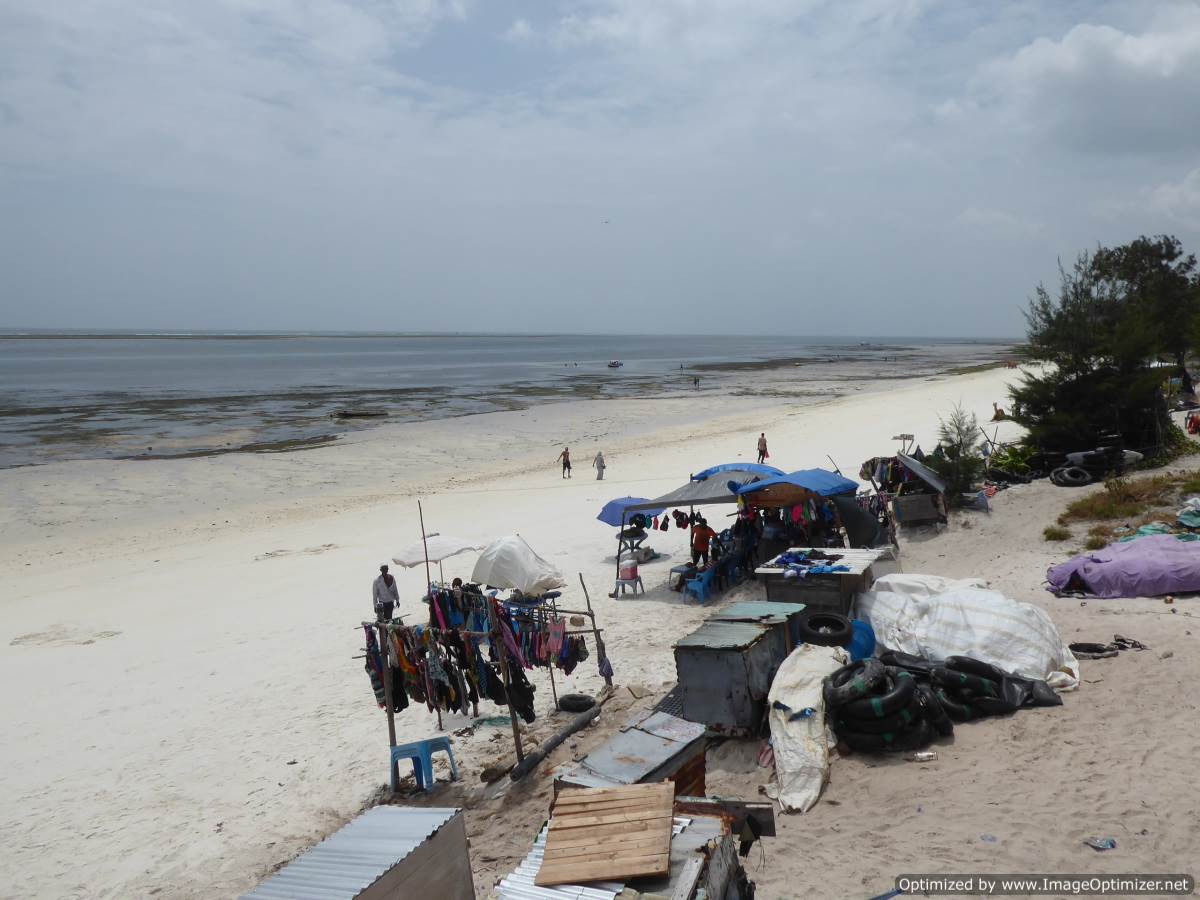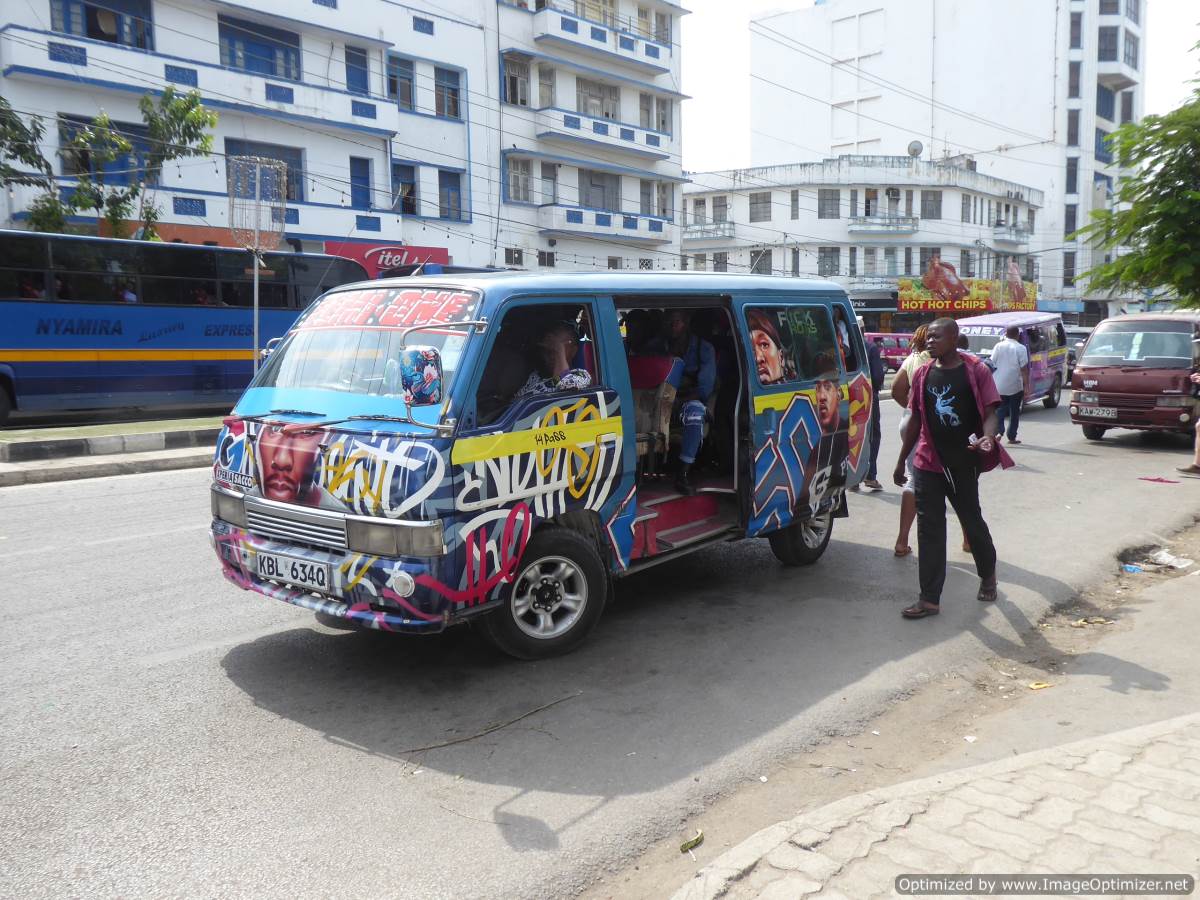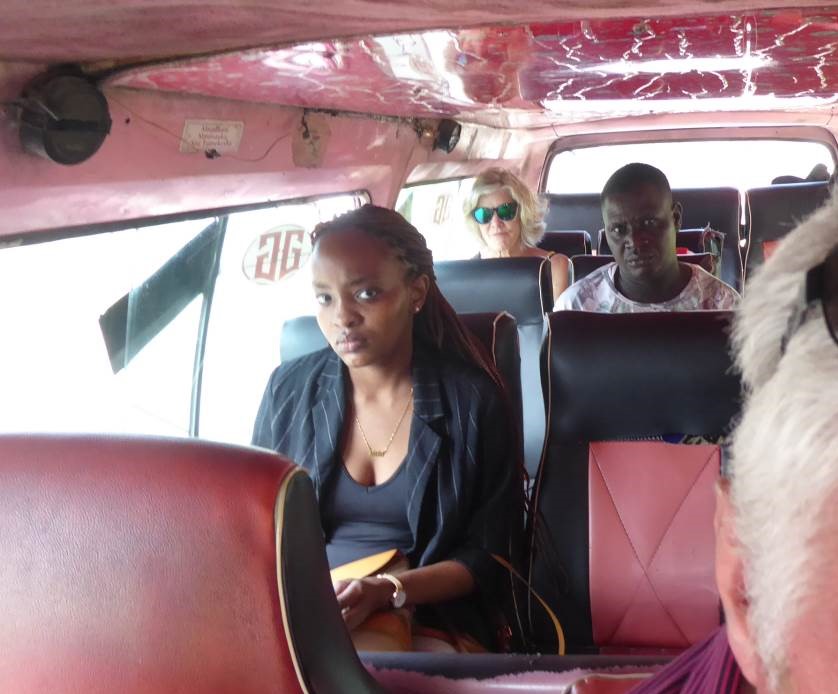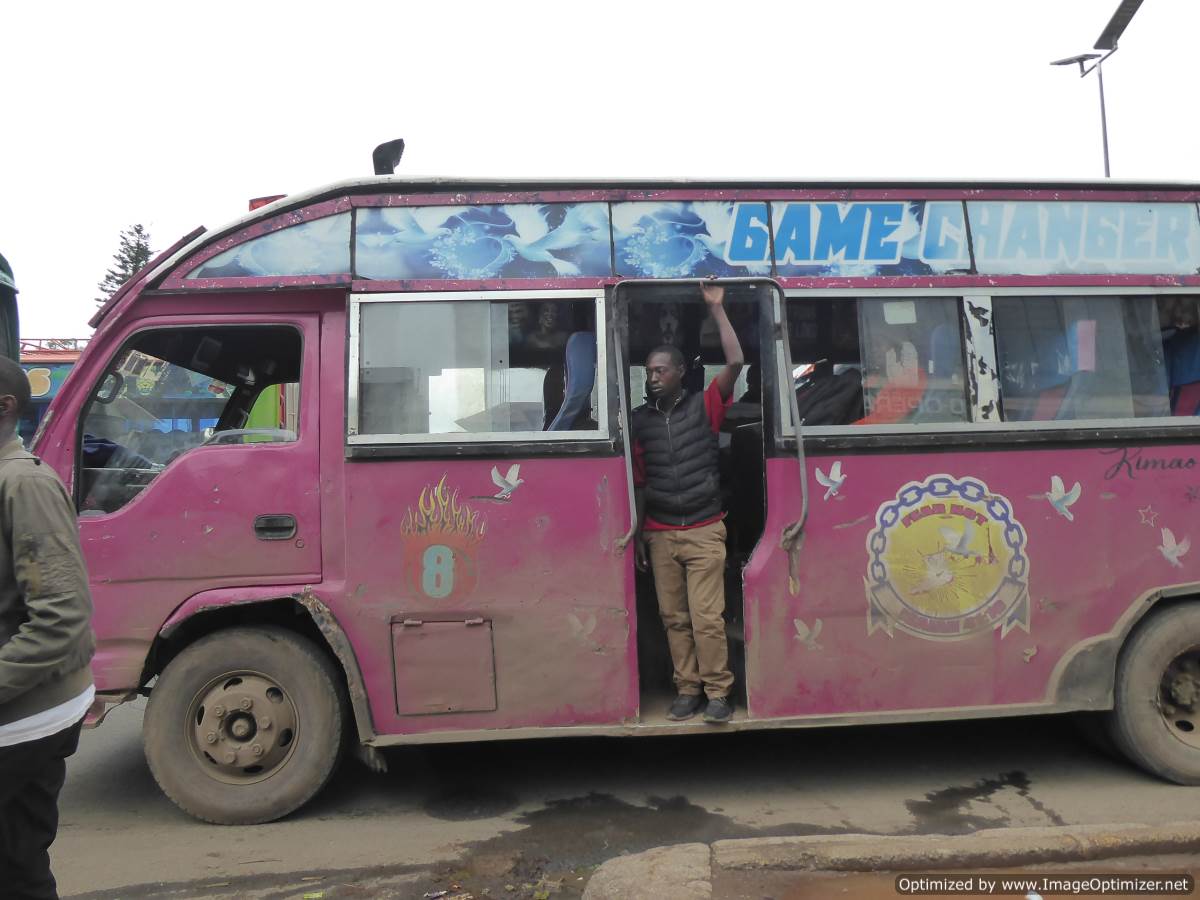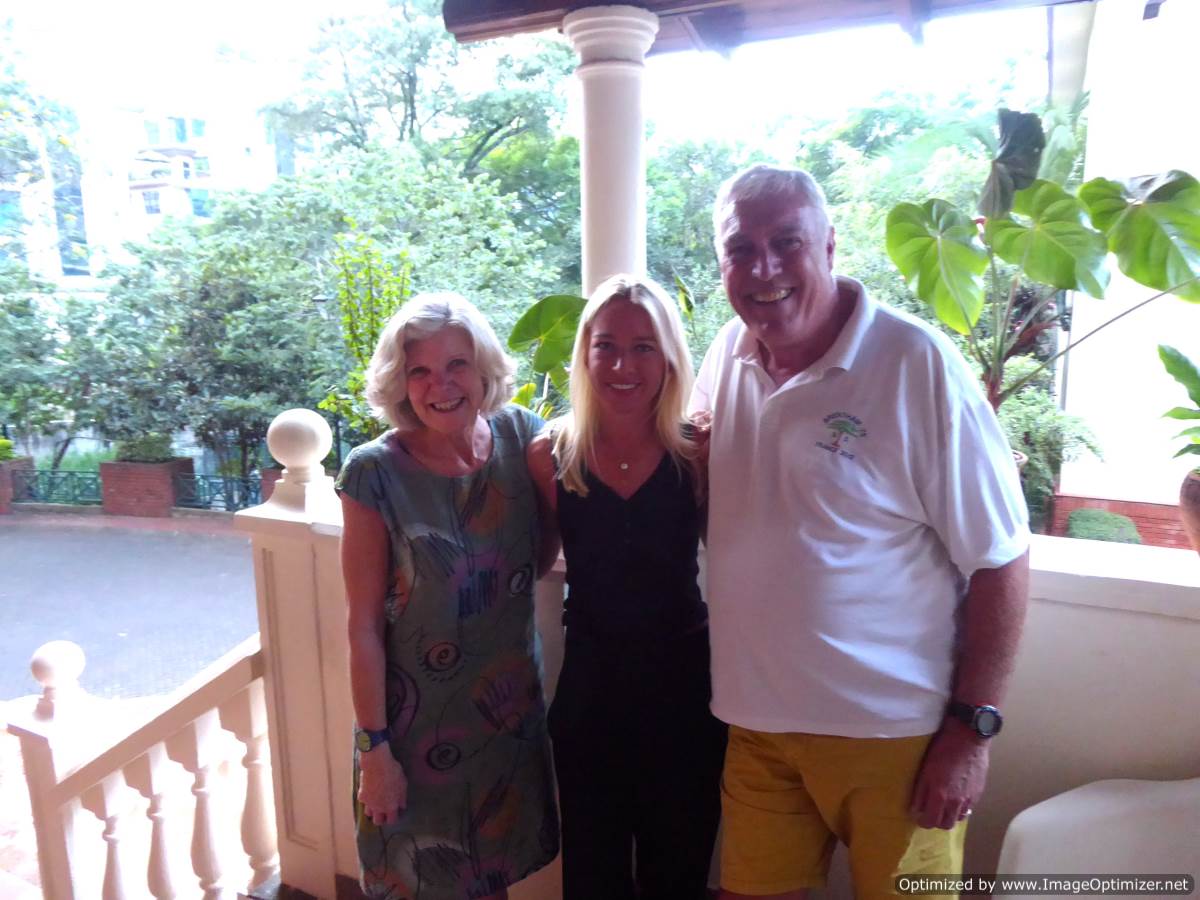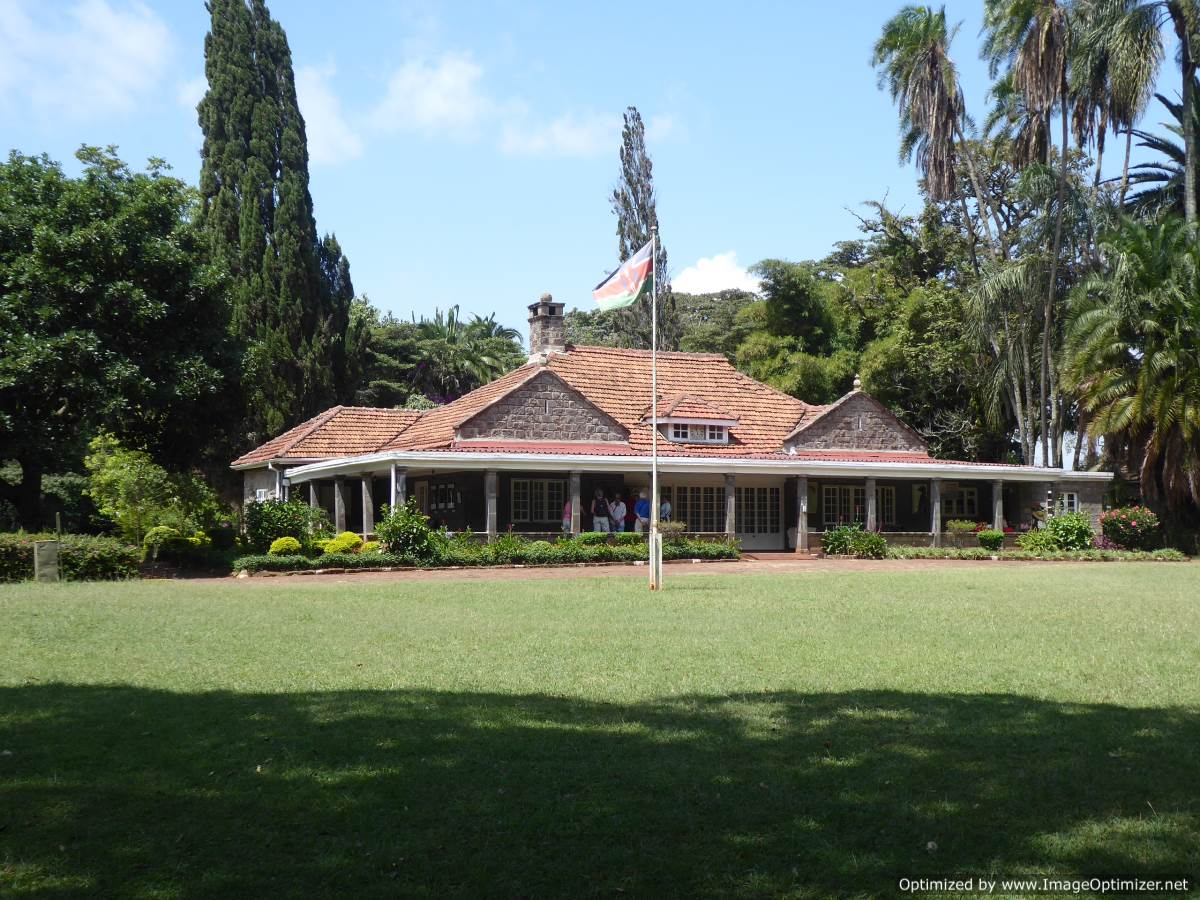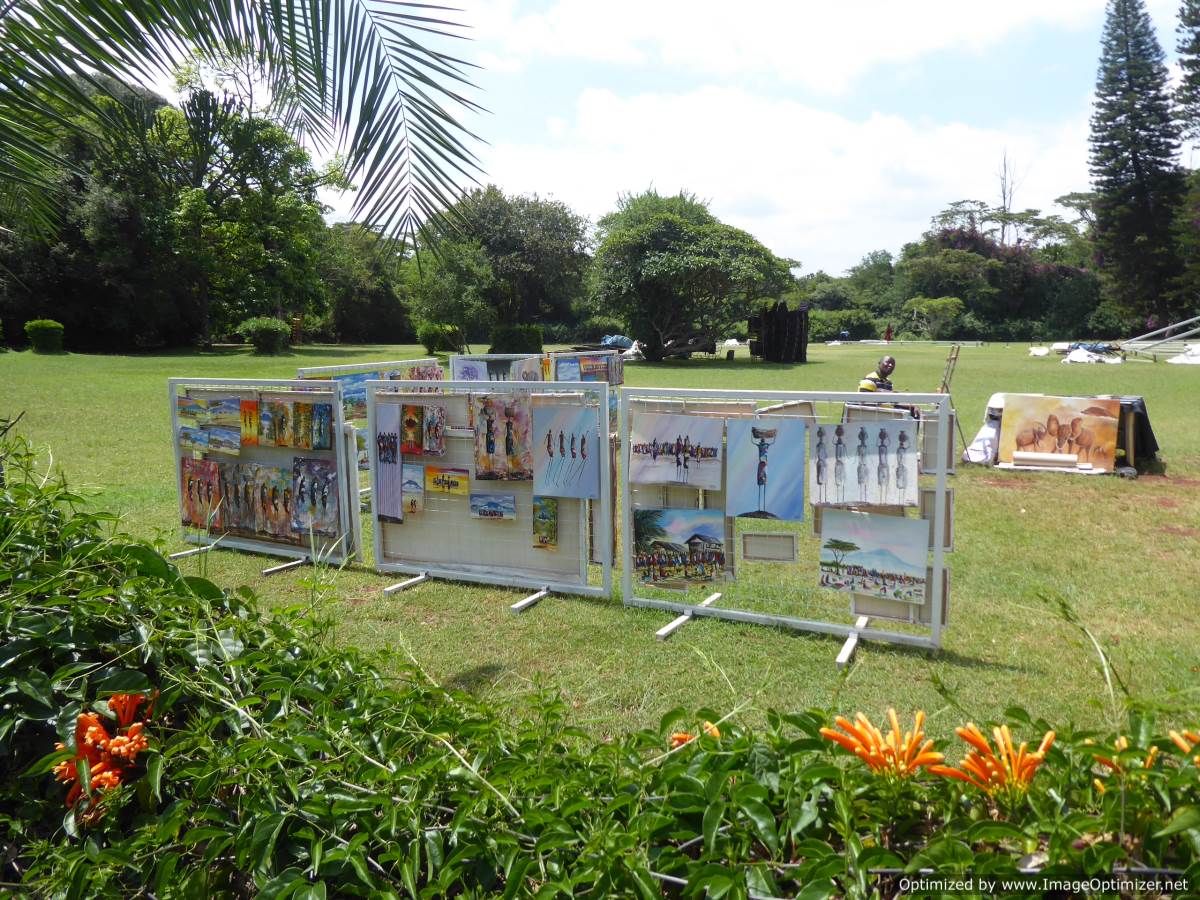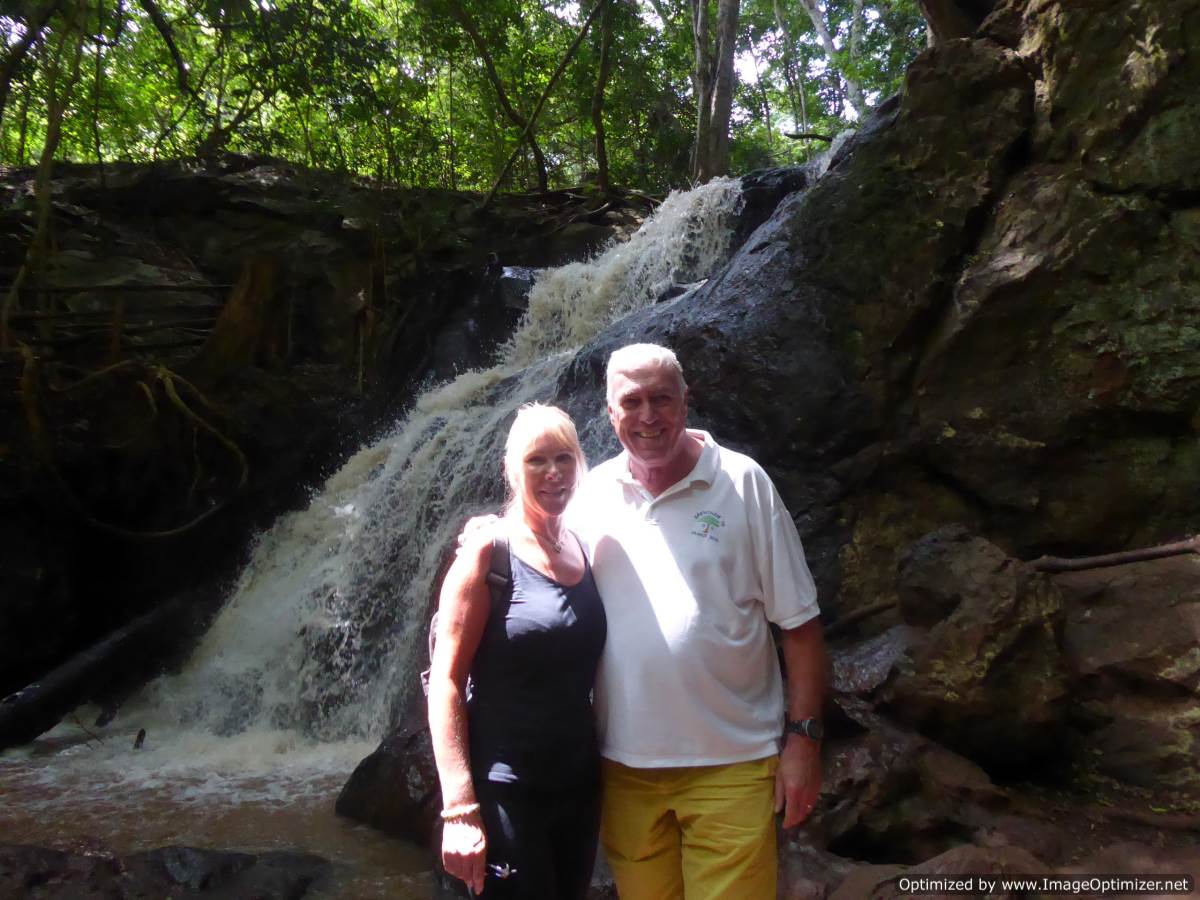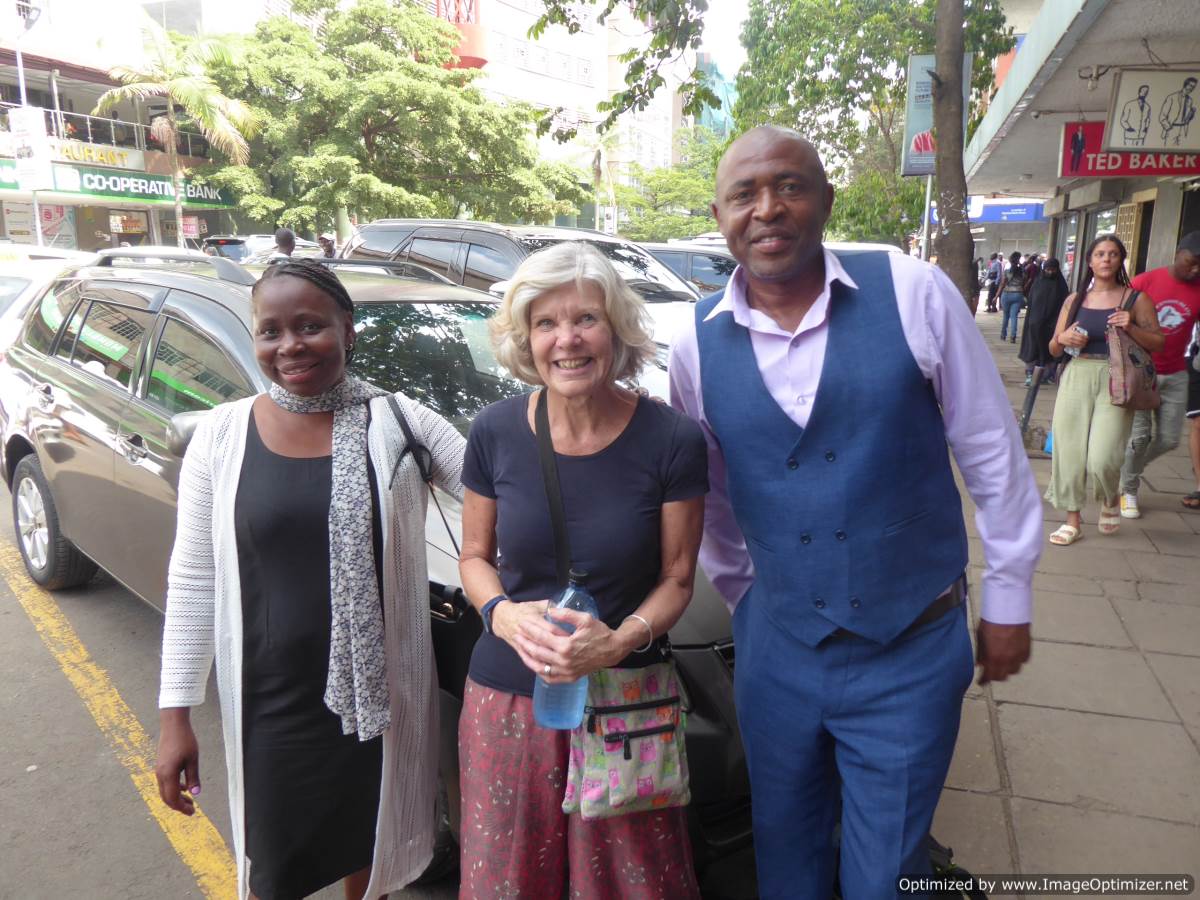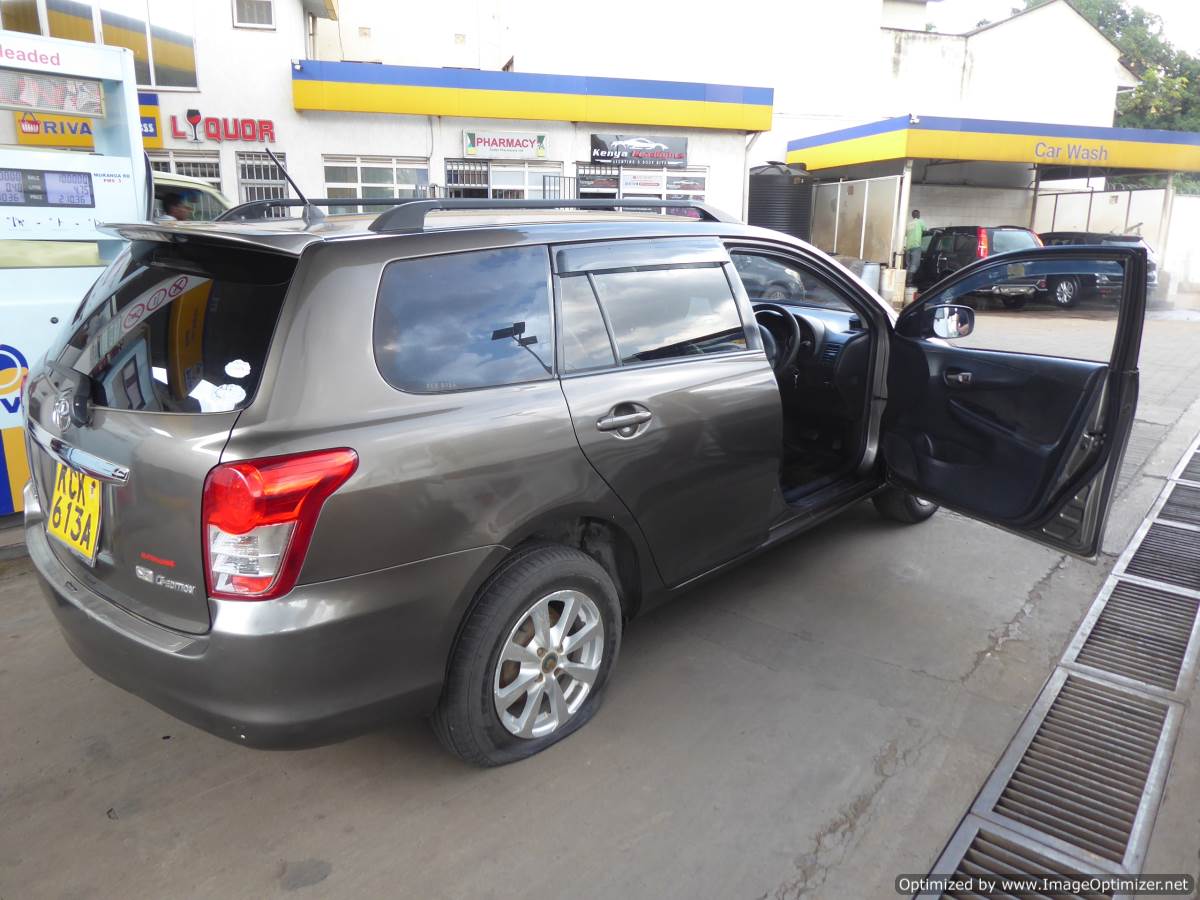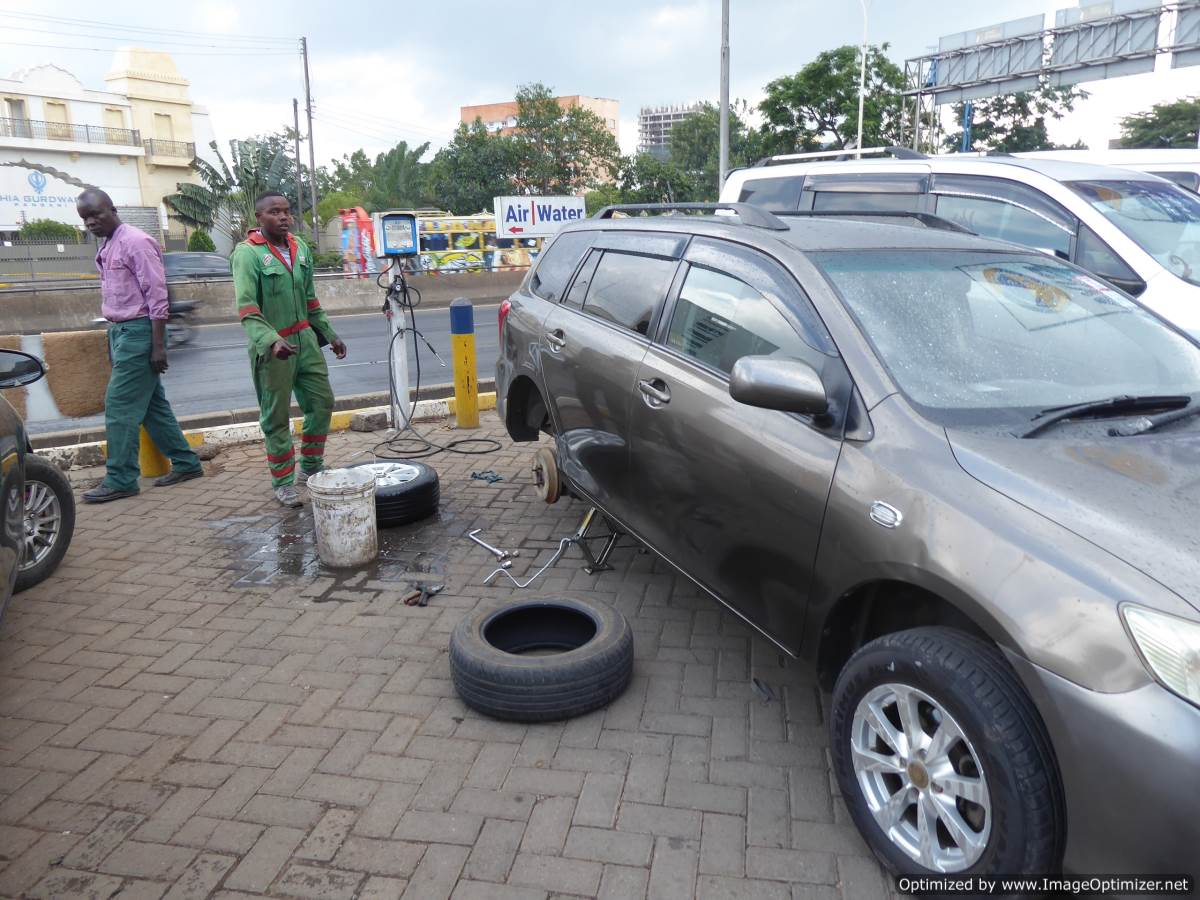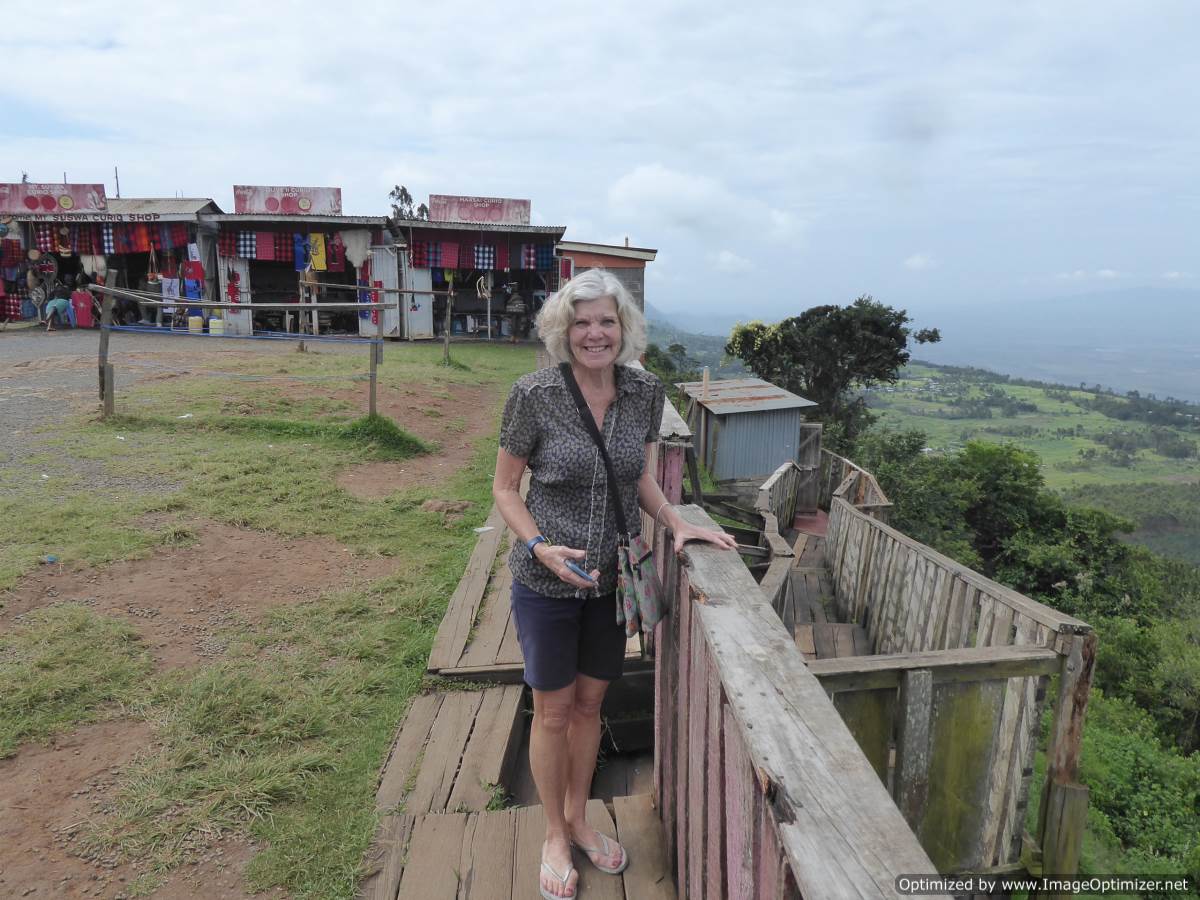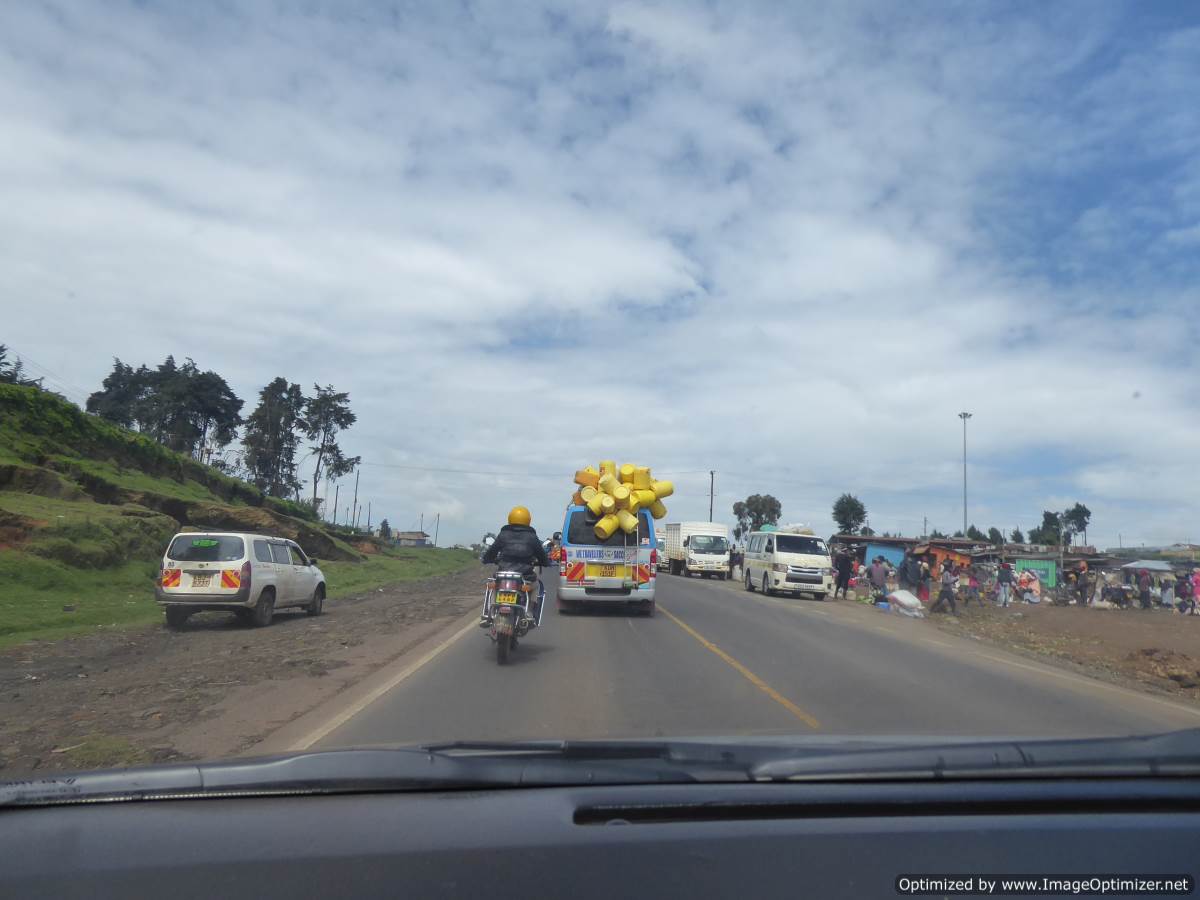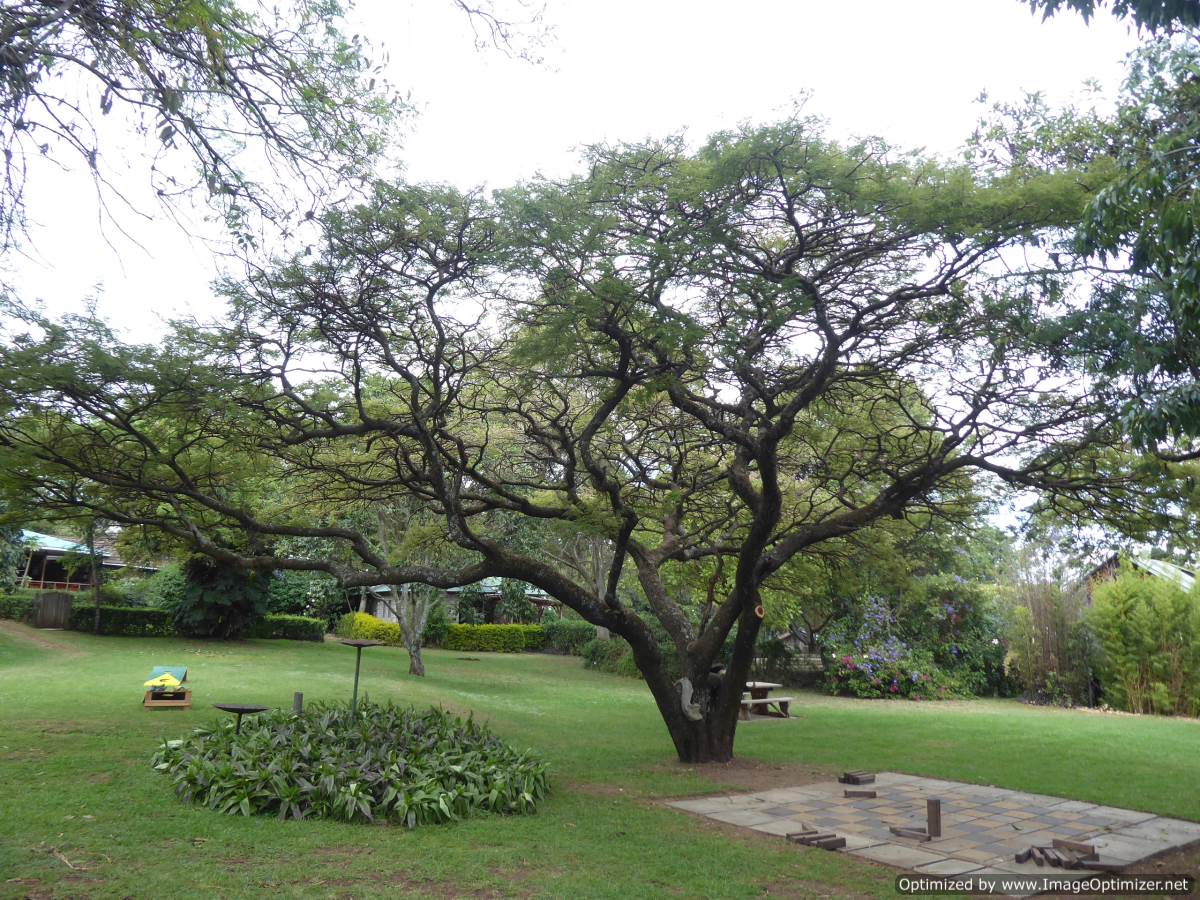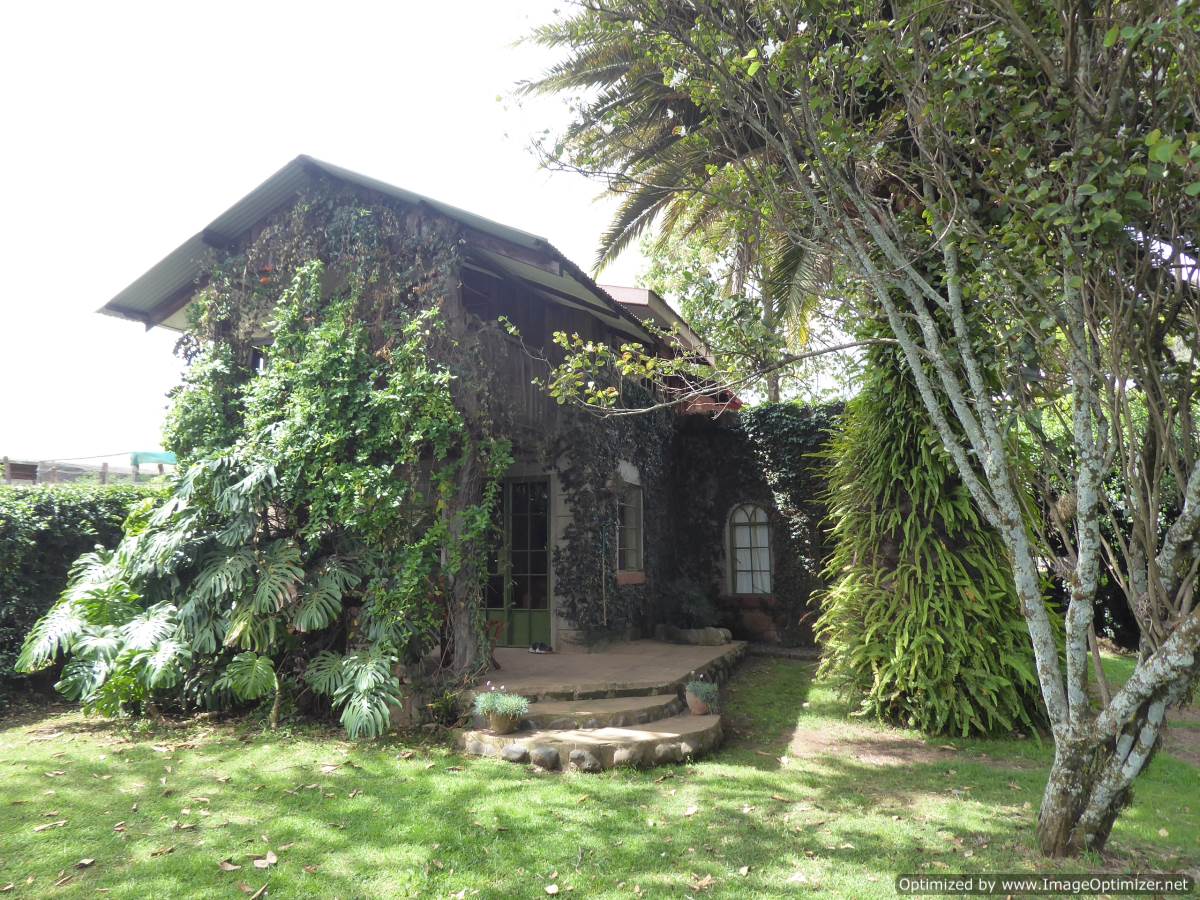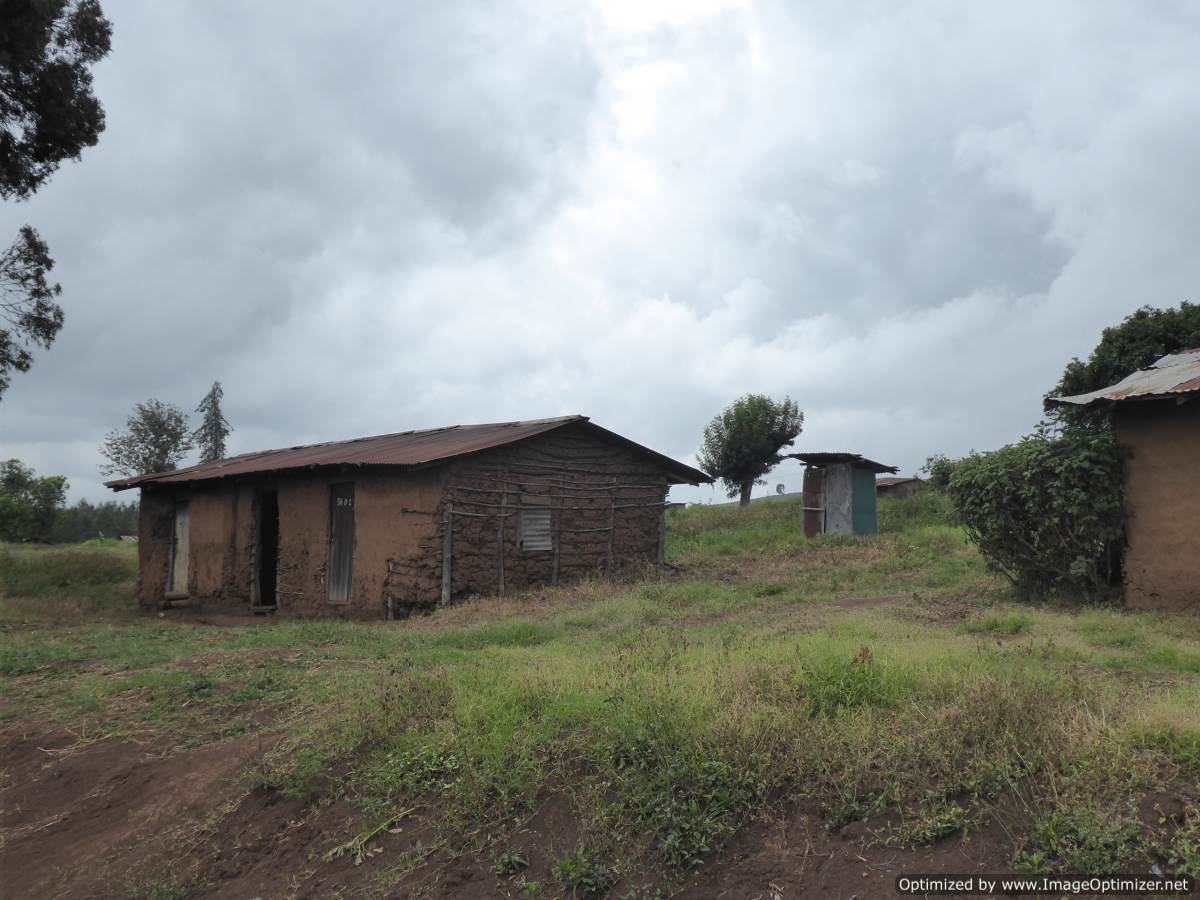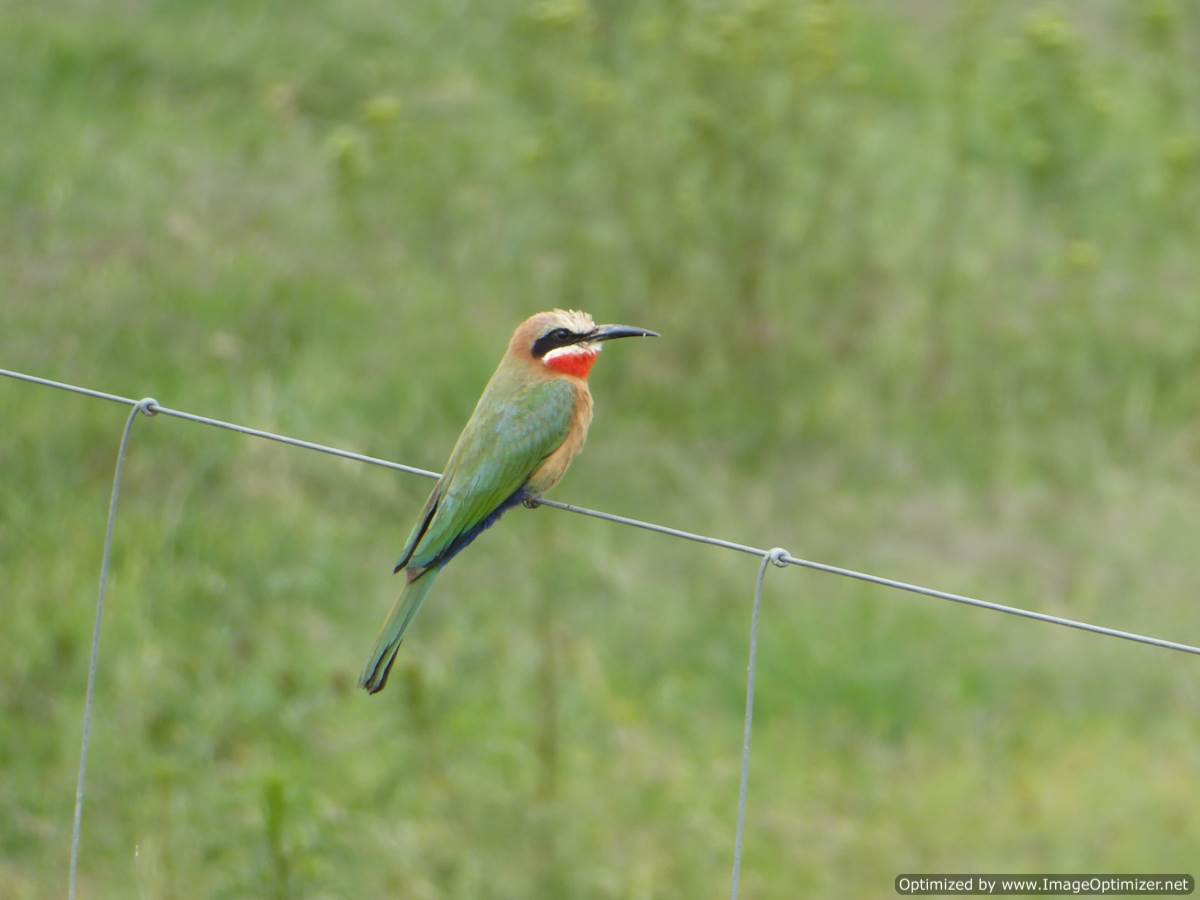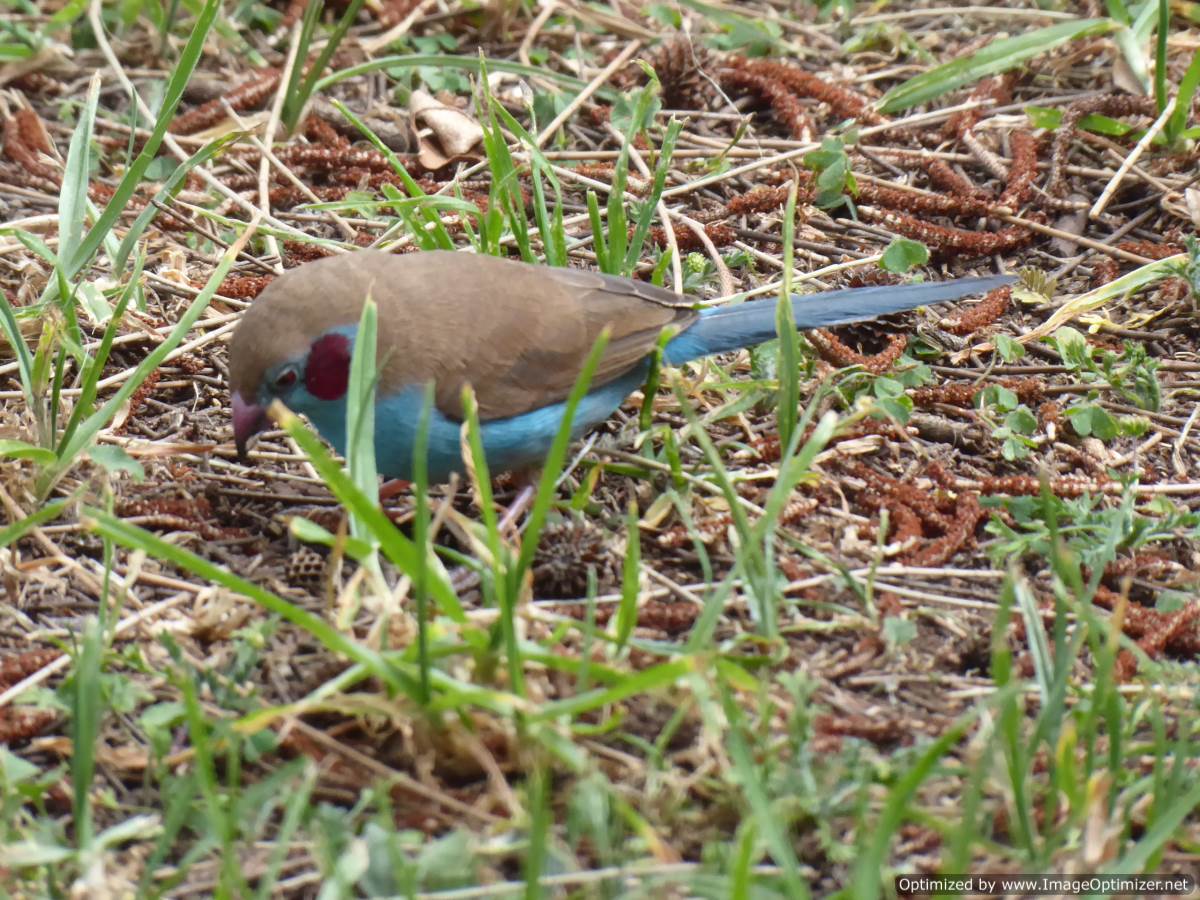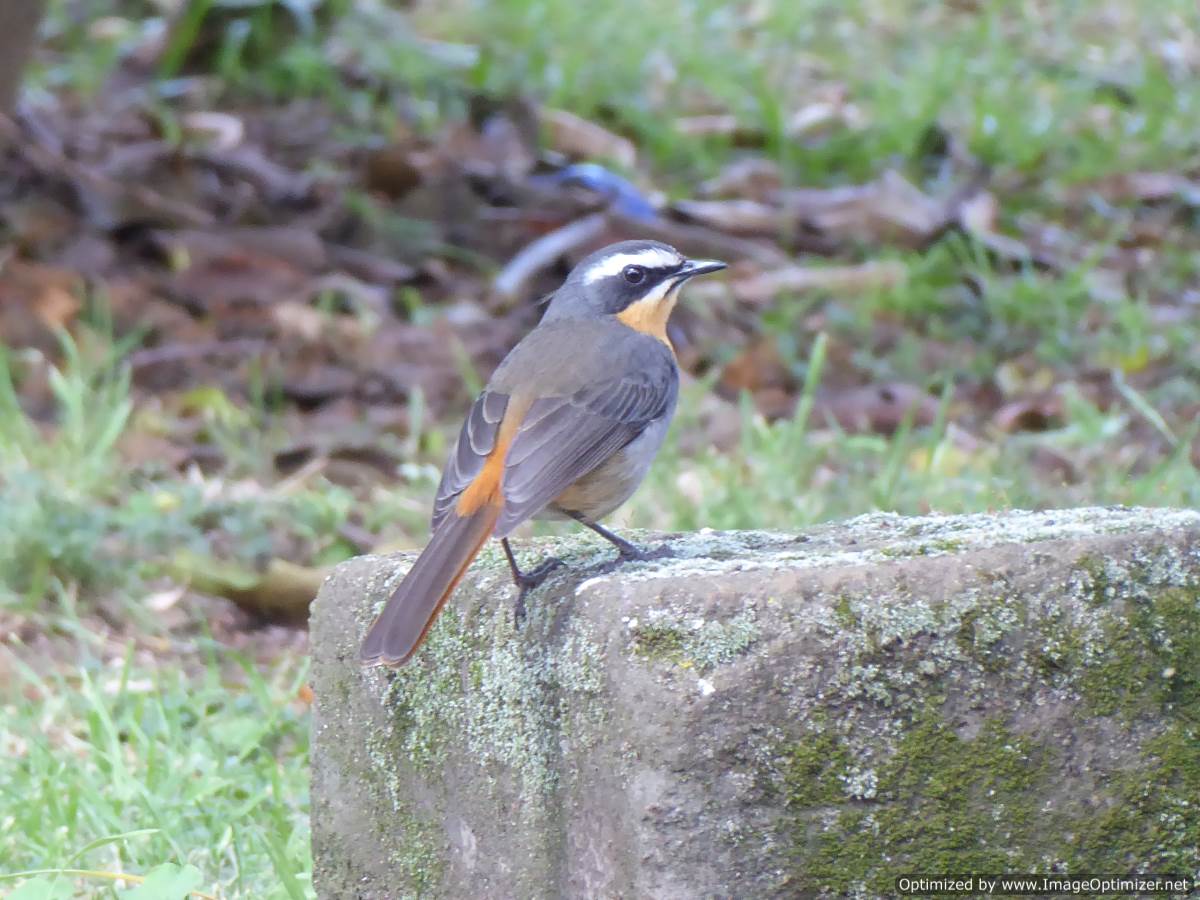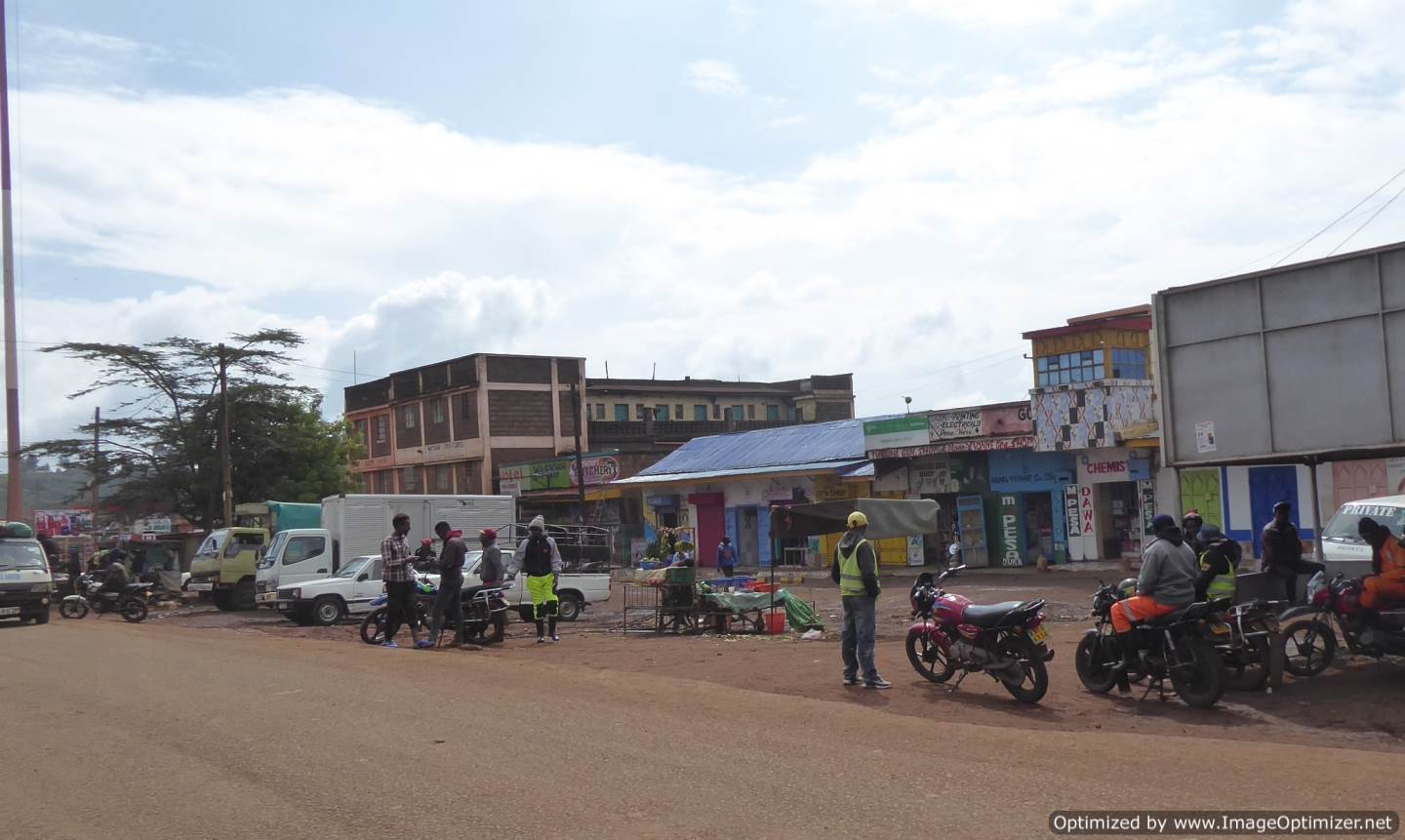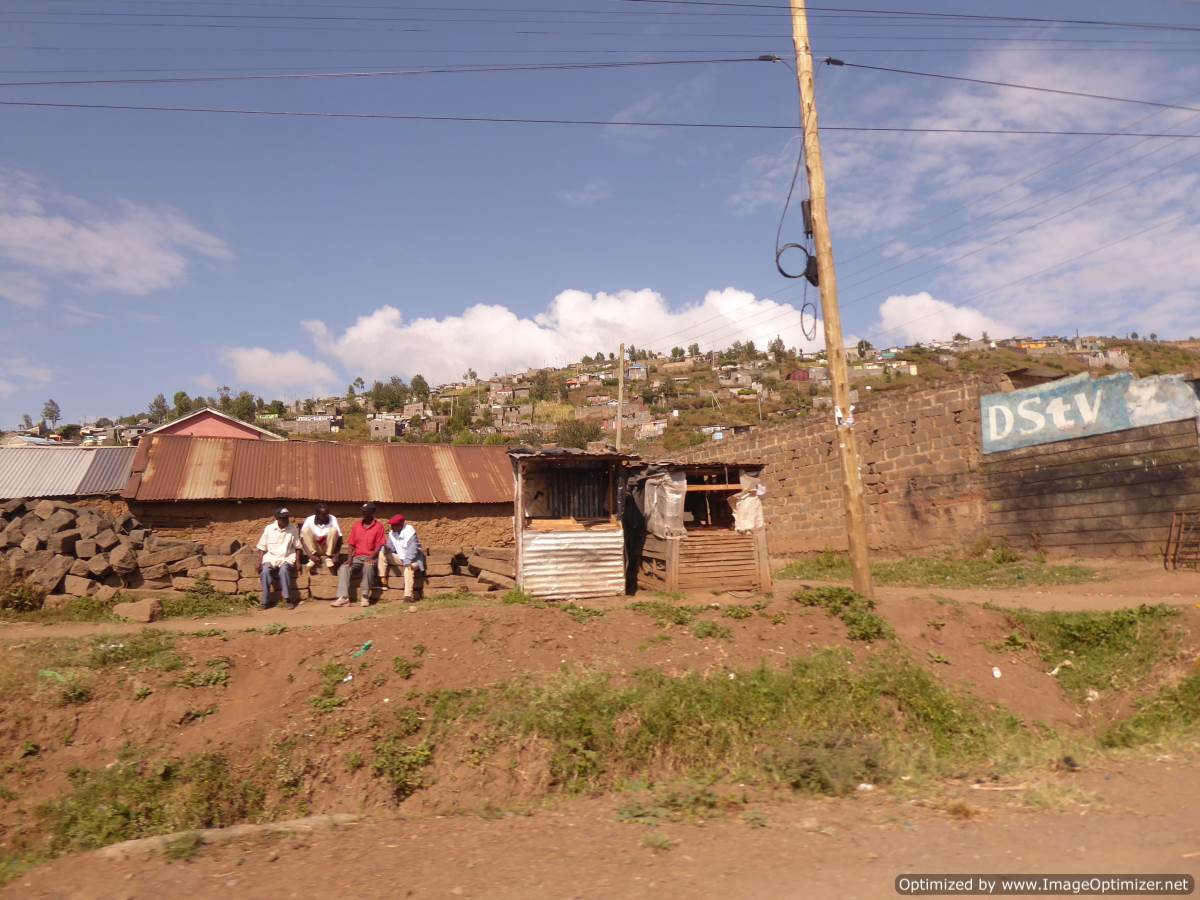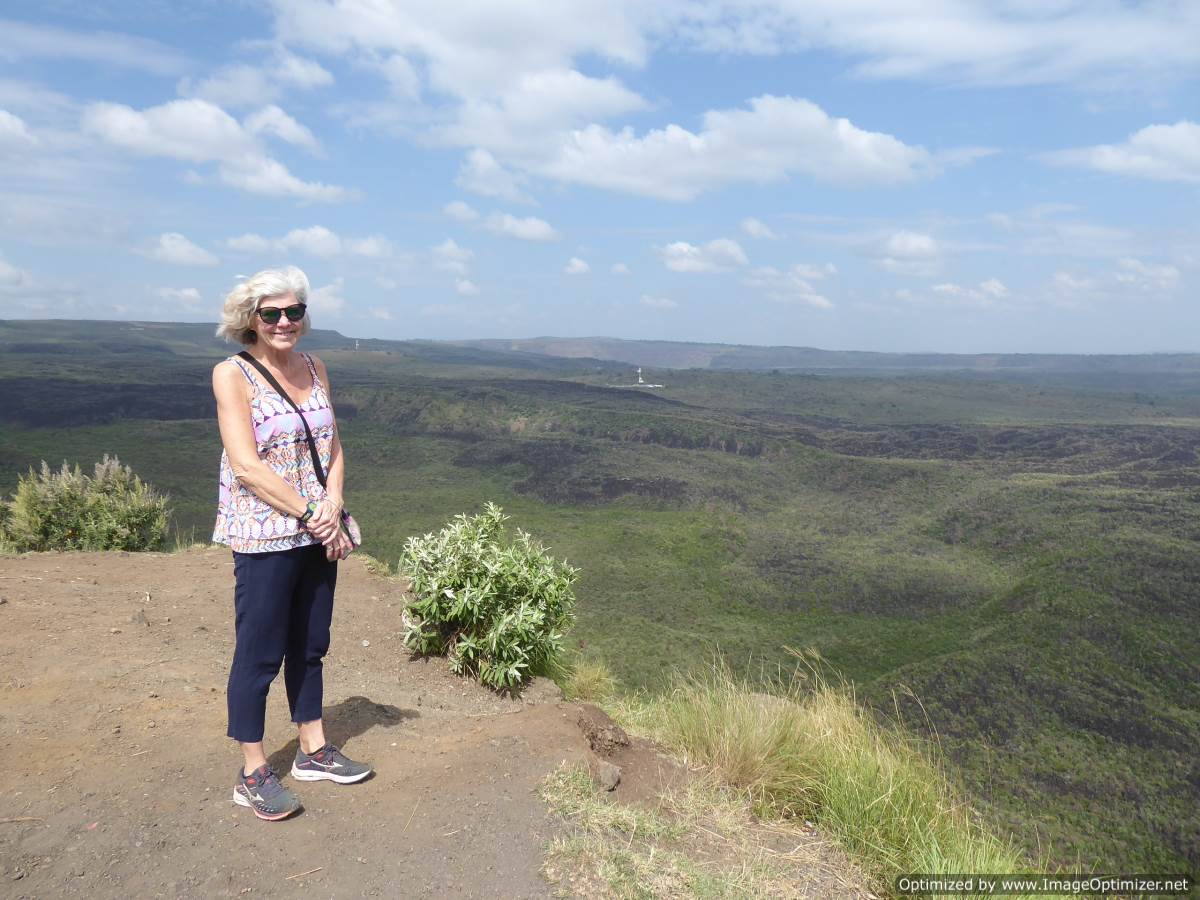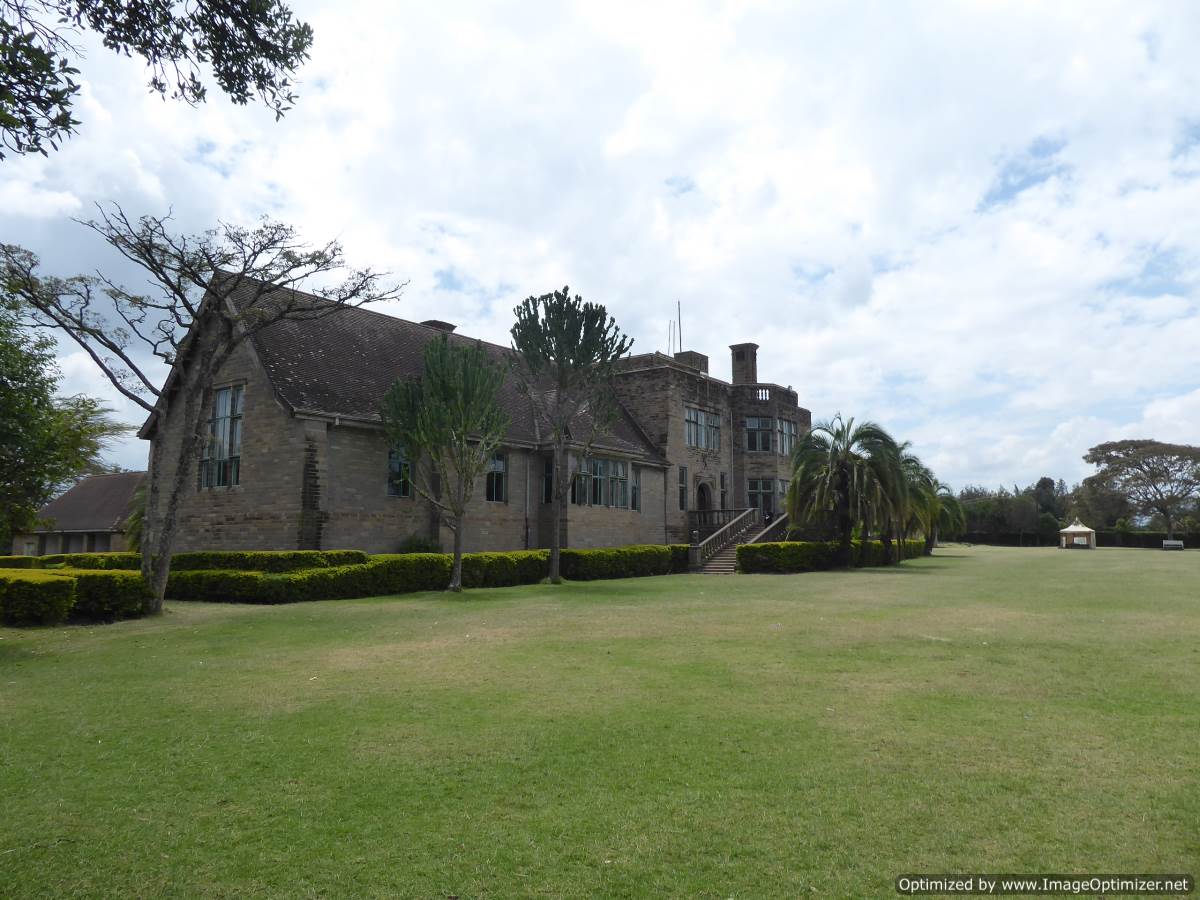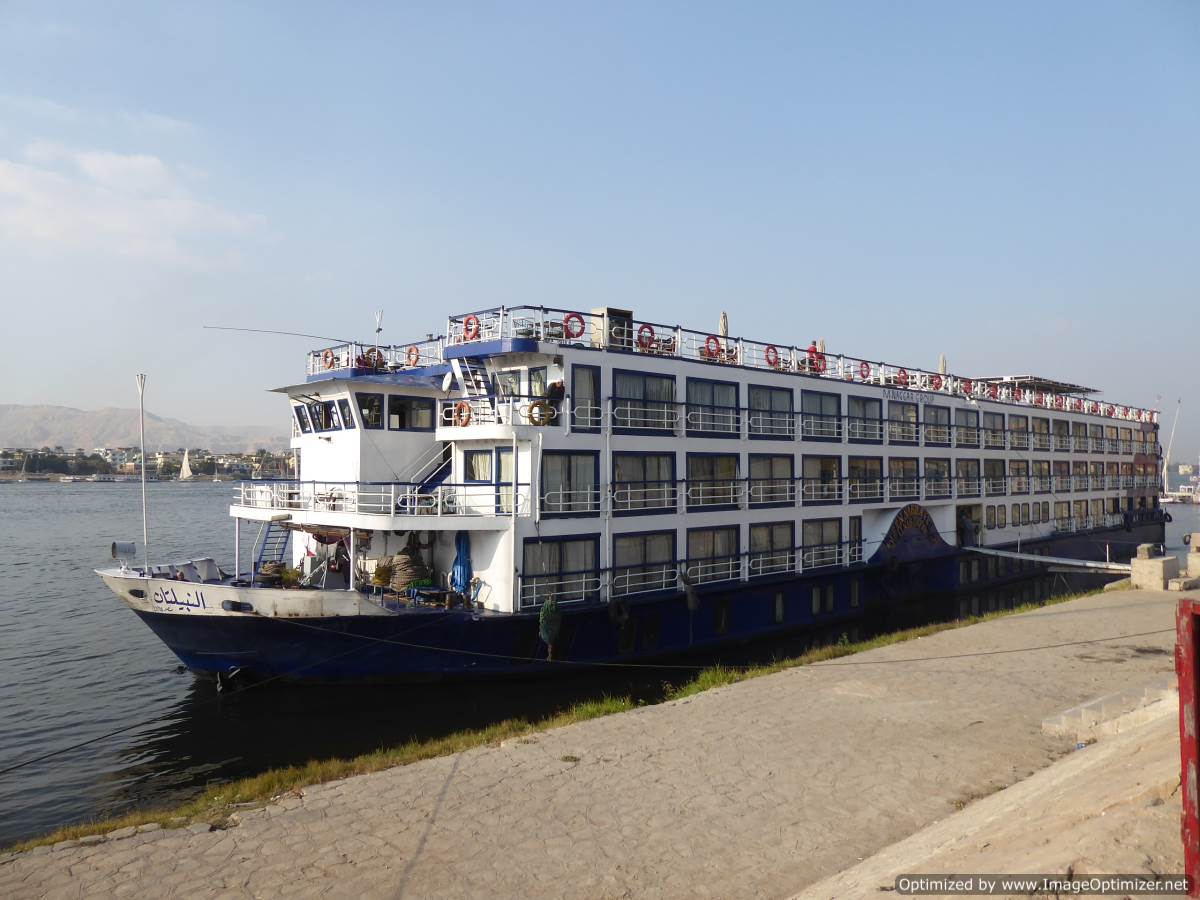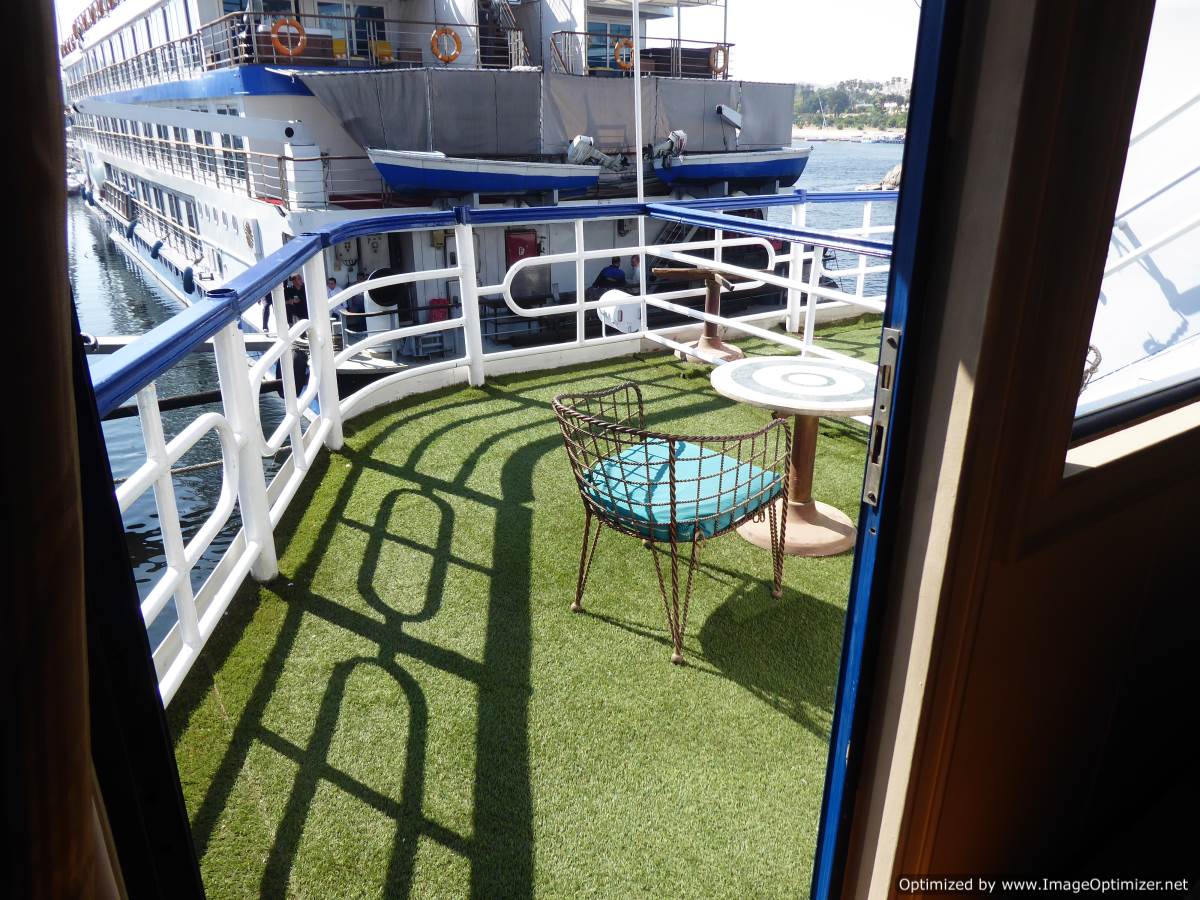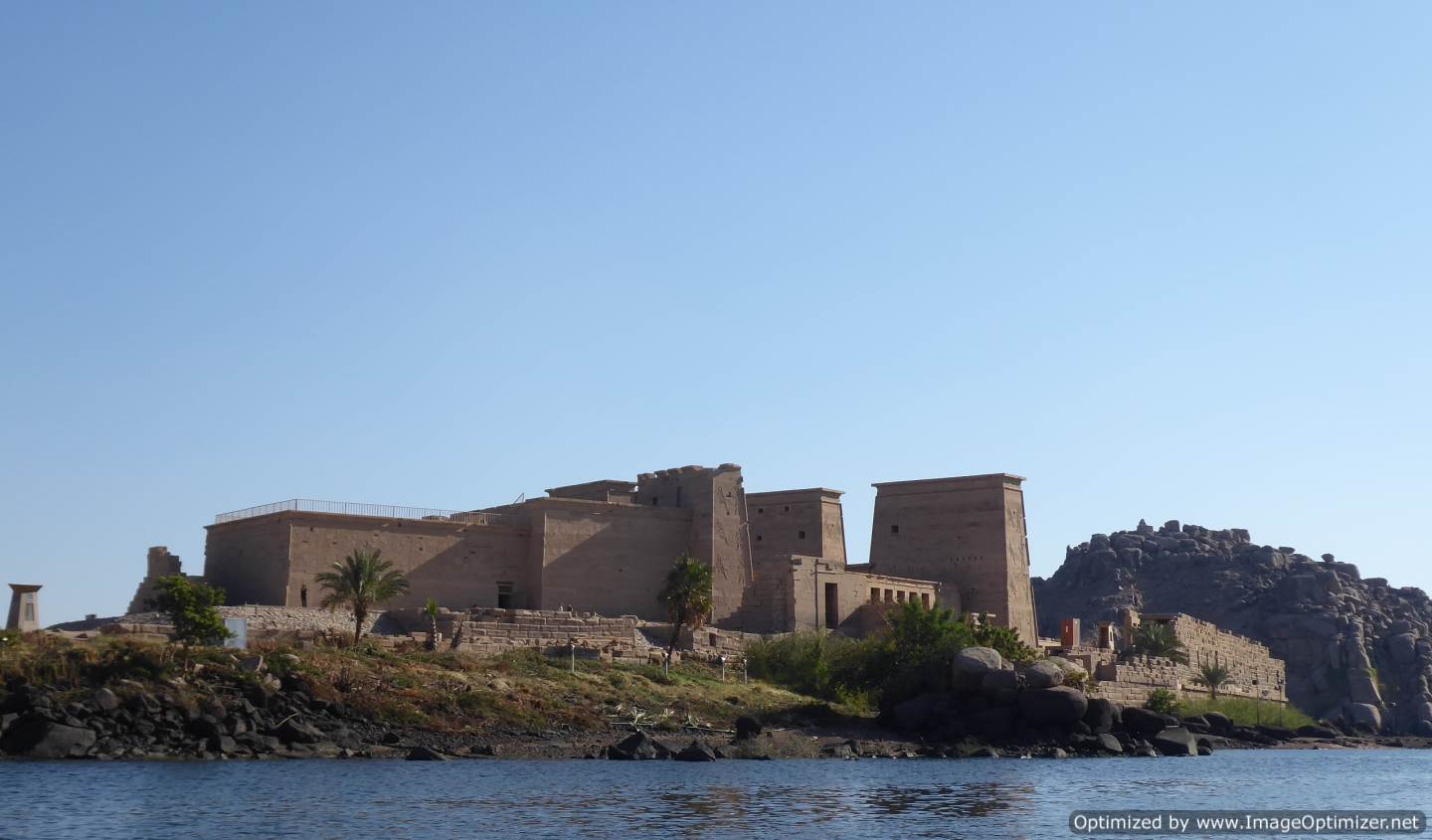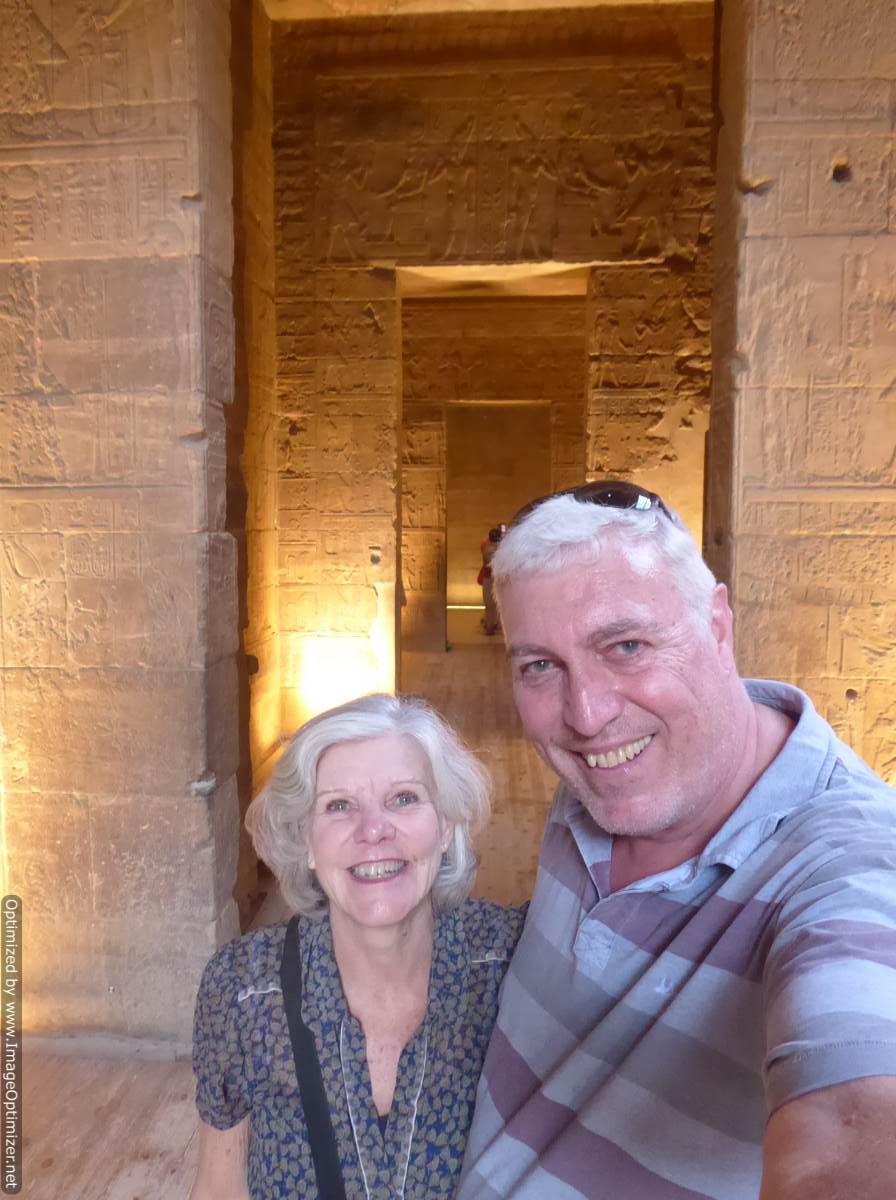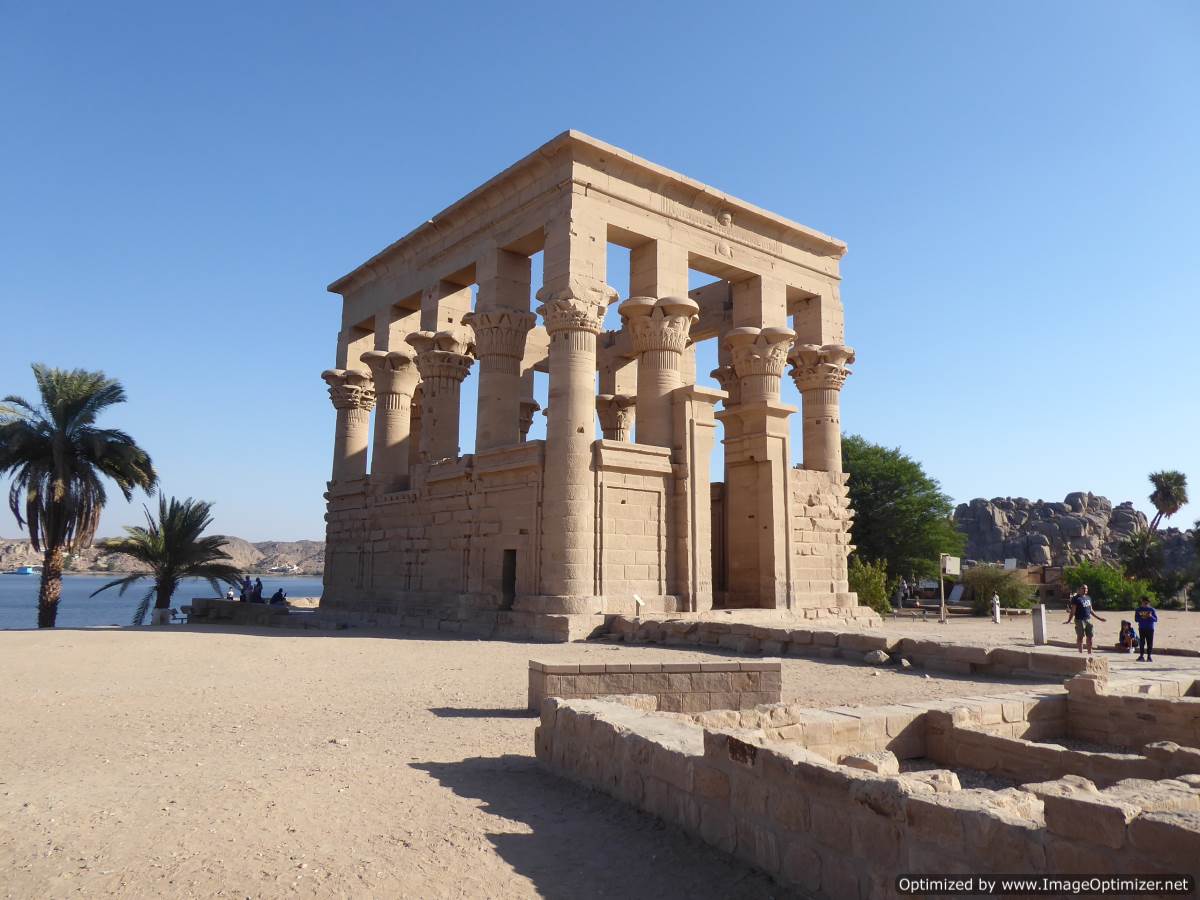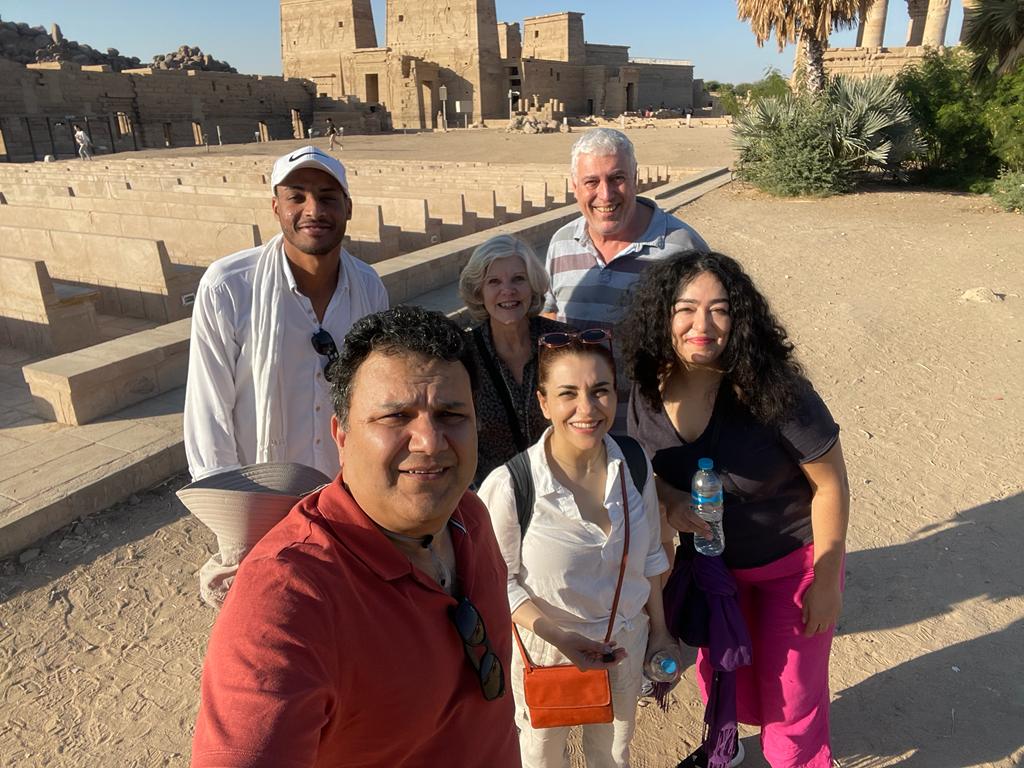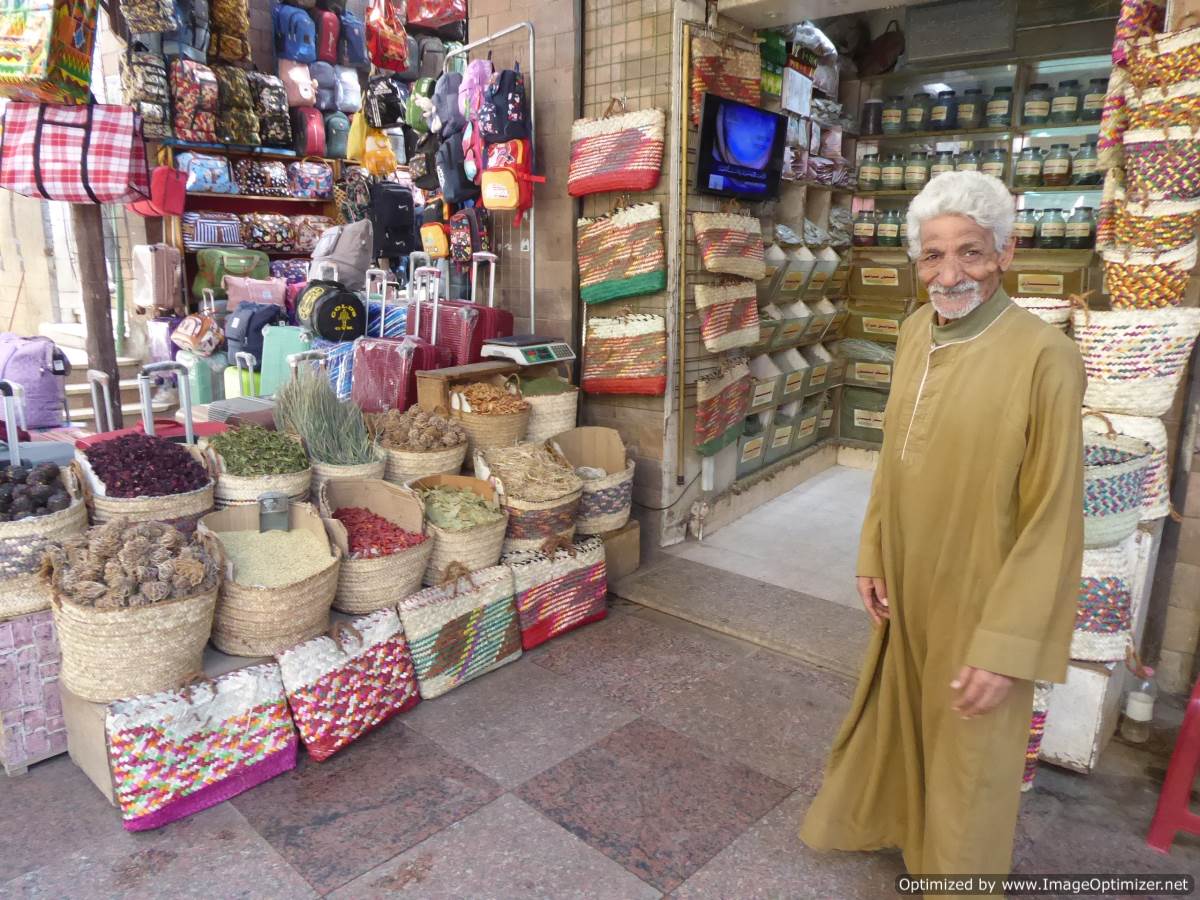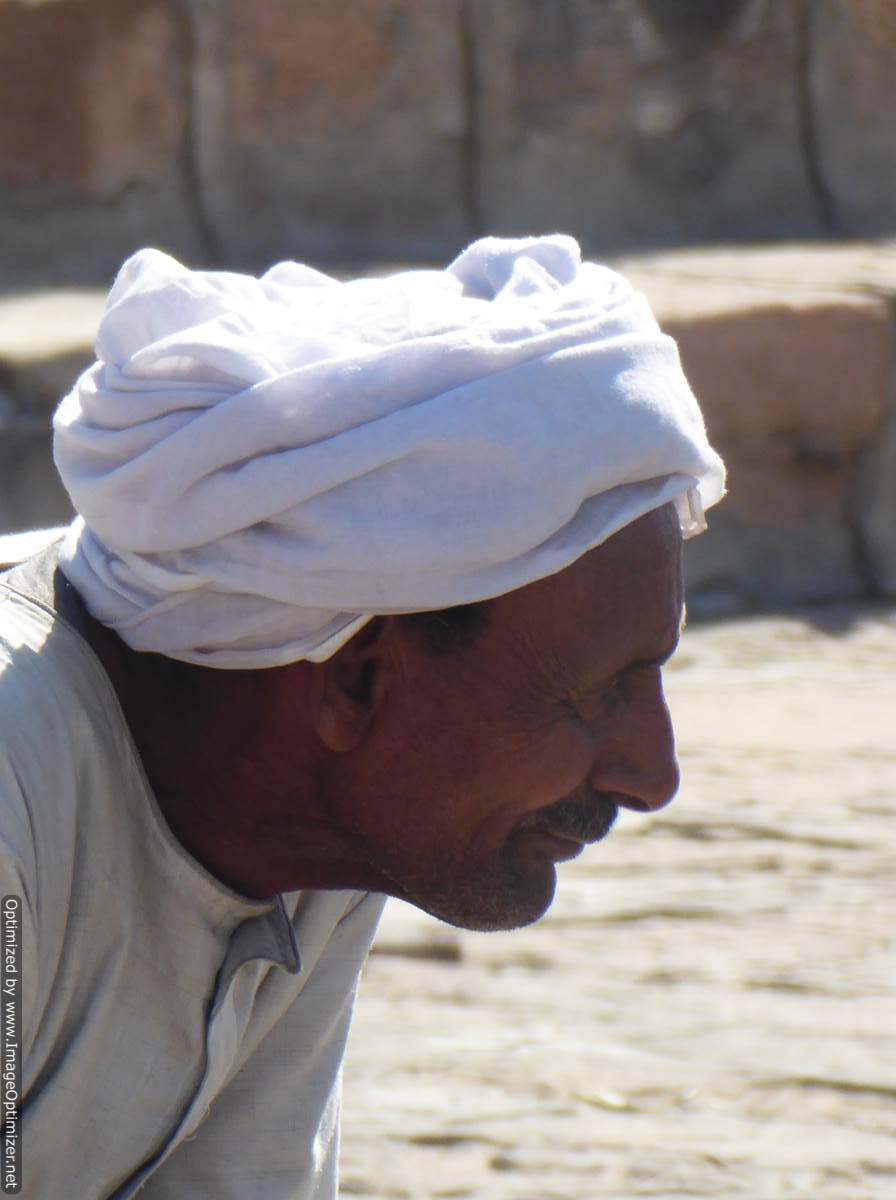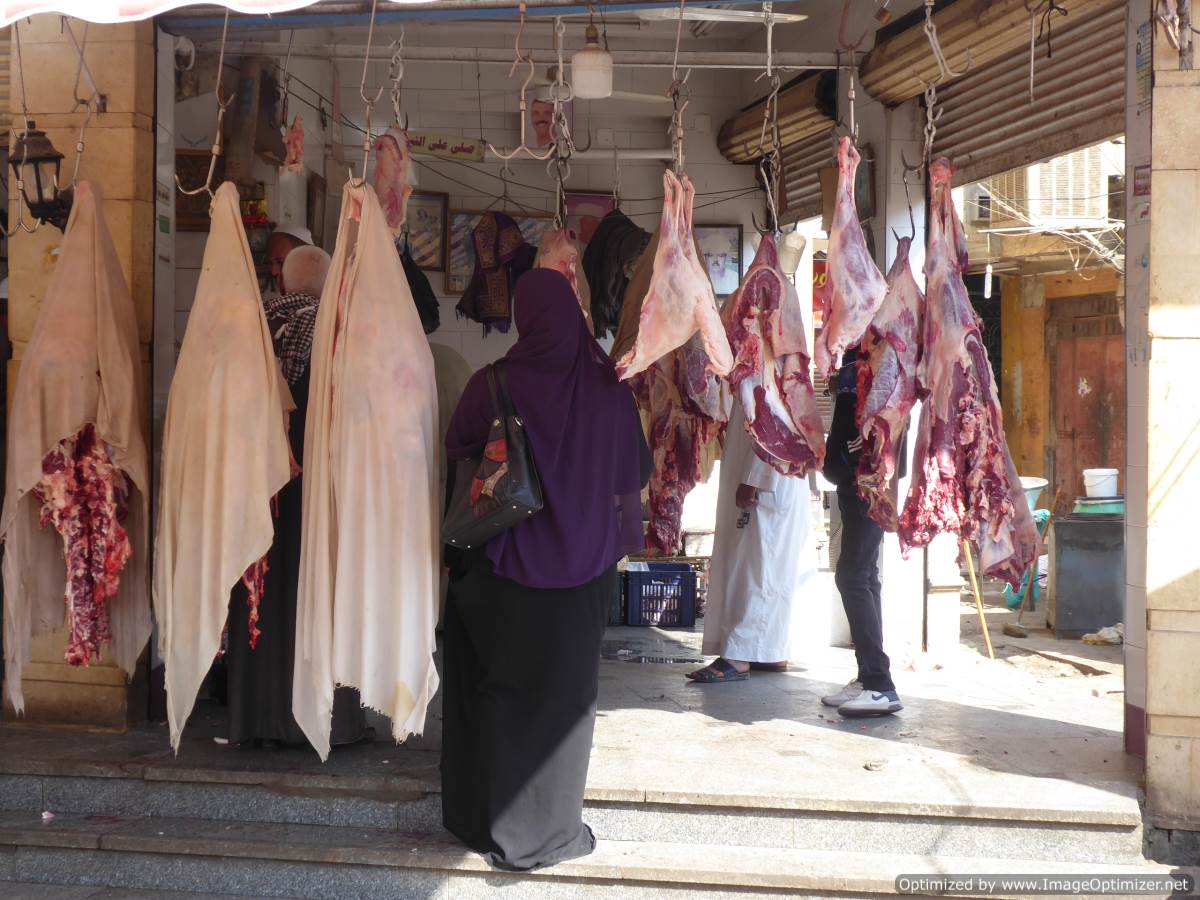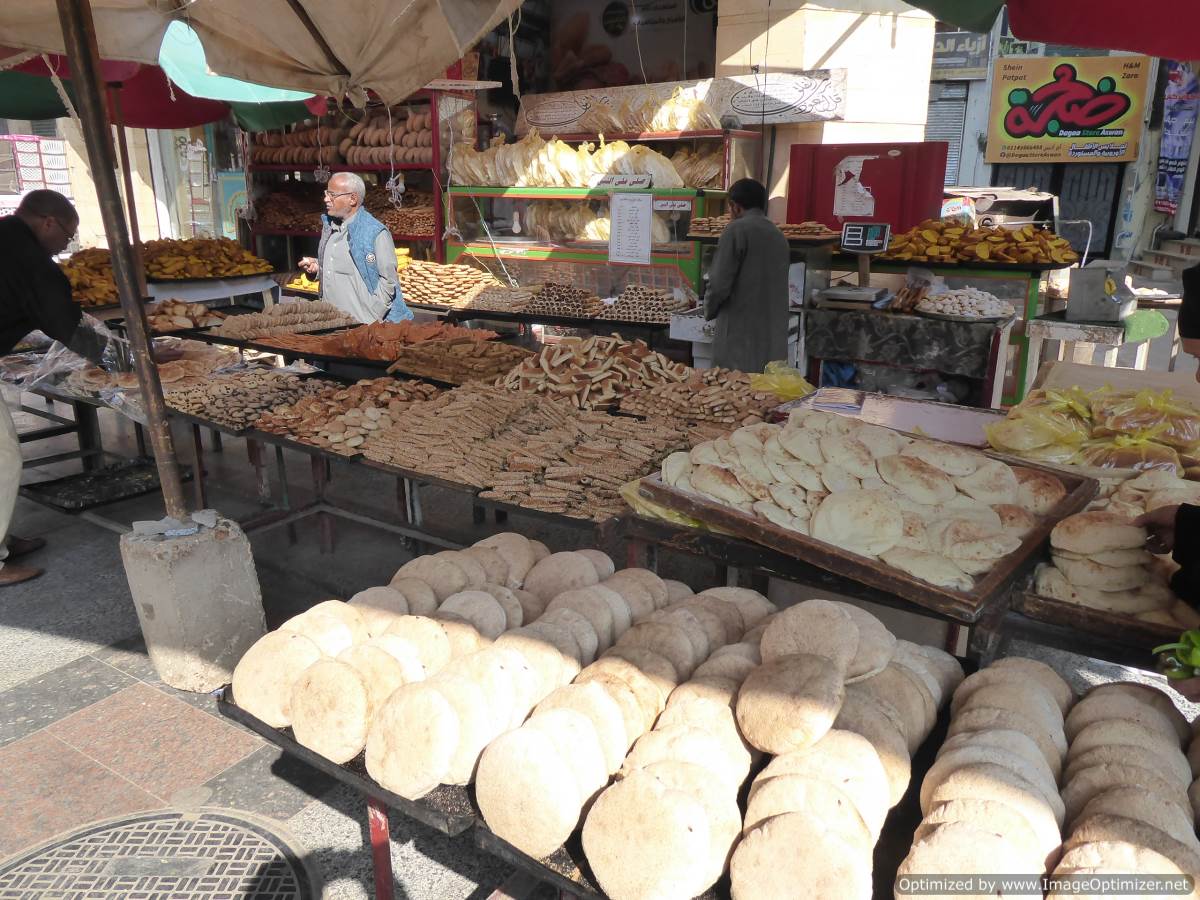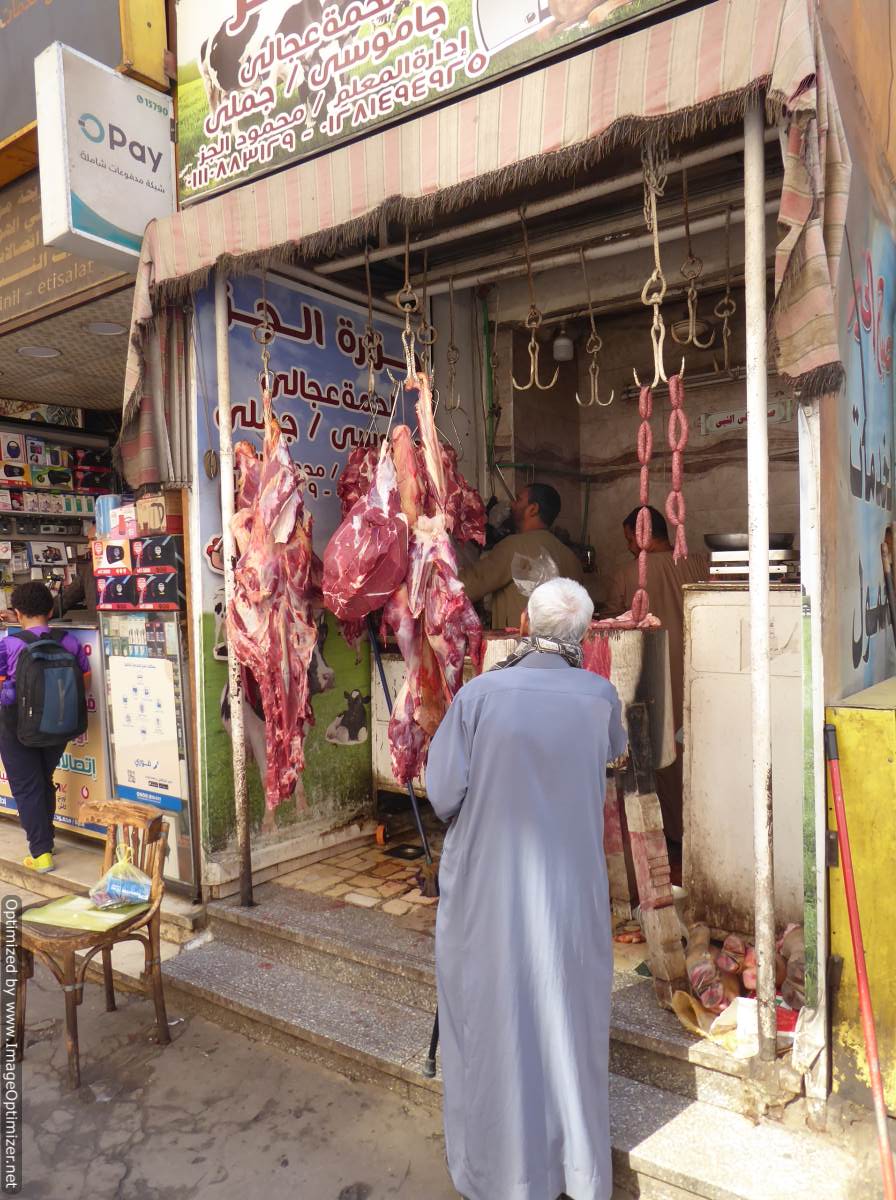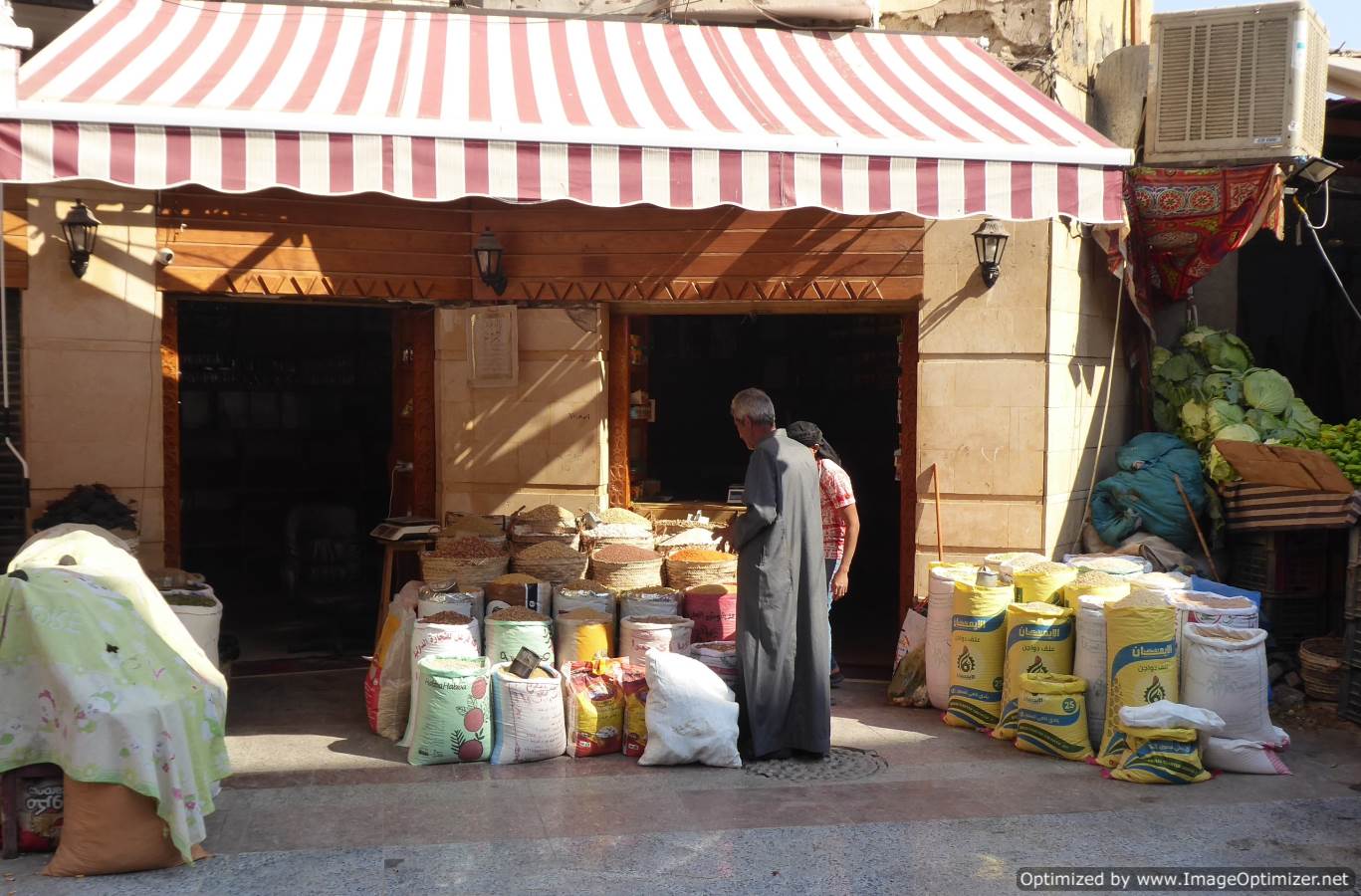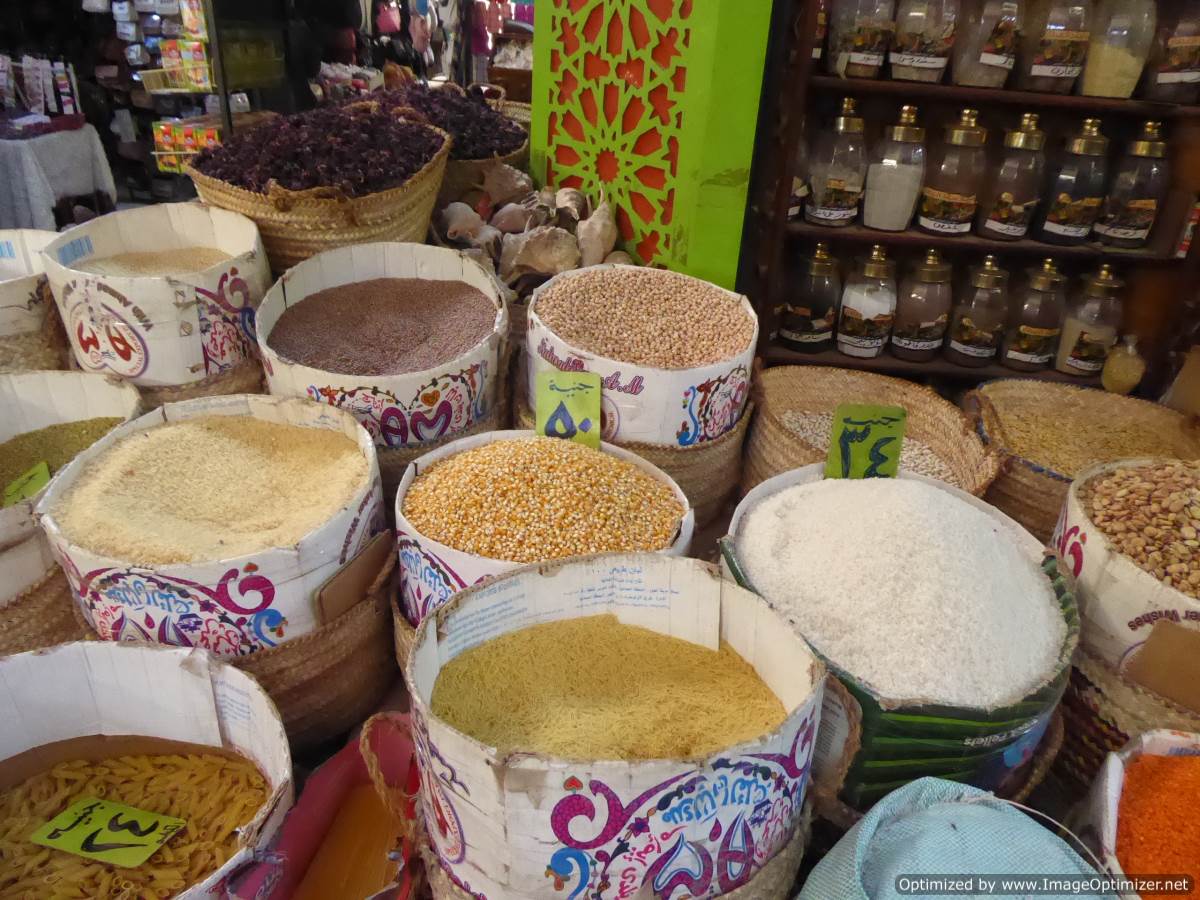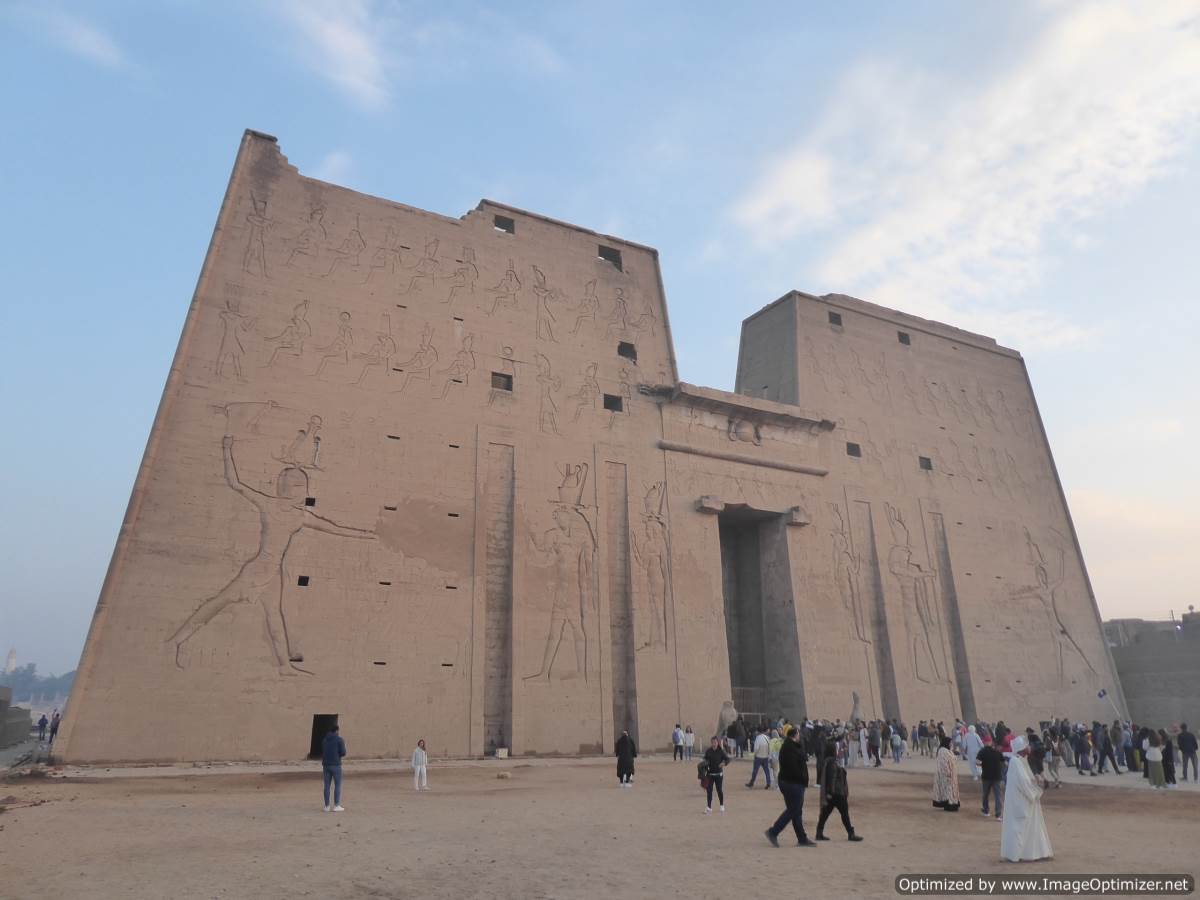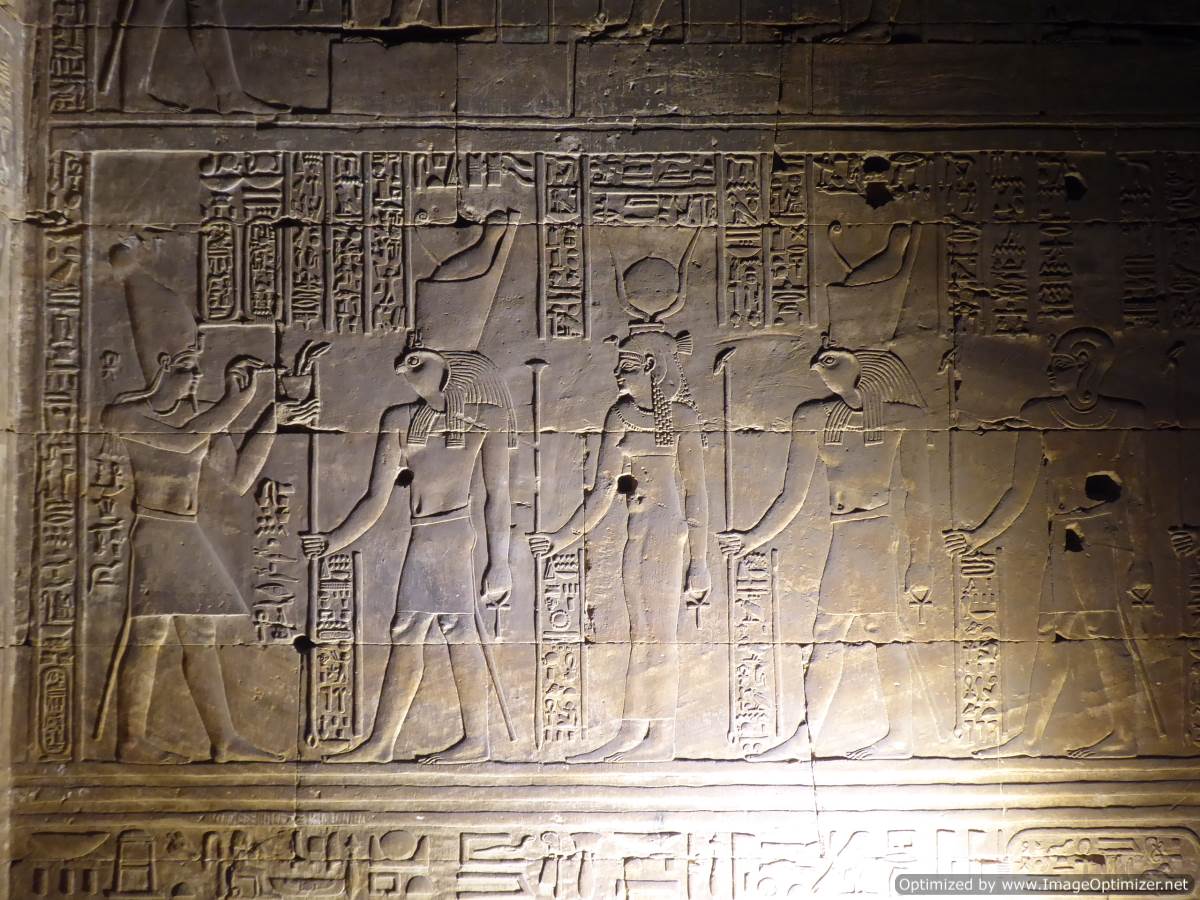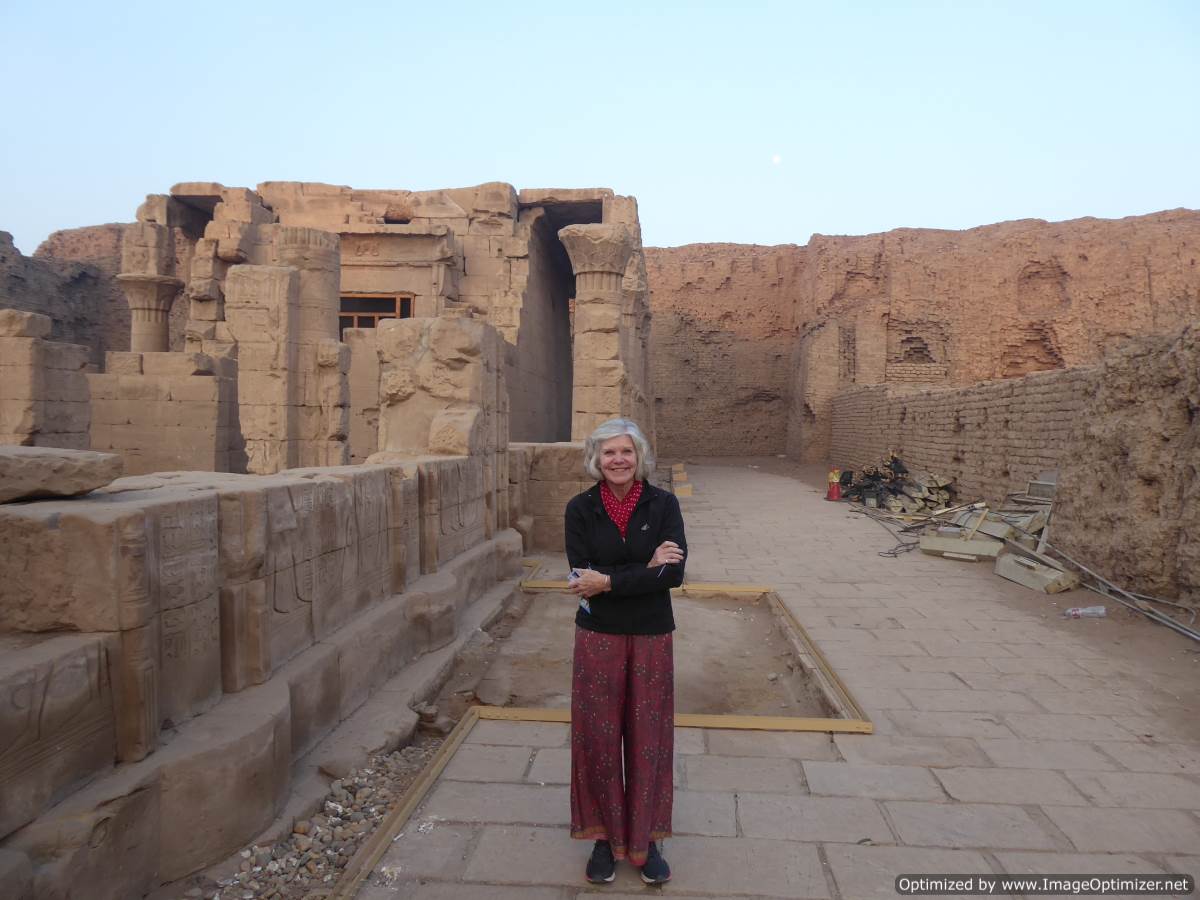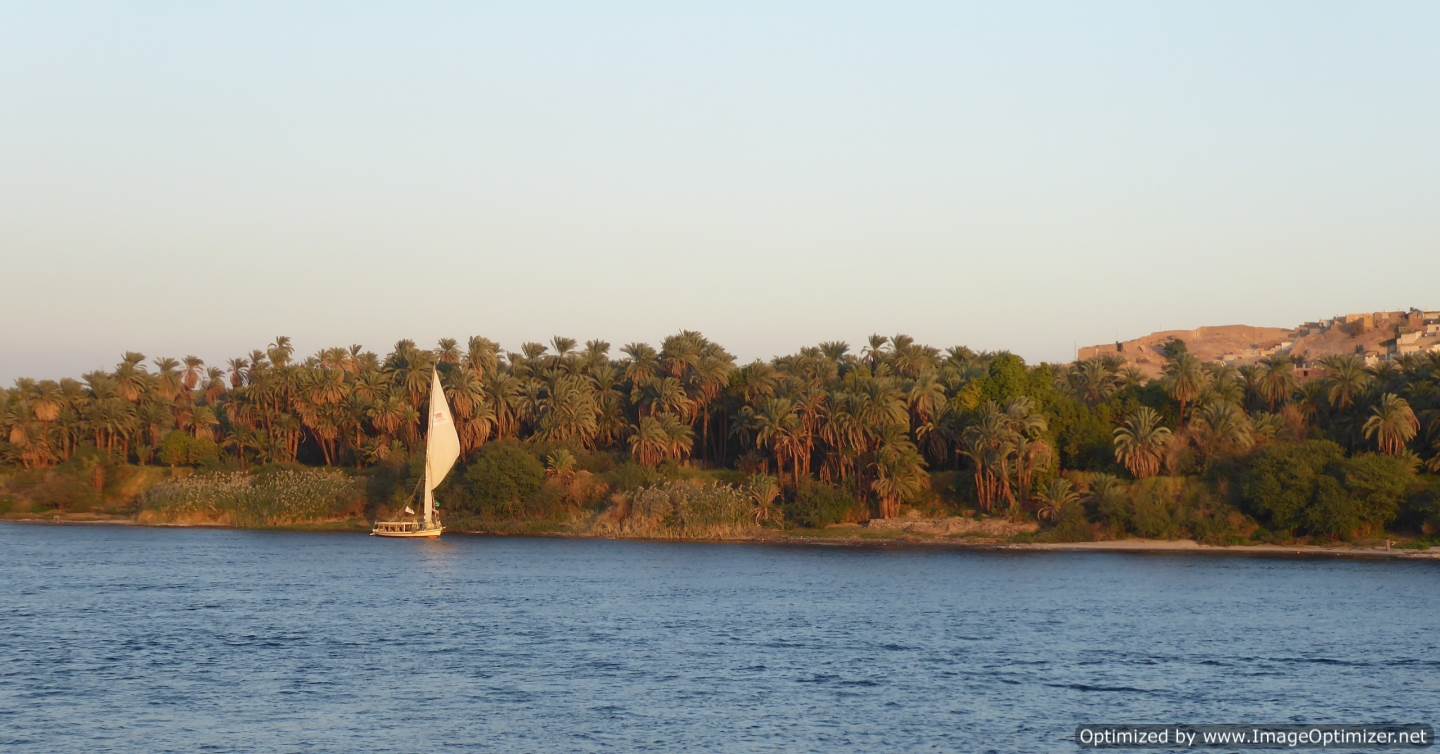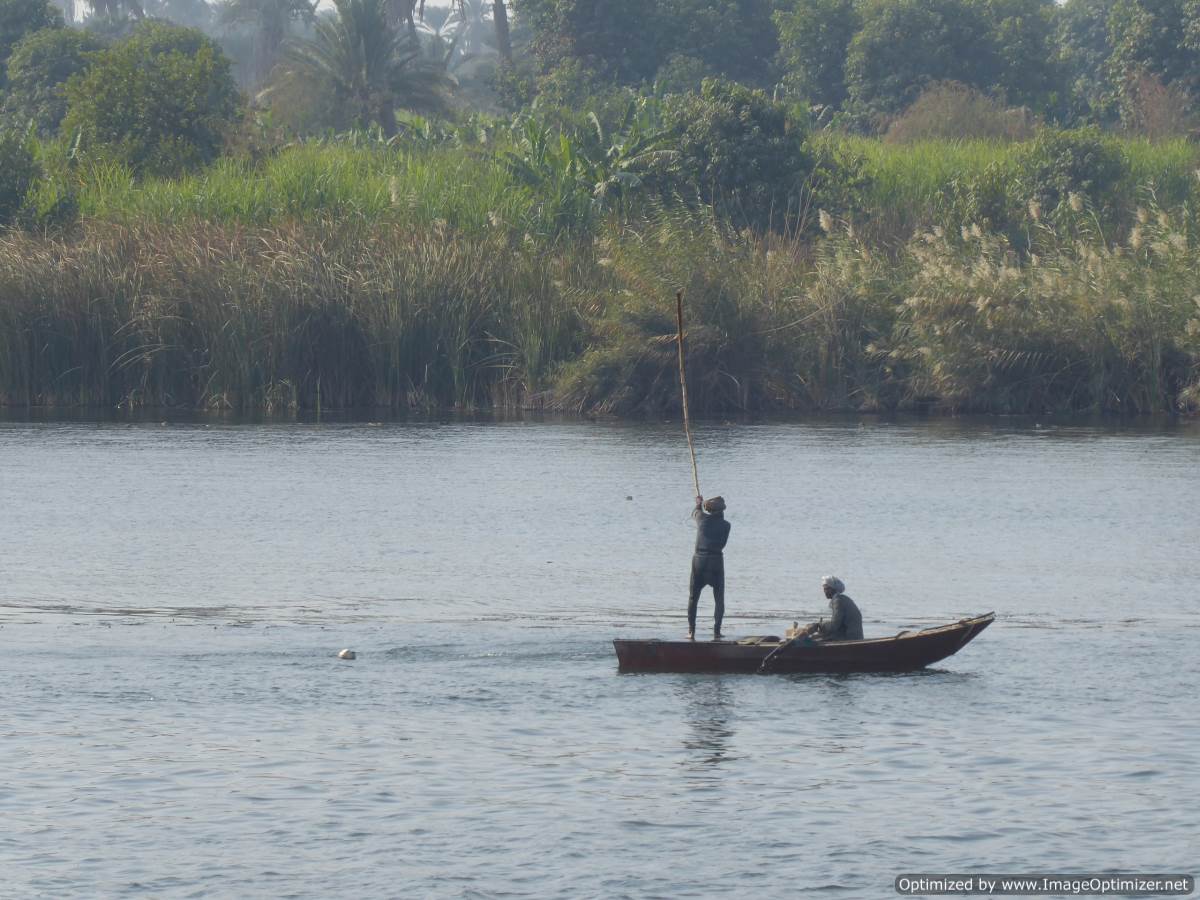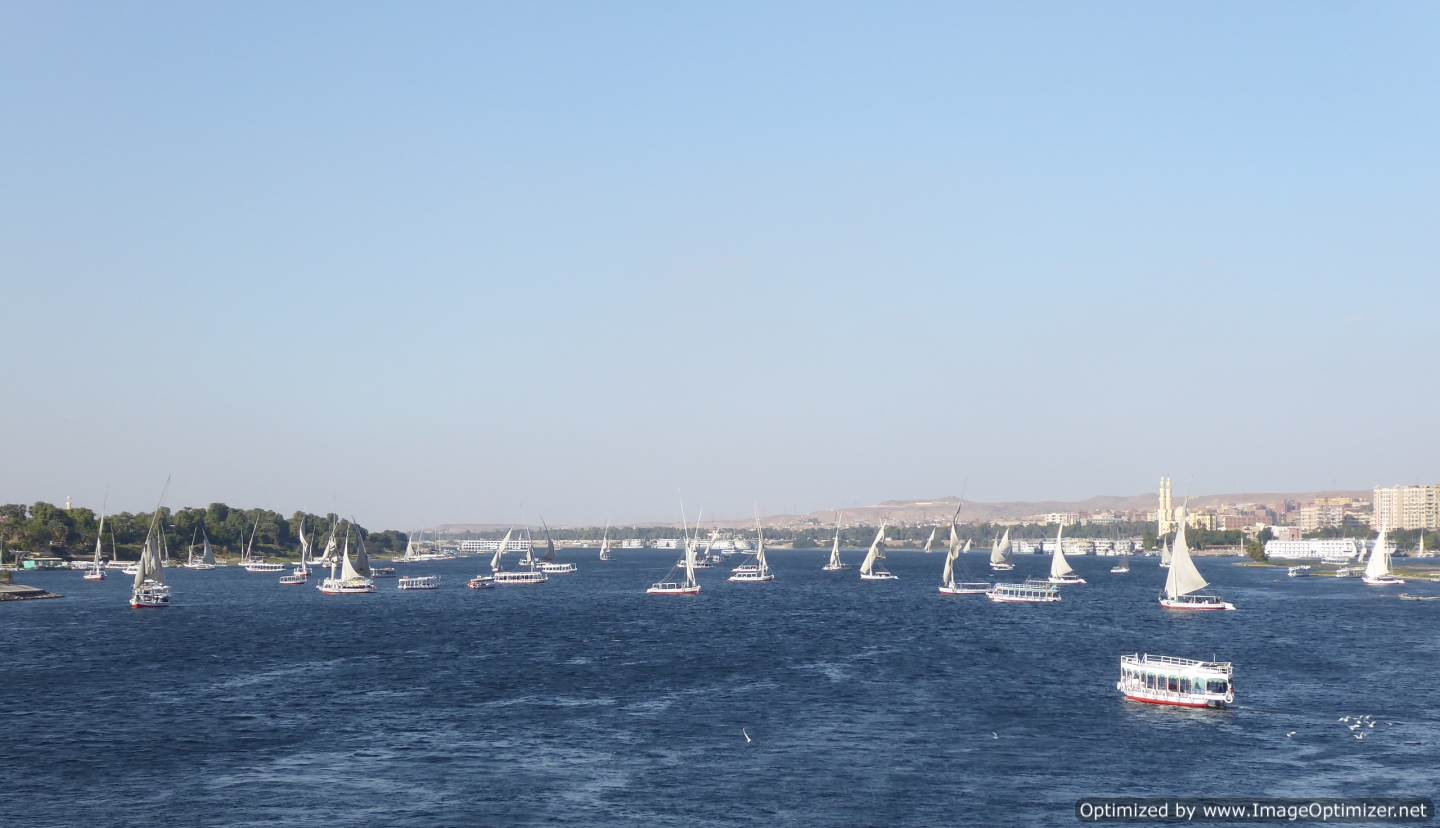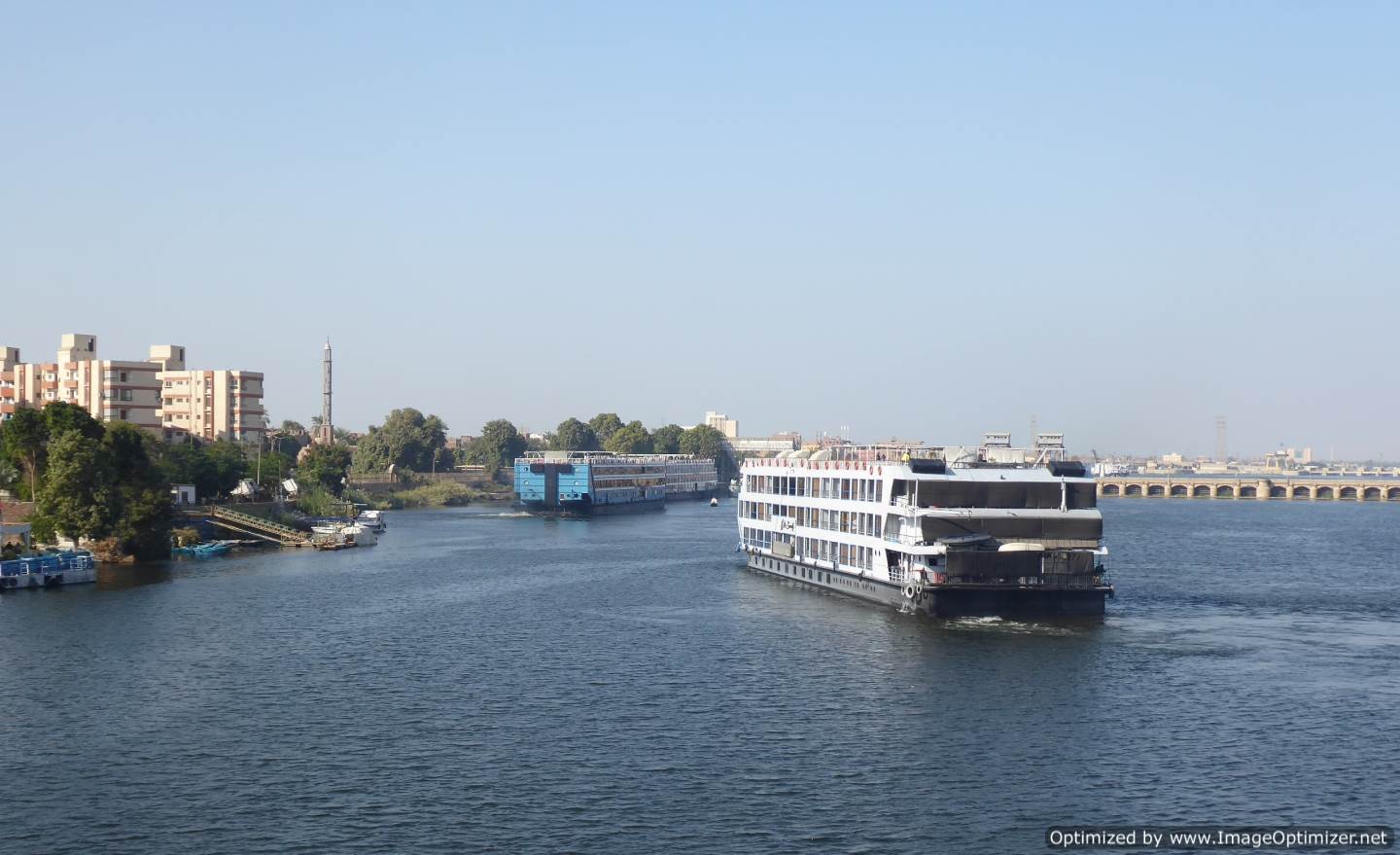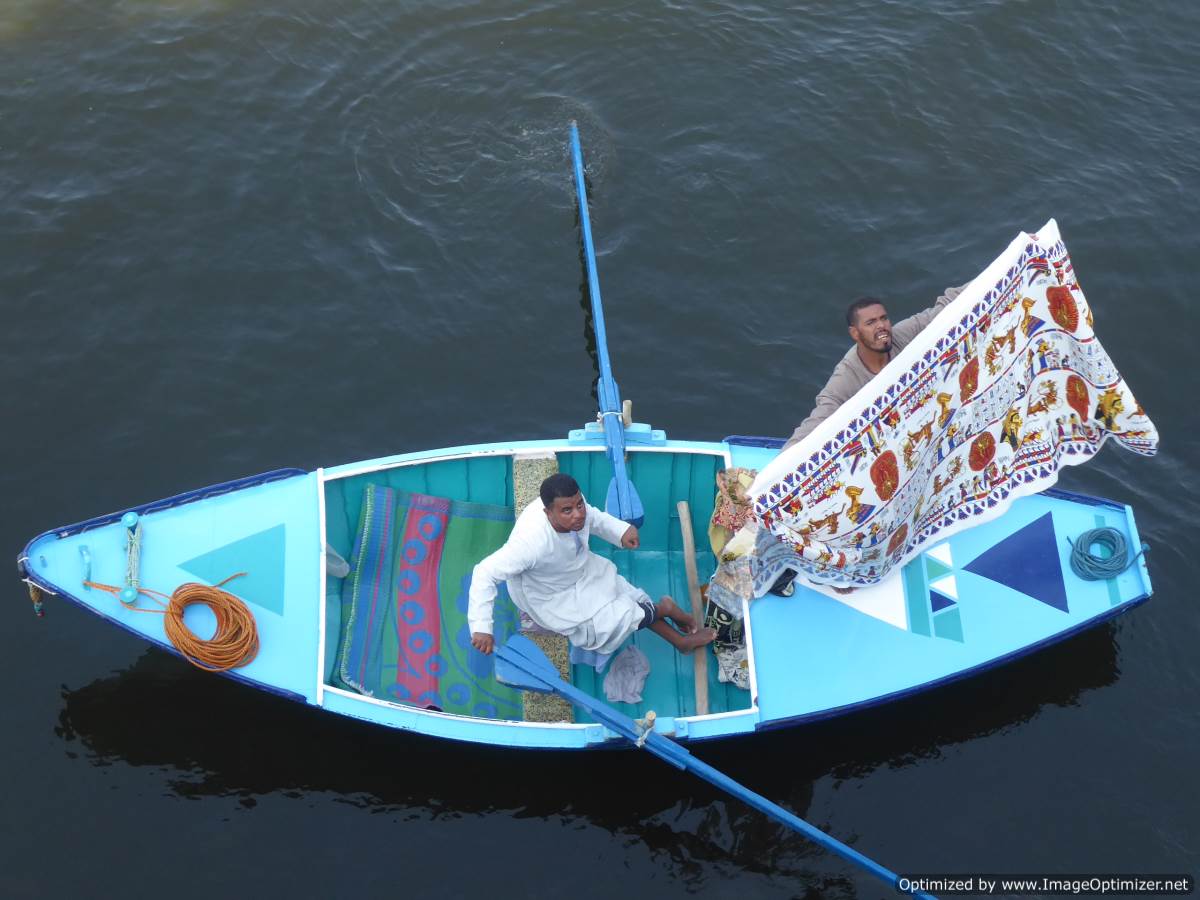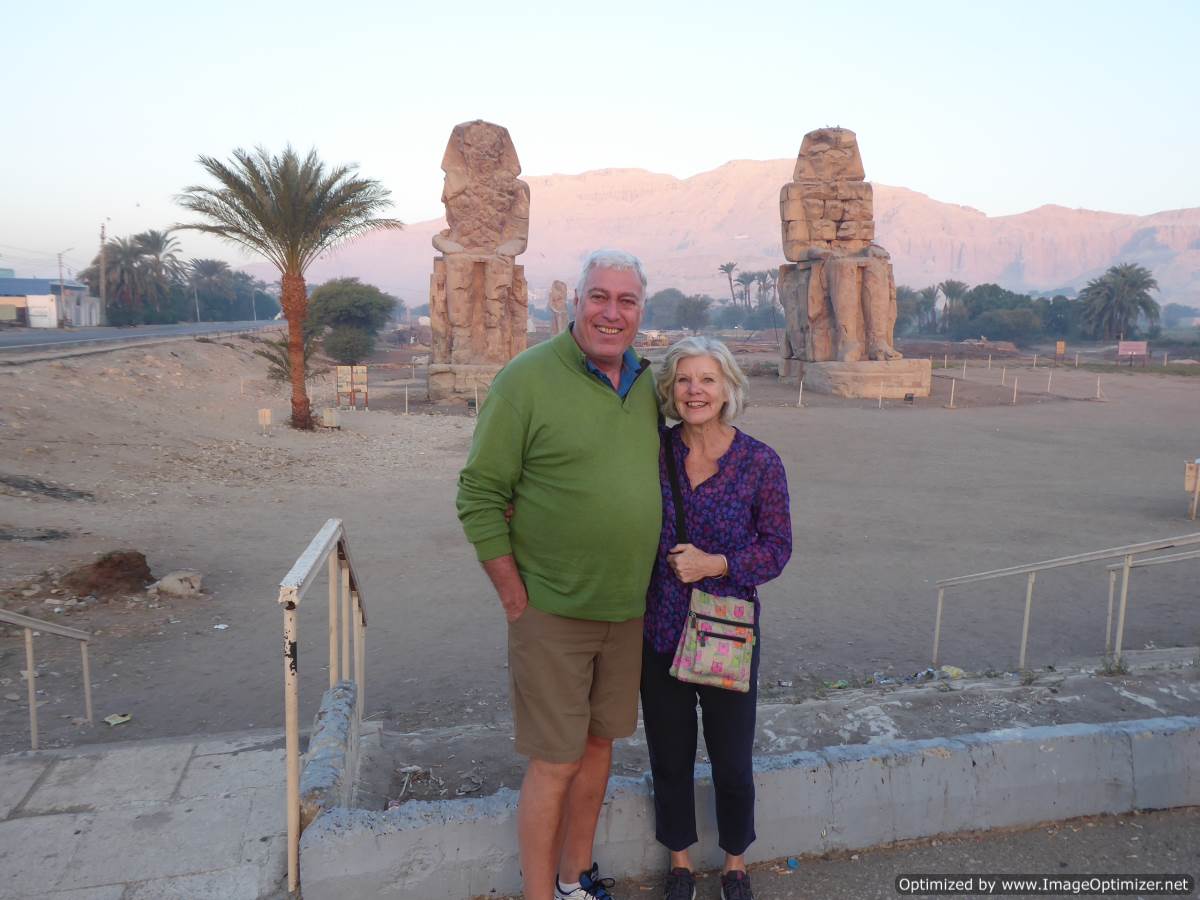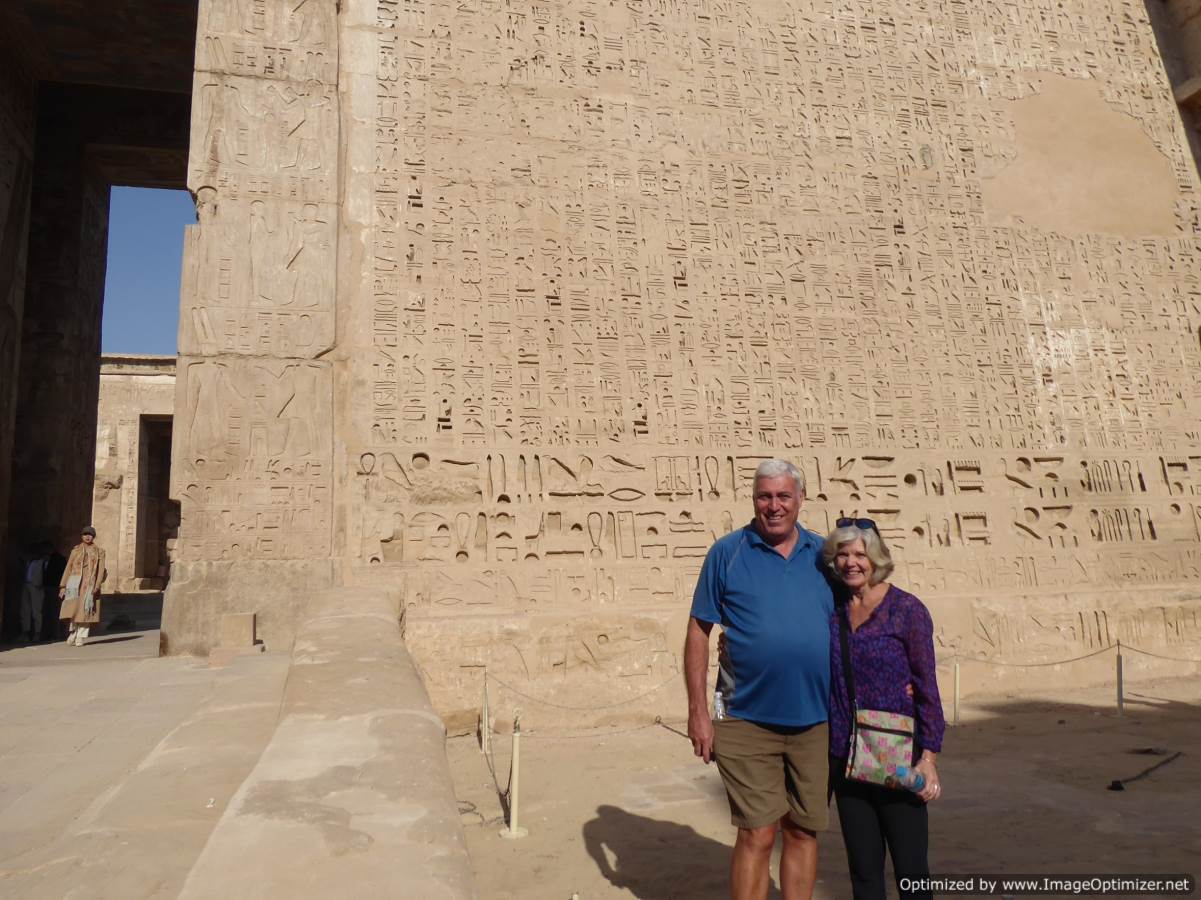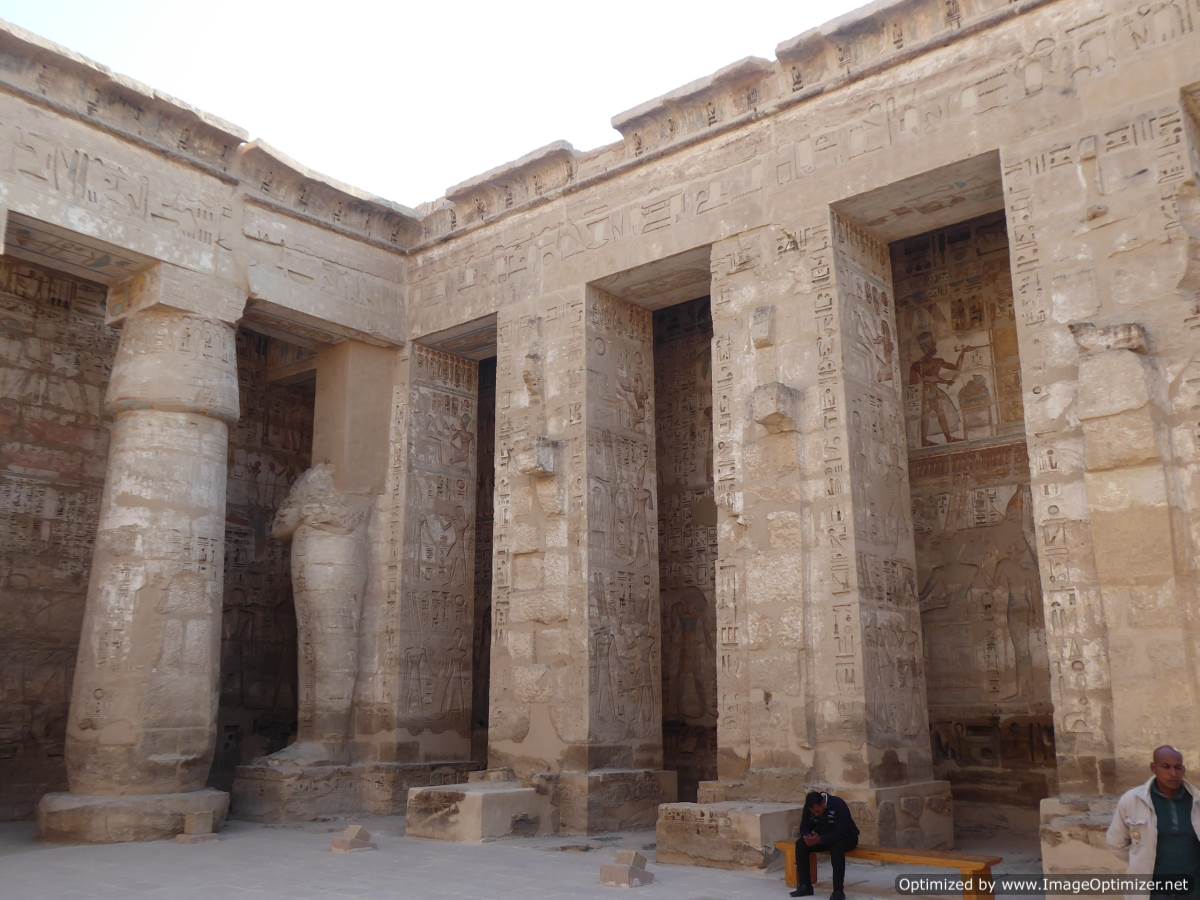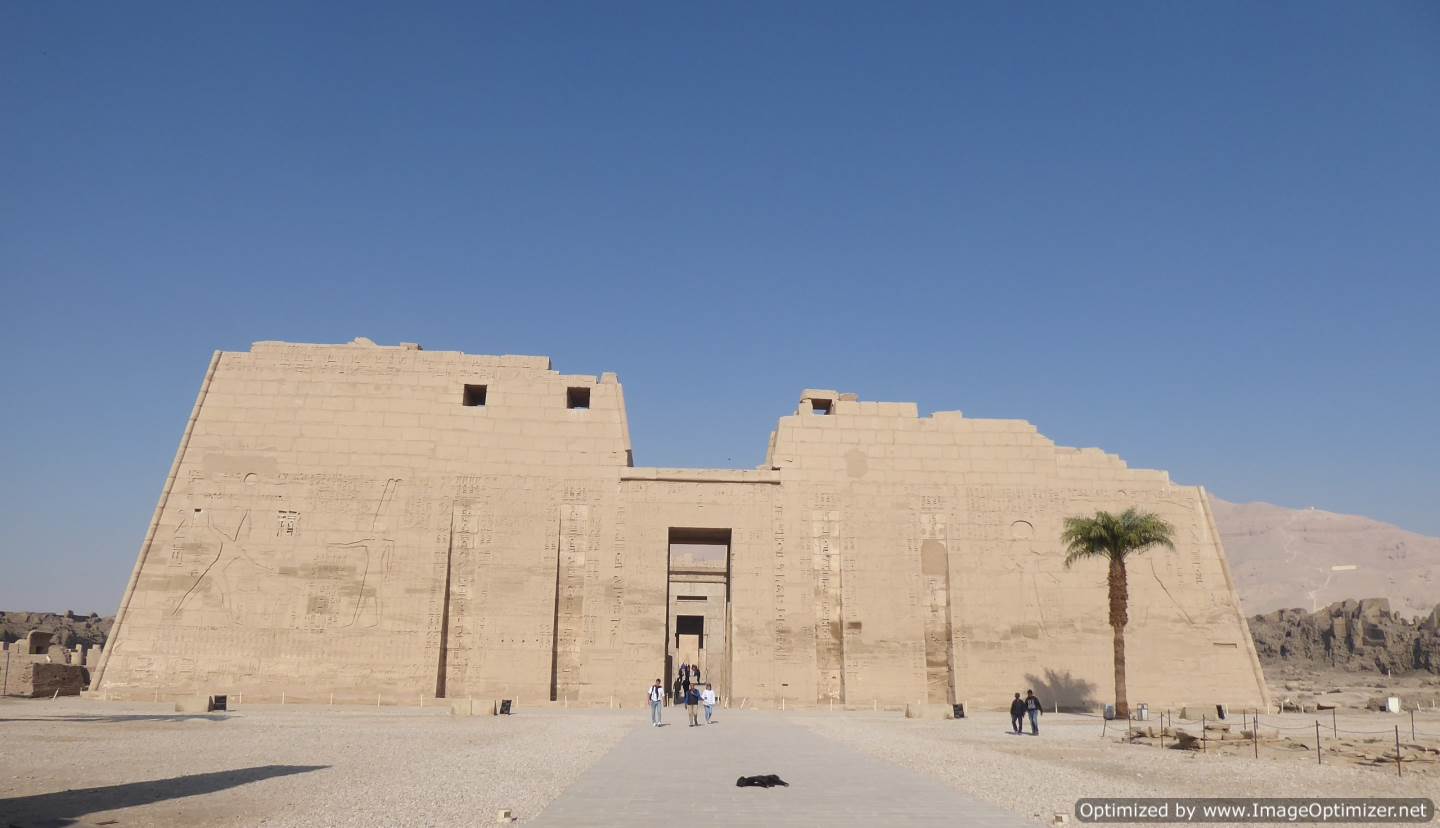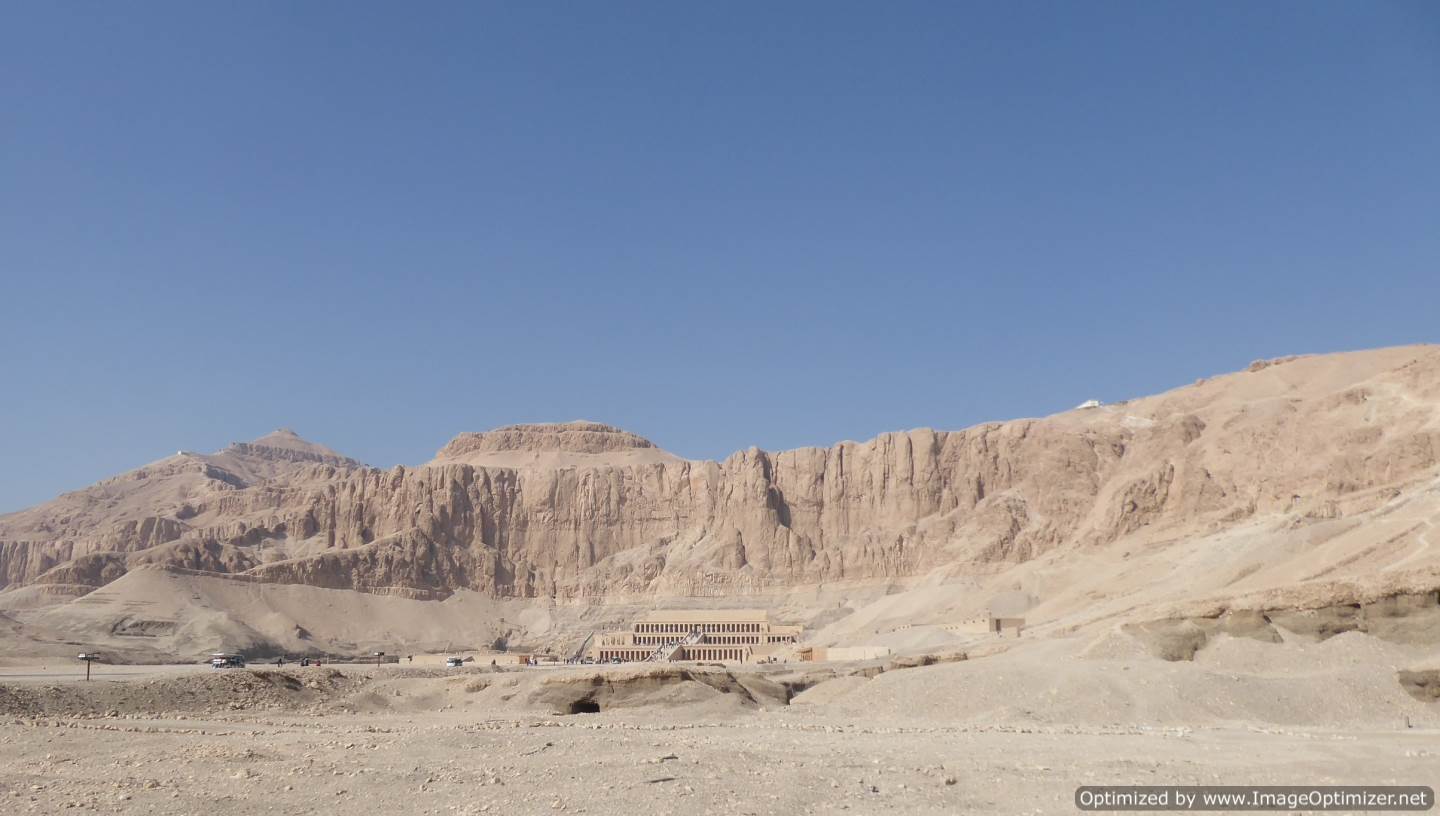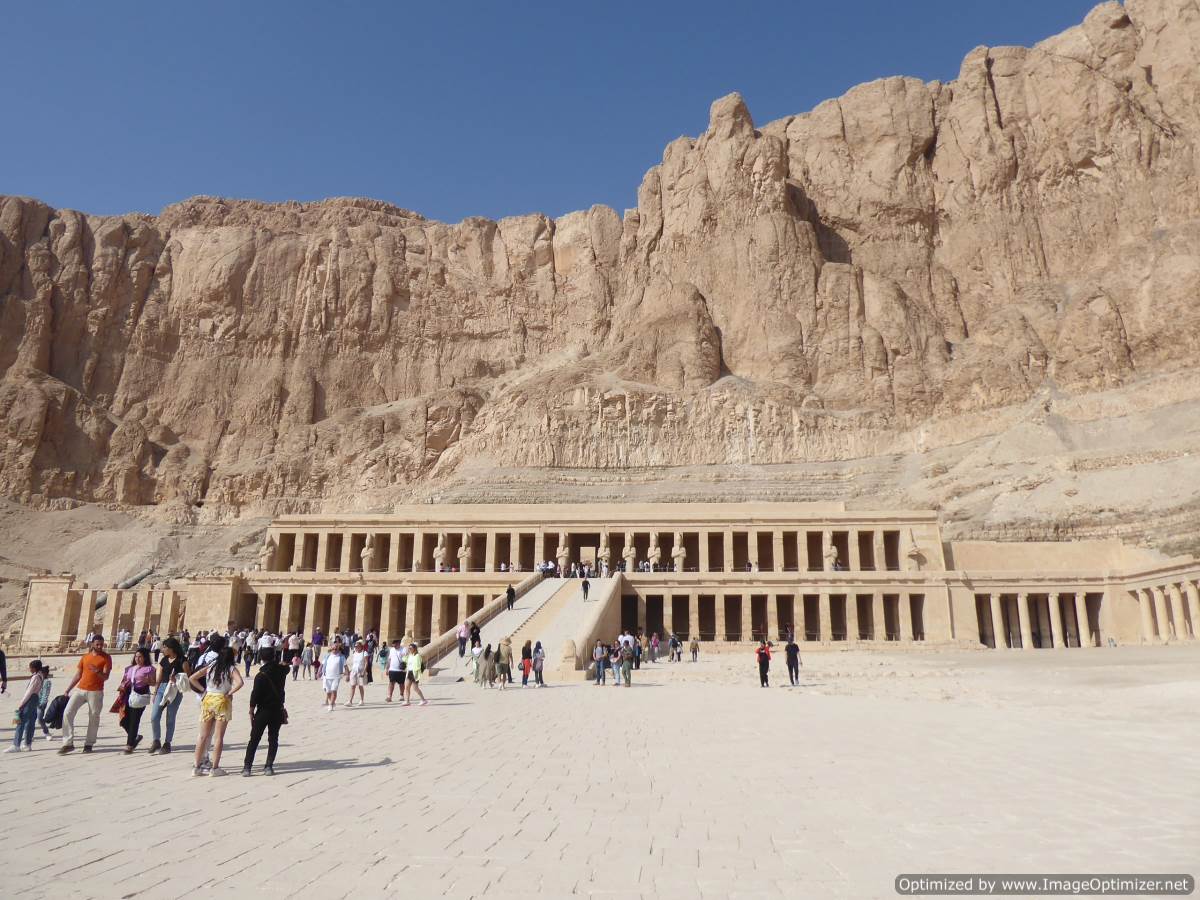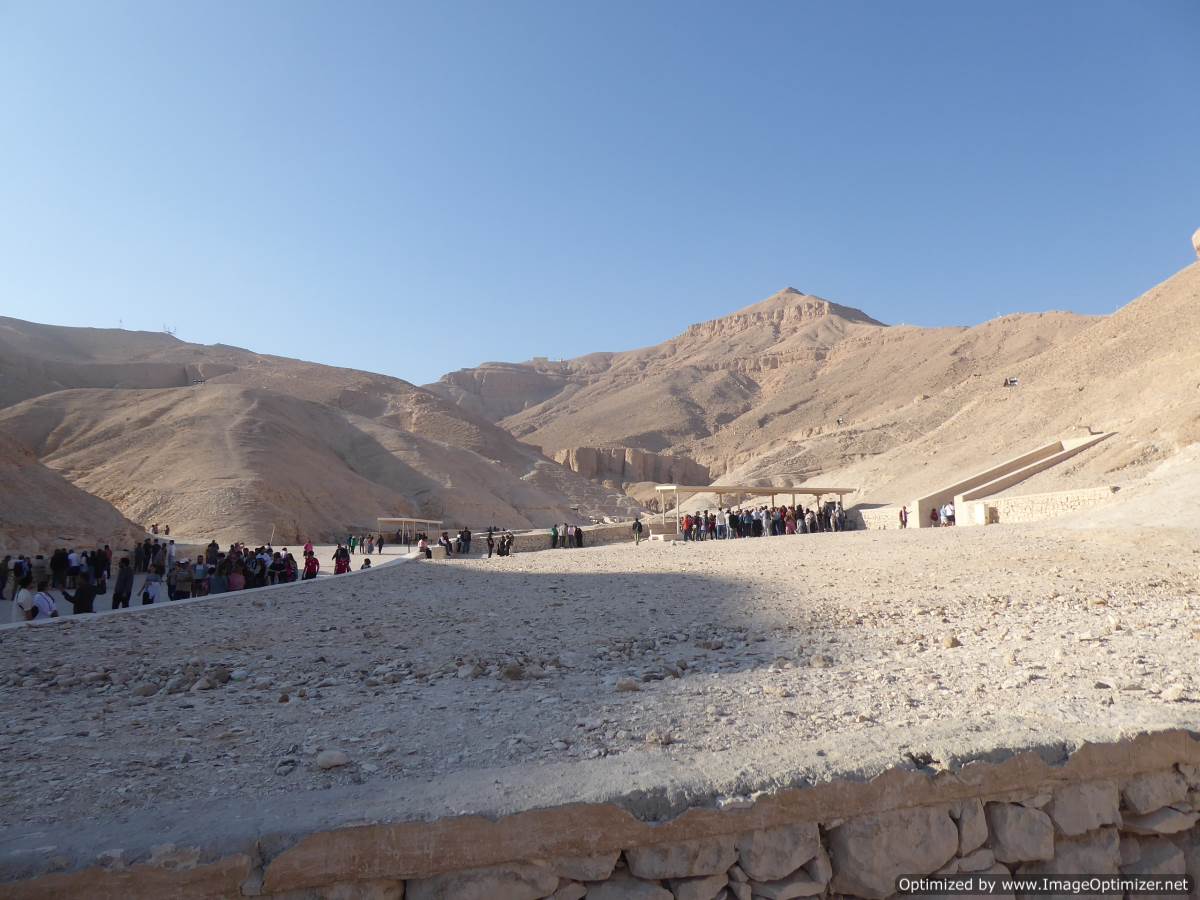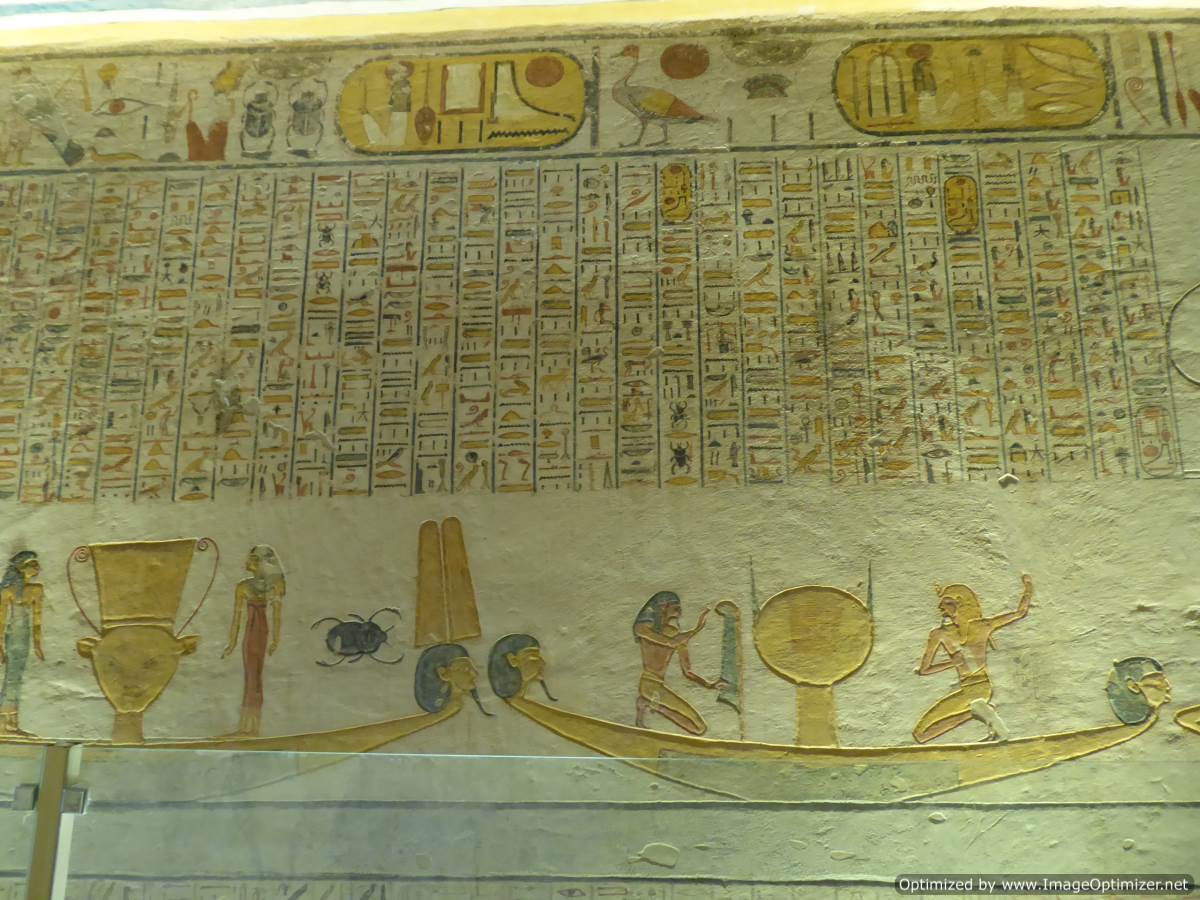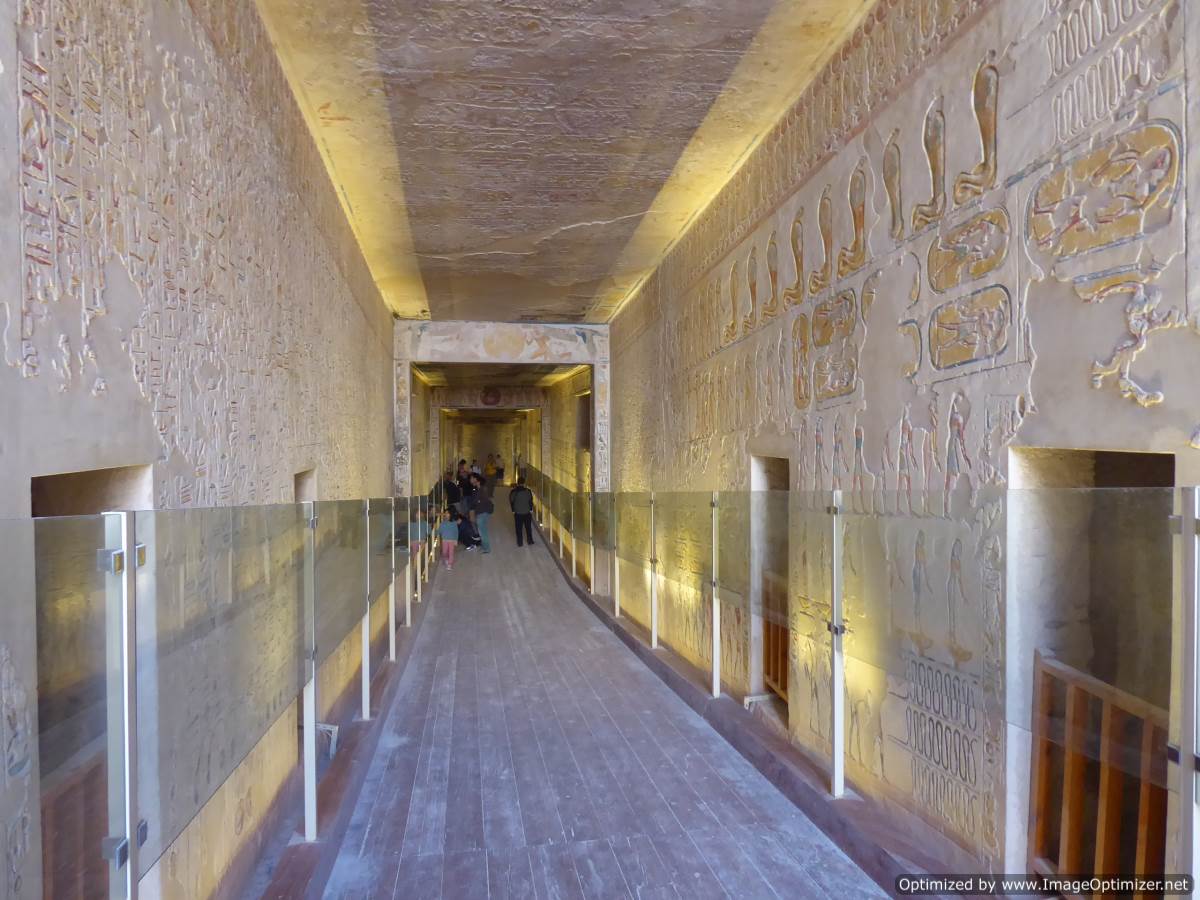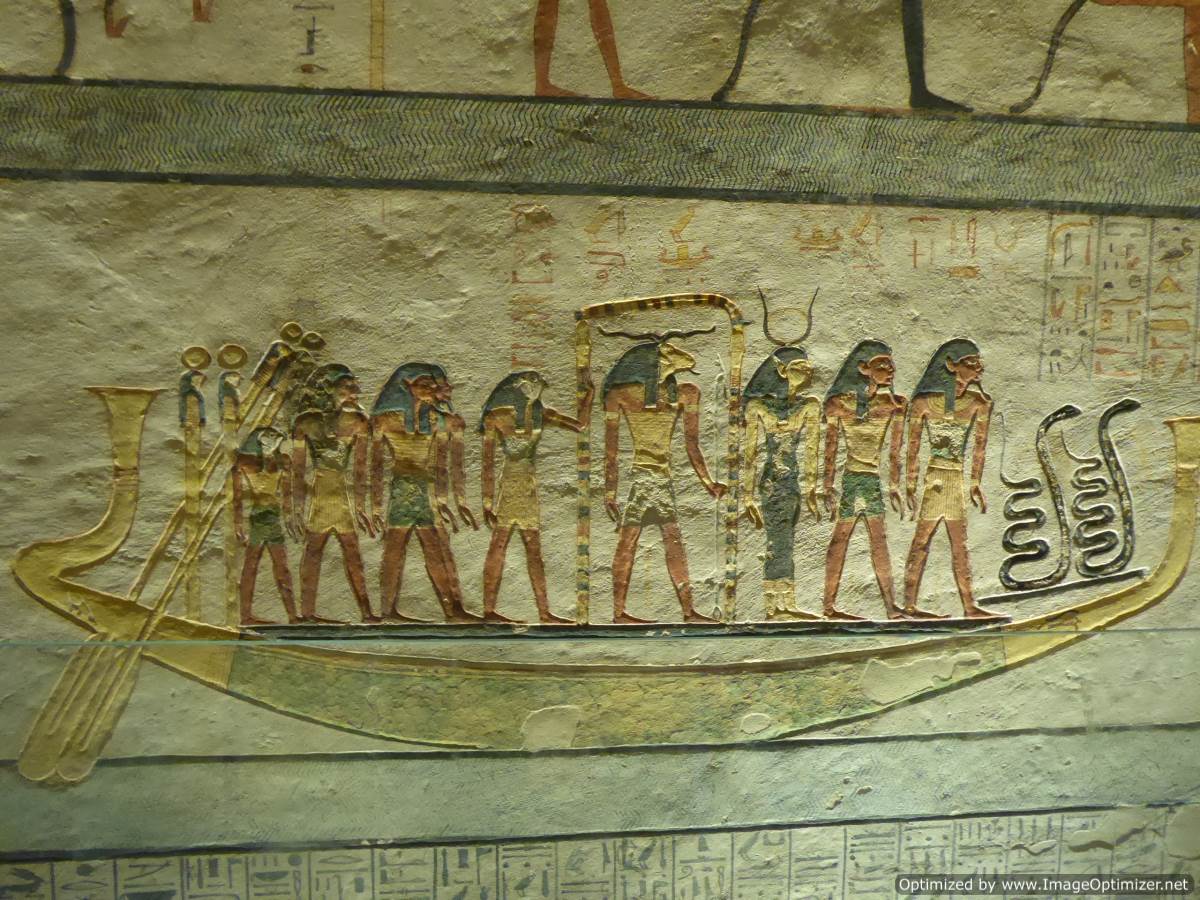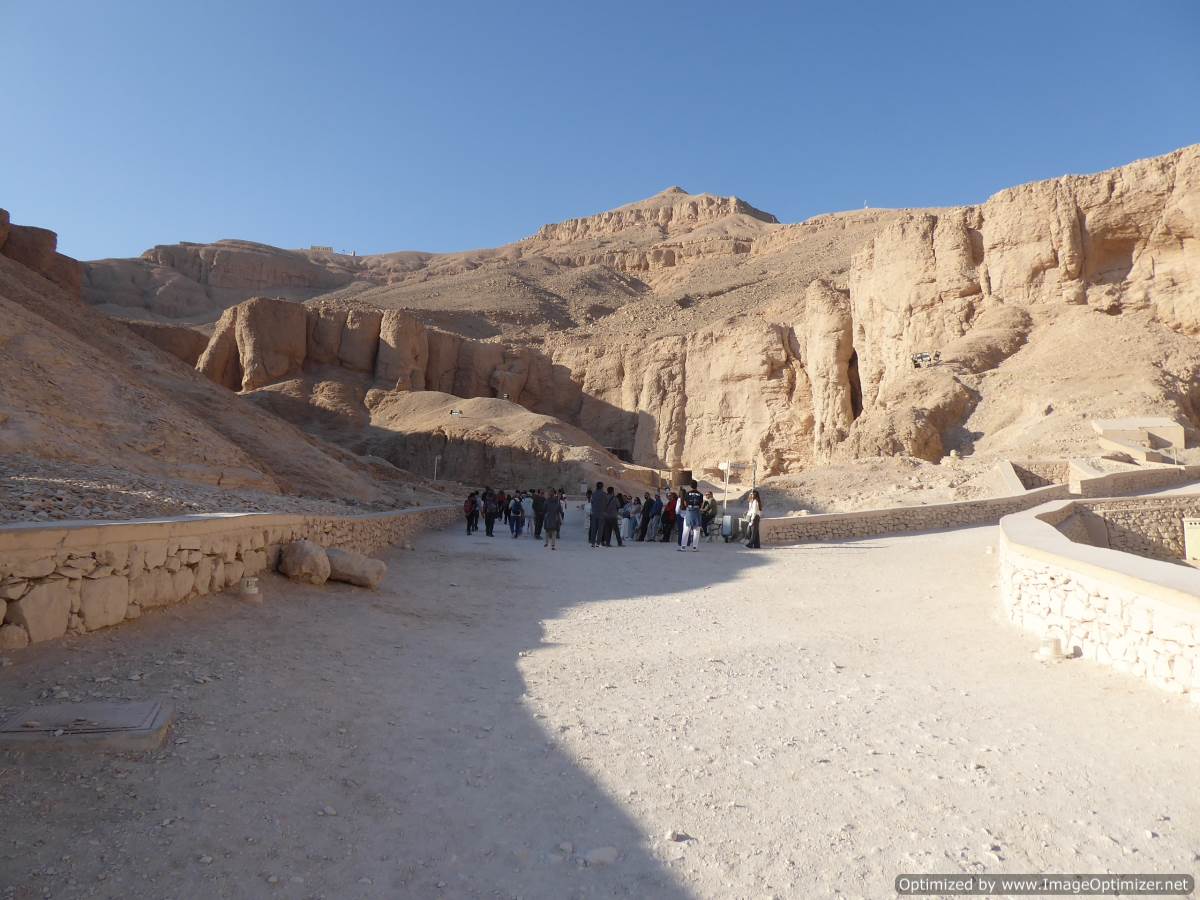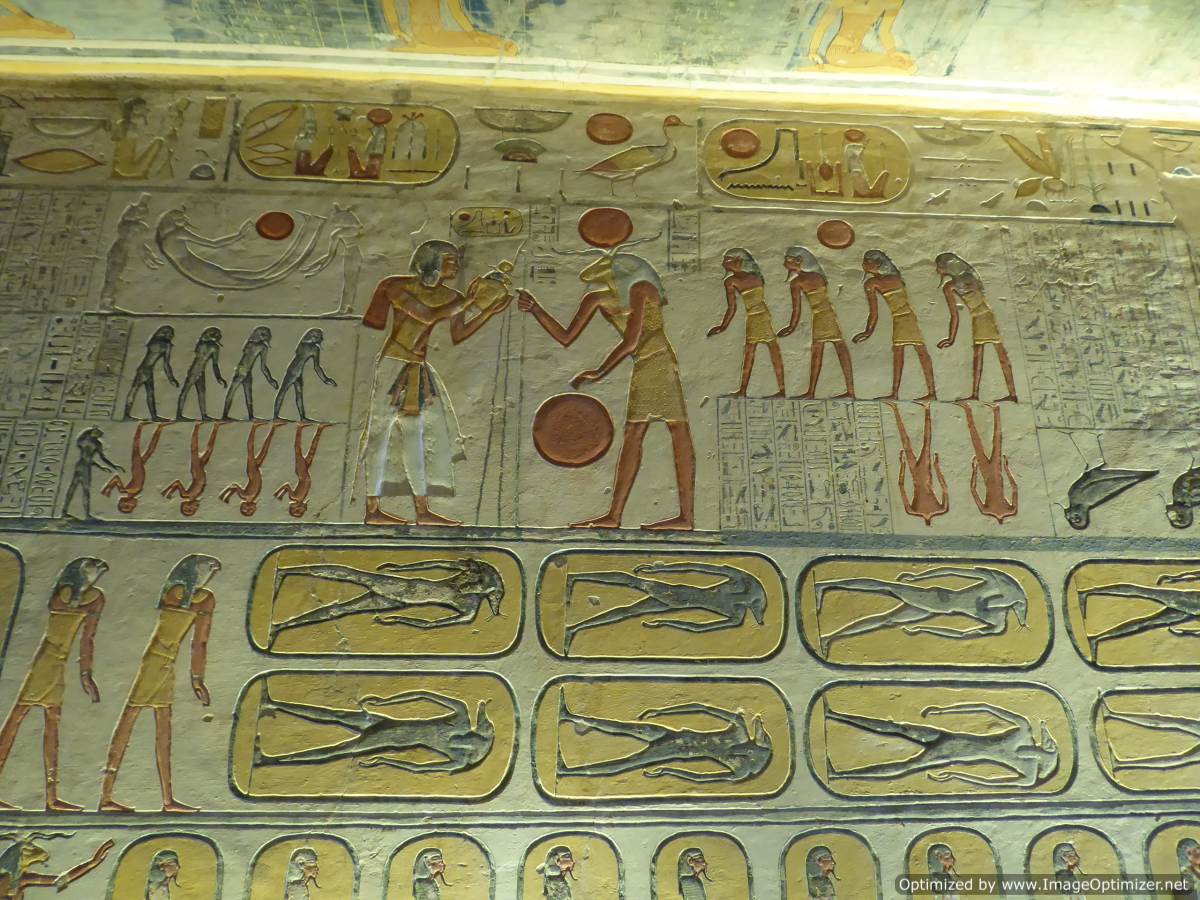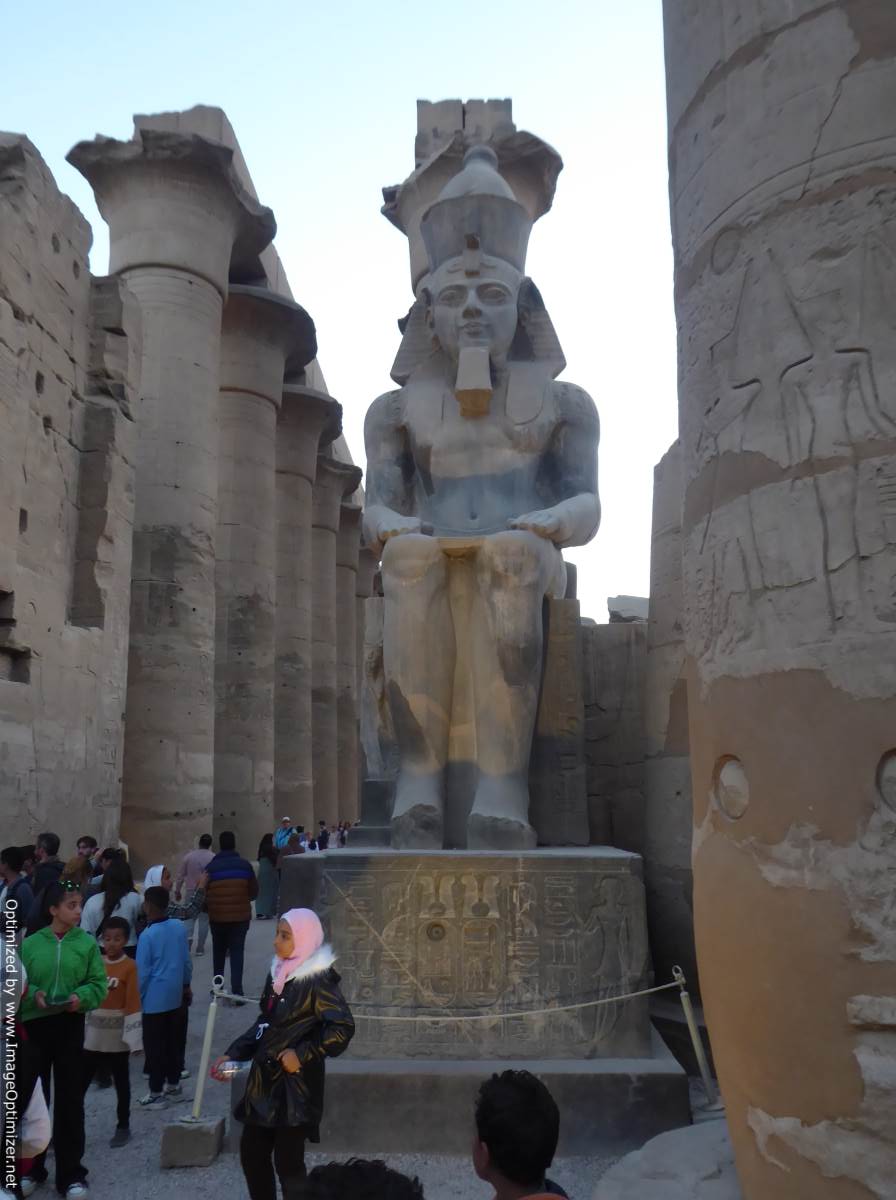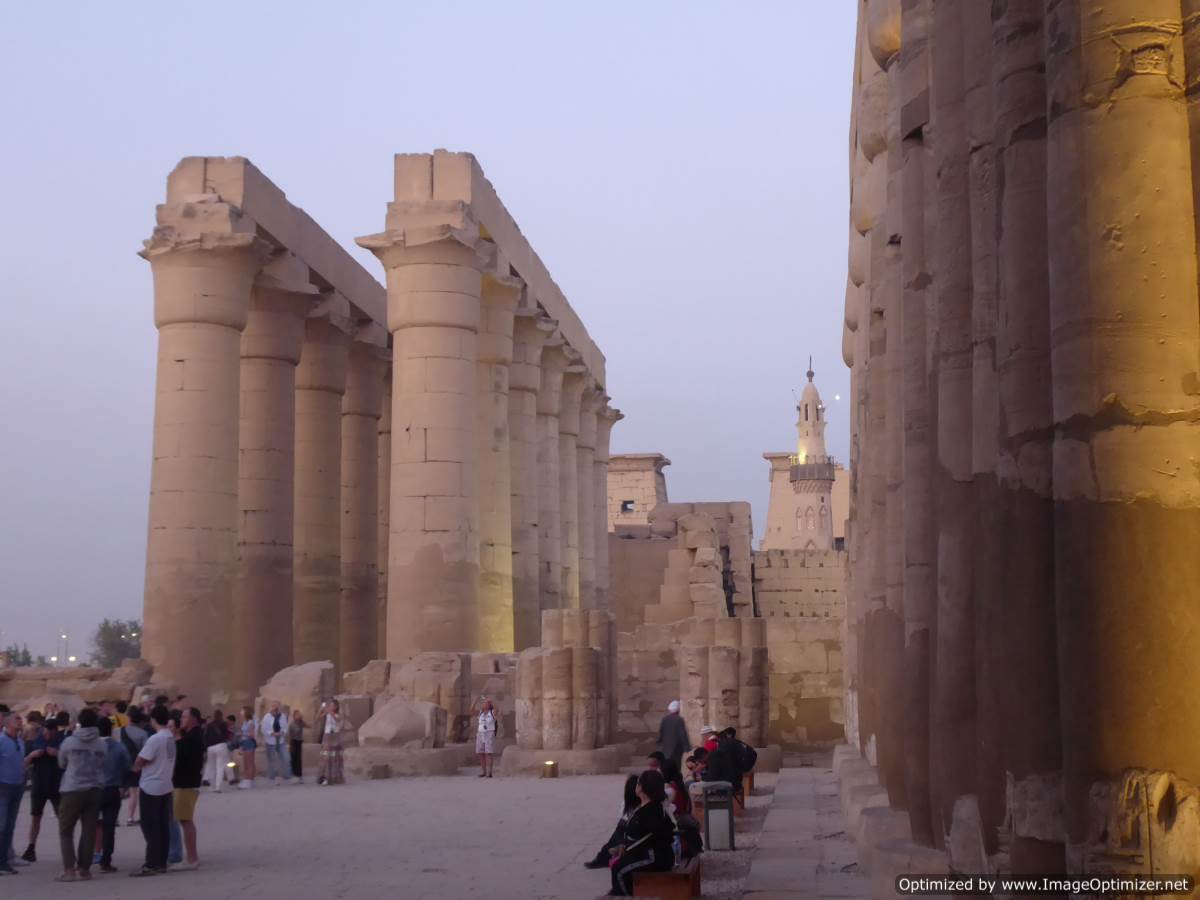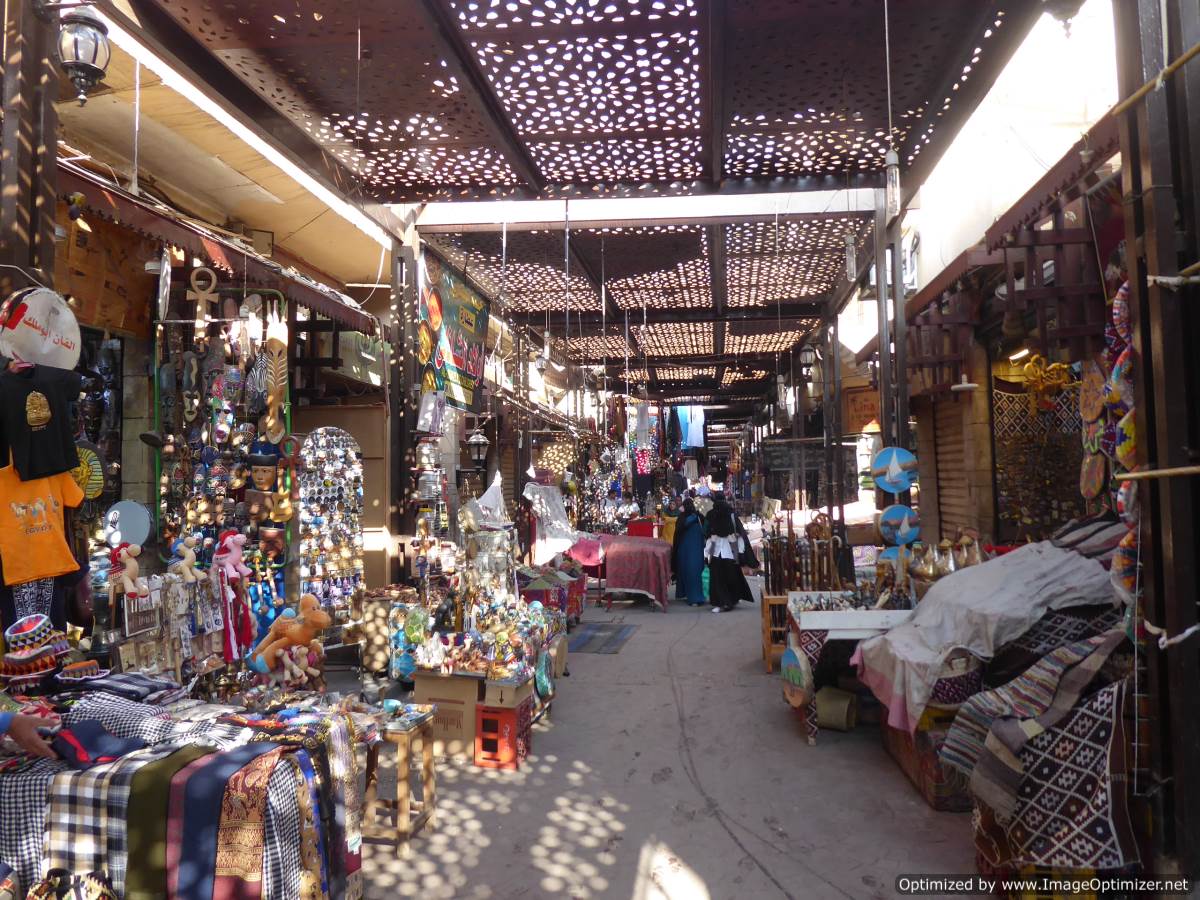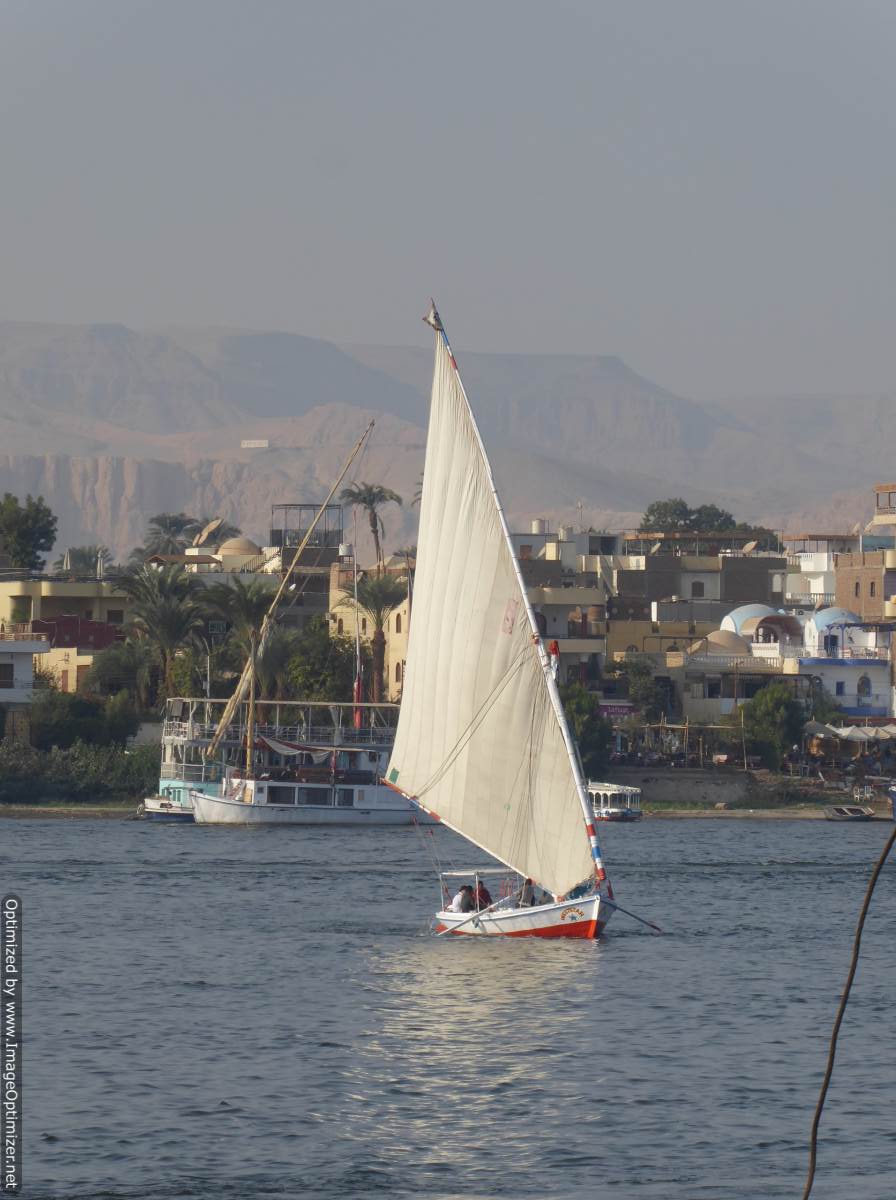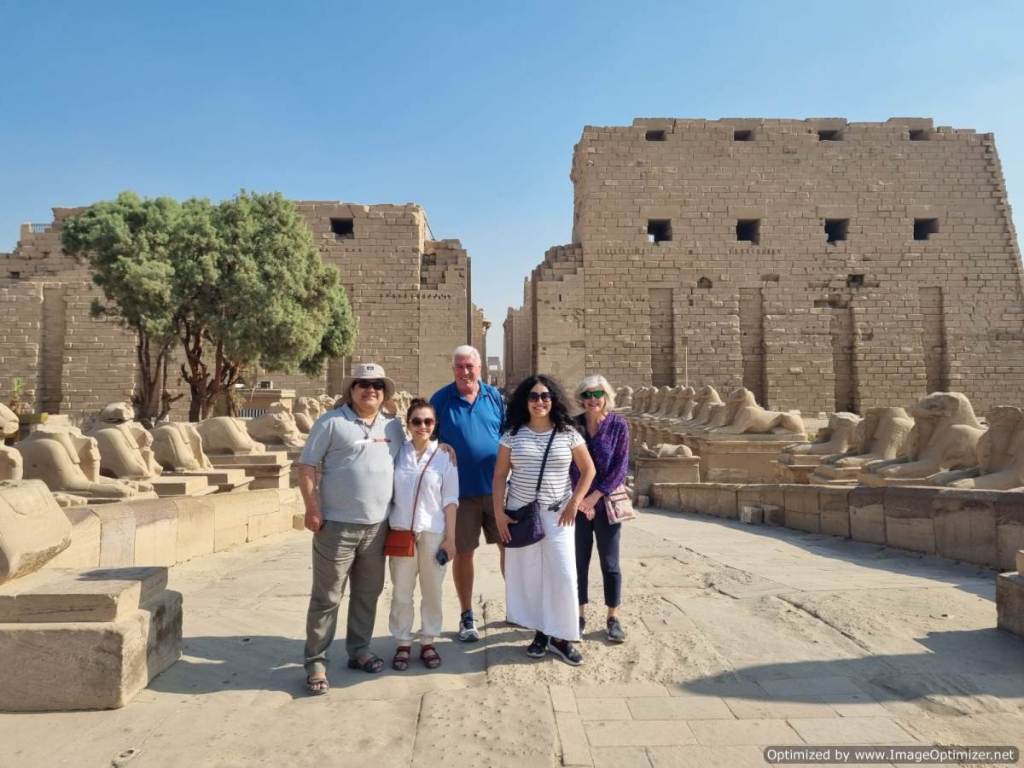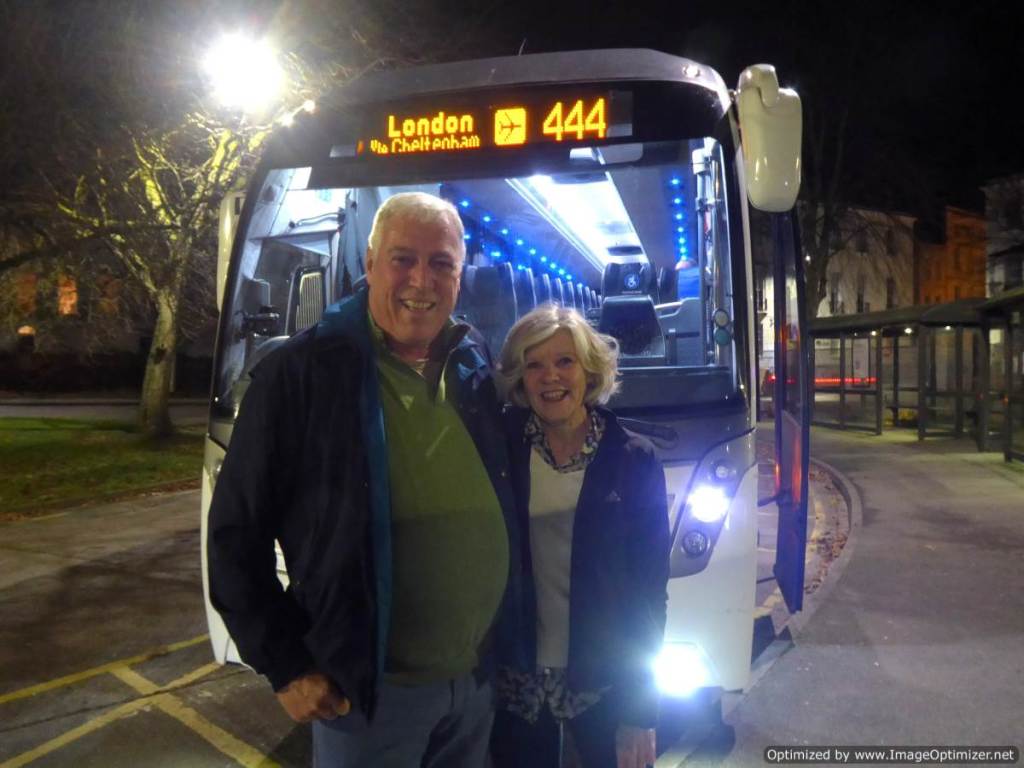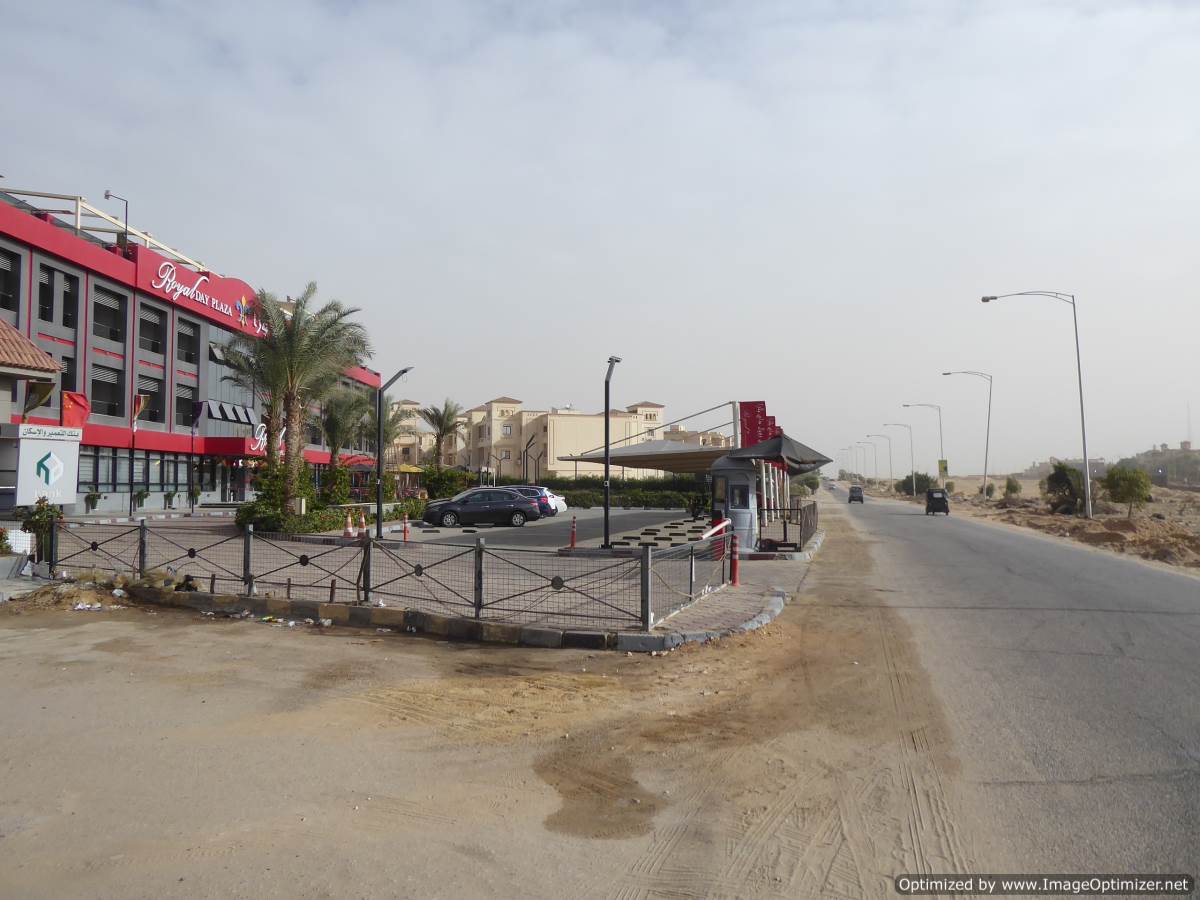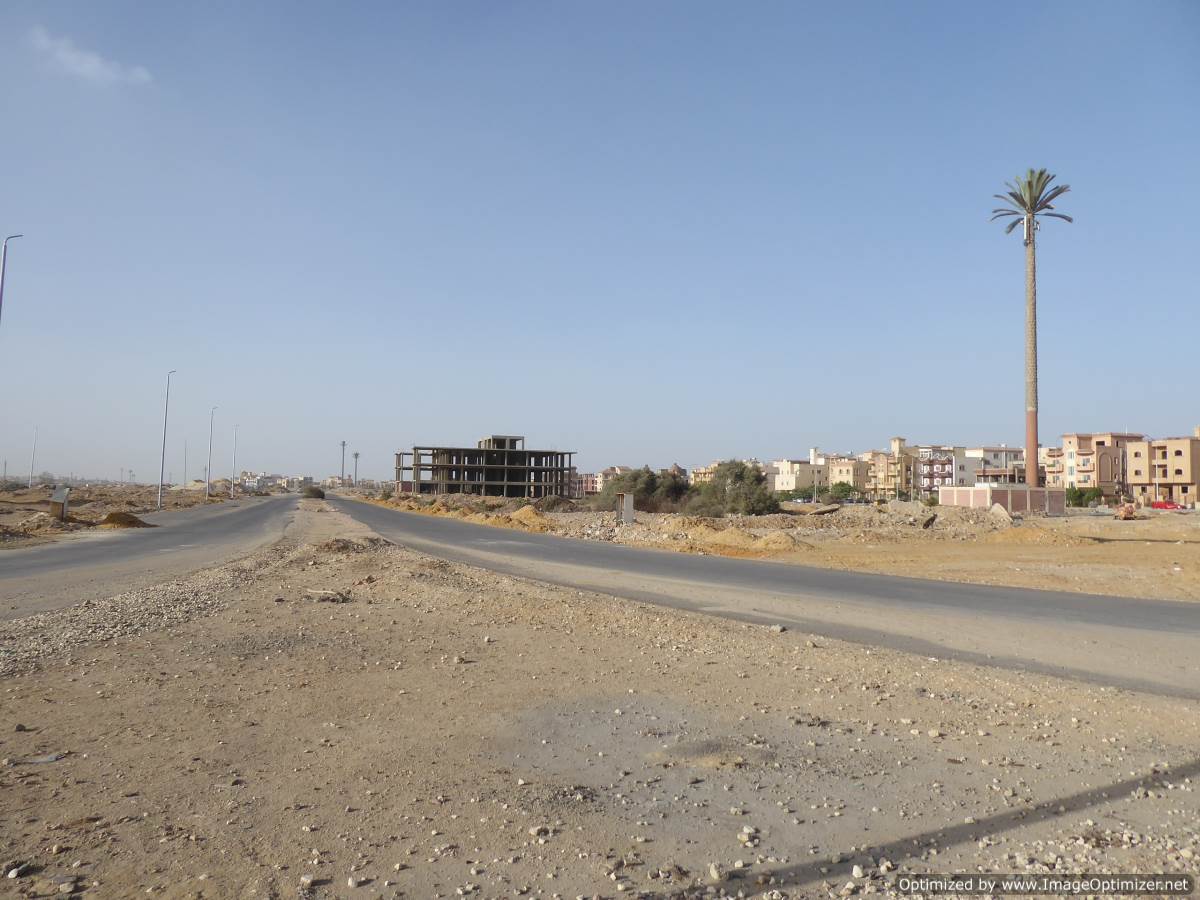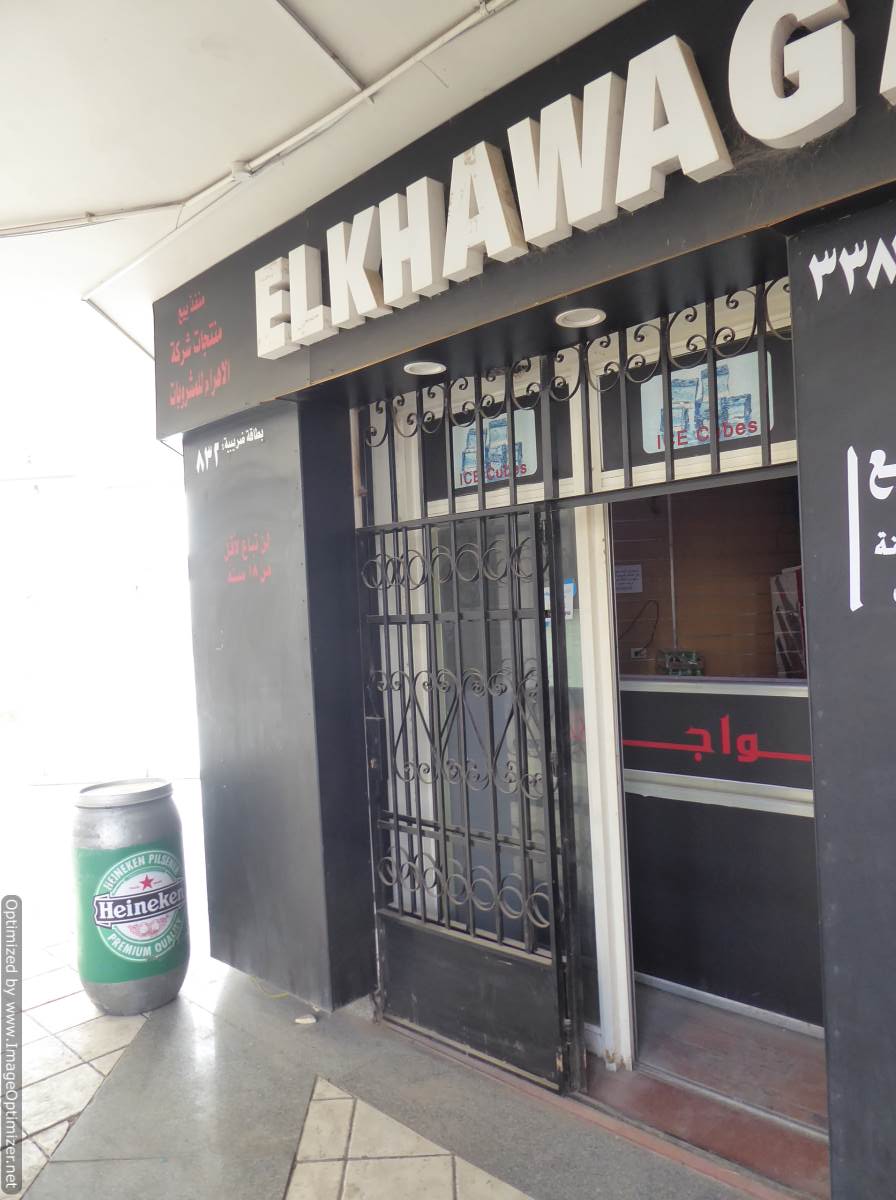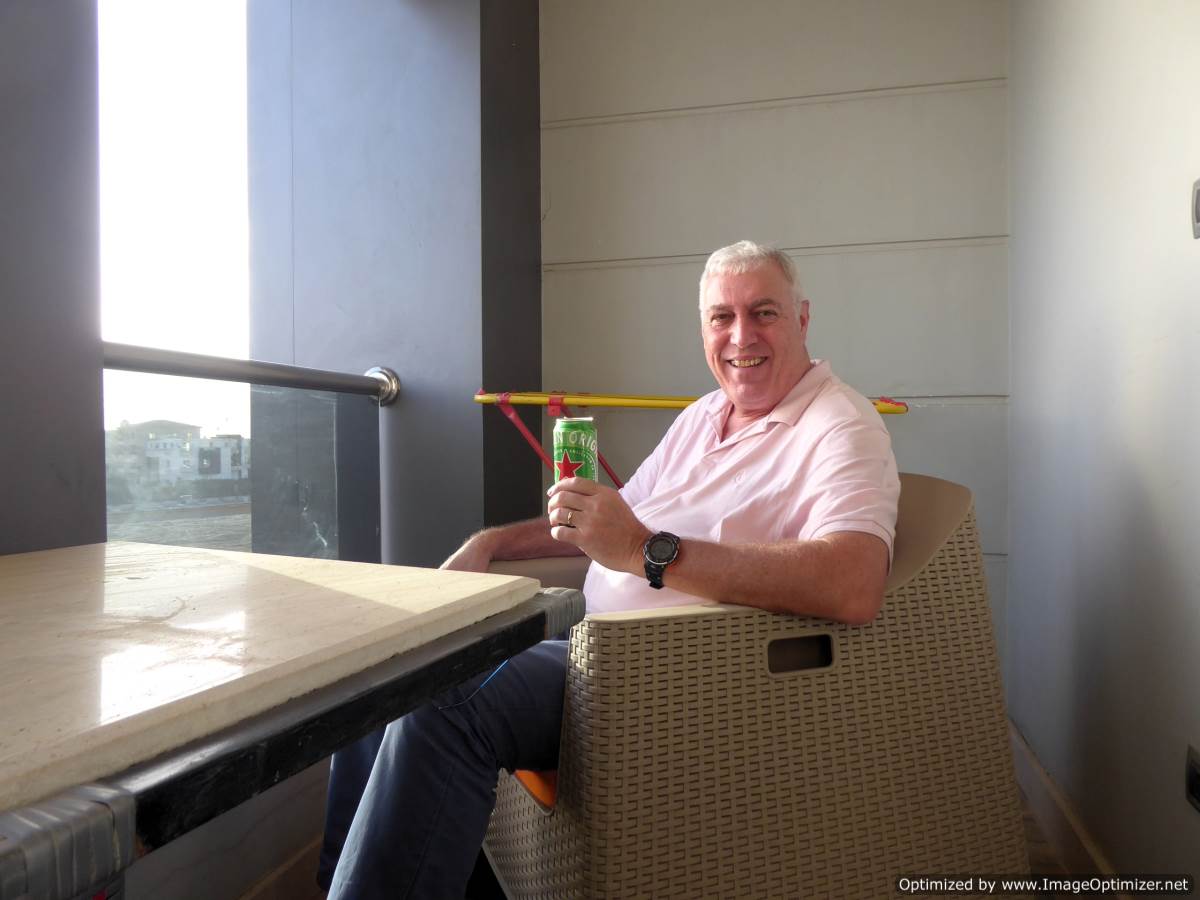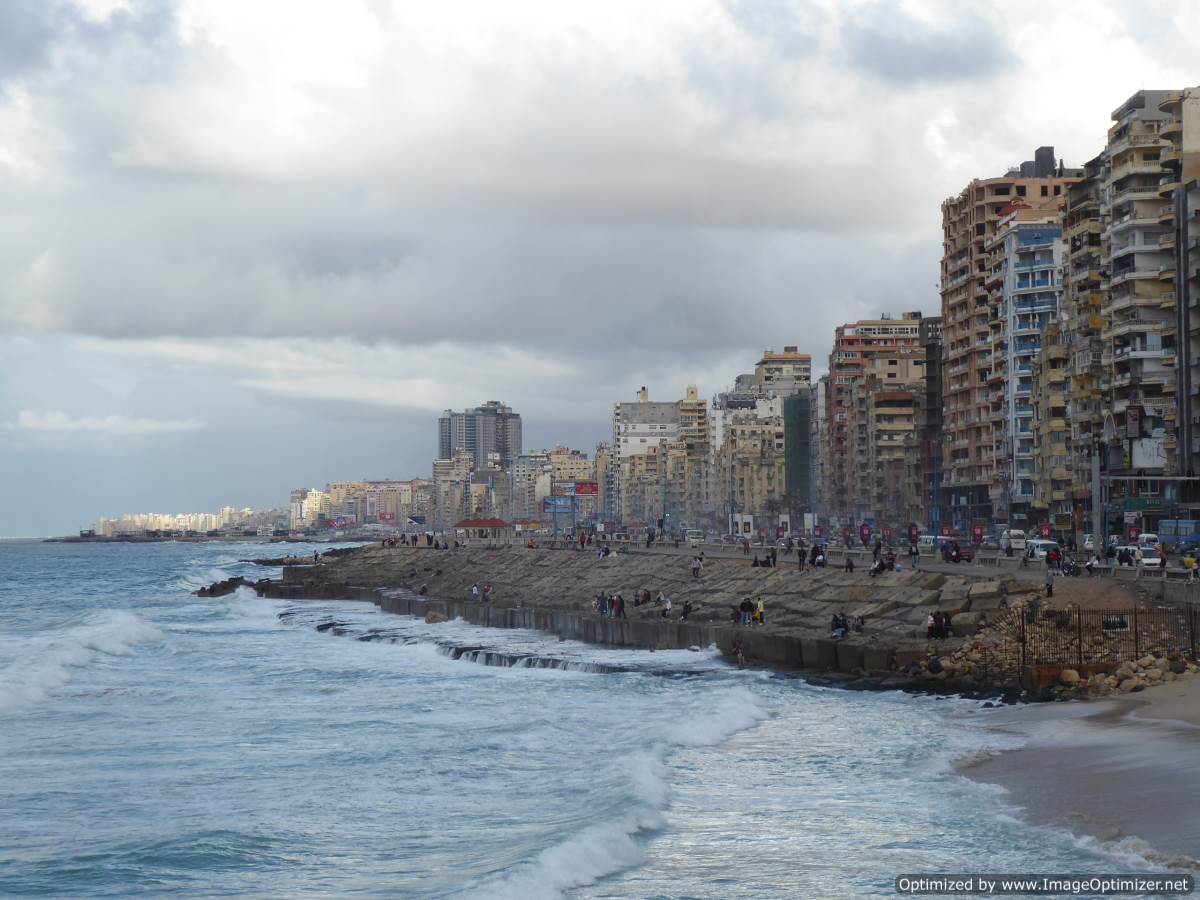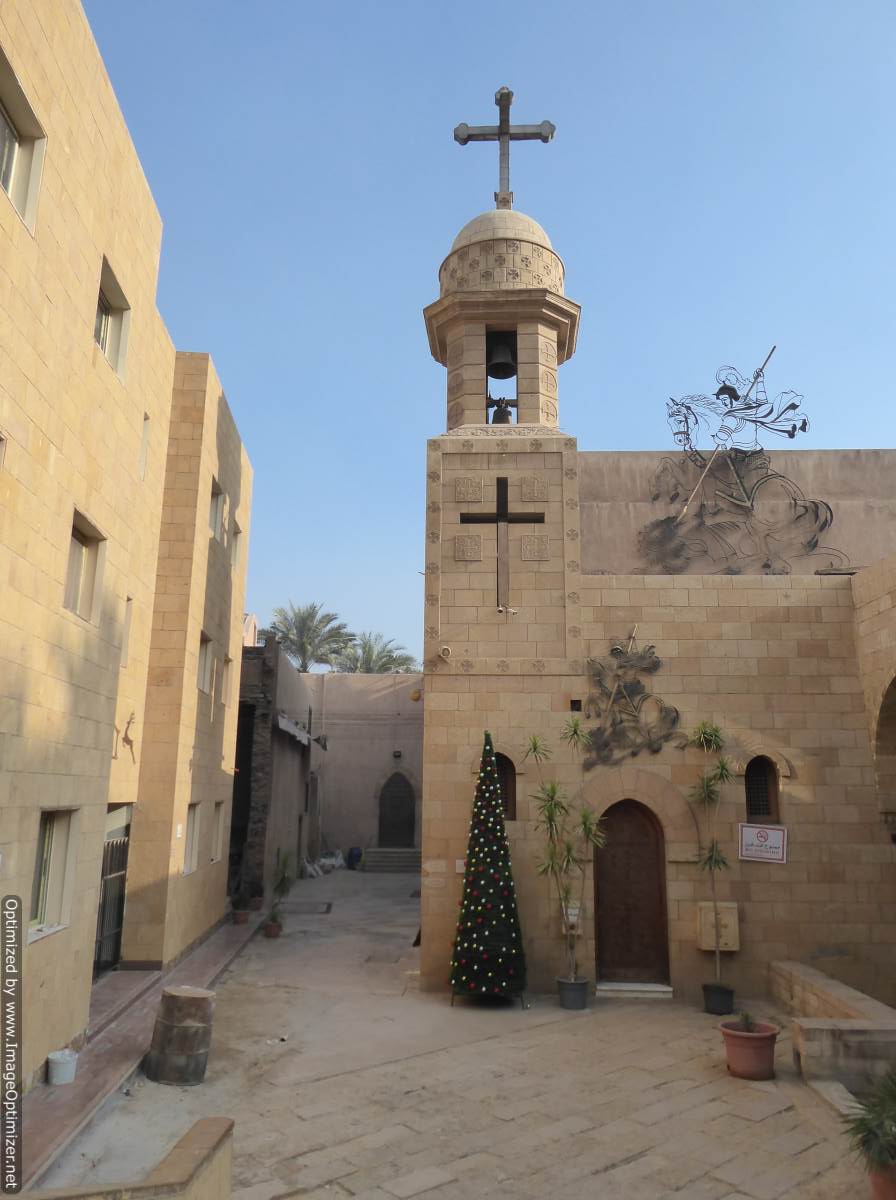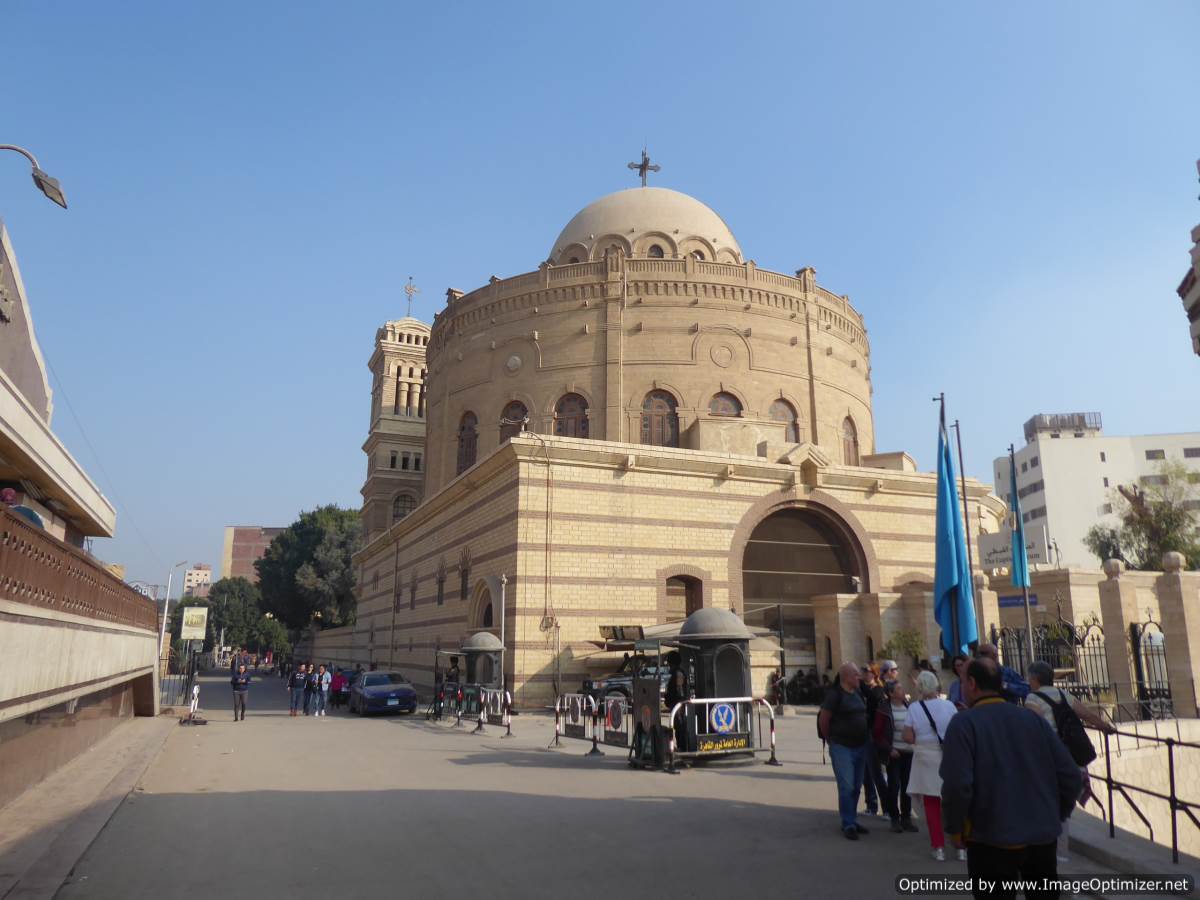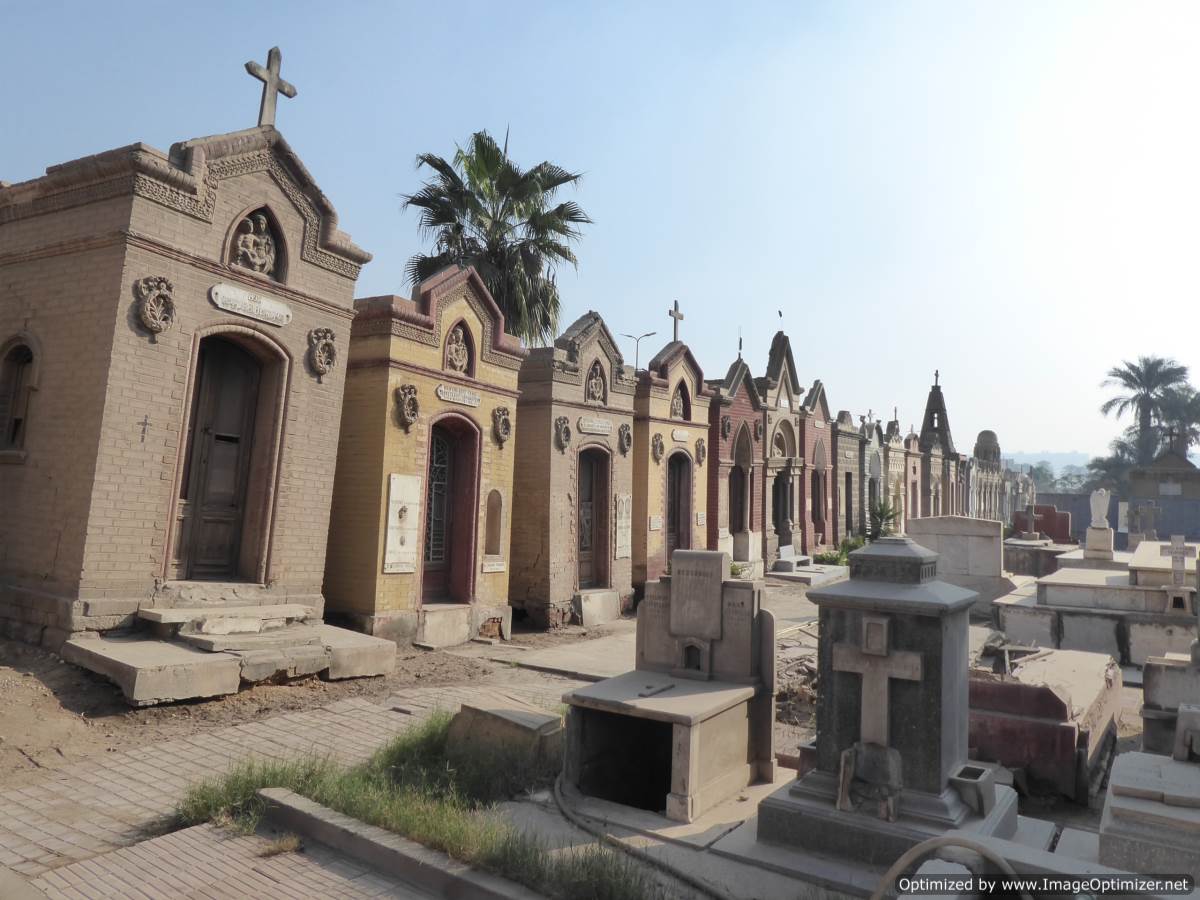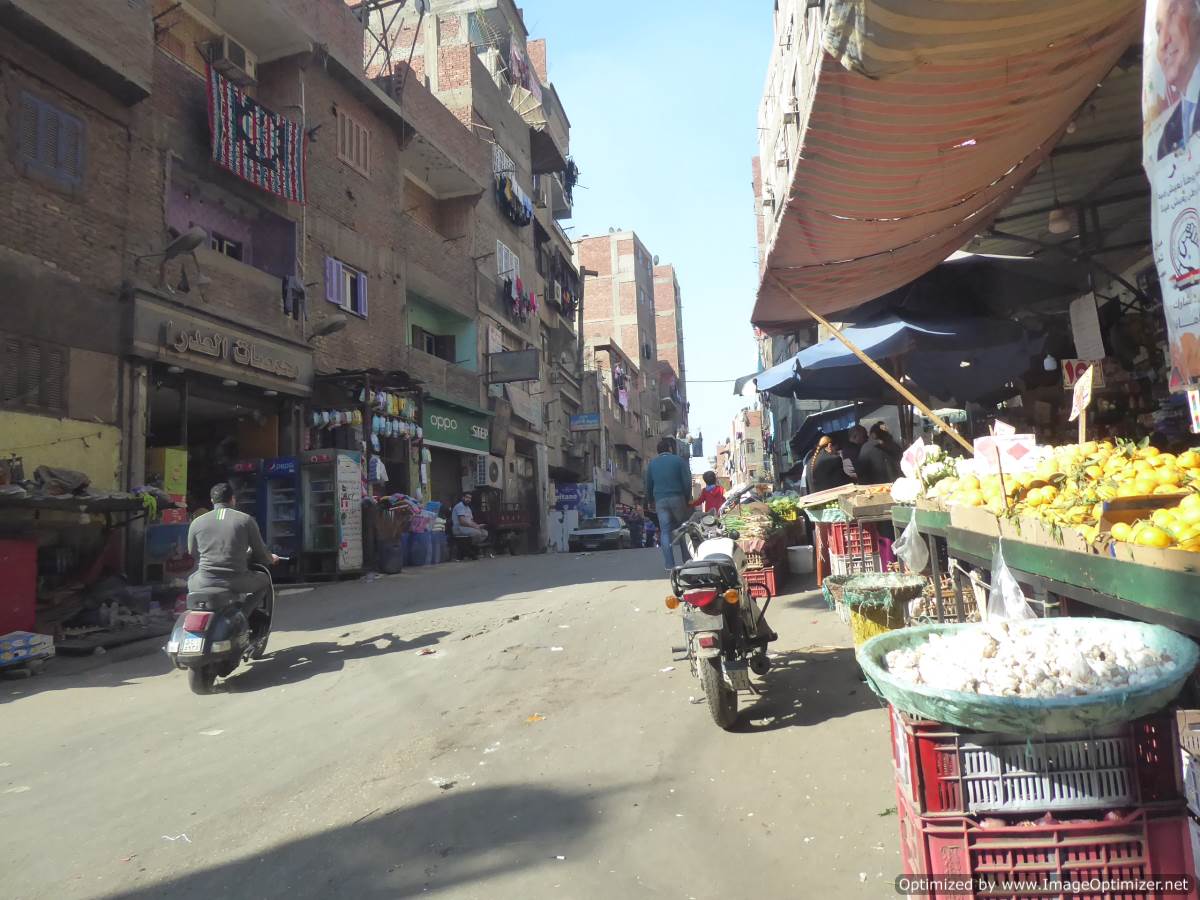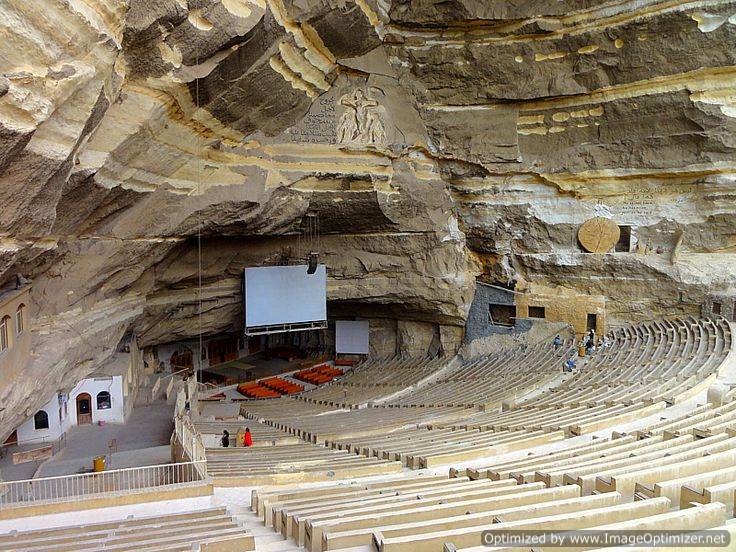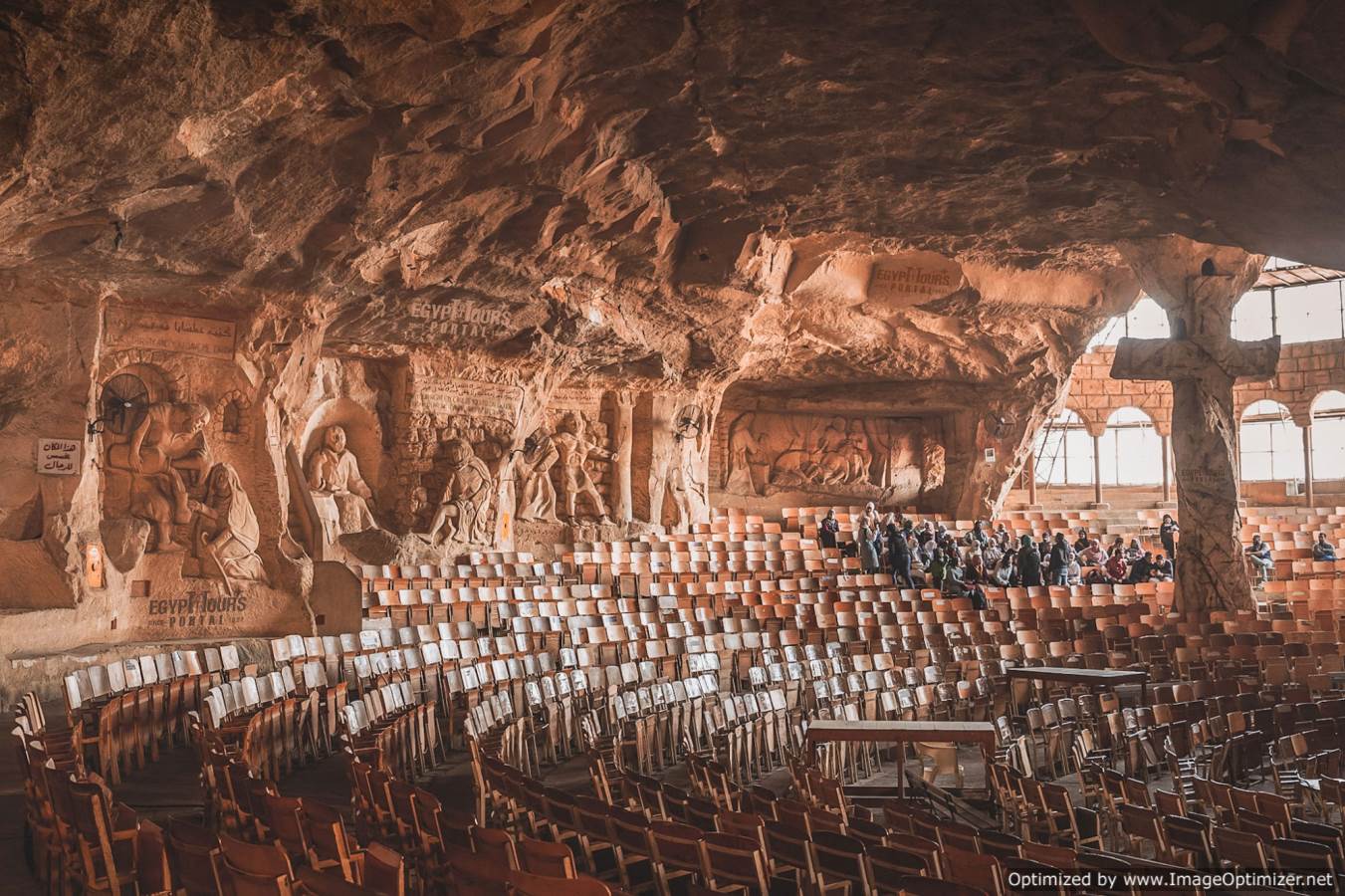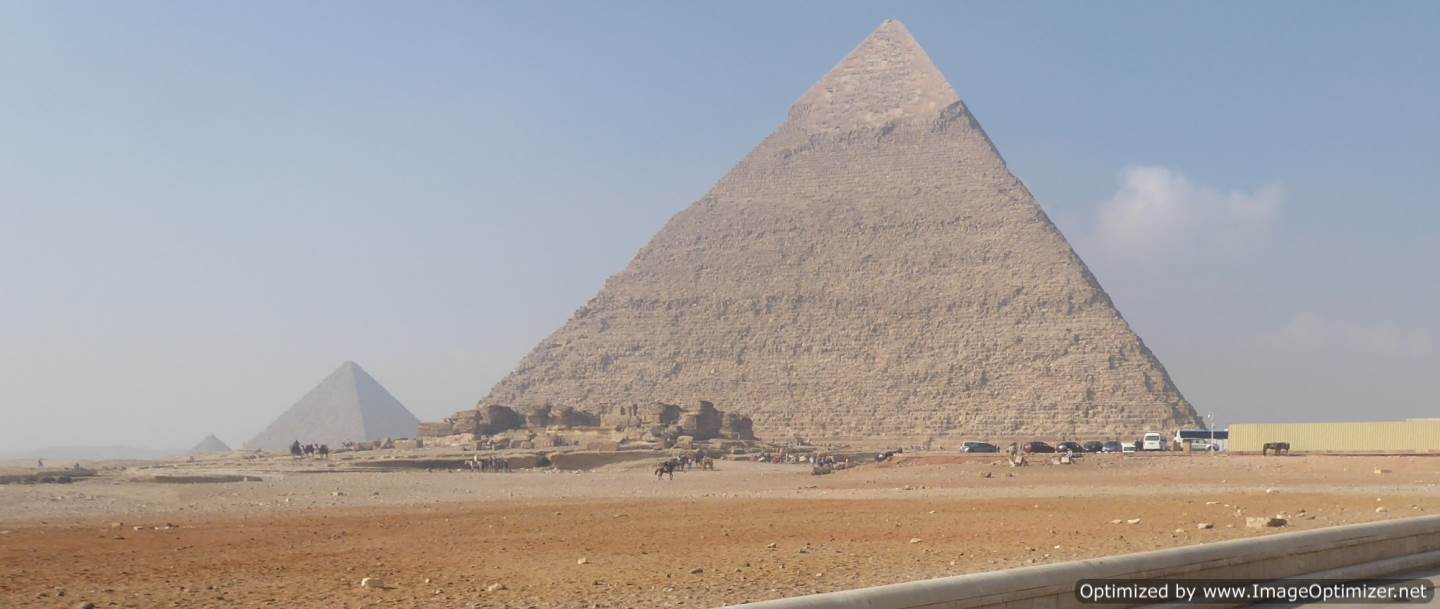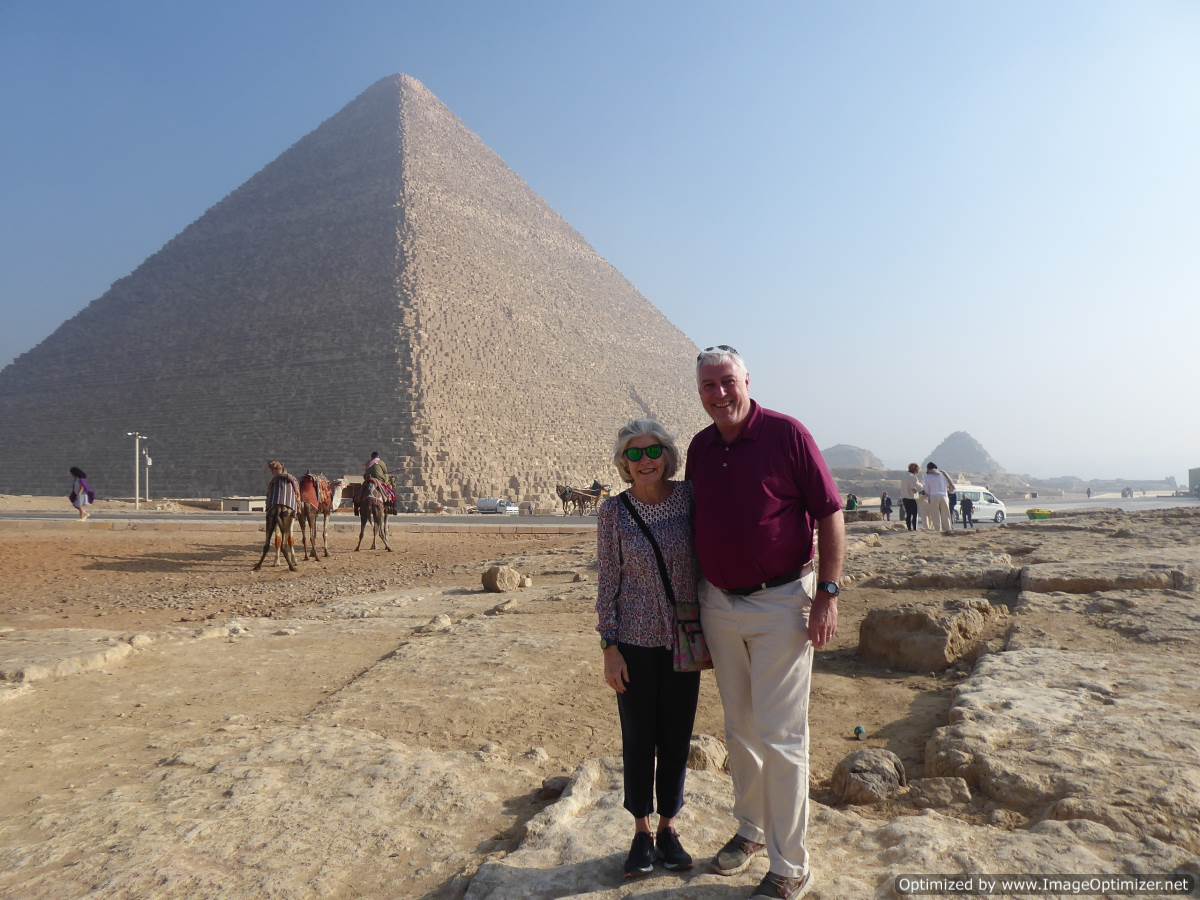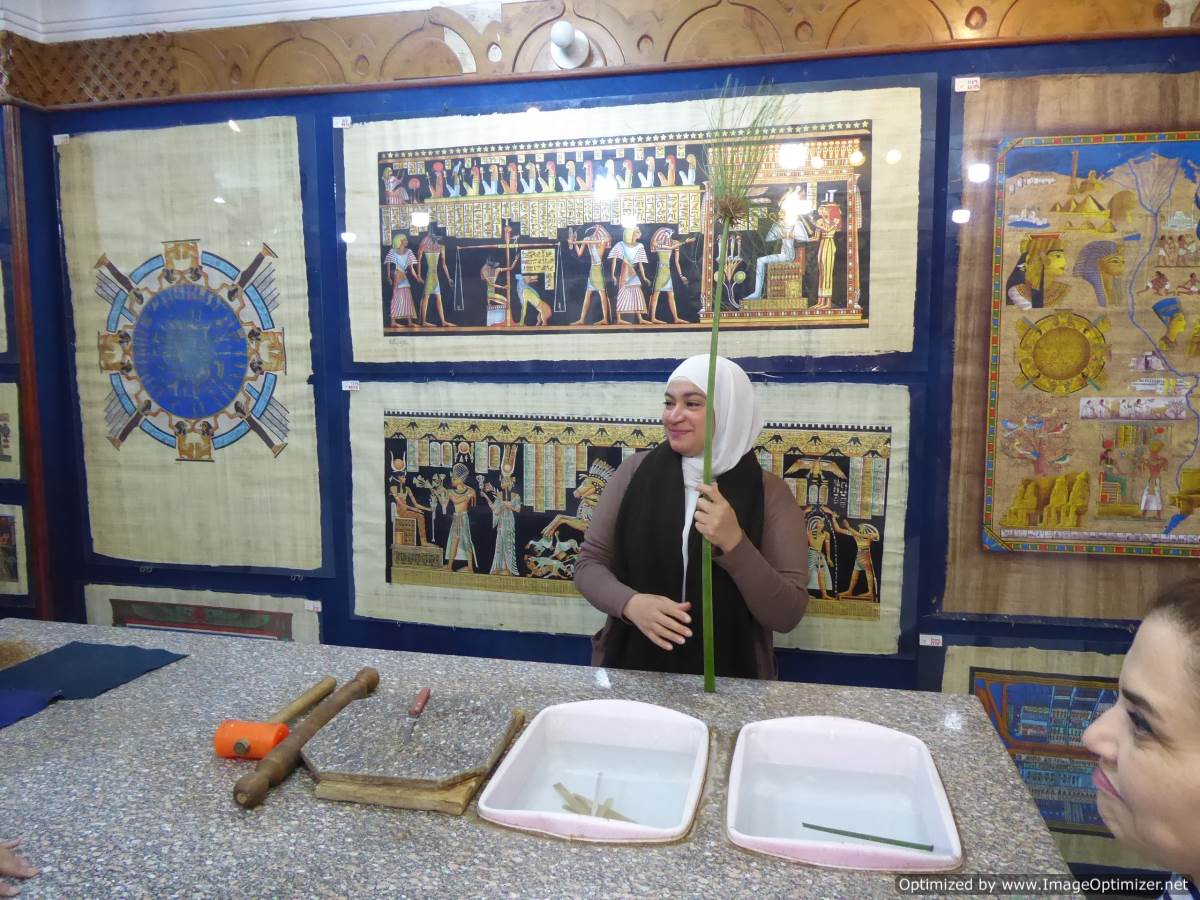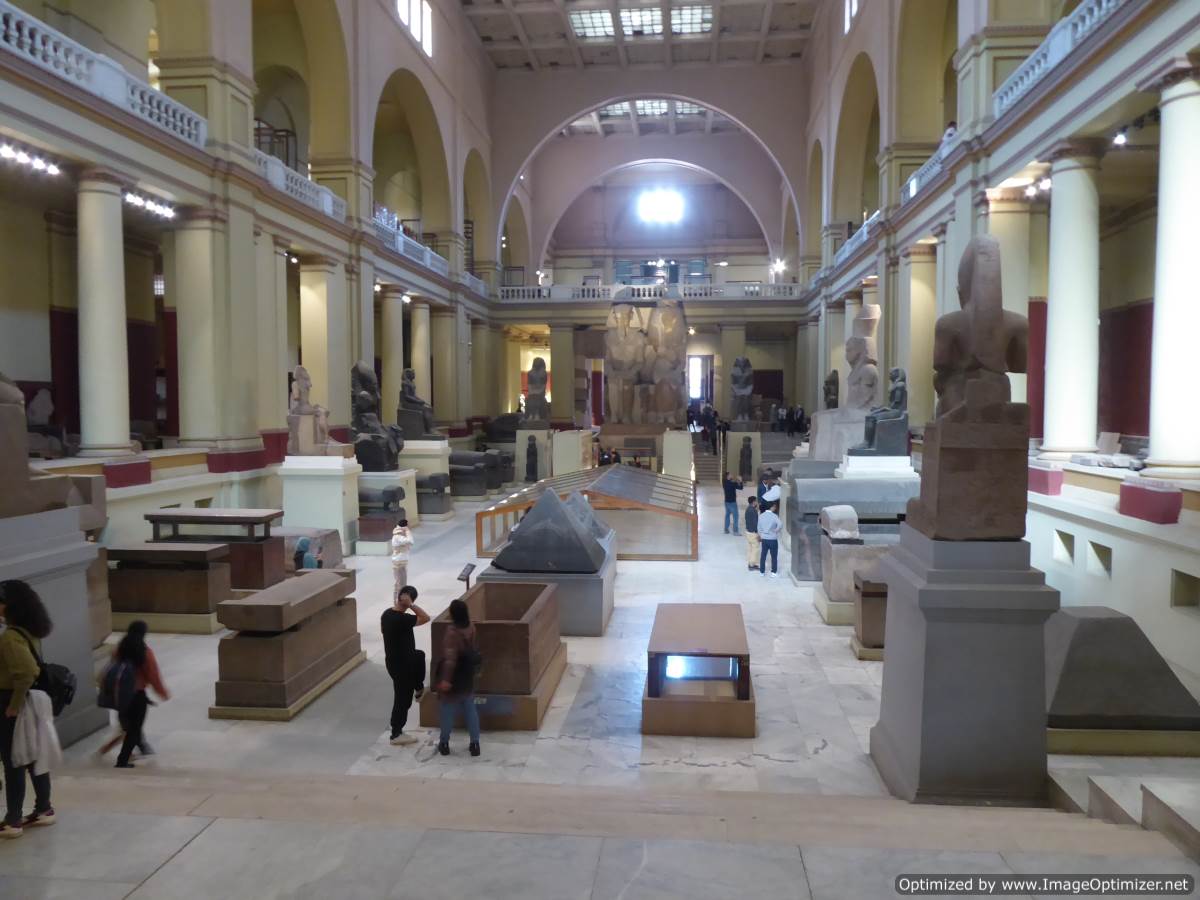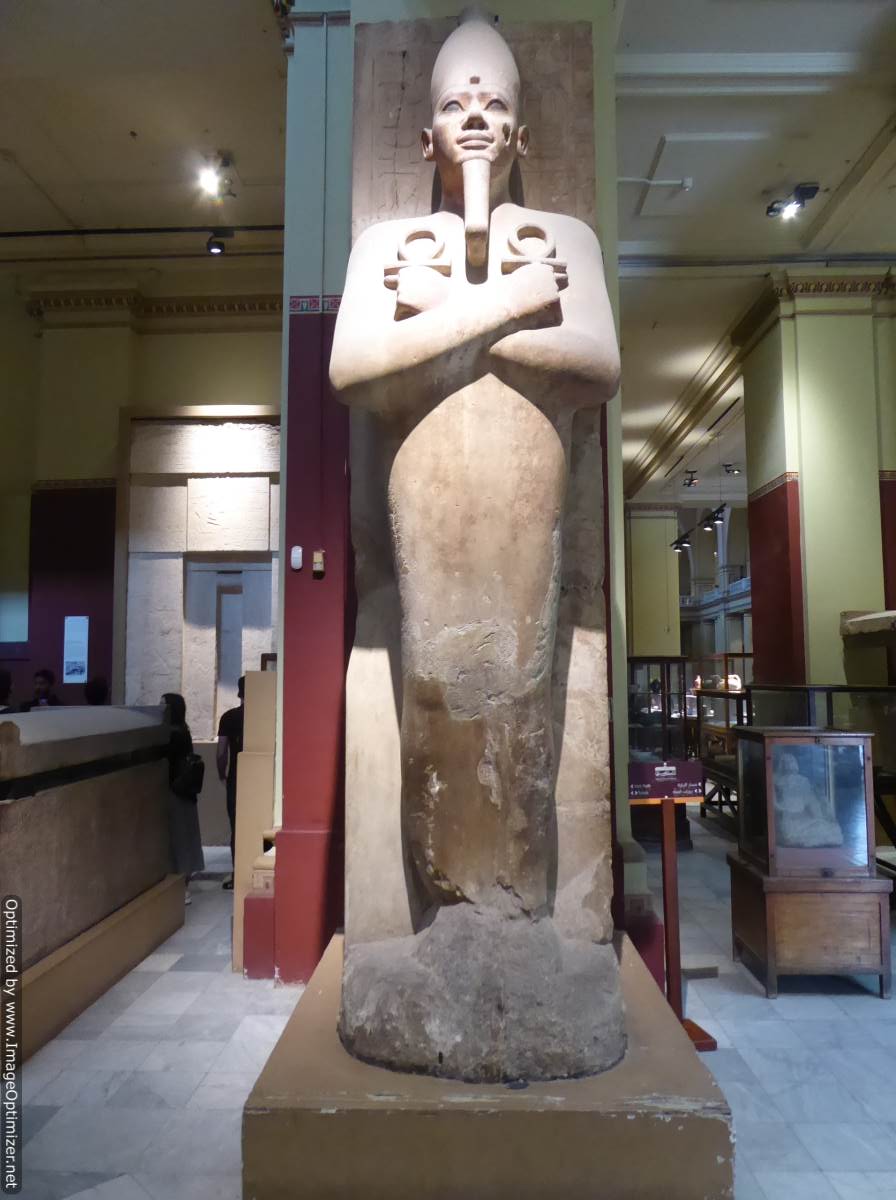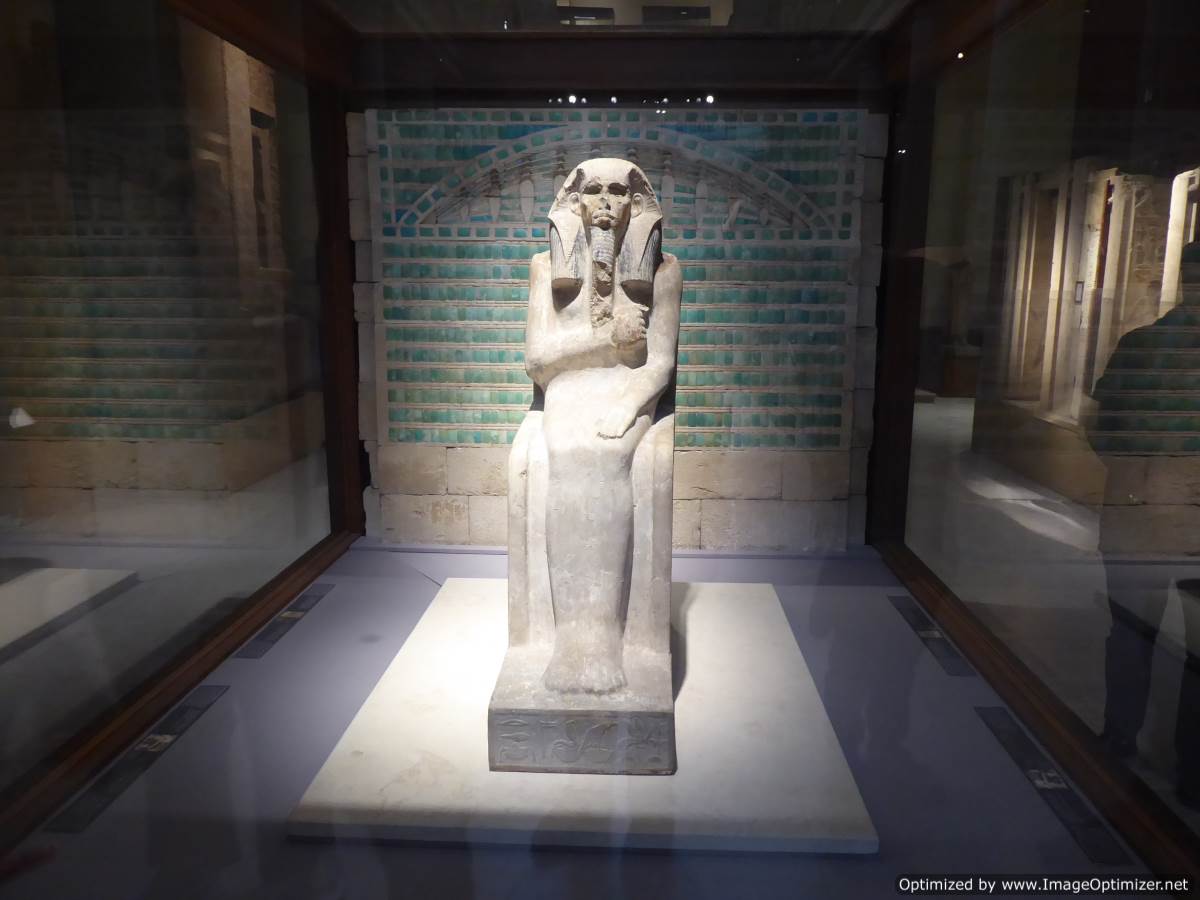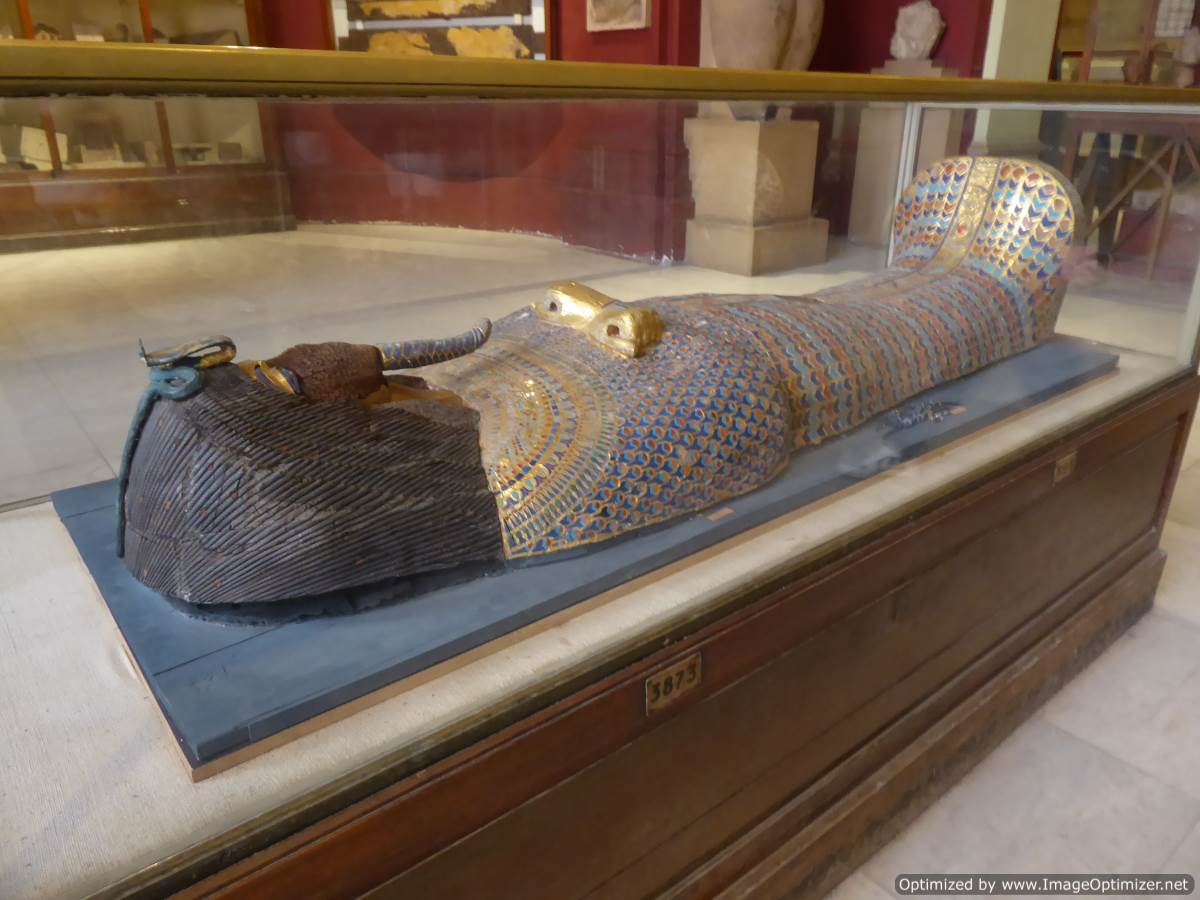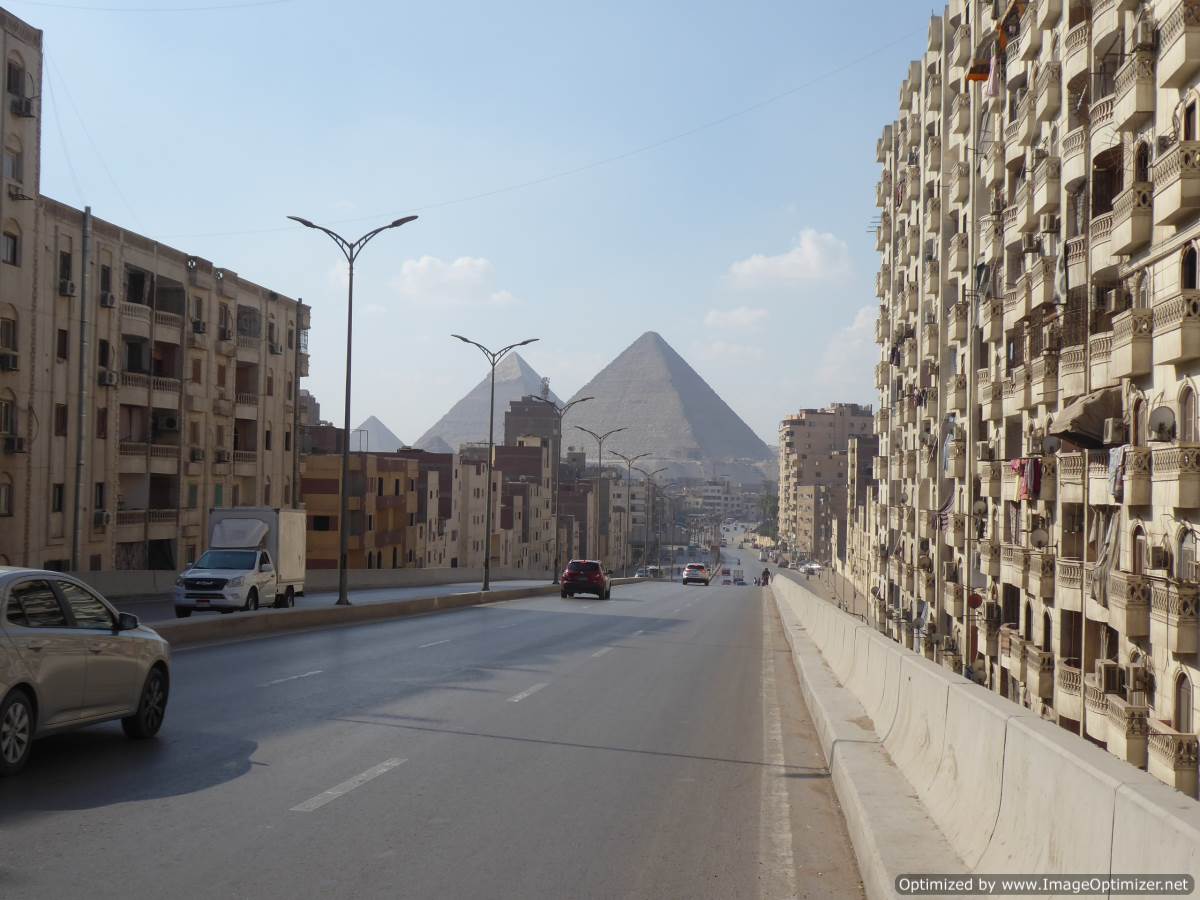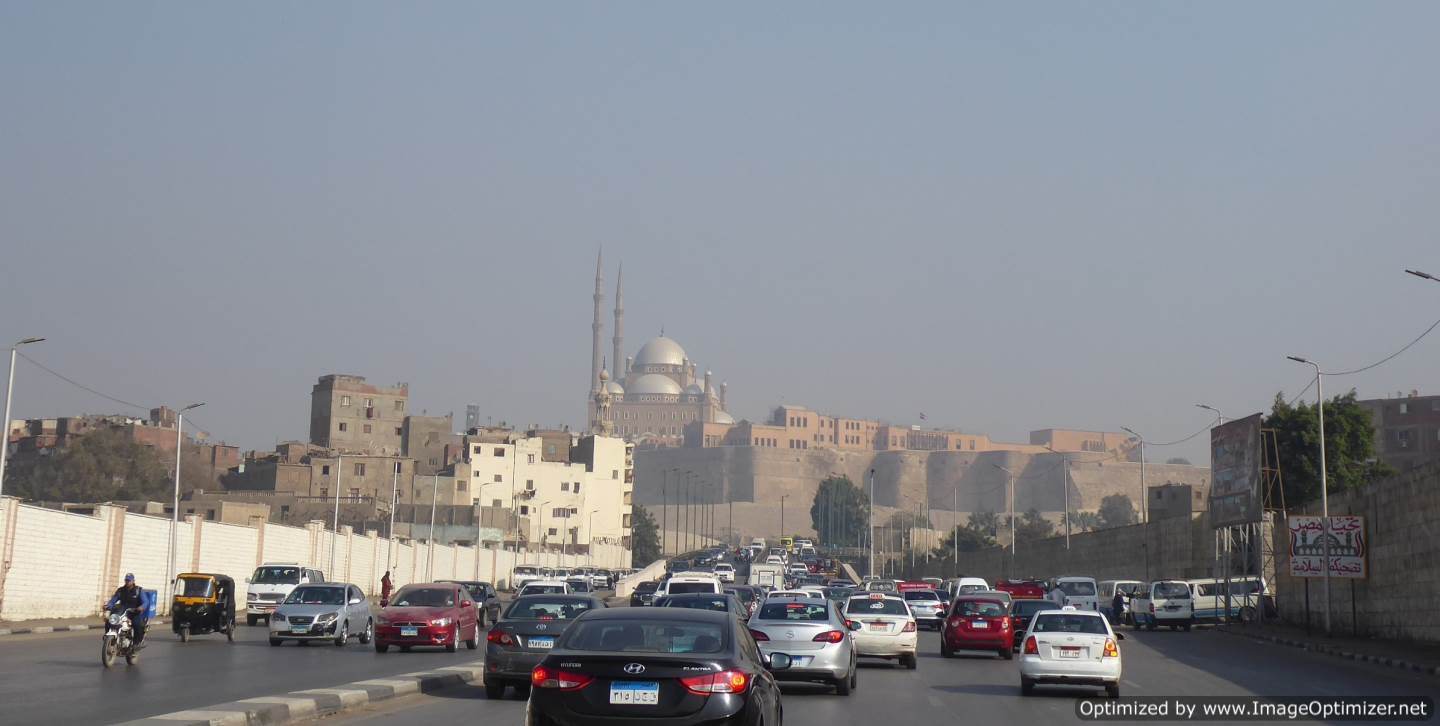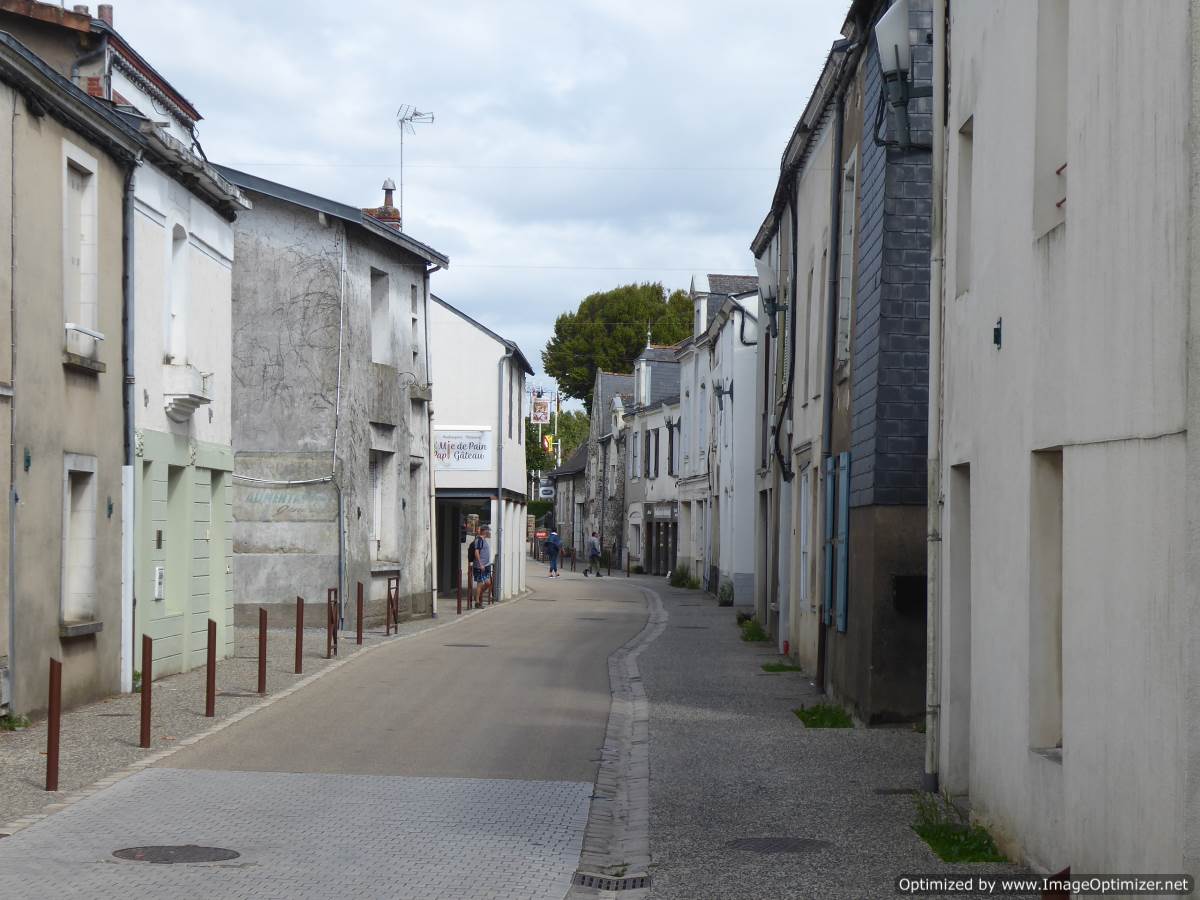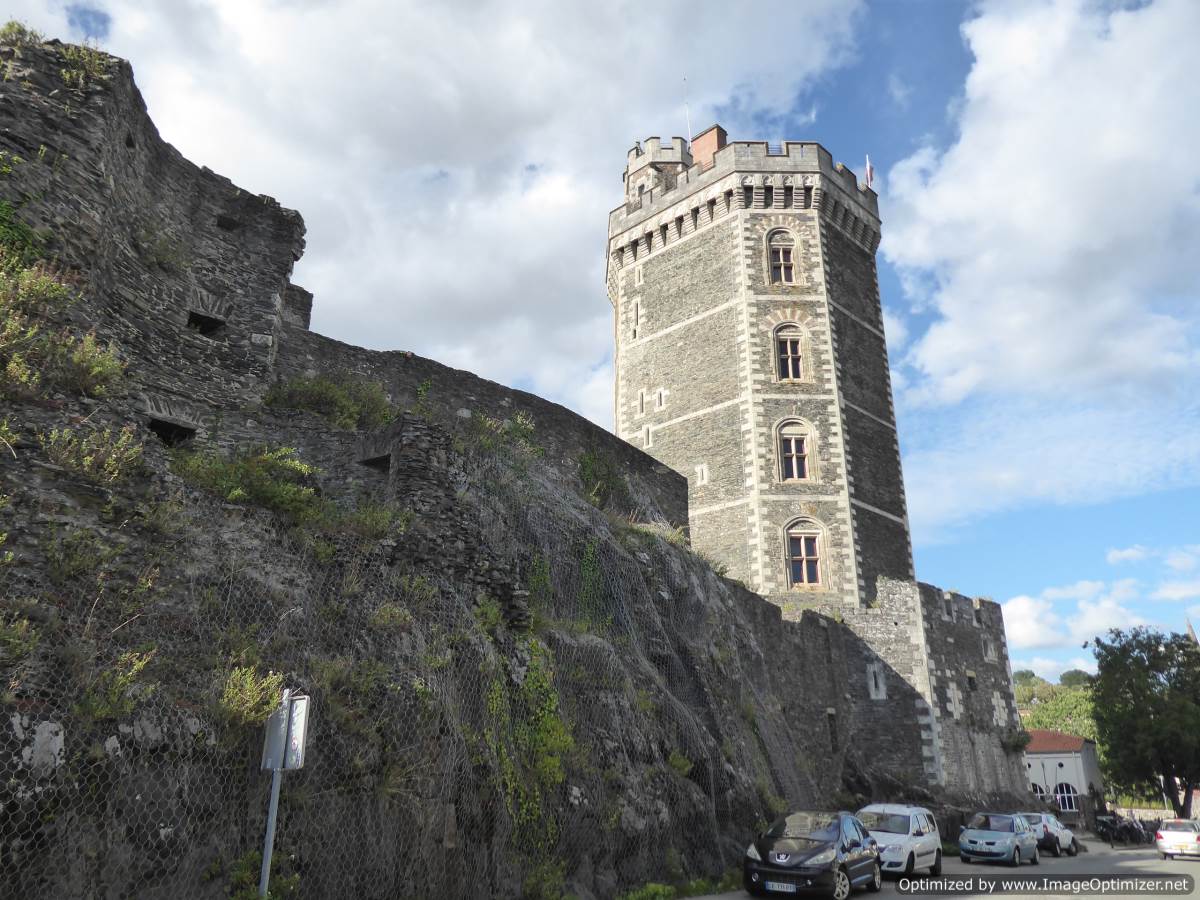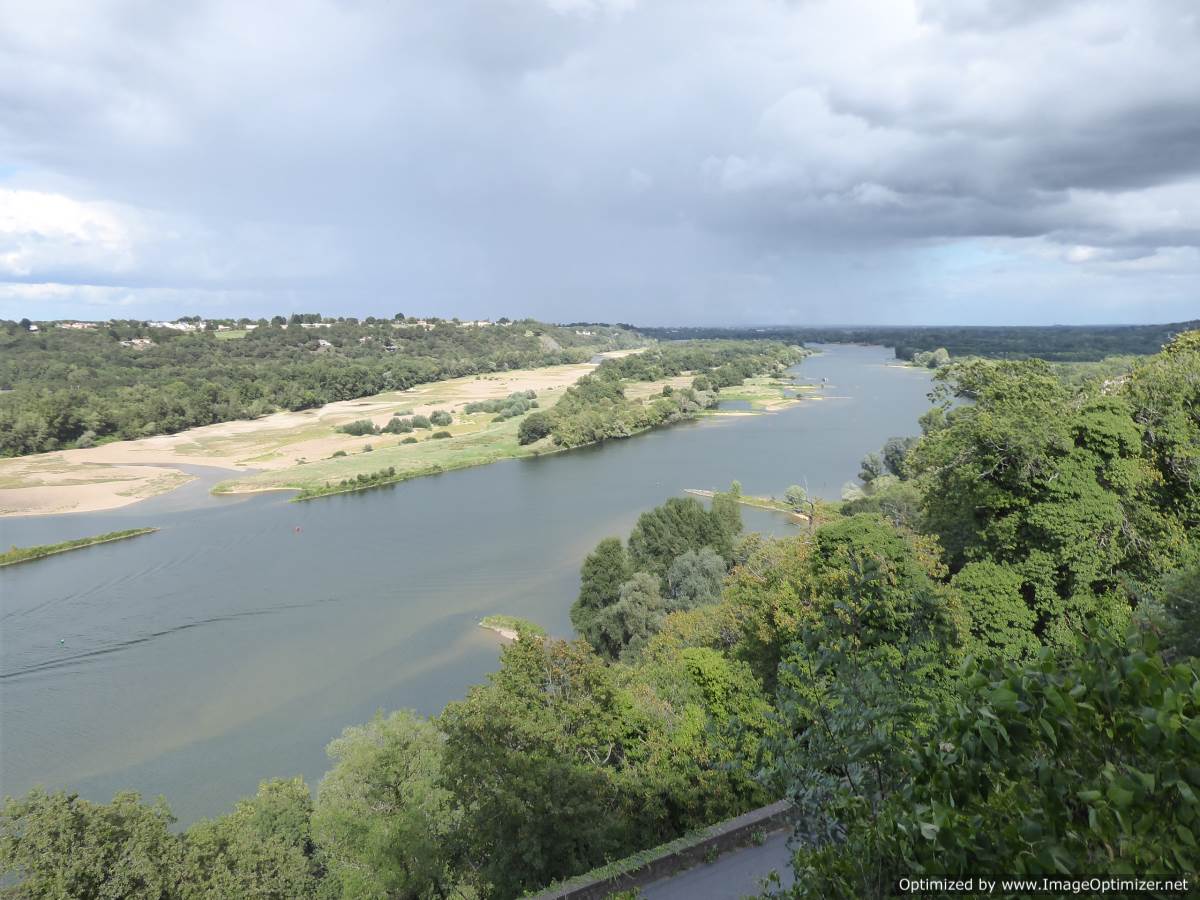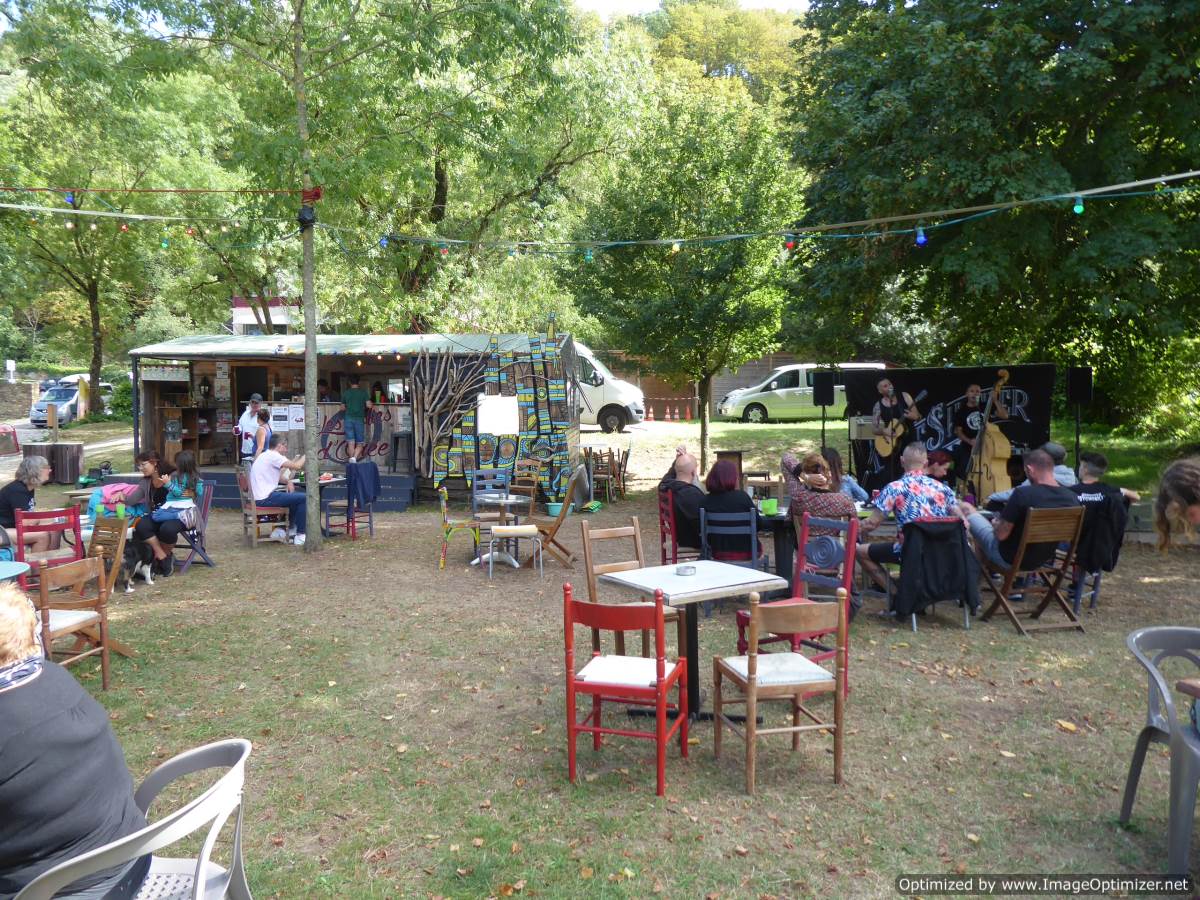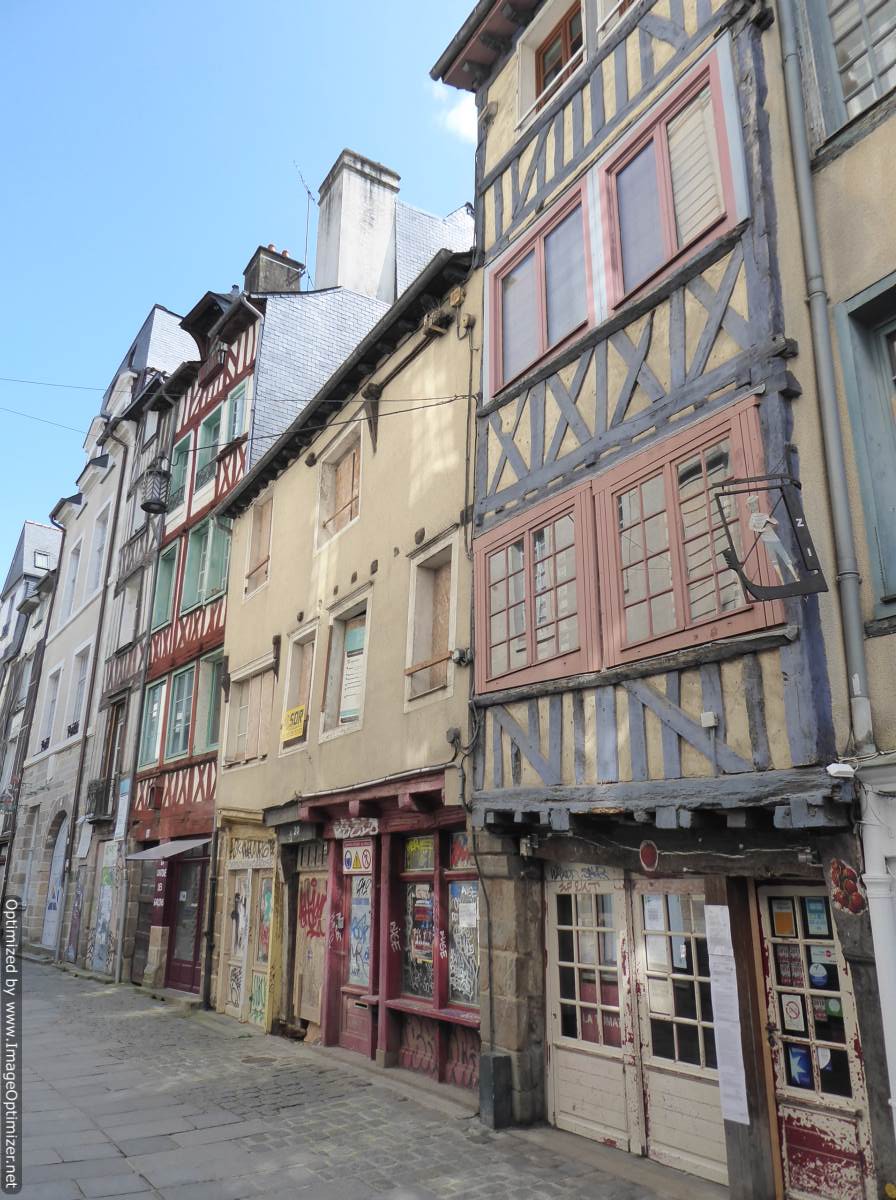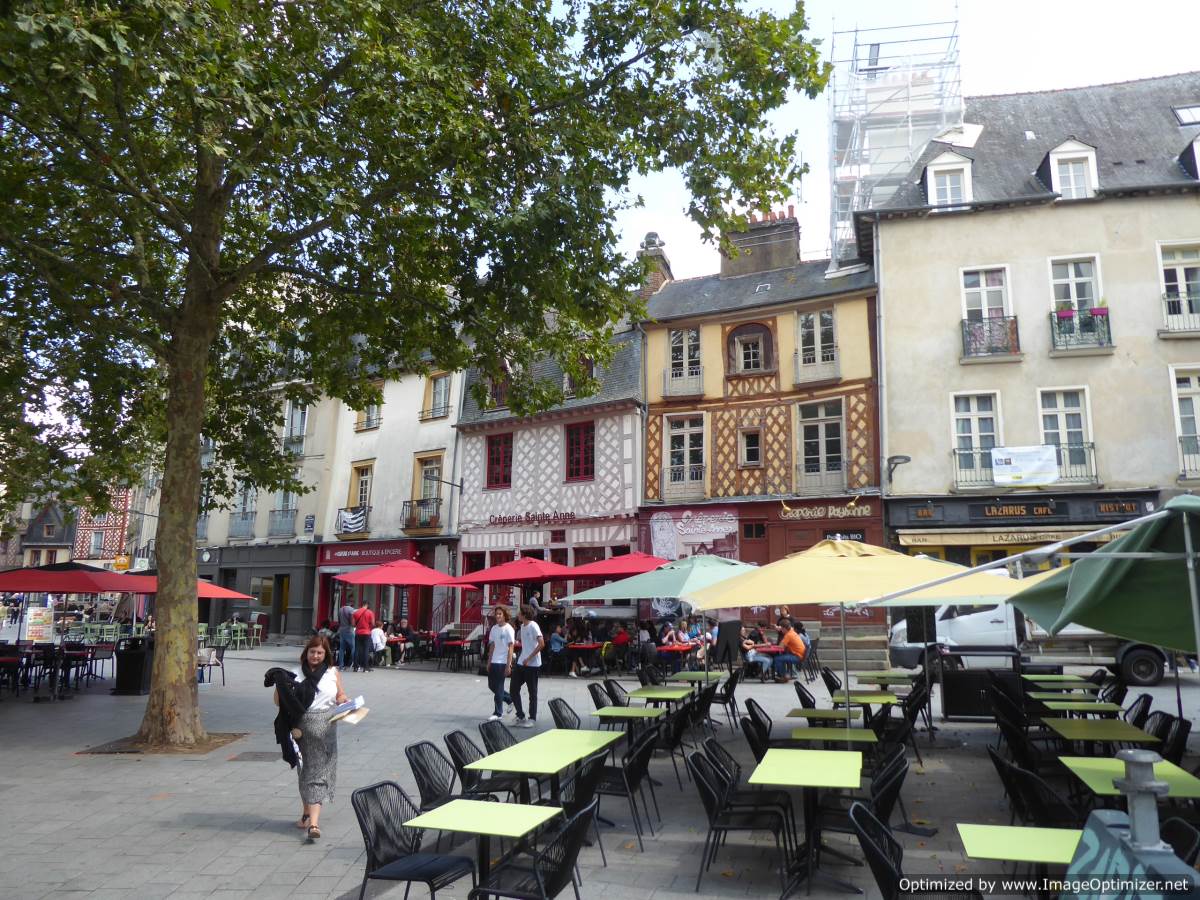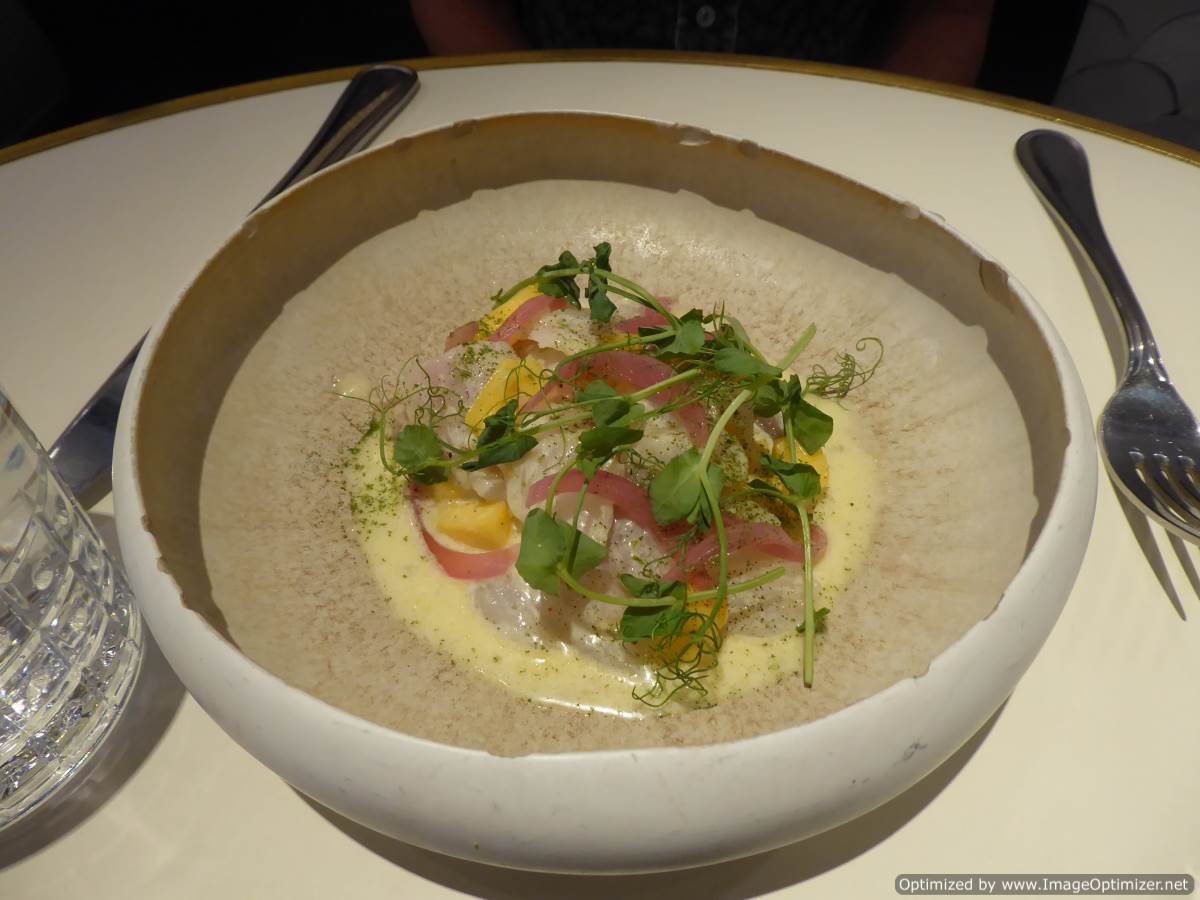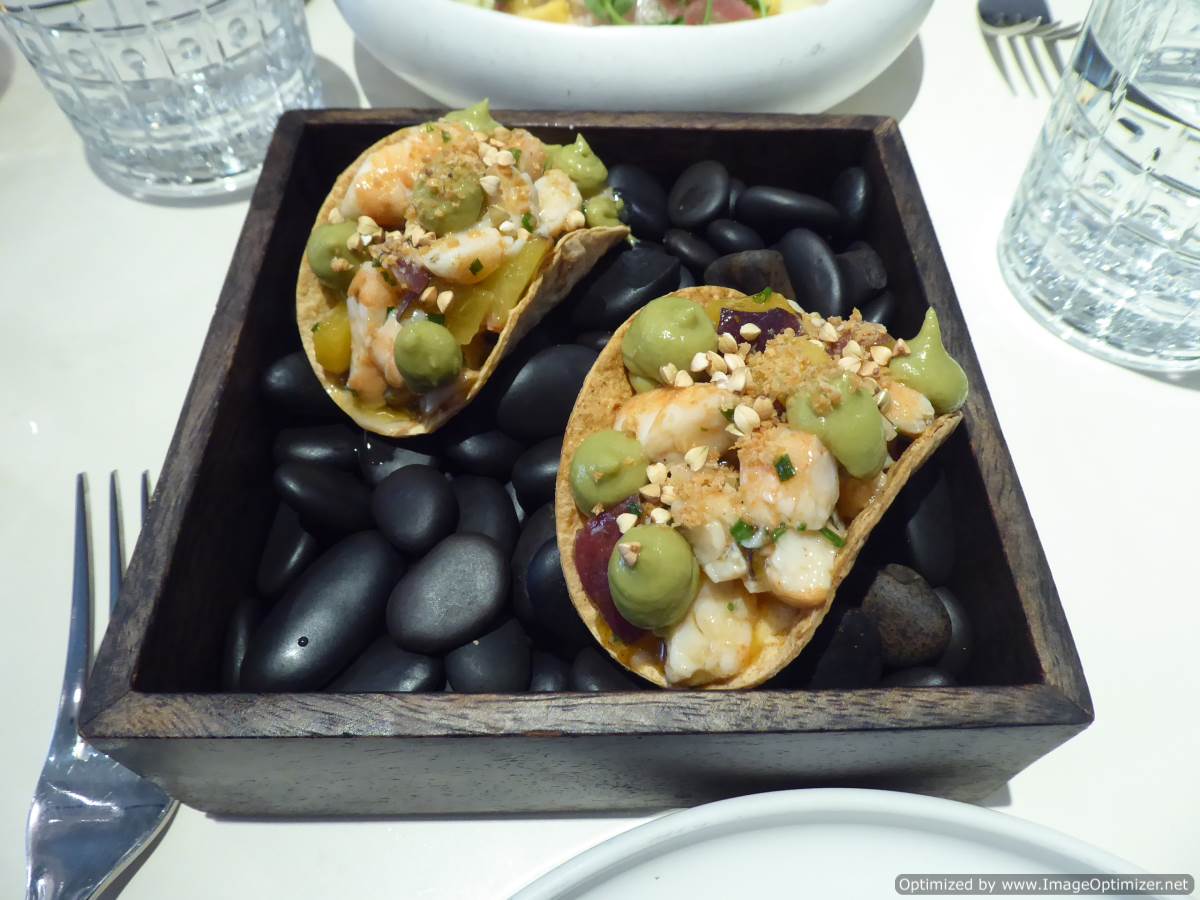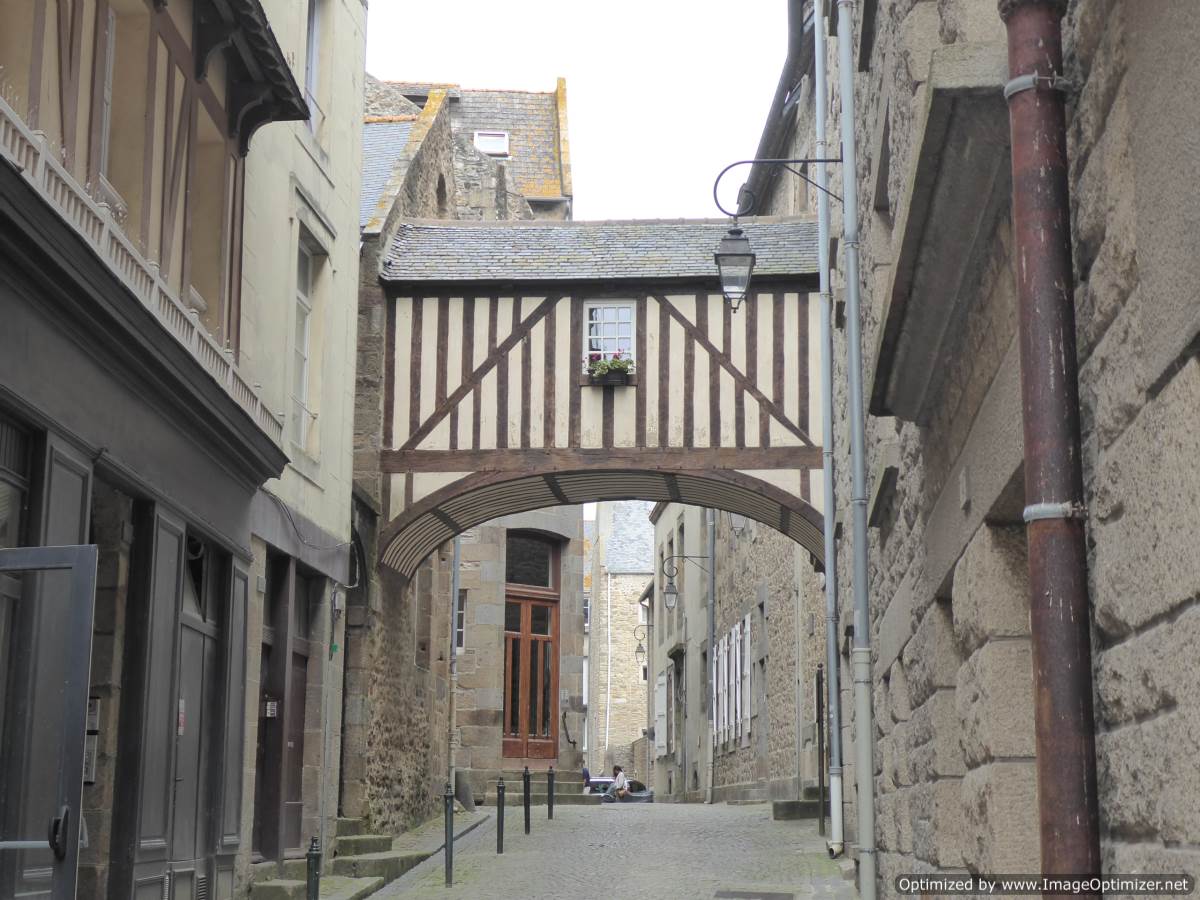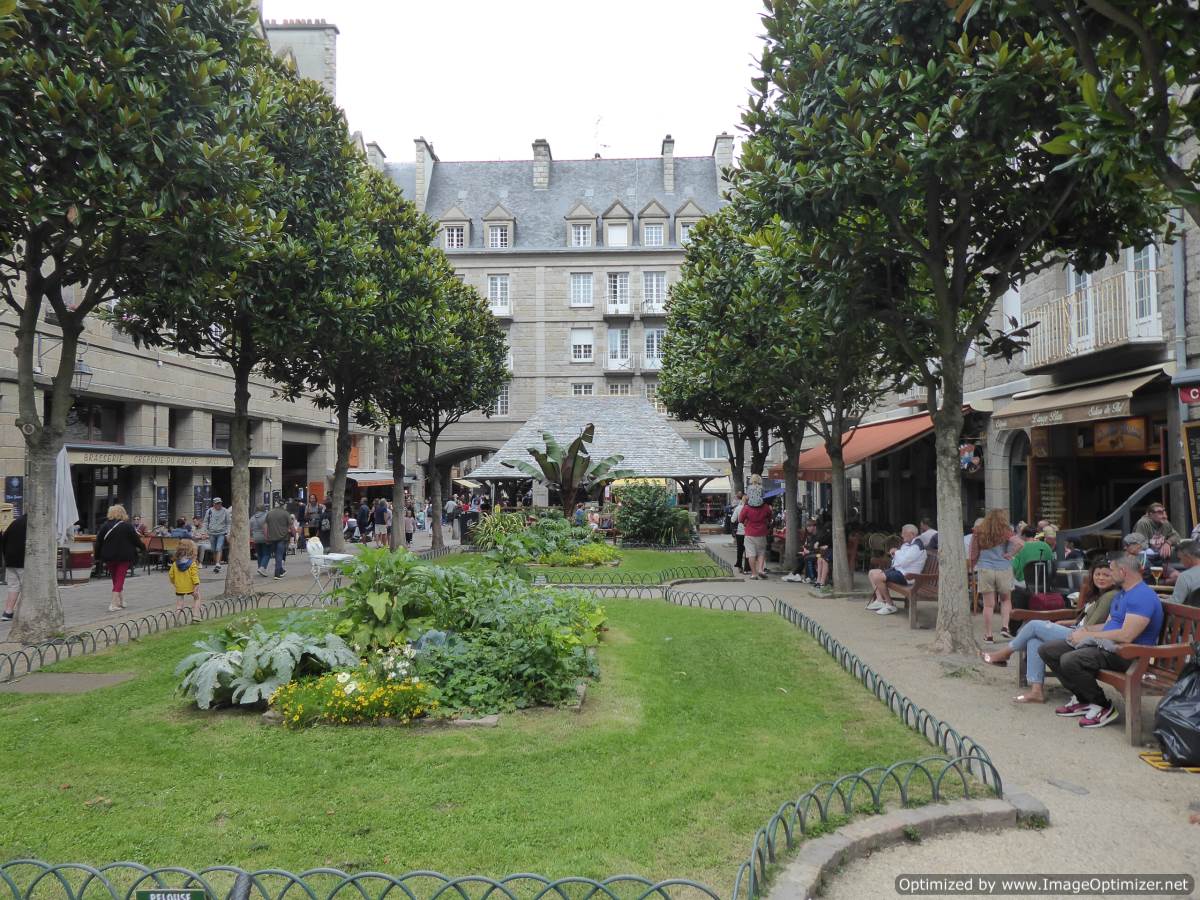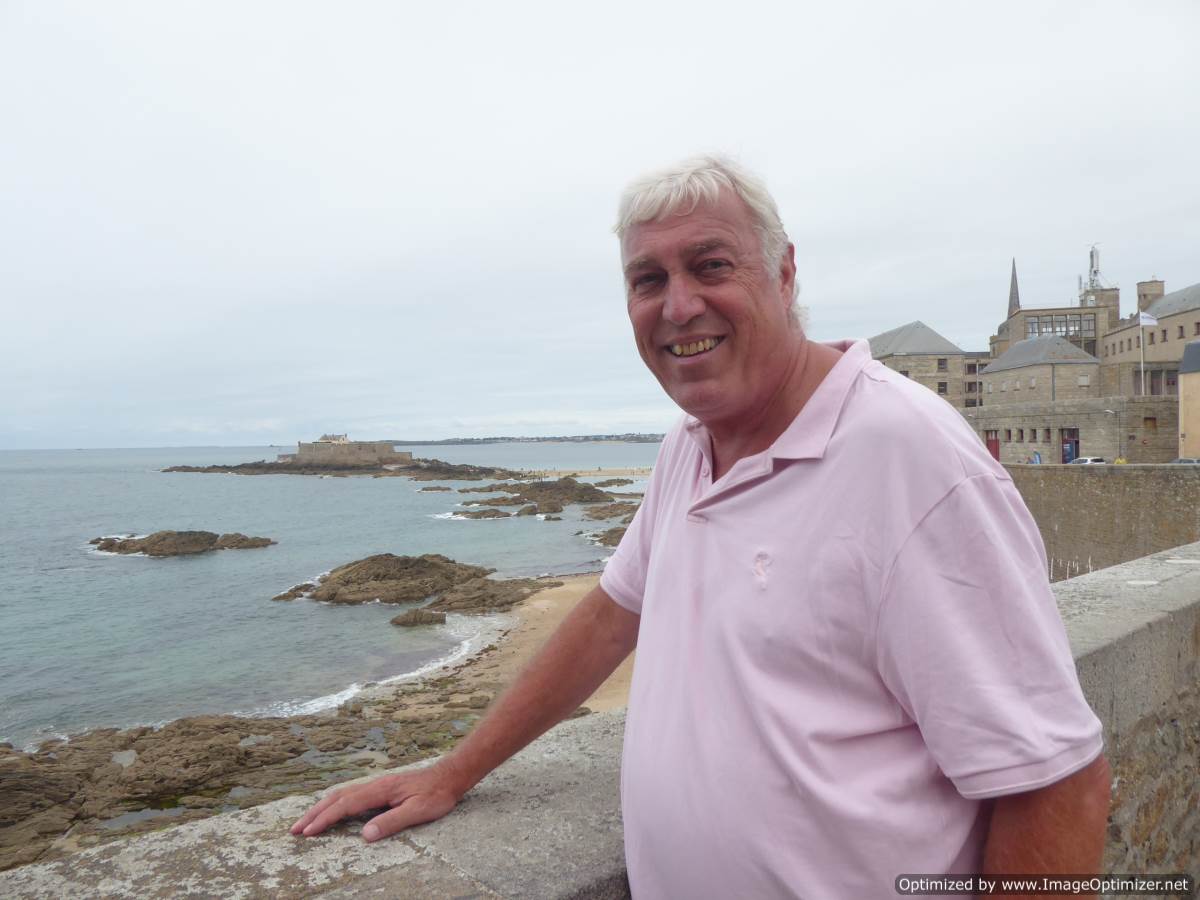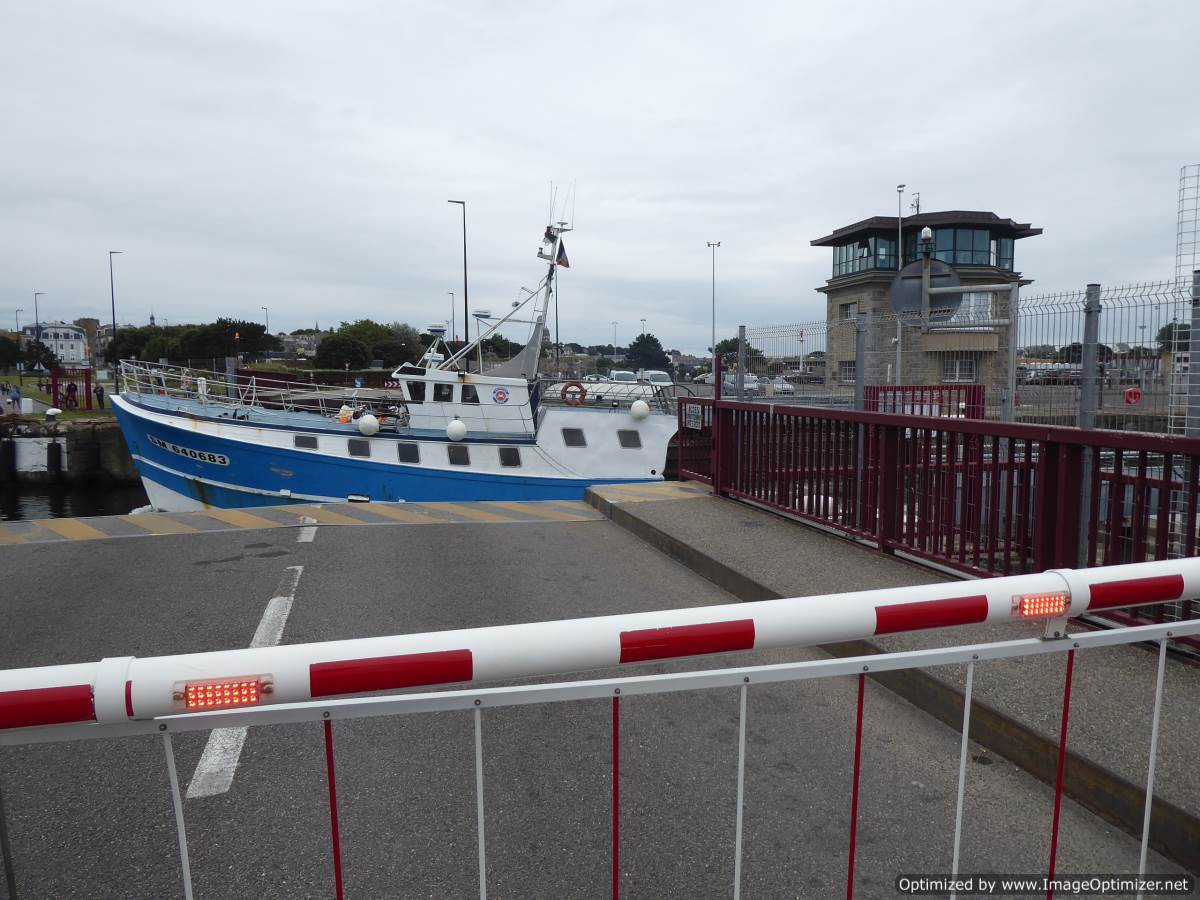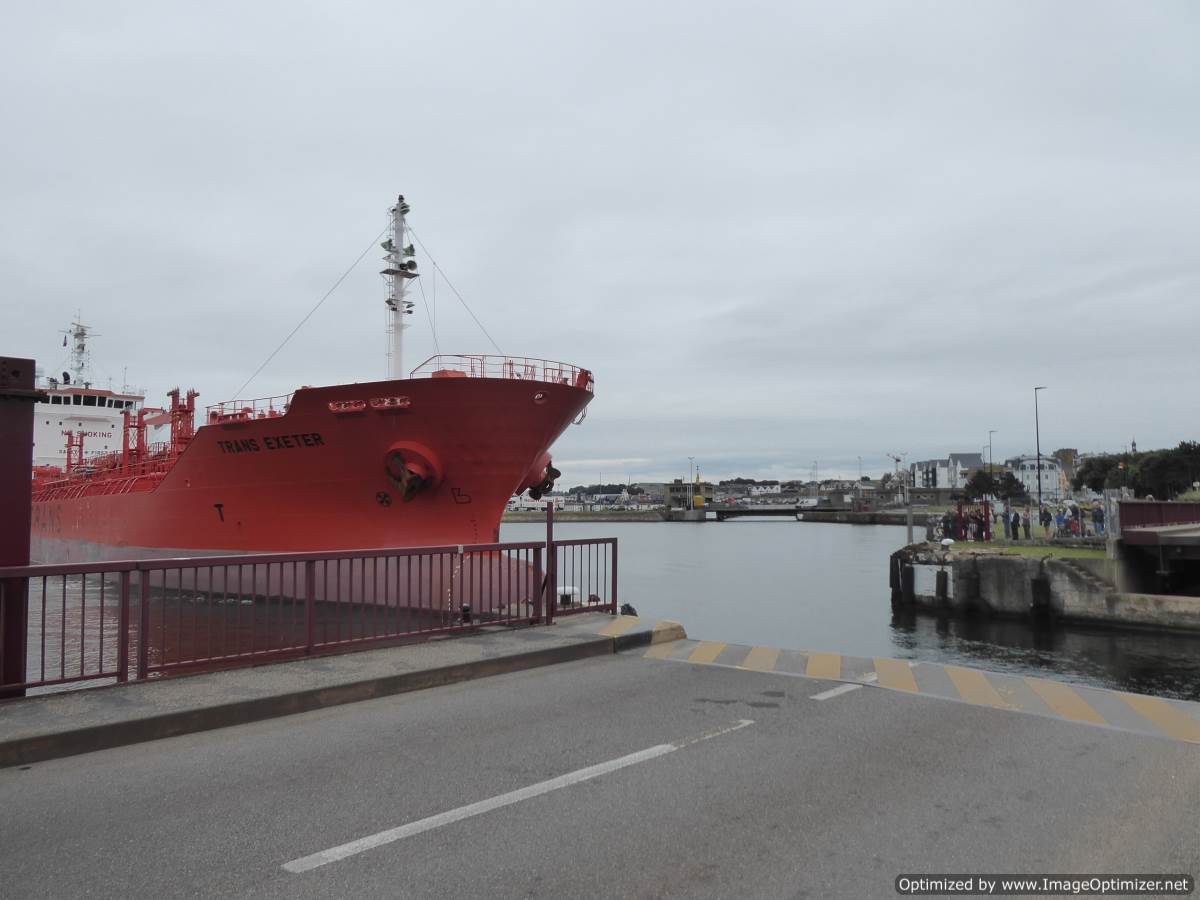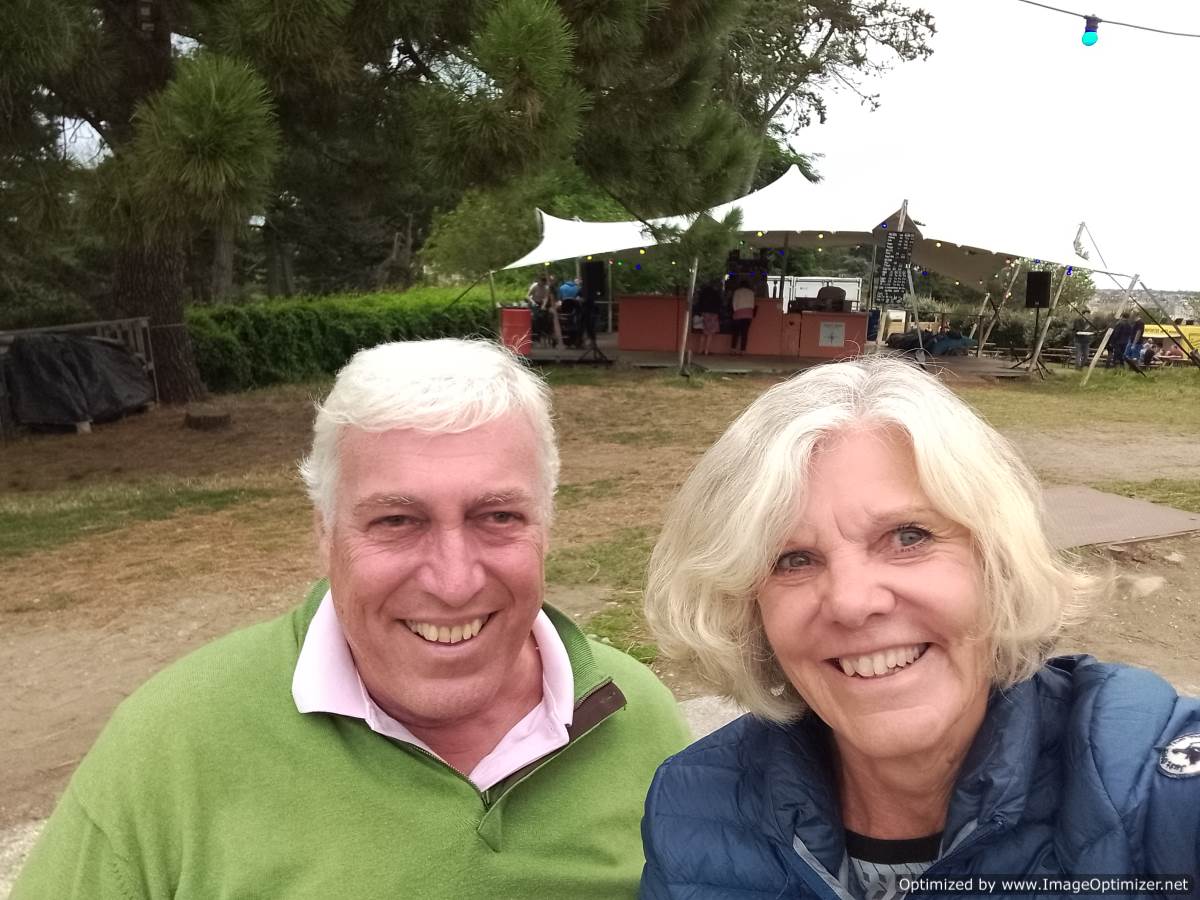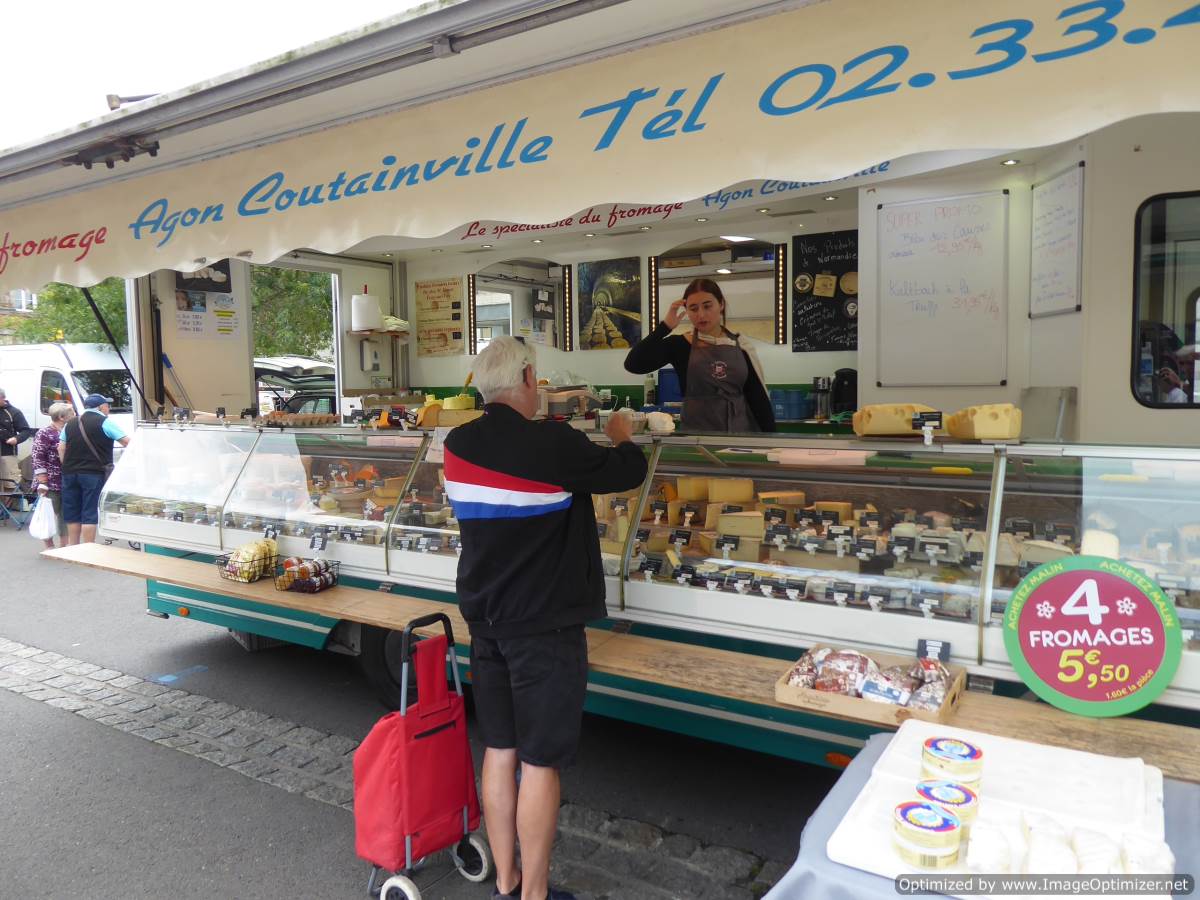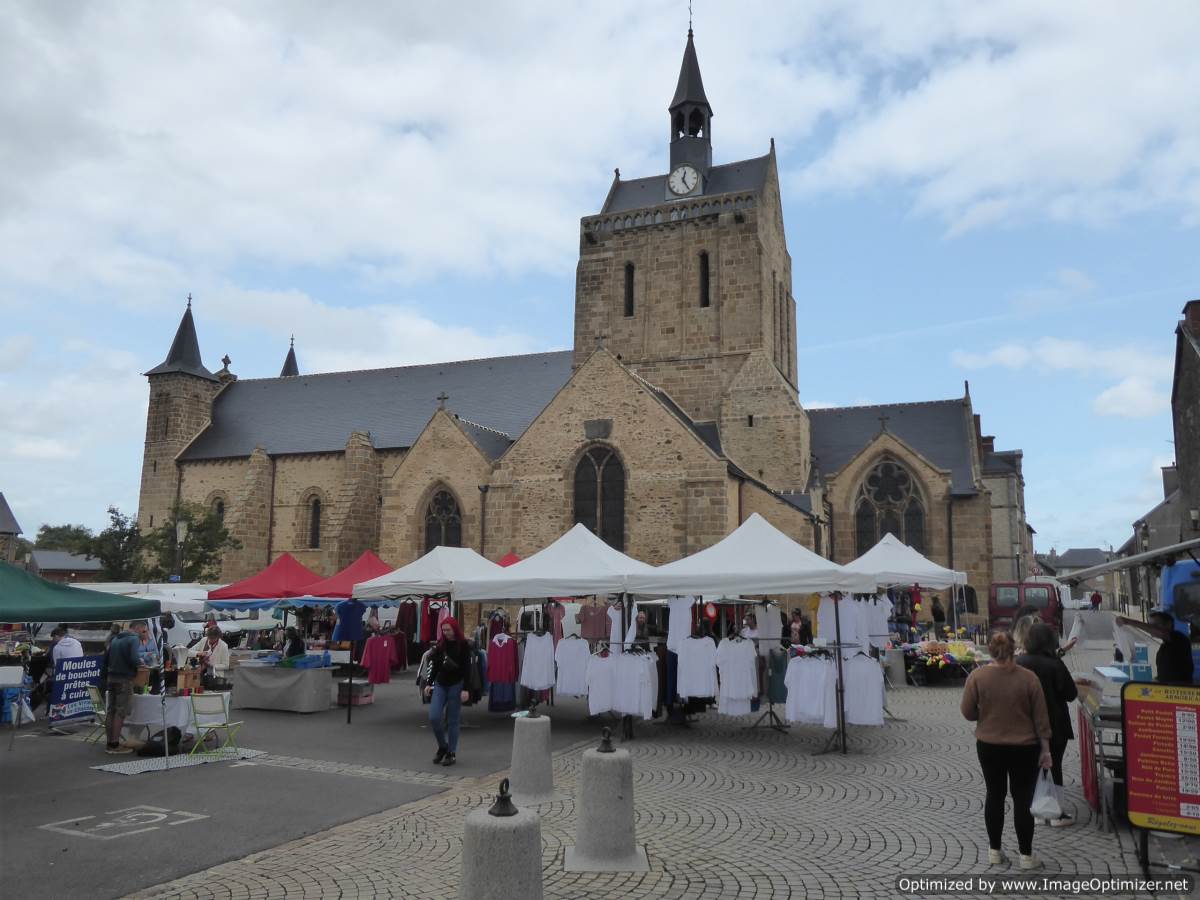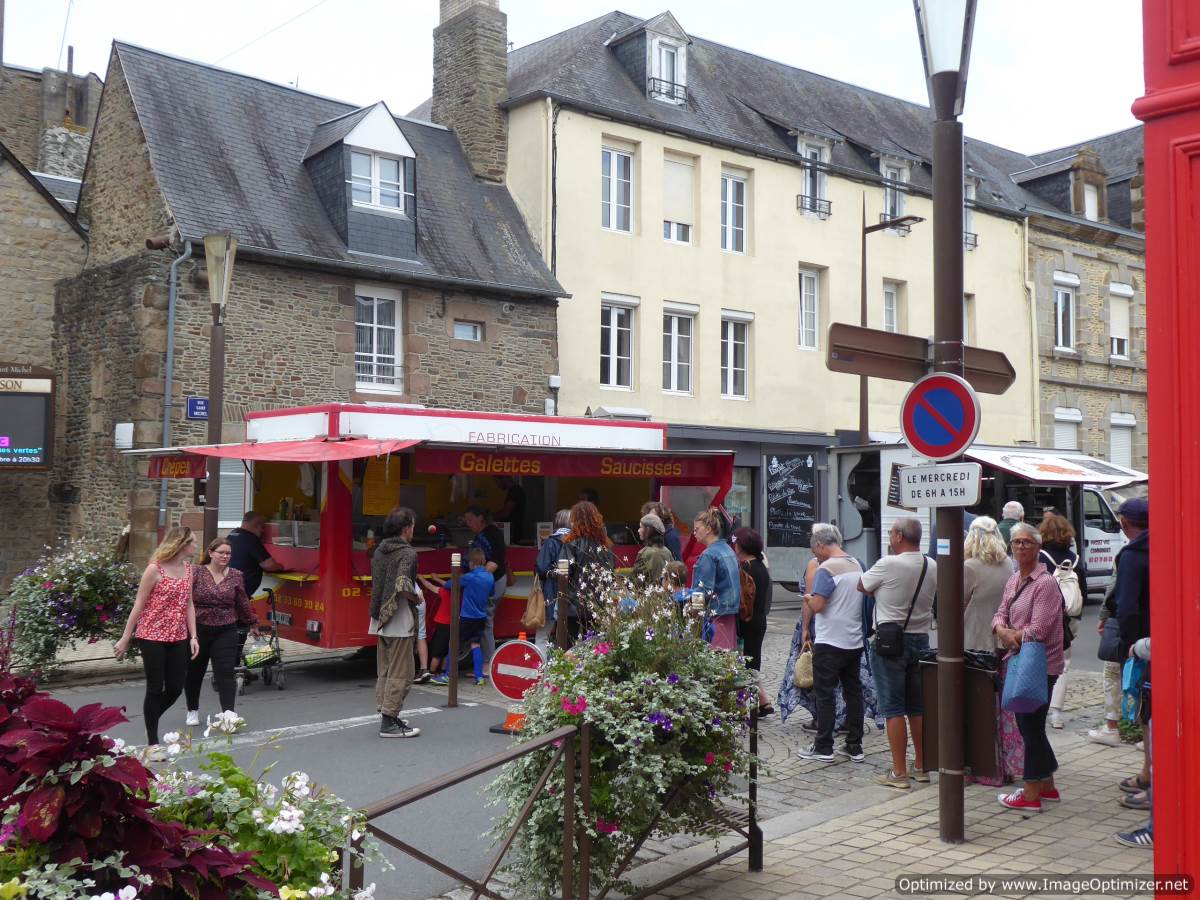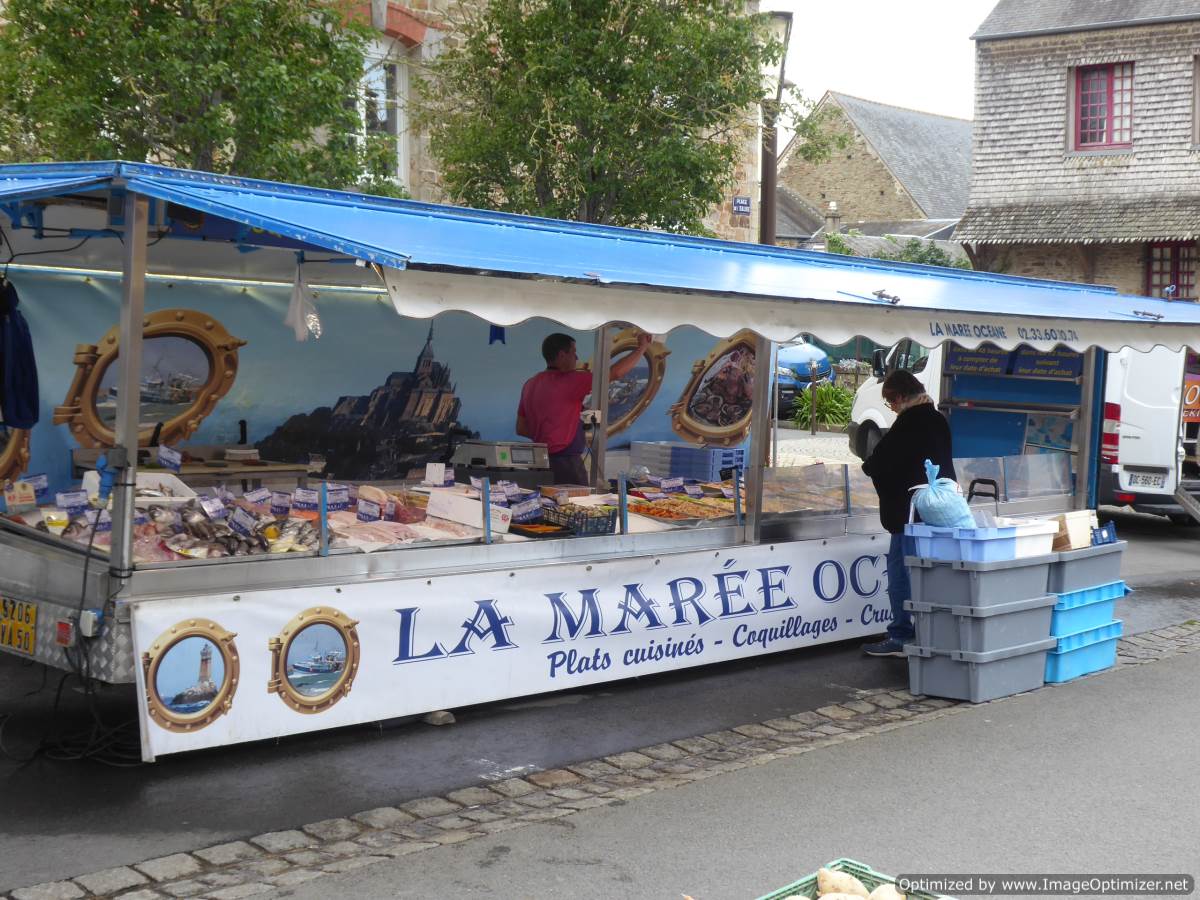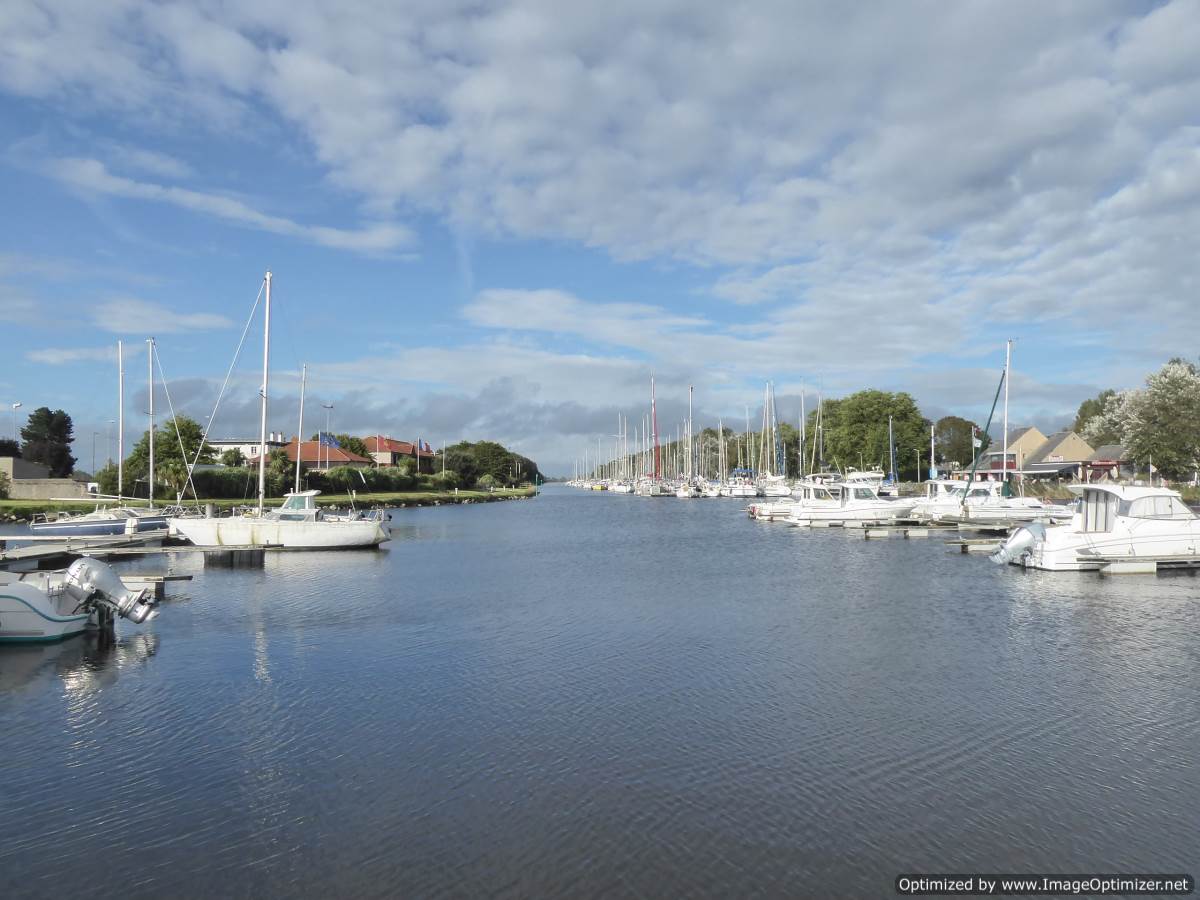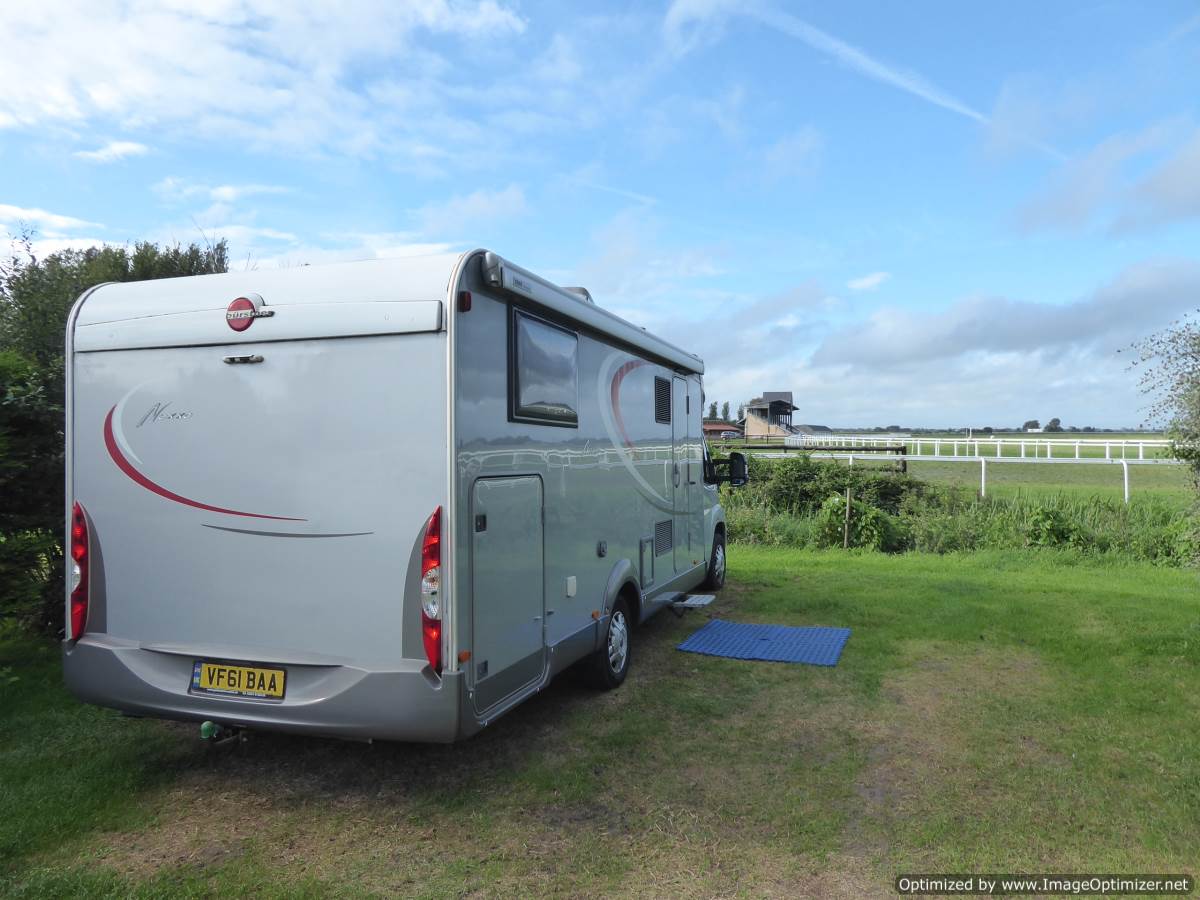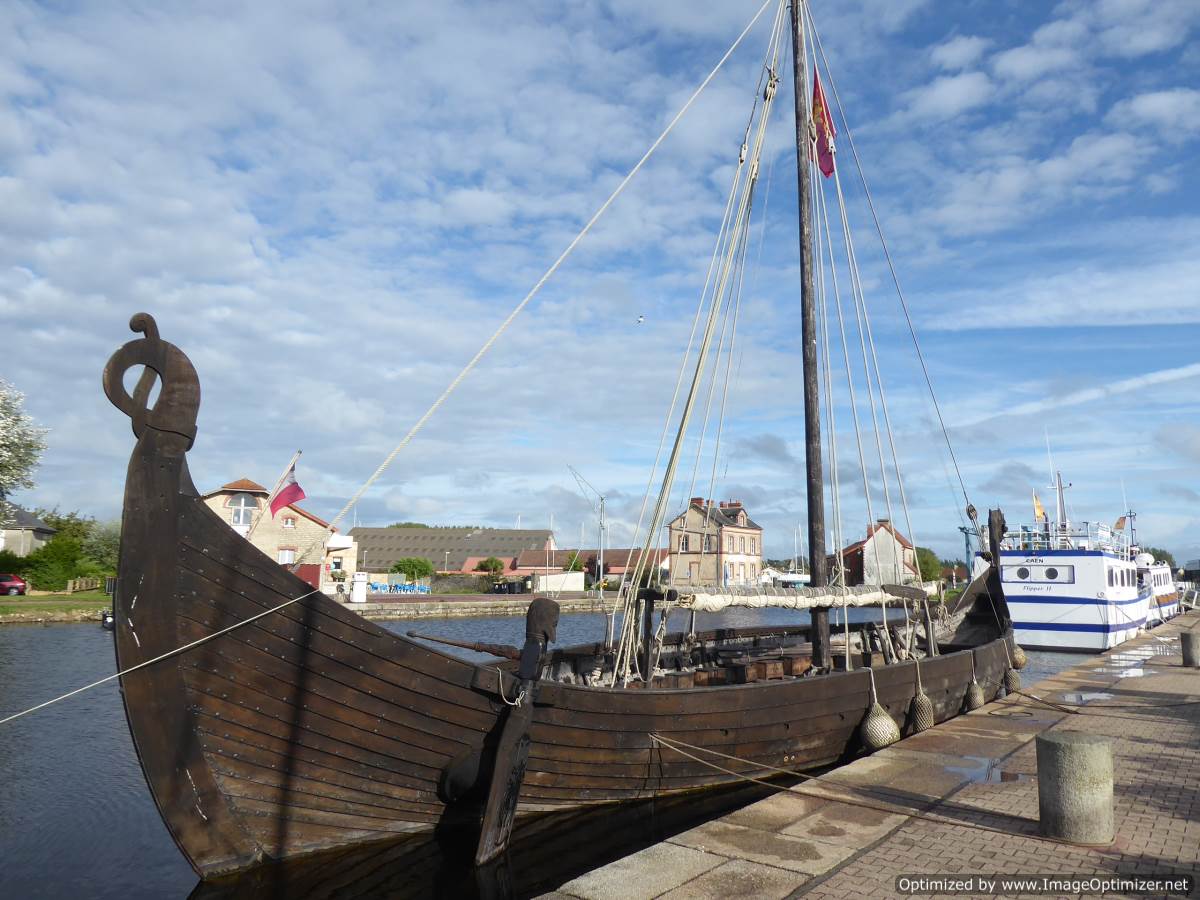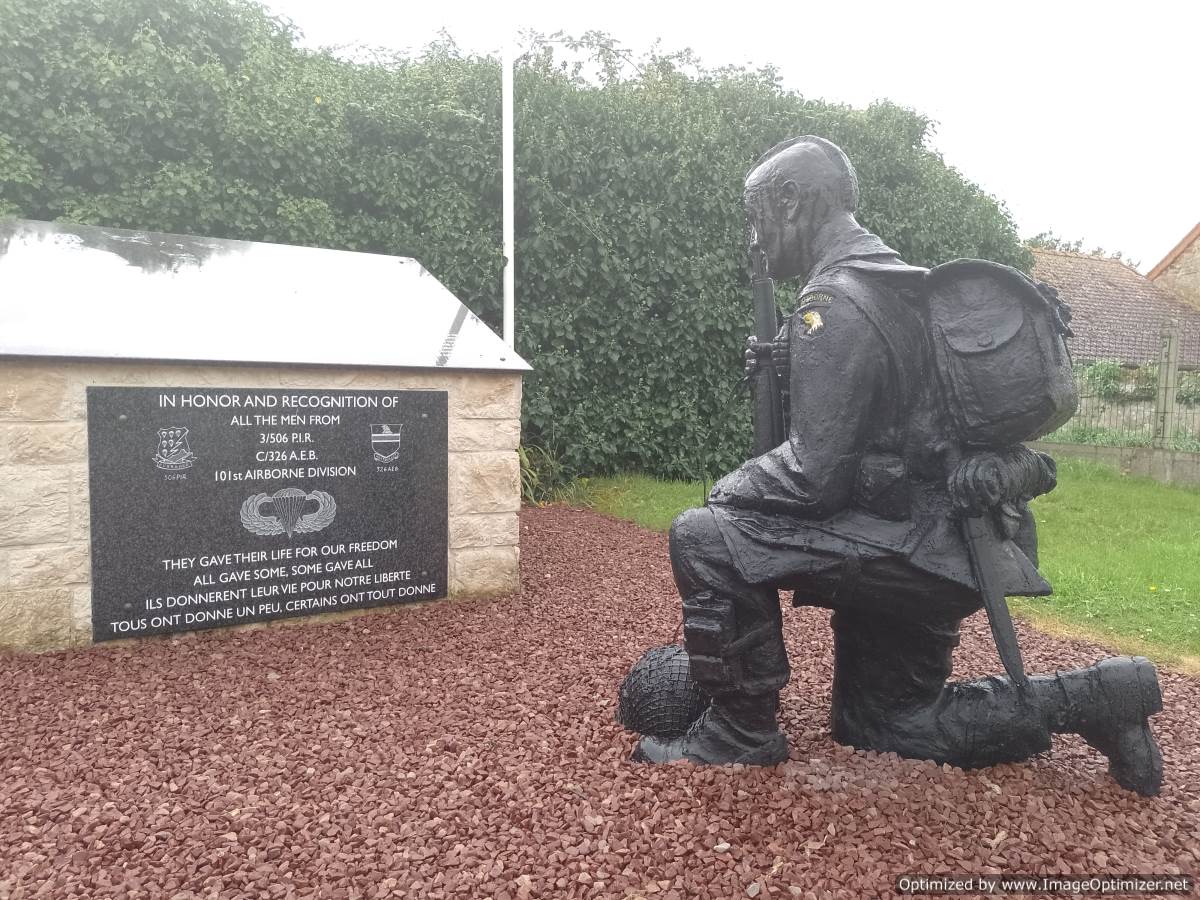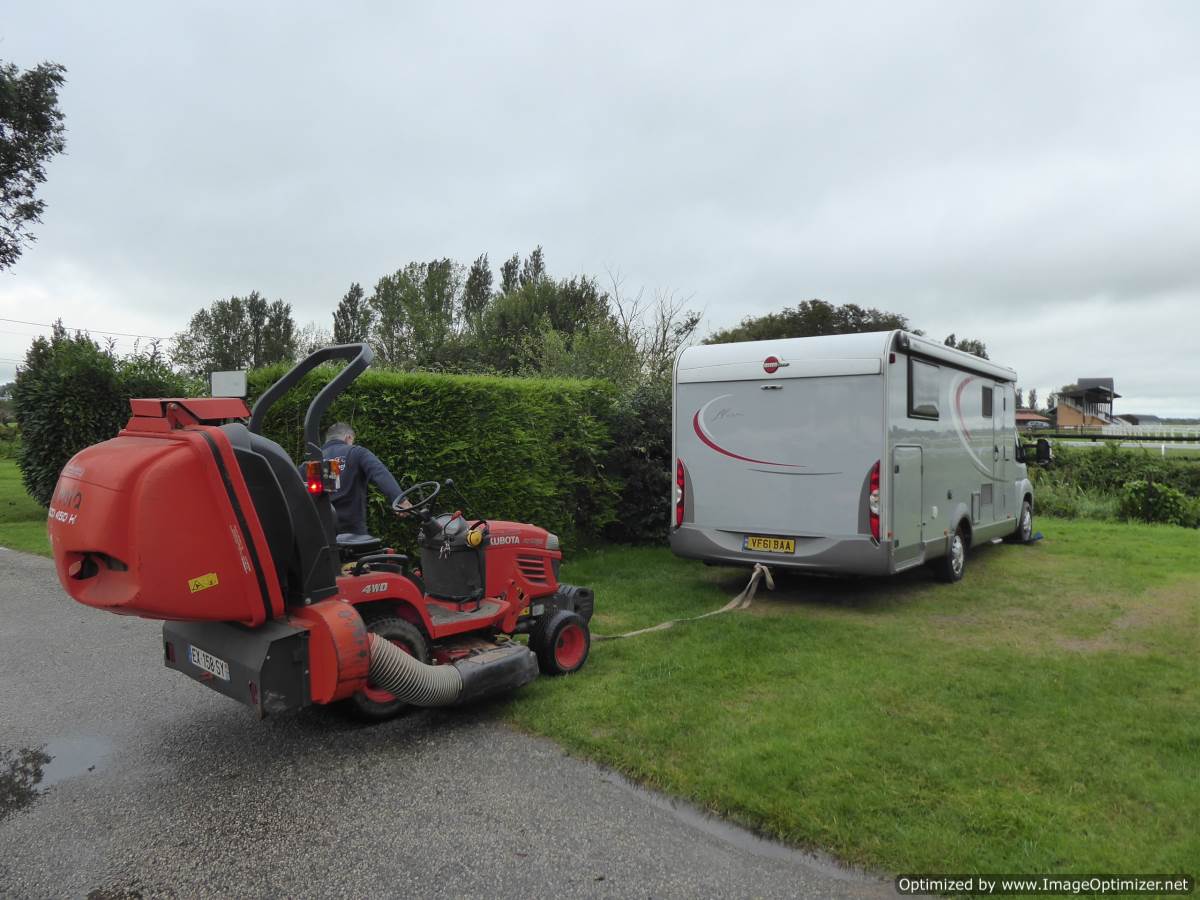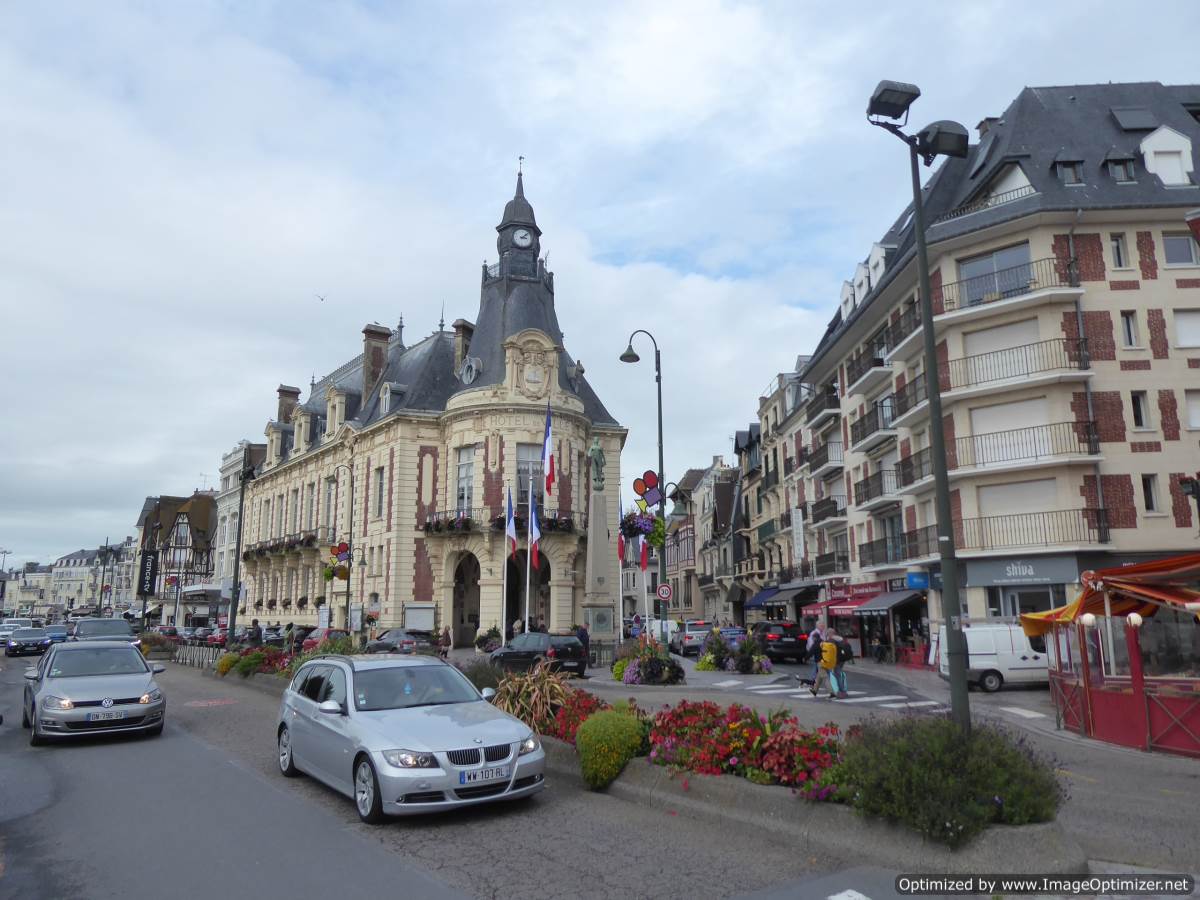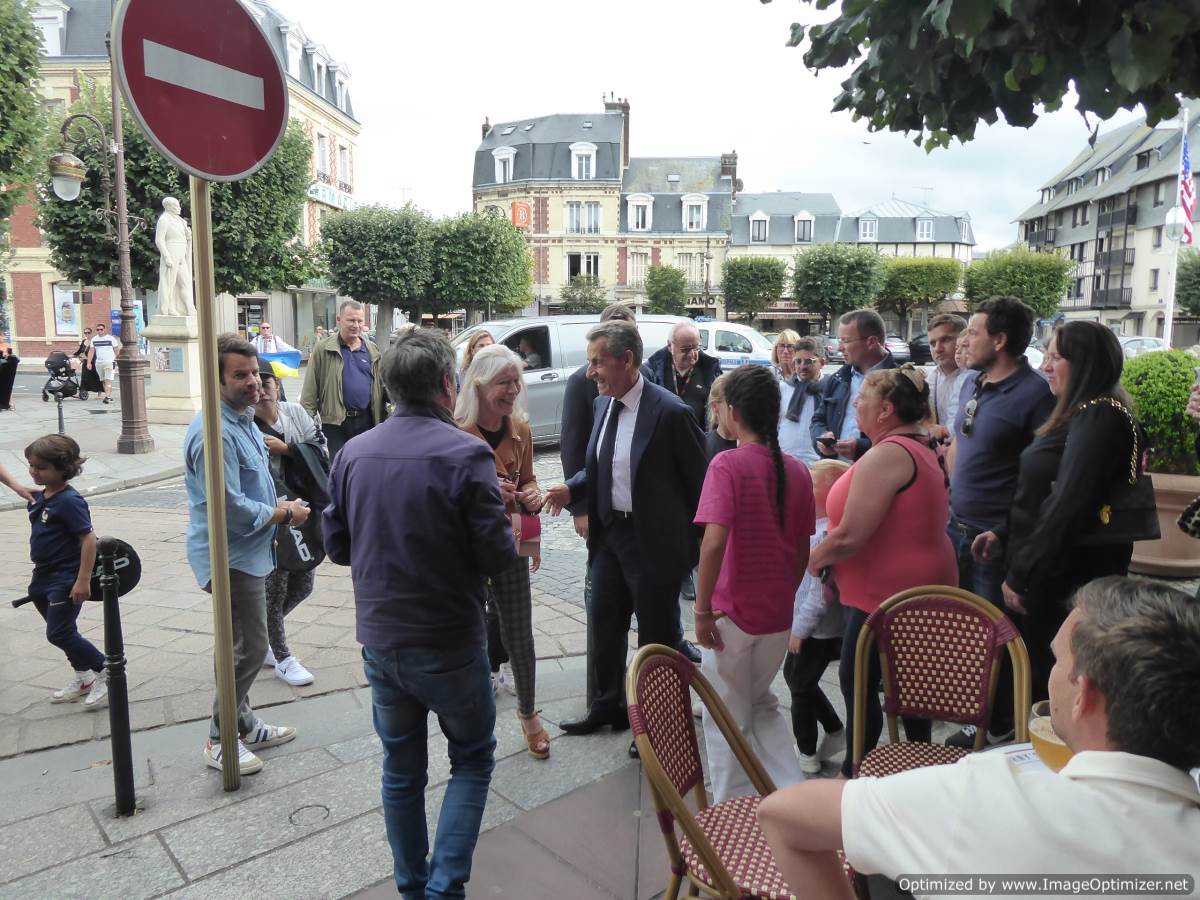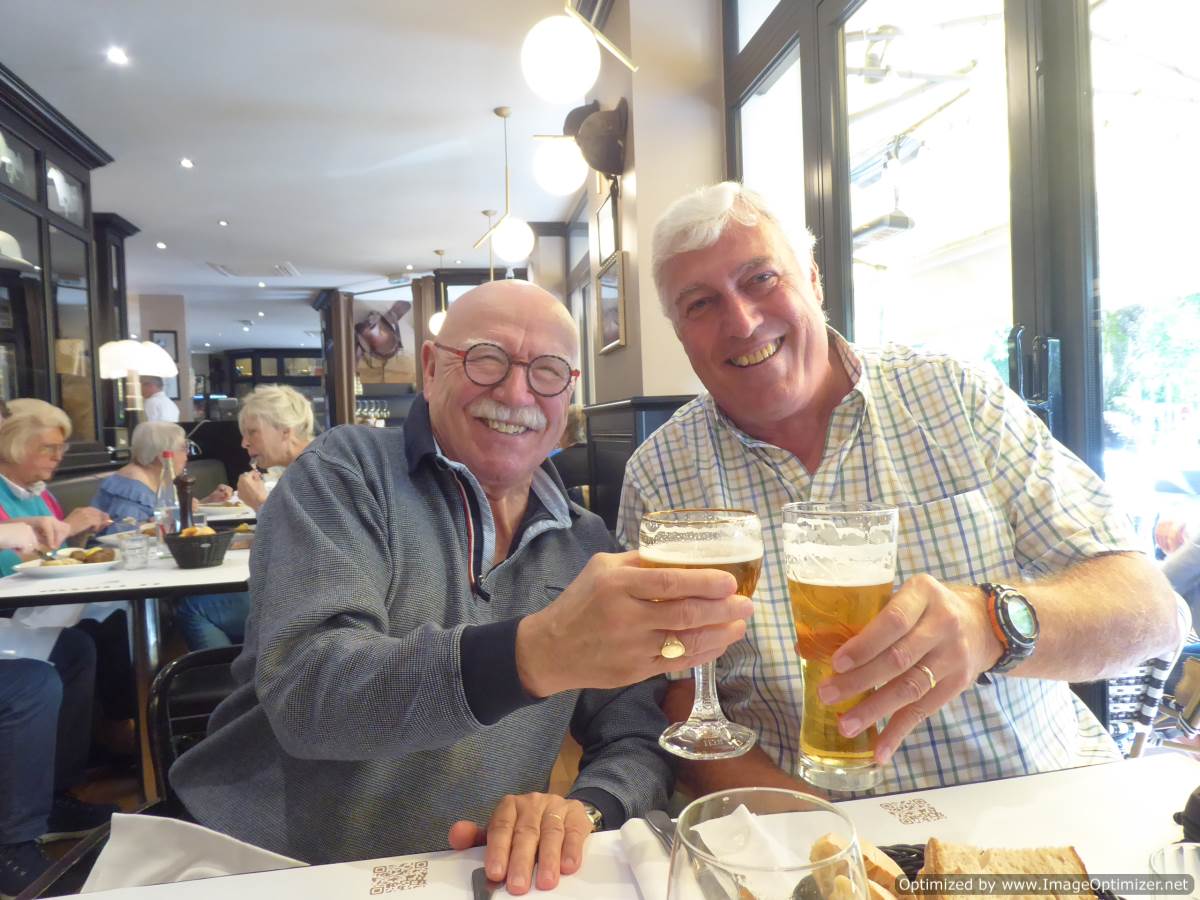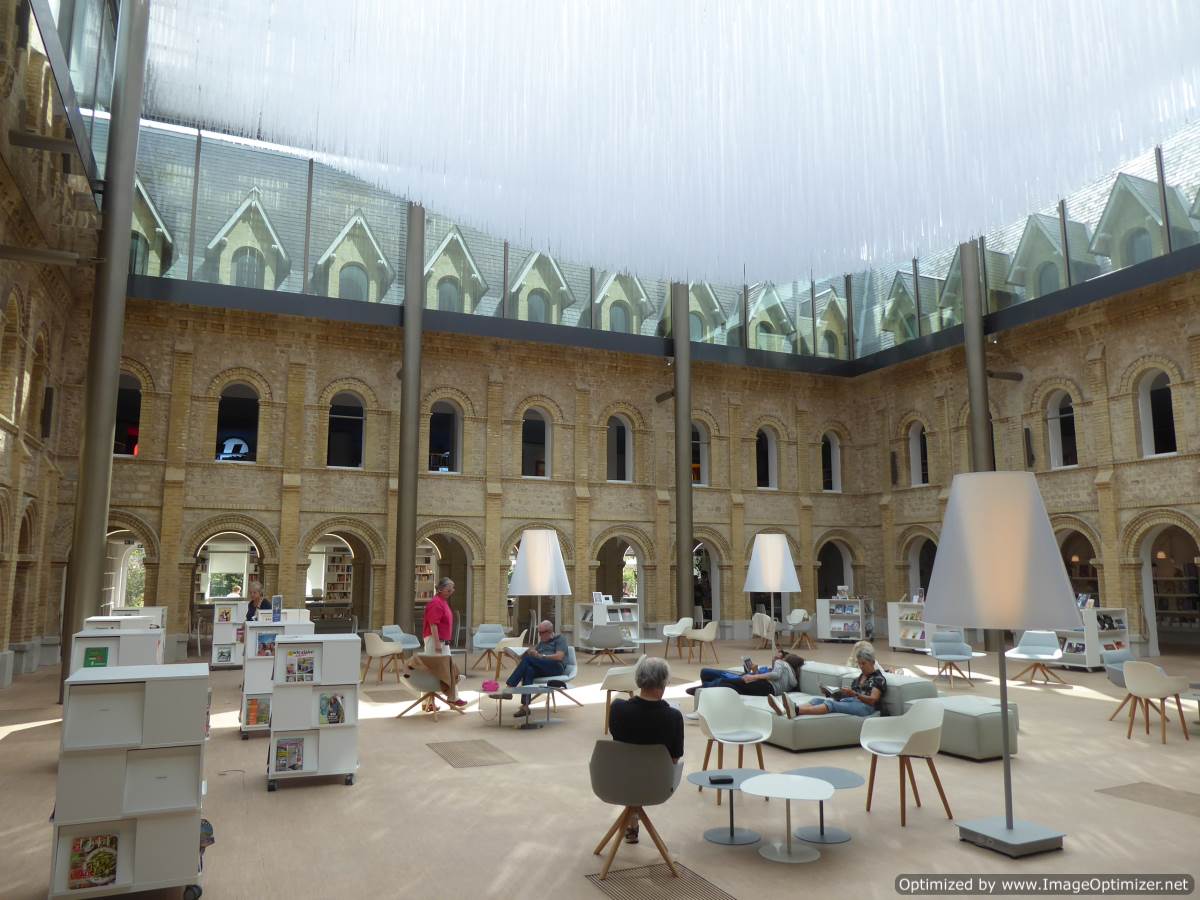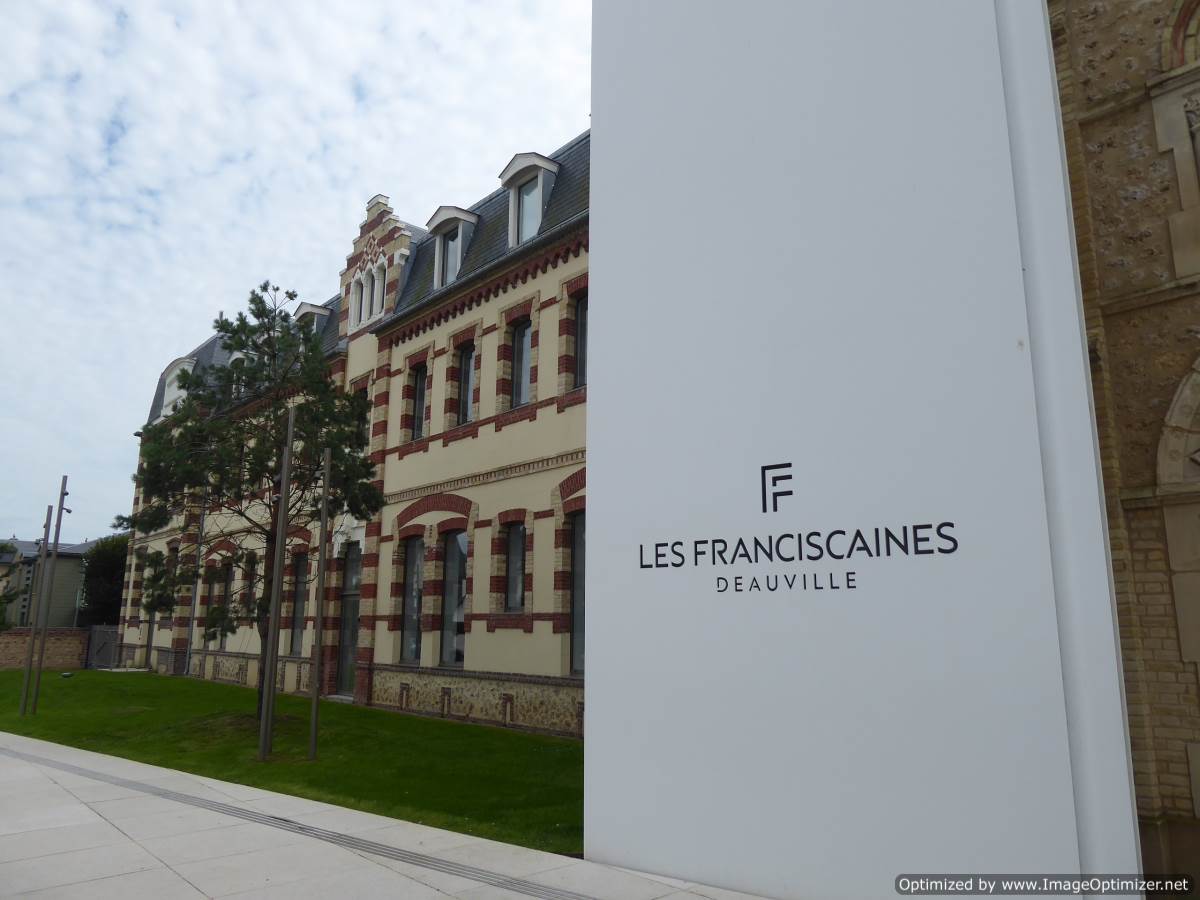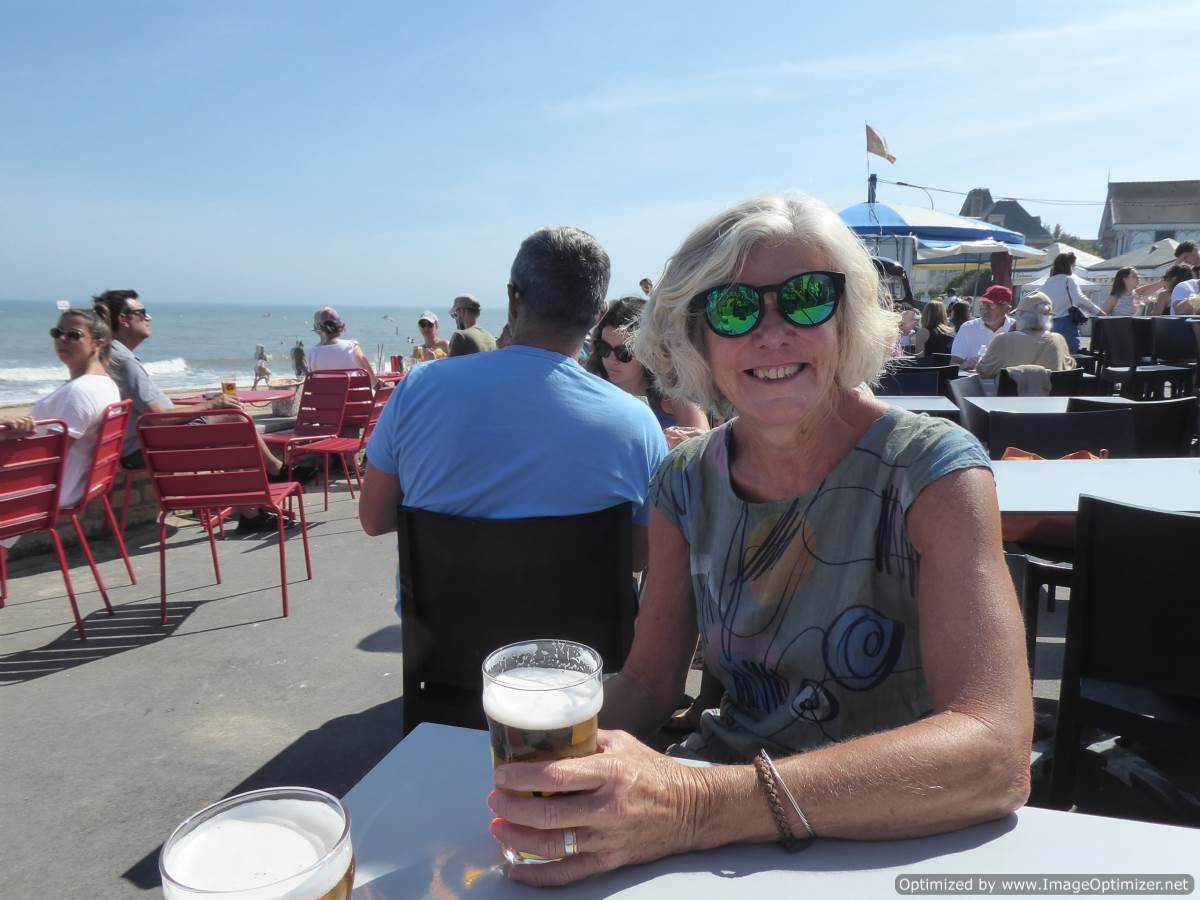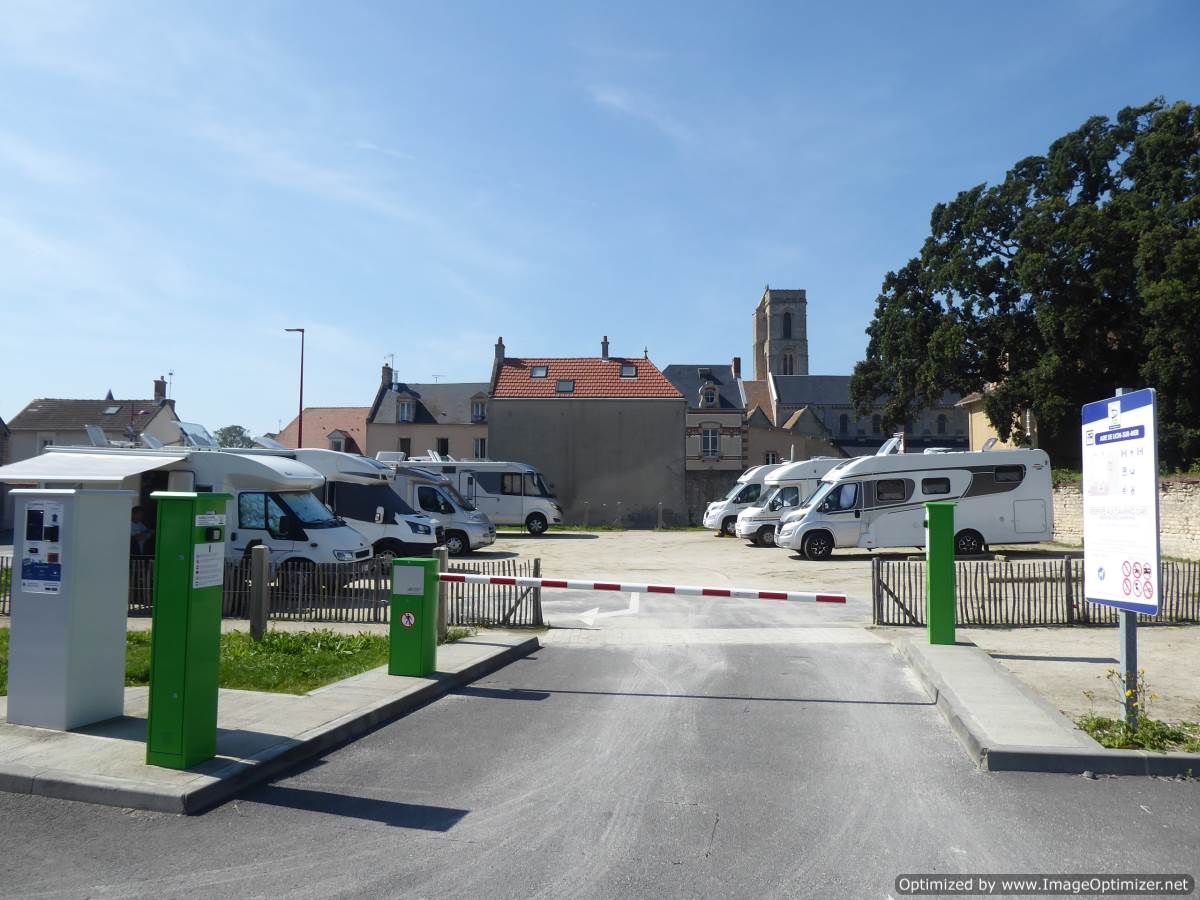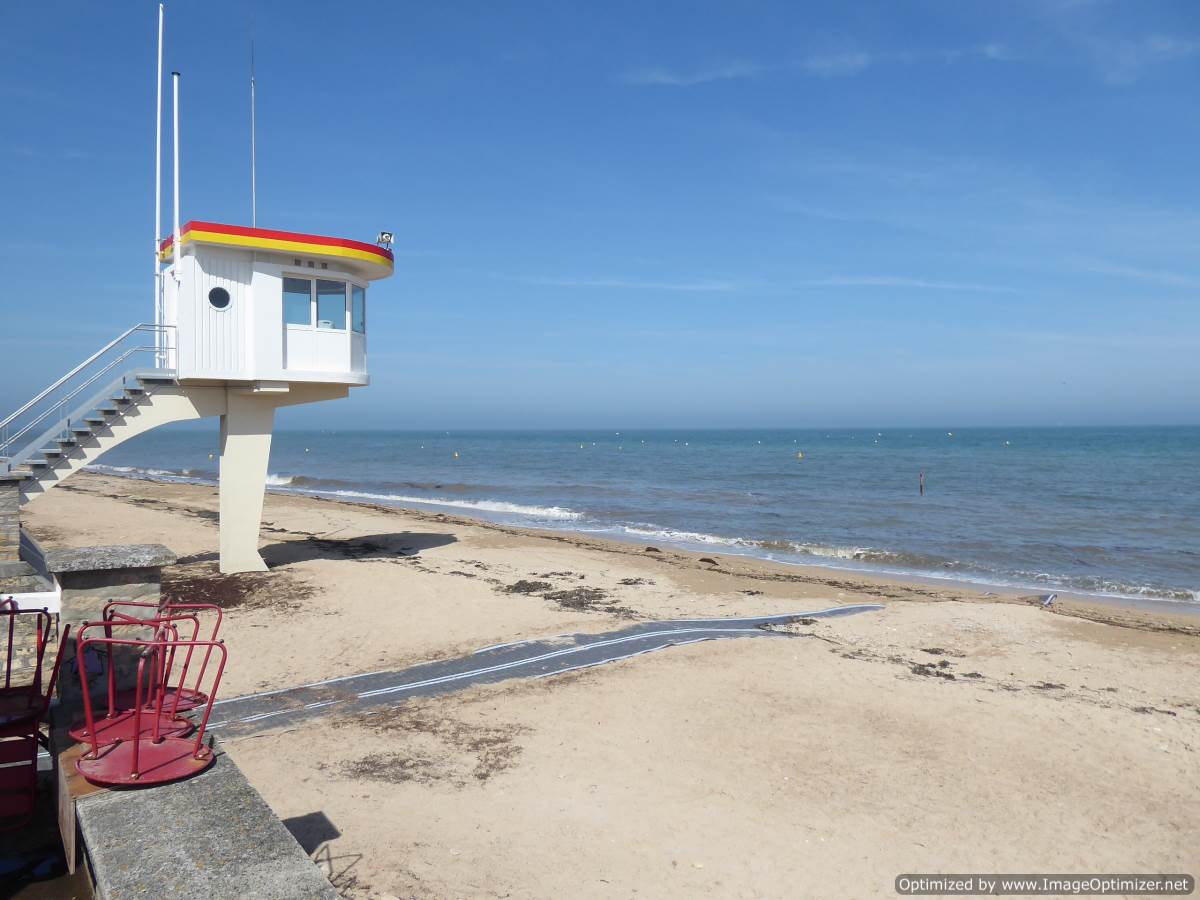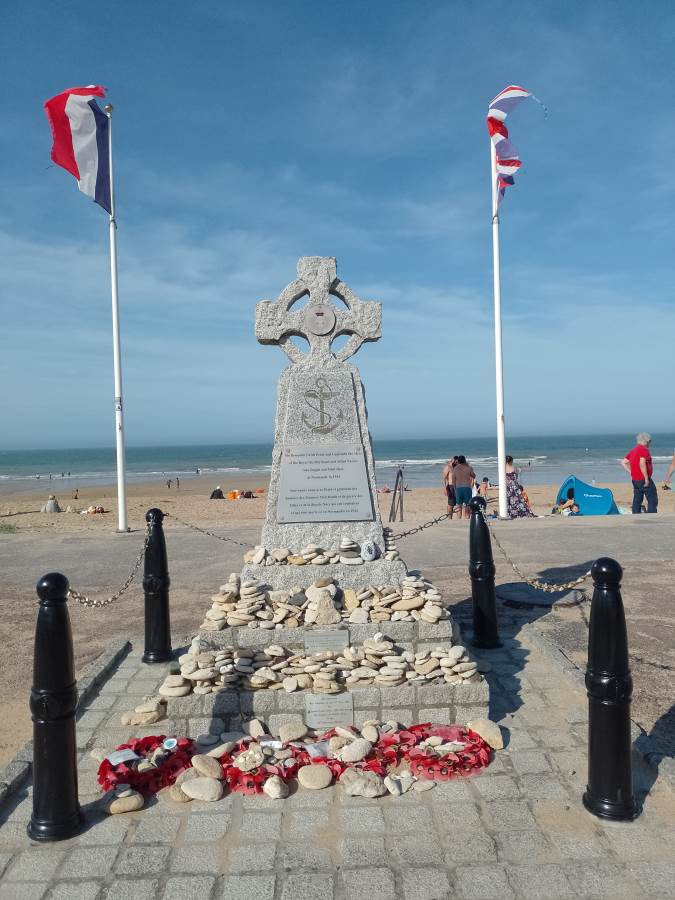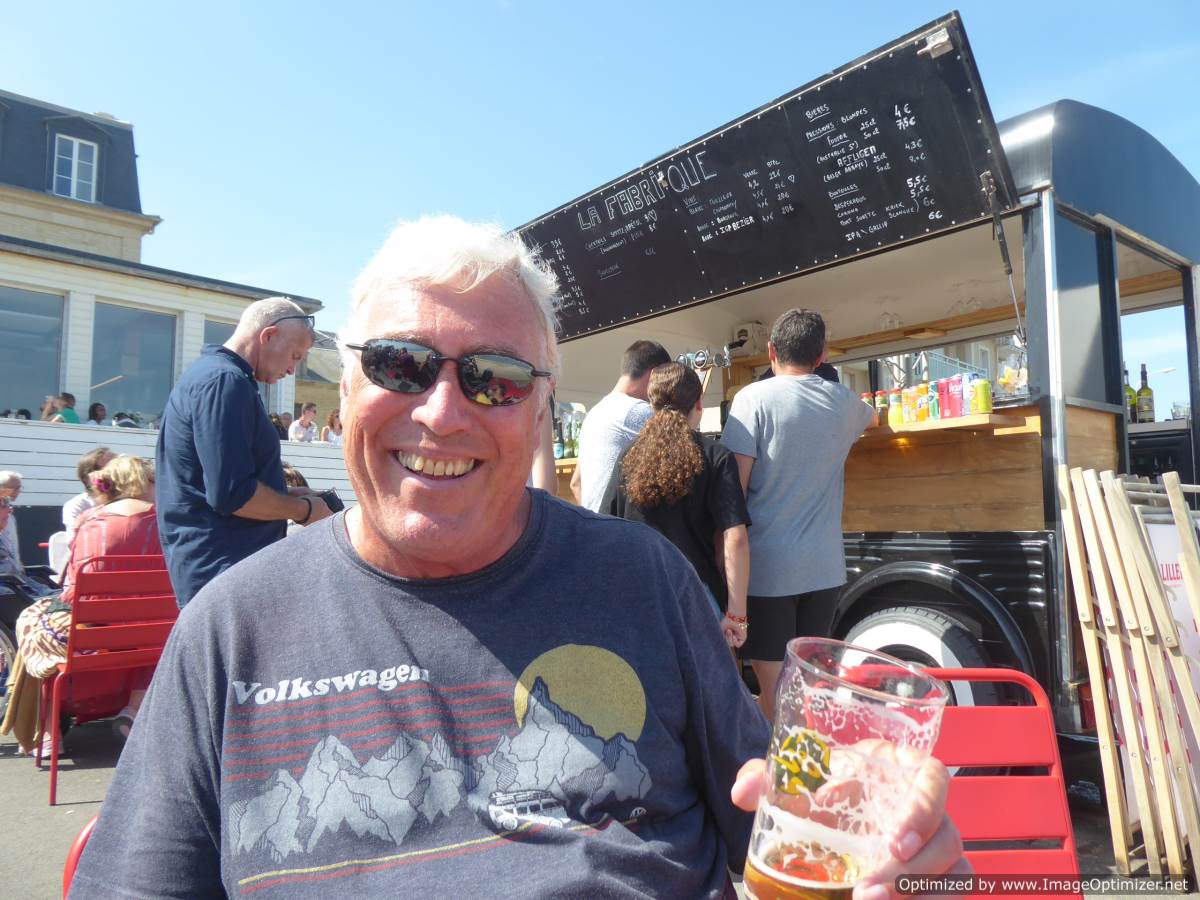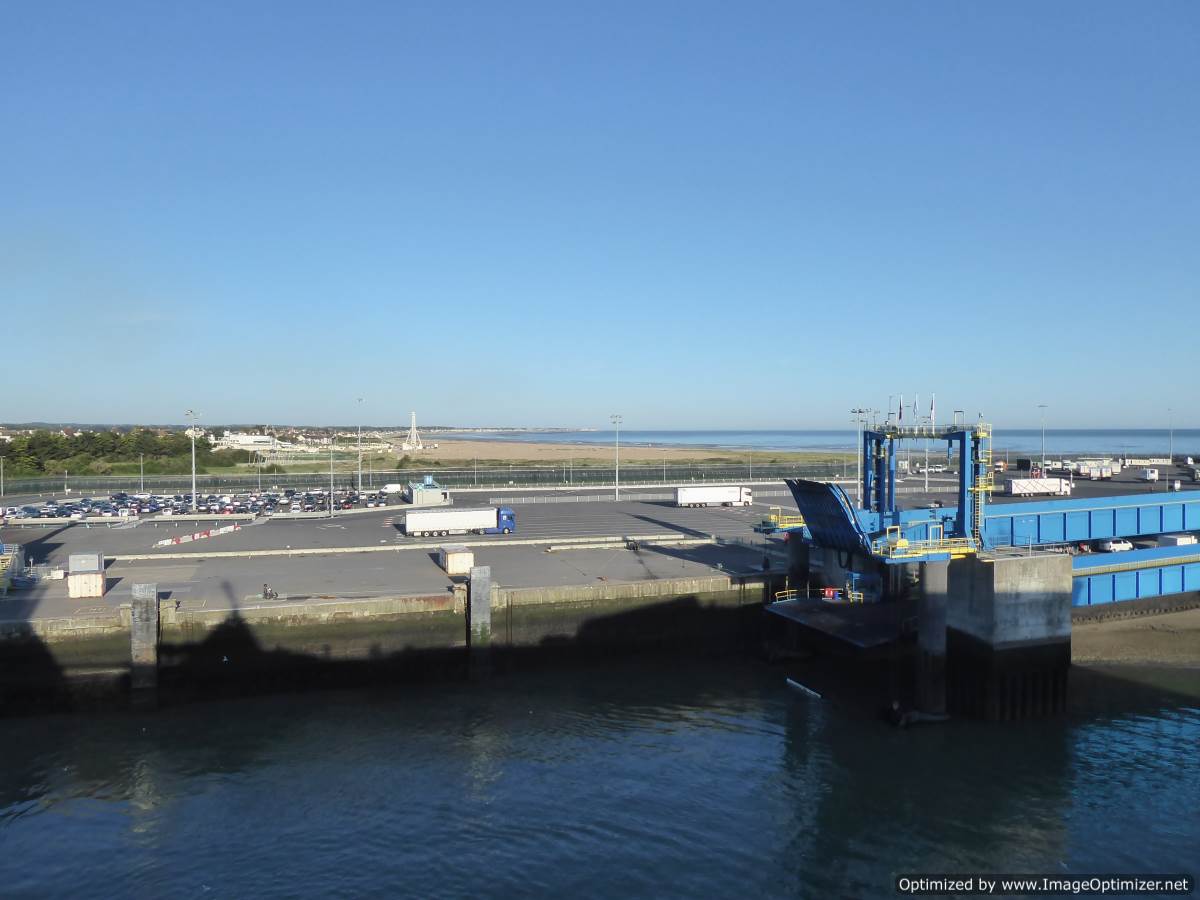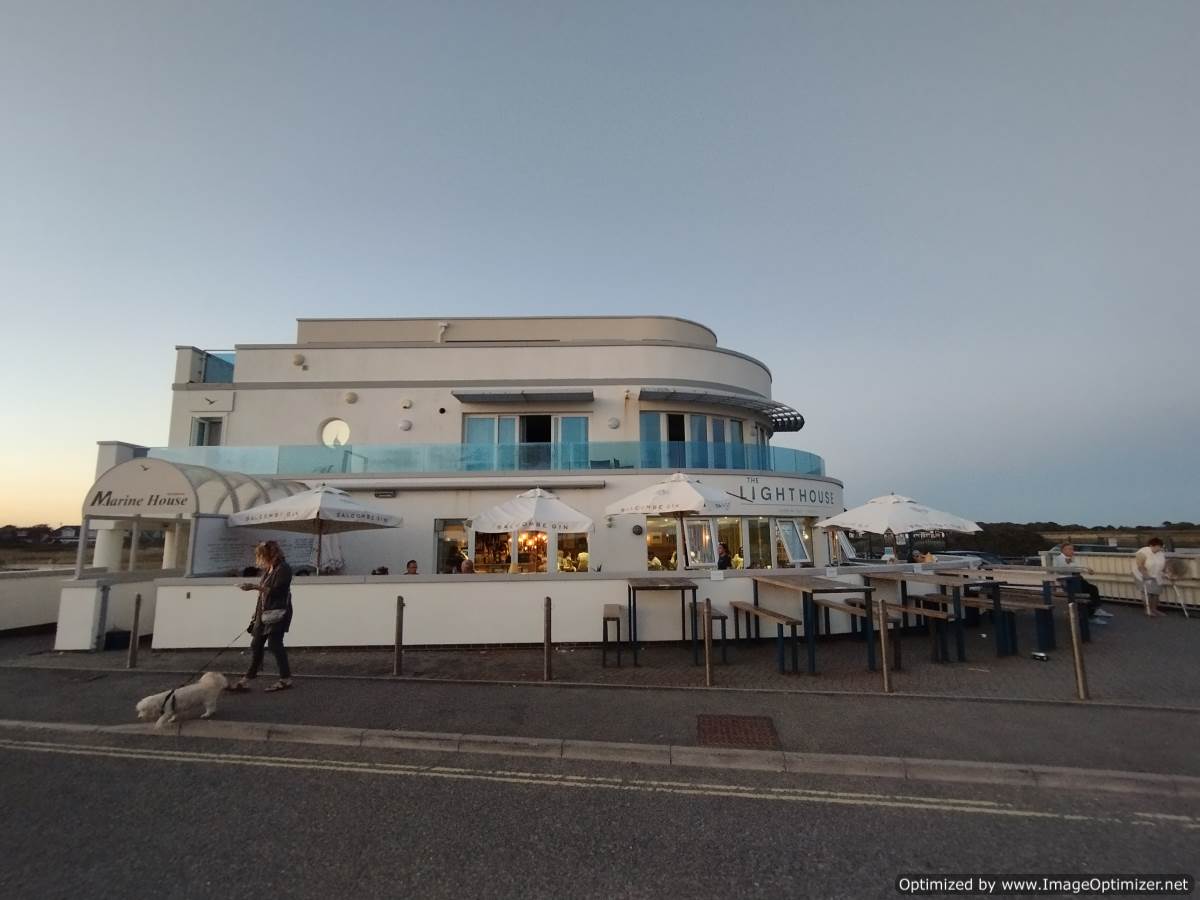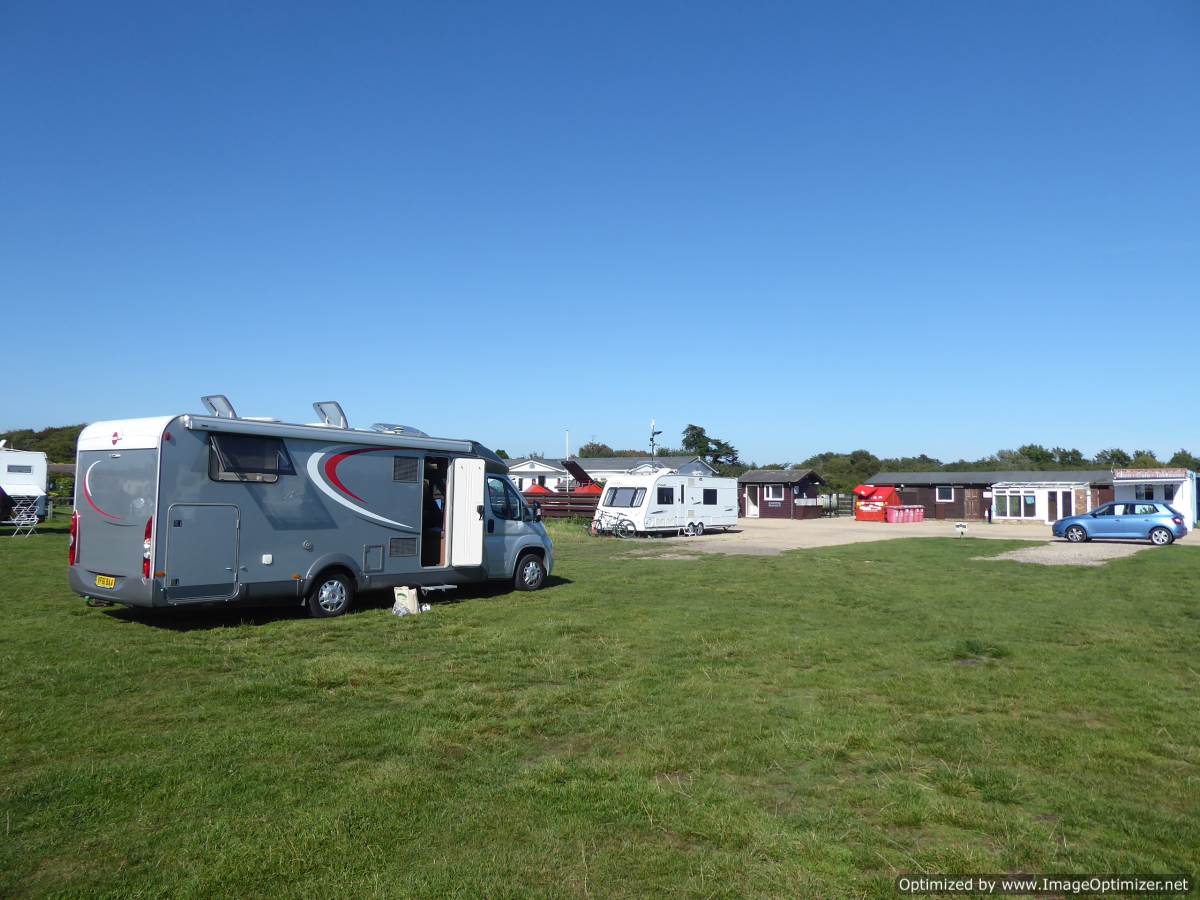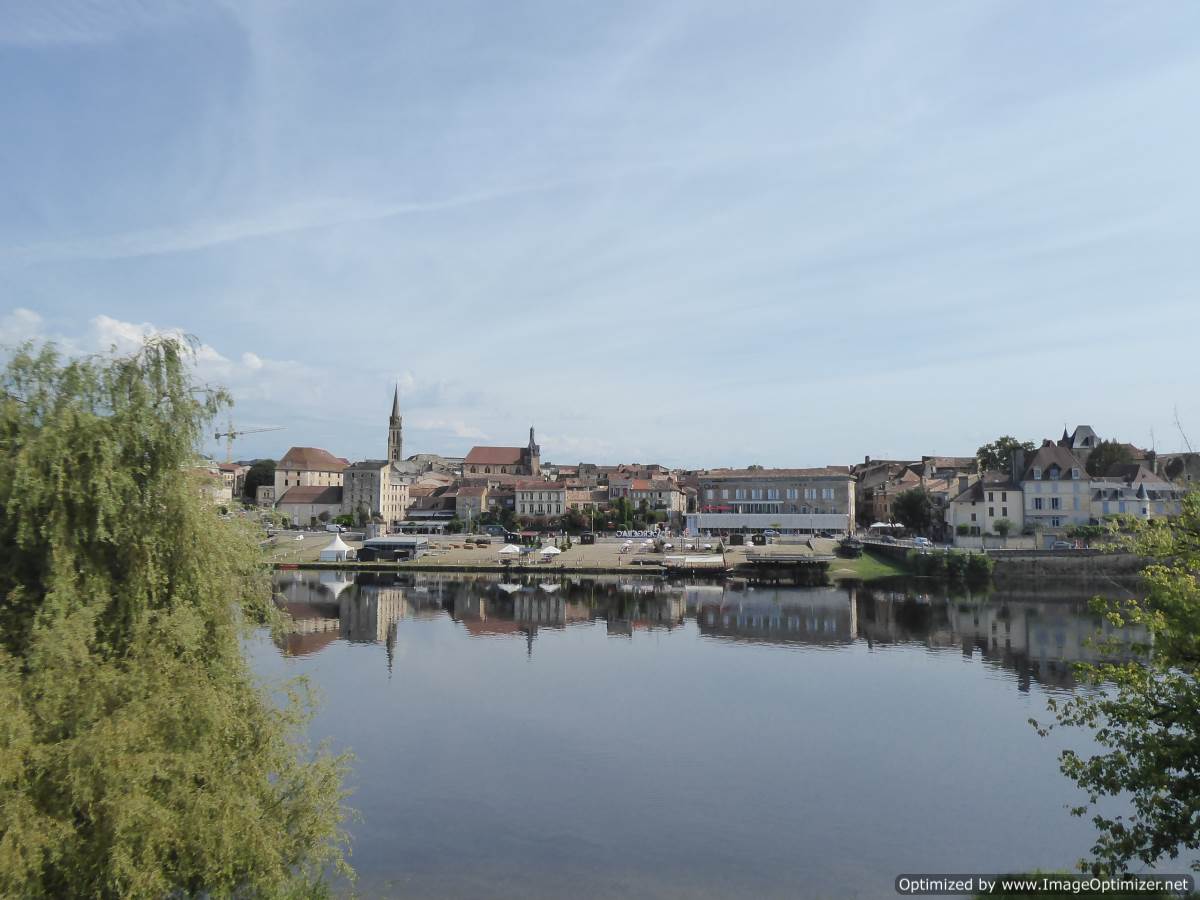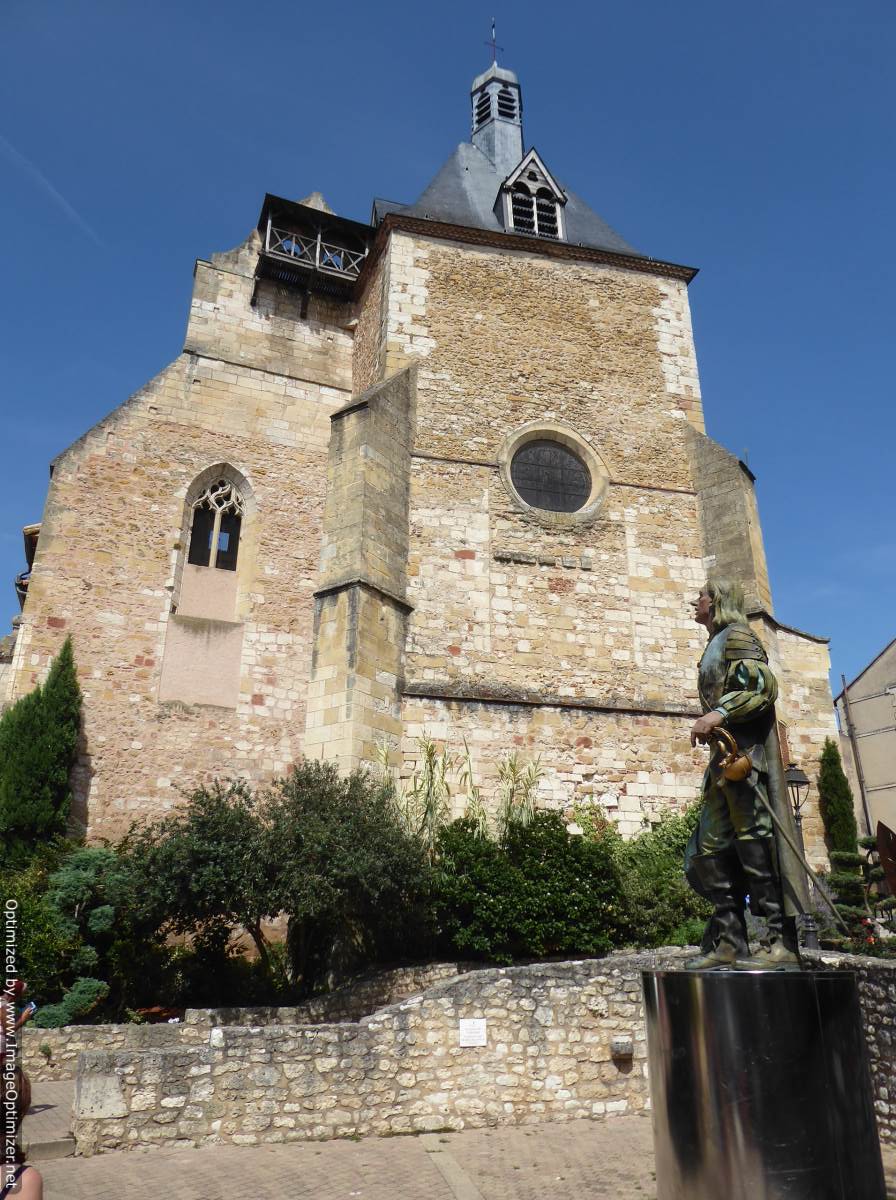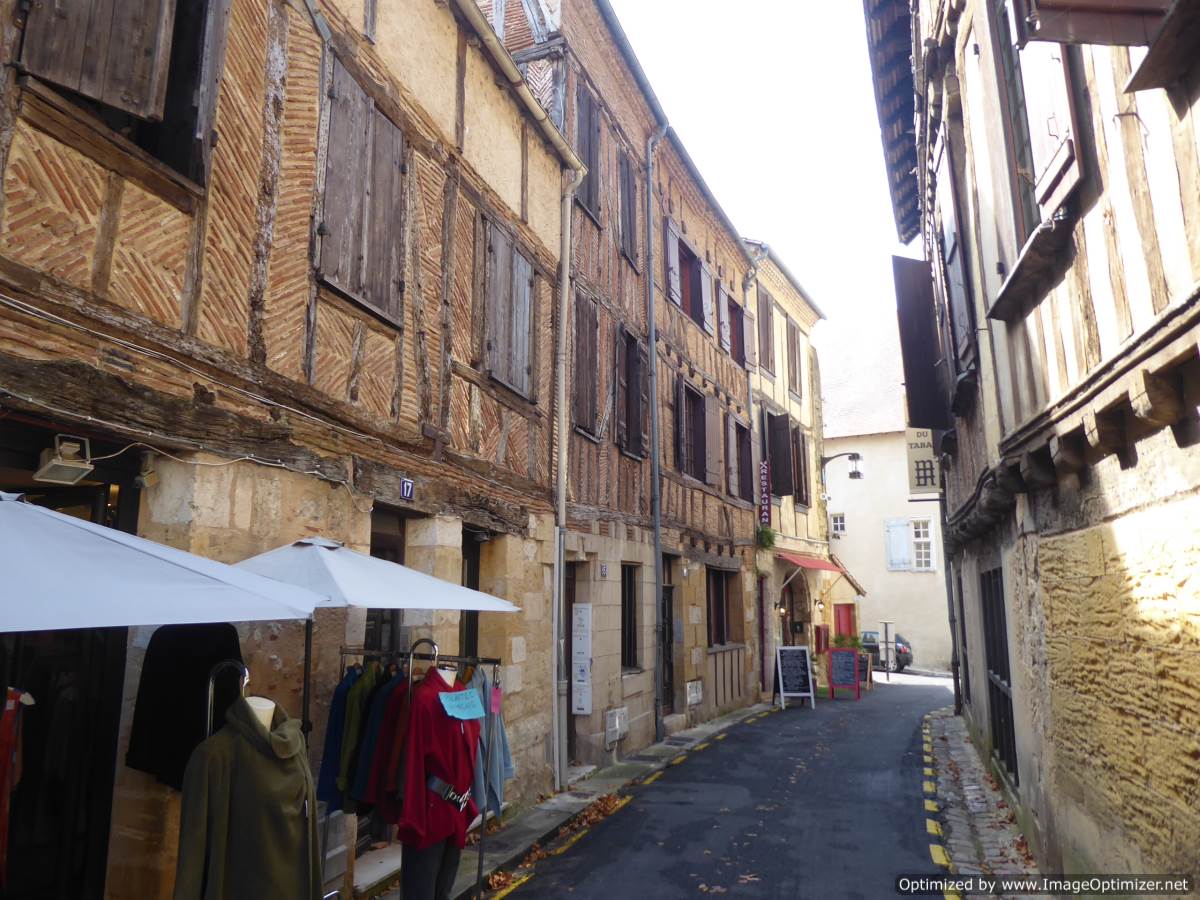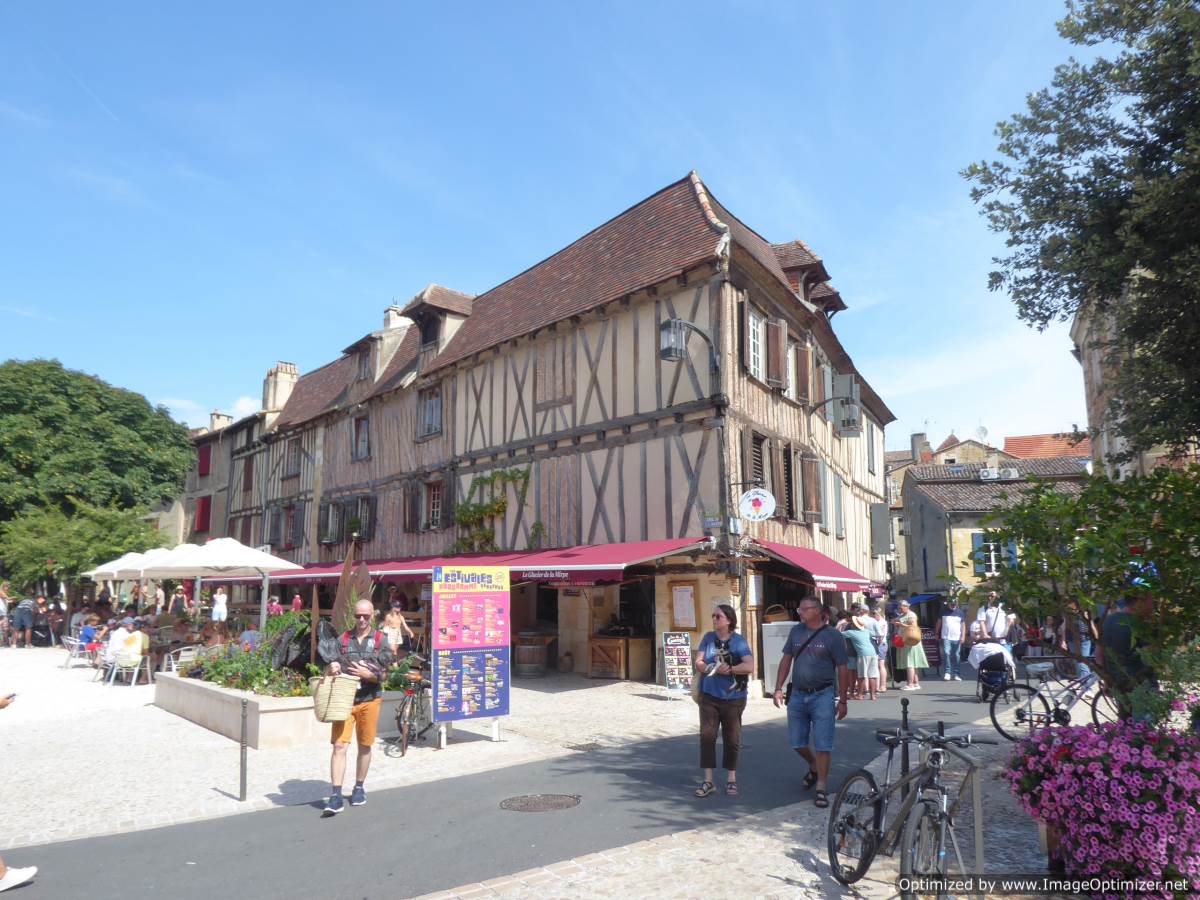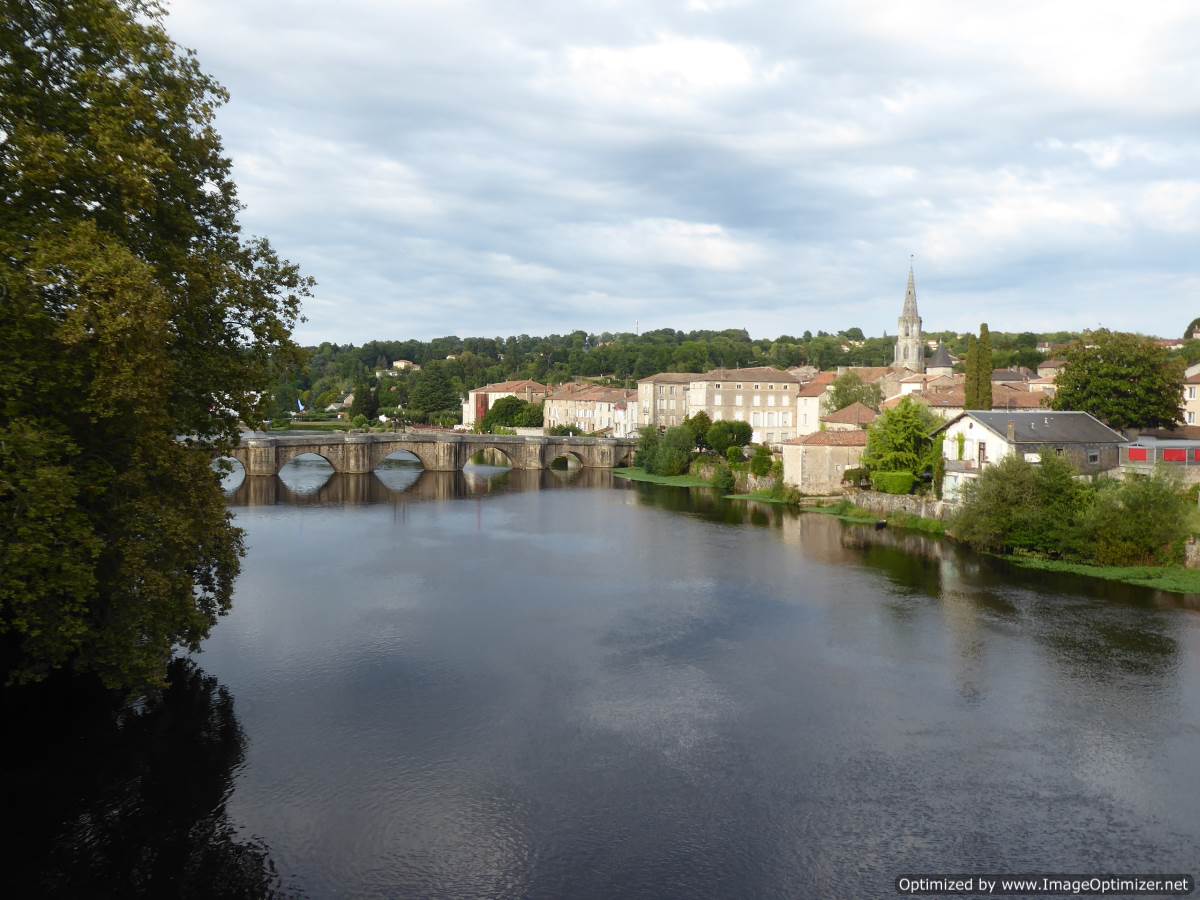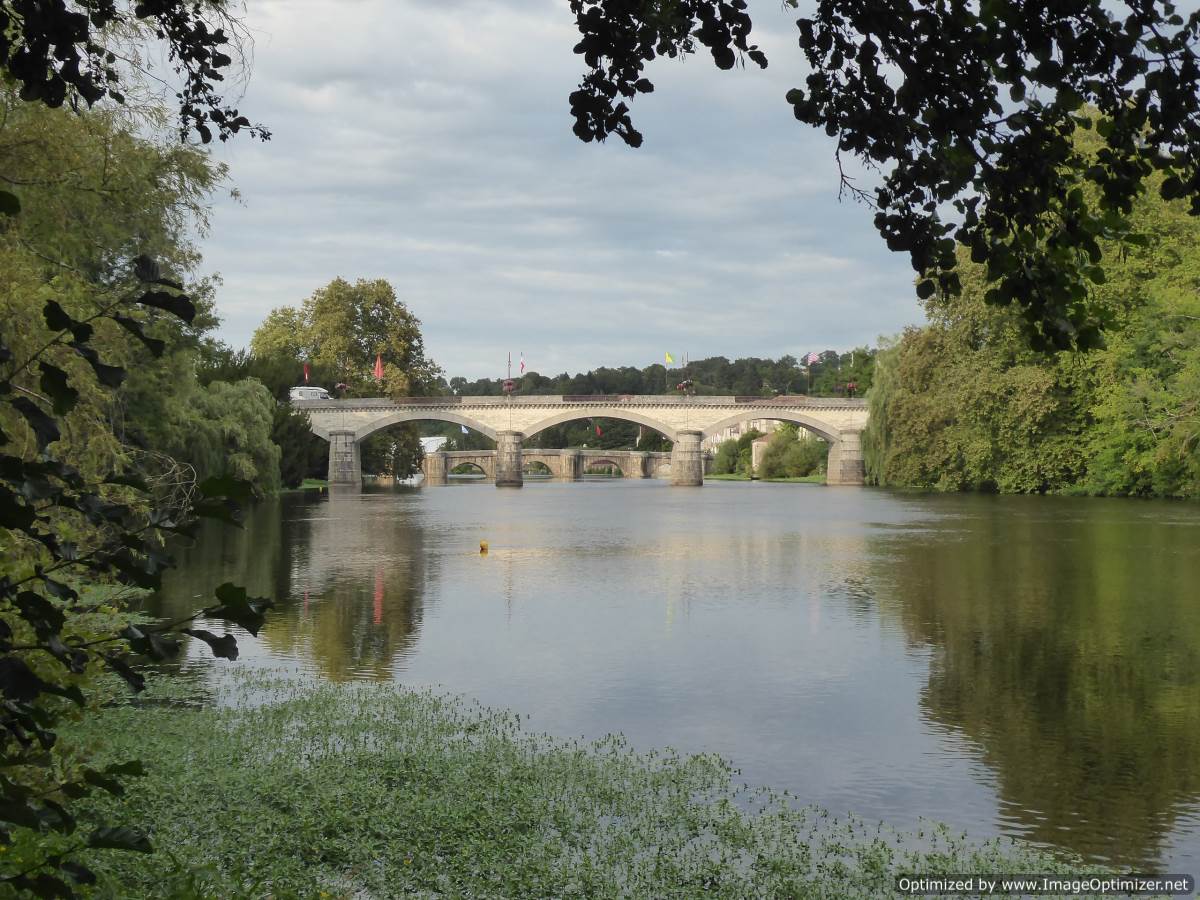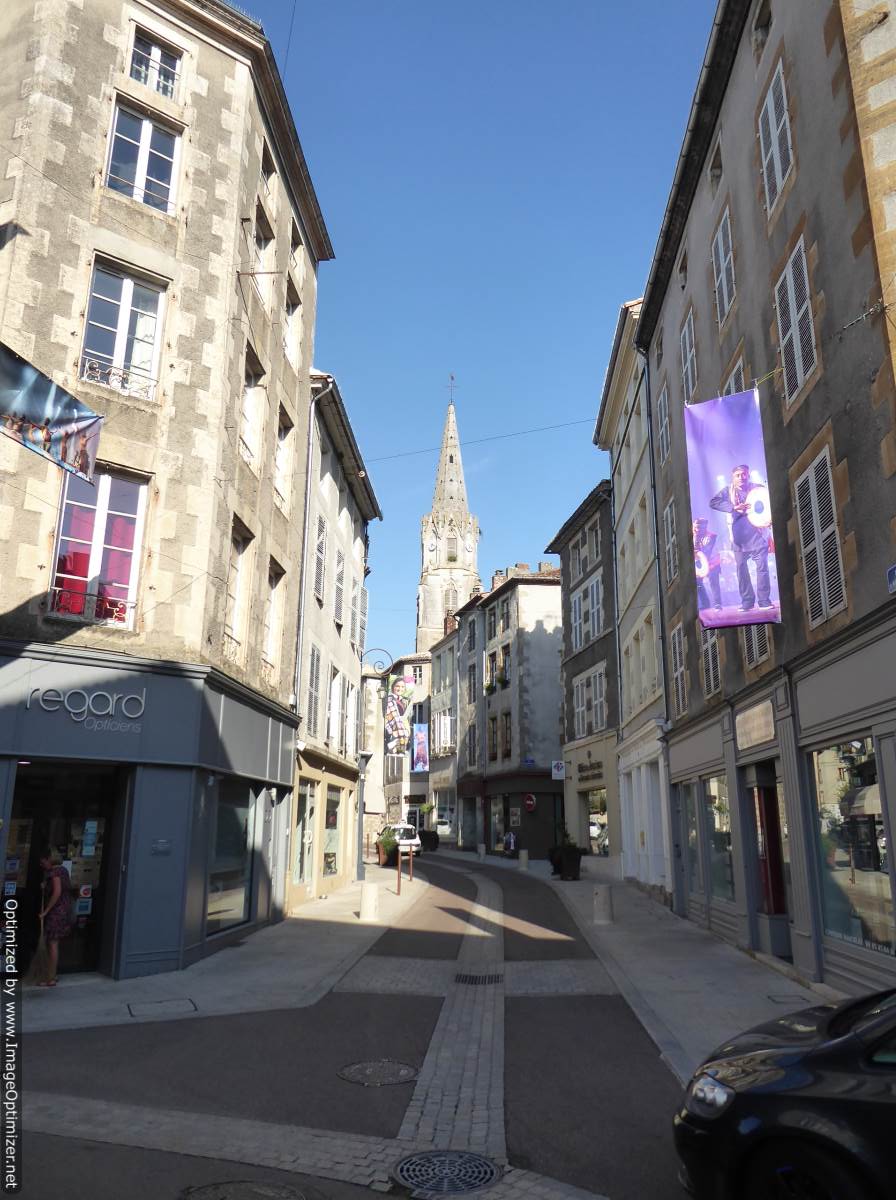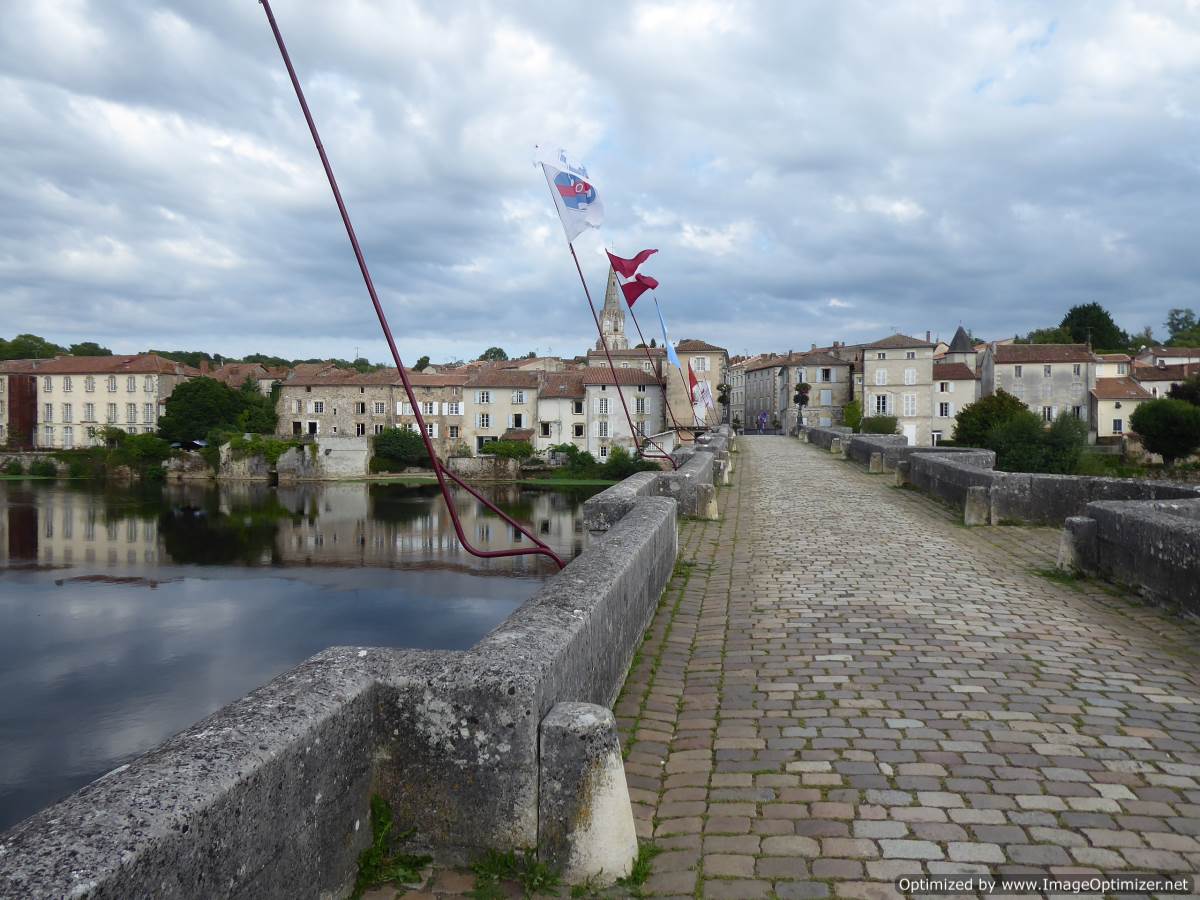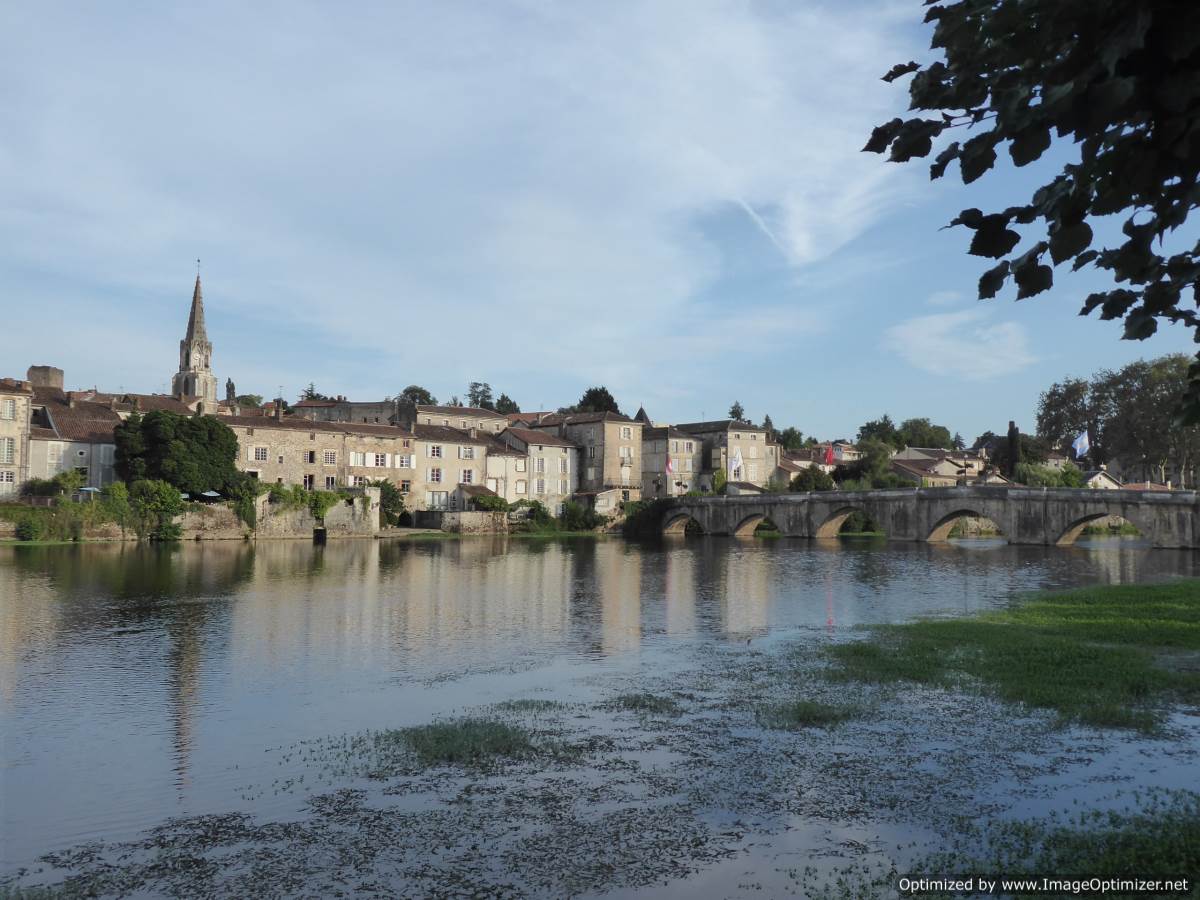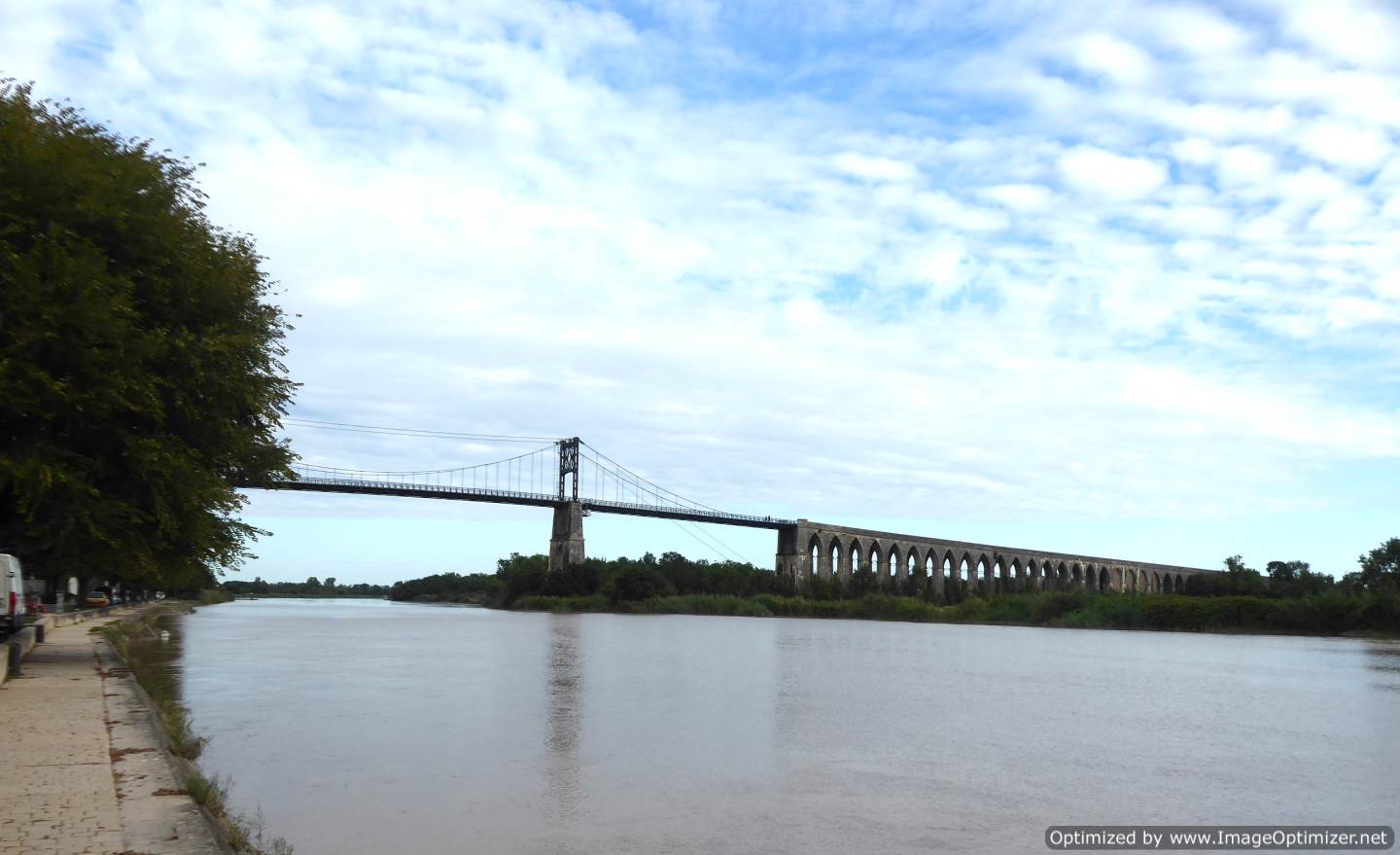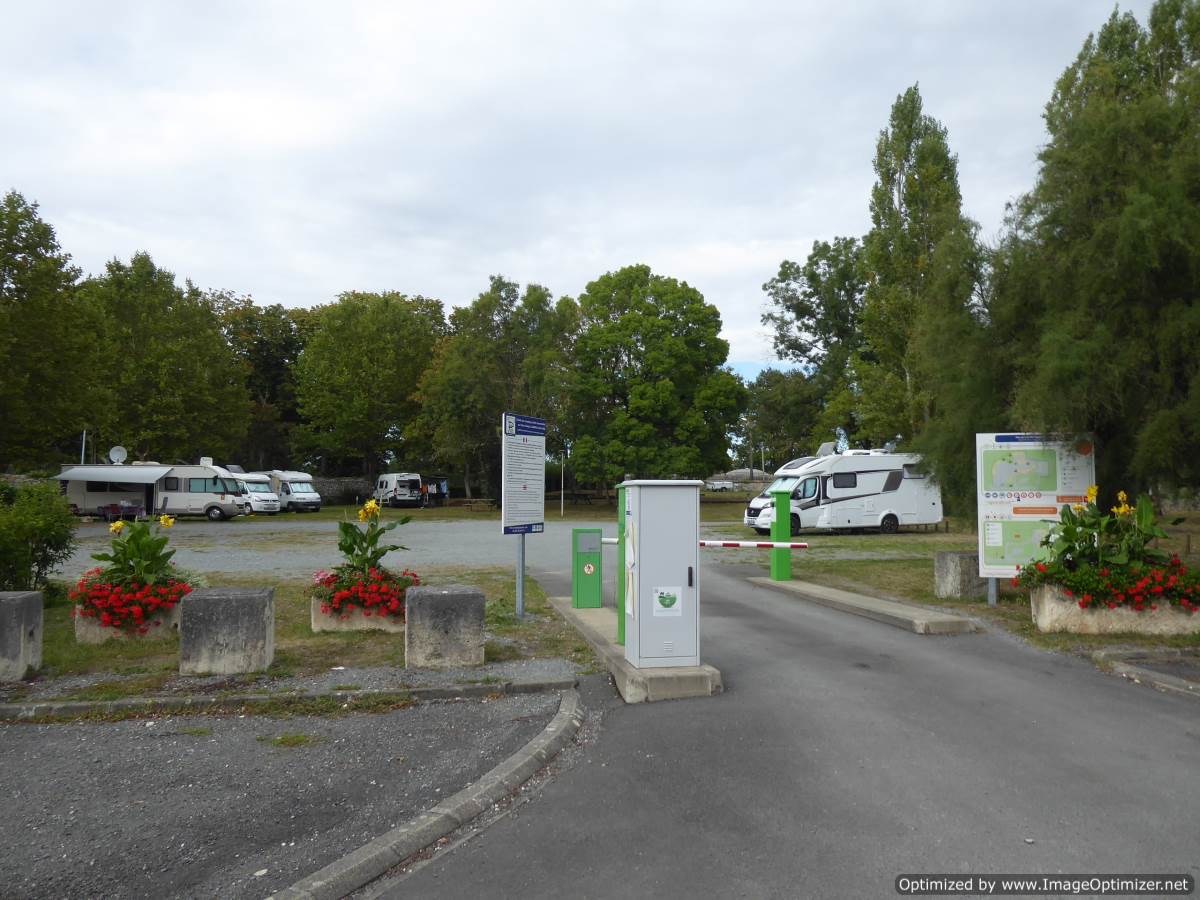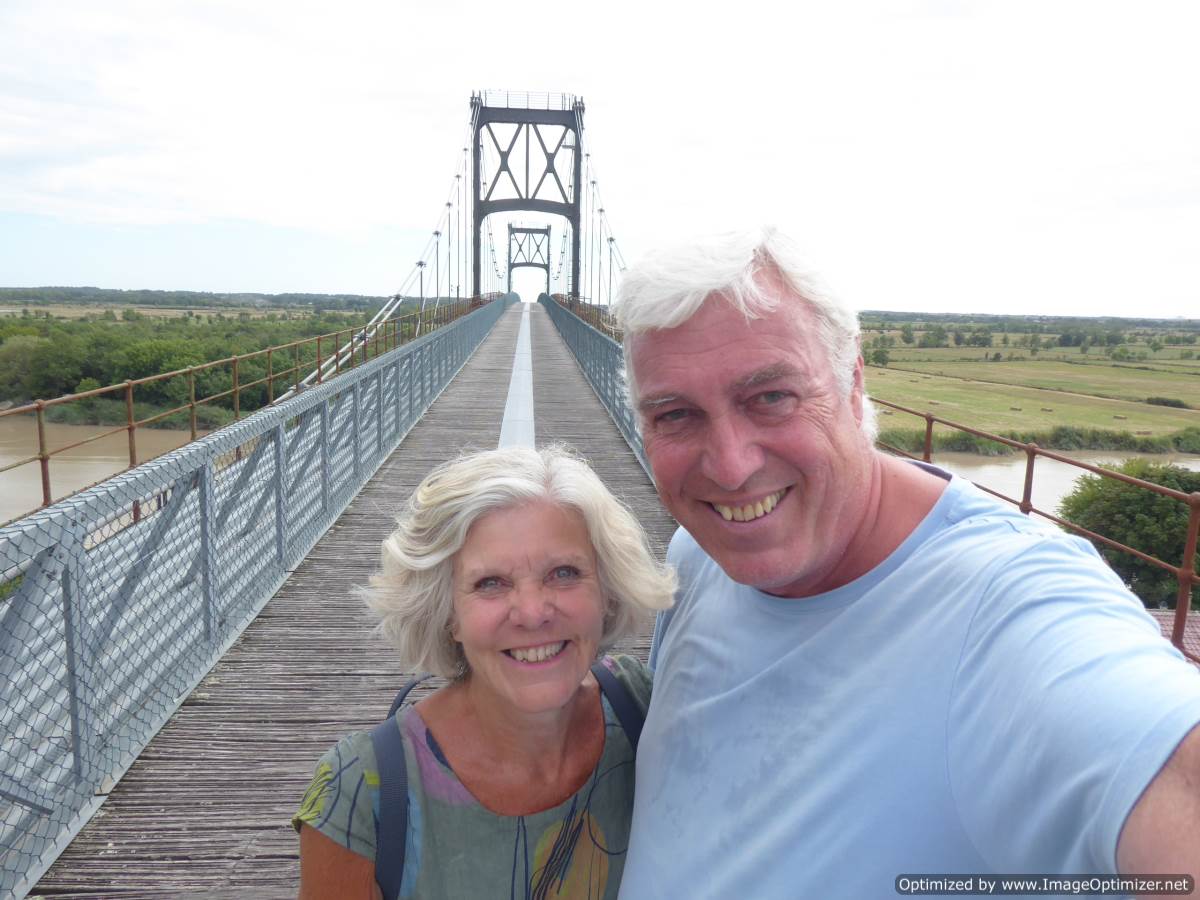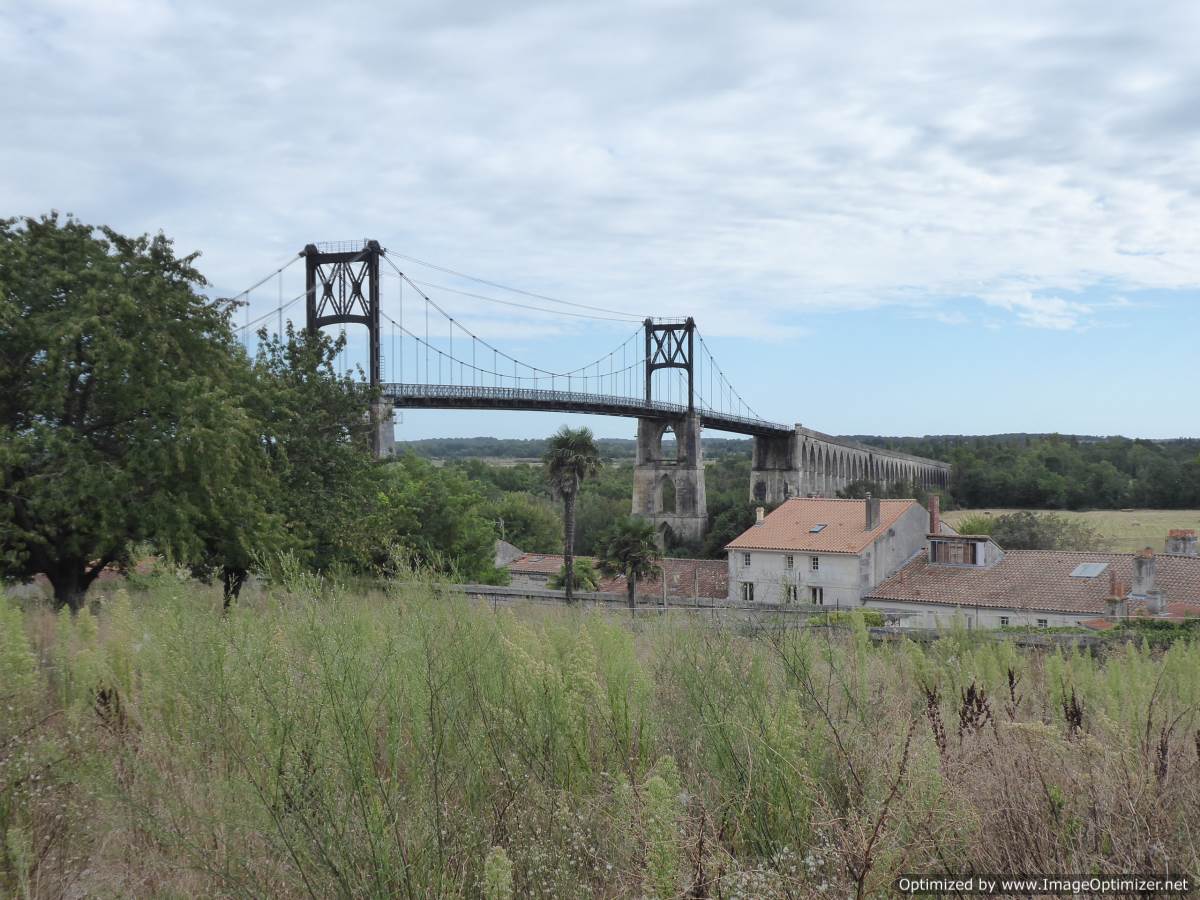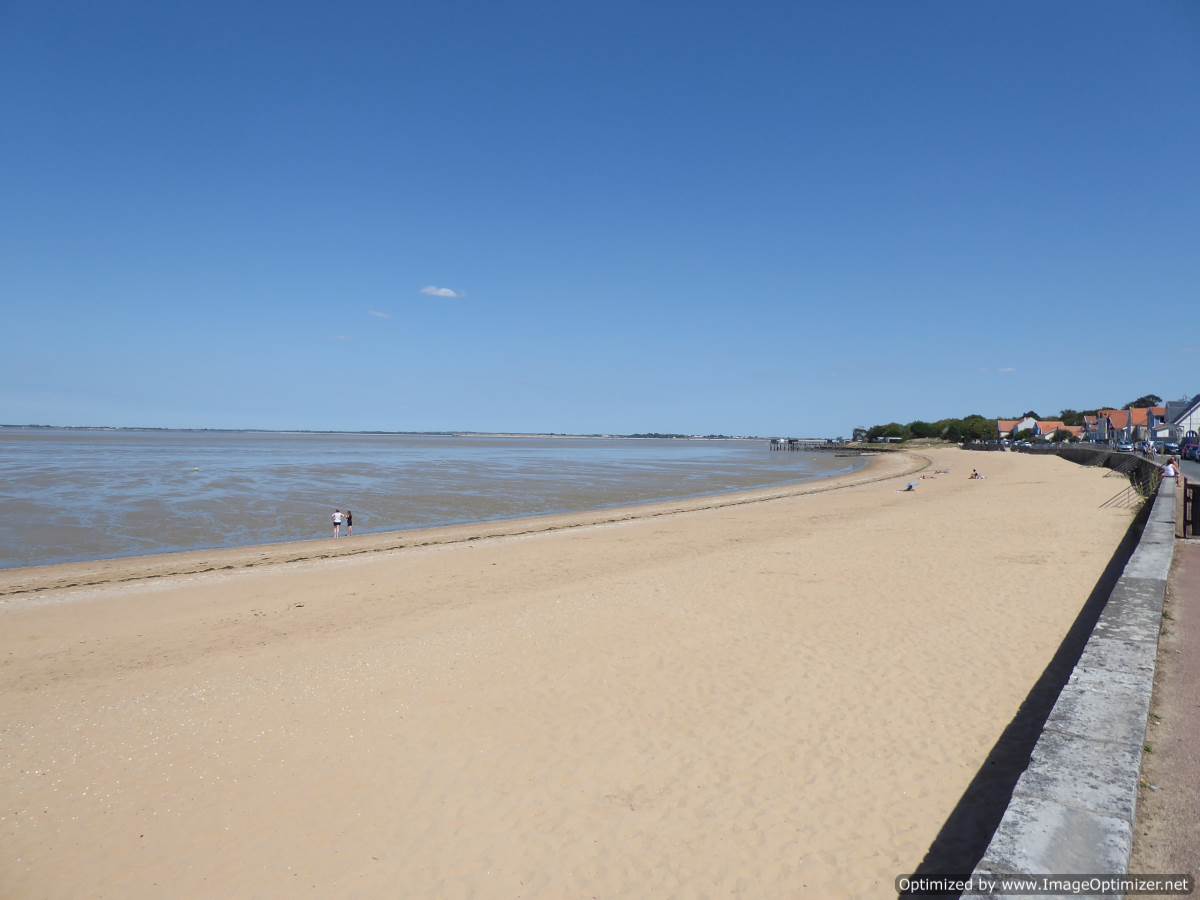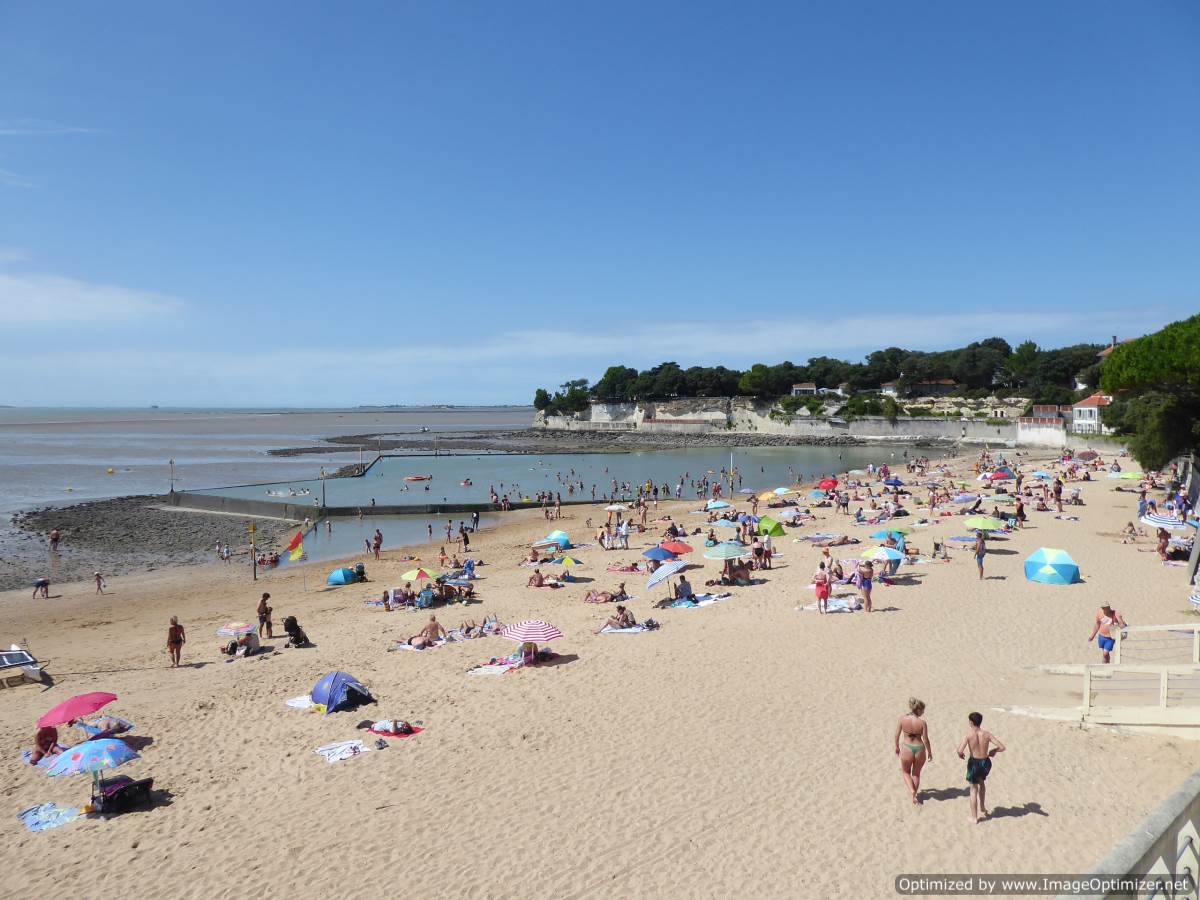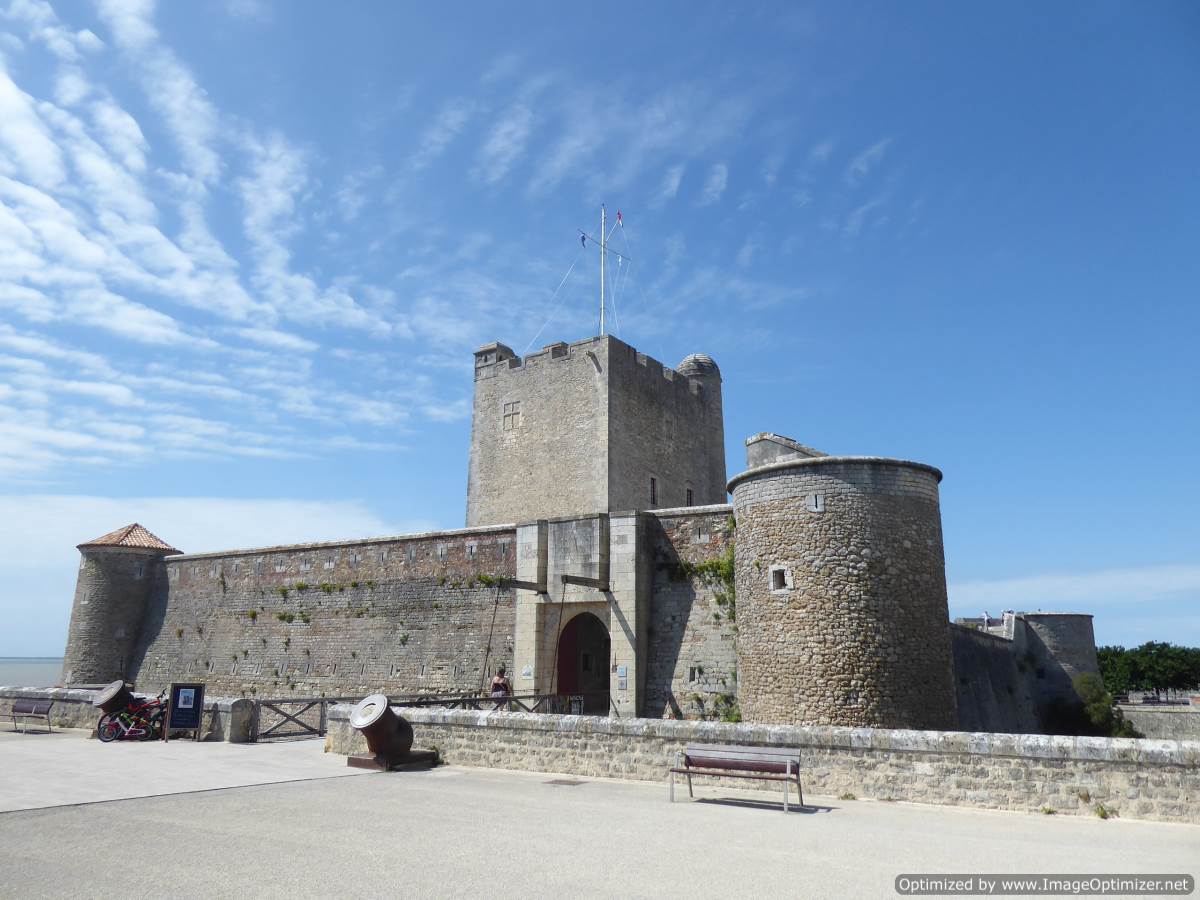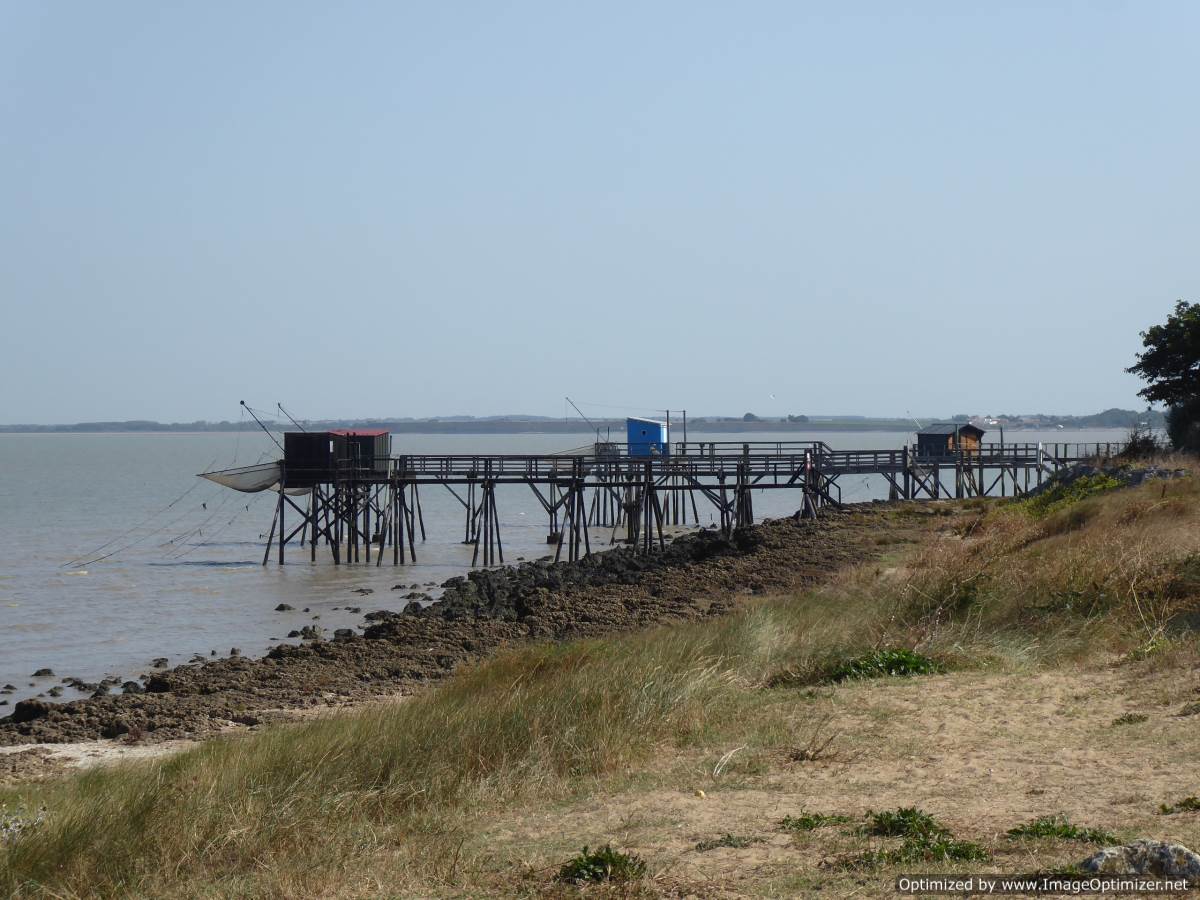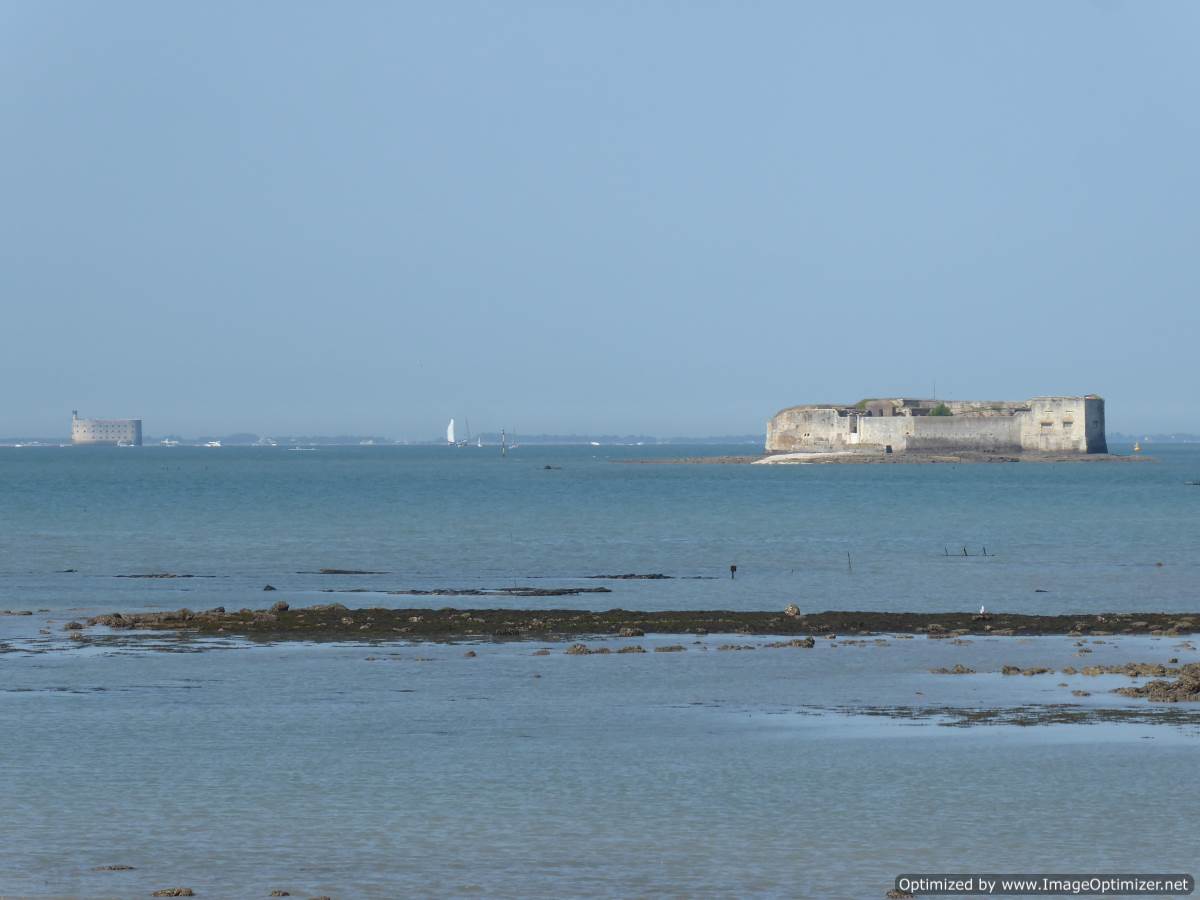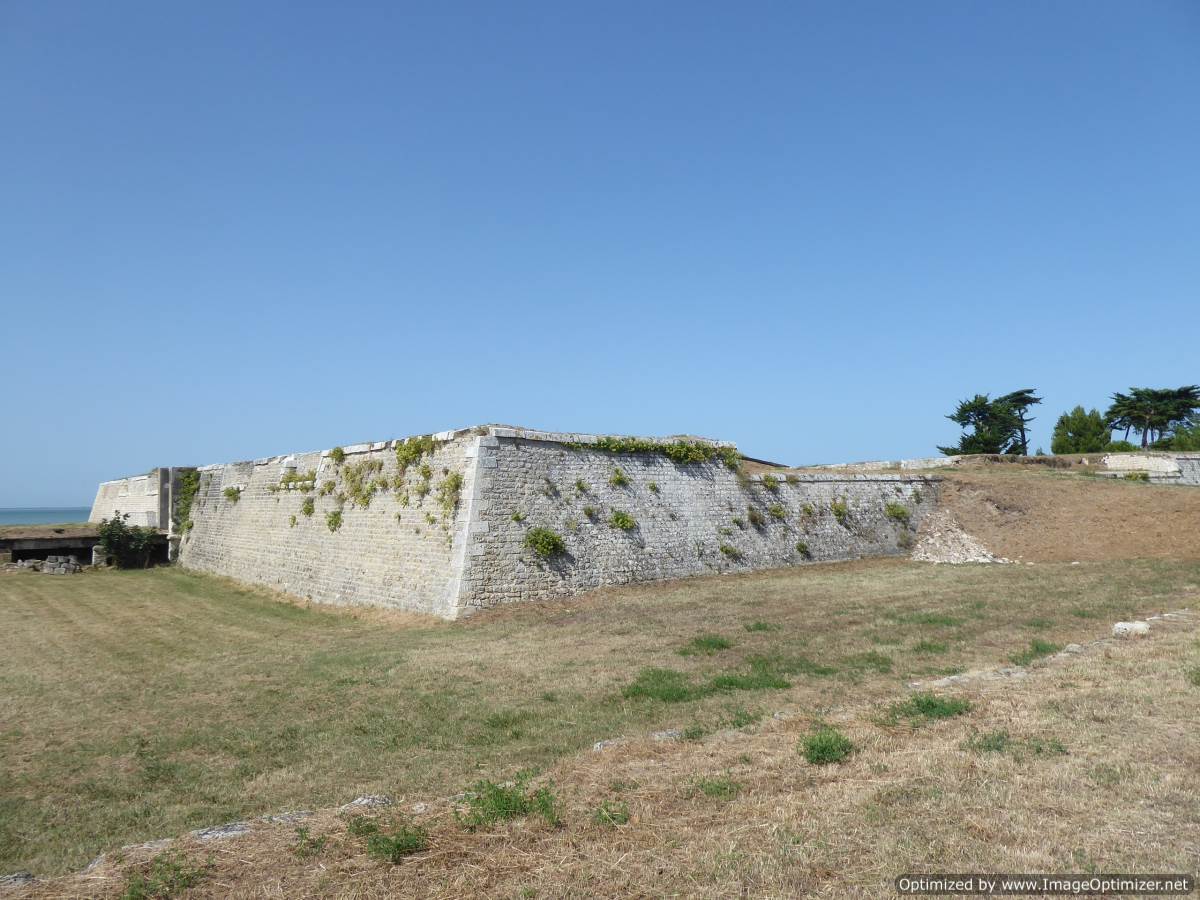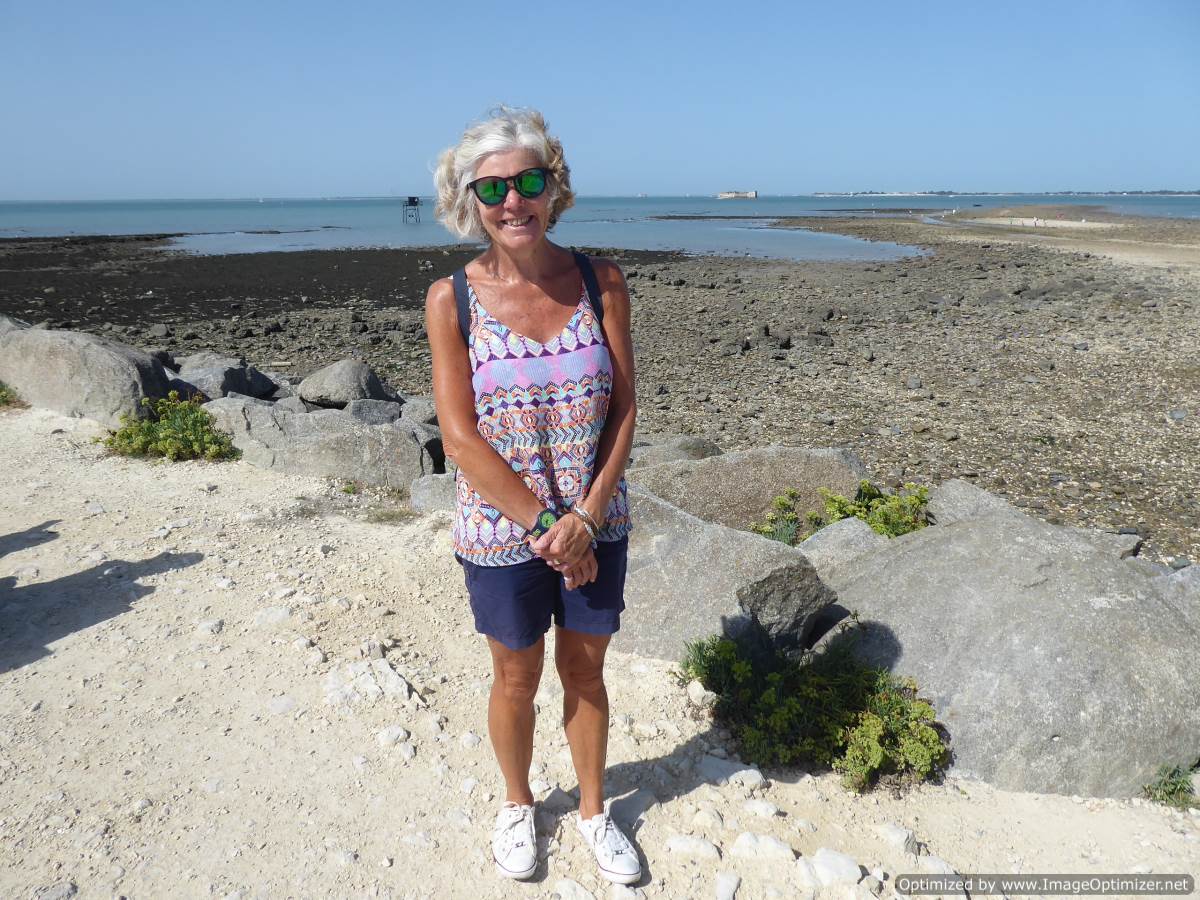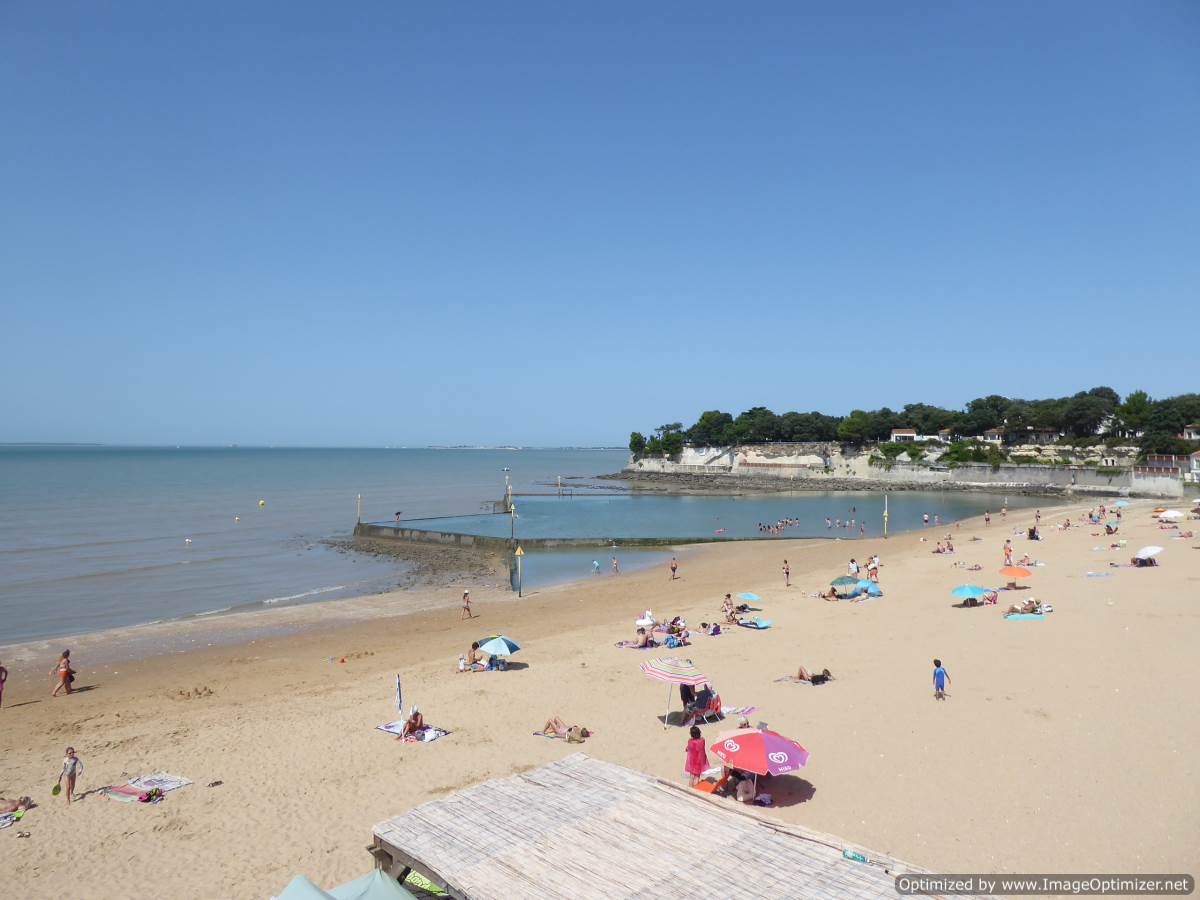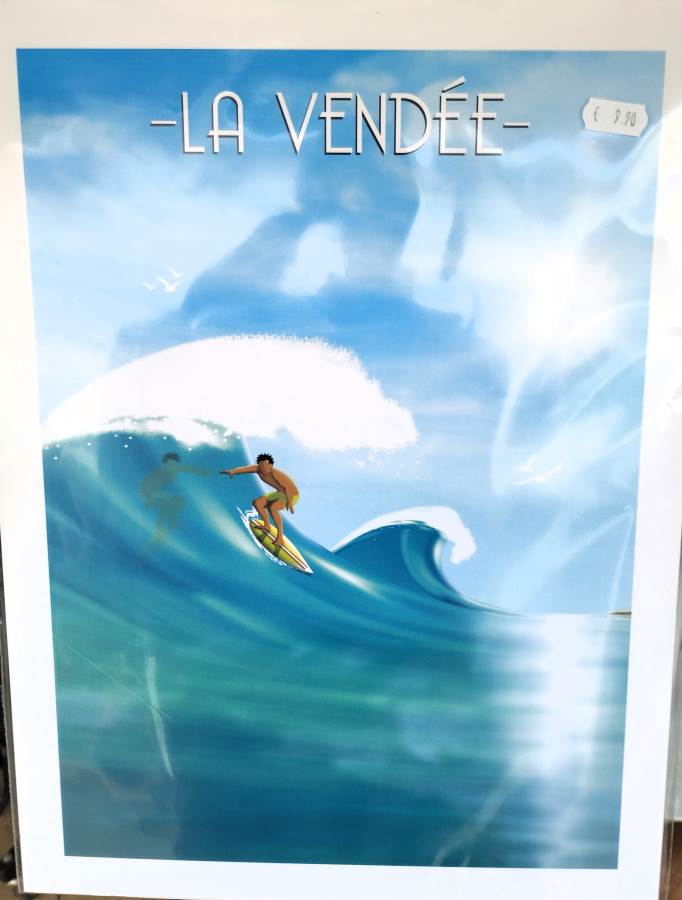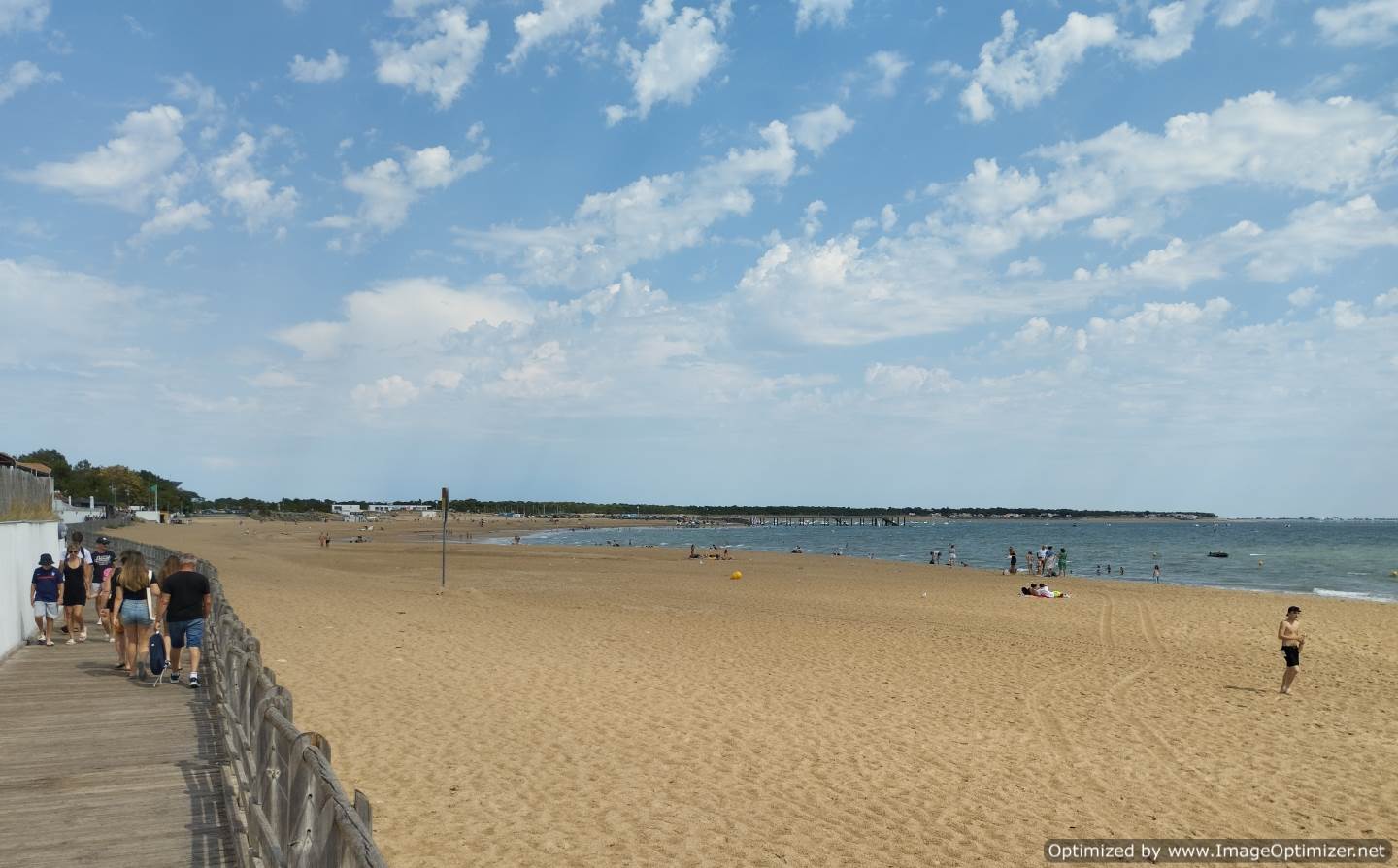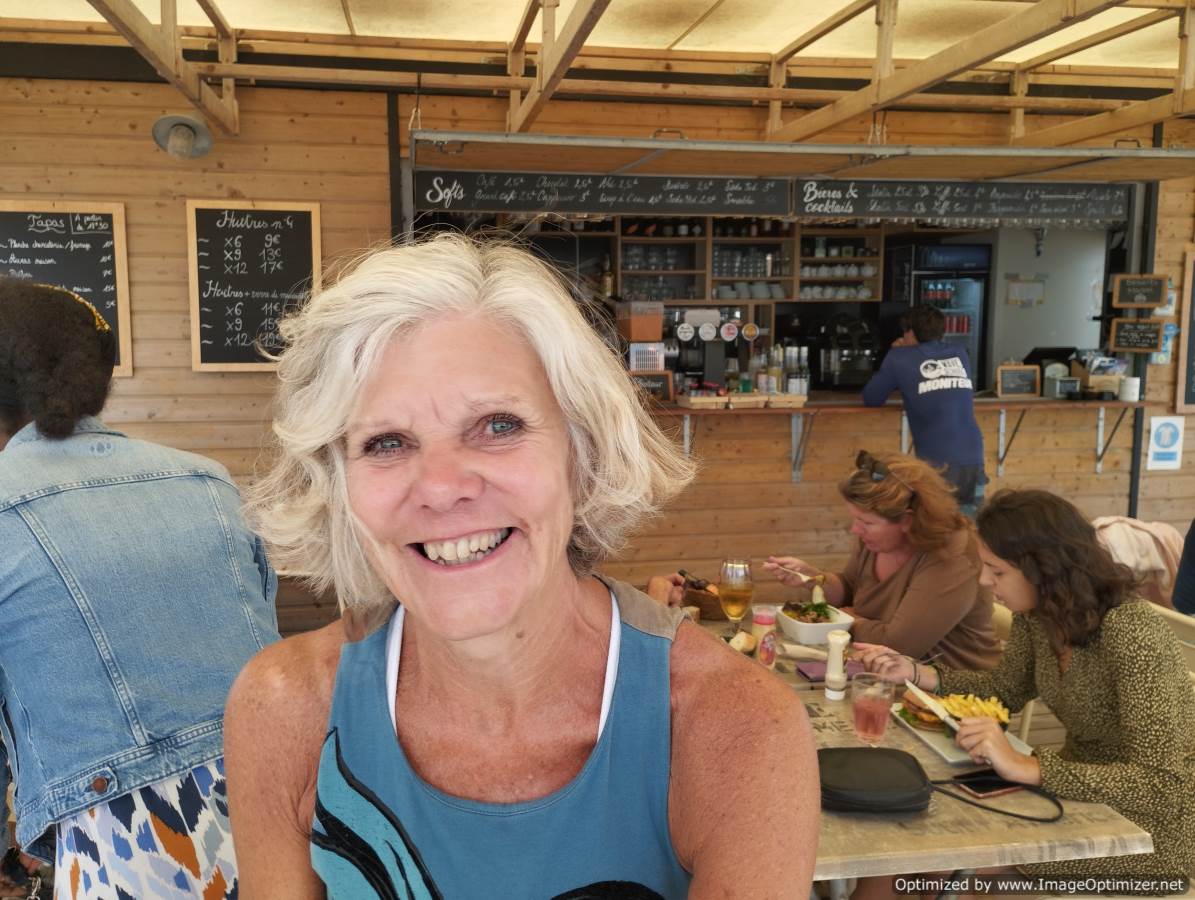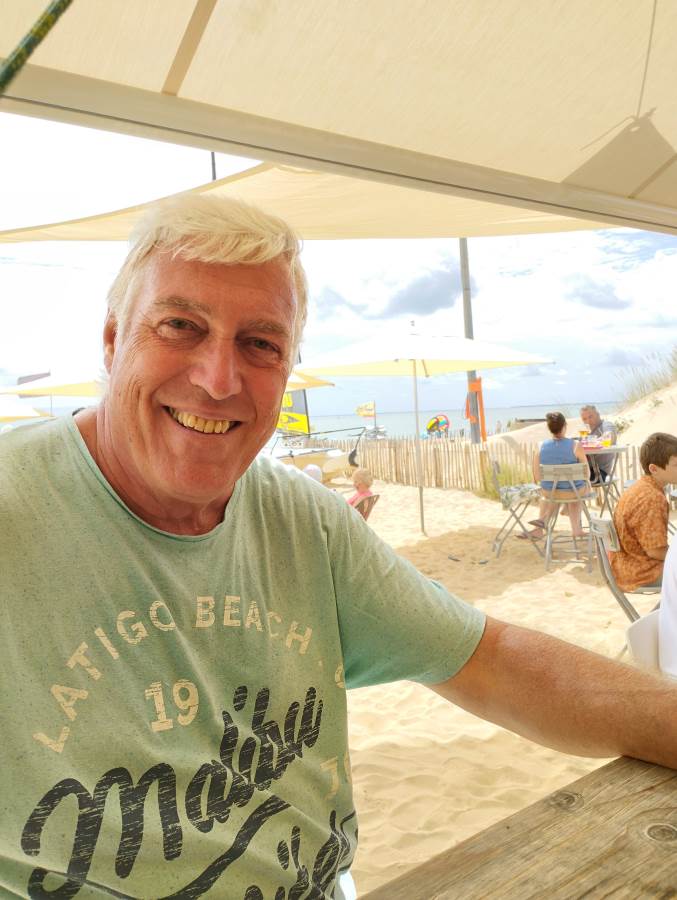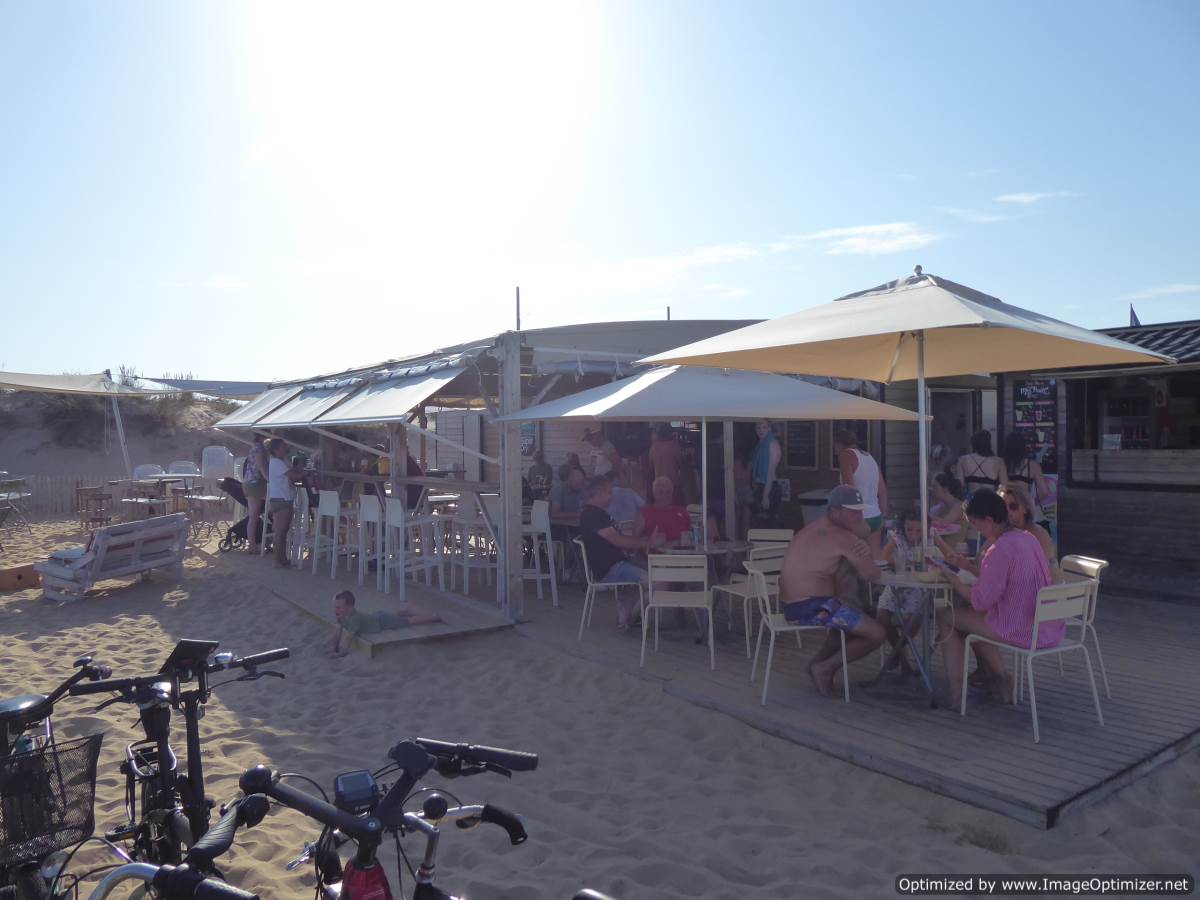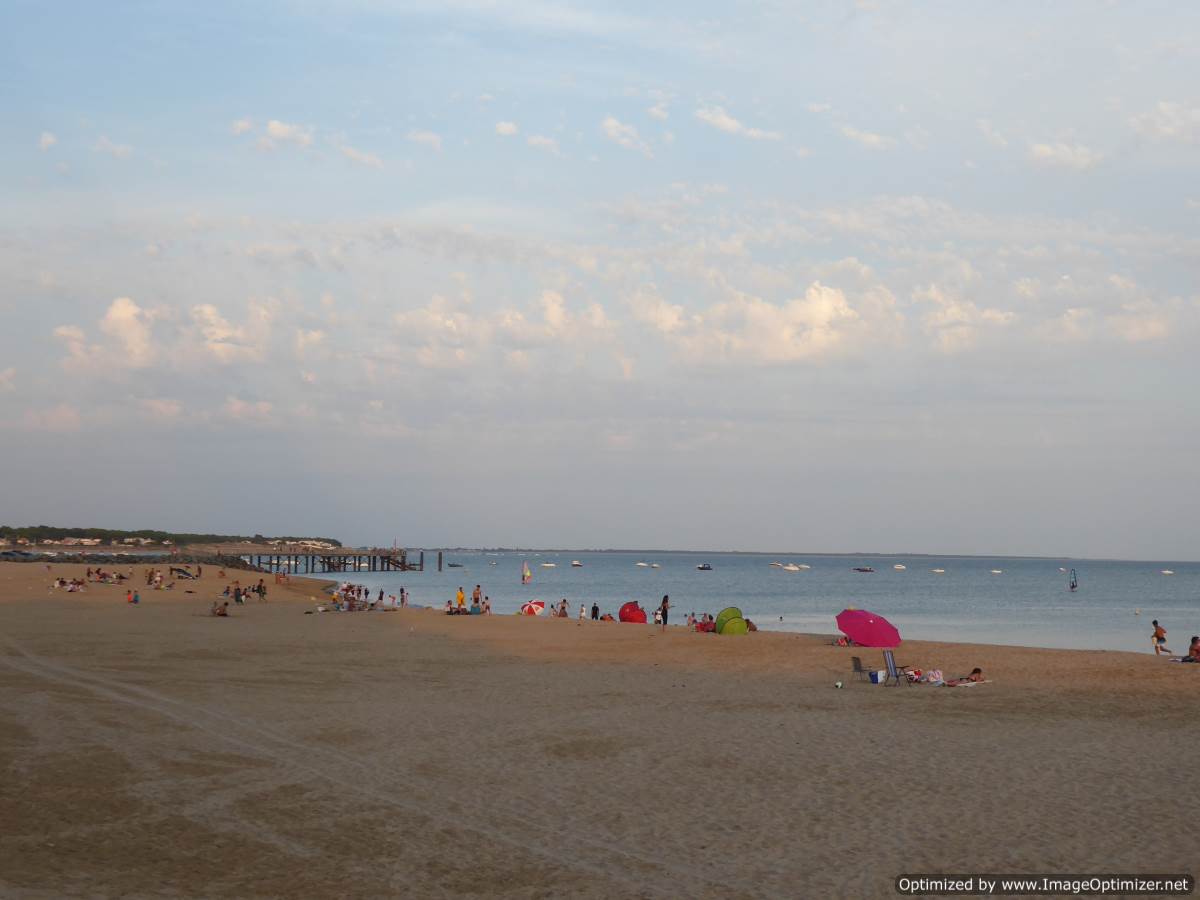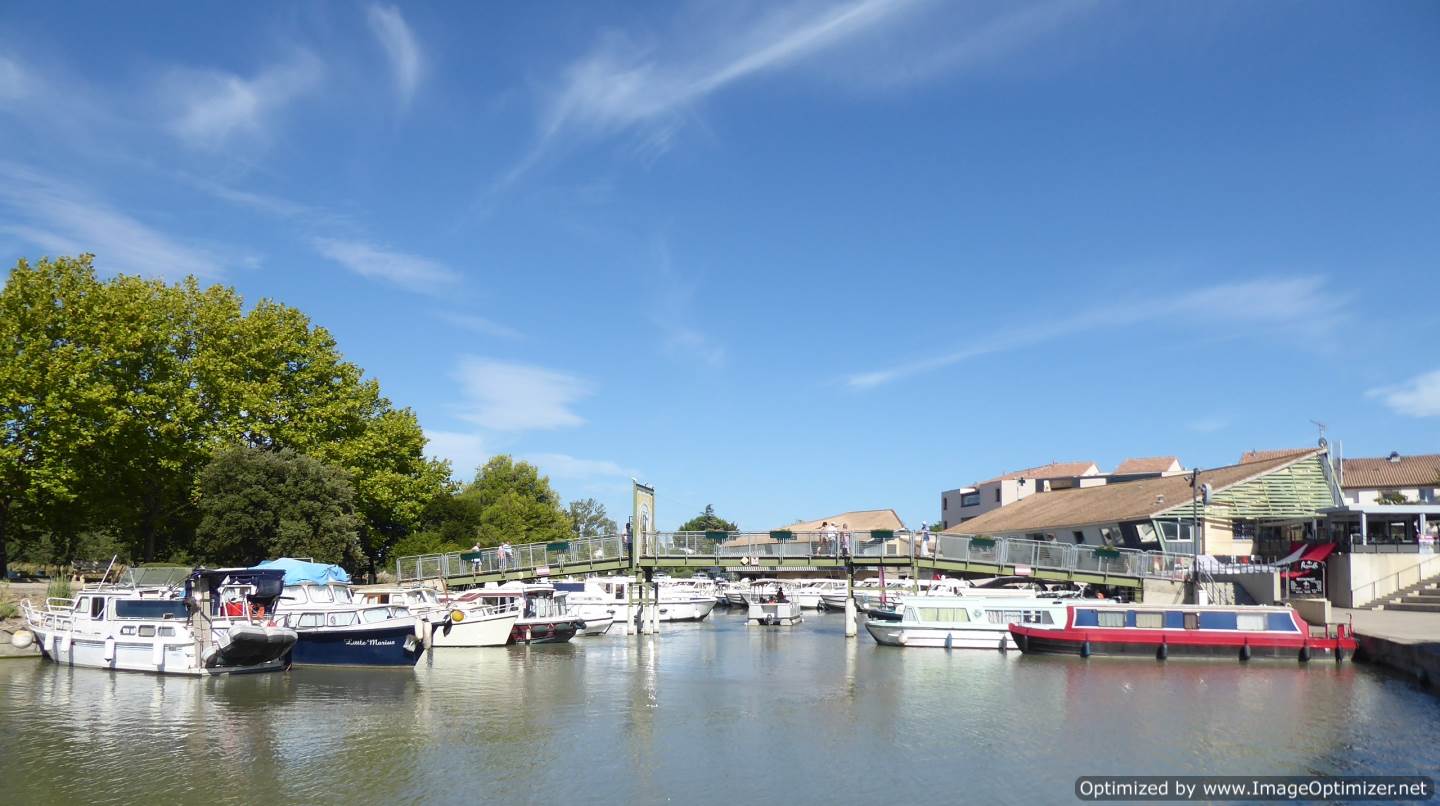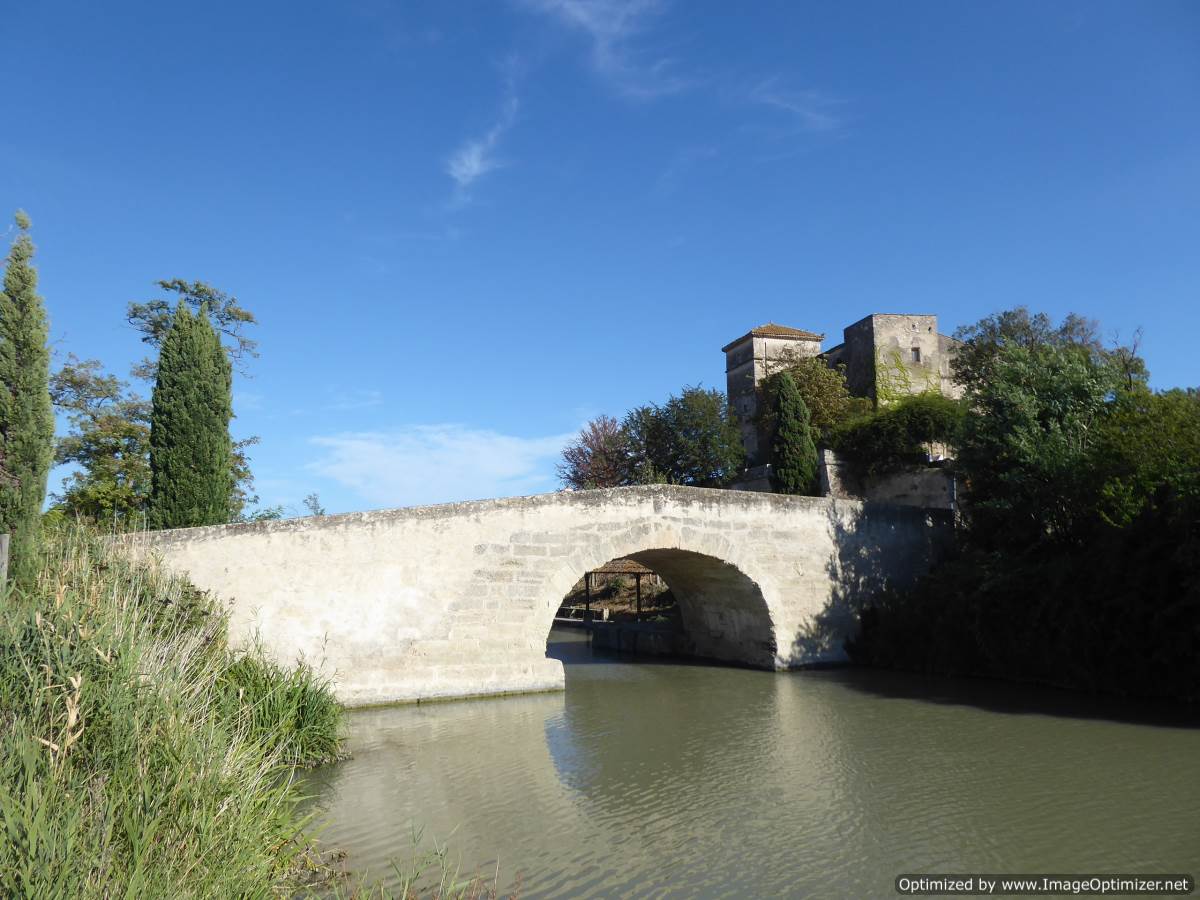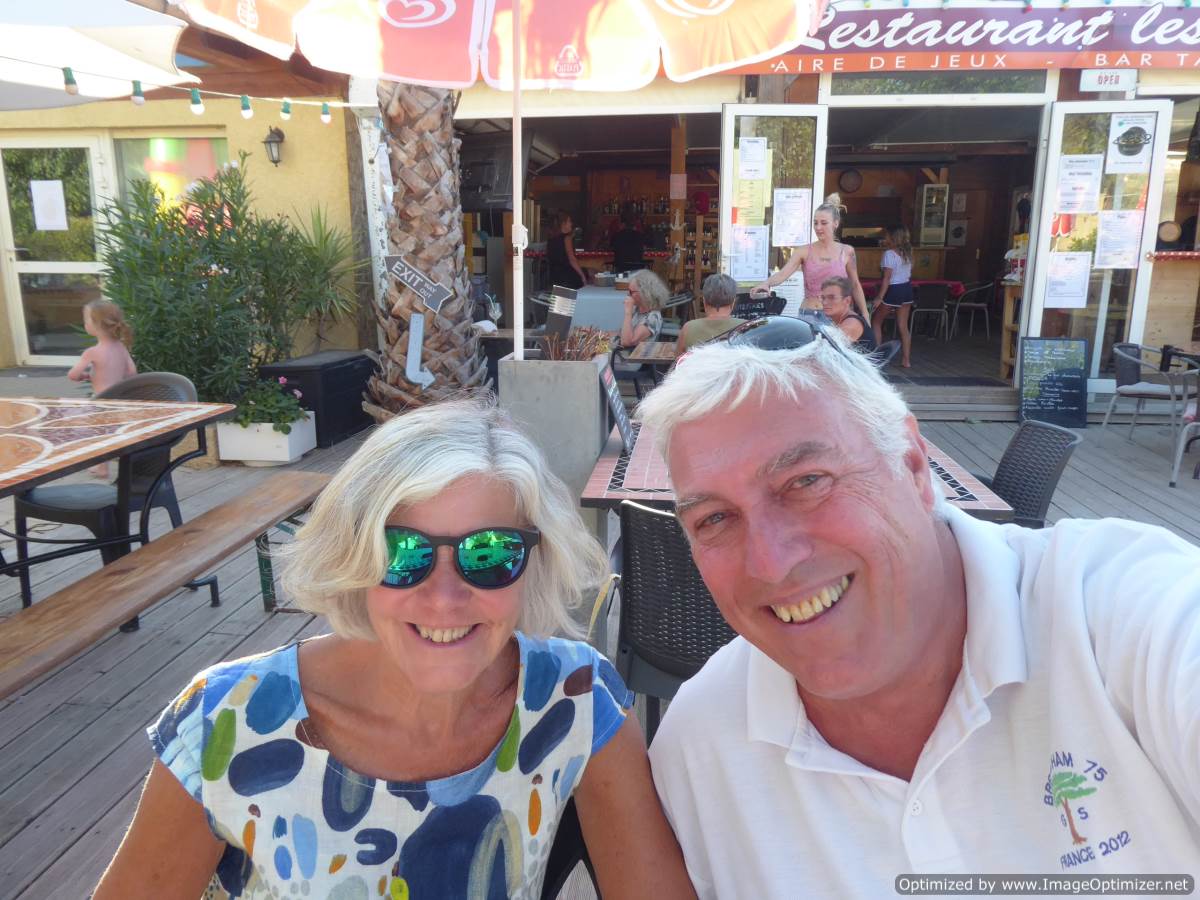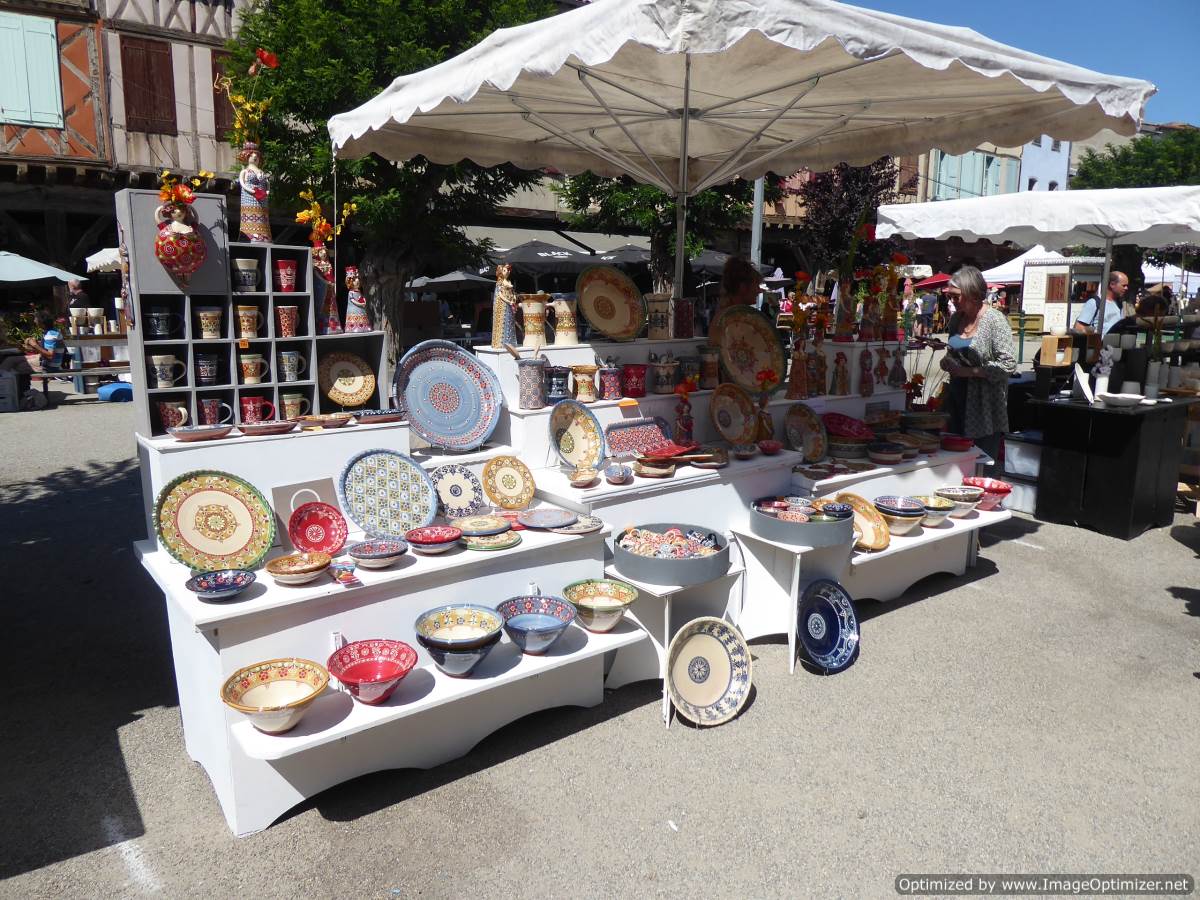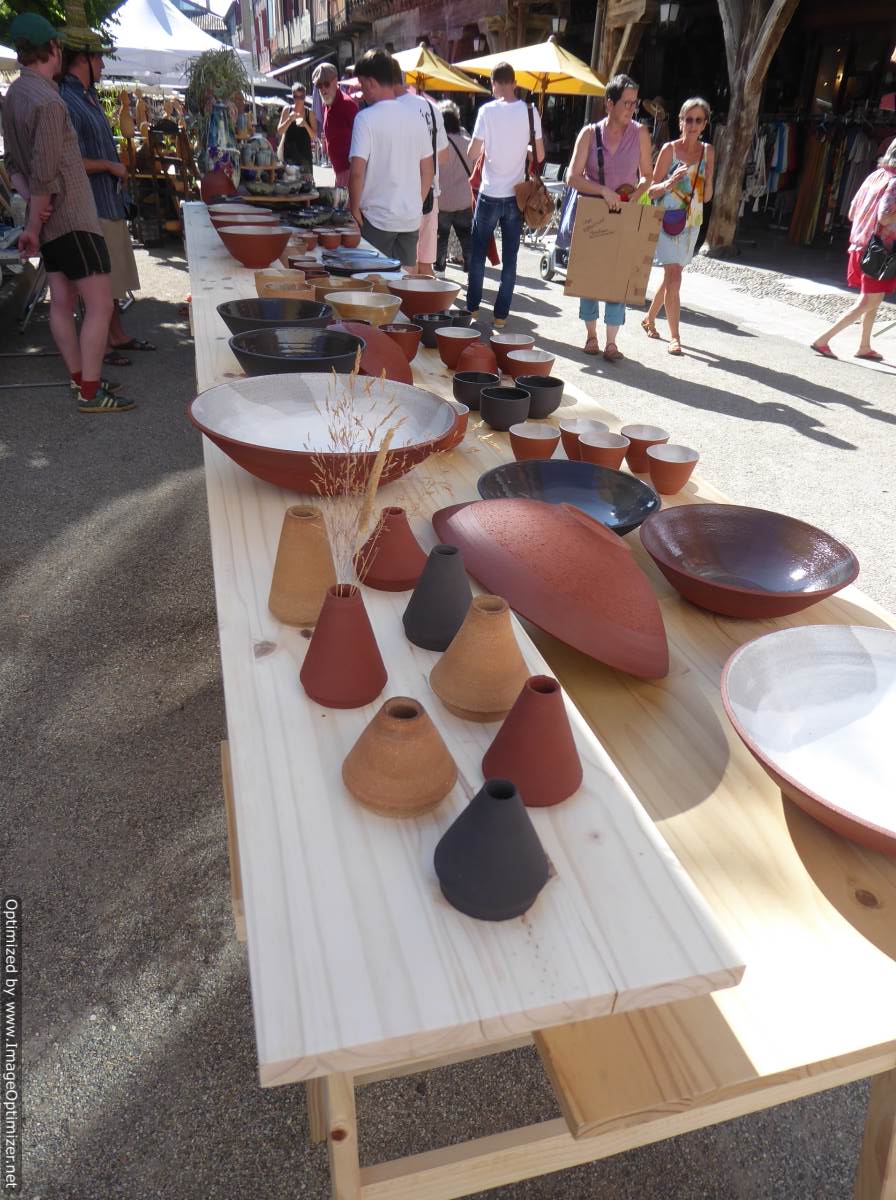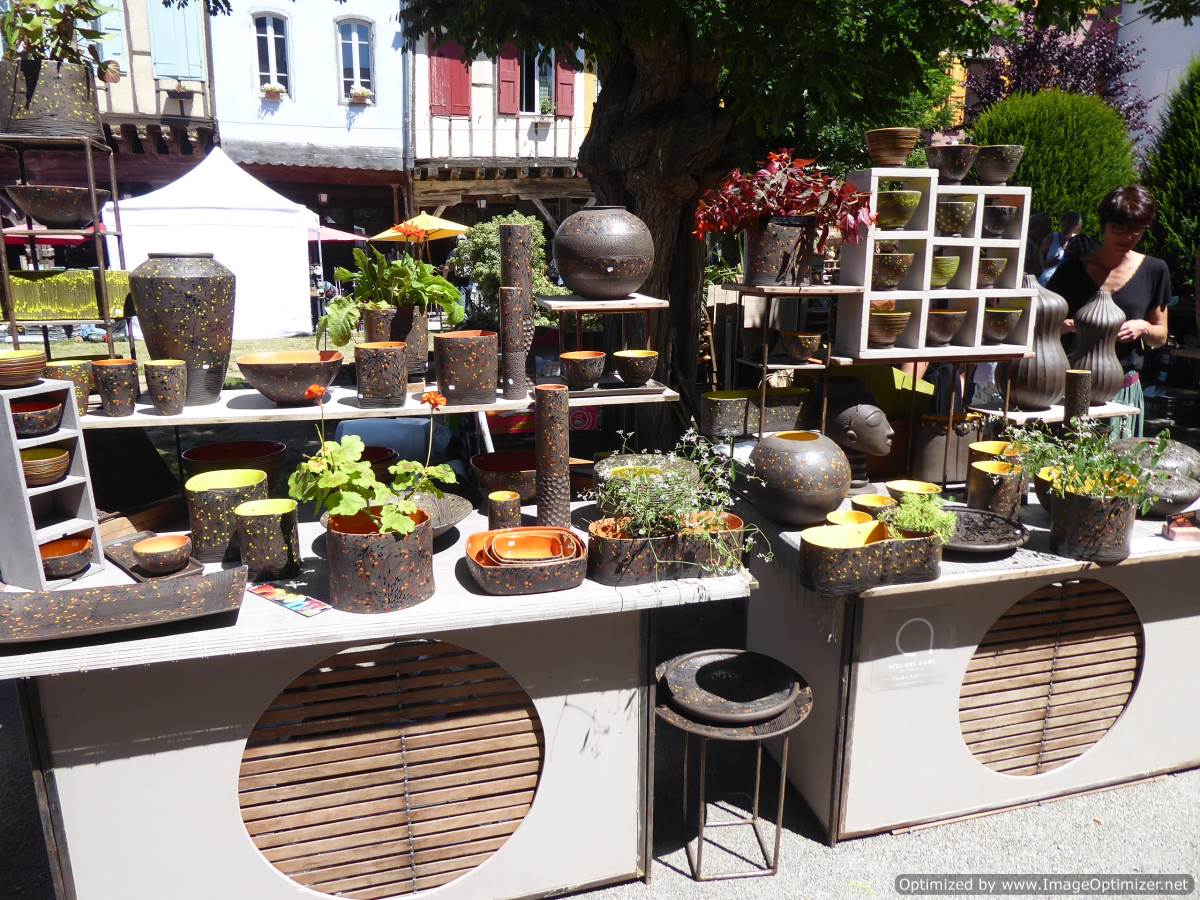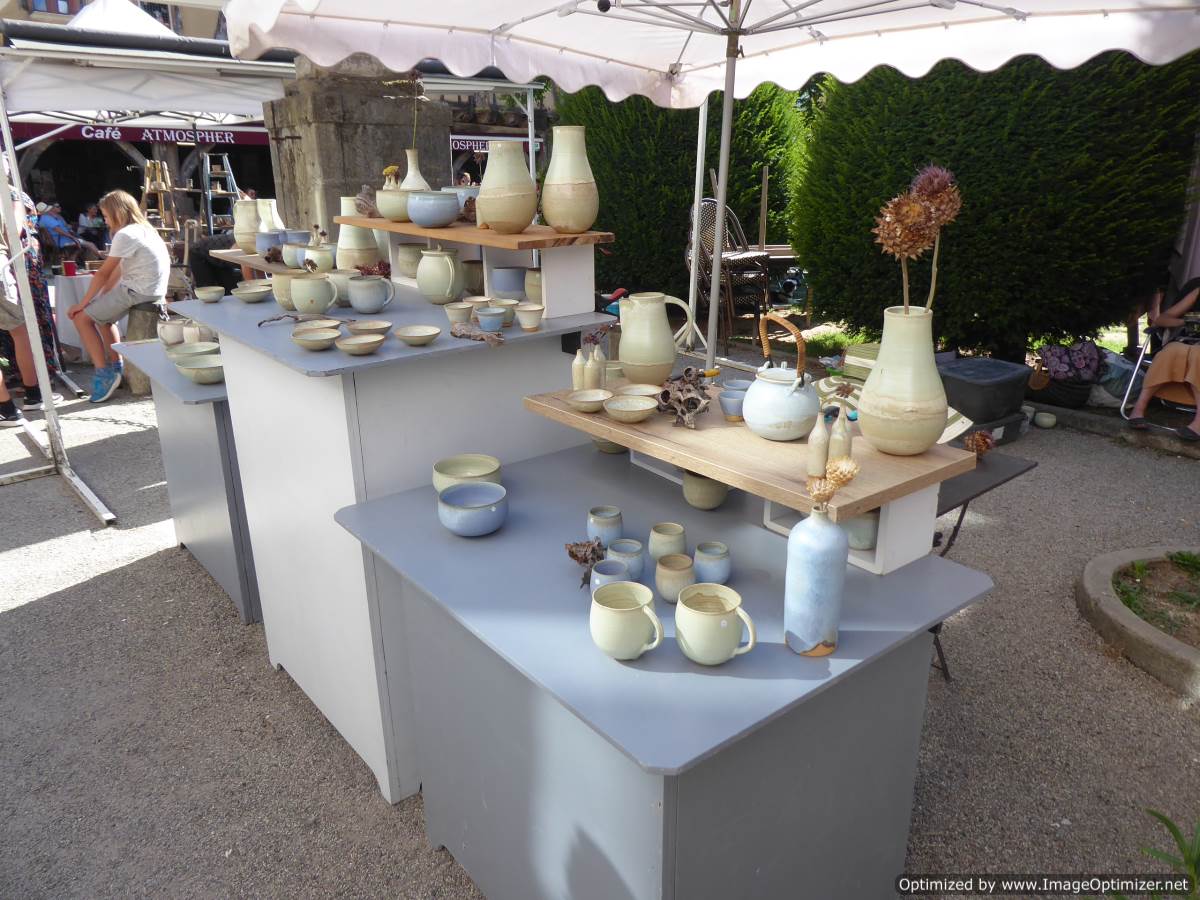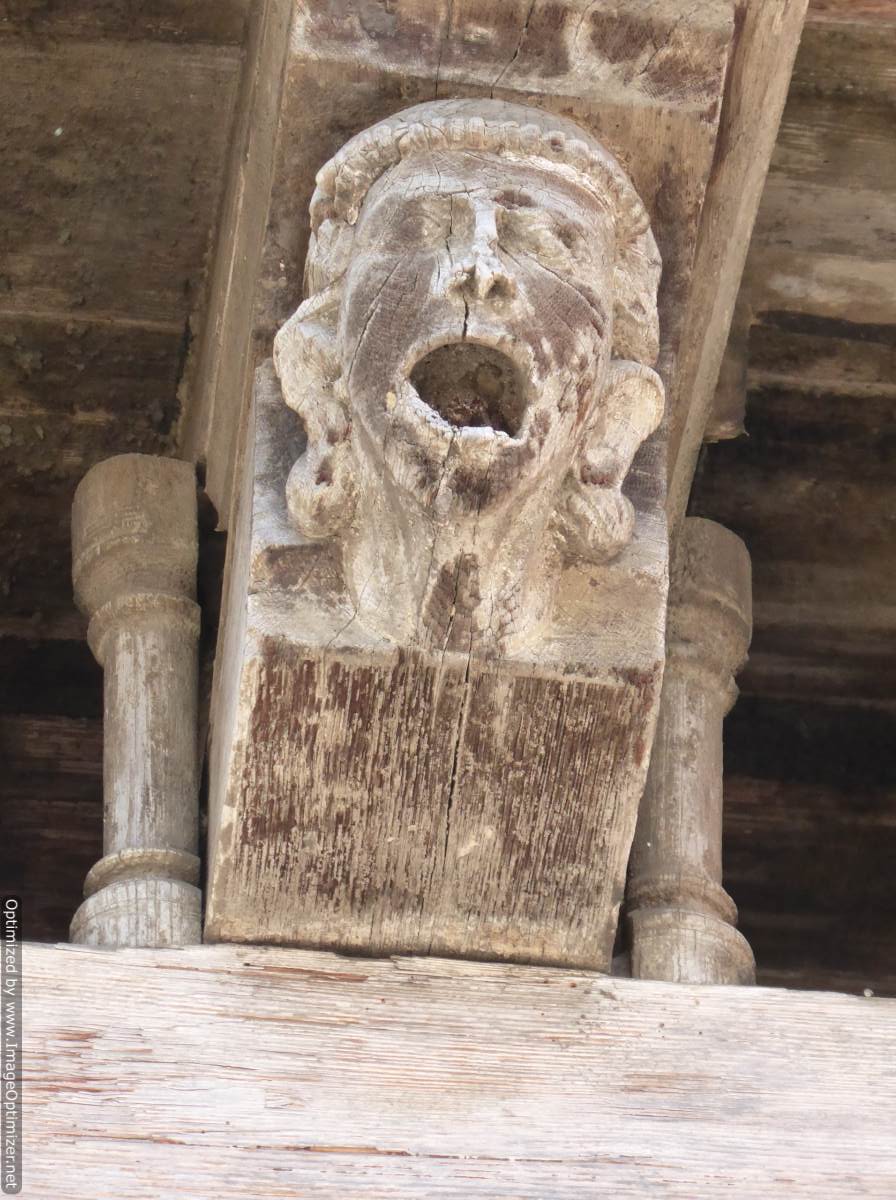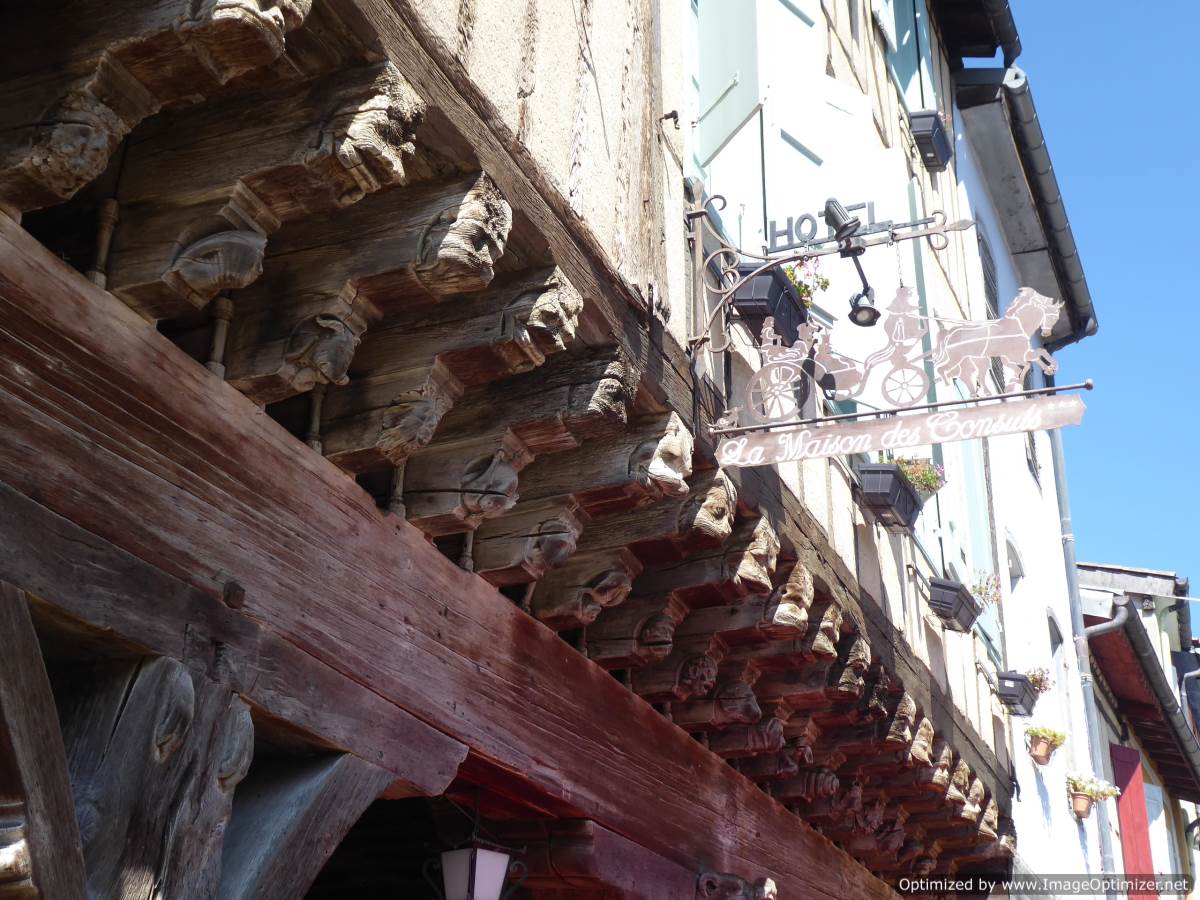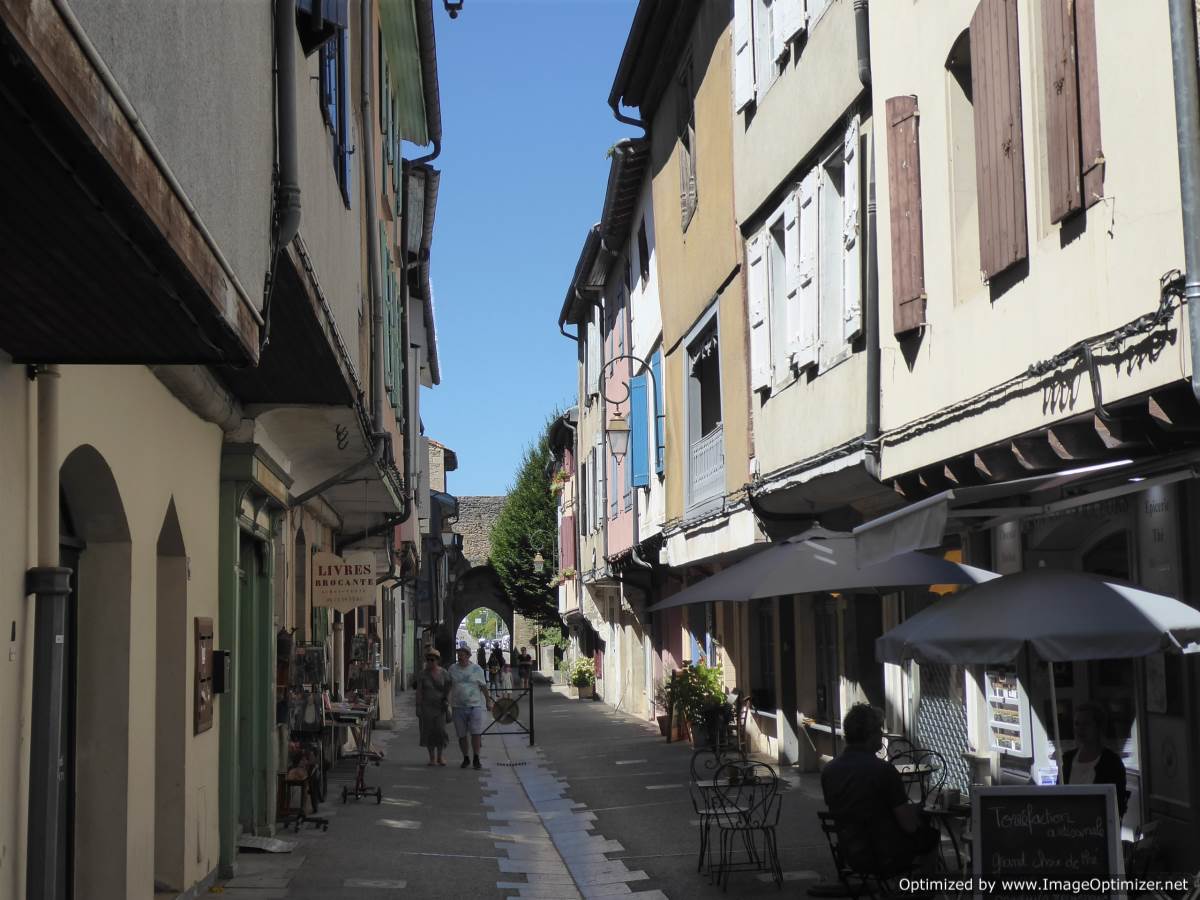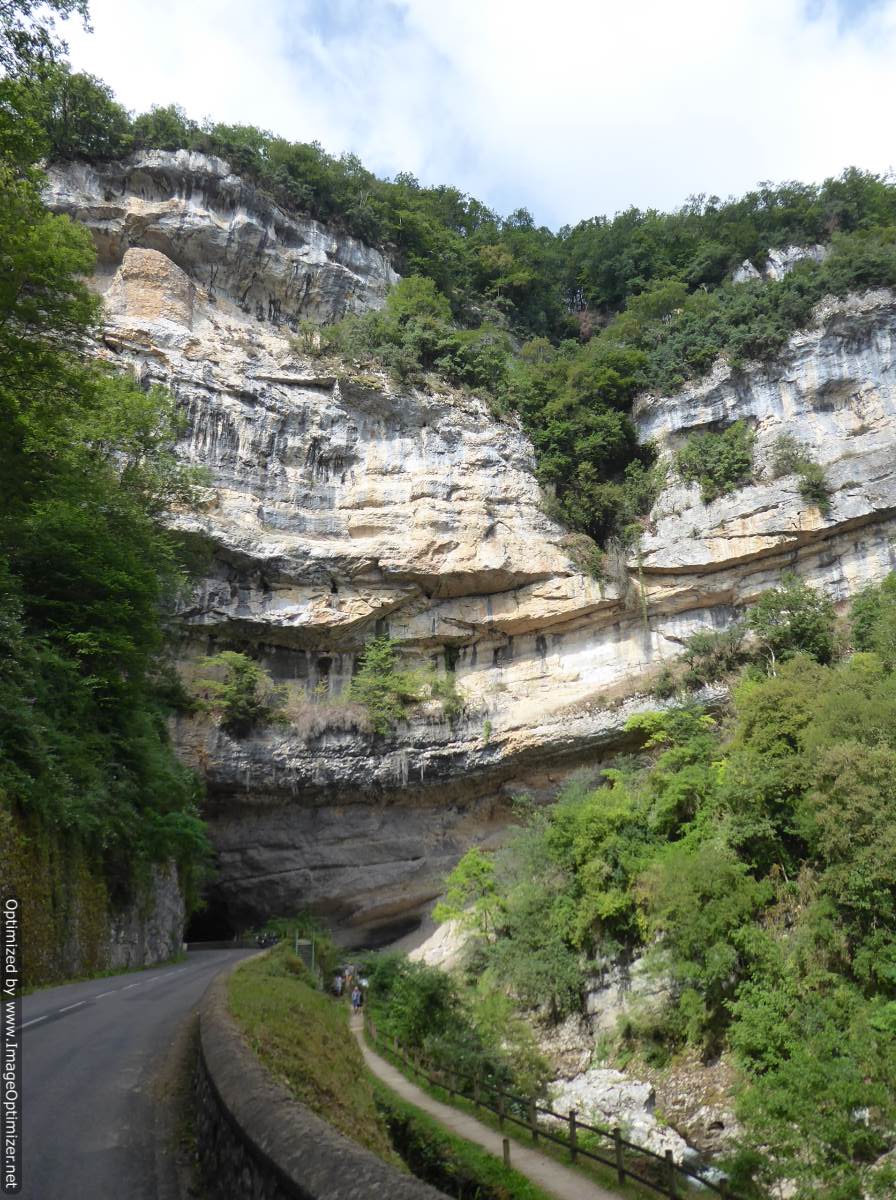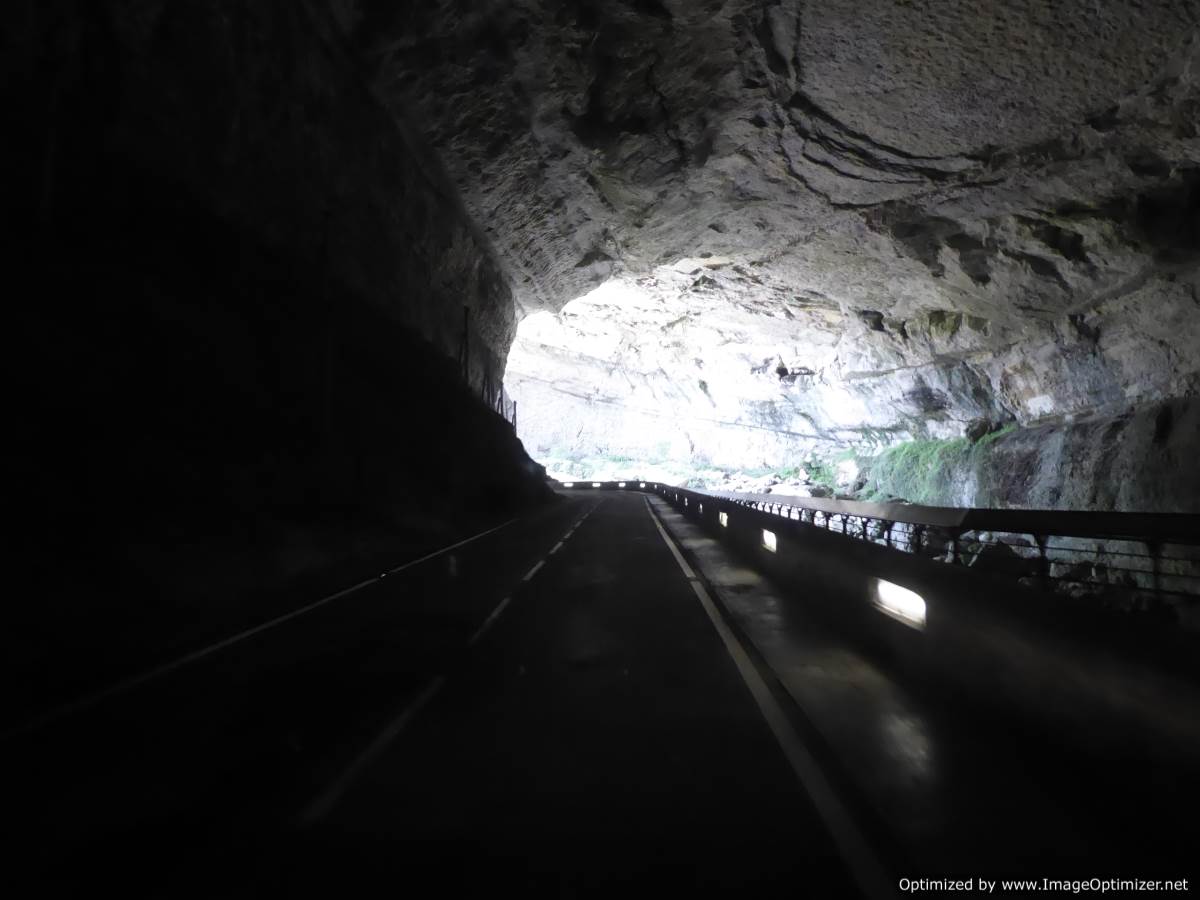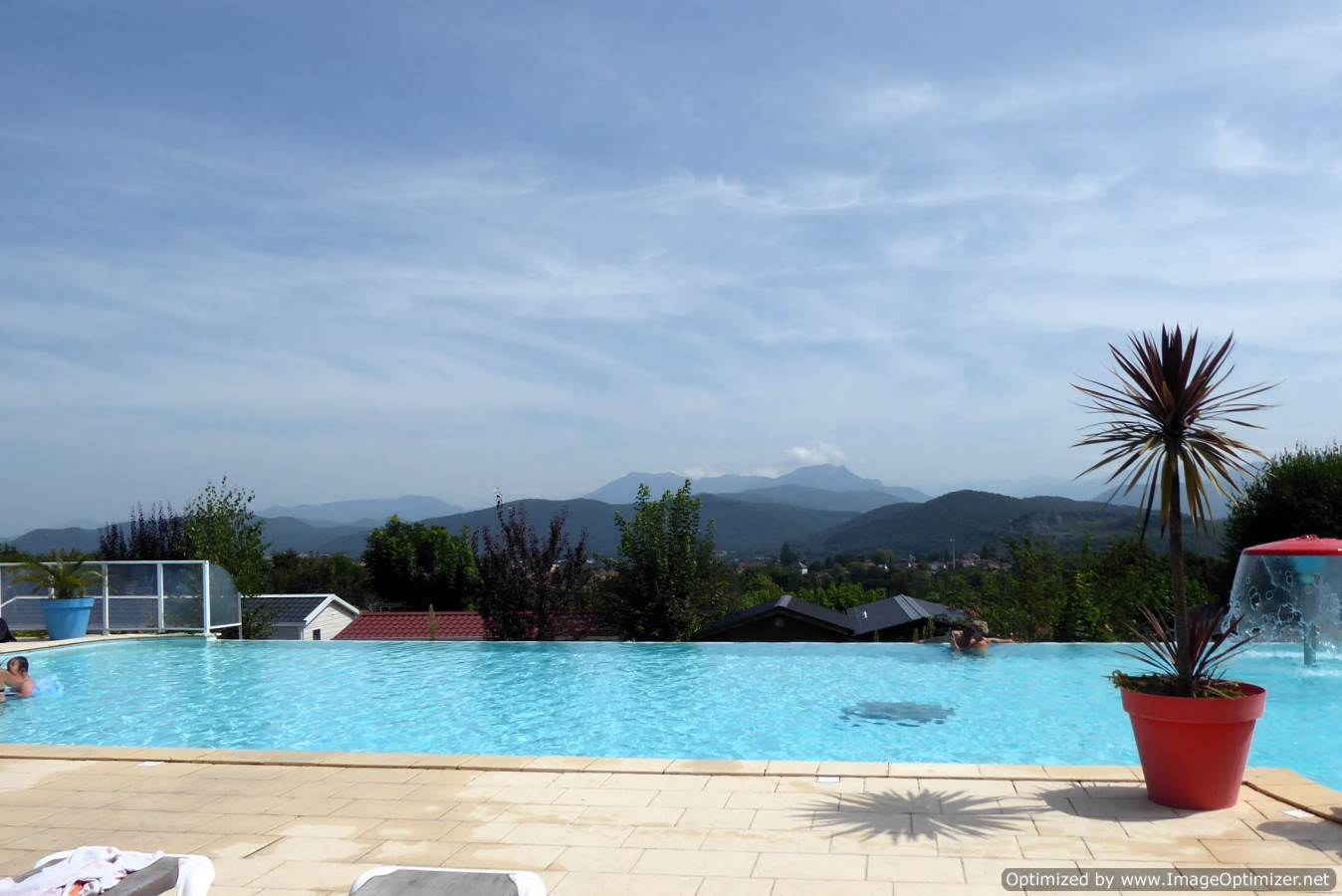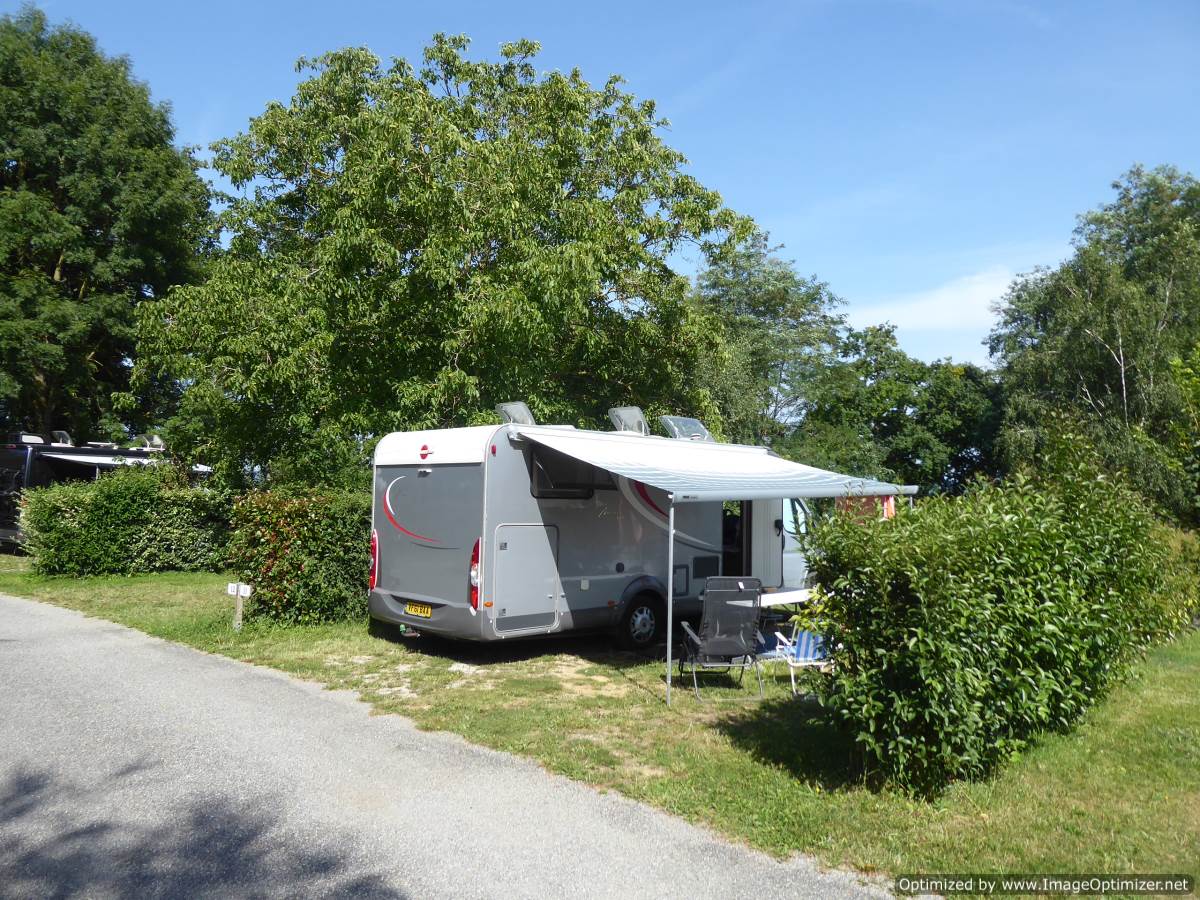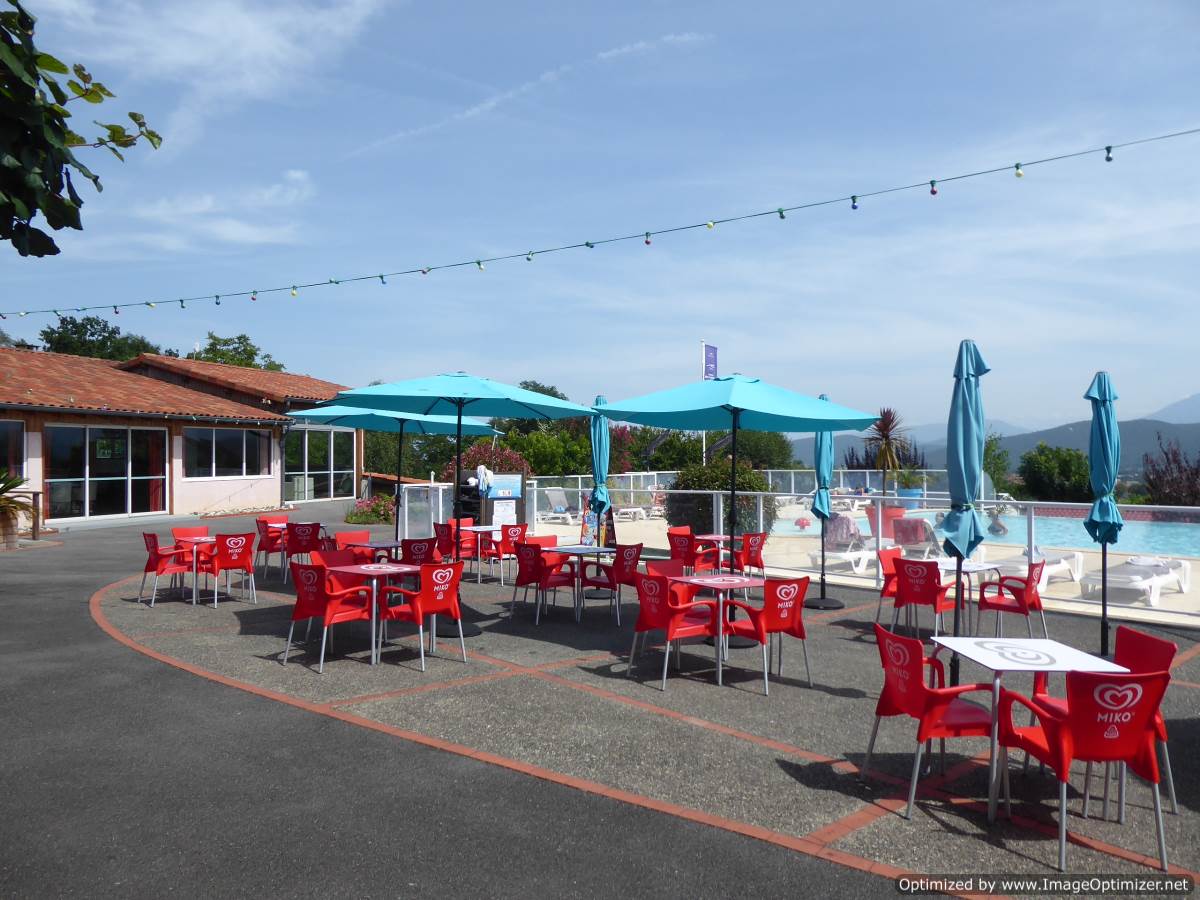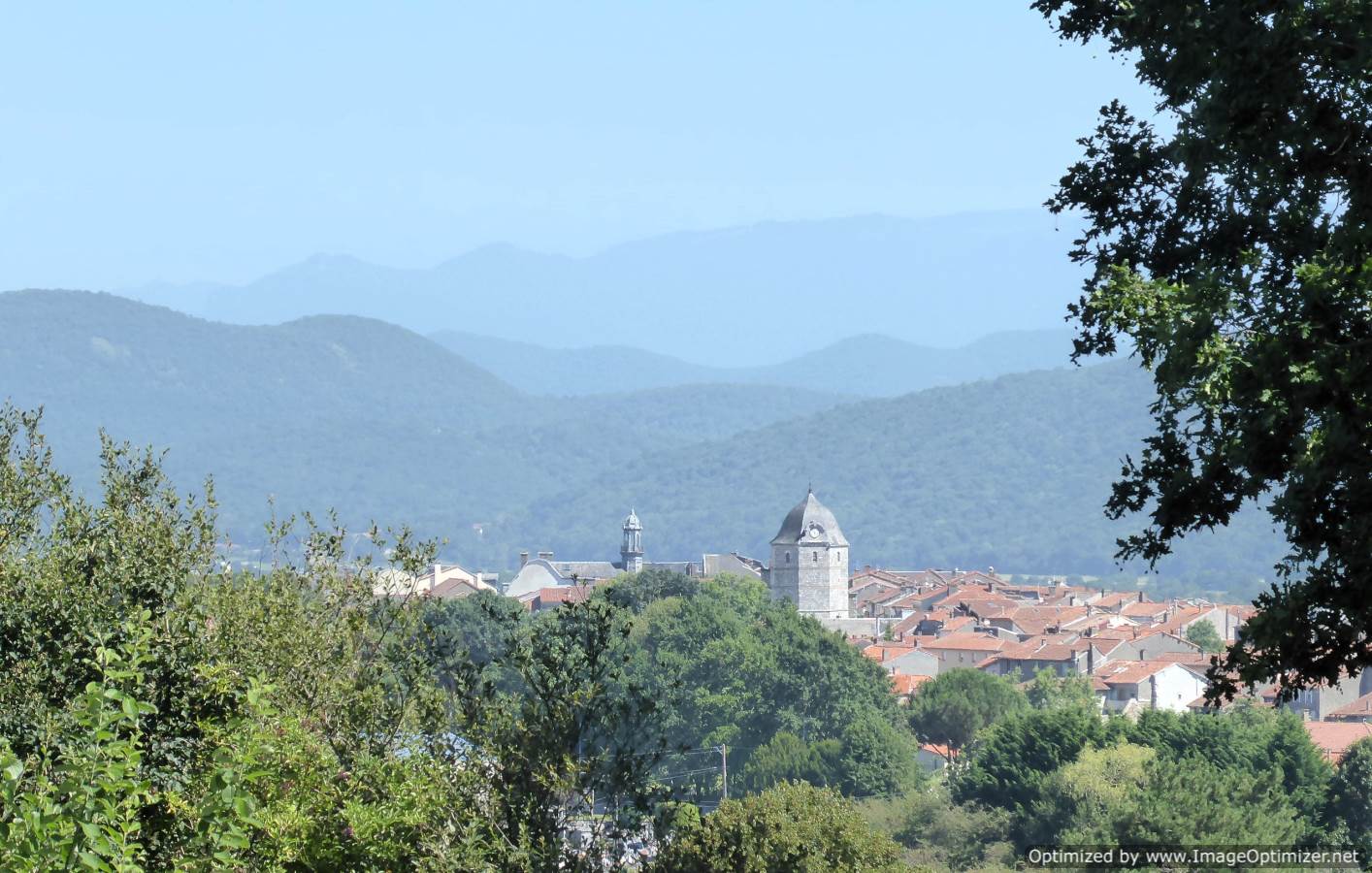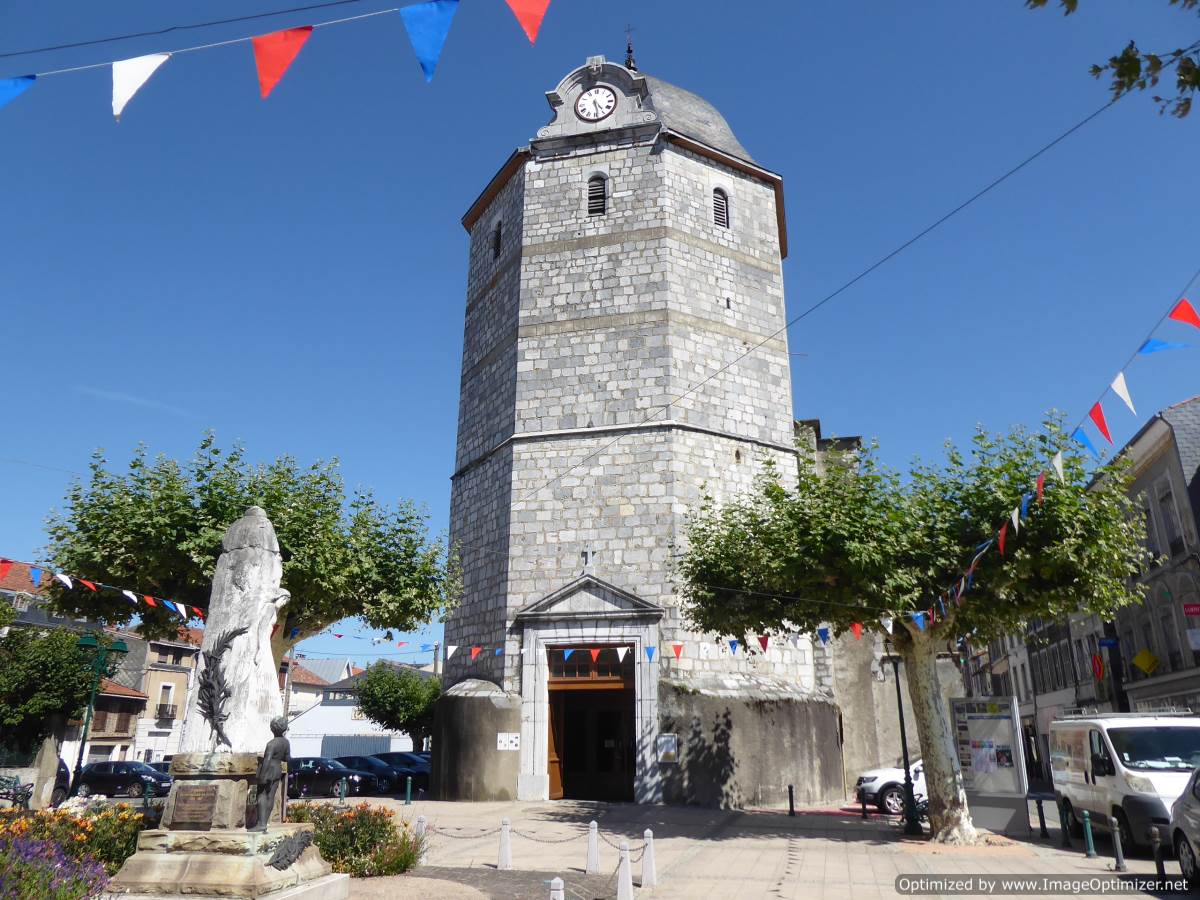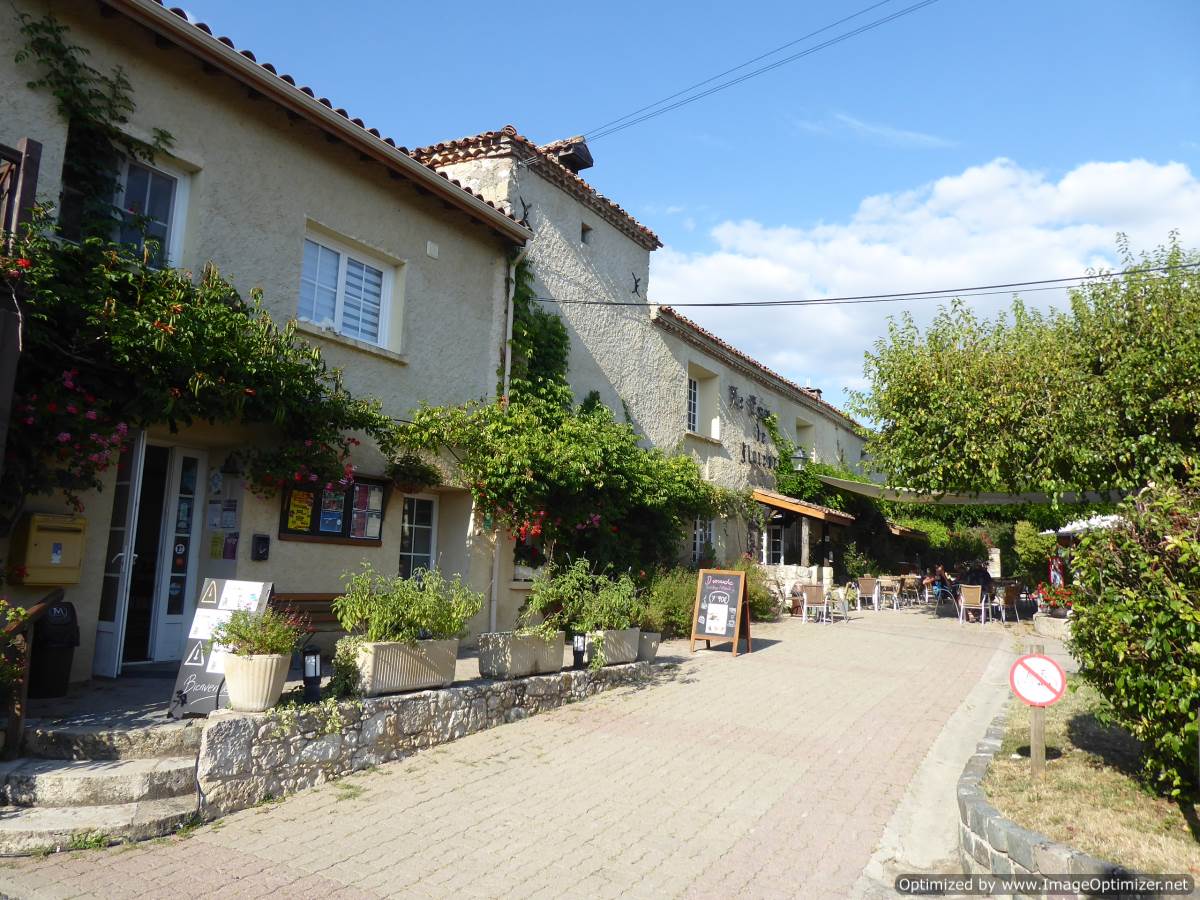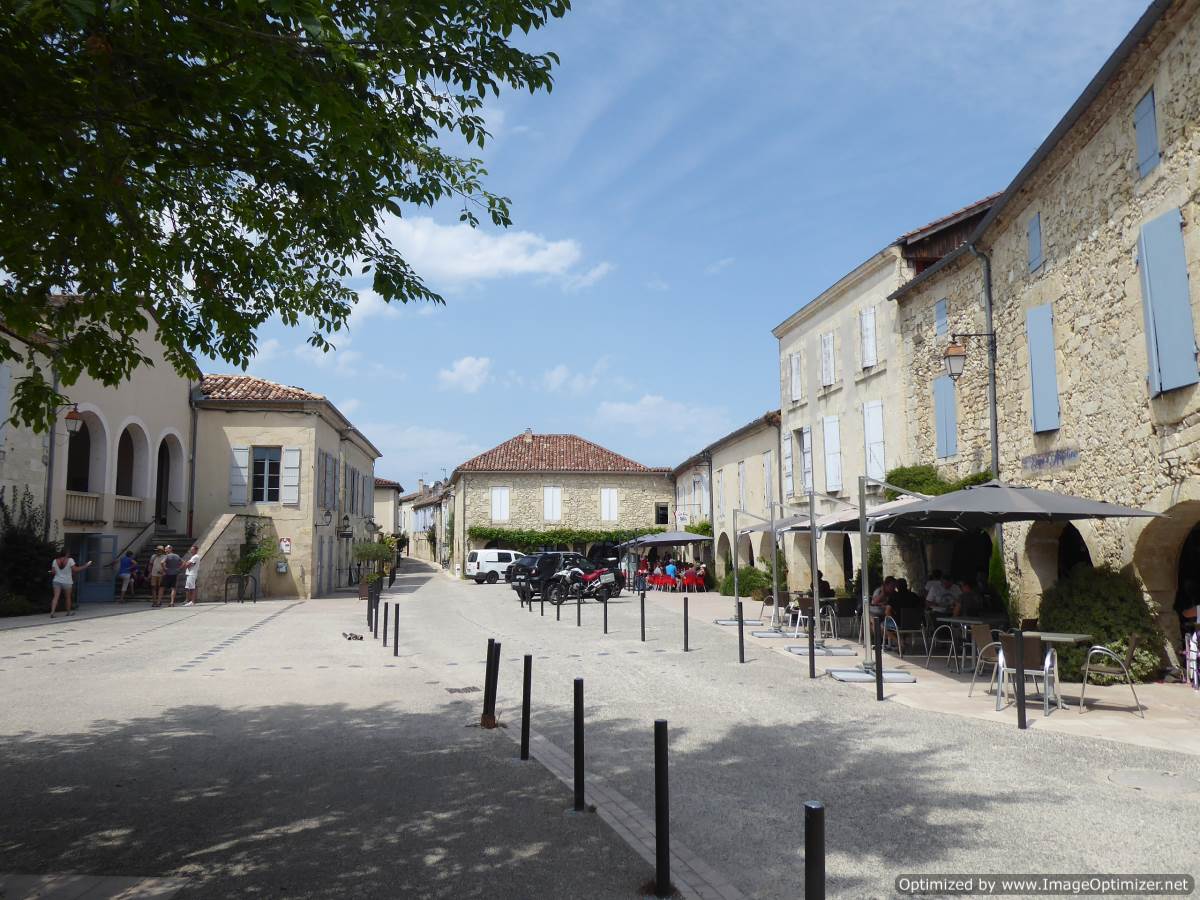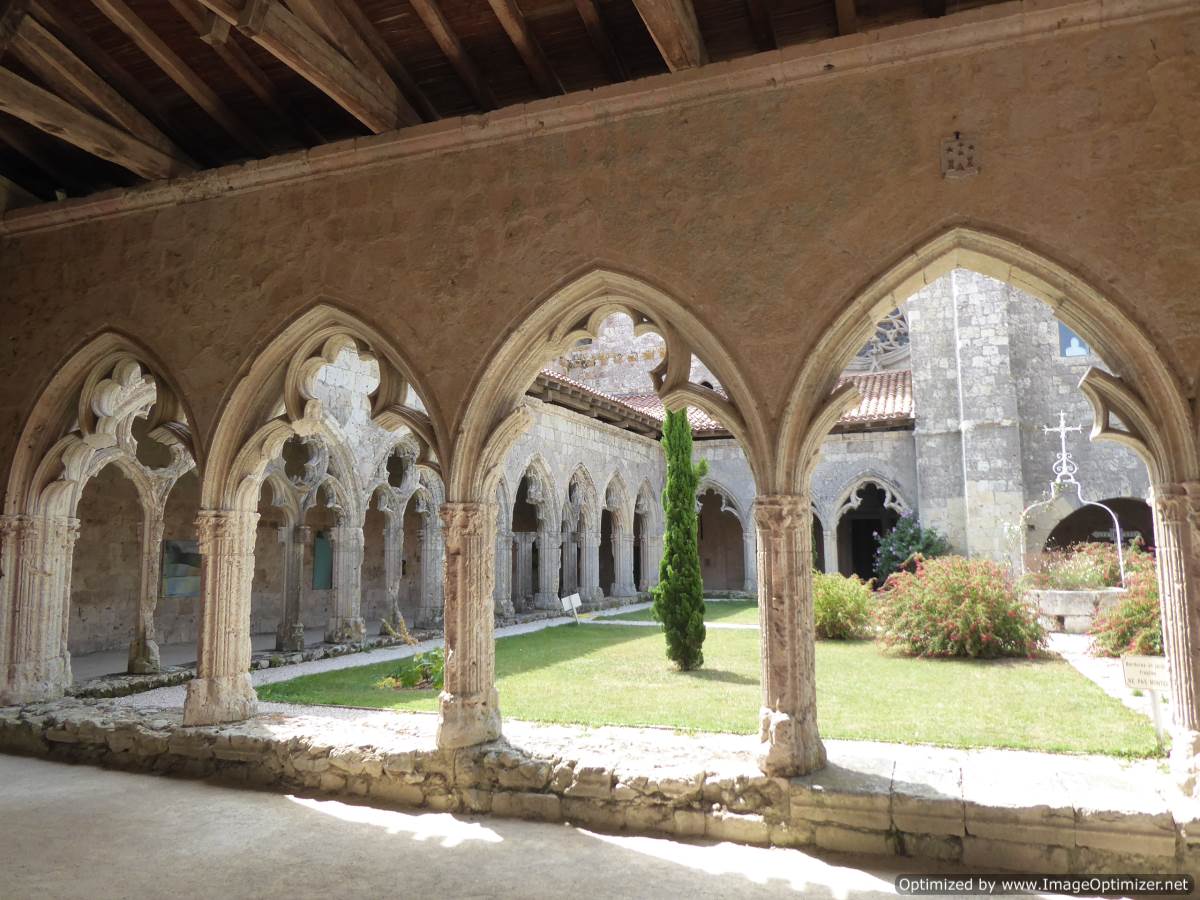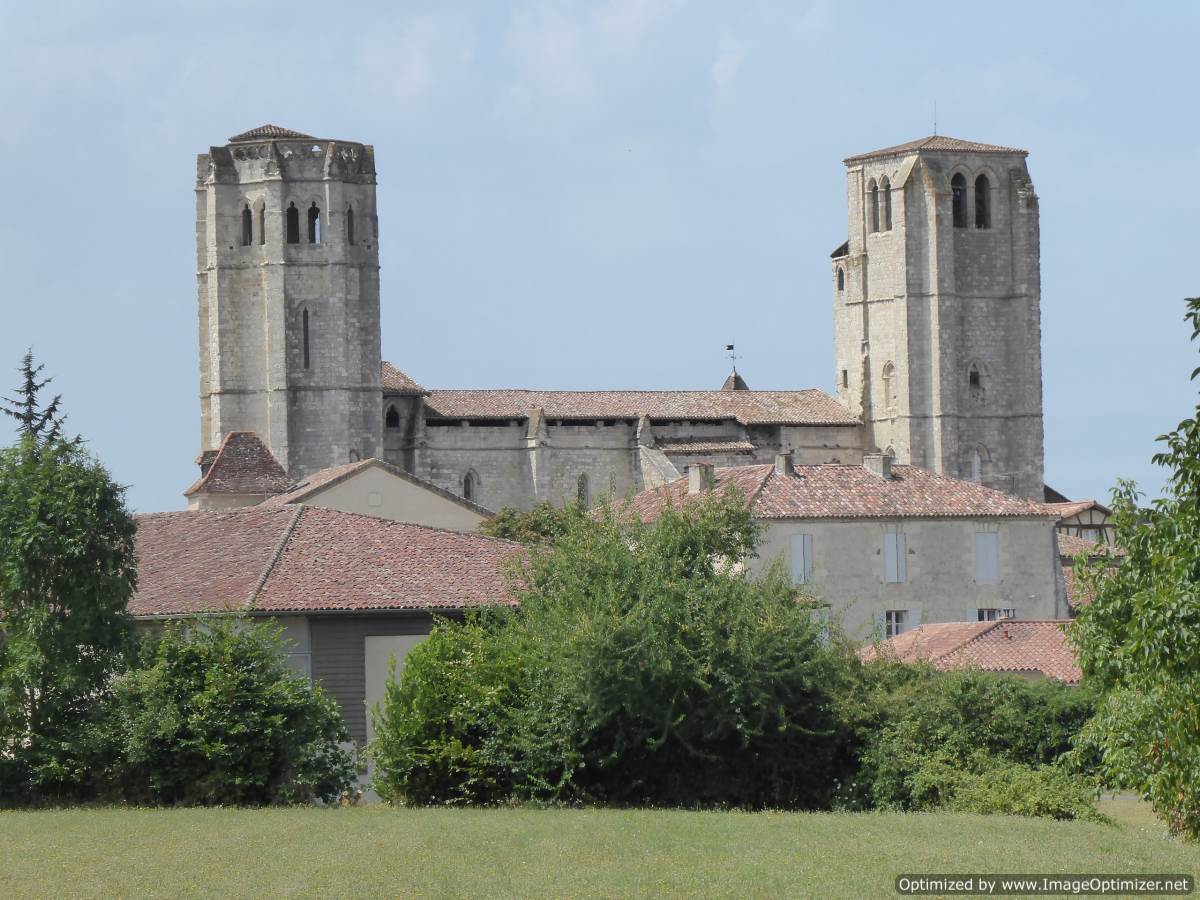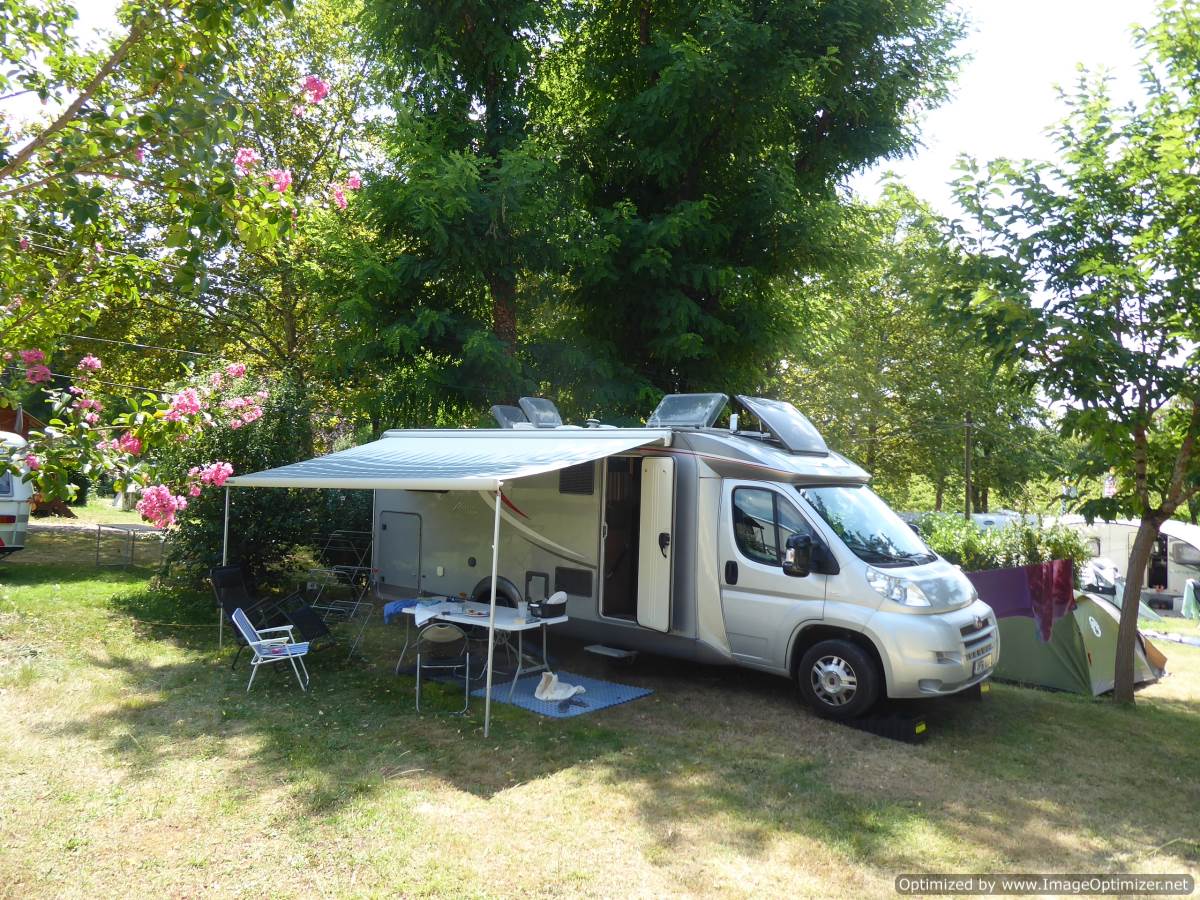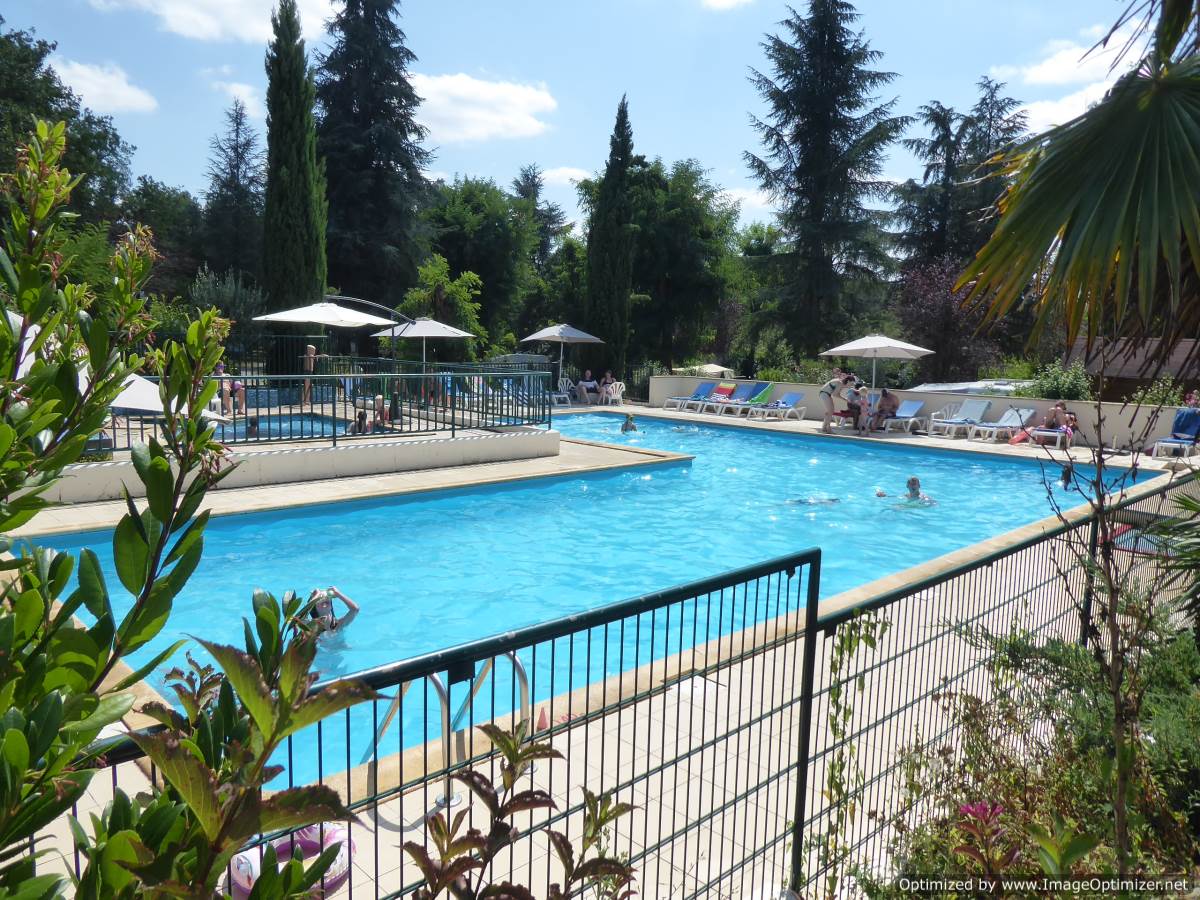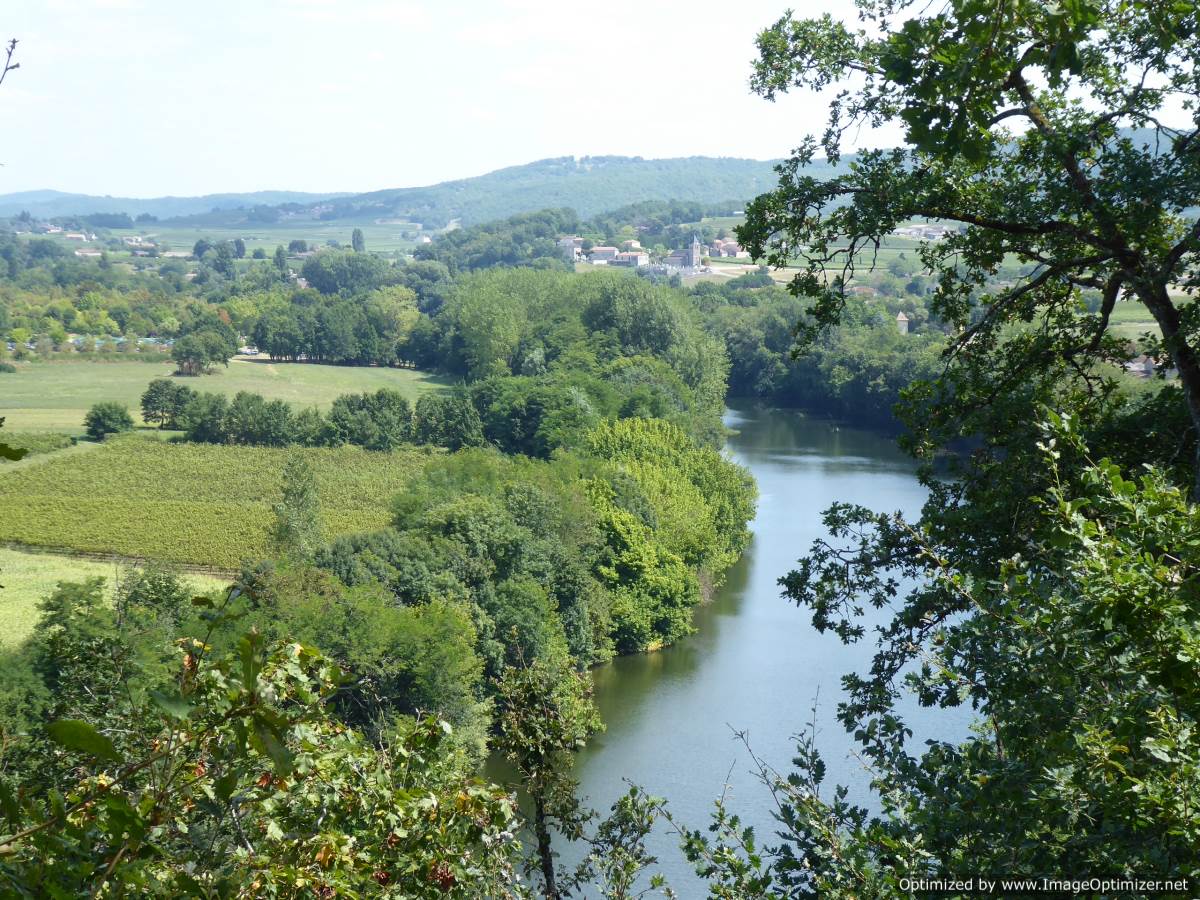Some of you reading this blog are aware that our travel plans for Spring 2024 were to spend 12 days touring Turkey and then continue overland from Istanbul to Helsinki by bus and train taking in as many countries as possible in the six weeks we had allotted for this next adventure. However, for the first time in our nearly nine years of travelling we have needed to adjust the itinerary due to some family concerns. We therefore only completed the Turkey part of our trip as it had been booked and paid for and are writing this after returning home. Beware of “best laid plans”!
On Wednesday 3rd April we hopped on the National Express Bus to Heathrow and caught a flight to Istanbul where we had three happy days exploring this incredible and vast city which straddles the Bosphorus Strait and is the junction between Europe and Asia. There is so much to see and do in Istanbul and at the risk of boring you we will endeavour to give you the highlights and briefly outline our time here.
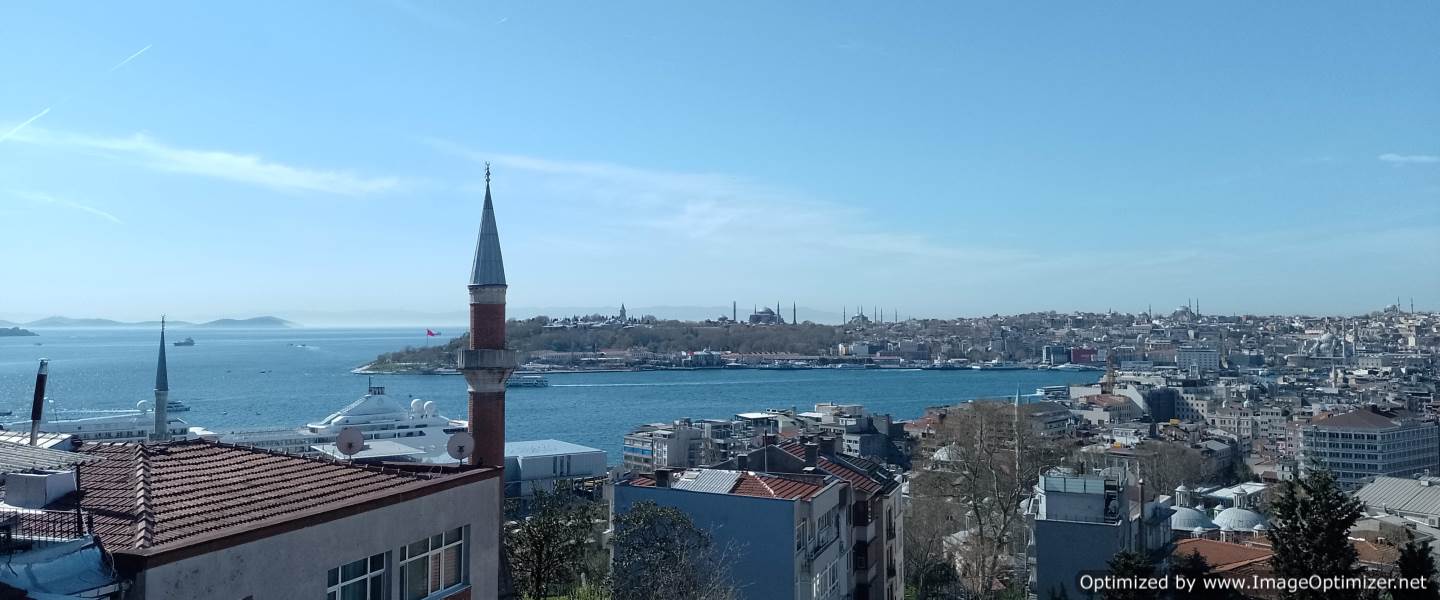
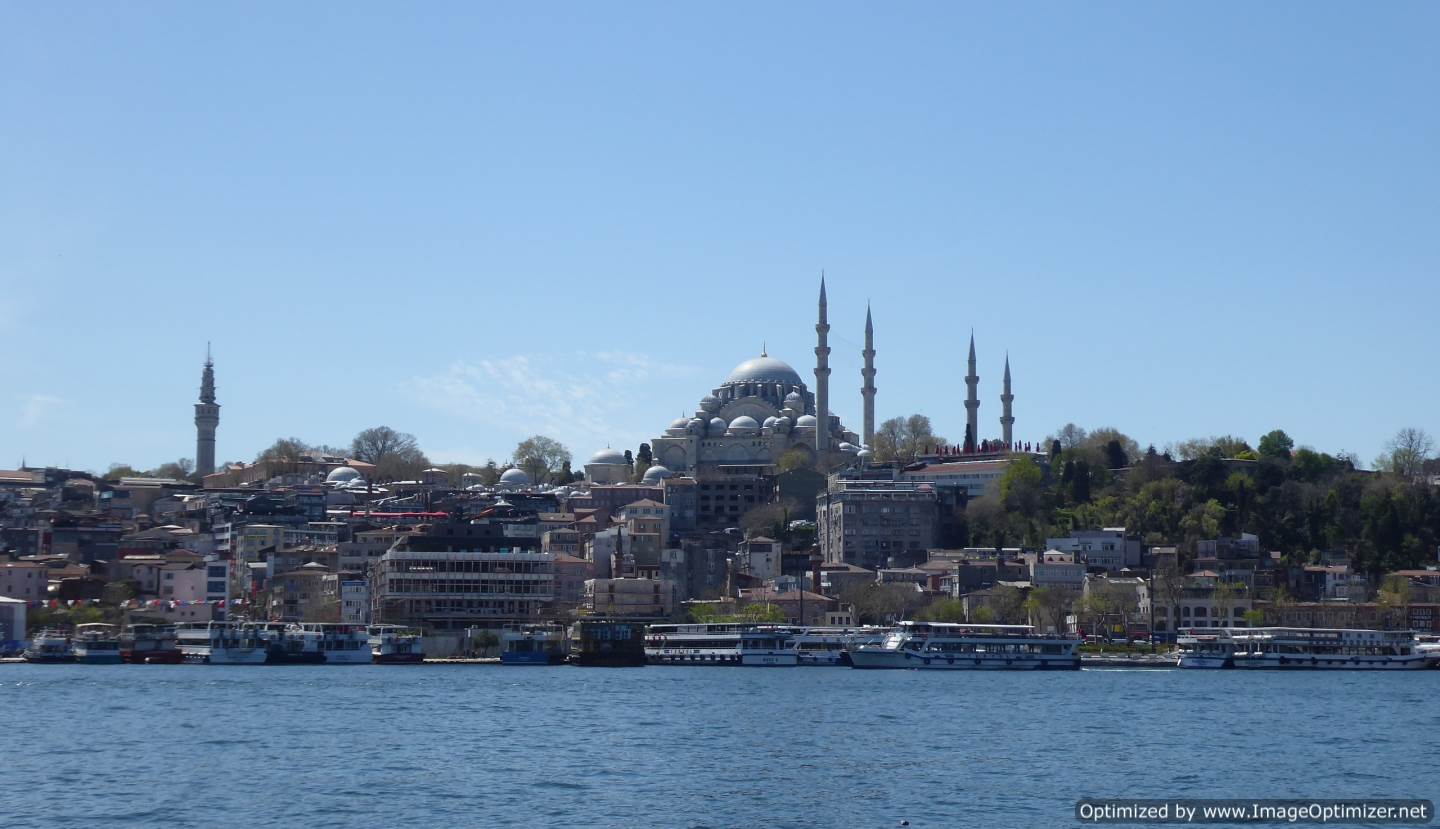
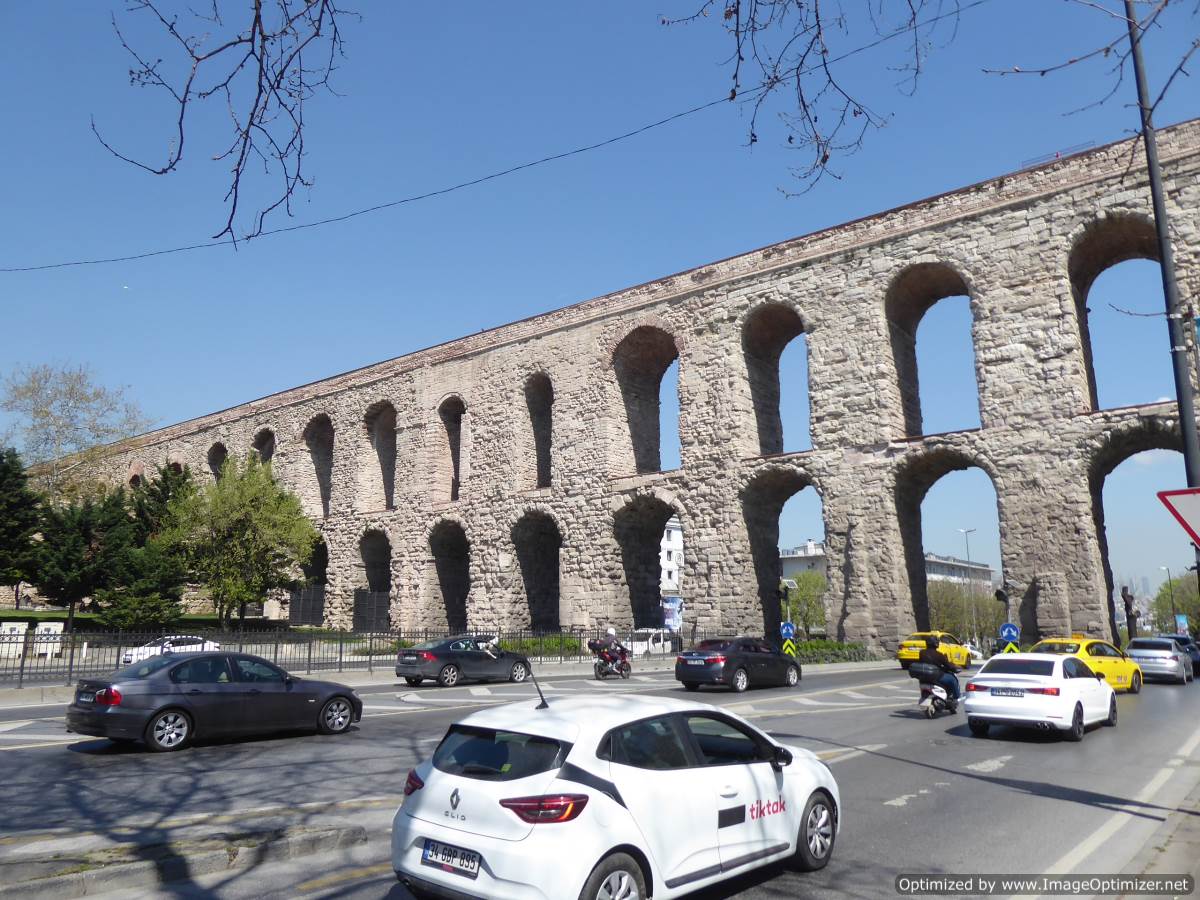
The many mosques dominate the skyline and the call to prayer is heard ringing out over the city at specific times of the day. We visited a number of mosques, The Blue Mosque being the most well- known but honestly some of the others were more beautiful and less crowded (and obviously you have to be appropriately dressed).

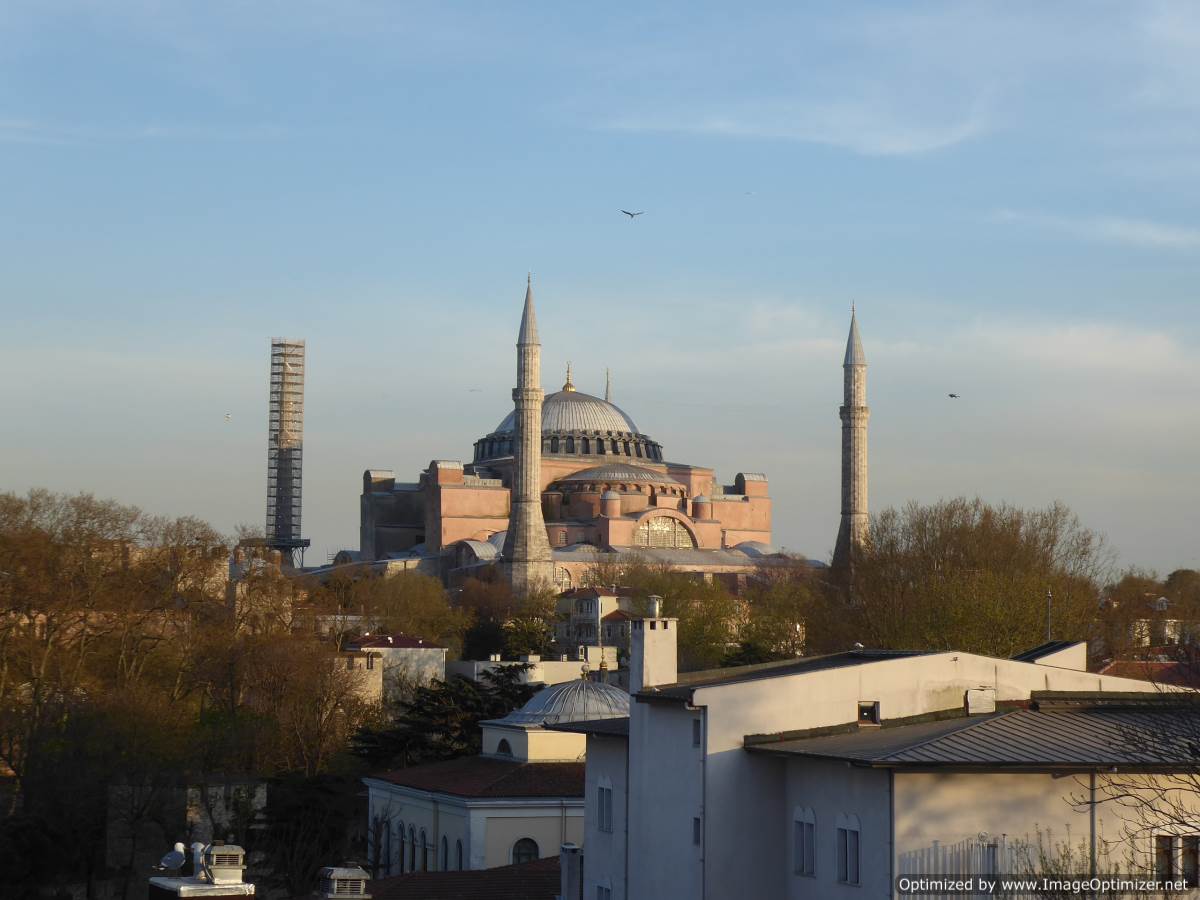

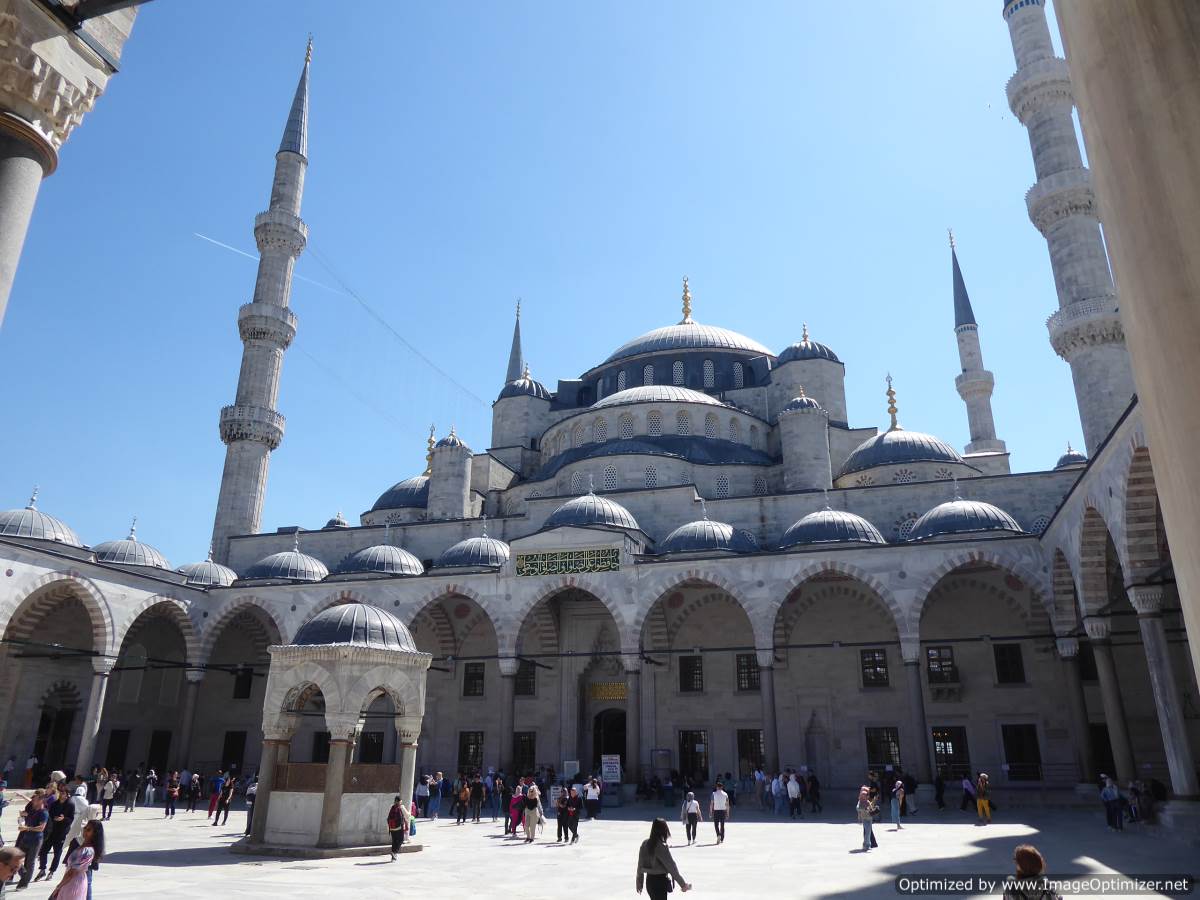
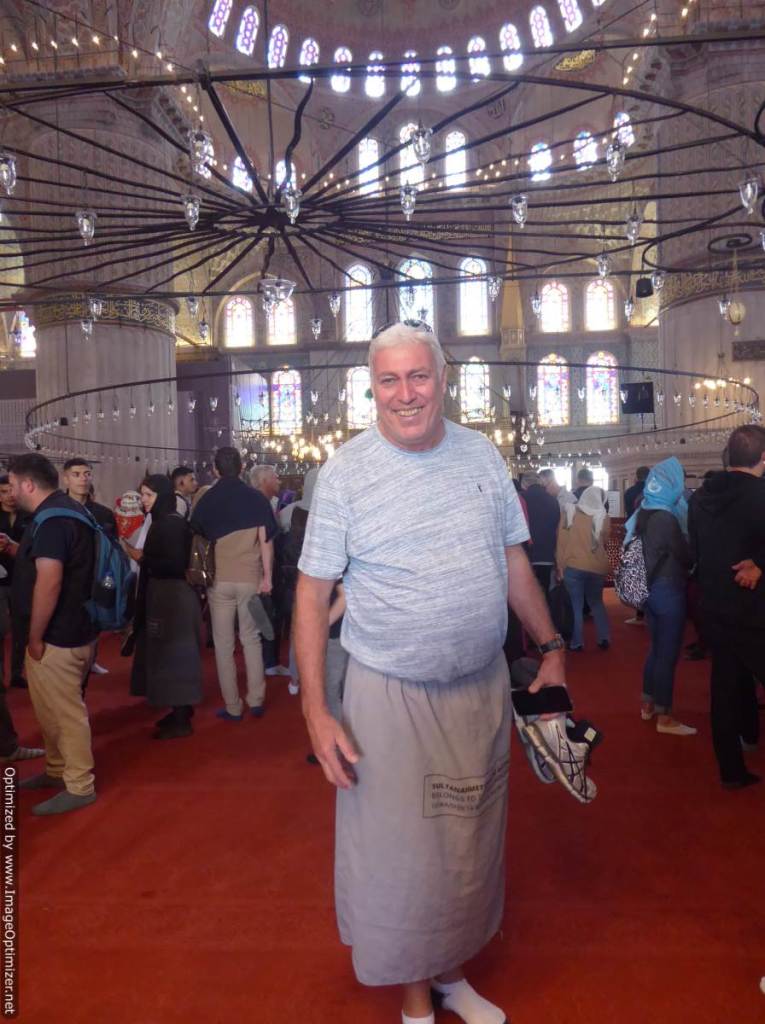
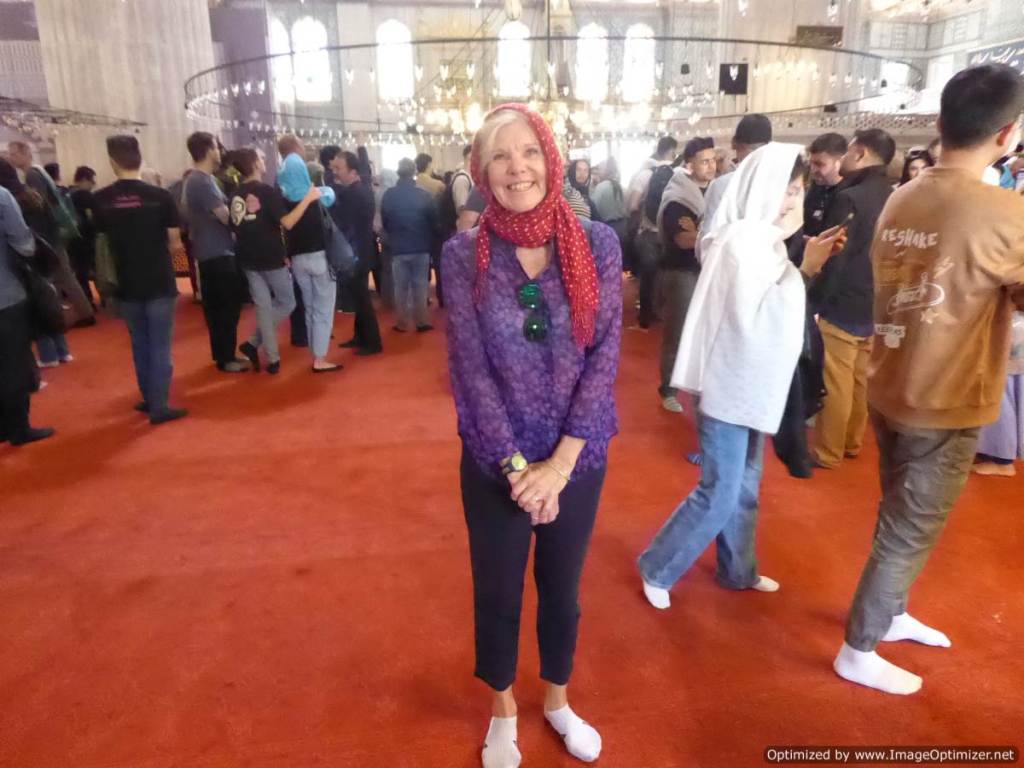
We tracked down two churches that hadn’t been converted to mosques and enjoyed an uphill and downhill walk in the Balat and Feder districts full of colourful houses, street art and countless cafés and restaurants all set up to serve the many tourists.



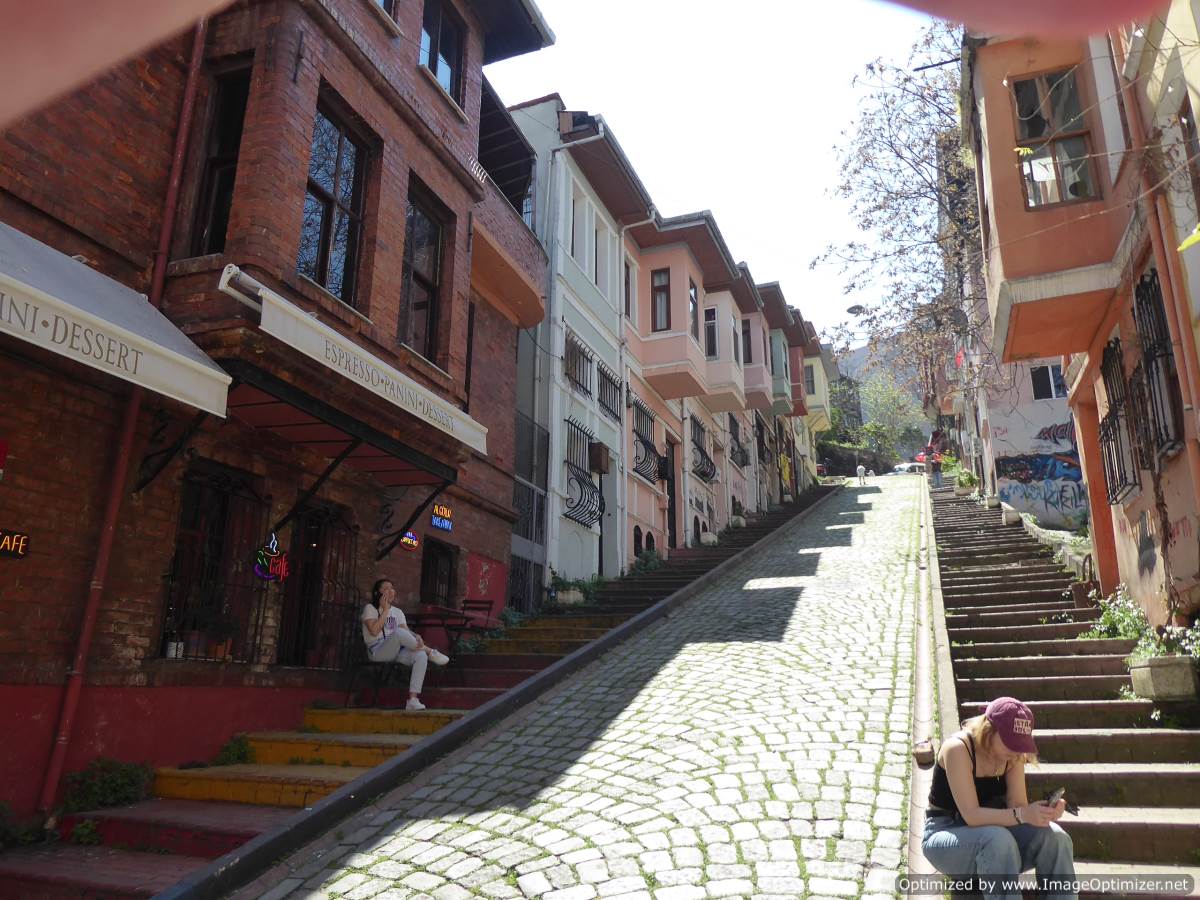


The Spice Market and Grand Bazaar were somewhat disappointing in that they lacked atmosphere and were rather more sanitised than many other Souks and Bazaars we have visited on our previous travels. Topaki Palace, a former seat of government and an official residence of the Ottoman Empire was especially impressive with its beautiful buildings and stunning location overlooking the Bosphorus.

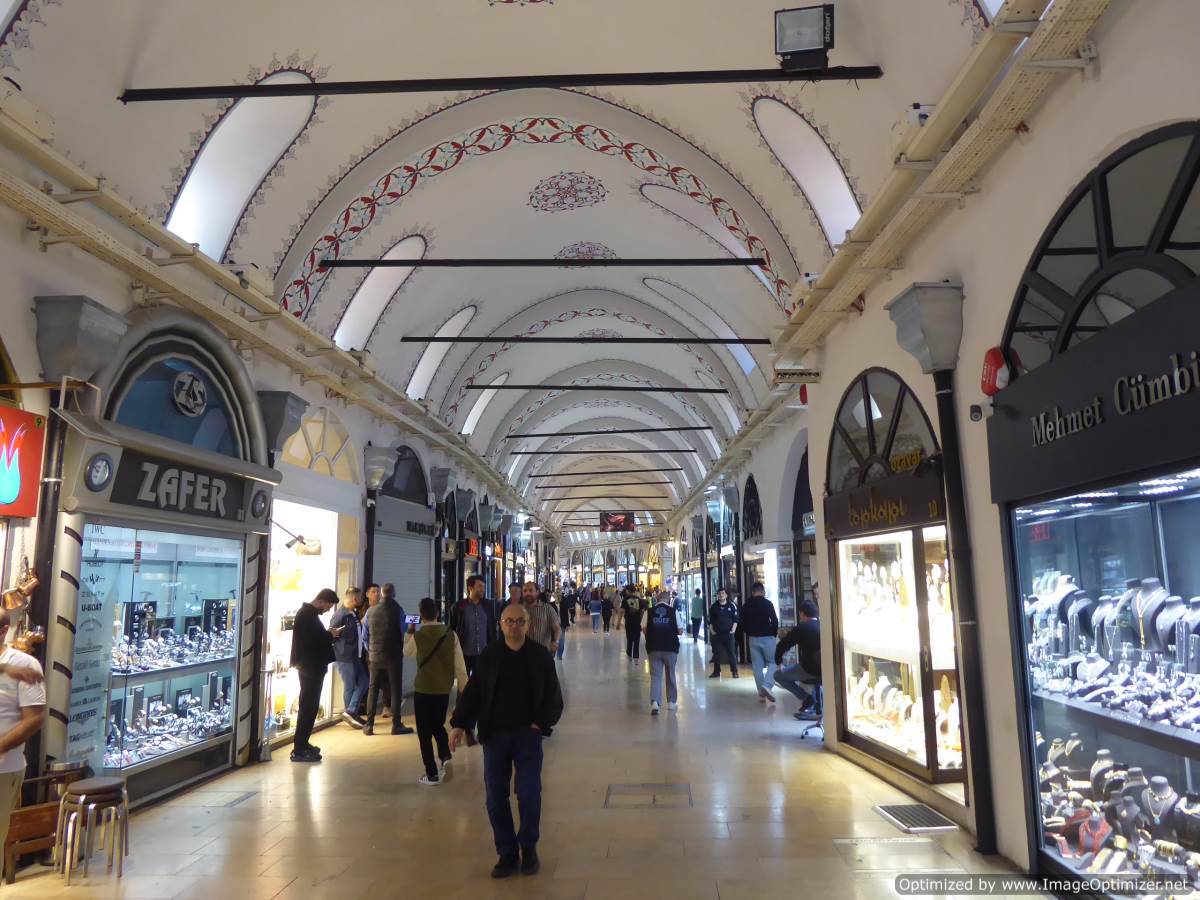



At 6.30 am on Sunday 7th April we were picked up and with a mini bus full of other travellers took the almost 4 hour journey to the Gallipoli Peninsular where we spent the afternoon with Ibrahim, our guide visiting a number of the WW1 landing places. It was here where in 1915 the mainly Australian and New Zealand troops fought the Ottoman Turkish army who put up a fierce defence. Ibrahim was an exceptional guide, he told us of the many mistakes on both sides which tragically cost the lives of thousands of young men. We were moved by the various lovely and well-kept cemeteries and saw preparations underway for the annual Anzac Day Remembrance ceremonies on 24th April.
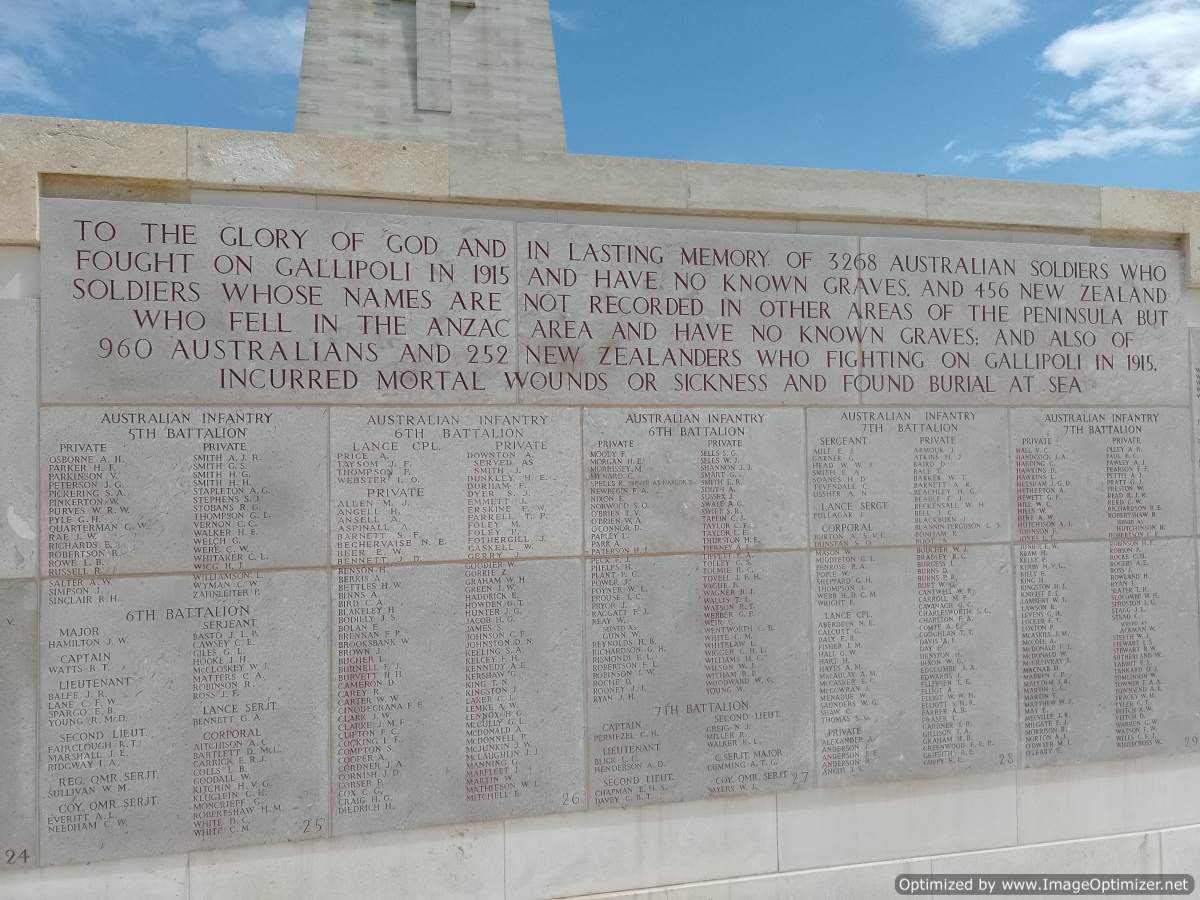
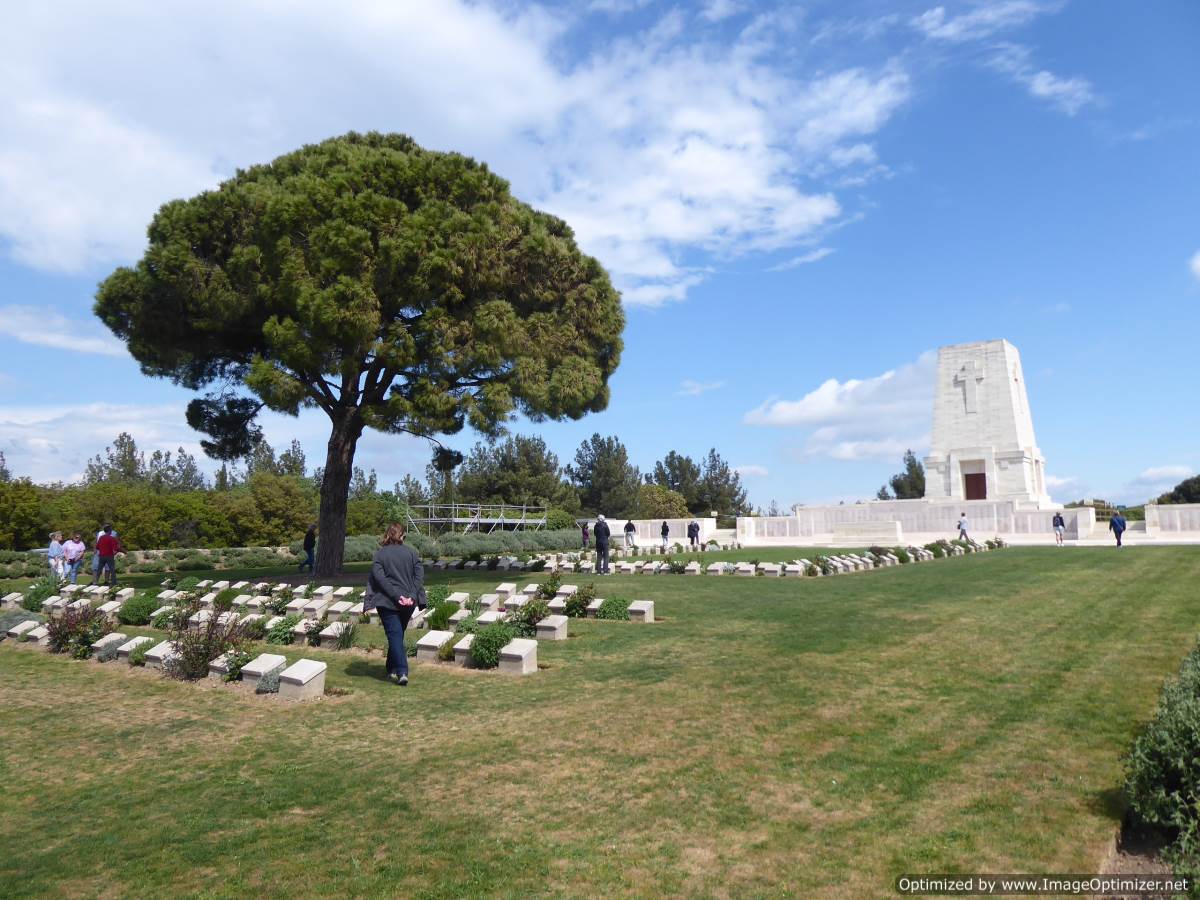
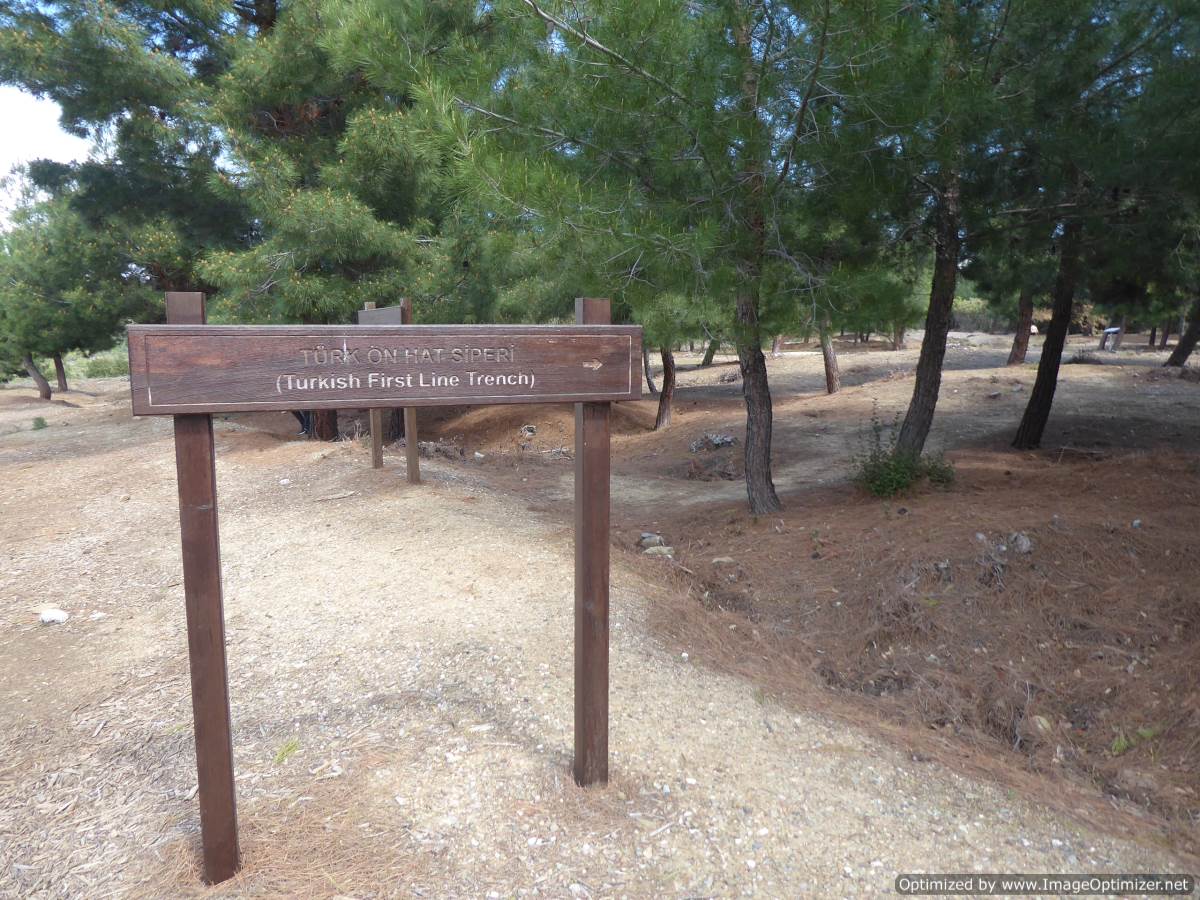
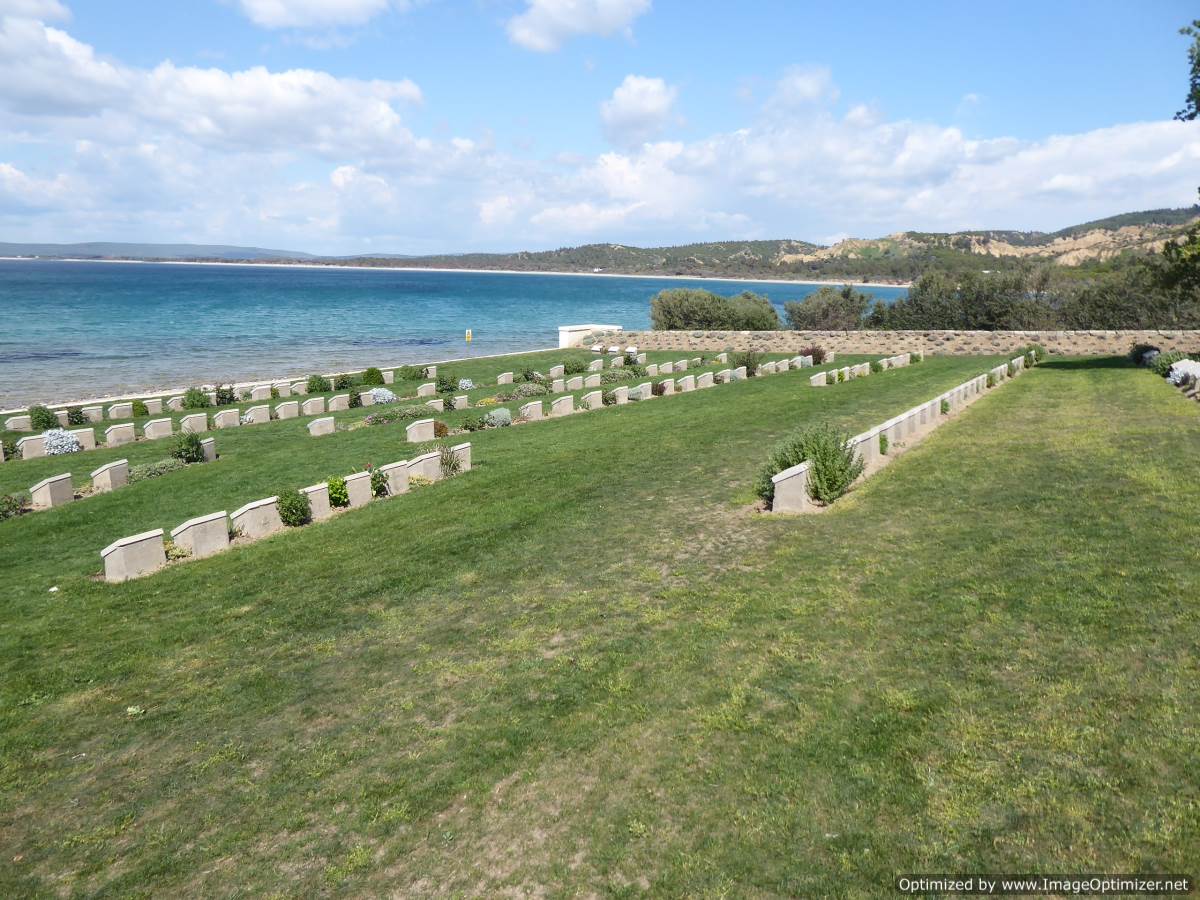
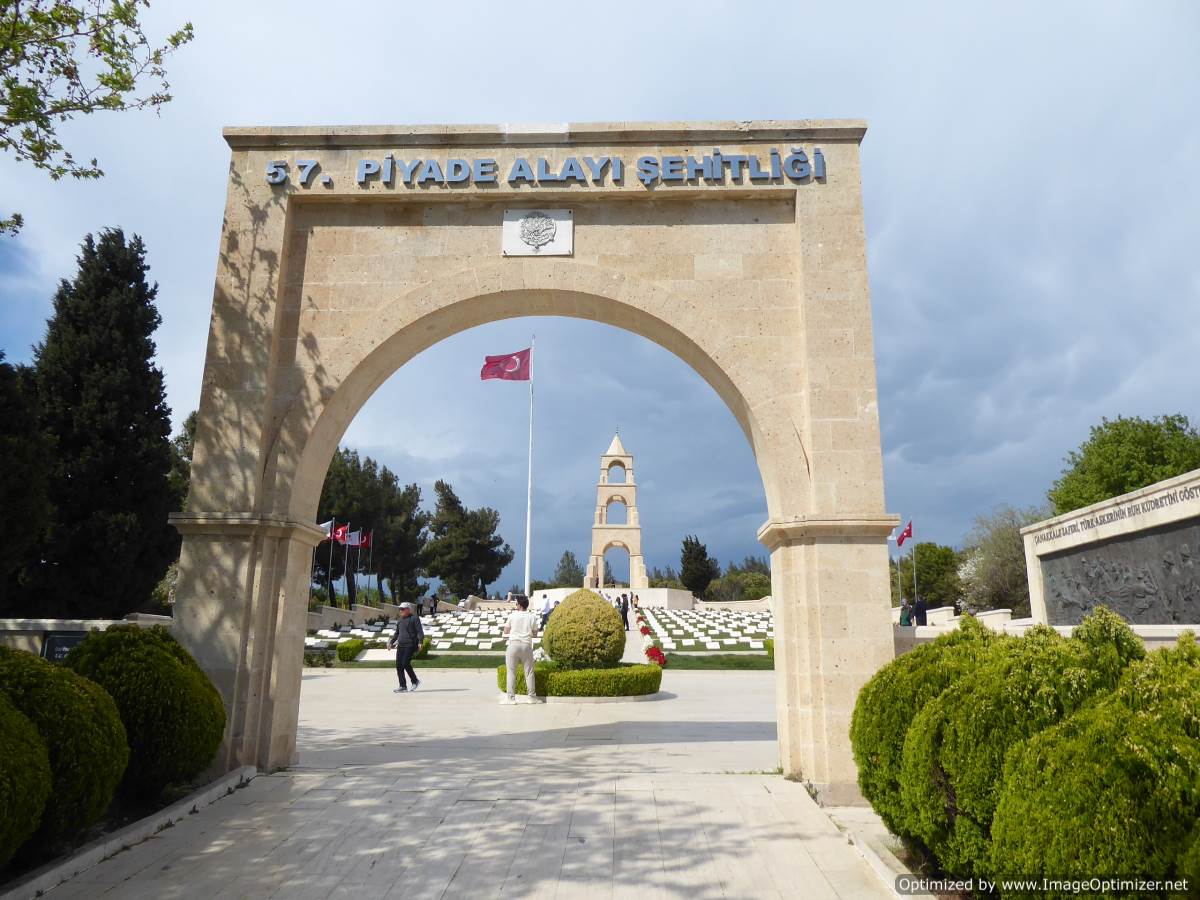
After seeing Gallipoli we crossed the sea to Canakkale on the Asian side of Turkey and home to a somewhat disappointing model of the Trojan Horse. The following day was a long driving day (6 hours in total) visiting various old ruins, happily for us we were still with the brilliant guide Ibrahim.
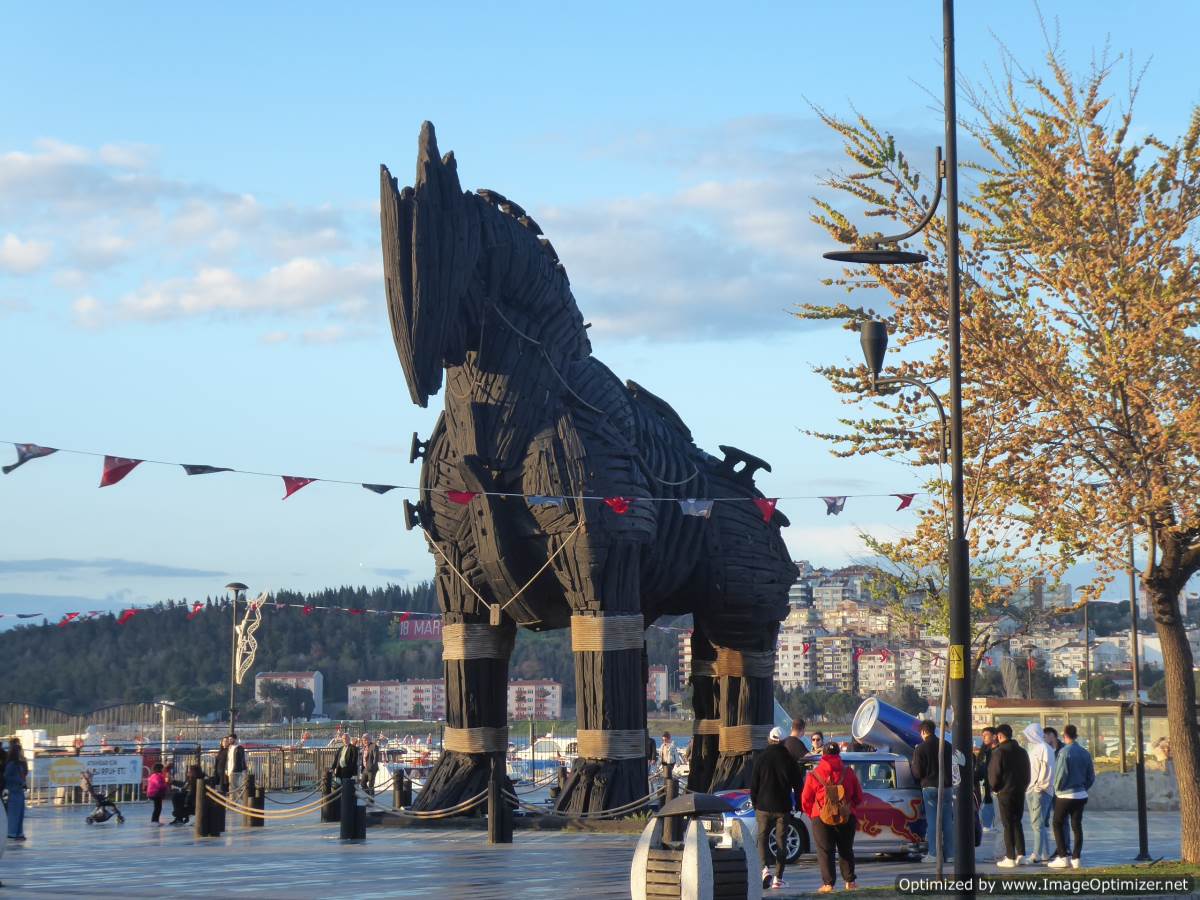

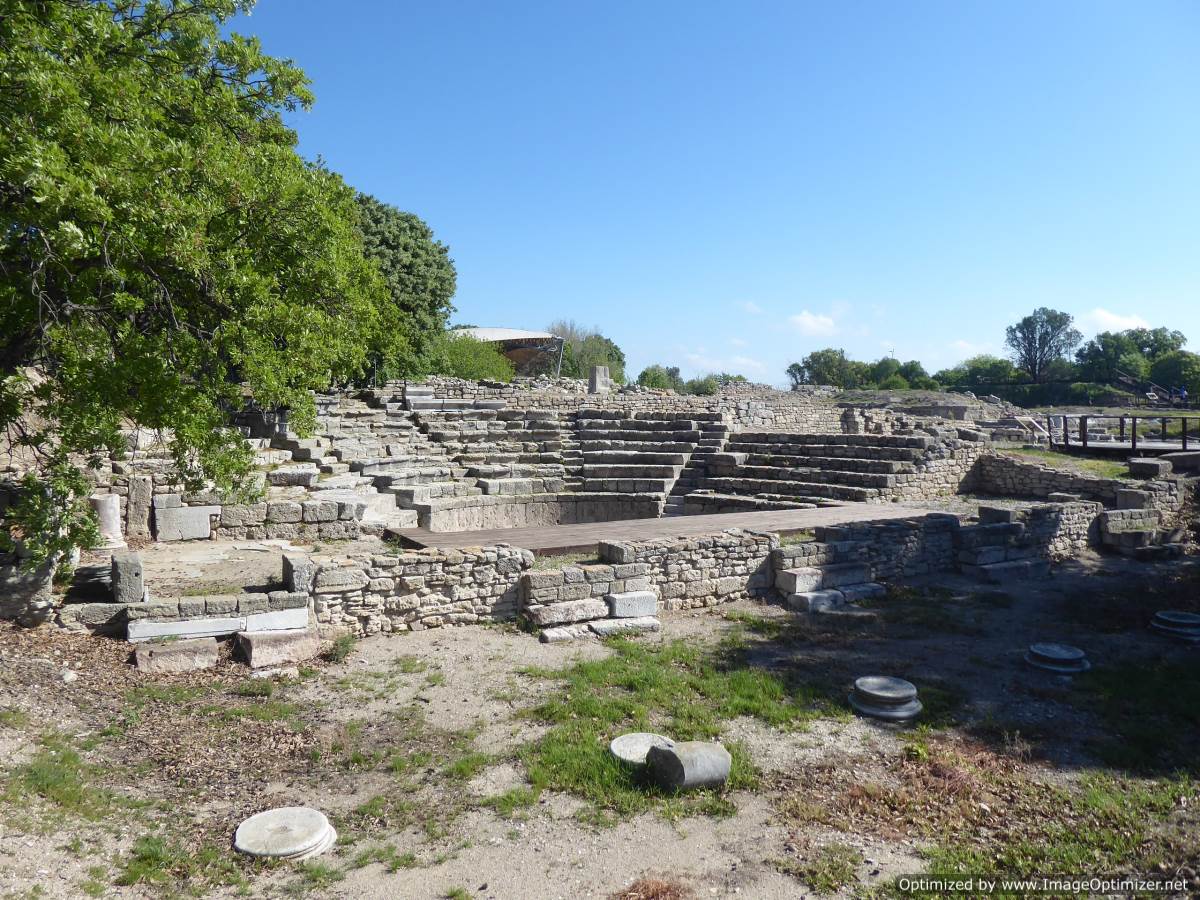
First stop was the ancient city of Troy and then after a two hour drive visited the Pergamon Acropolis in very windy conditions set high on a hillside outside the modern town of Bergamo. Apart from its Biblical mention in the book of Revelation, Pergamon is famous for being a rich and powerful ancient Greek city where visitors can see the alter of Zeus, the remains of a number of temples and great library and a well preserved theatre with a capacity for 10,000 people.



In between the two sightseeing stops we had a delicious lunch at a carpet weaving co-operative where after being serenaded by the manager and Annie having a hands-on lesson, we succumbed and bought a couple of cushion covers!

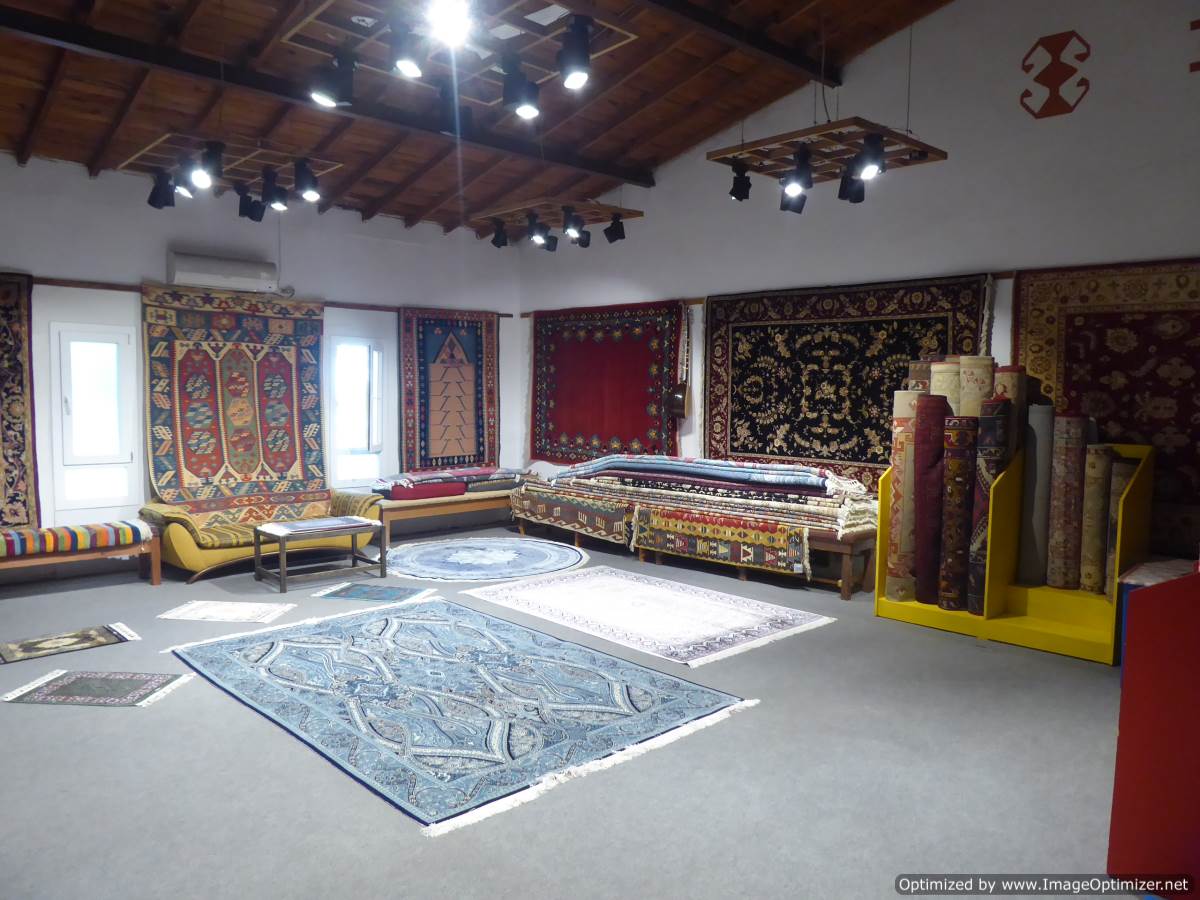
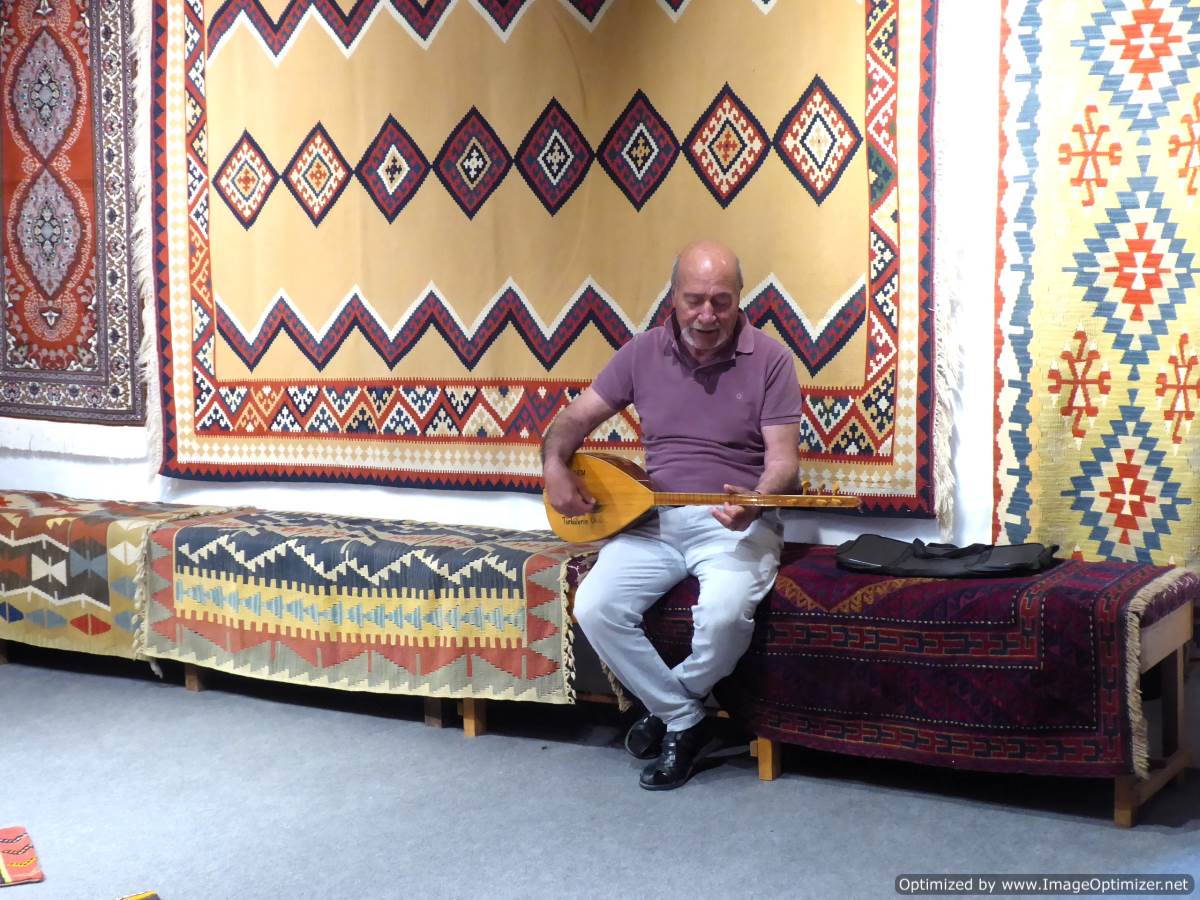
Kusadasi, a seaside town on Turkey’s western Aegean coast and daily stopping off point for cruise liners, was our home for the next two nights and here we visited the remains of the ancient port city of Ephesus which is now 5km in land. This time, with another excellent guide Azer who walked us through the well preserved ruins of the city explaining each of the buildings and how the city functioned in Roman times.
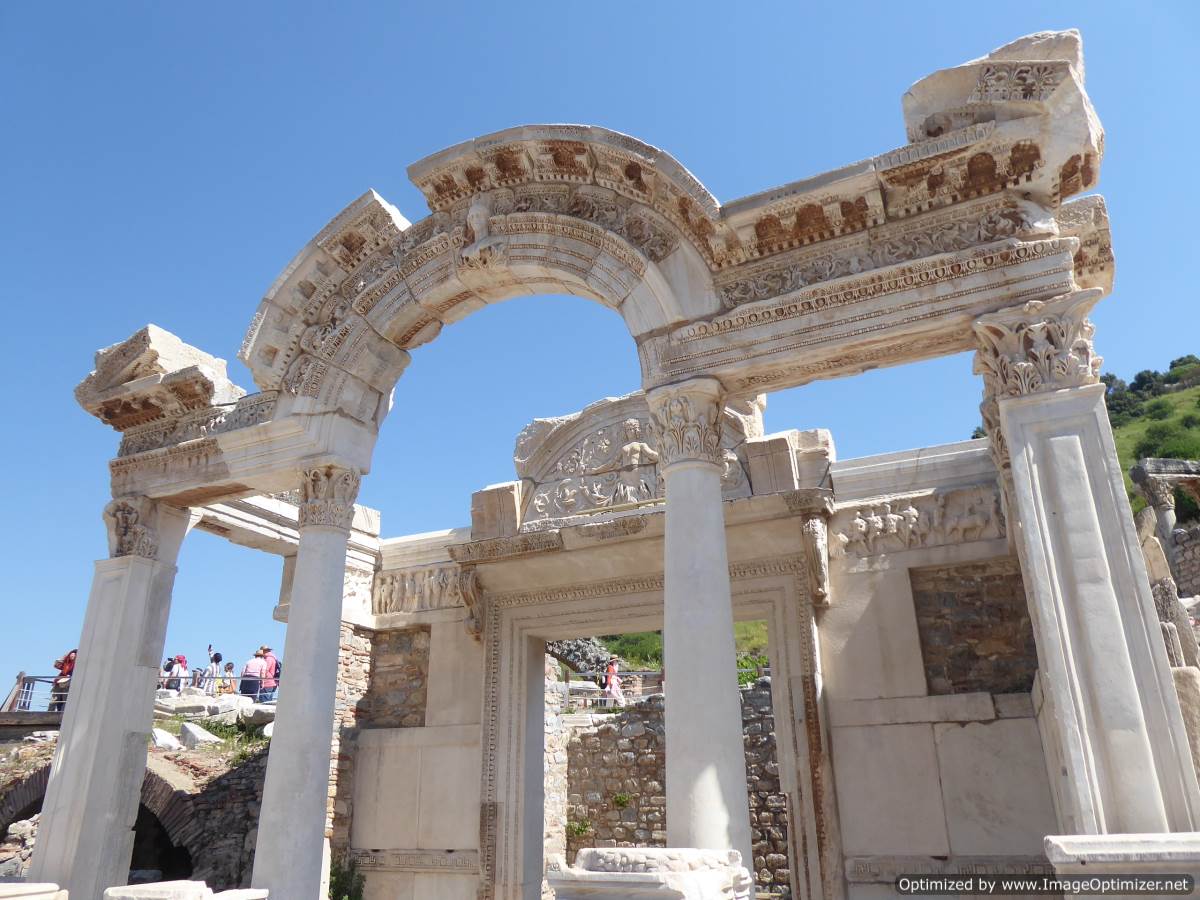
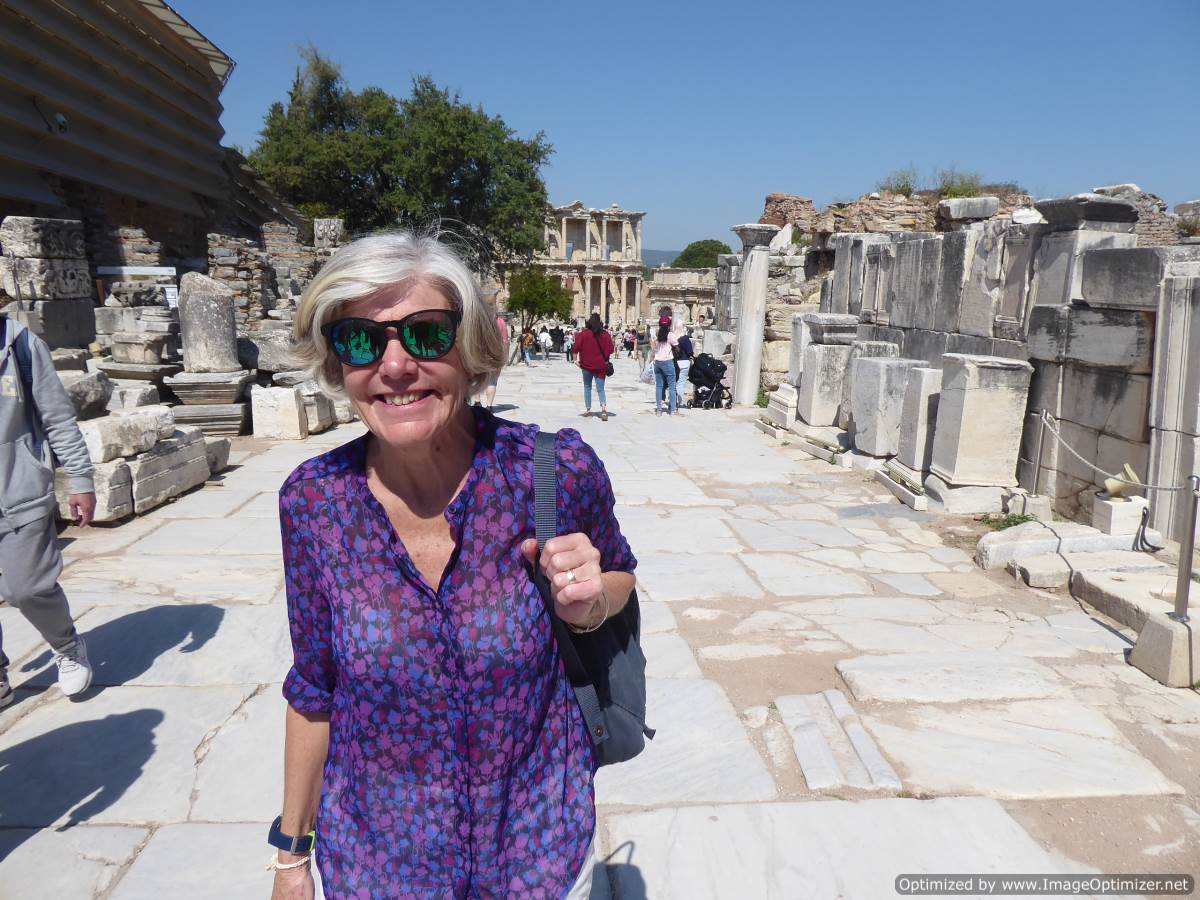

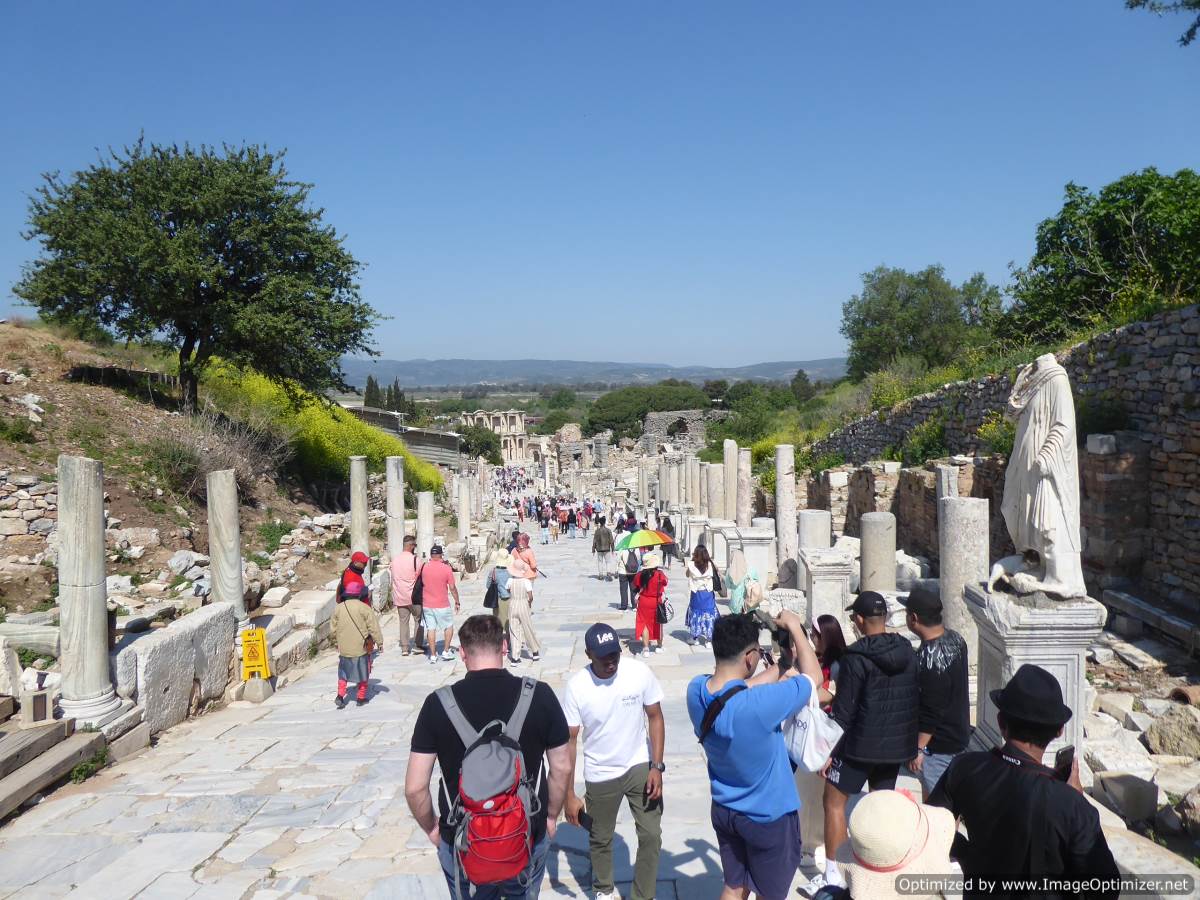
We discovered it was once the most important trading centre in the Mediterranean and a hotbed of early Christianity. We were blessed with warm sunshine and blue skies all day and were entertained by a fellow traveller from India who wanted to be videoed dancing in various settings in this incredible open air museum much to the amusement and entertainment of the rest of our group.

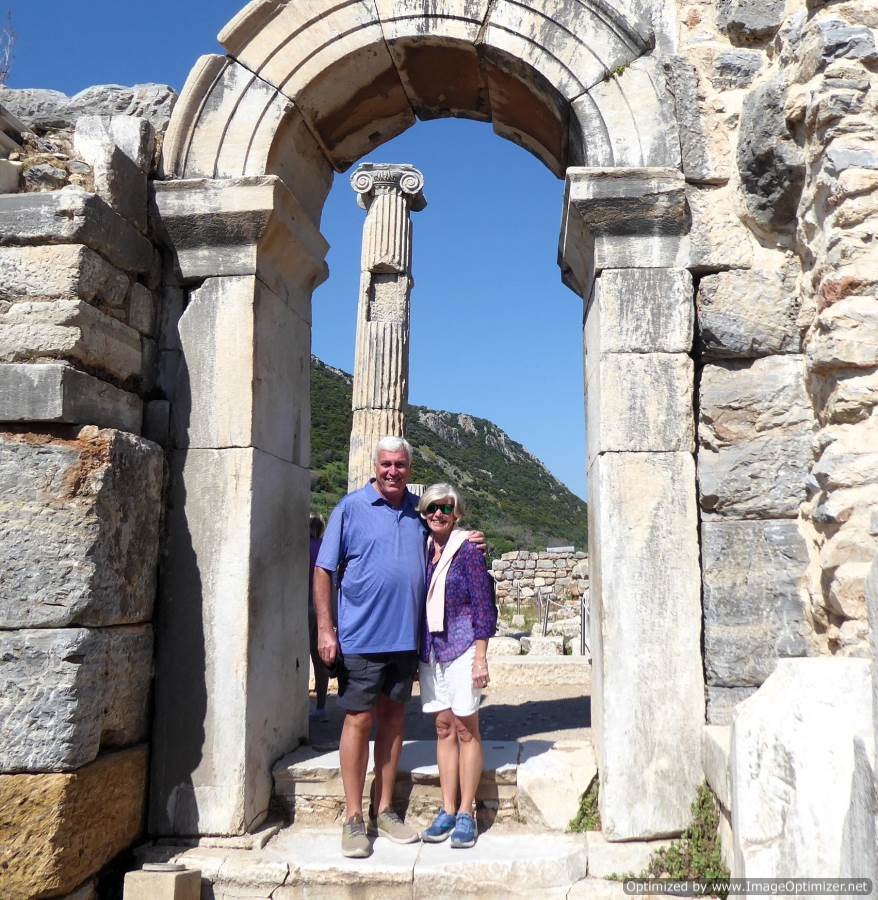
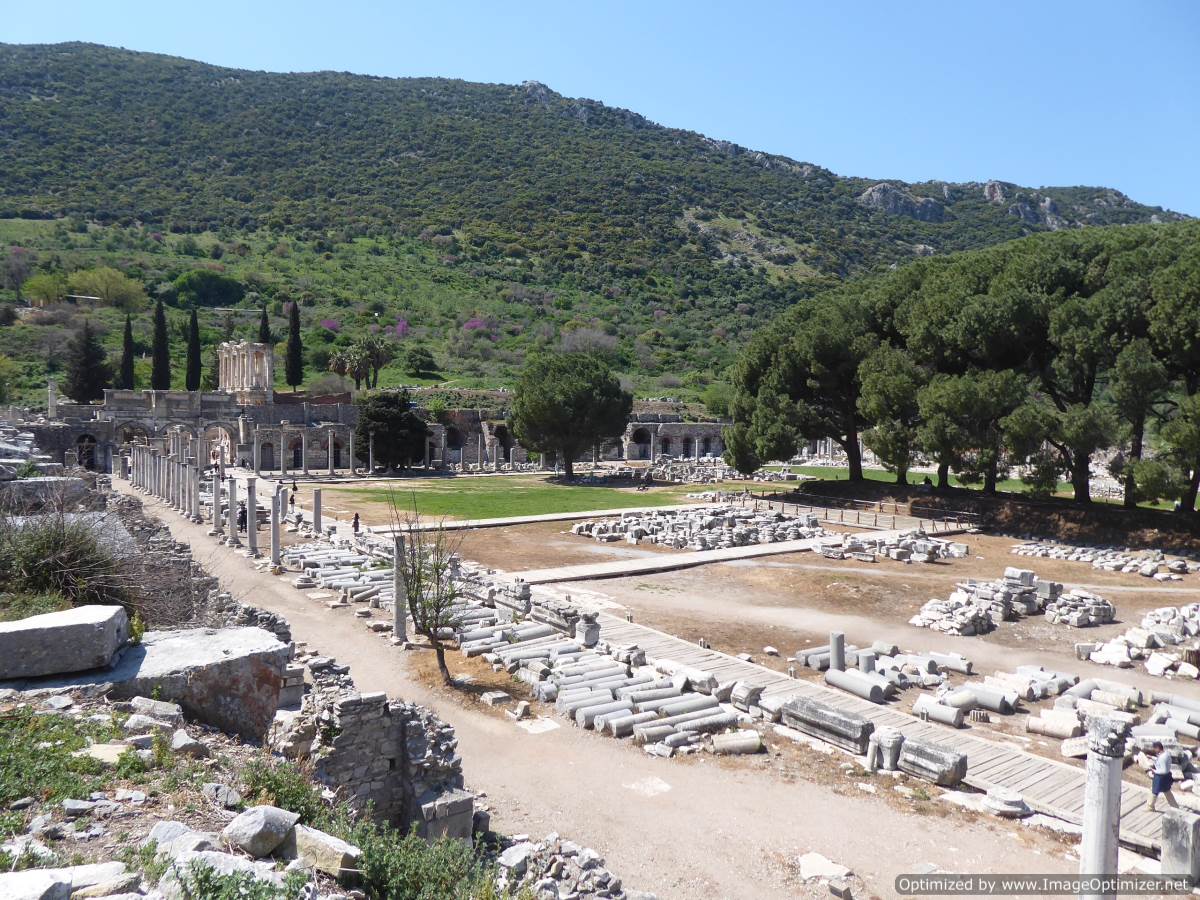
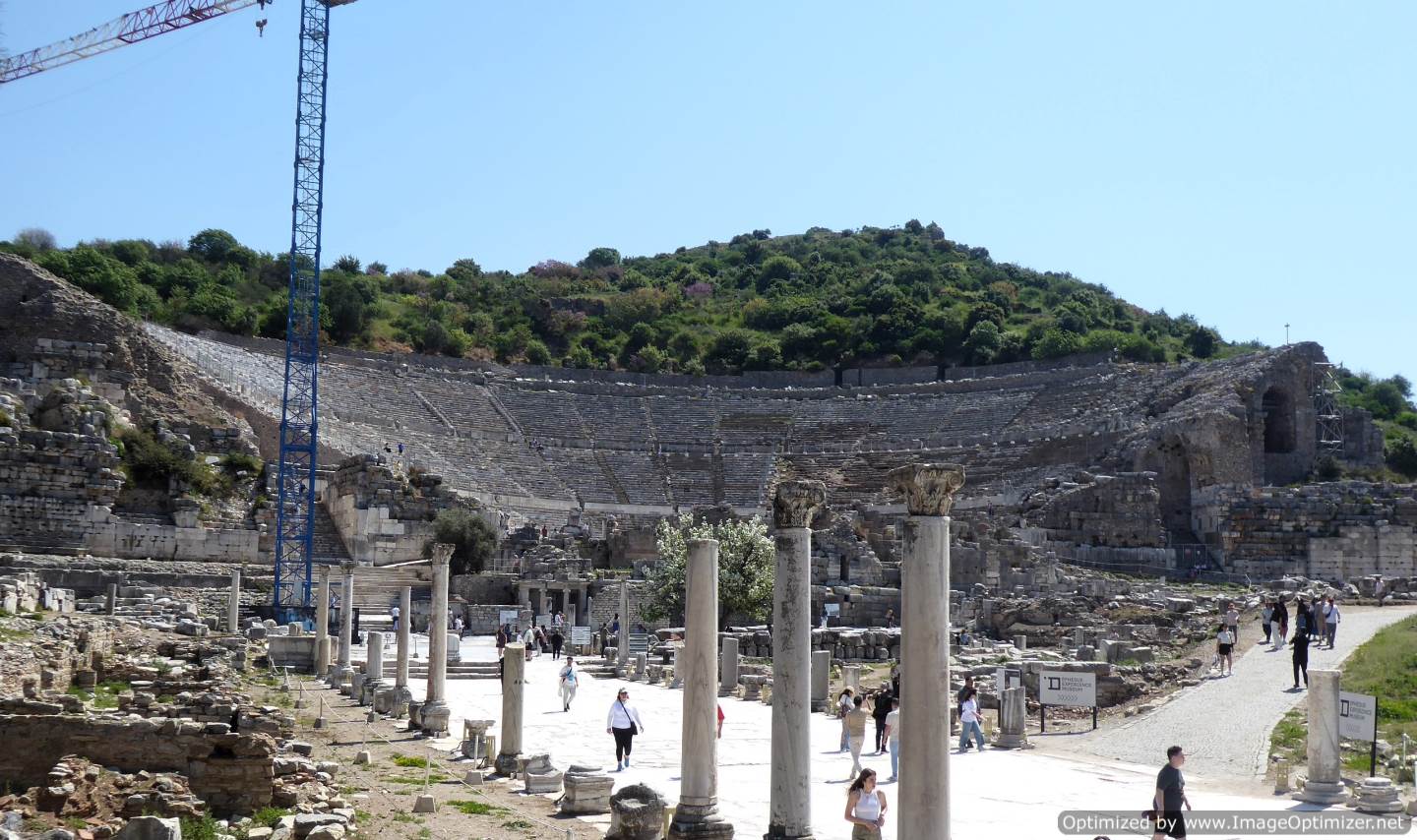
This day concluded with a visit to the Temple of Artemis once one of the seven wonders of the ancient world. Today all that remains is a rather sad single column which seems to have been rebuilt from pieces of several old columns!

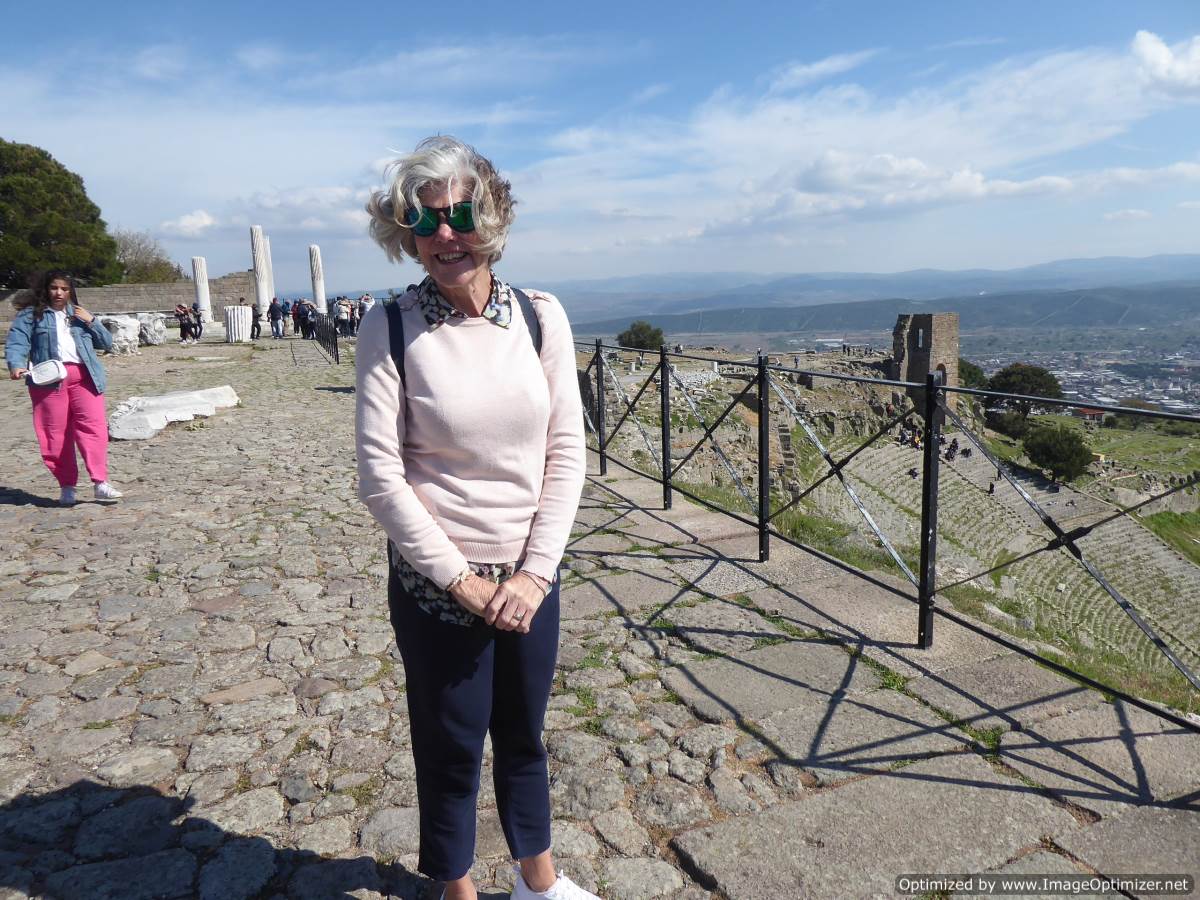
Our second day in Kusadasi was rather different, as well as seeing some more ruins, this time at Hierapolis, an ancient Greco – Roman city, on the same site there are hot springs that have caused a unique landscape of dazzling white terraces called Travertines. These are caused by carbonated minerals left by the hot flowing water. In some designated areas visitors can swim and paddle in the warm water. Our visit coincided with the end of Ramadan and three days of public holiday days in Turkey so the site was busier than usual and the hot pools were very crowded with a mass of humans.

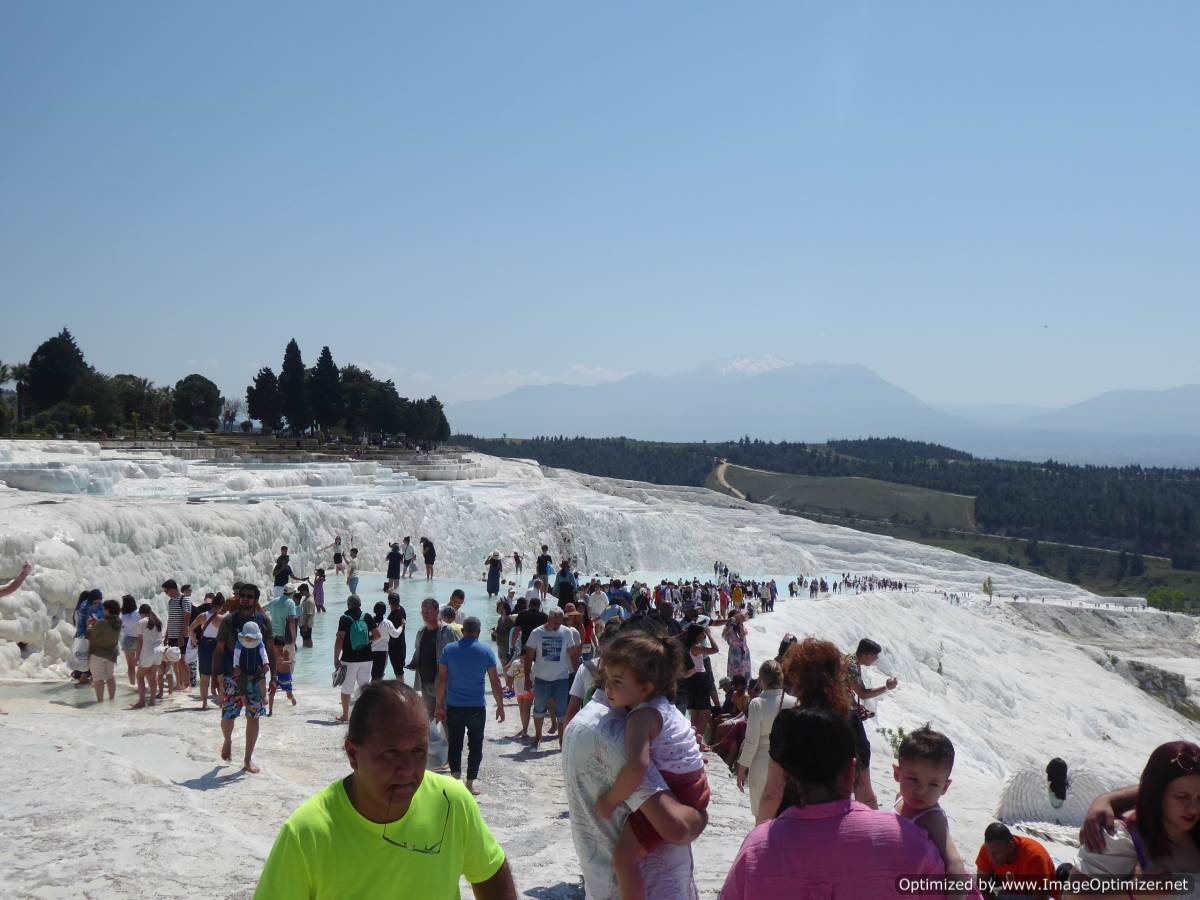
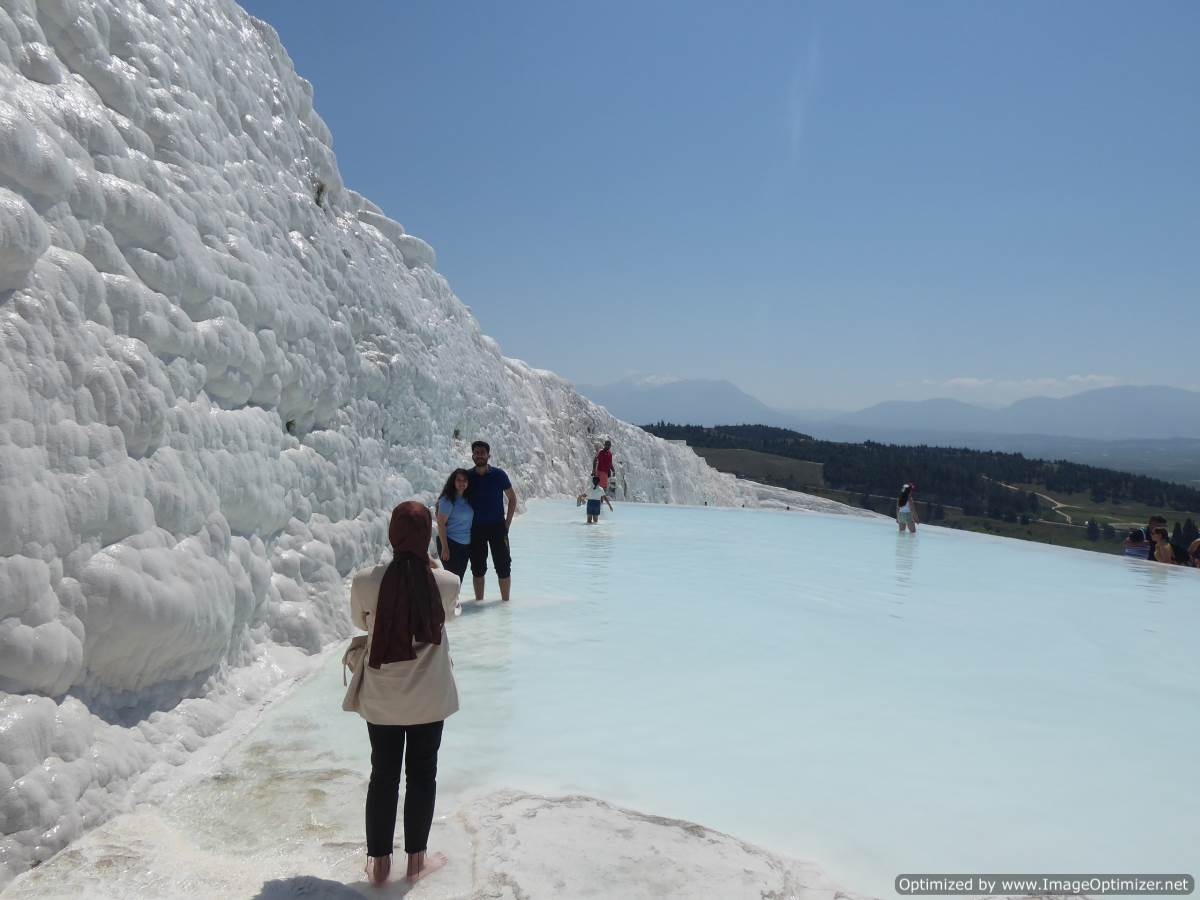

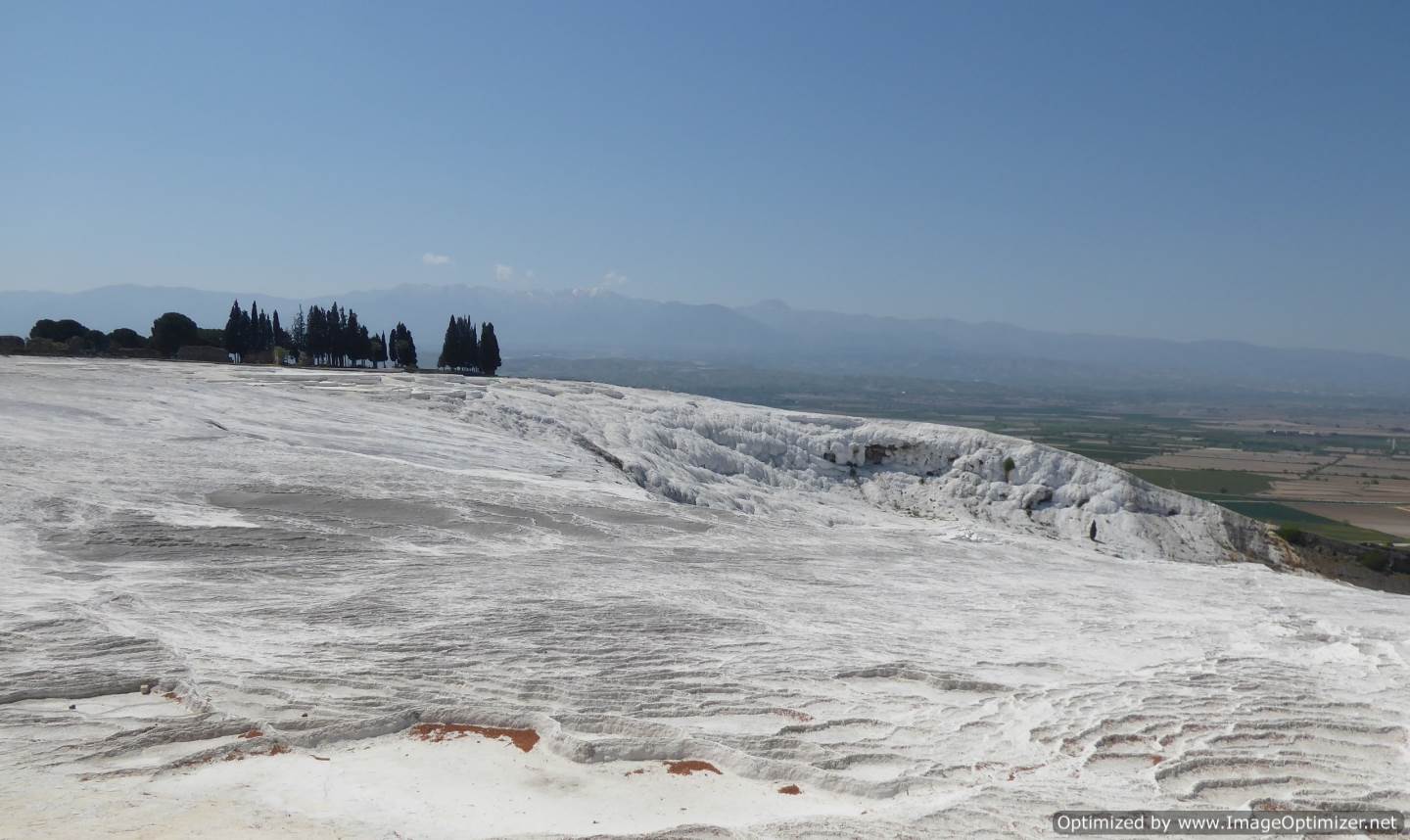

The Hierapolis site was vast and so there was plenty to see and do instead of battling with others to experience the hot spring water. It is home to a fabulous Roman Amphitheatre set into a hillside and also houses the tomb of Philip, one of the Apostles, which was only discovered by an archaeologist in 2011.
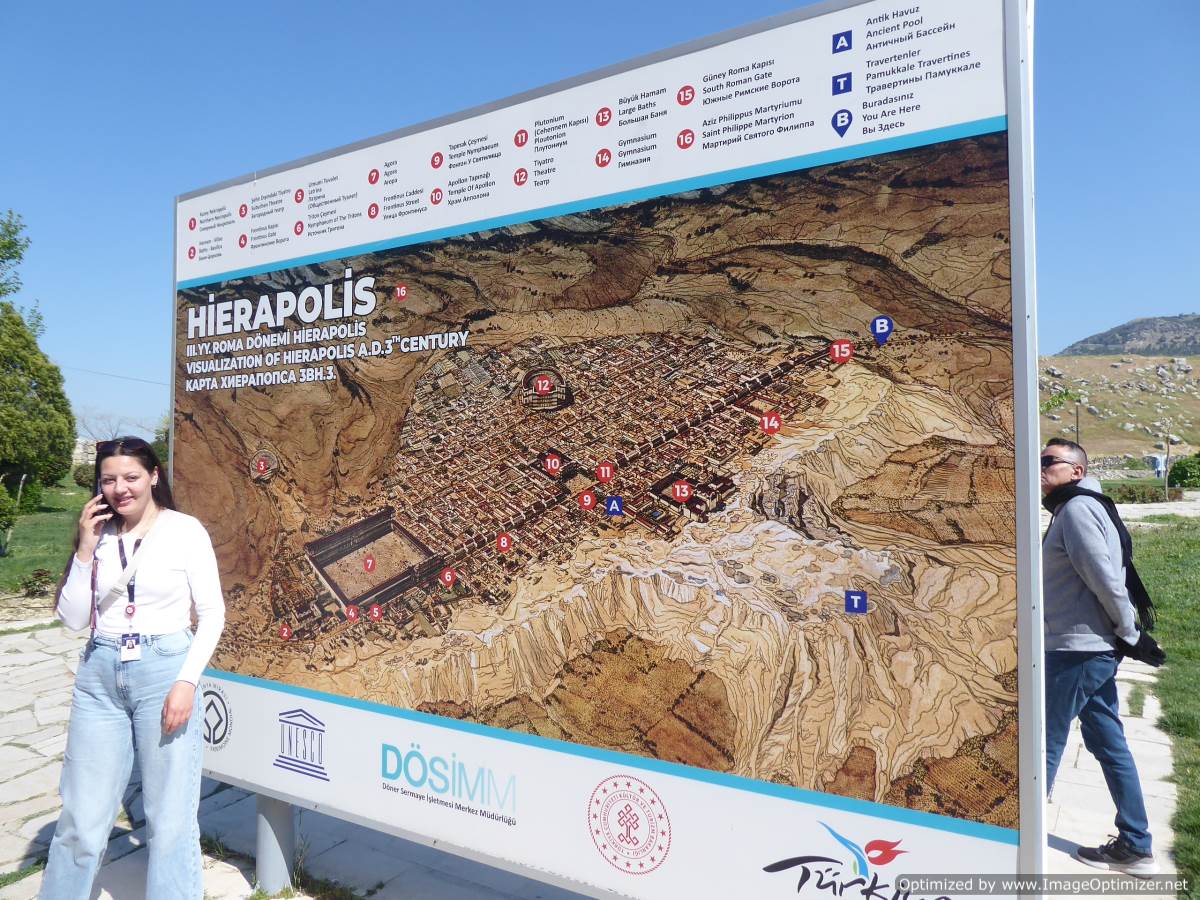
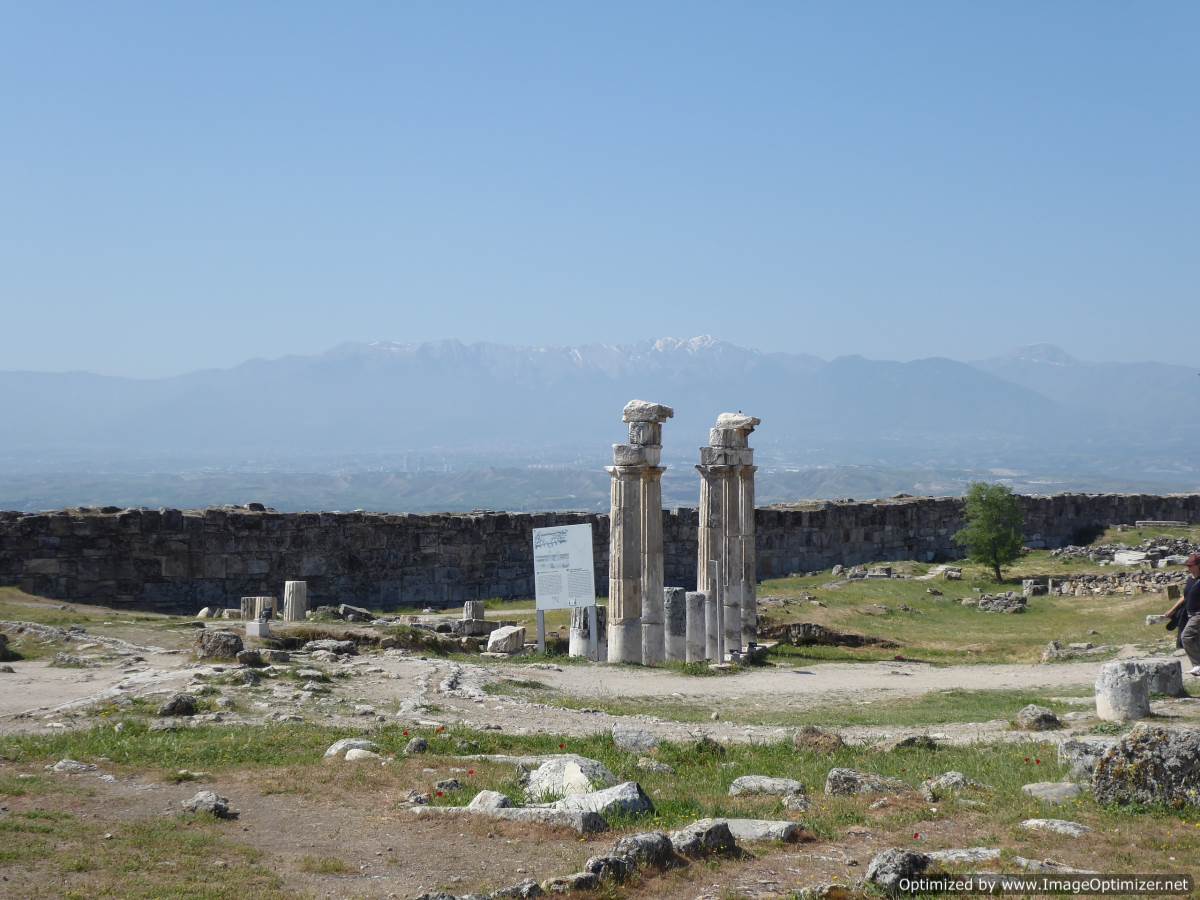
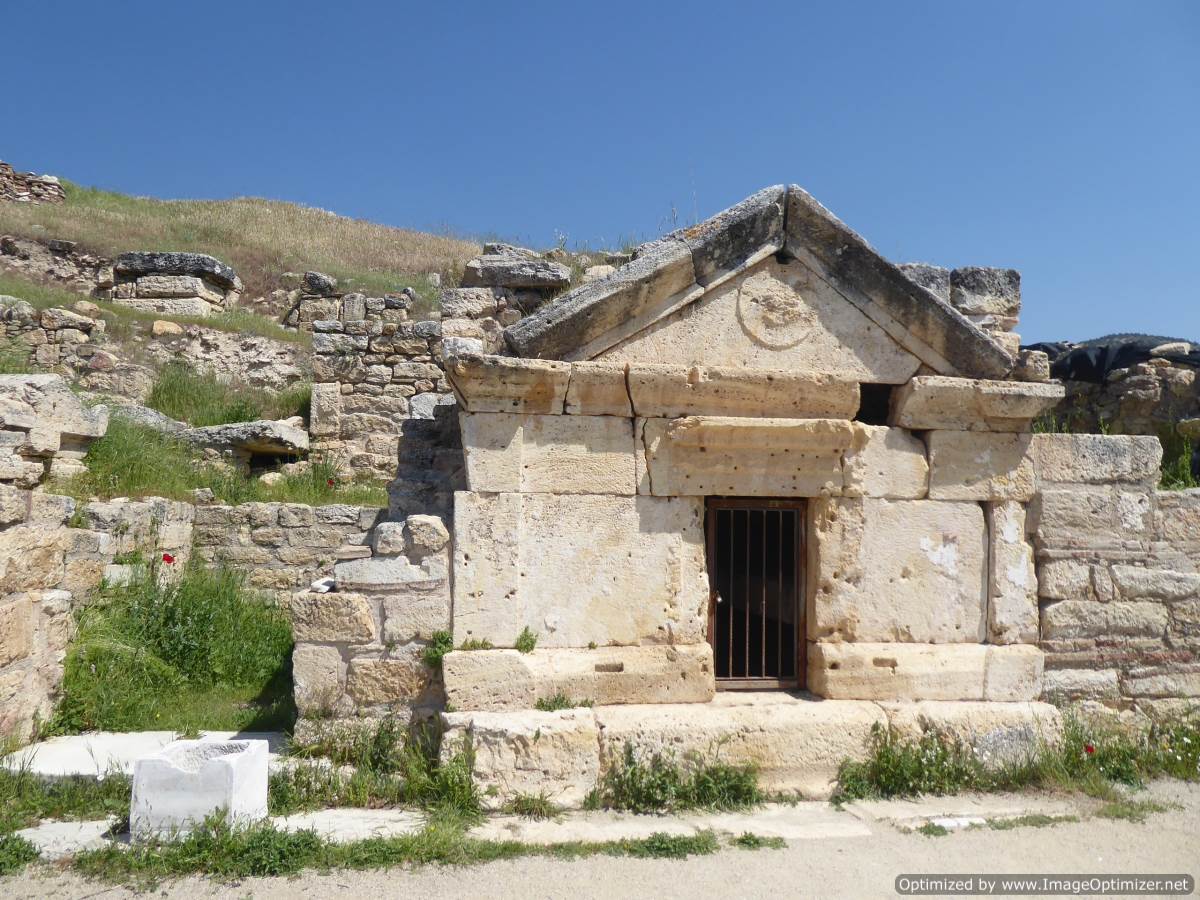

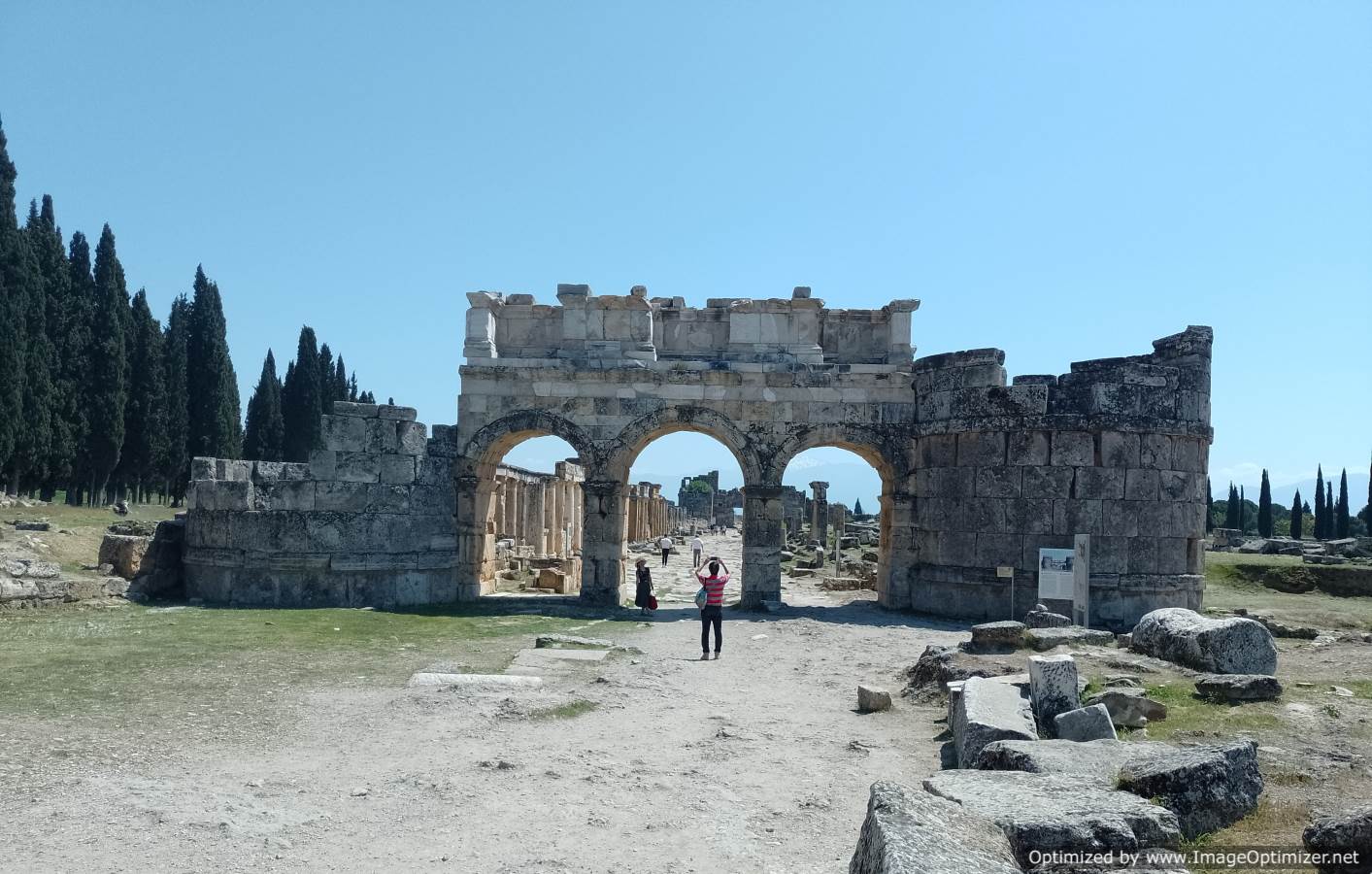
The night of Wednesday 10th April was spent nearby in Pammukkale in a Thermal Hotel with its own hot spring pools where Annie enjoyed a quick dip before the sun went down.


We left the following morning for a very long driving day (10 hours) to Cappadocia. It was actually a much more enjoyable day then anticipated as our driver added on some extra points of interest along the way to break the journey. The only planned stop was in the city of Konya, home of the Whirling Dervishes and the Mevlana Museum, home of the religious order of Sufi Muslims and training ground for the Dervish apprentices (although the Mevleviyah Dervish order has largely died out). Again due to the public holiday days celebrating the end of Ramadan the place was absolutely rammed with visitors and although interesting not a very enjoyable visit despite our lovely and very knowledgeable guide.
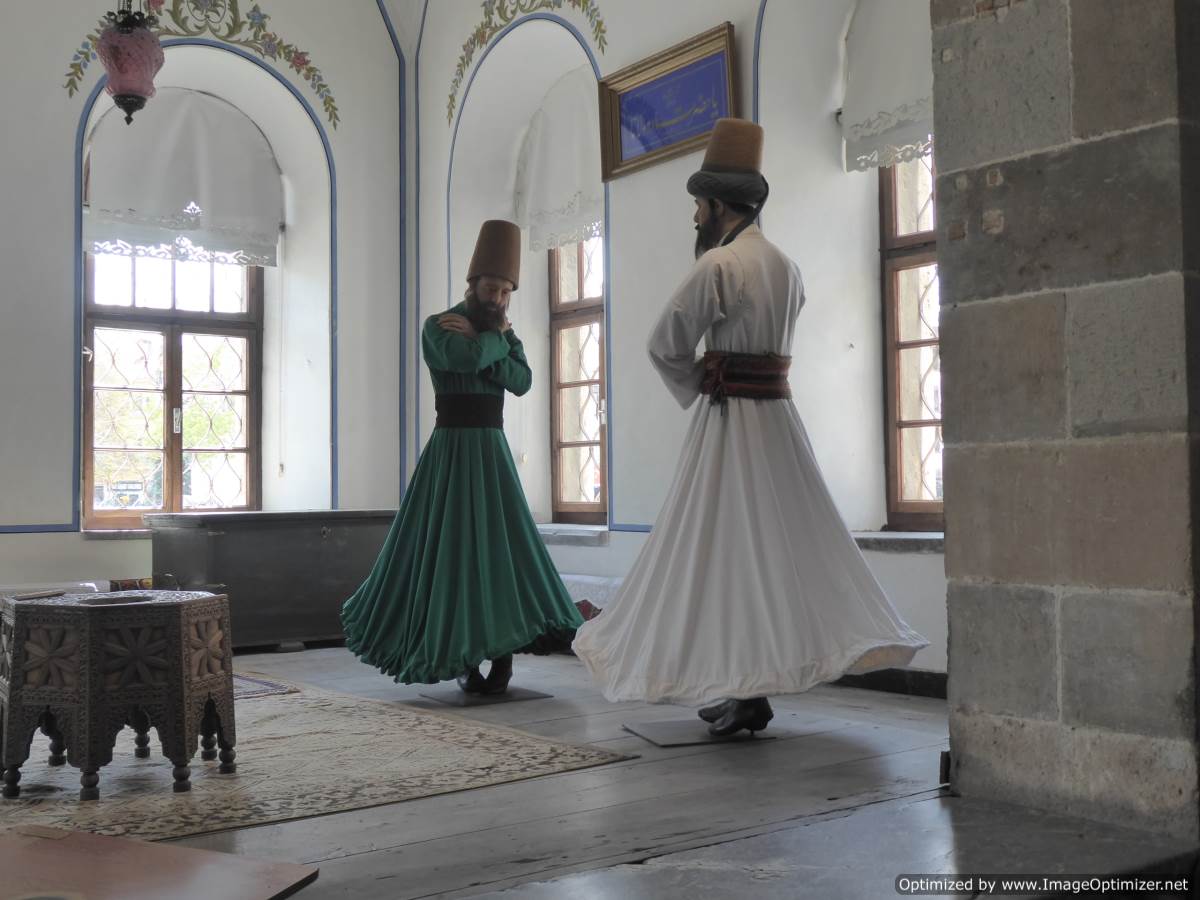



Our unscheduled stops though were very special as firstly we were taken to see one of the many sinkholes that have appeared in the Konya region of Turkey and then later in the afternoon to see inside one of the impressive fortress like structures called Caravanserai on the Silk Road which was a major caravan stop providing accommodation and trading for travellers since the 10th Century. These Caravanserai were apparently located every 30 kilometres along the ancient silk road route because that is about the distance a camel can walk in one day.
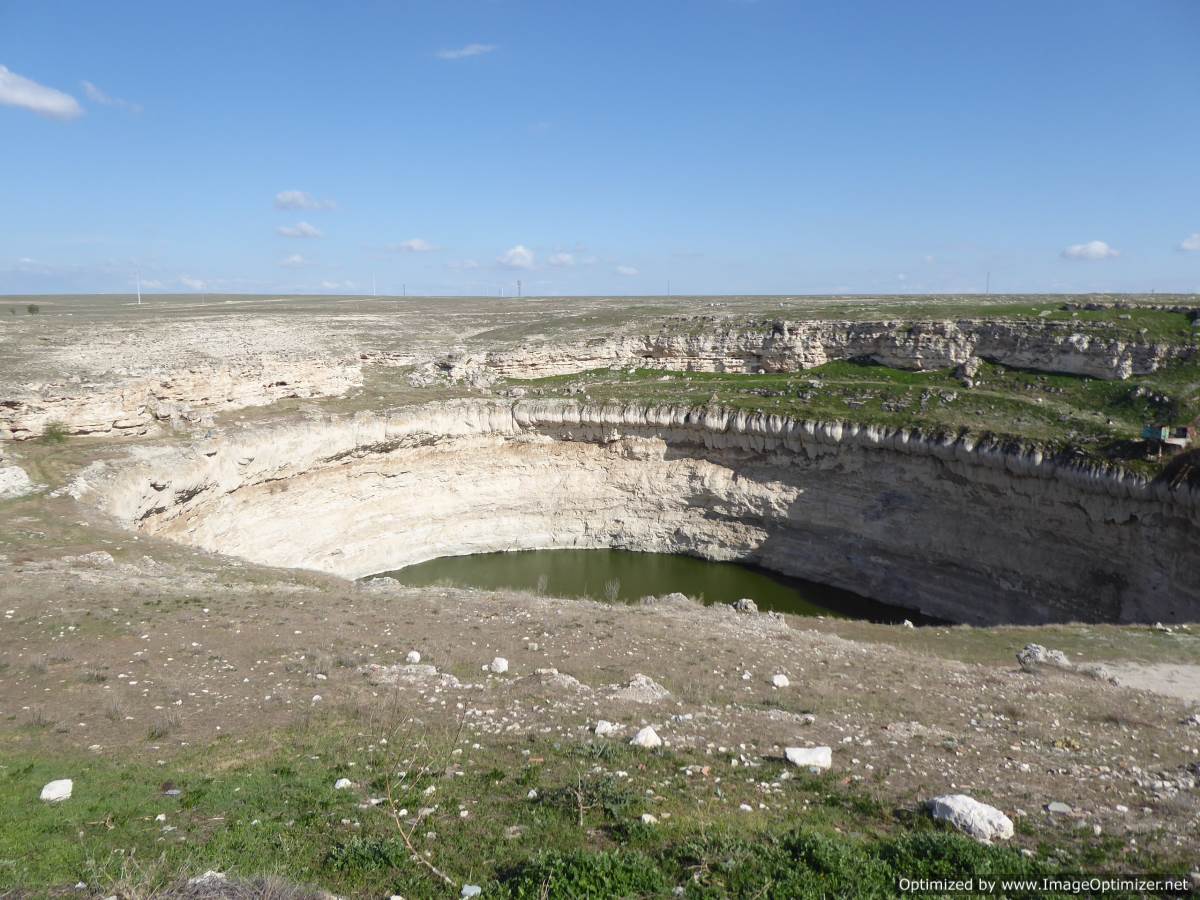
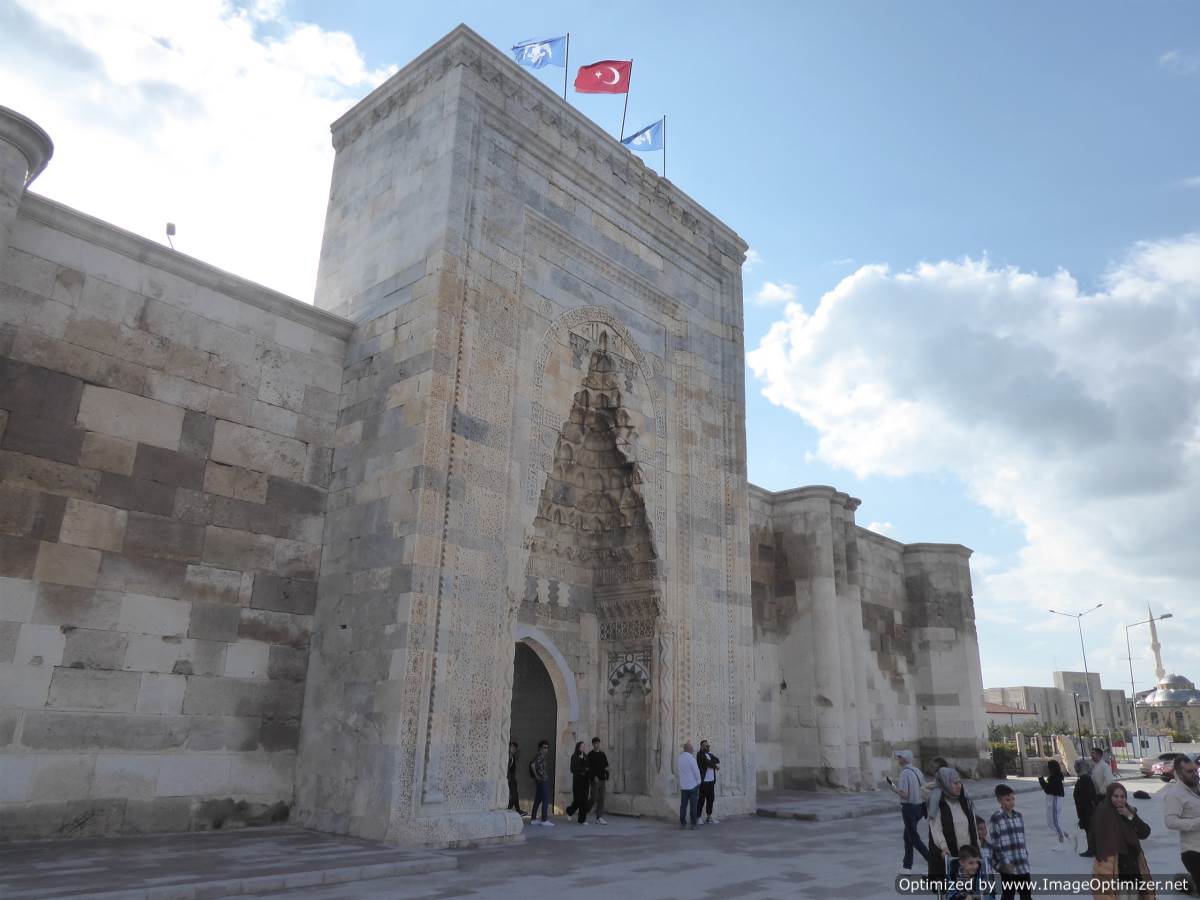
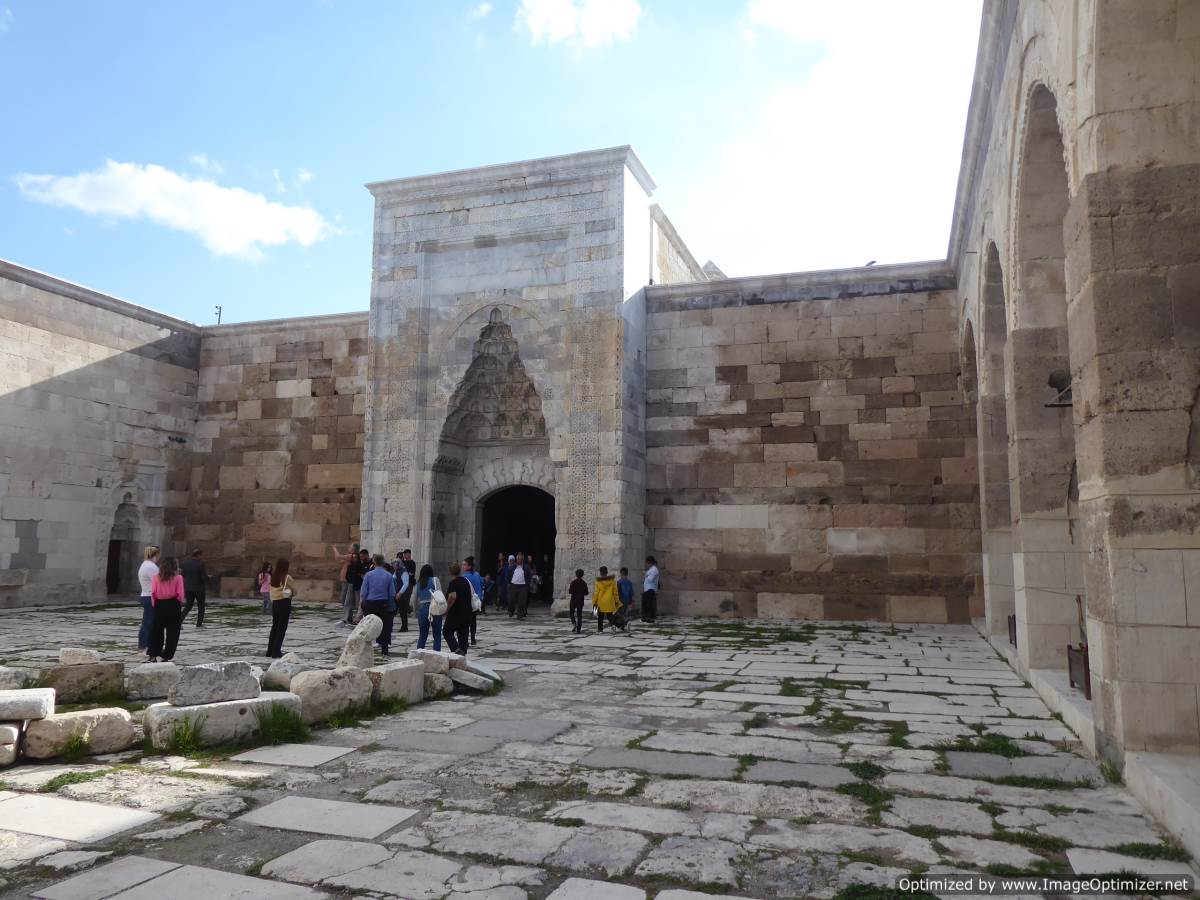
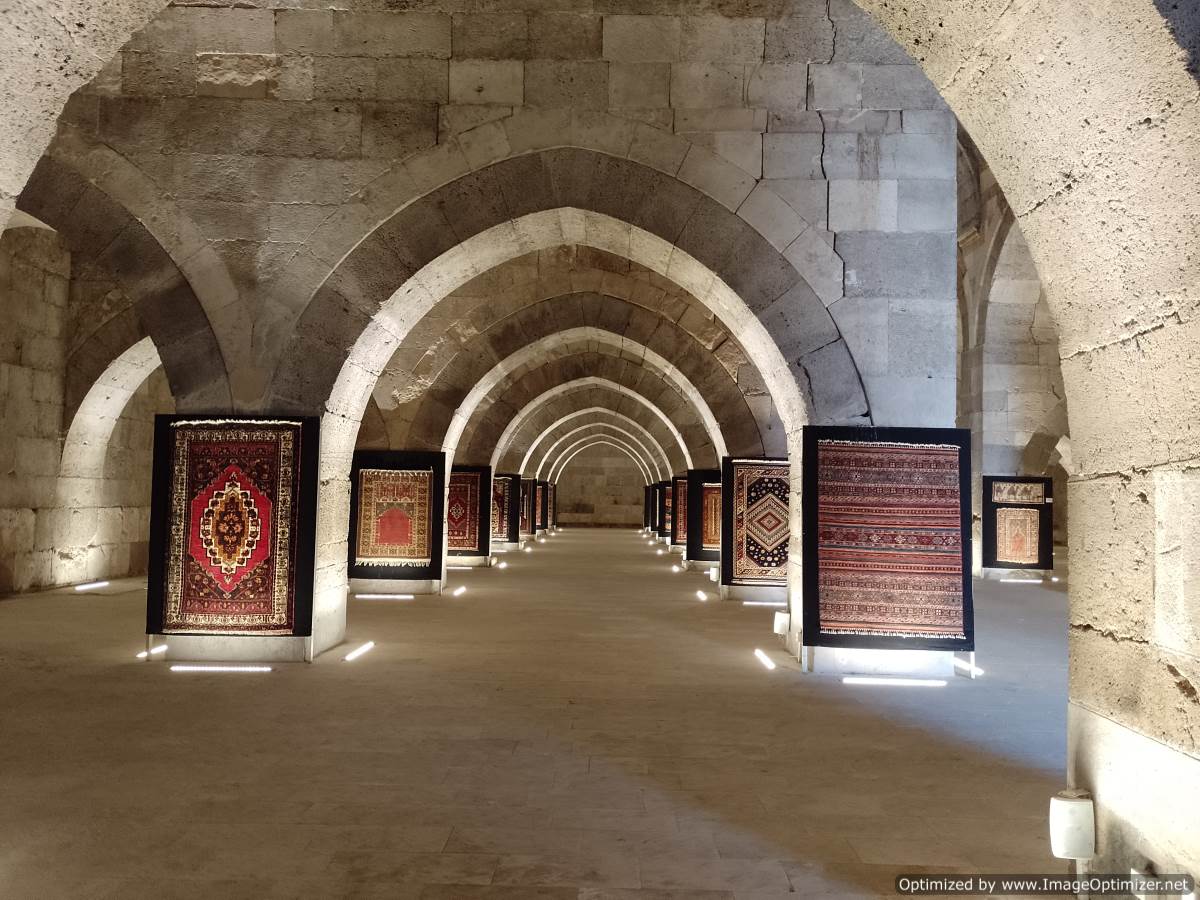
Our final two nights / one day in Cappadocia were fascinating, we stayed in a beautiful Cave Hotel, the tour had saved the best accommodation till last. Cappadocia is known for its extraordinary landscape of tall cone like rock formations called ‘fairy chimneys’ and cave houses hewn into the rocky hillsides.

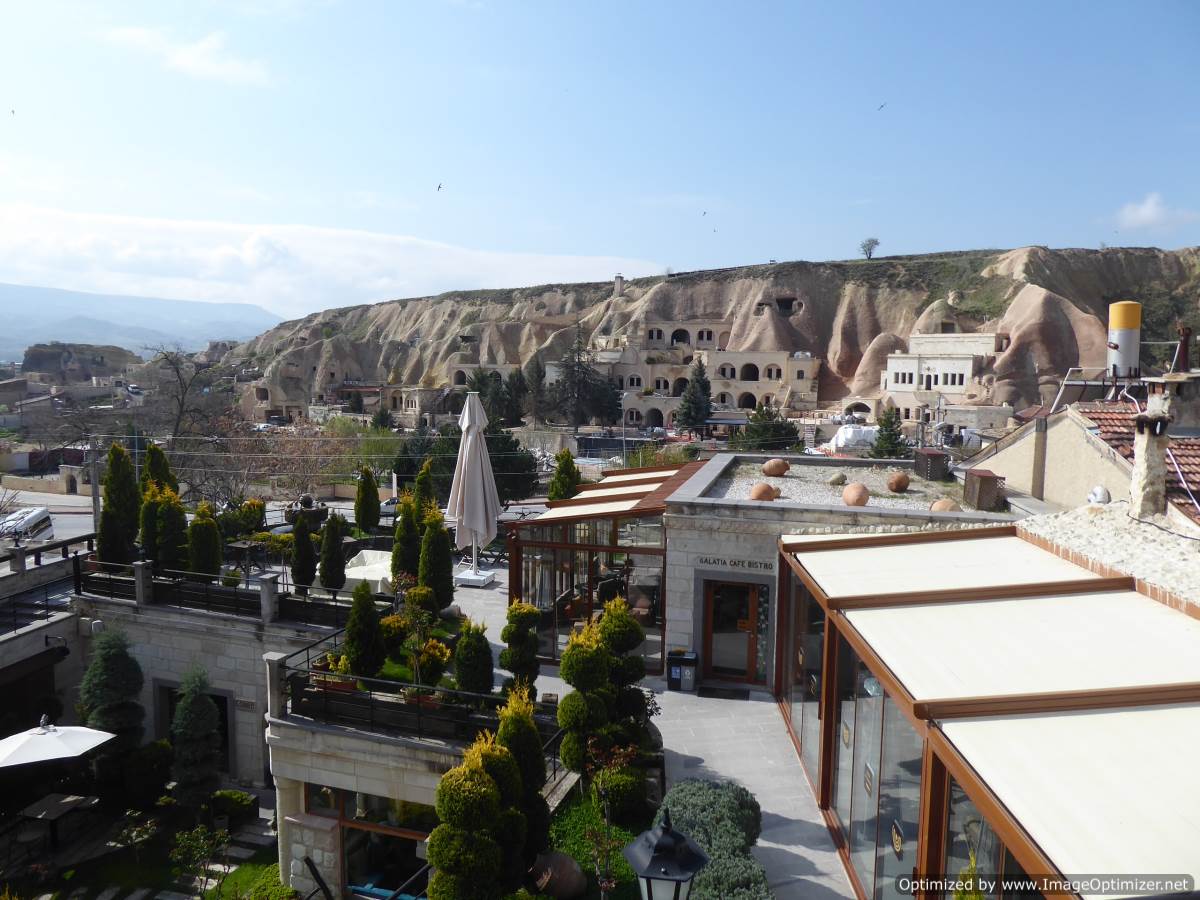

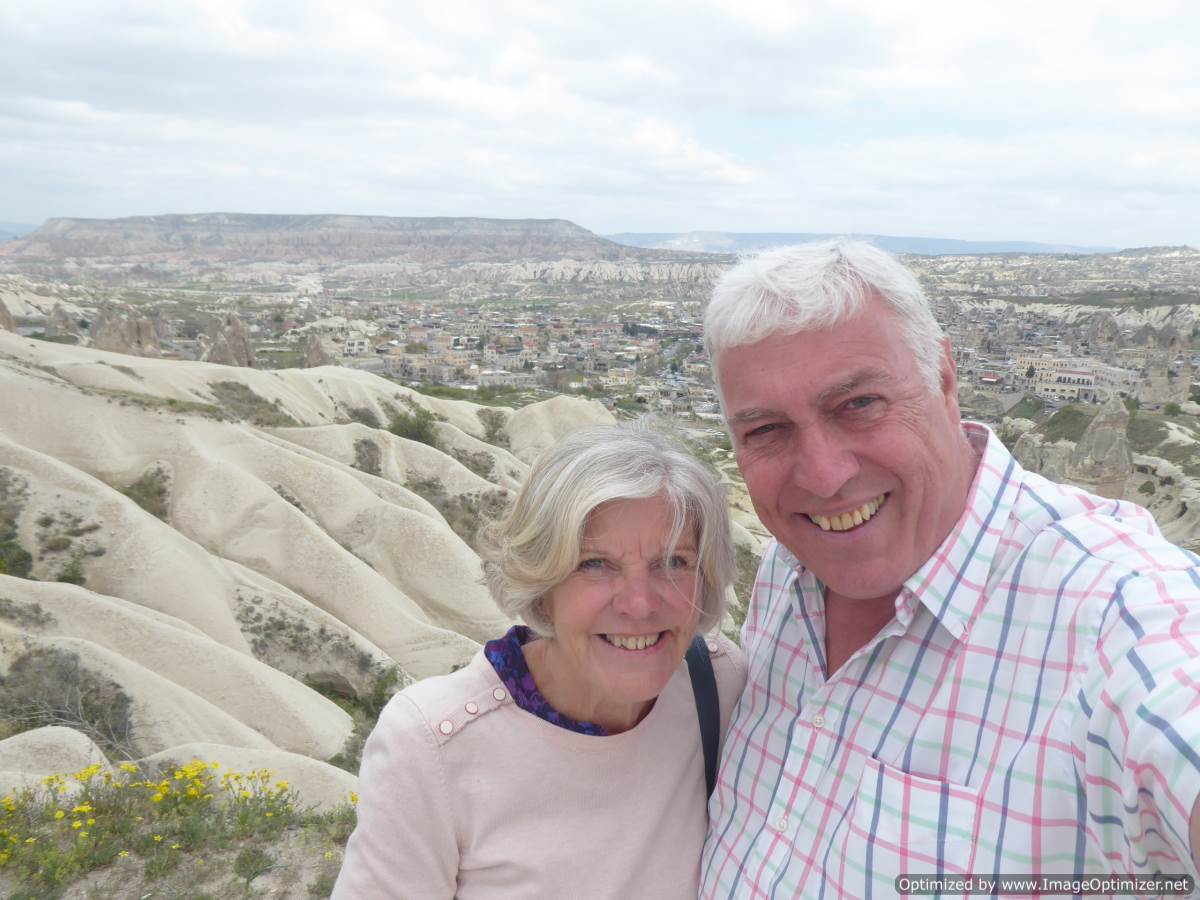
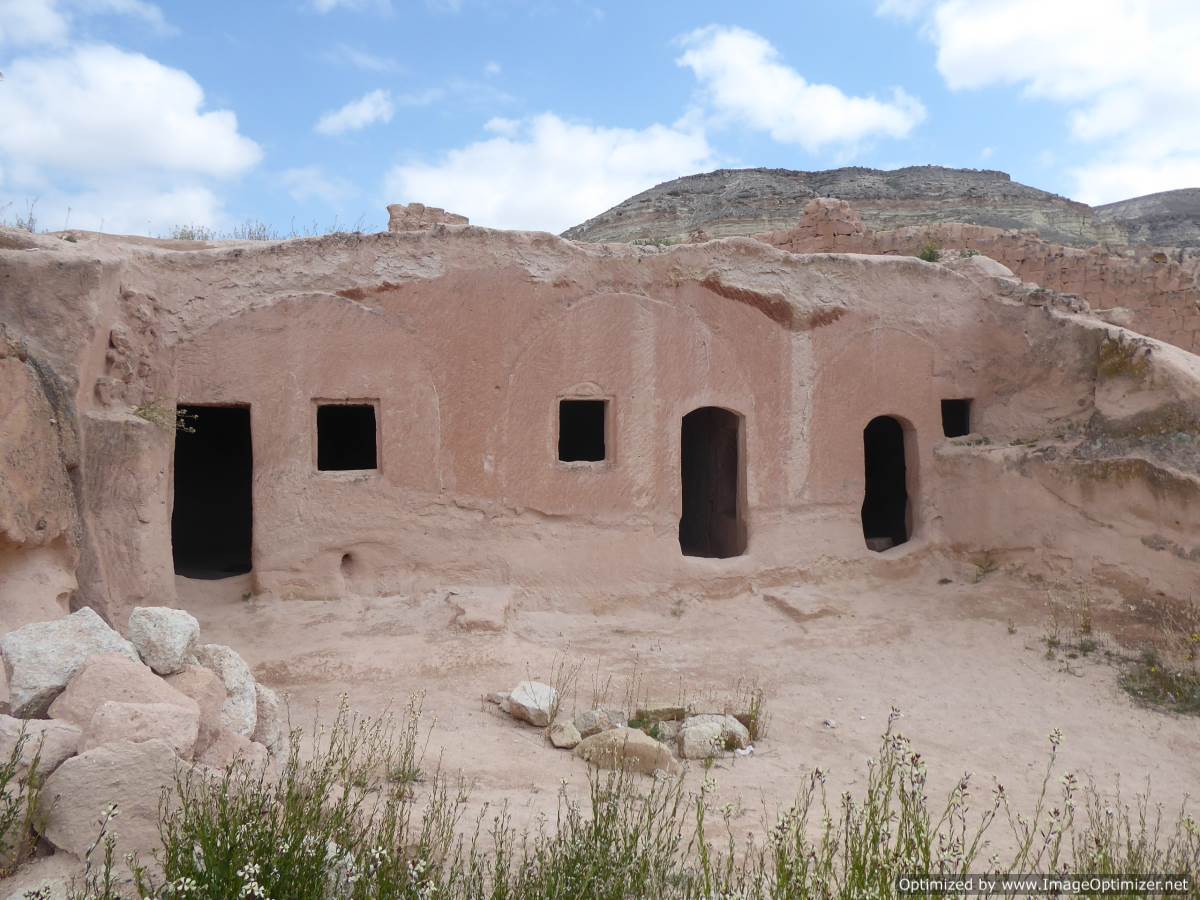
Here we also visited Özkonak, one of the many underground cities in the area. These underground cities covering several kilometres were carved out of the landscape by early Christian communities in order to hide from potential persecution and the oppression of the Roman Empire. The entrance to the 10 storey Özkonak ‘city’ that we visited was so well concealed that it was only discovered in 1972, despite being able to accommodate up to 60,000 people for up to three months, leading to the belief that there are many more yet to be found. Although it is a much visited and therefore touristy area Cappadocia didn’t disappoint and we understand why it is a world famous destination.

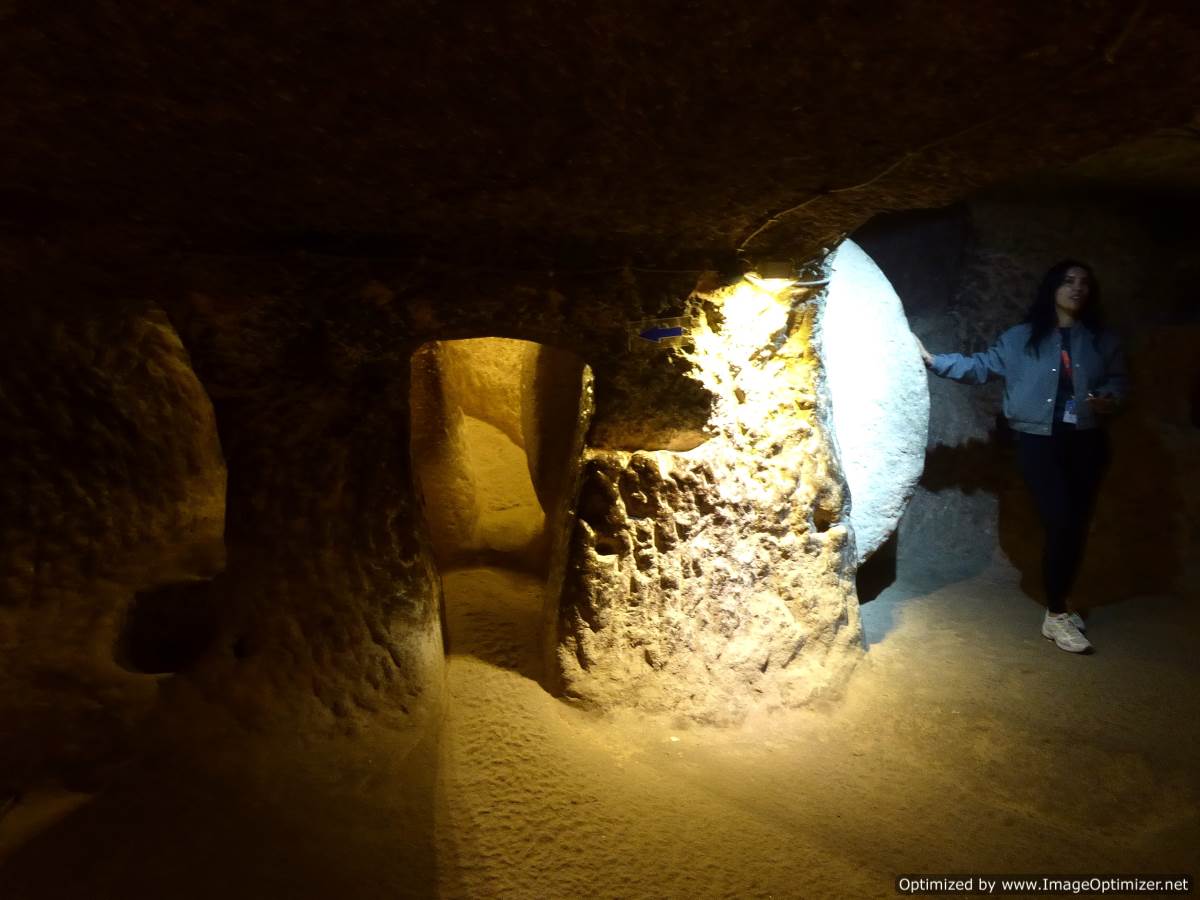
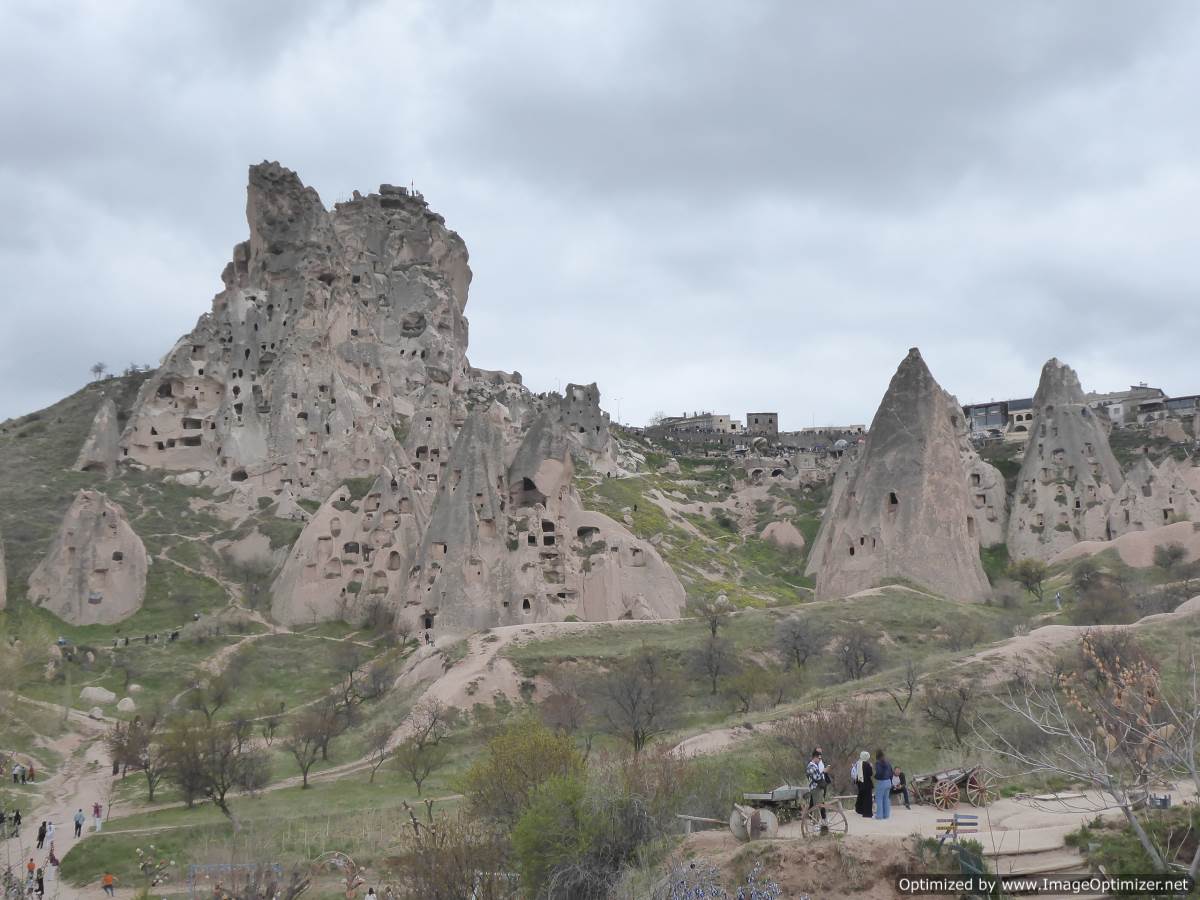
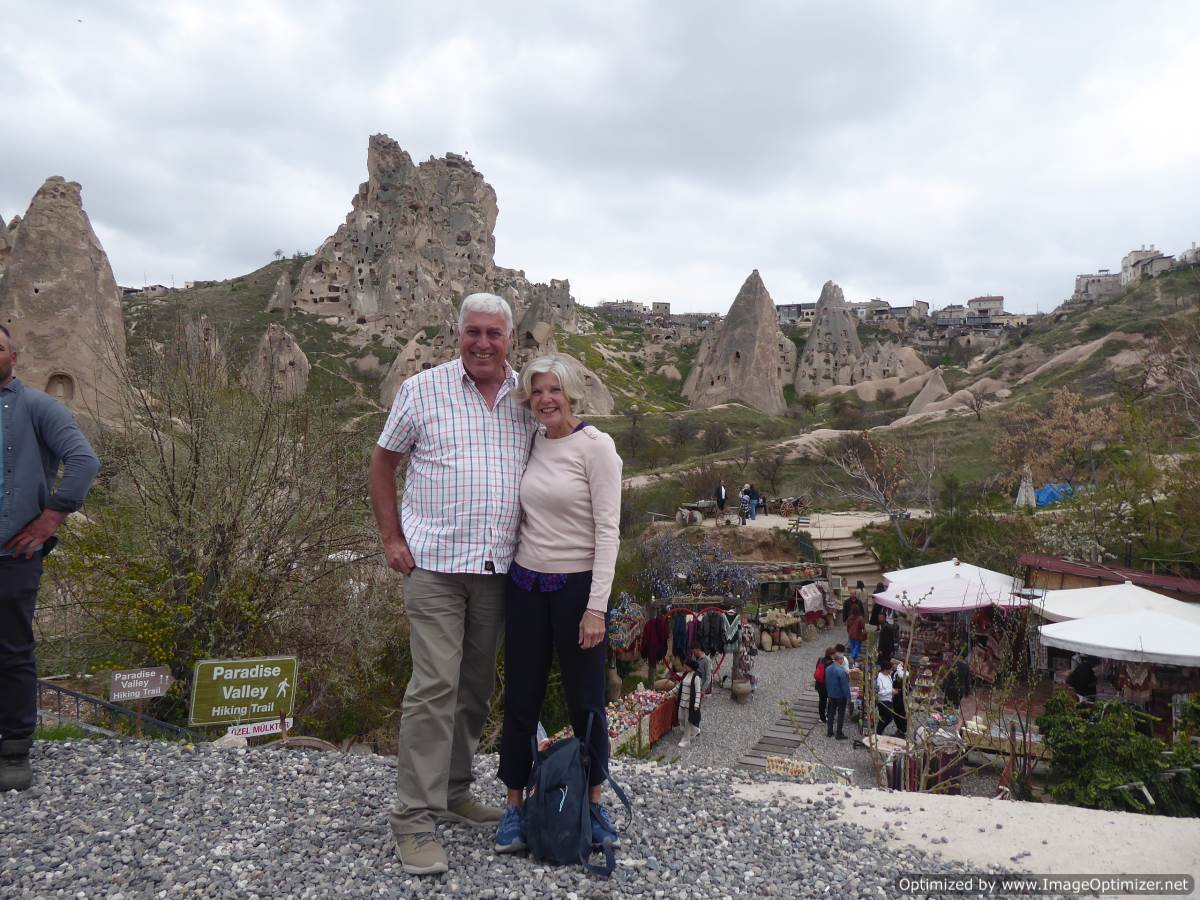
Our final two days were spent seeing four different airports, firstly a short flight back to one Istanbul airport and an overnight in the city before flying home to the UK via Berlin from a different Istanbul Airport on Sunday 14th April. We loved our time in this vast and varied country, the Turkish people we met were almost without exception friendly, helpful and fun, the food was delicious and with a fabulous range of dishes with multiple Mediterranean and Asian influences. A particular surprise we noticed is that sweet treats are a big part of Turkish daily life! Baklava being a favourite of ours and theirs.
